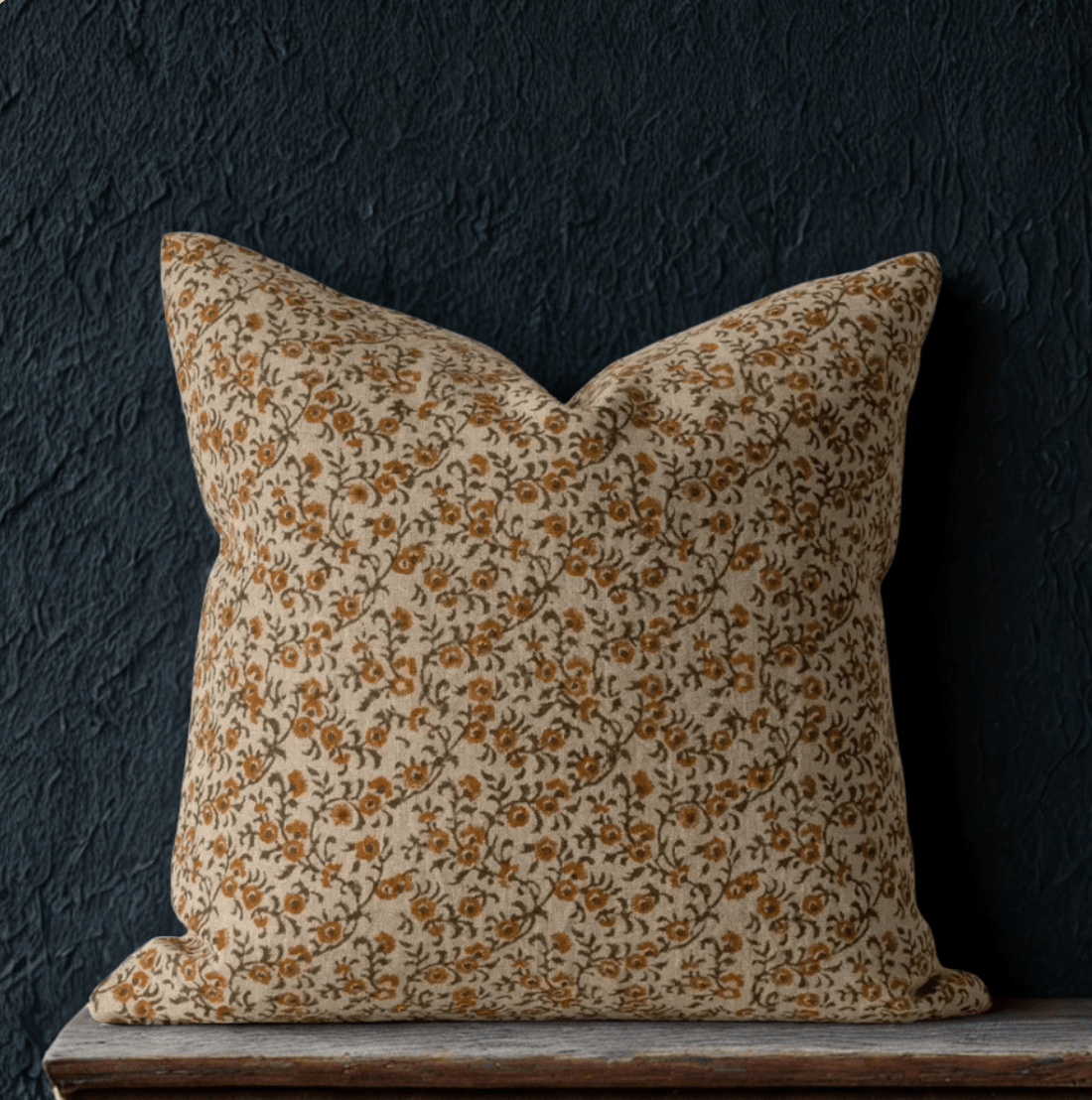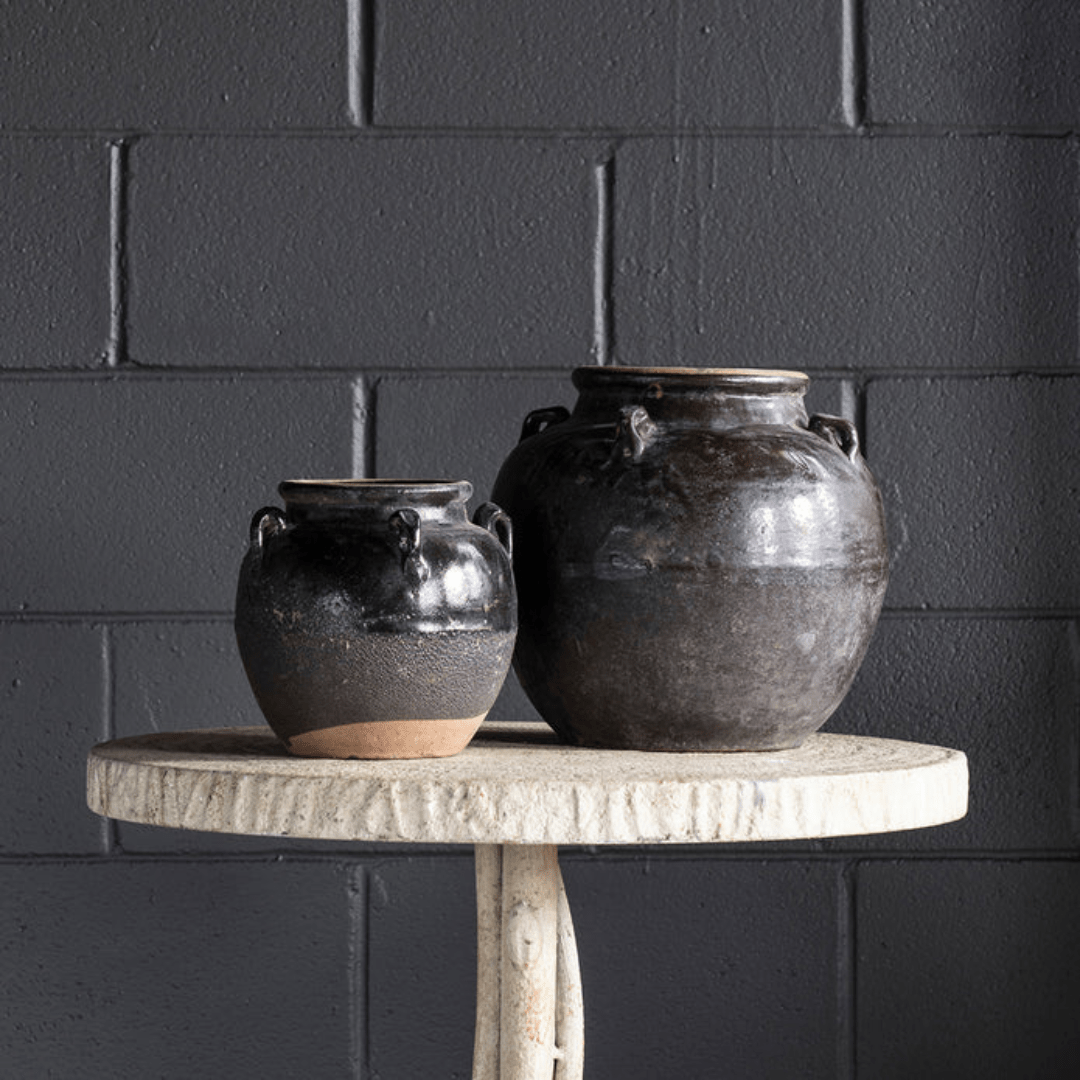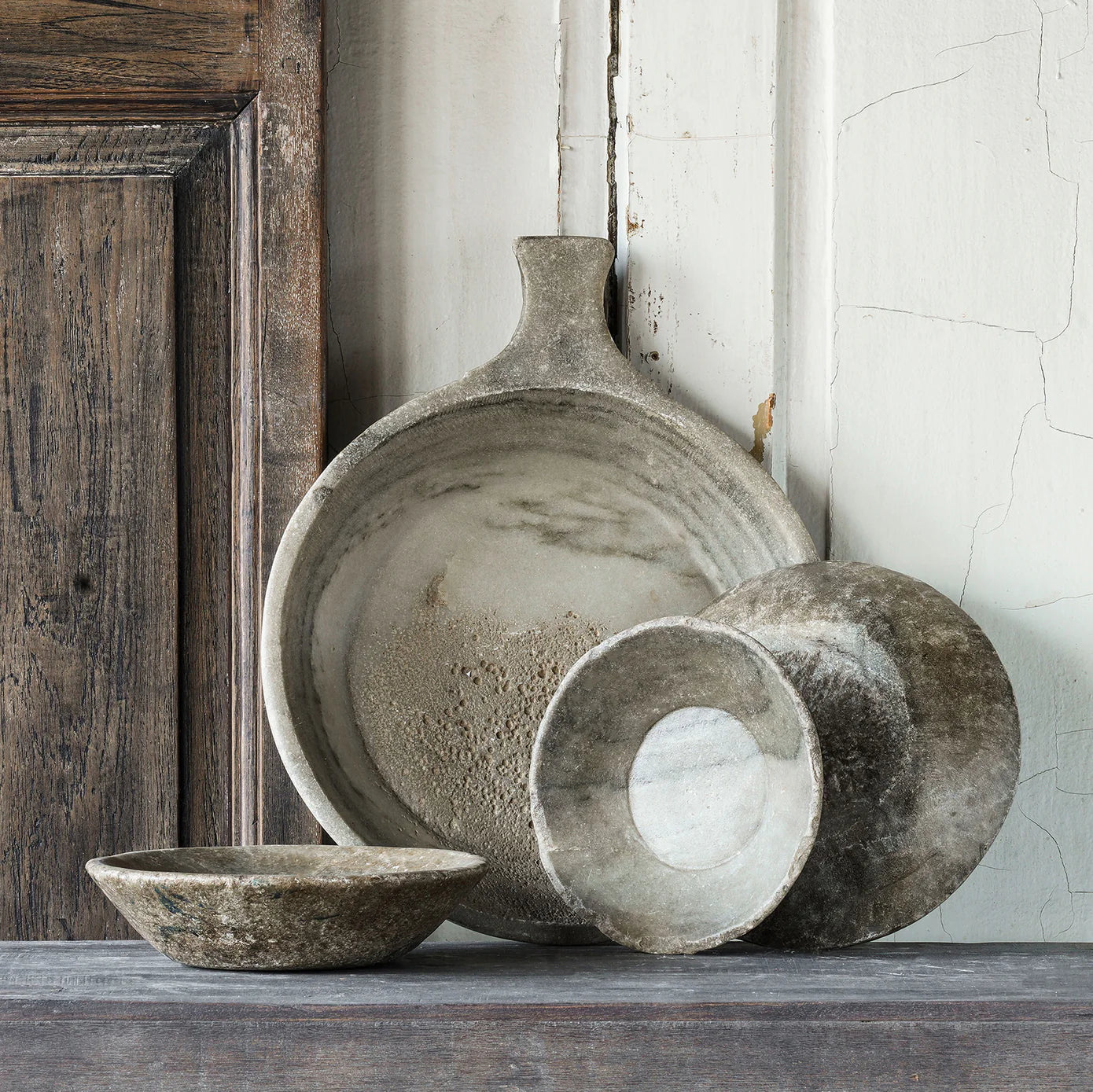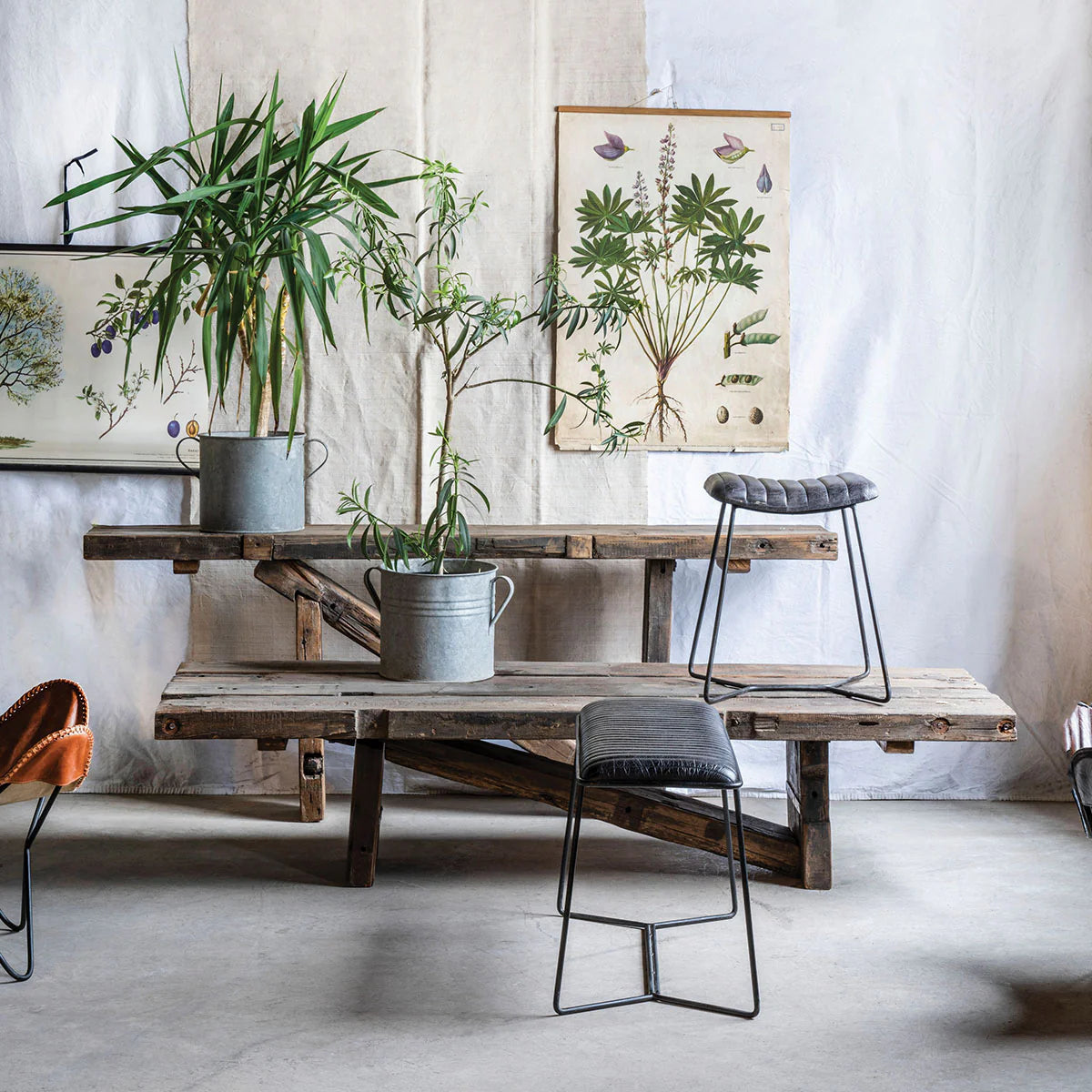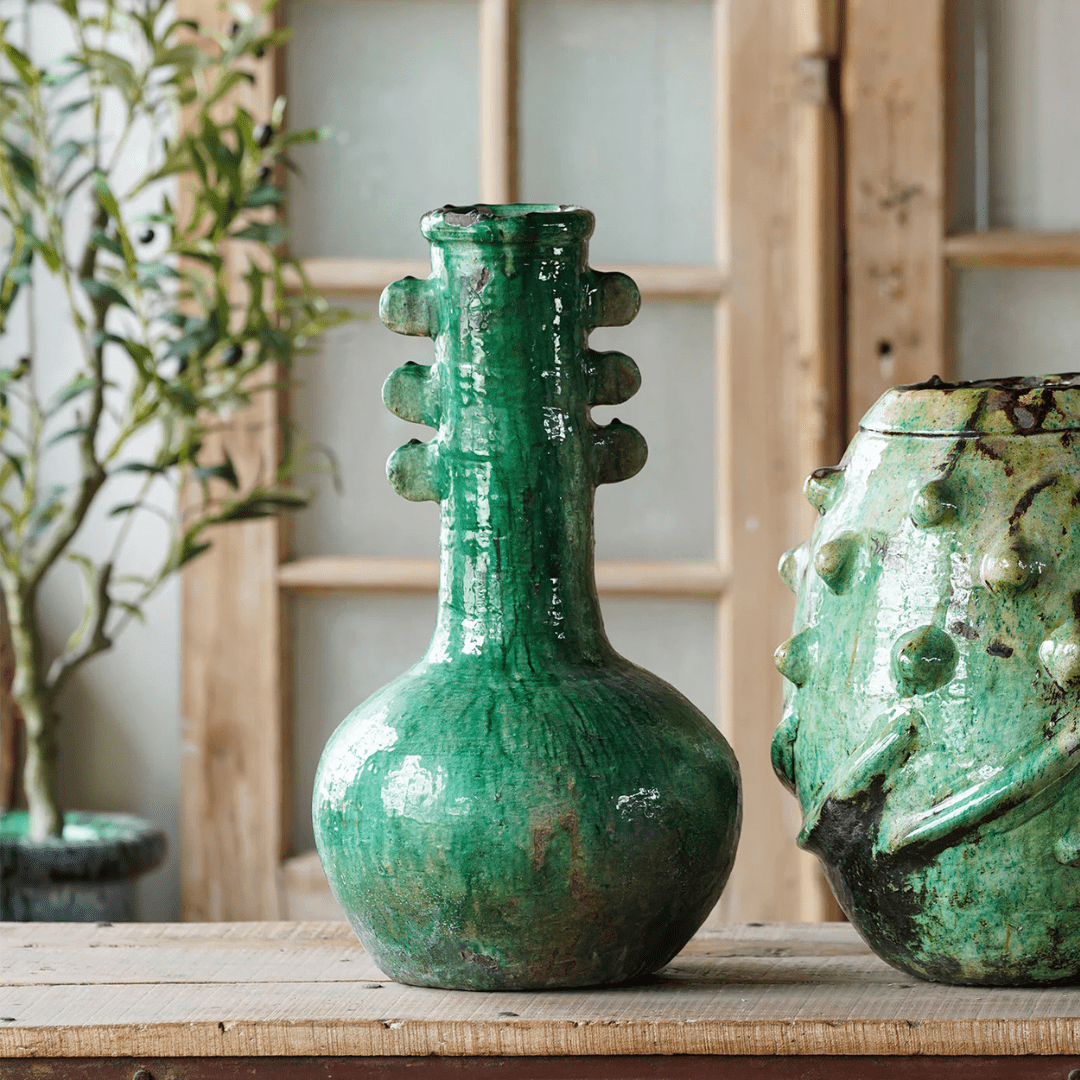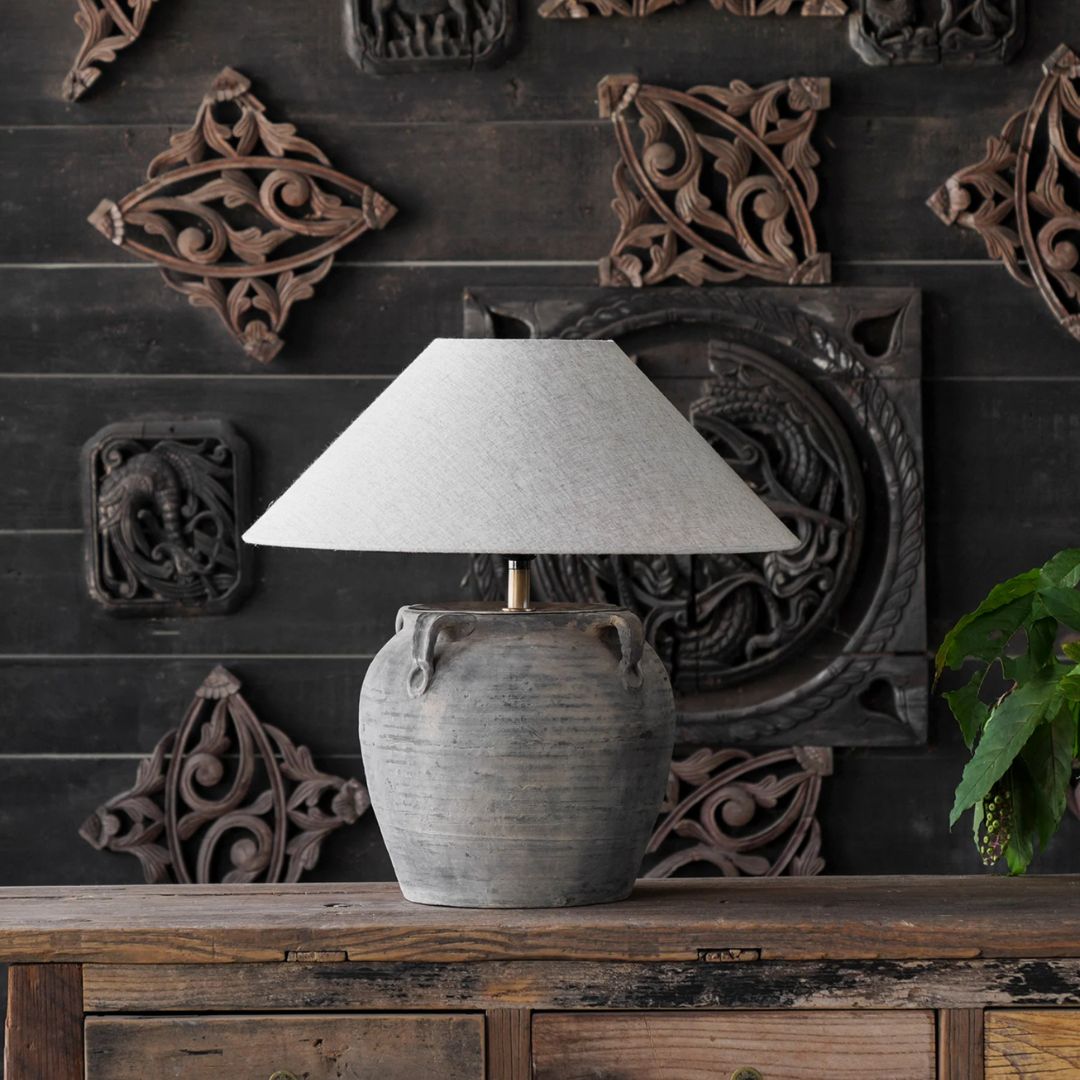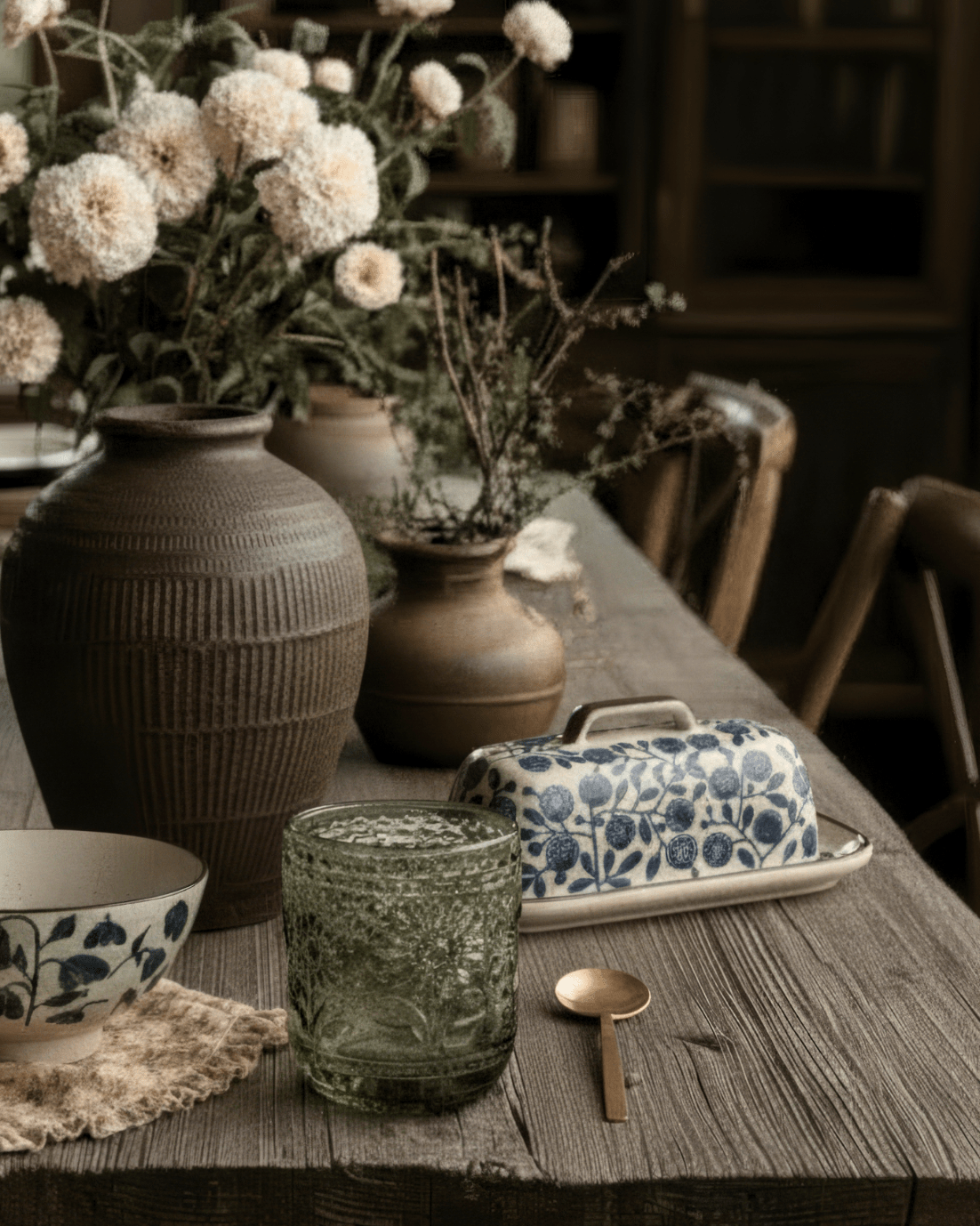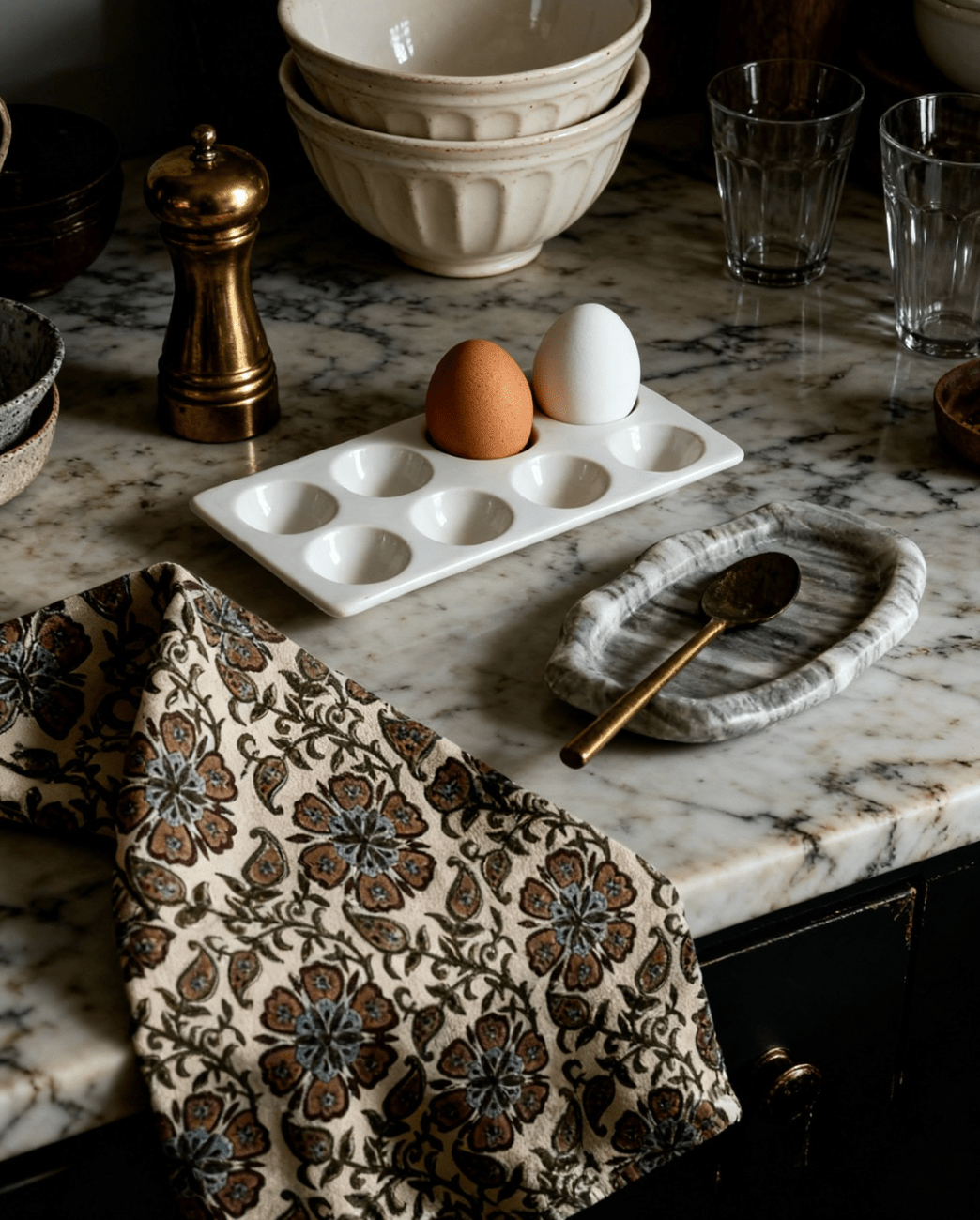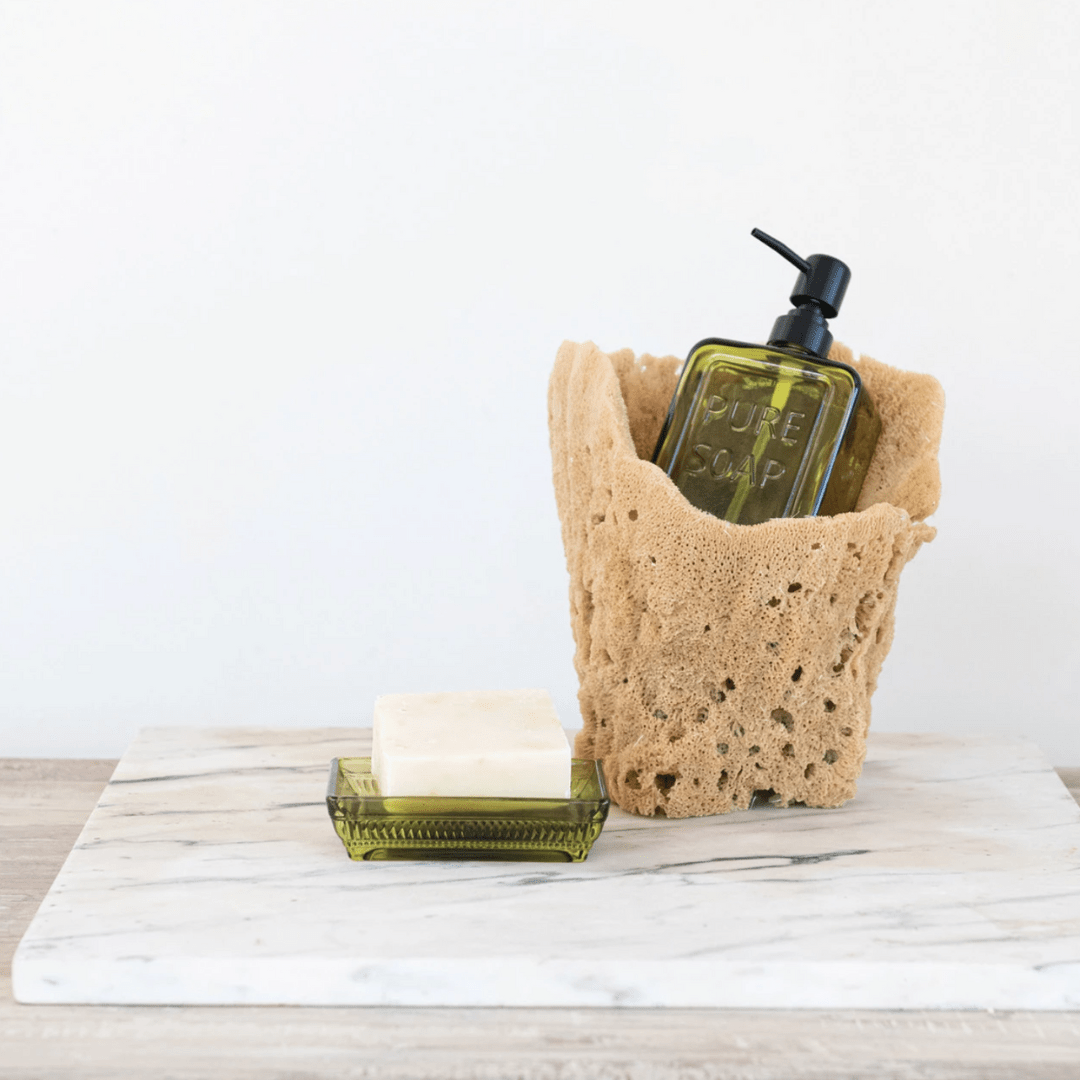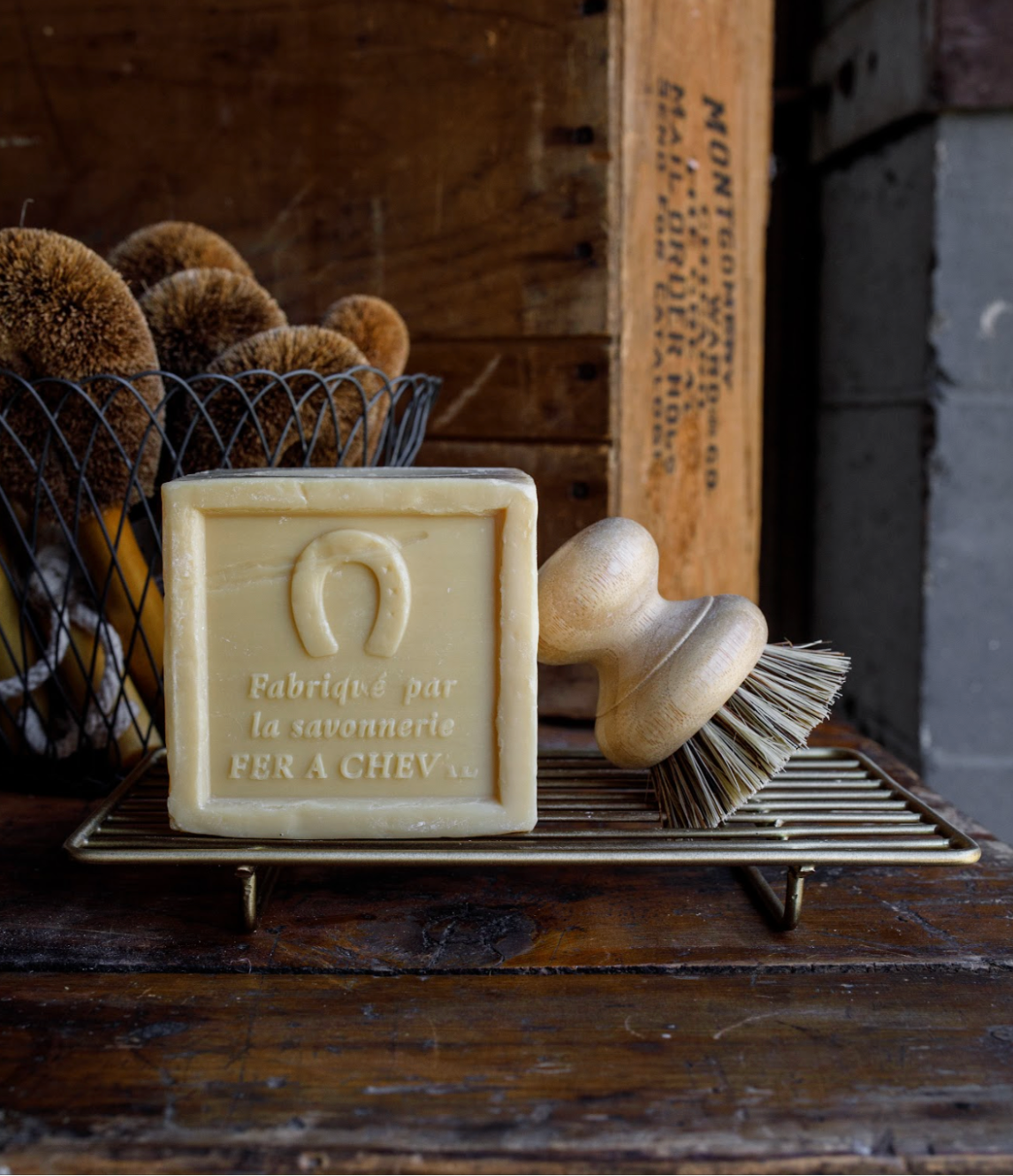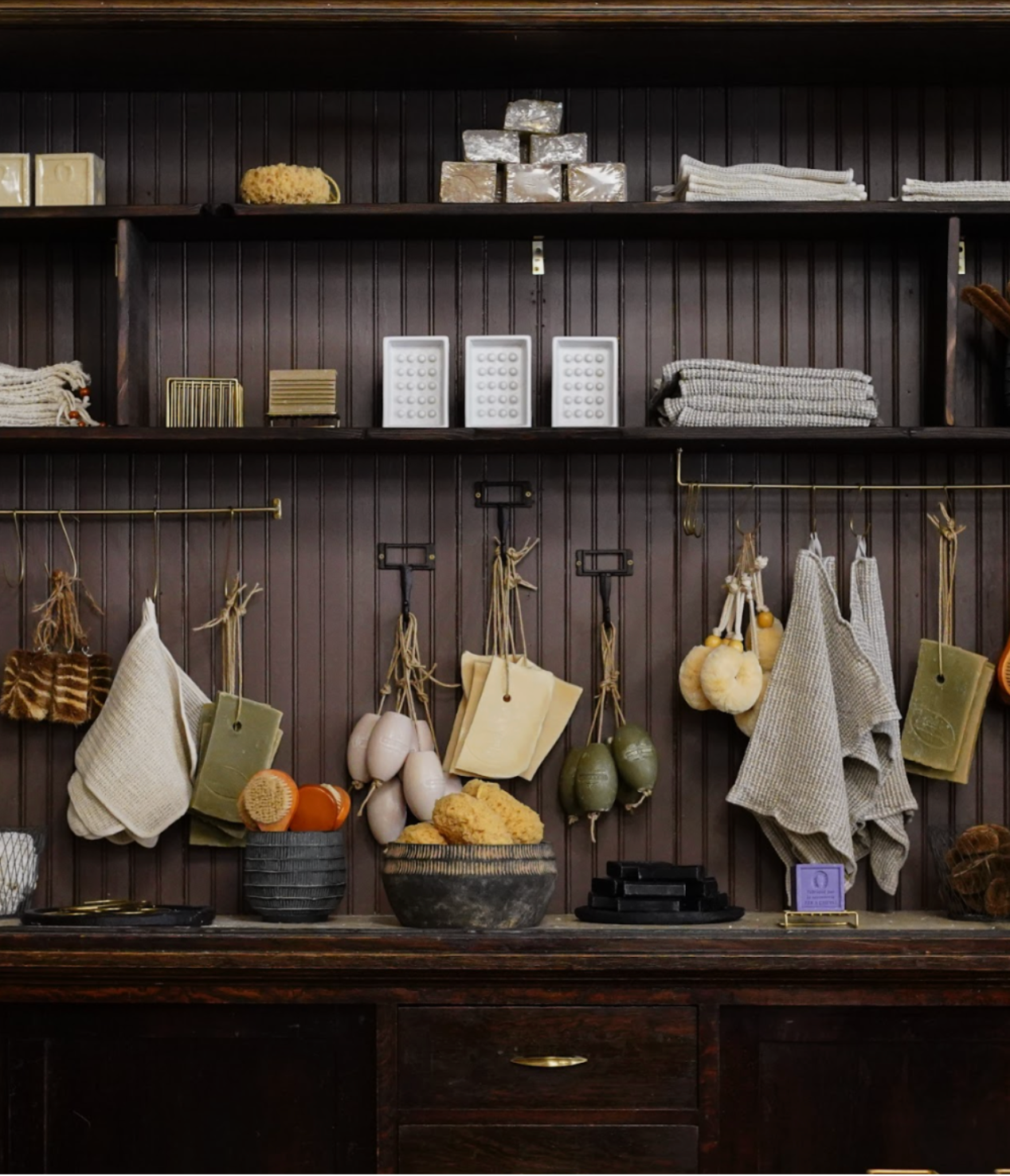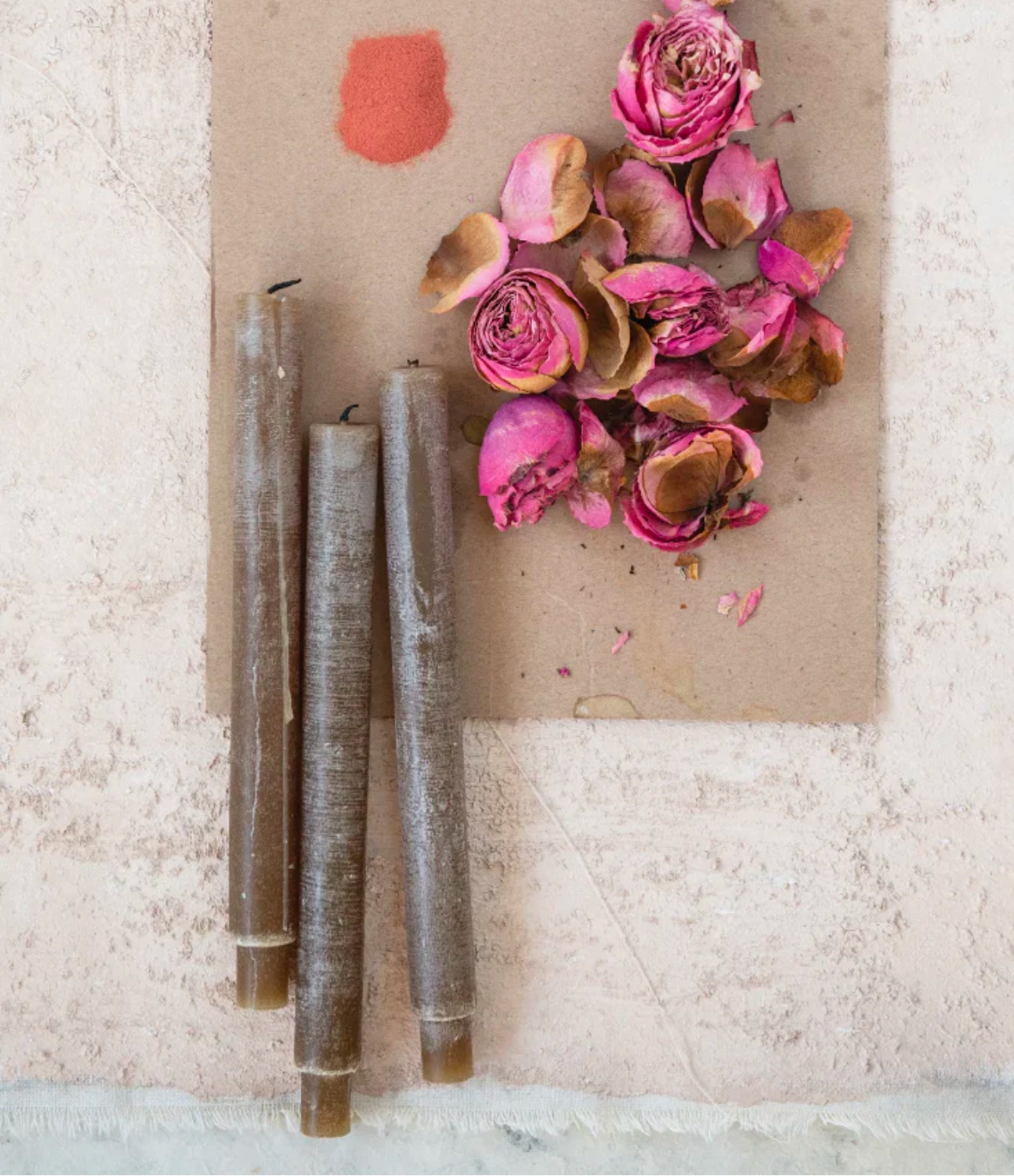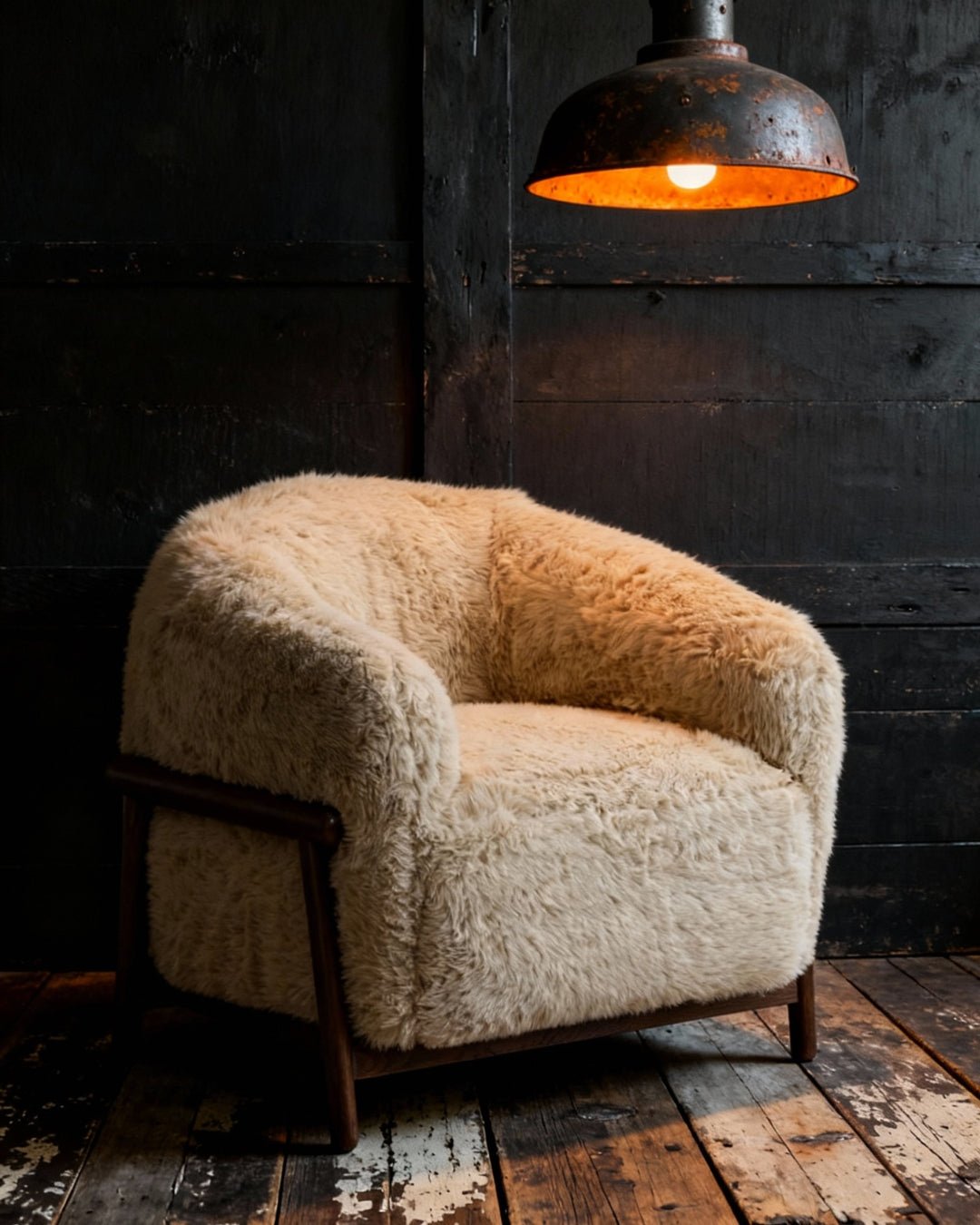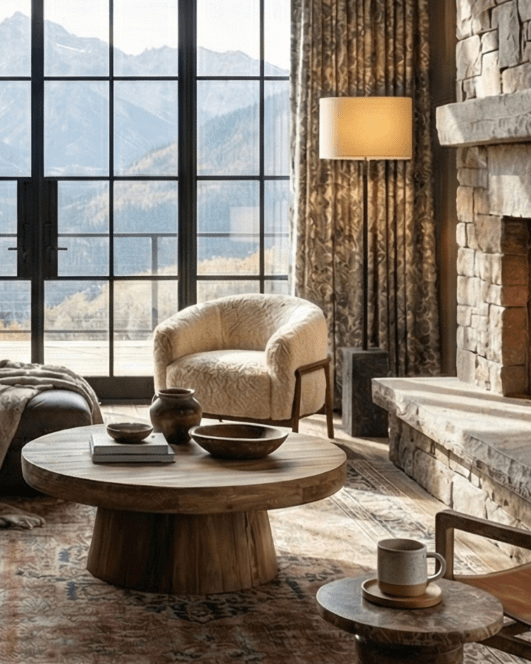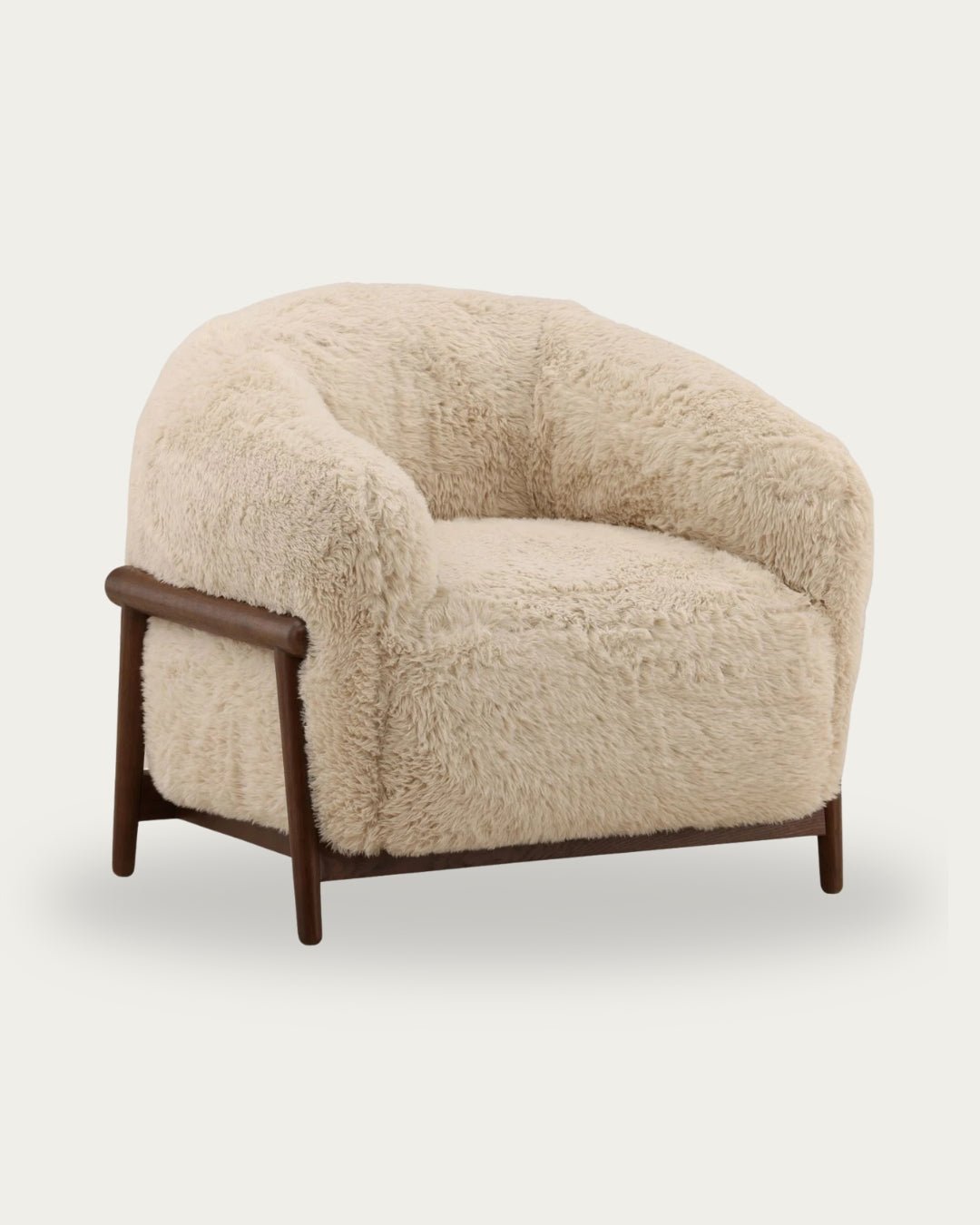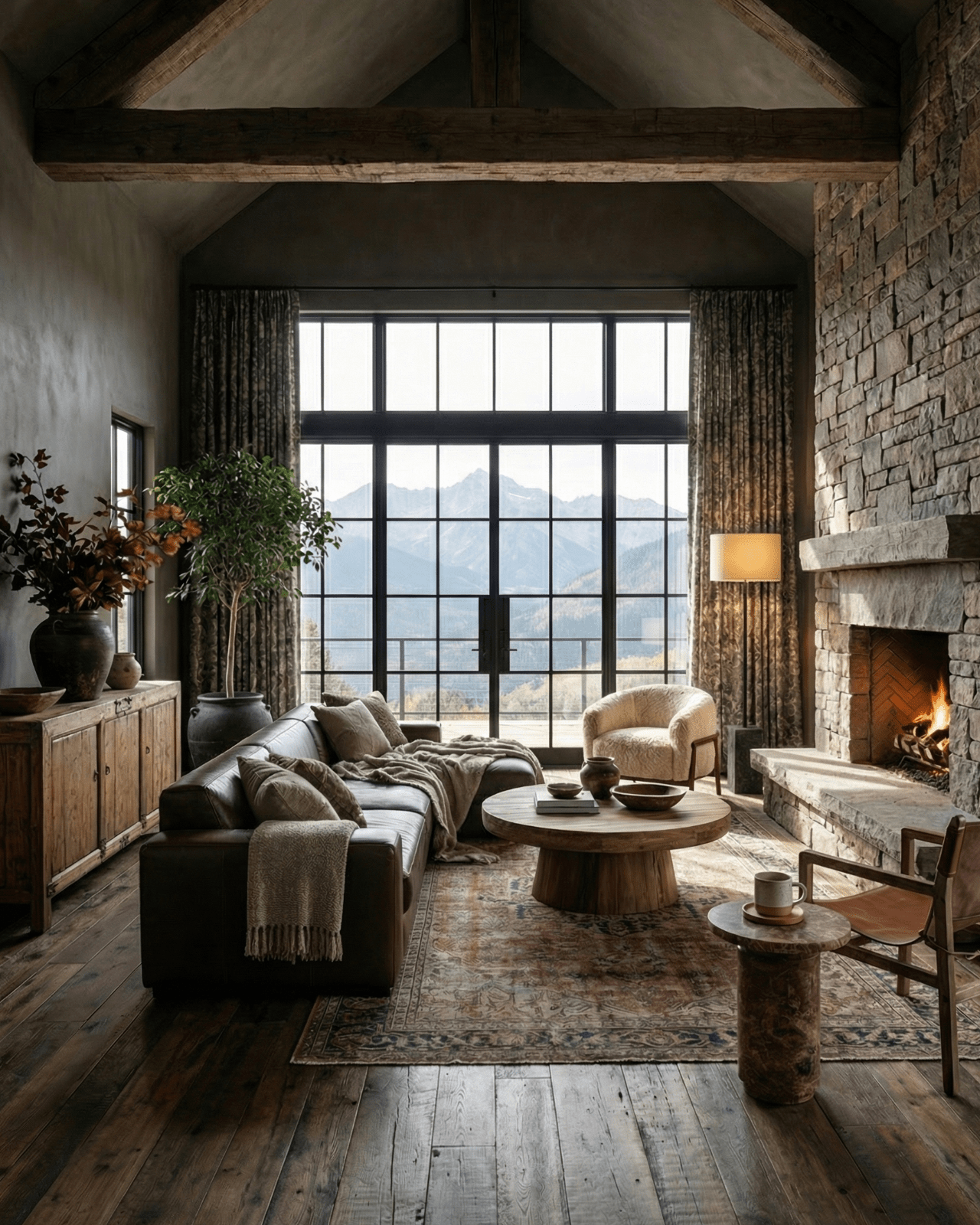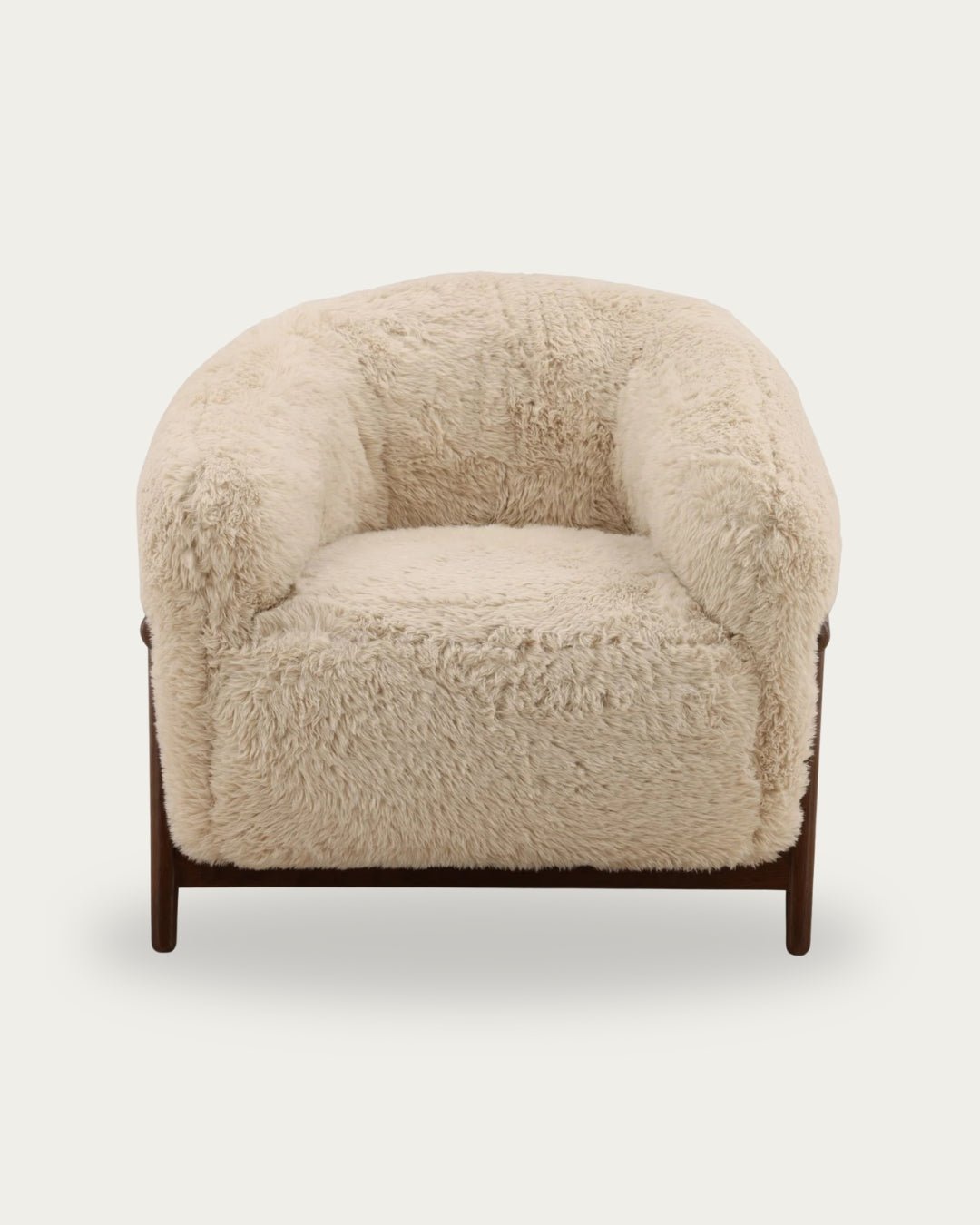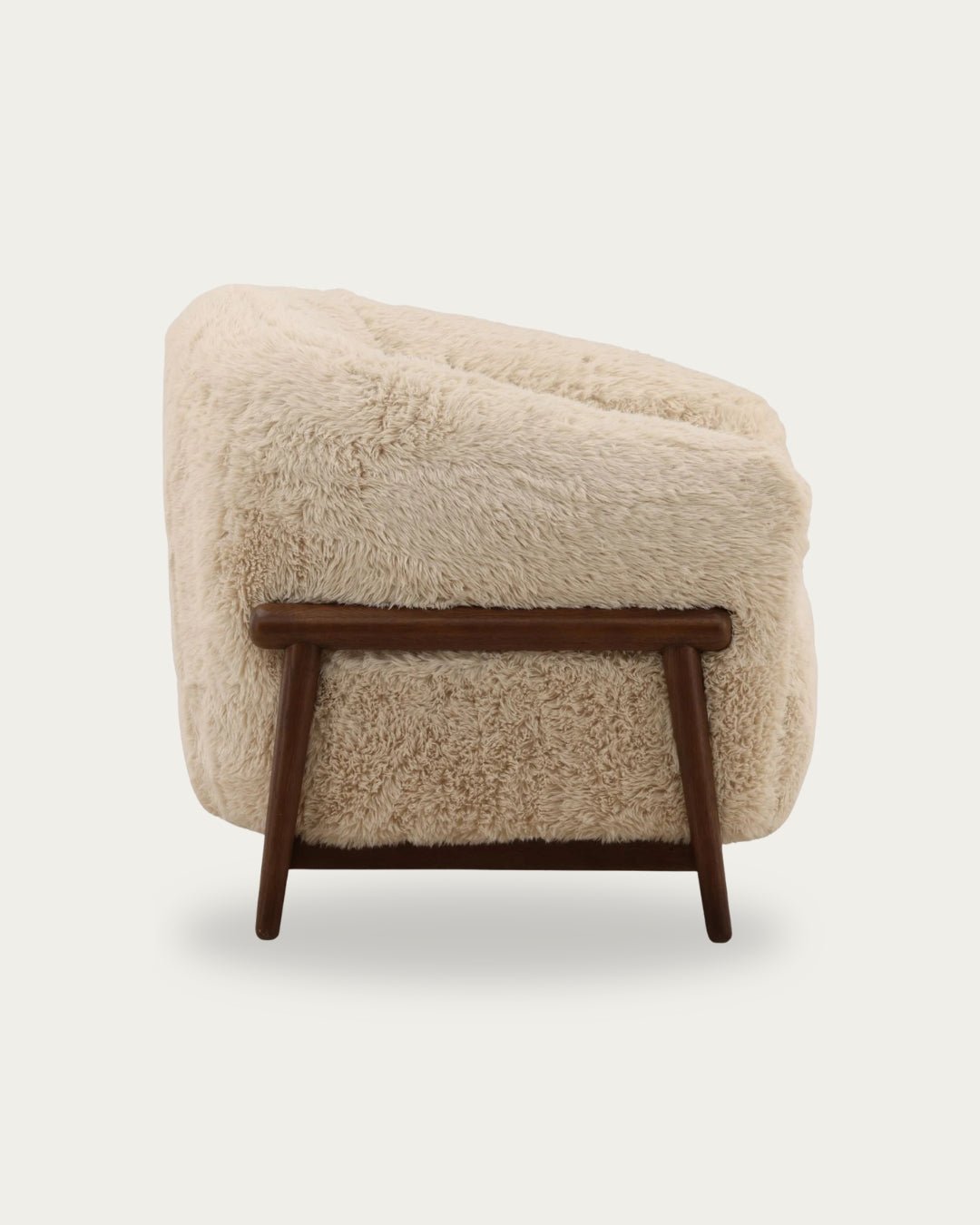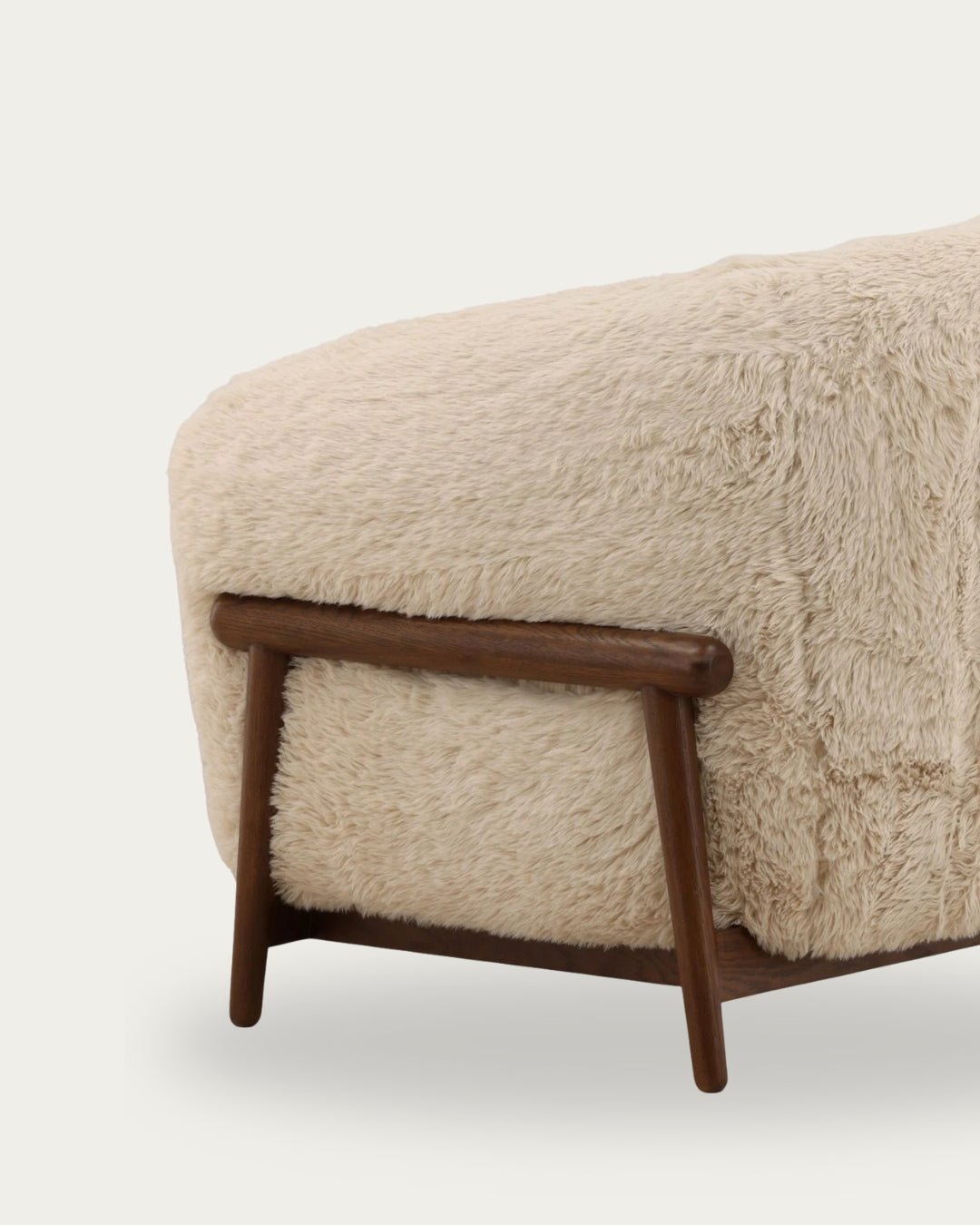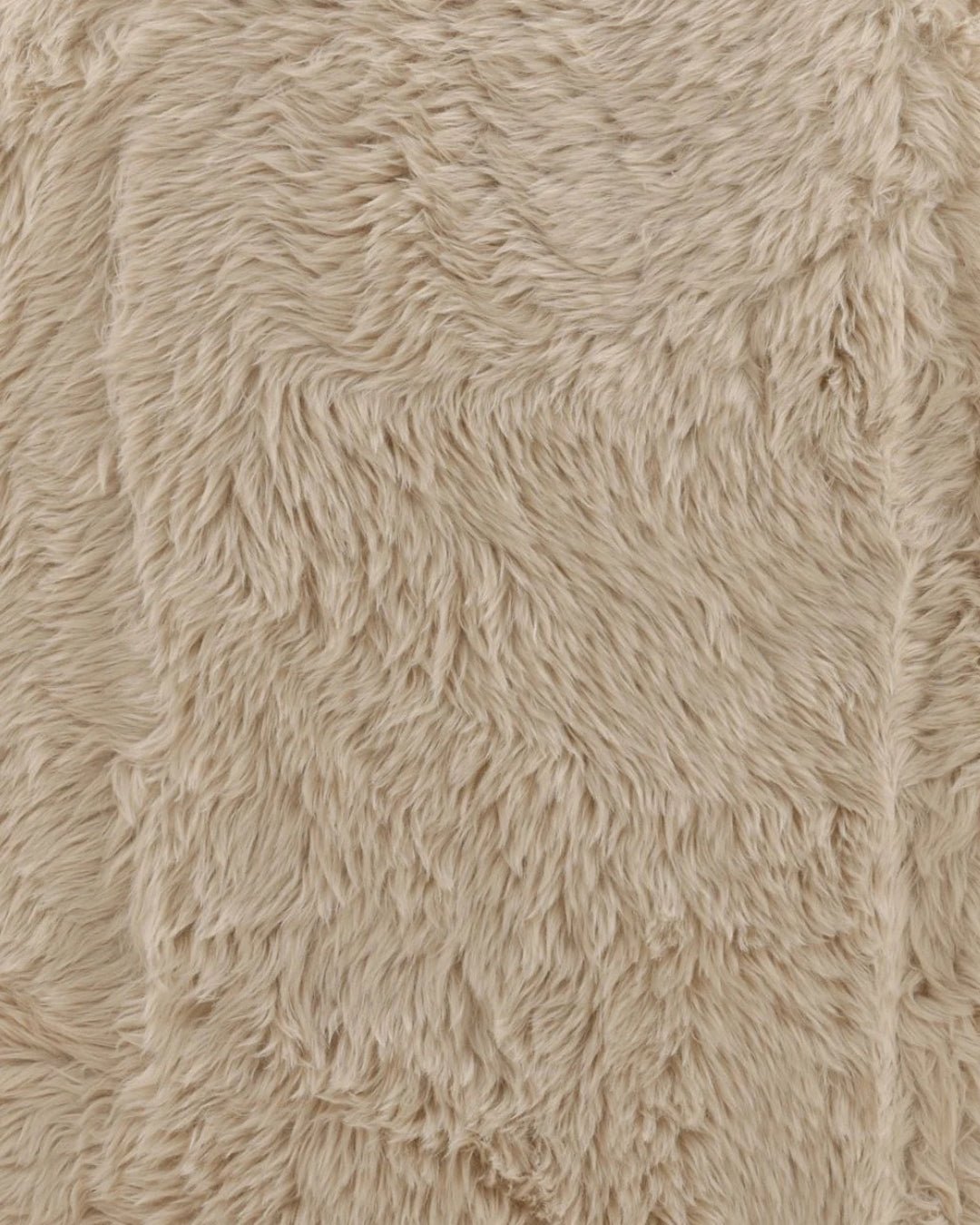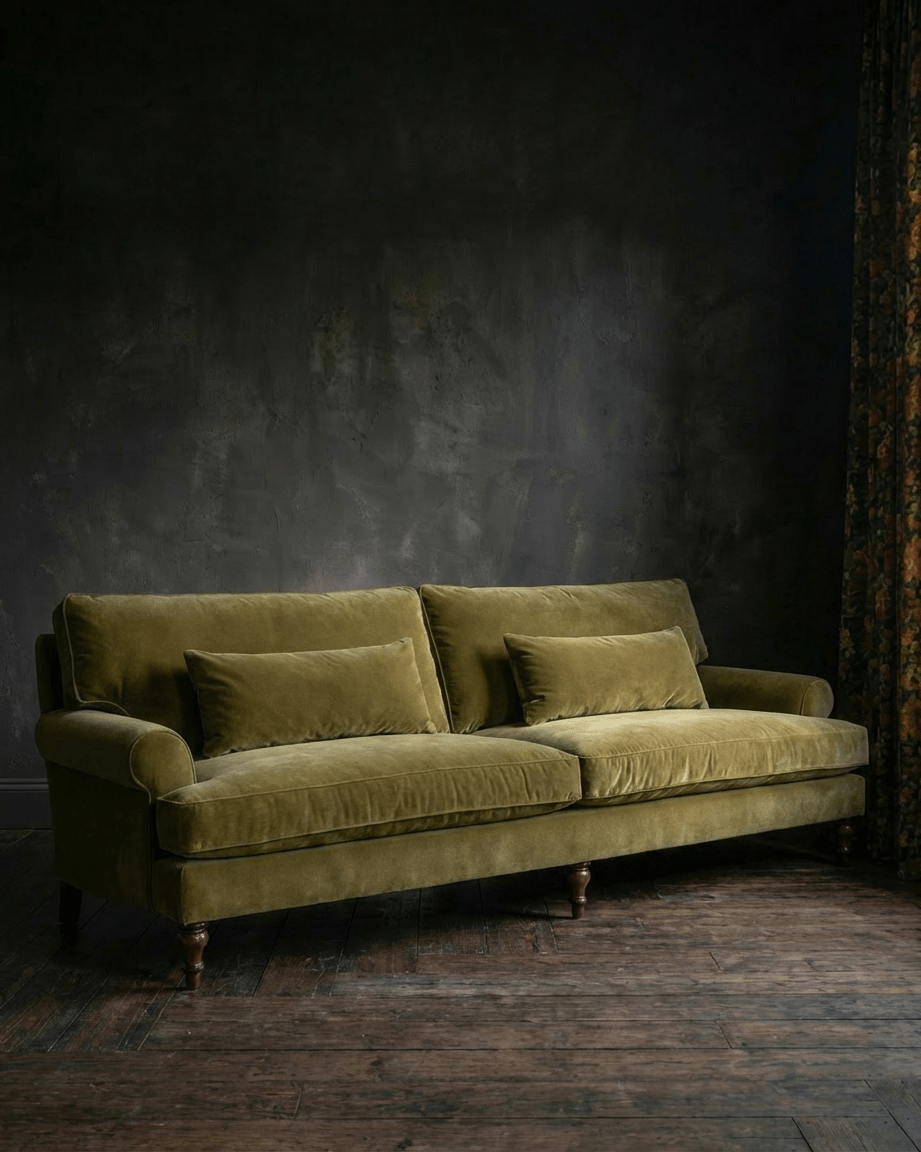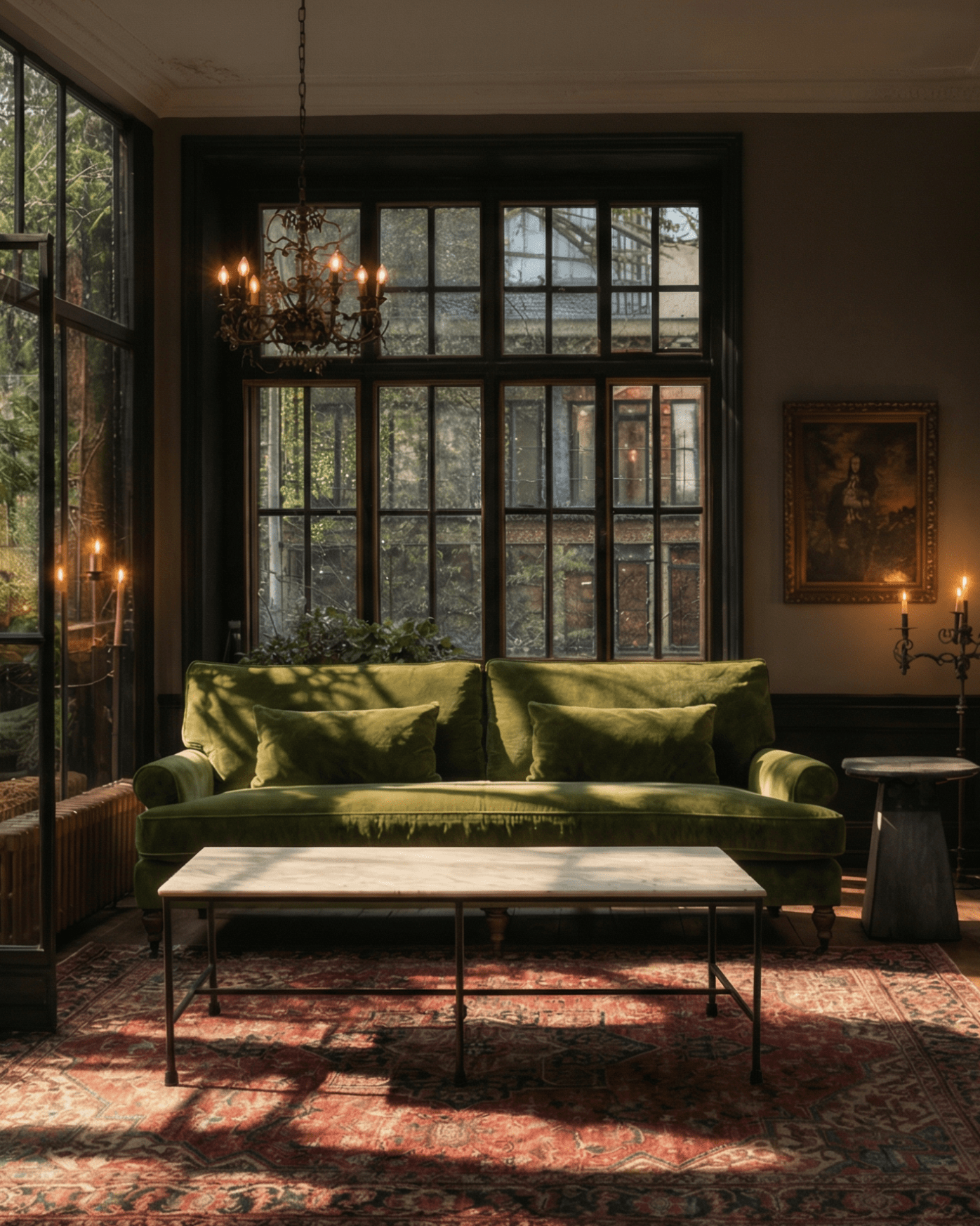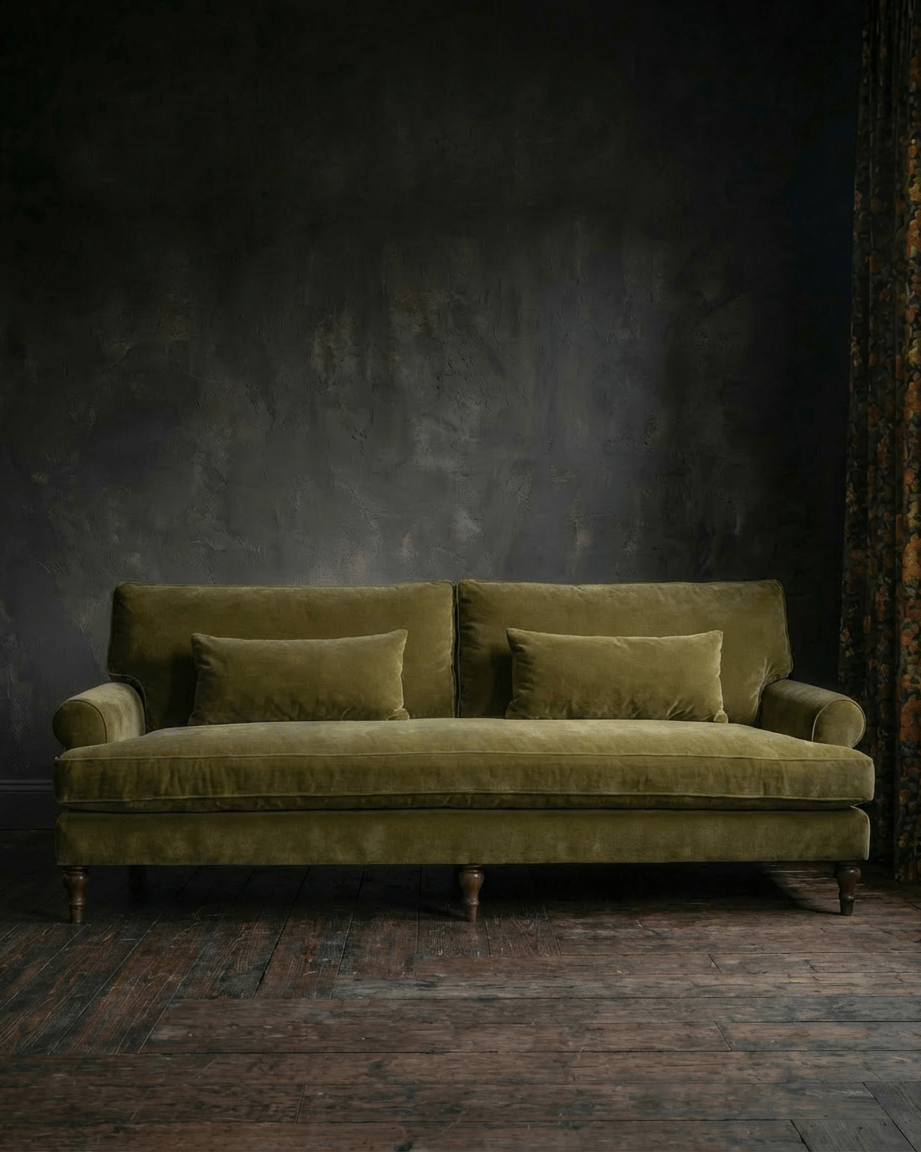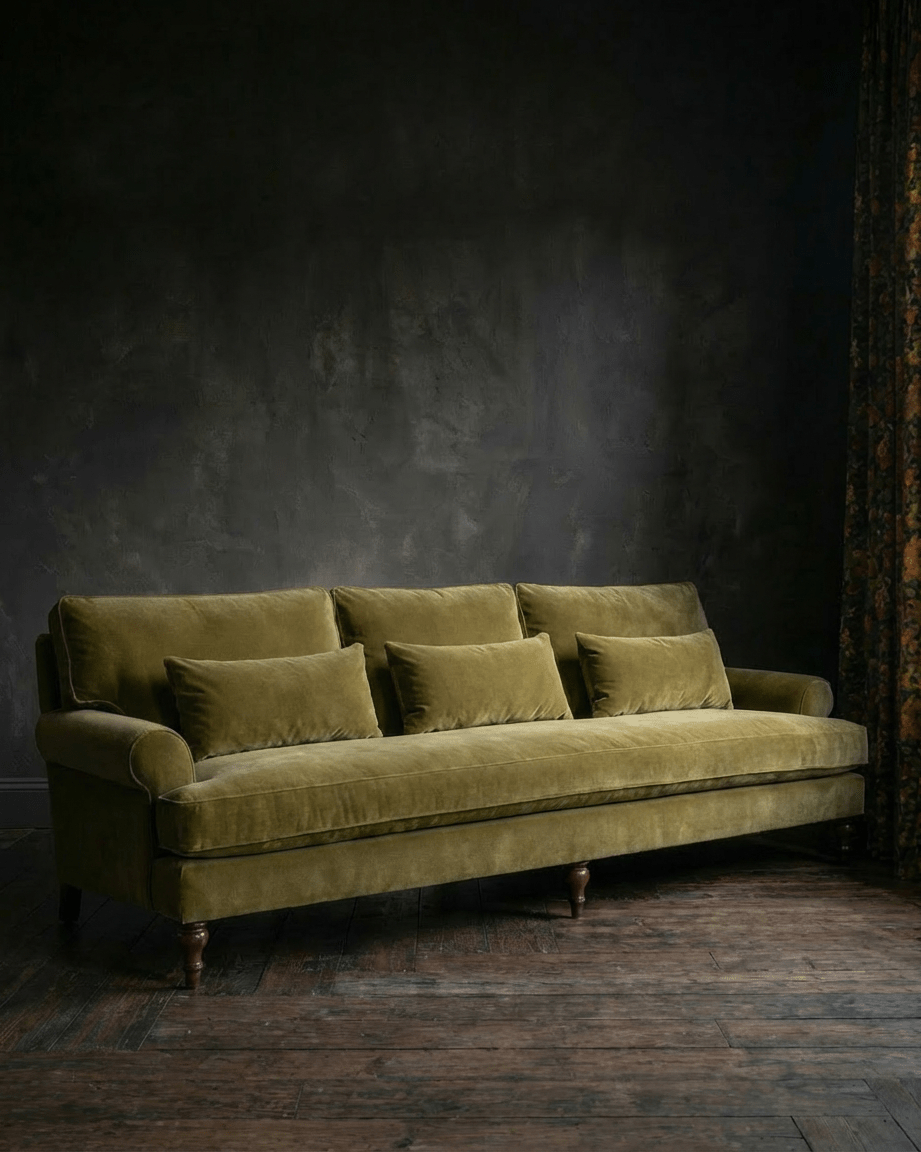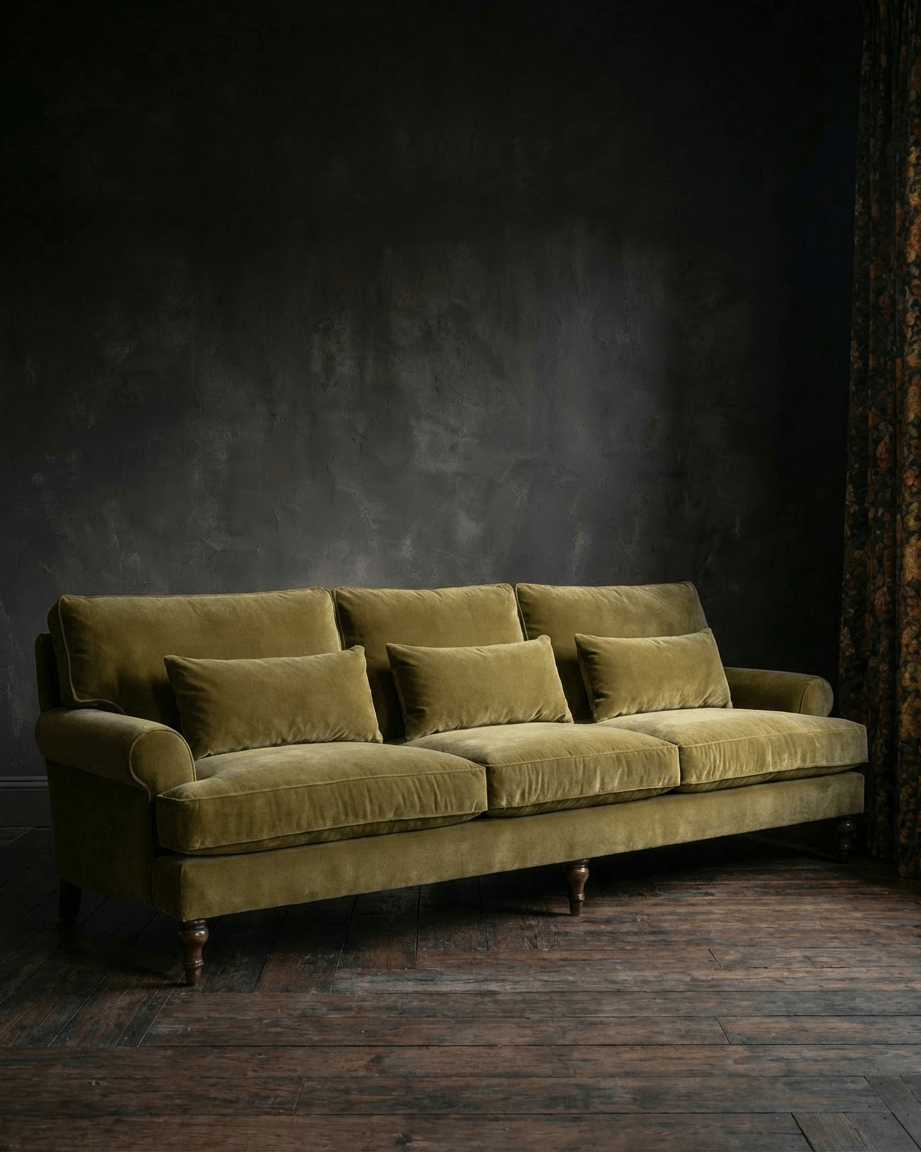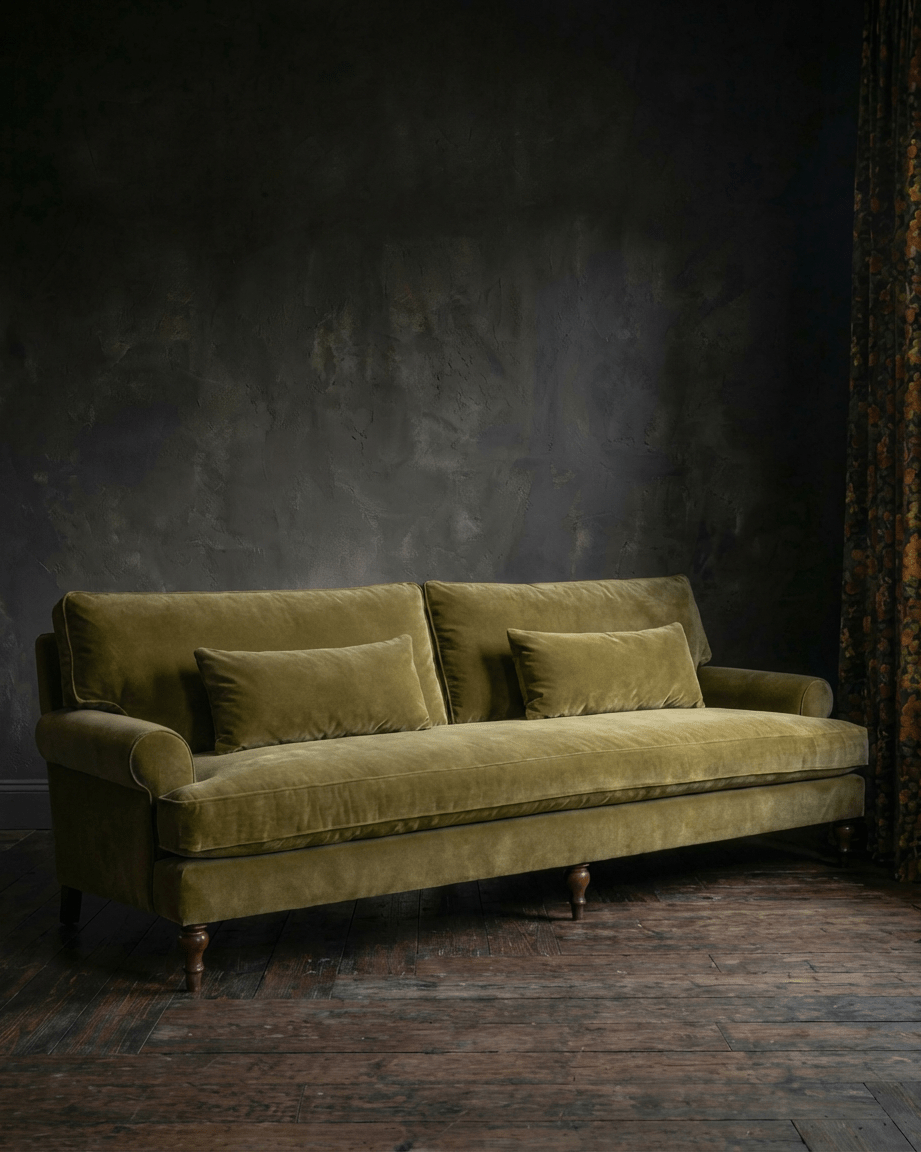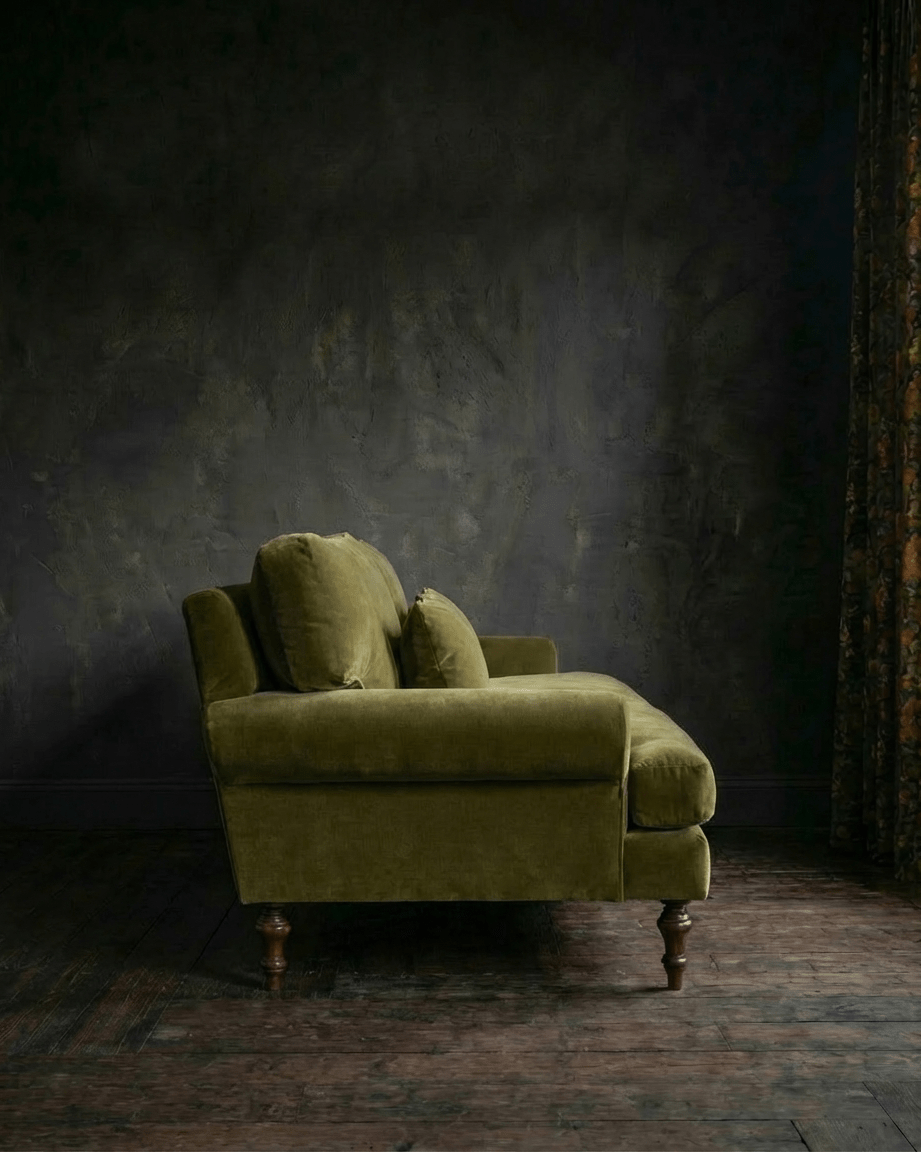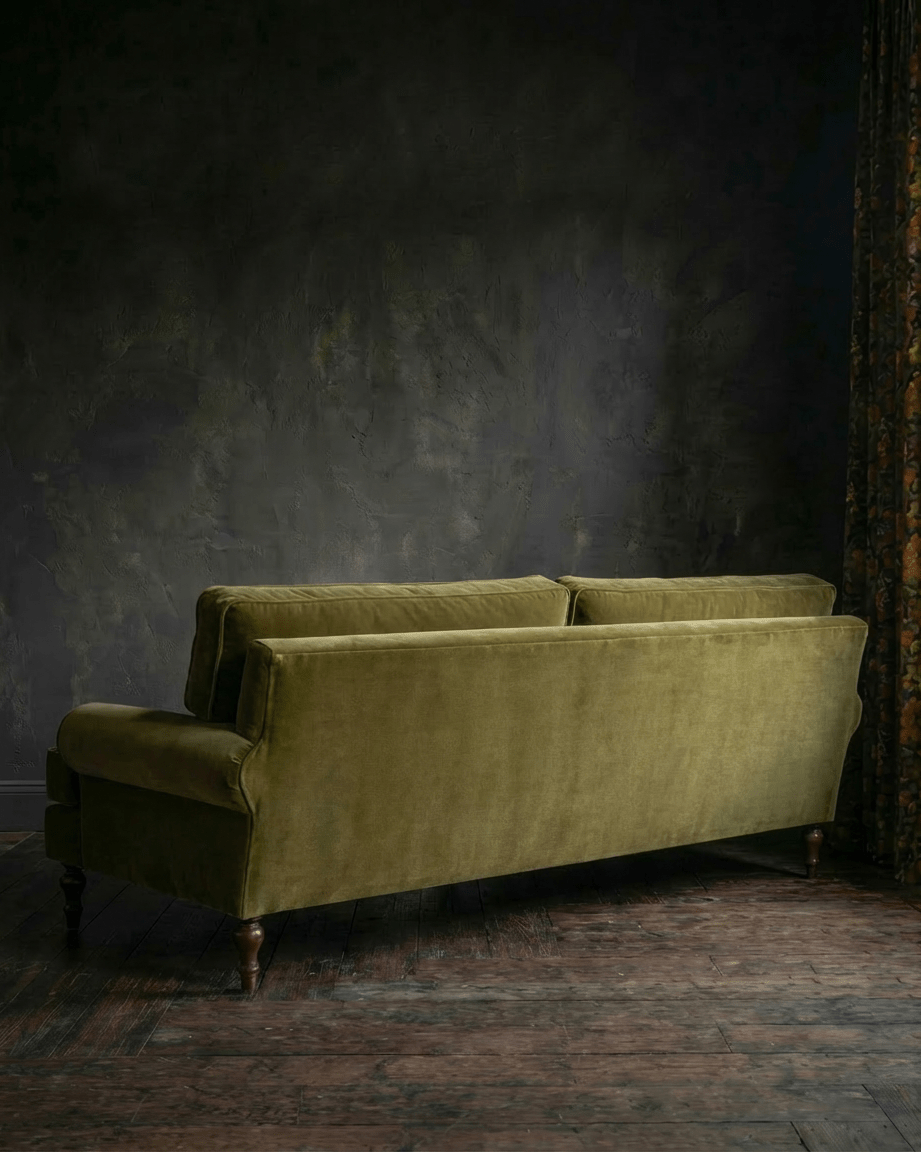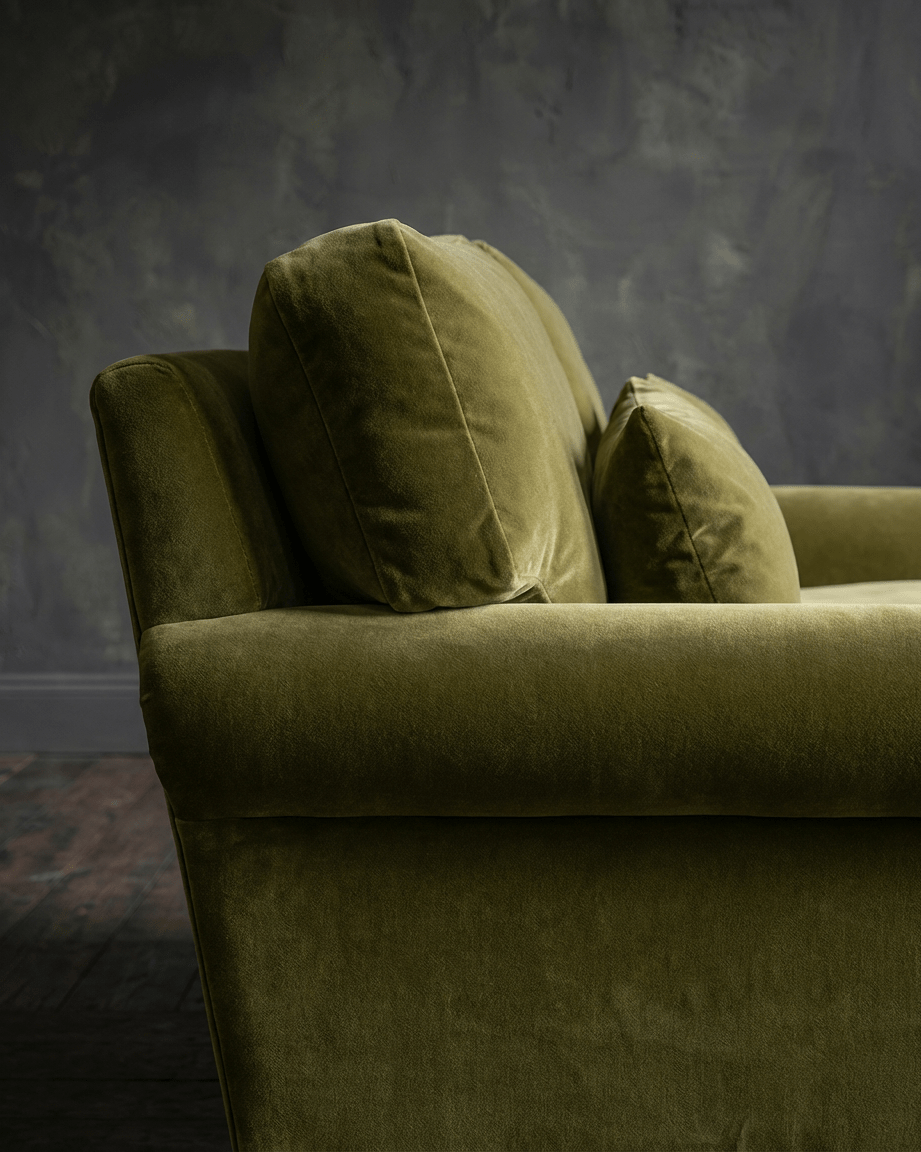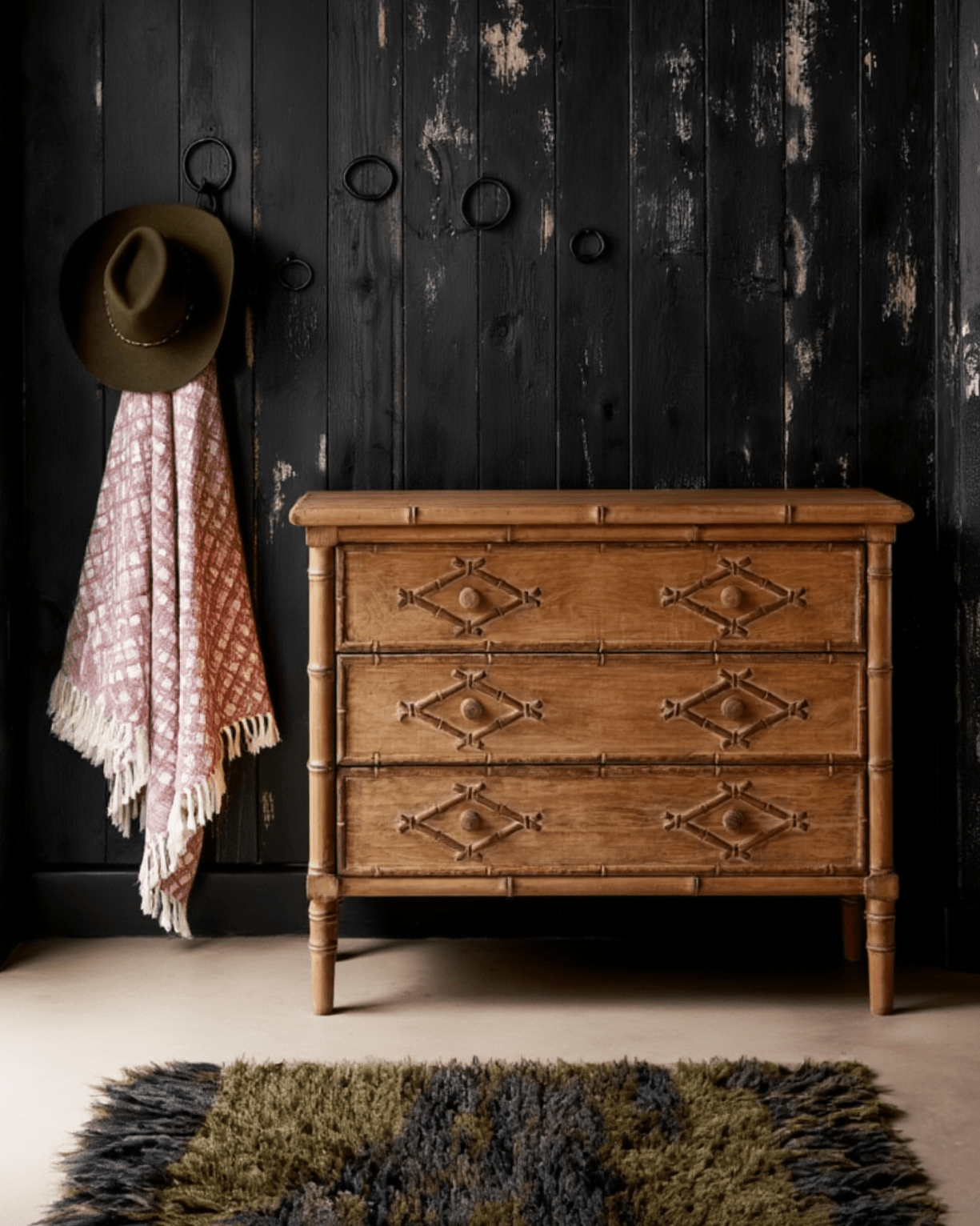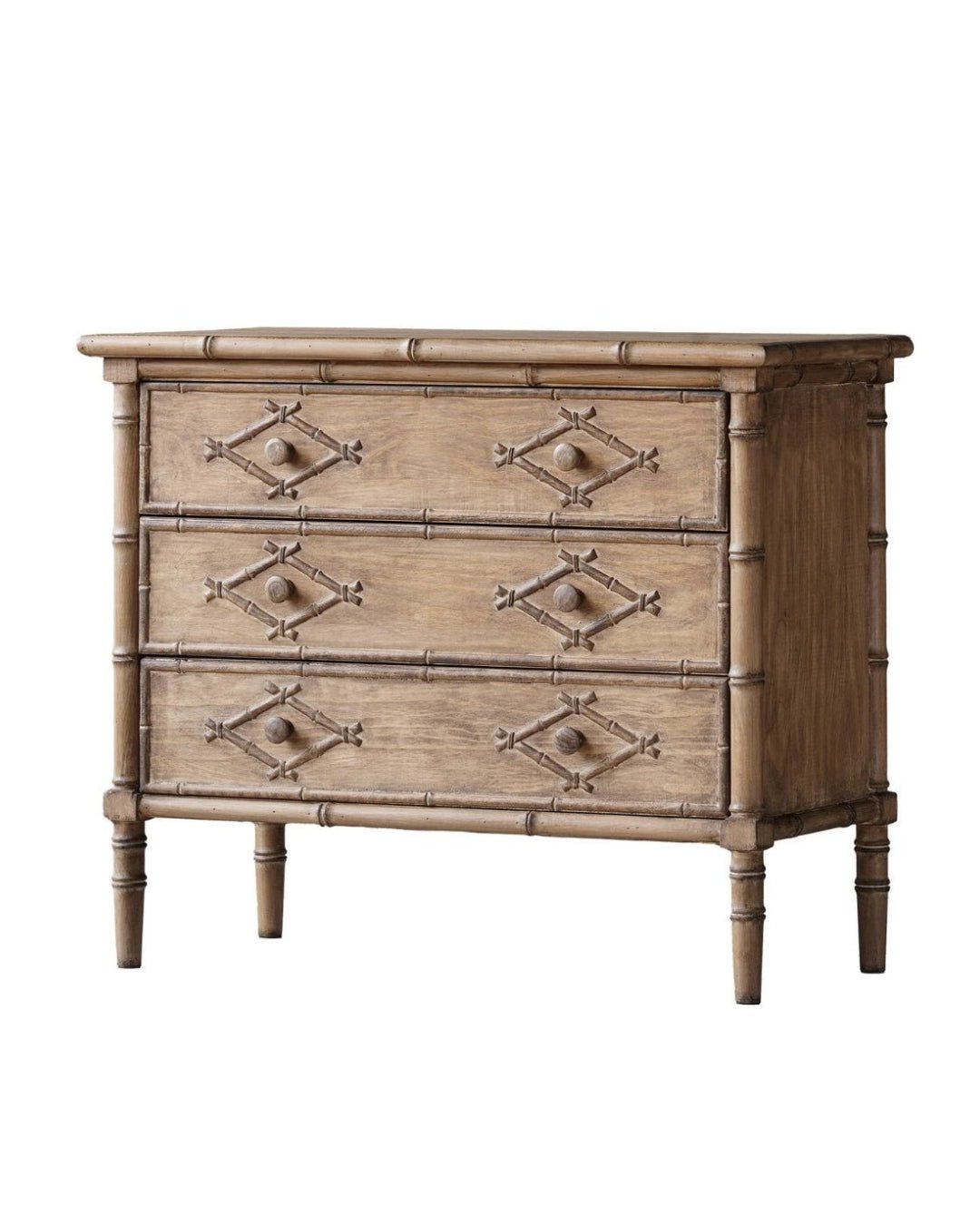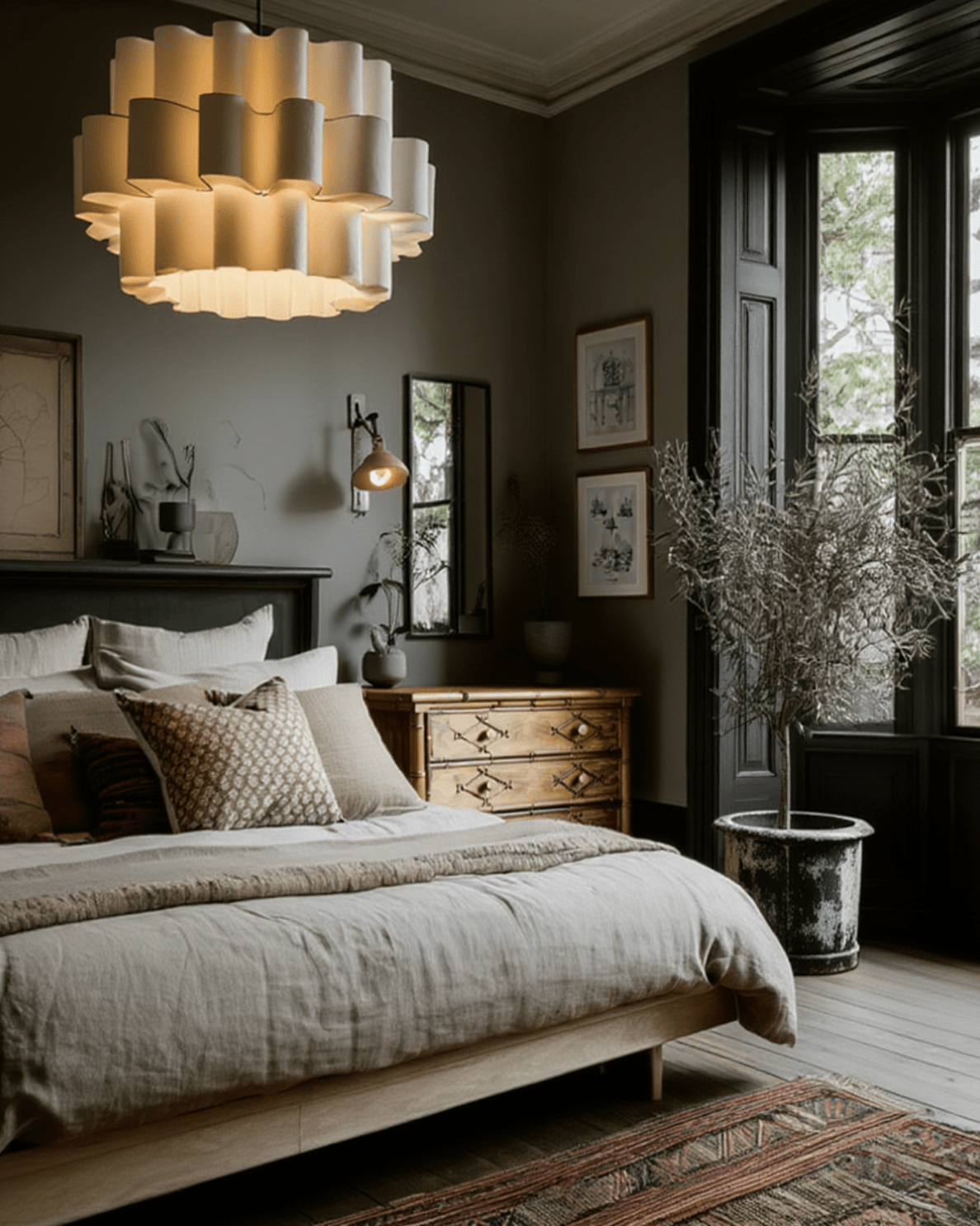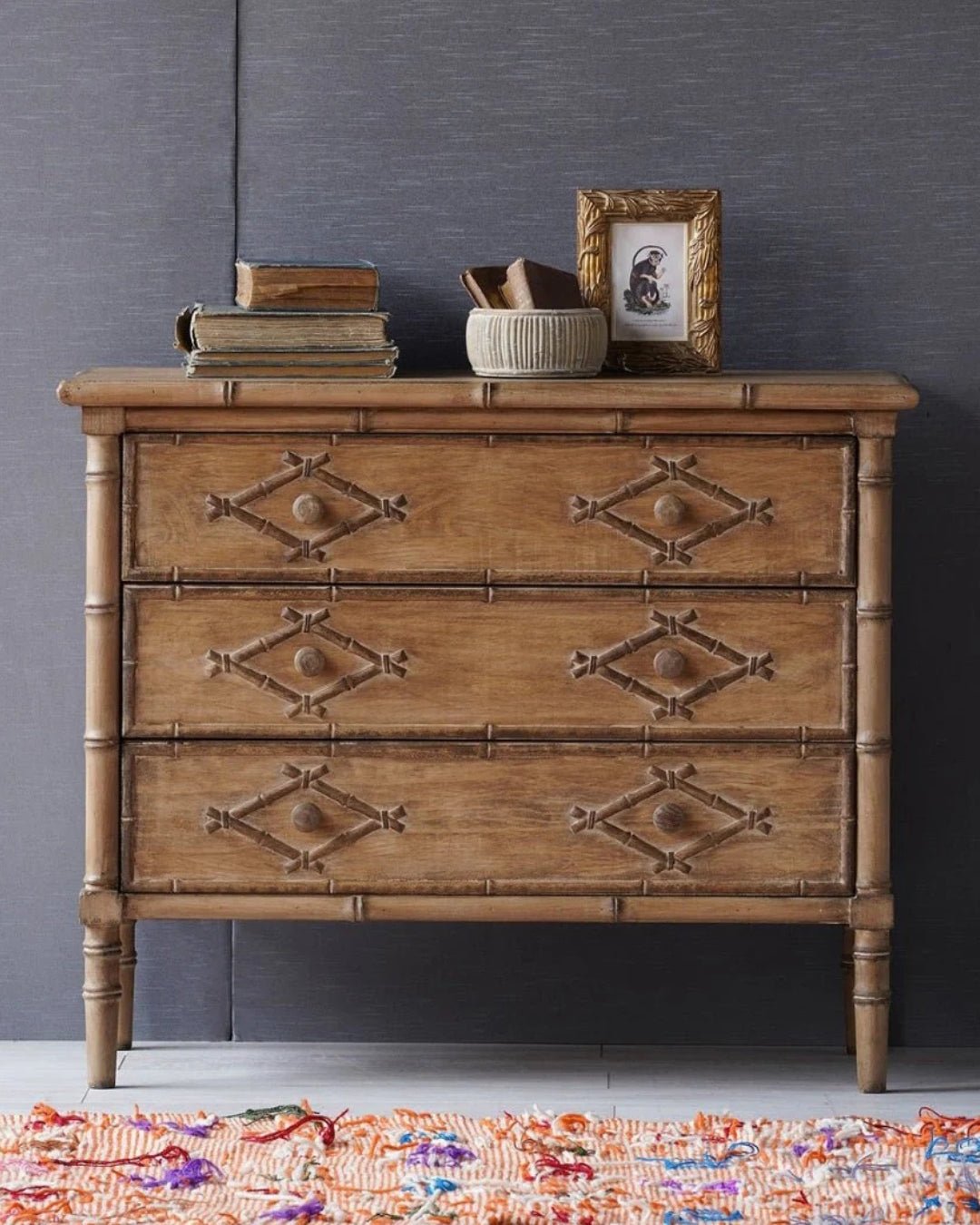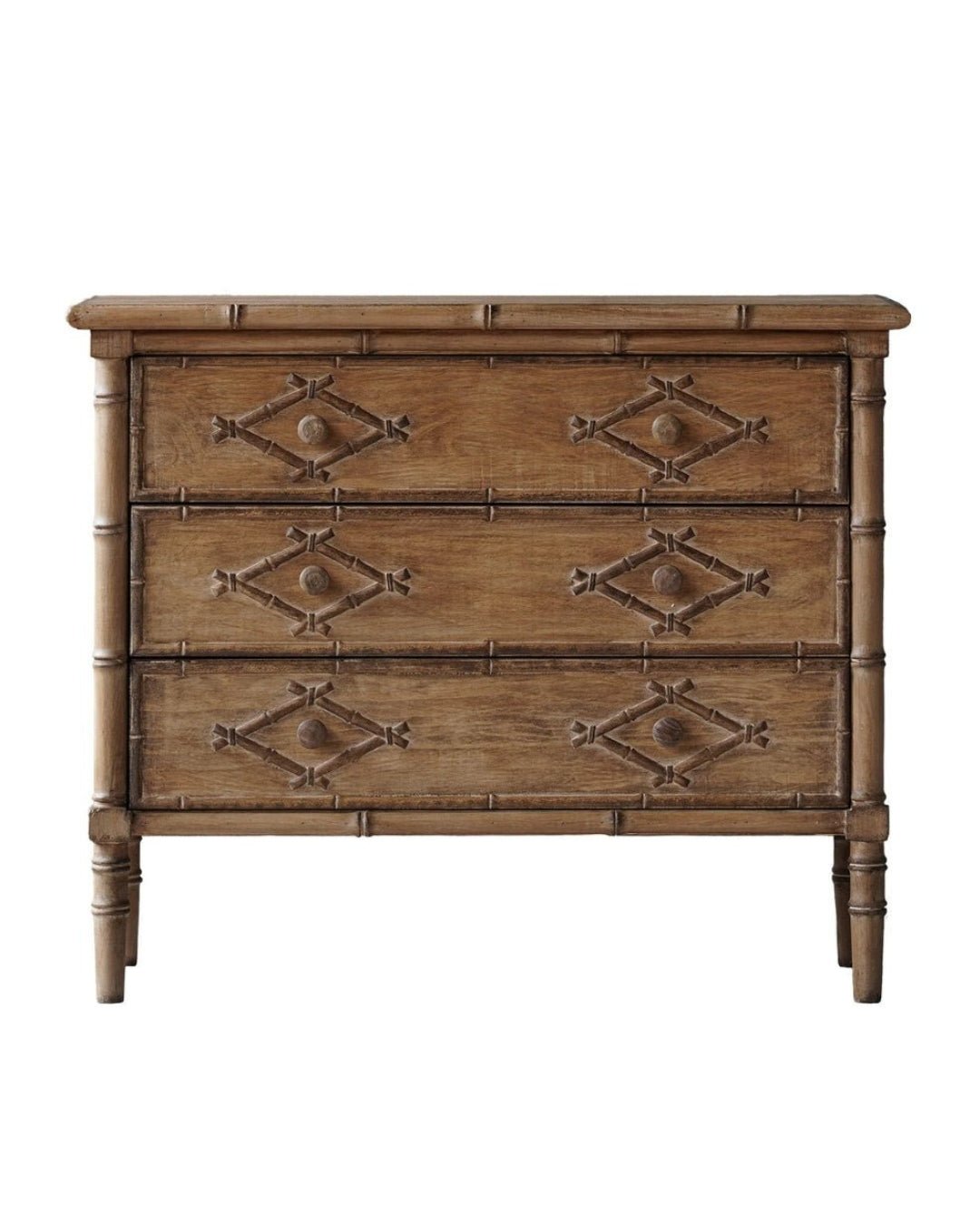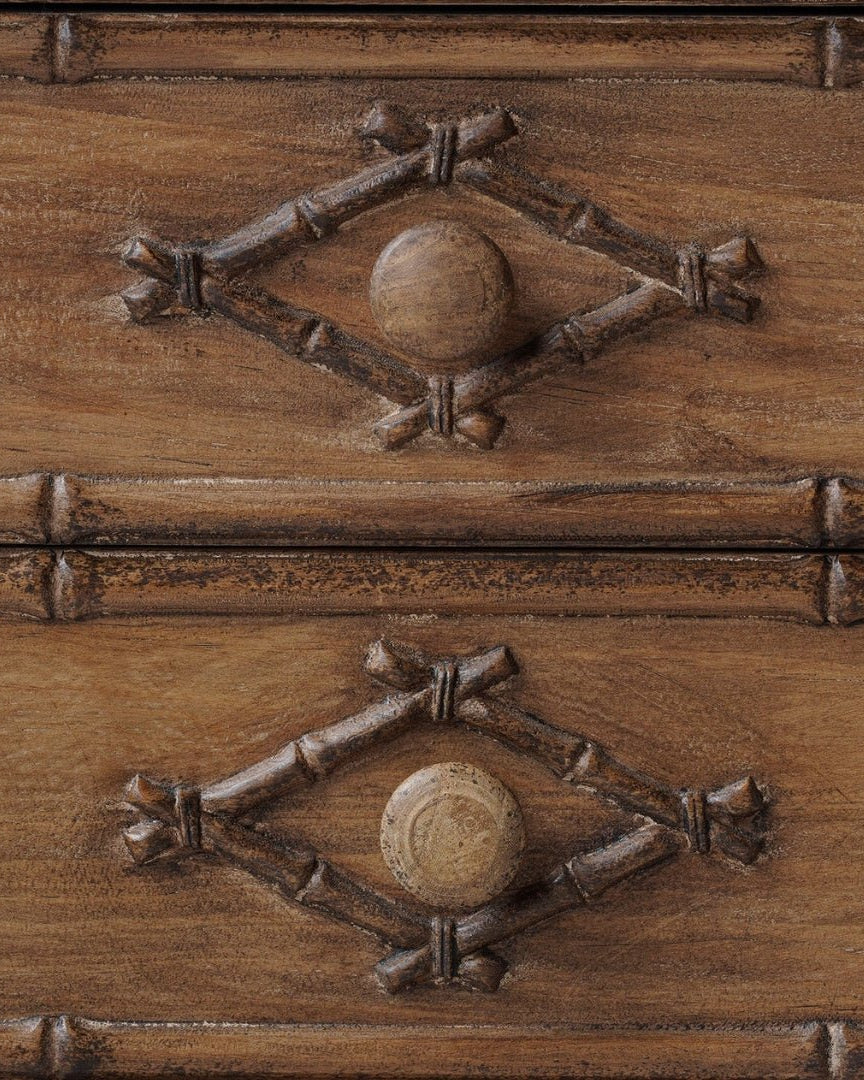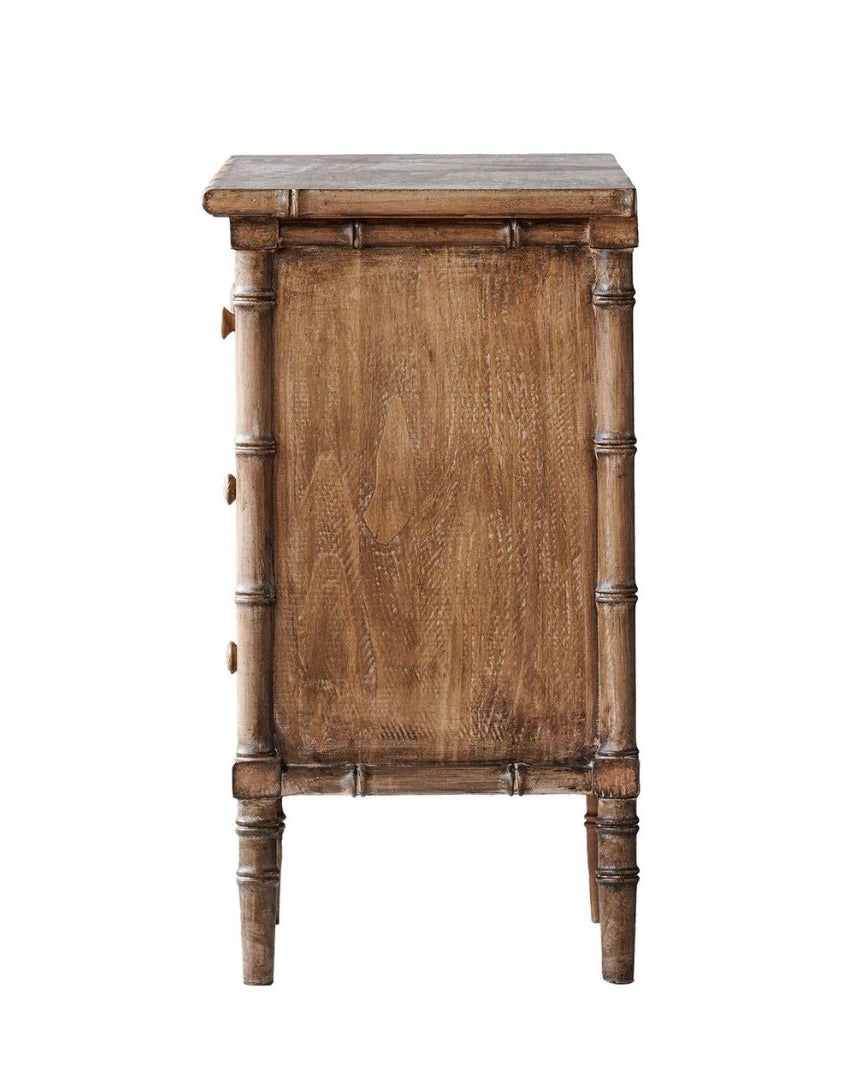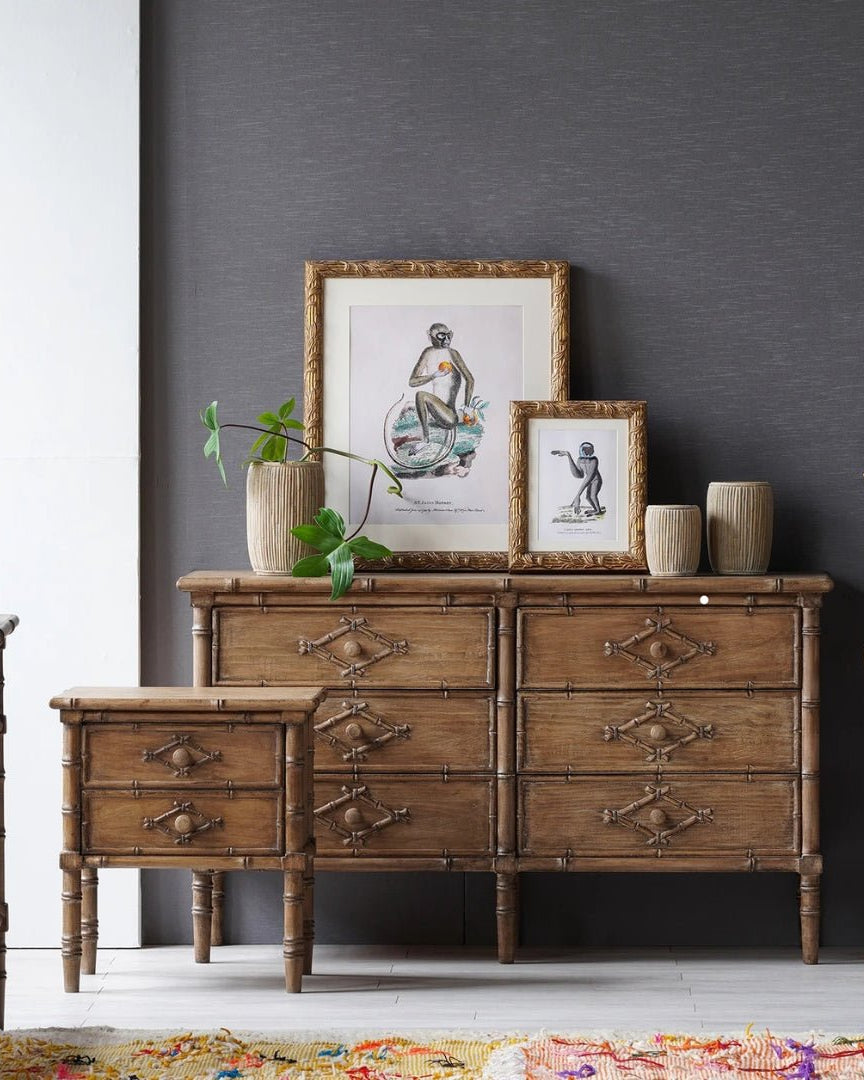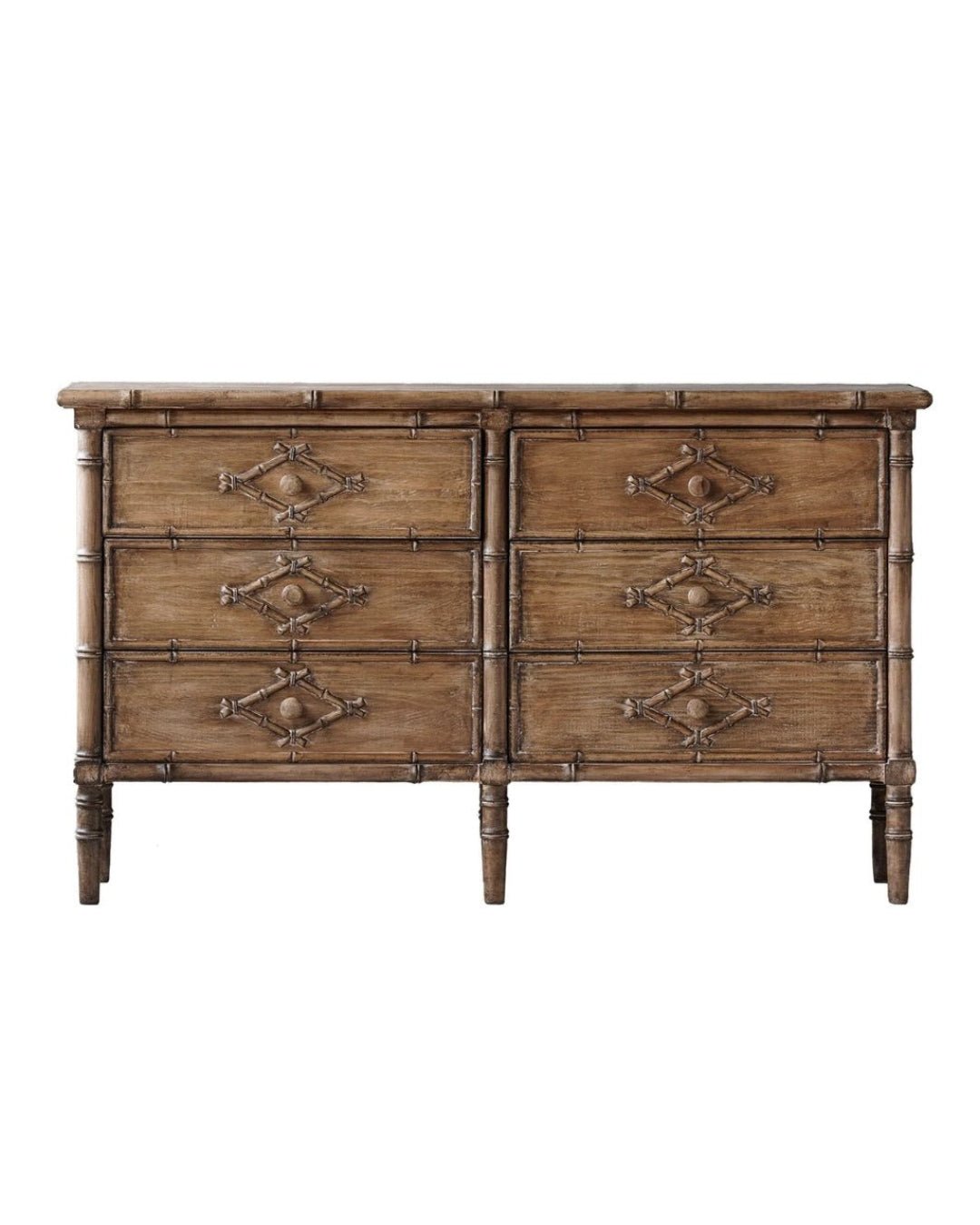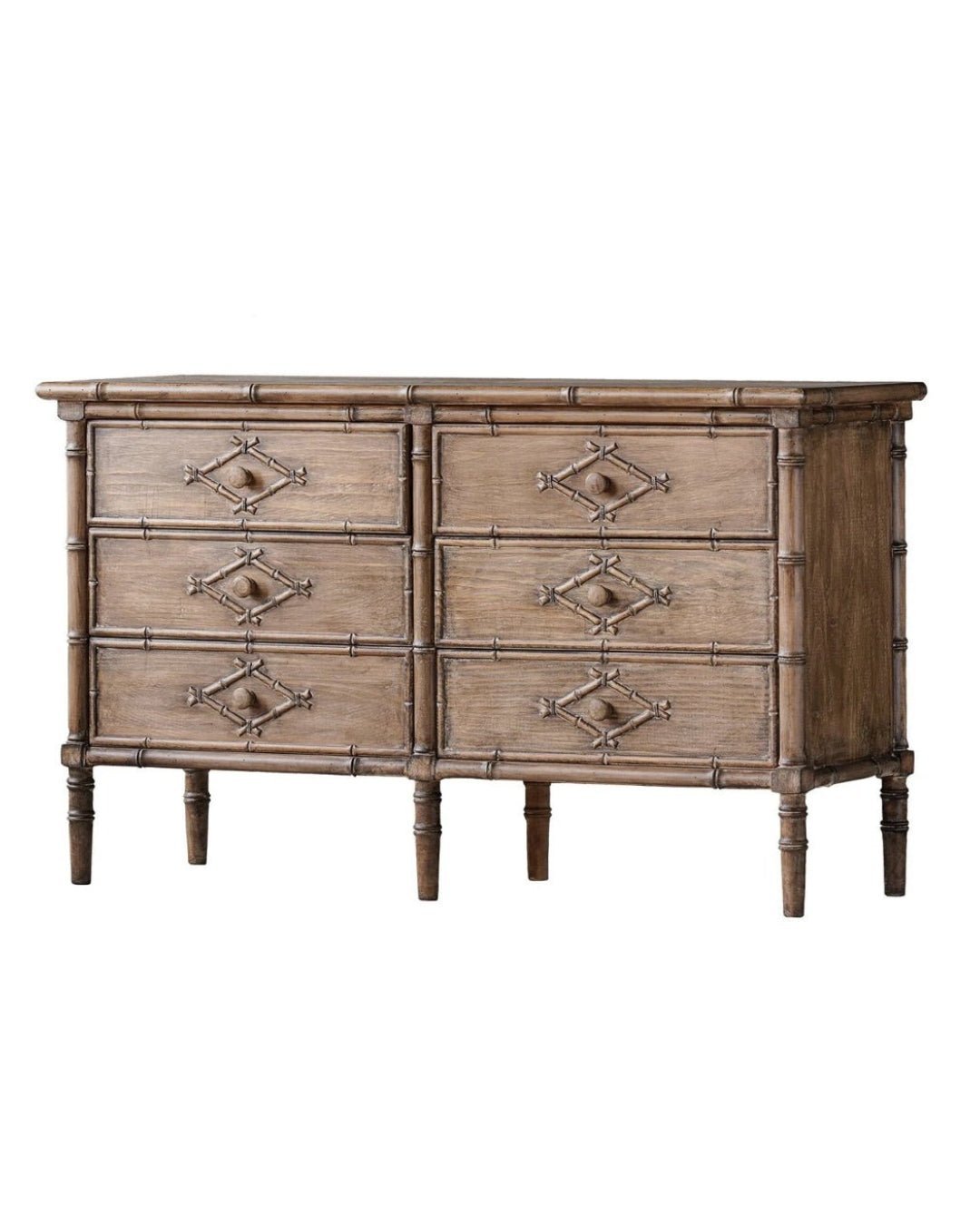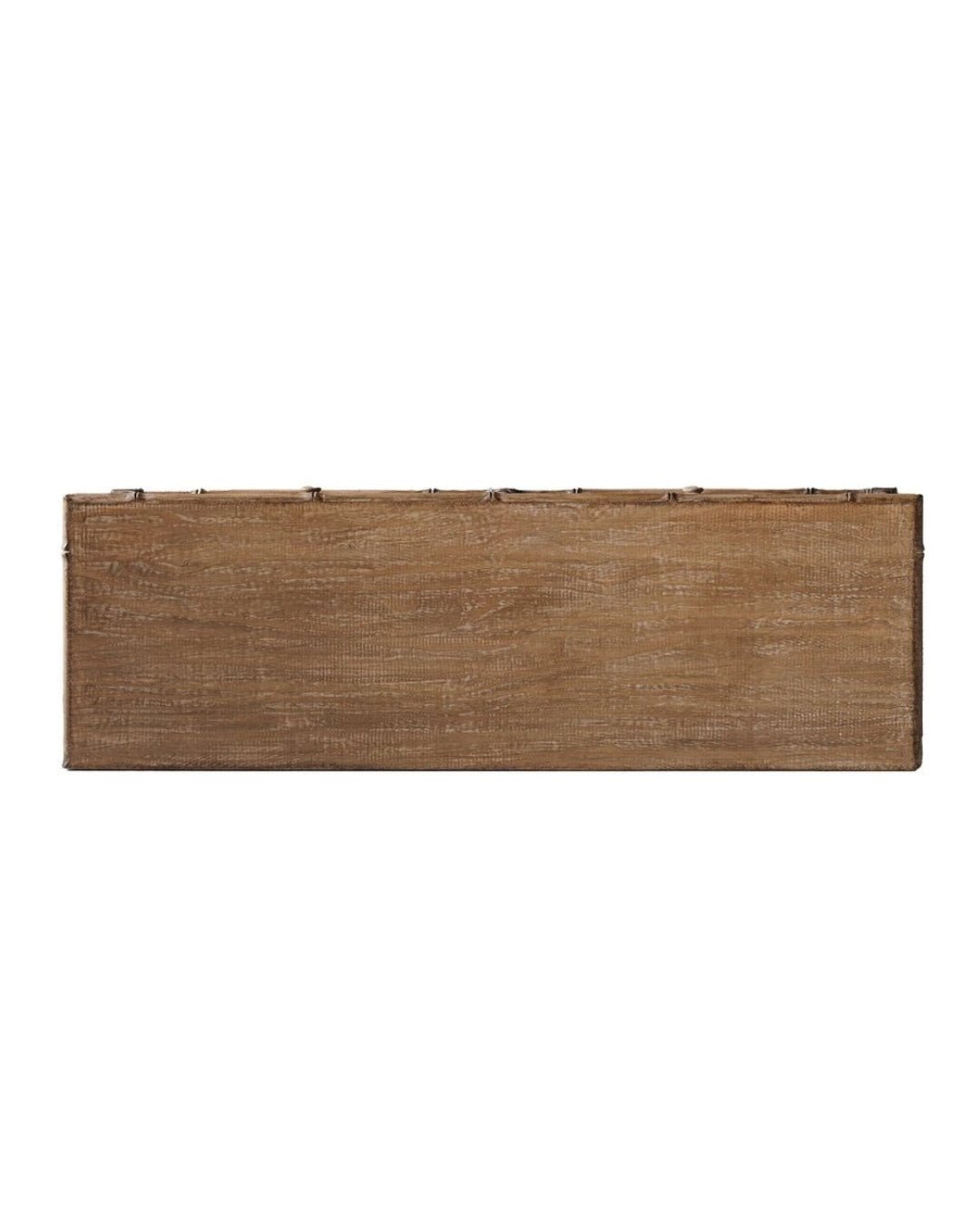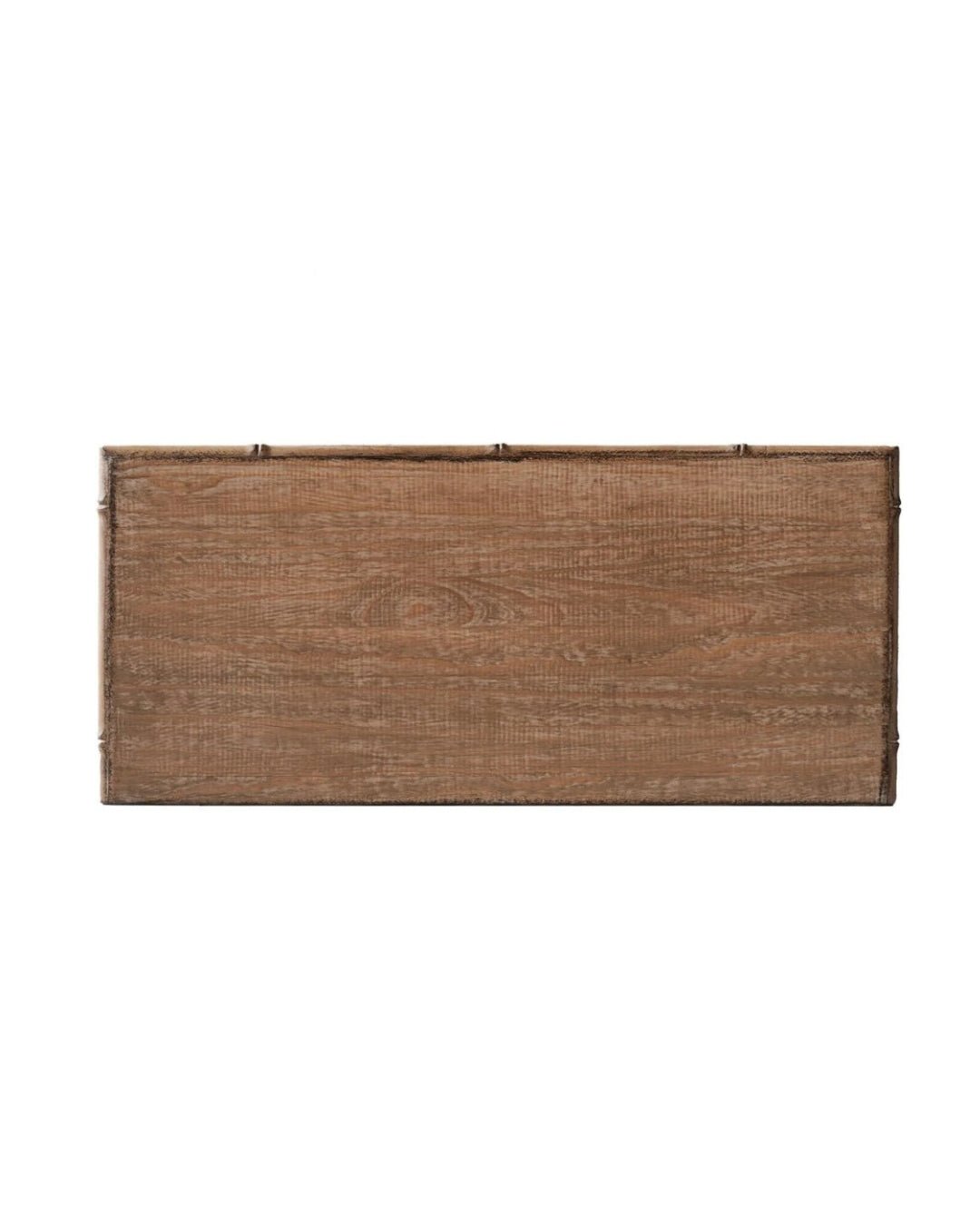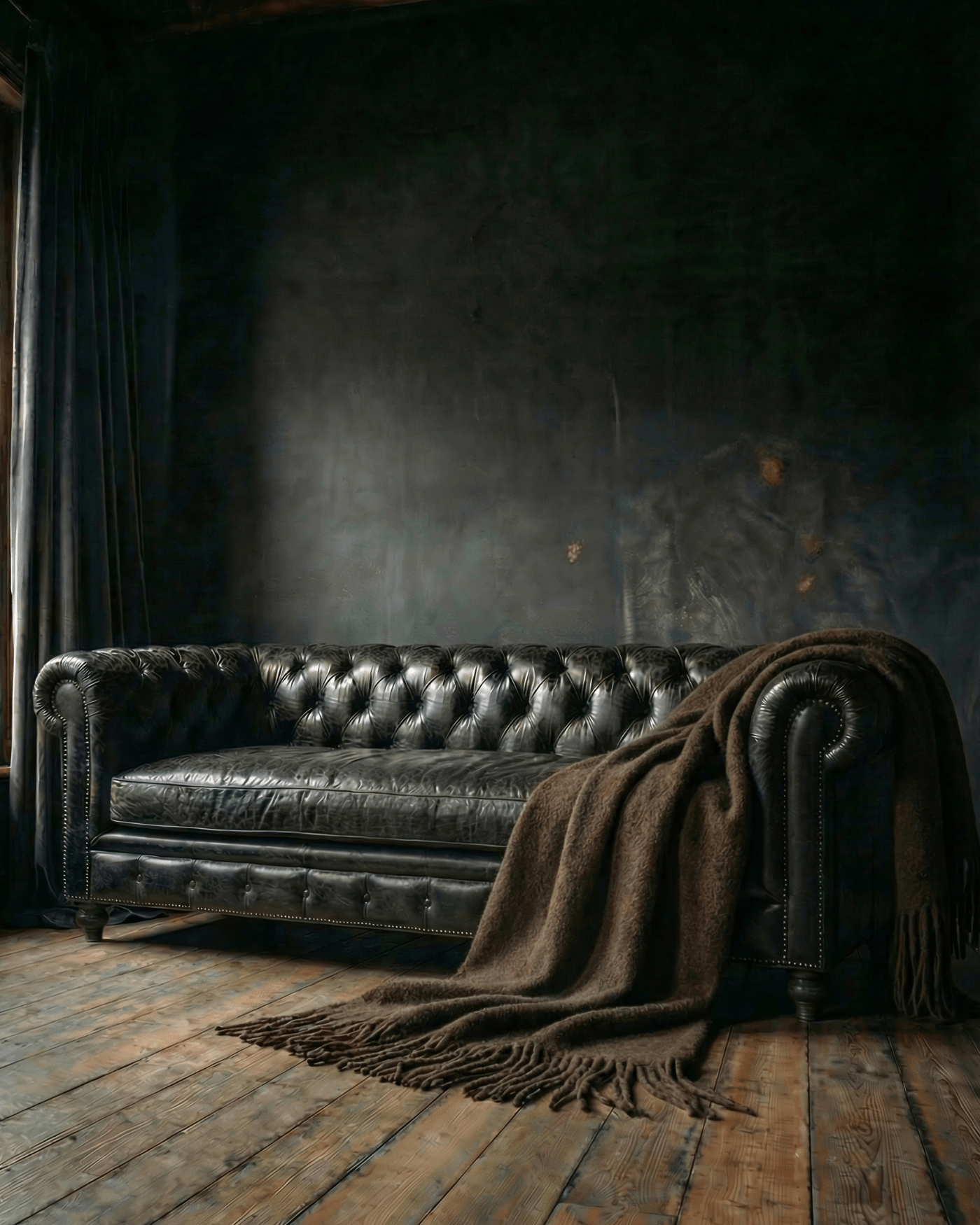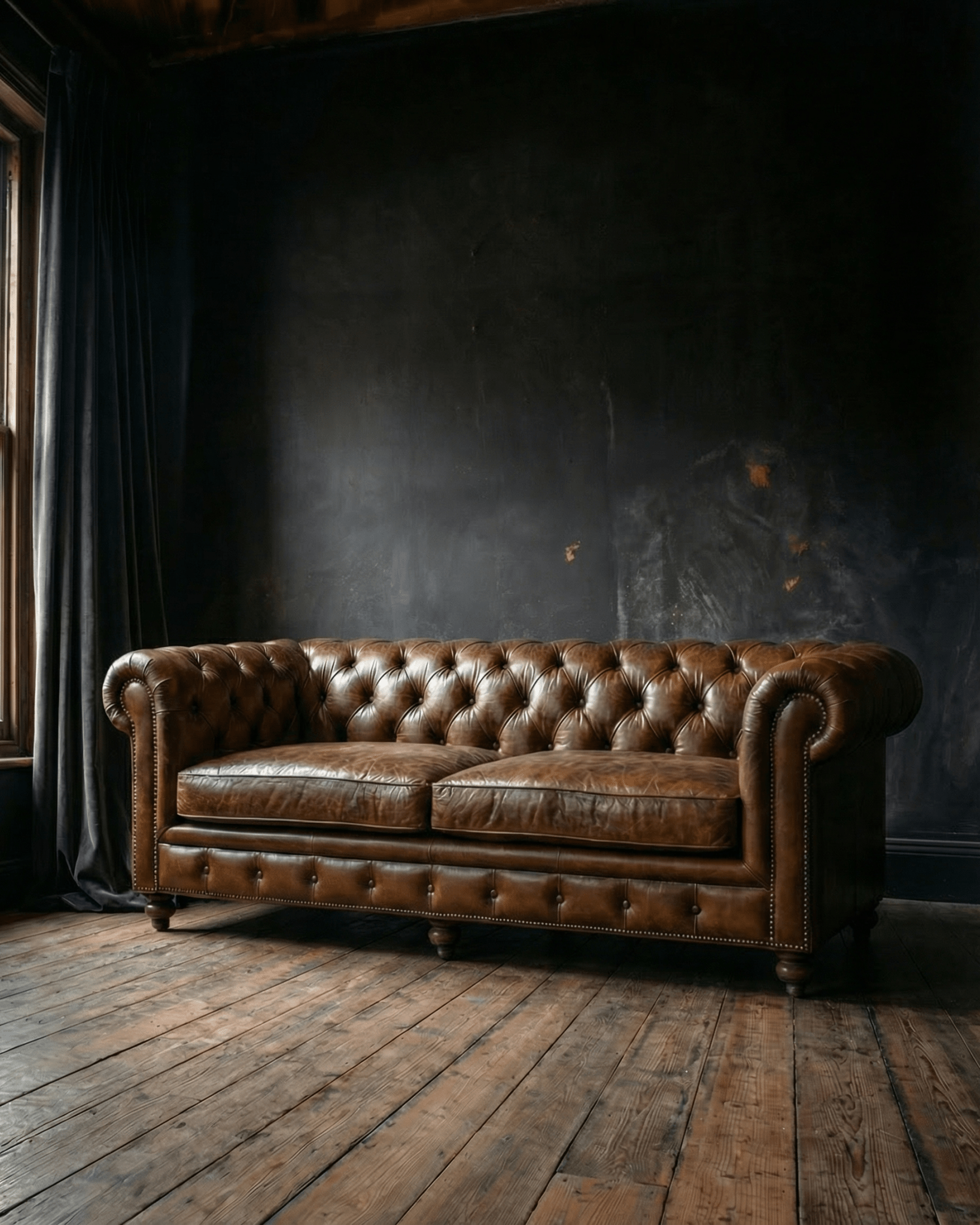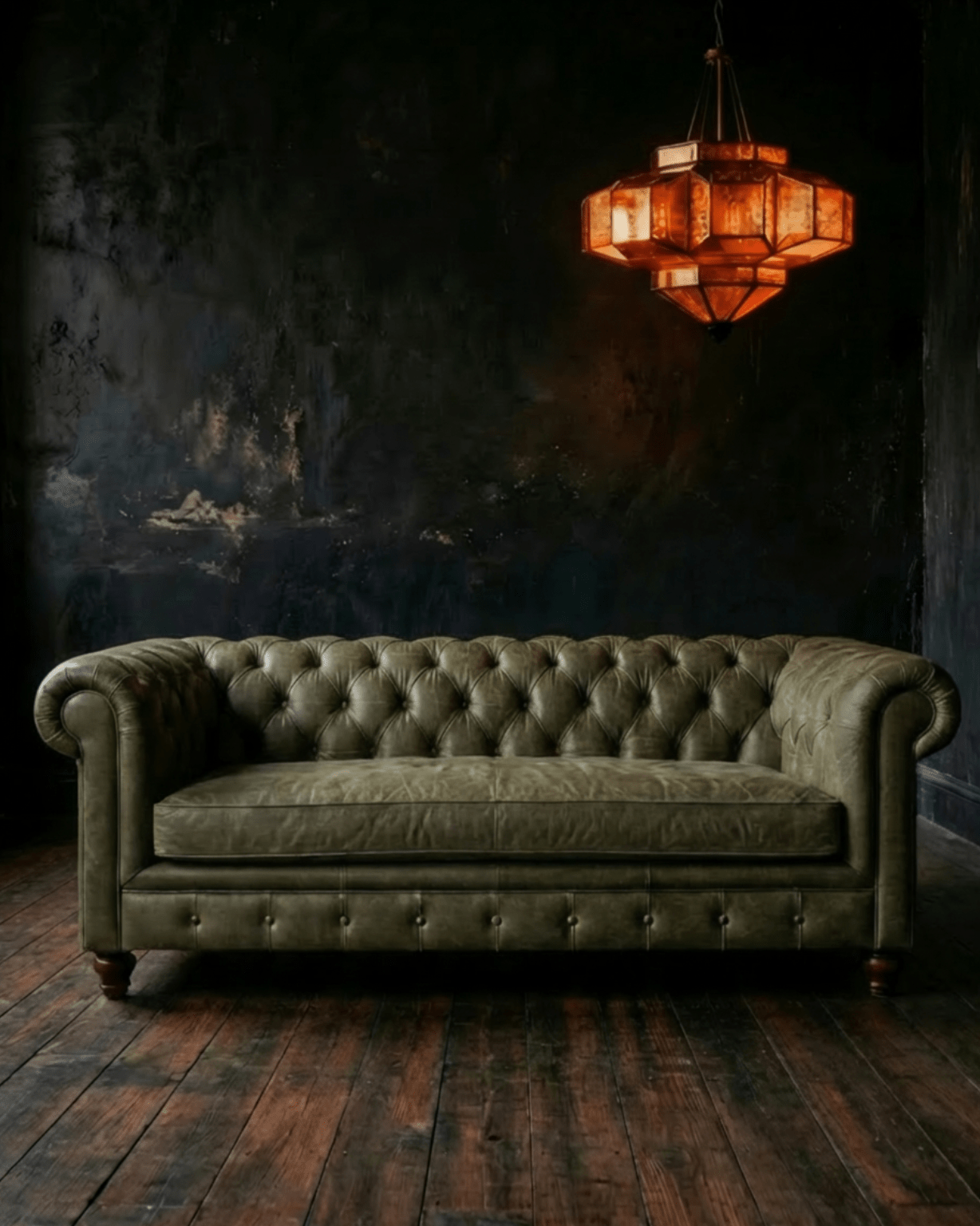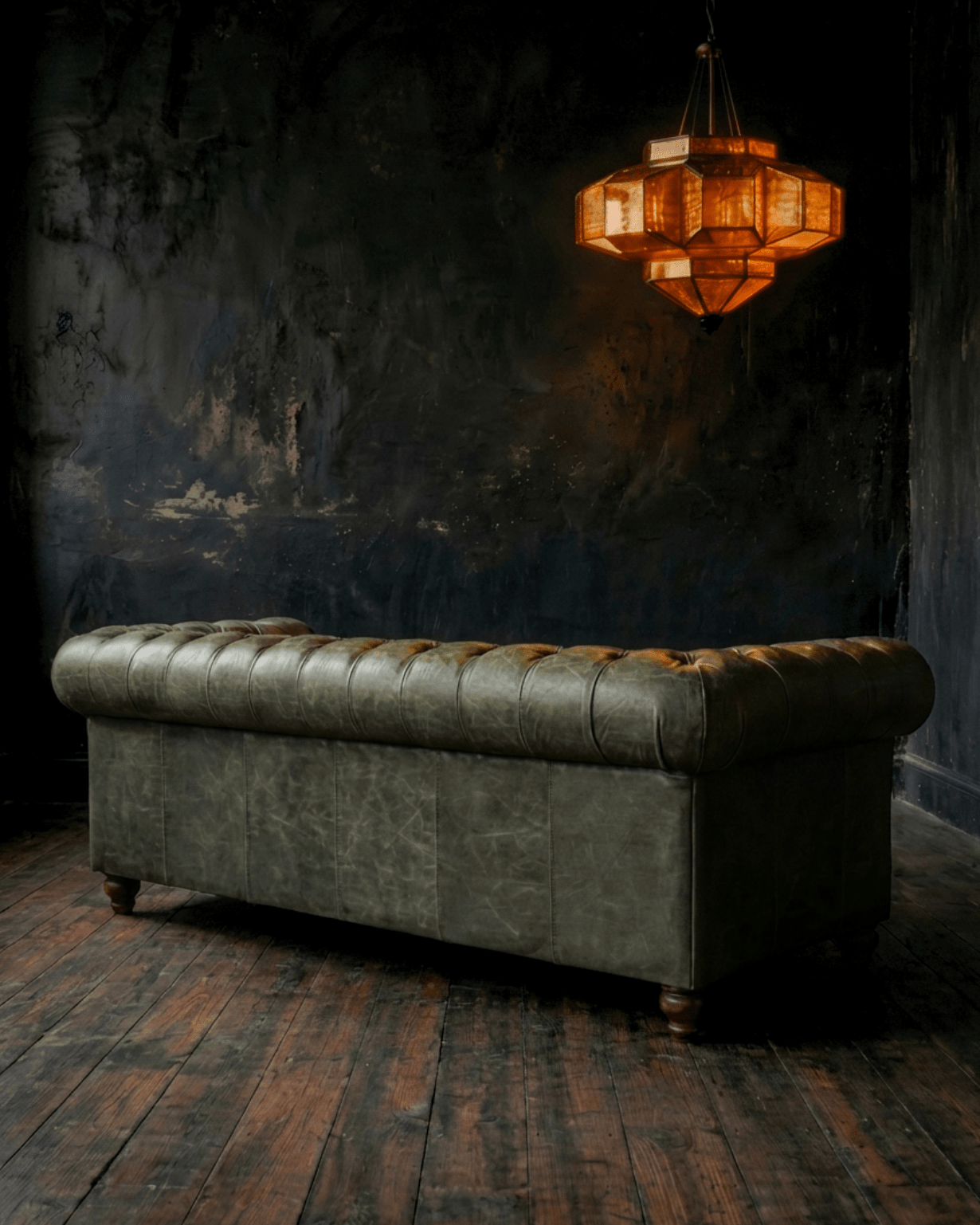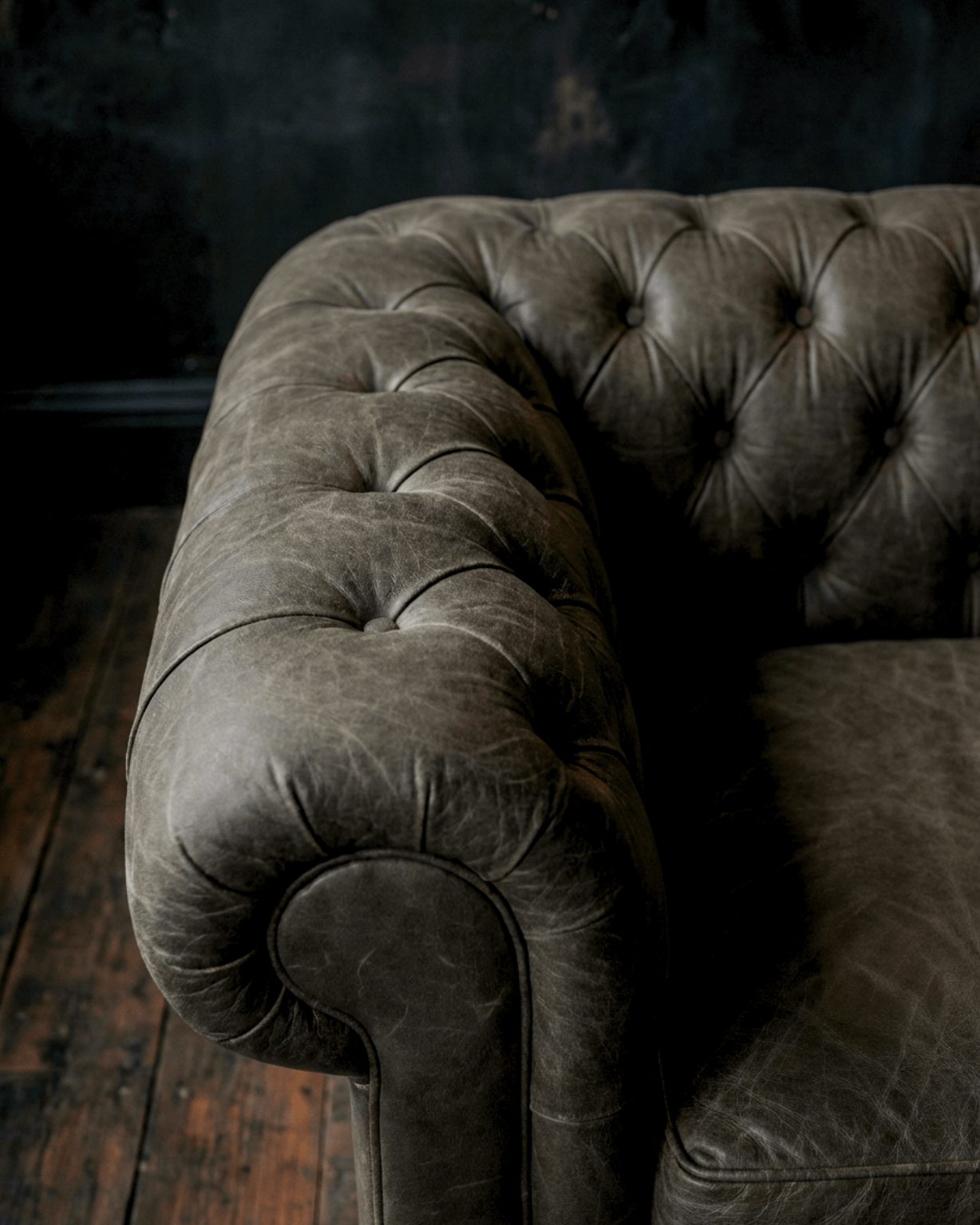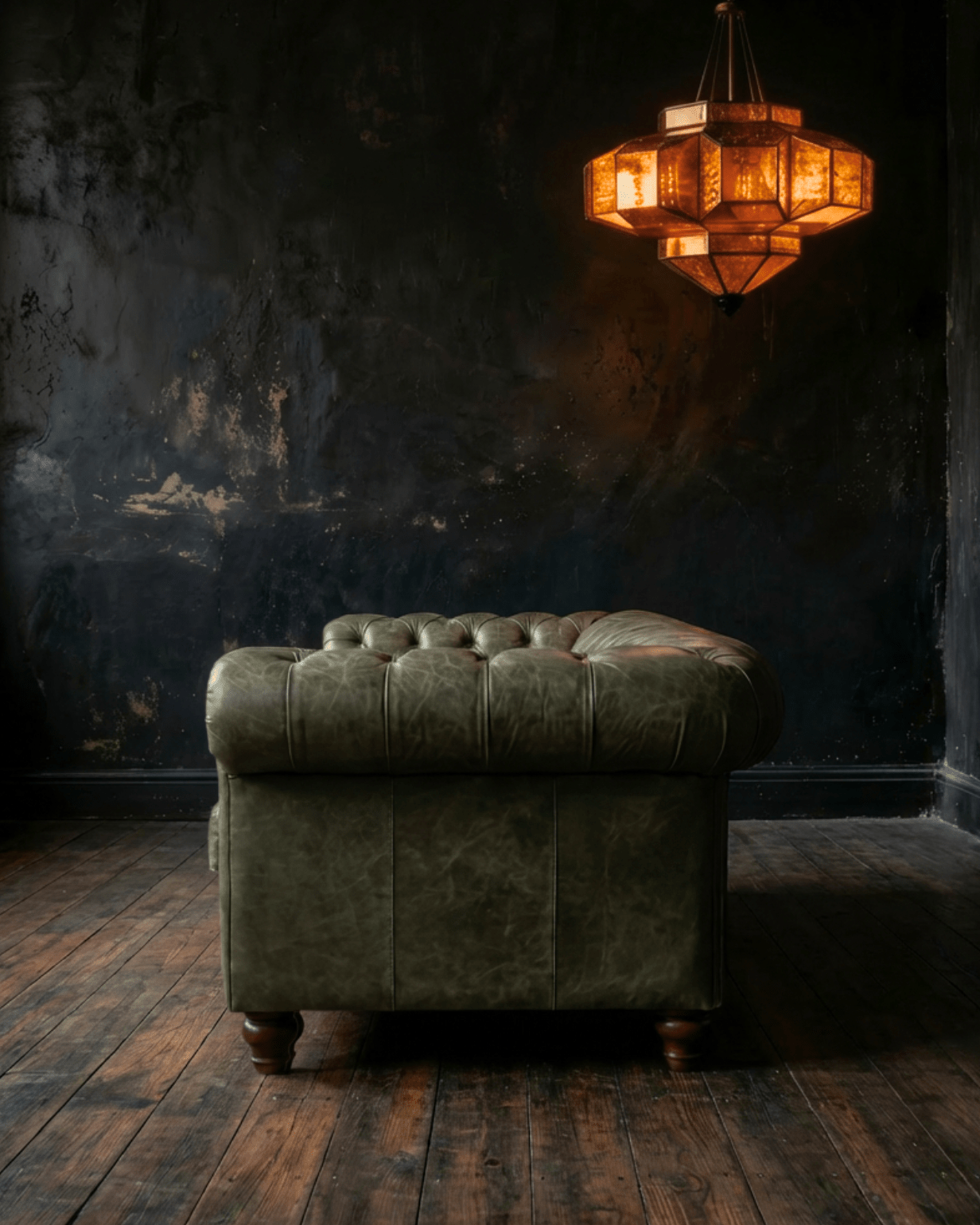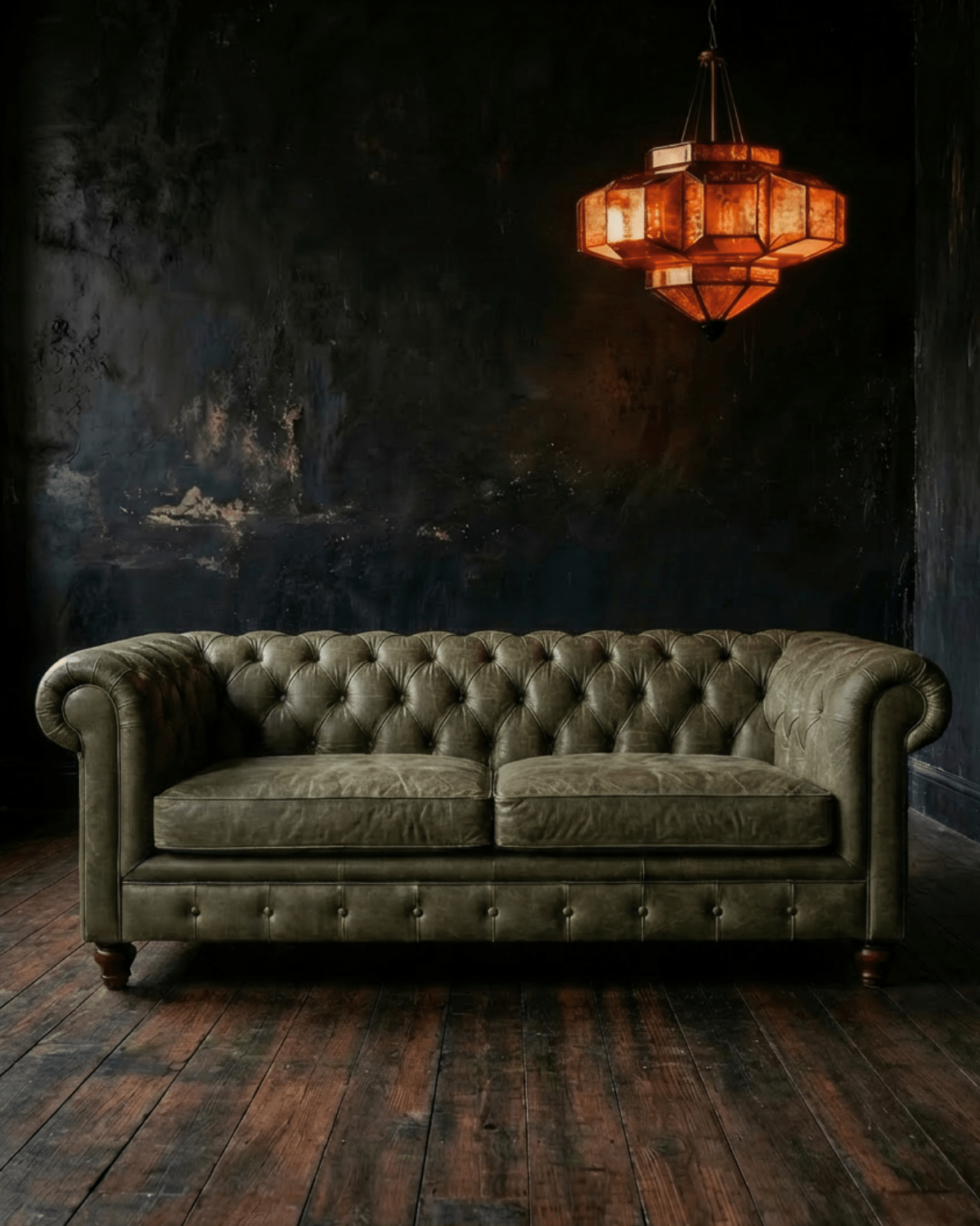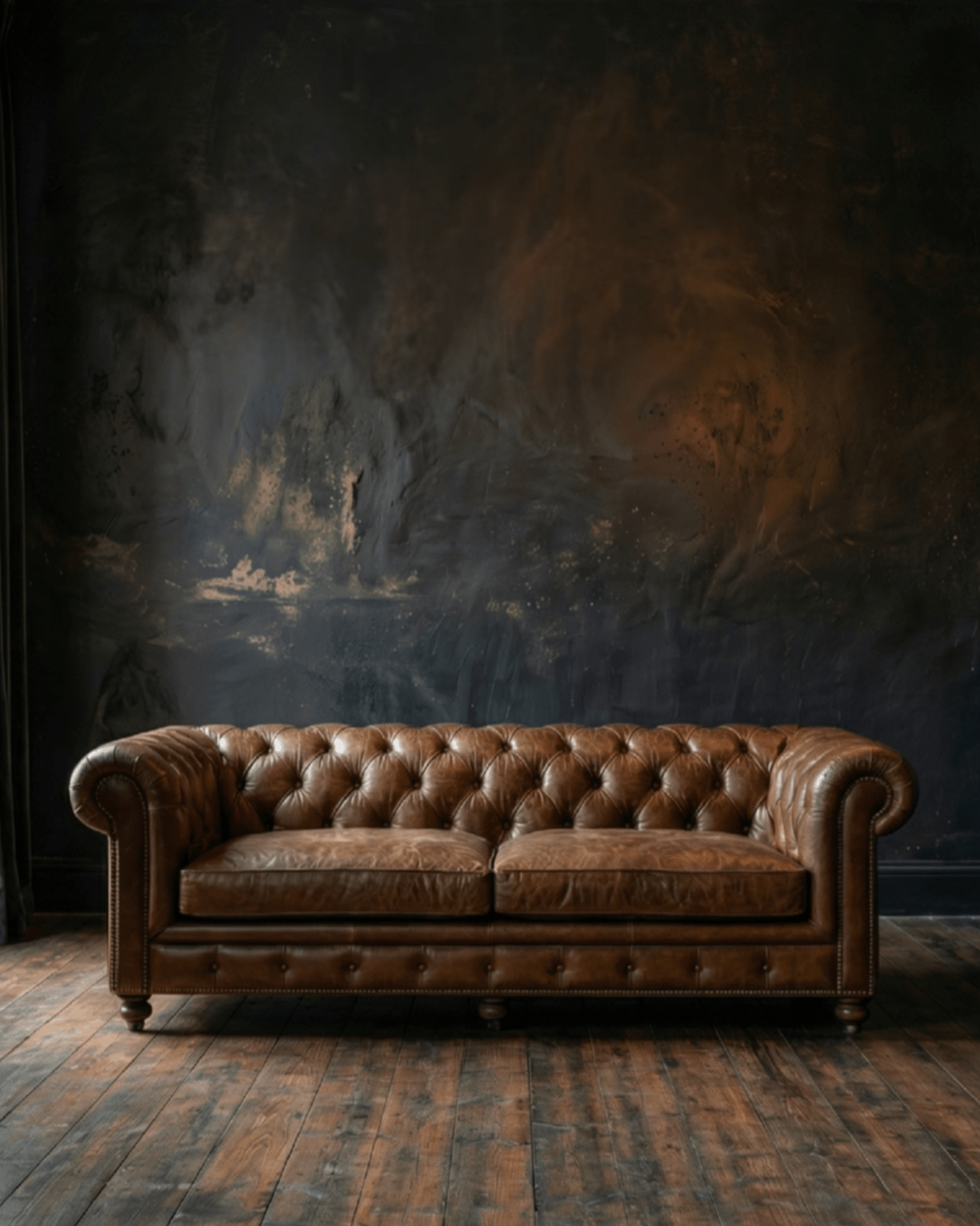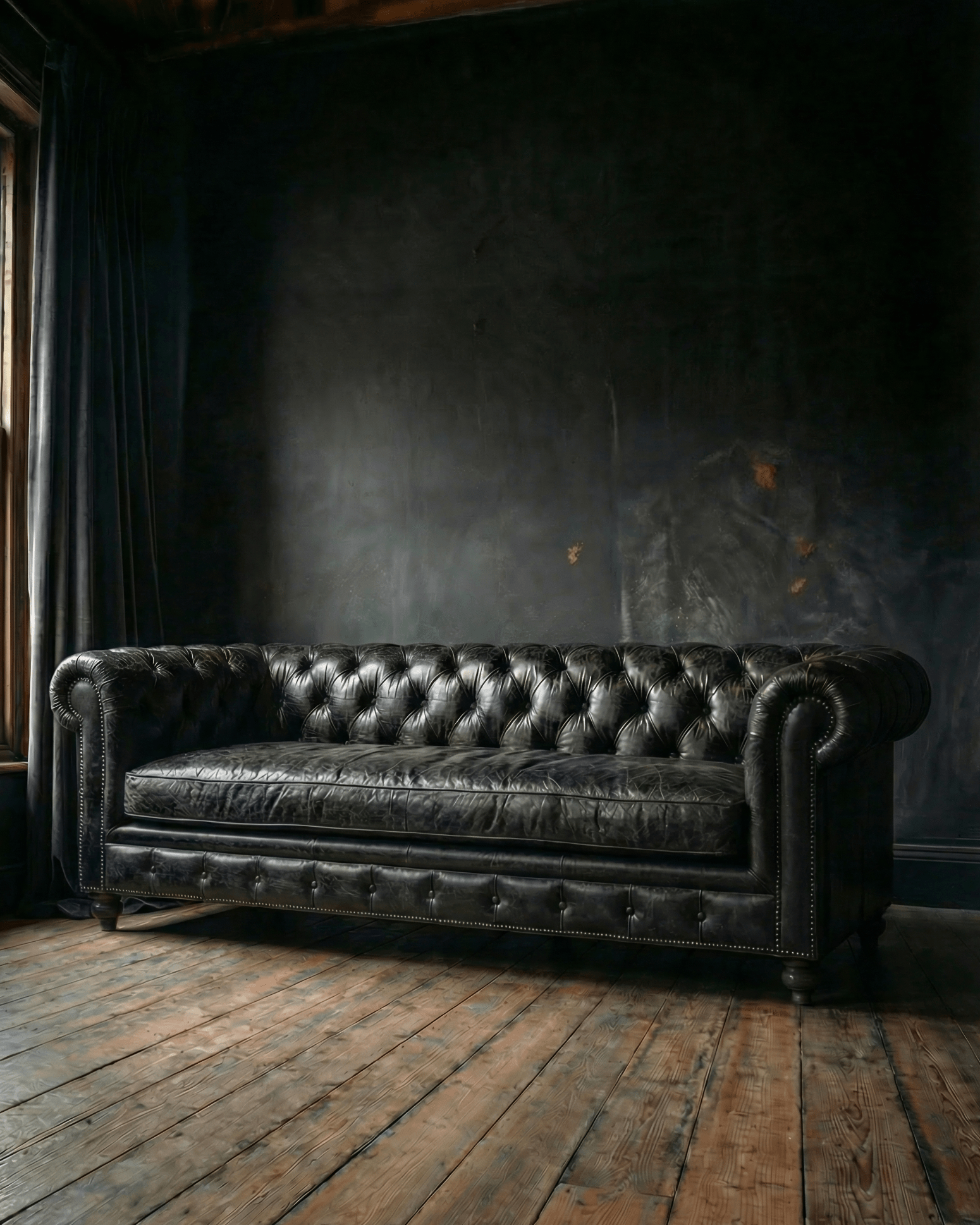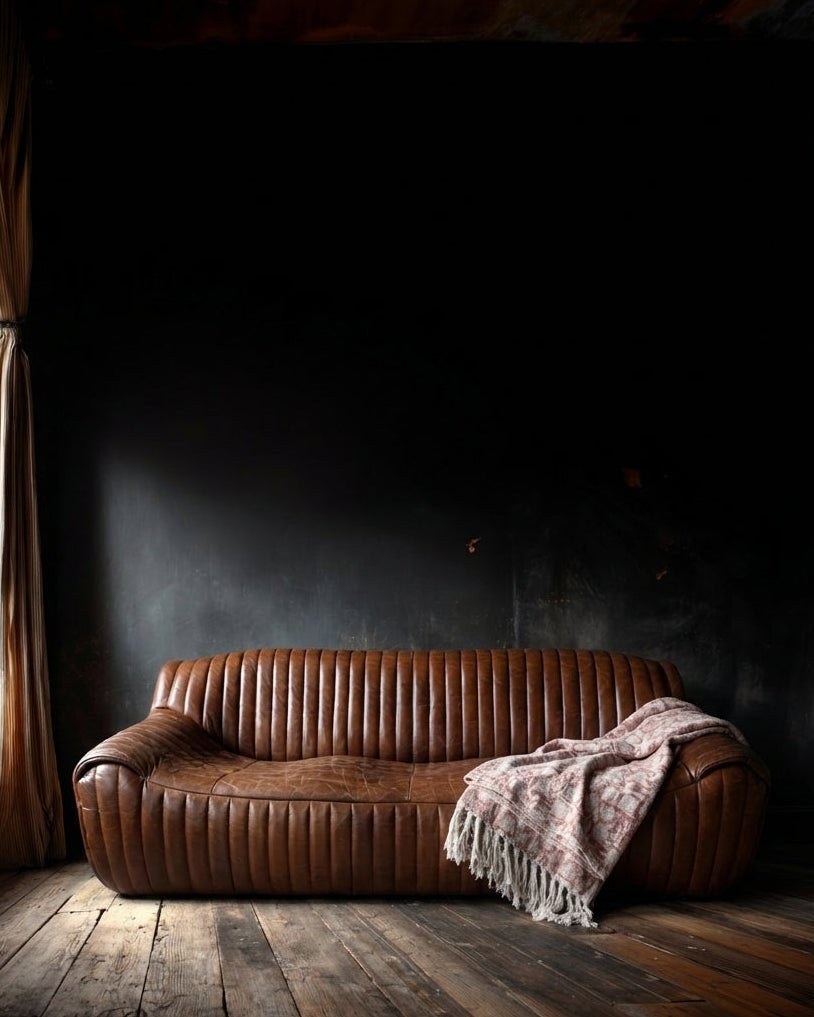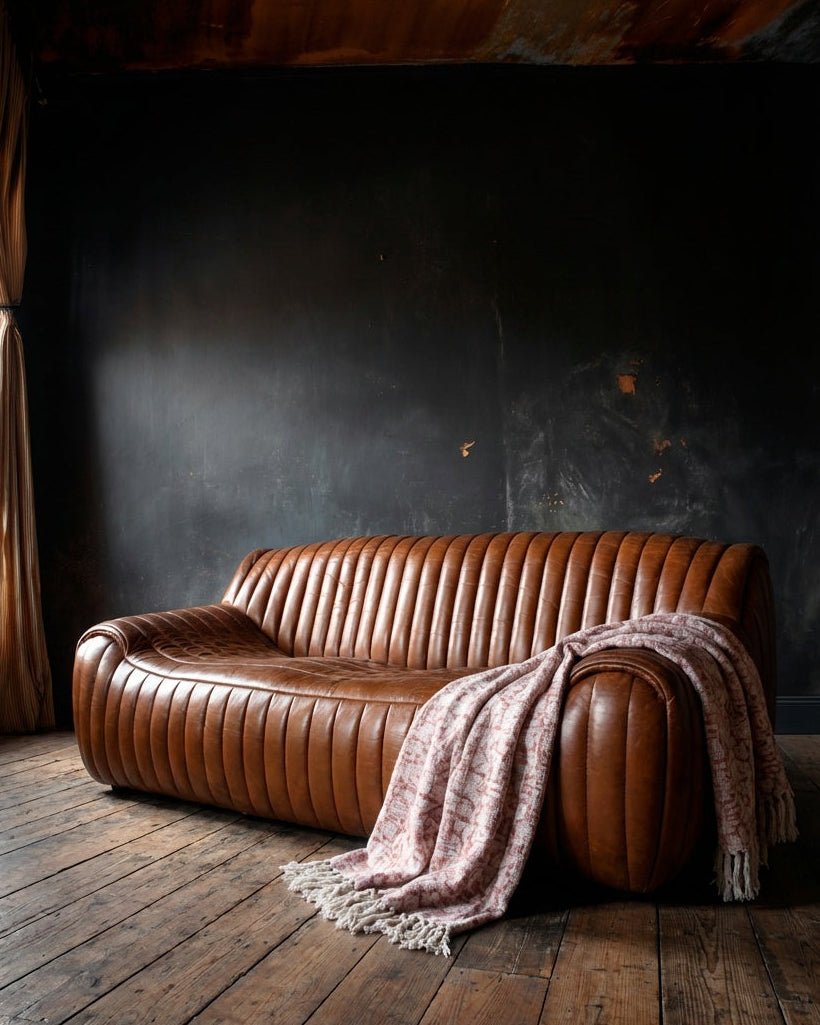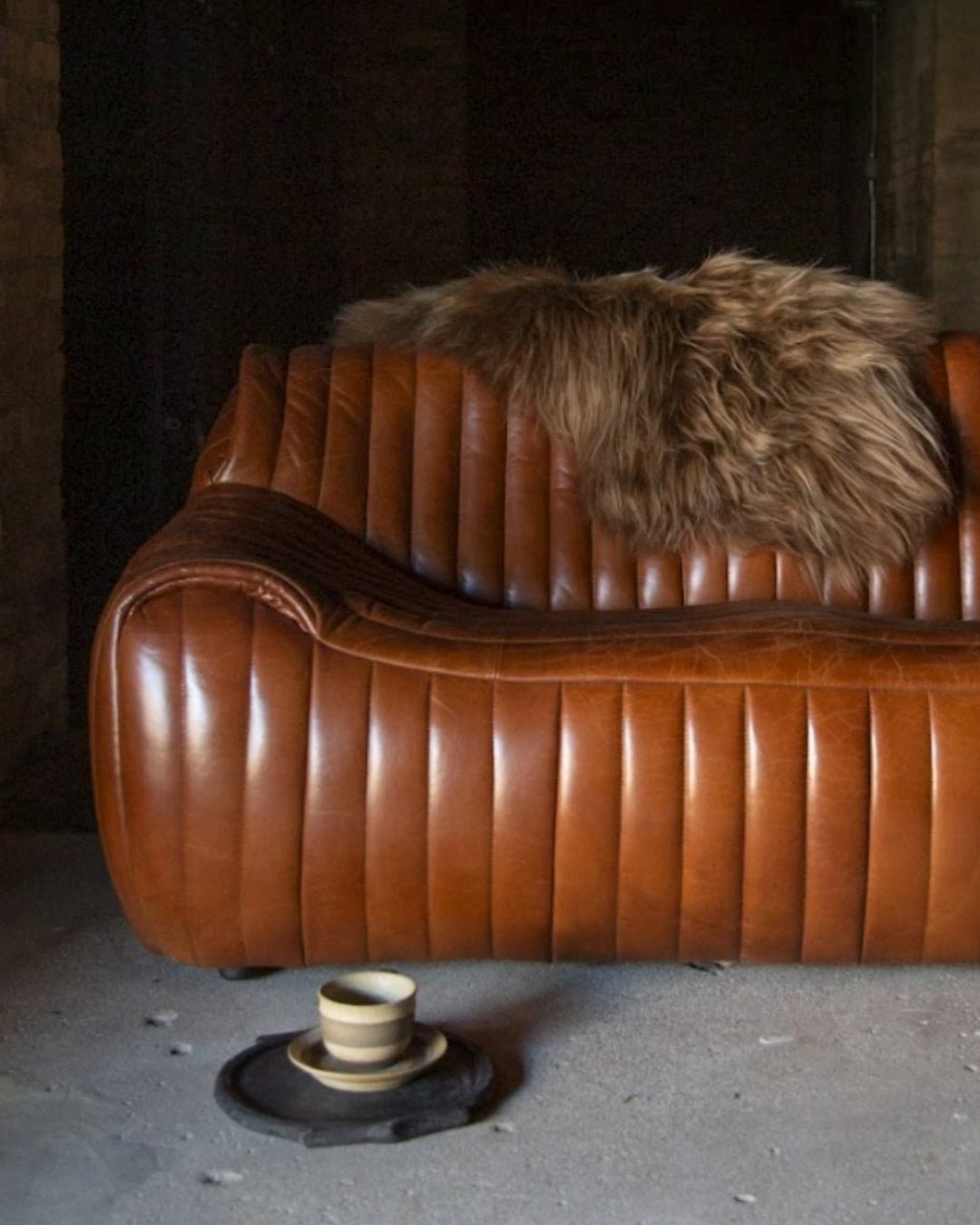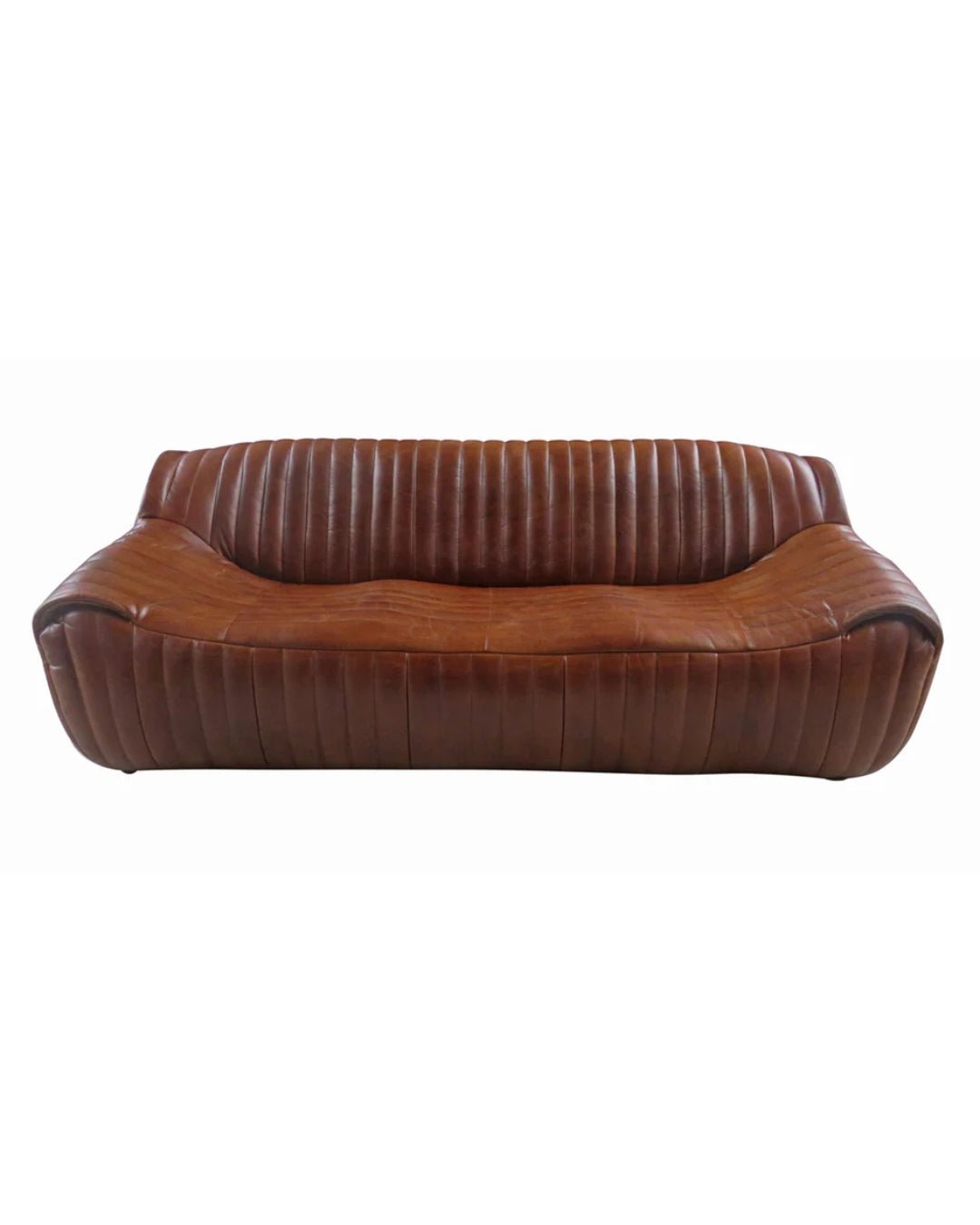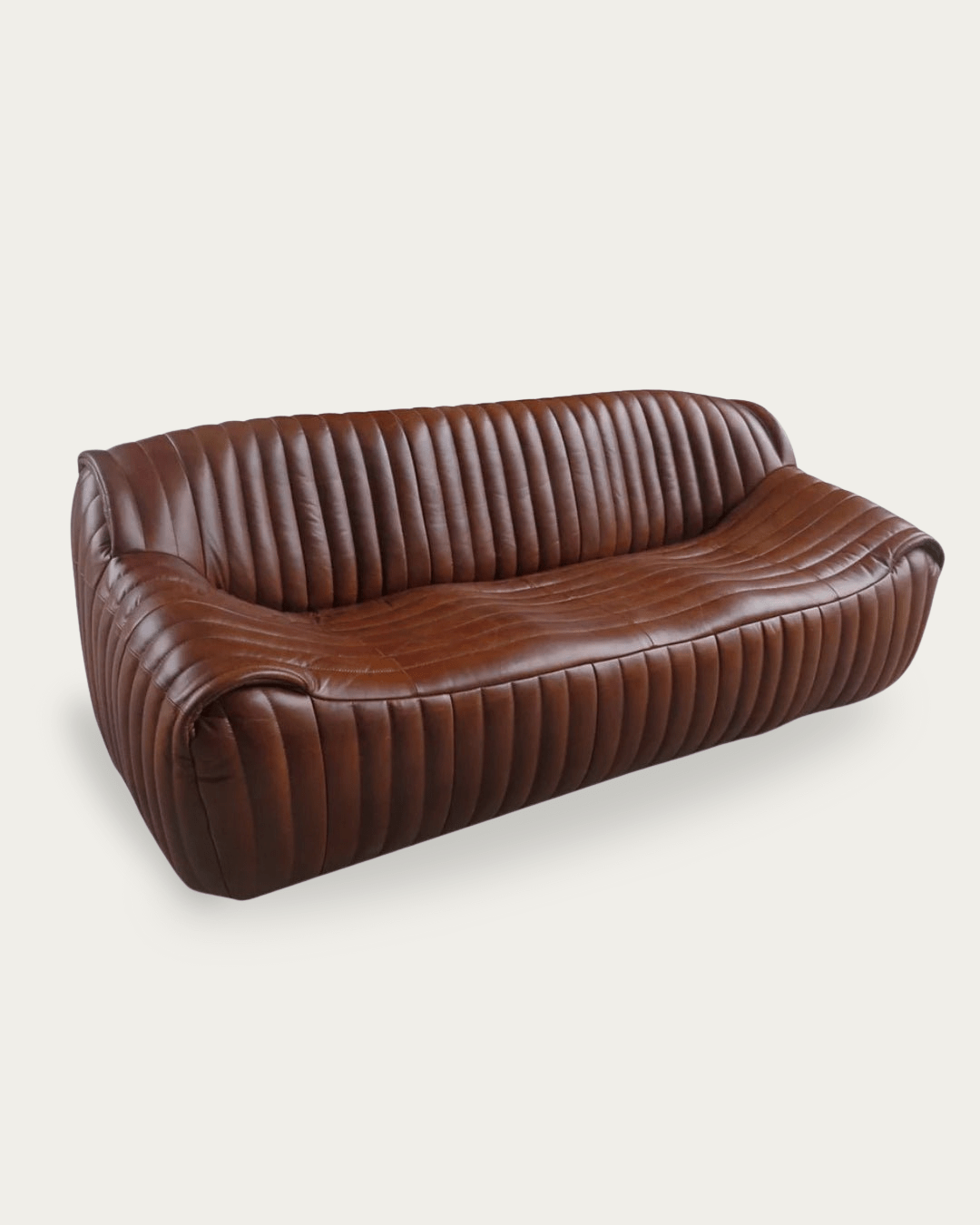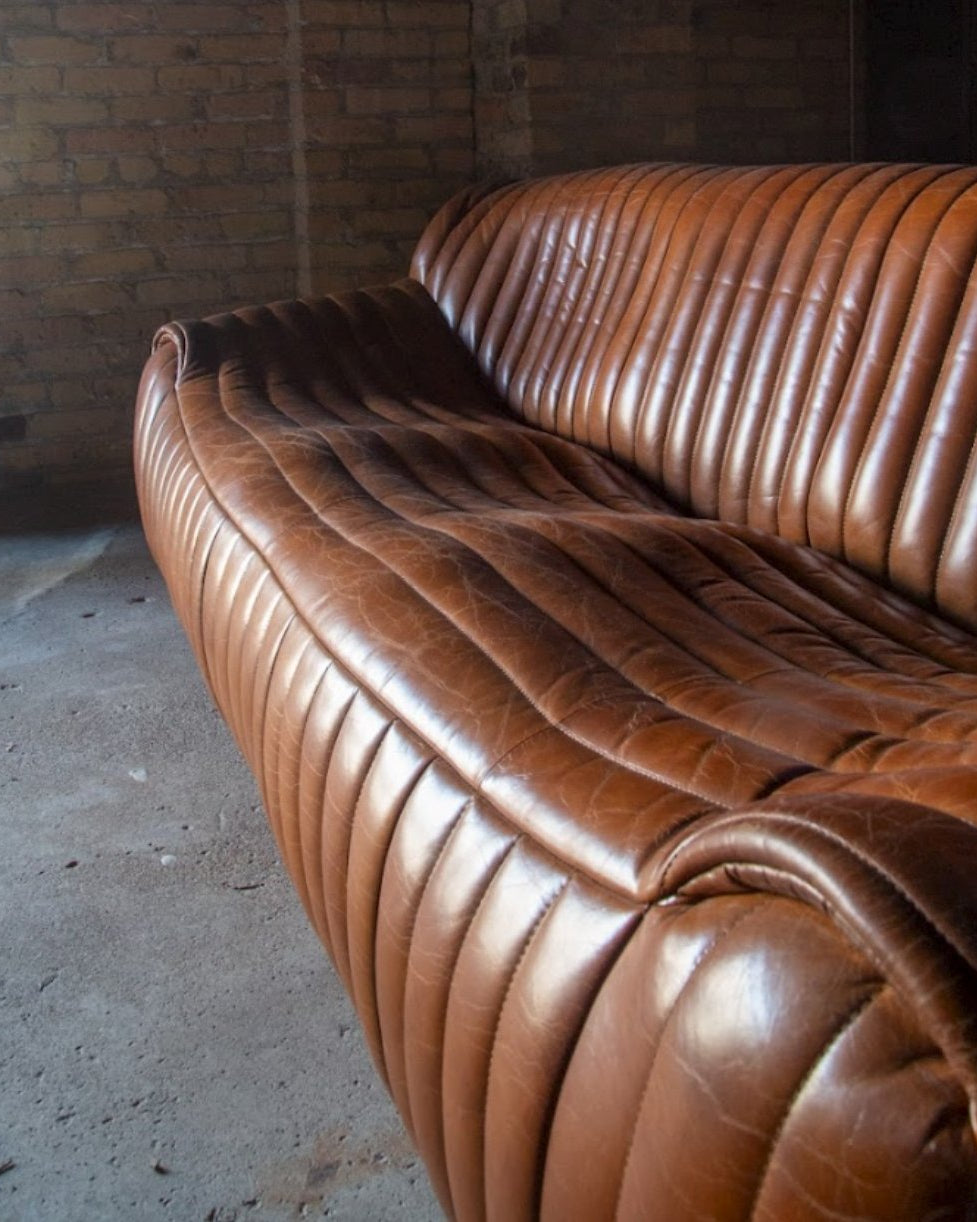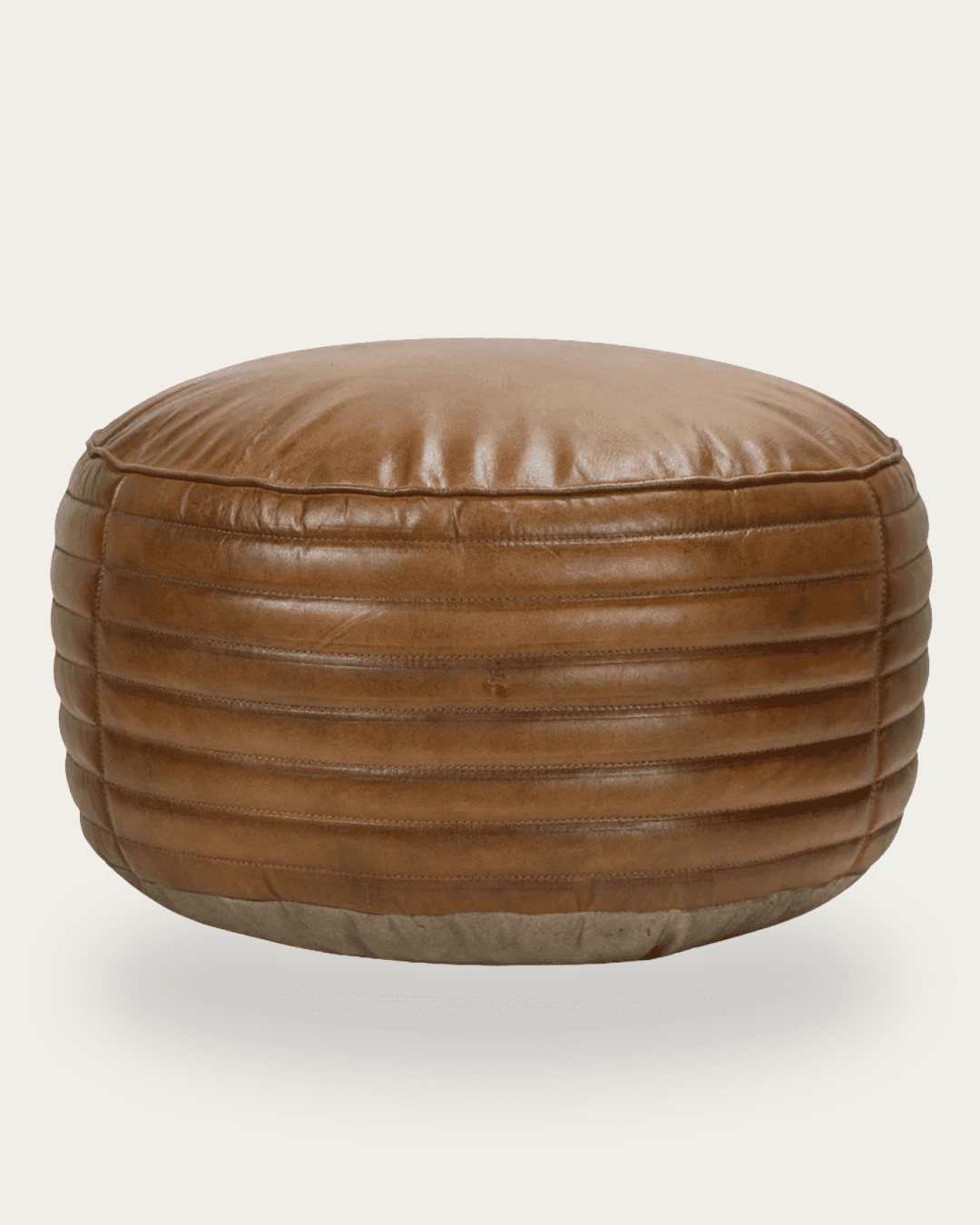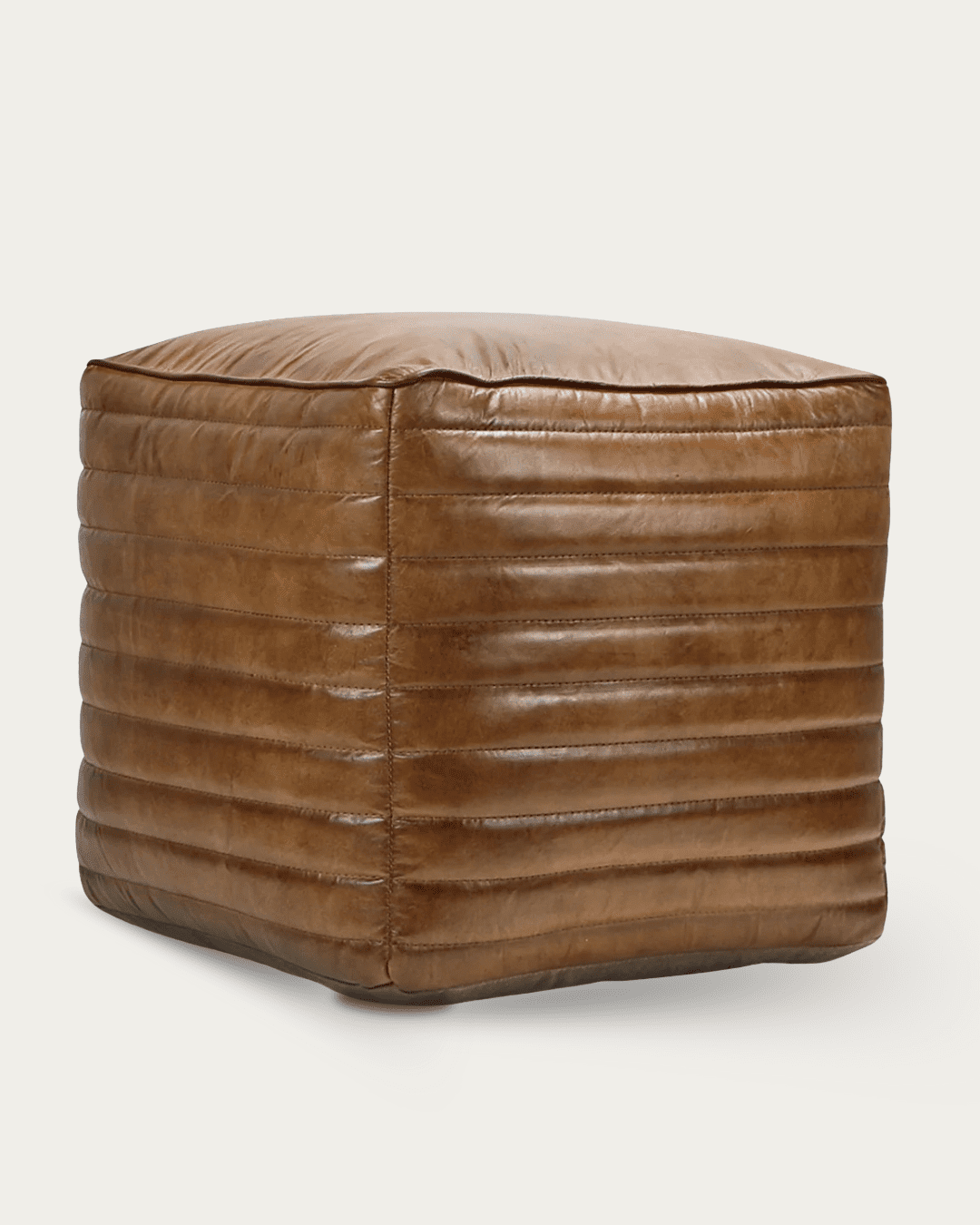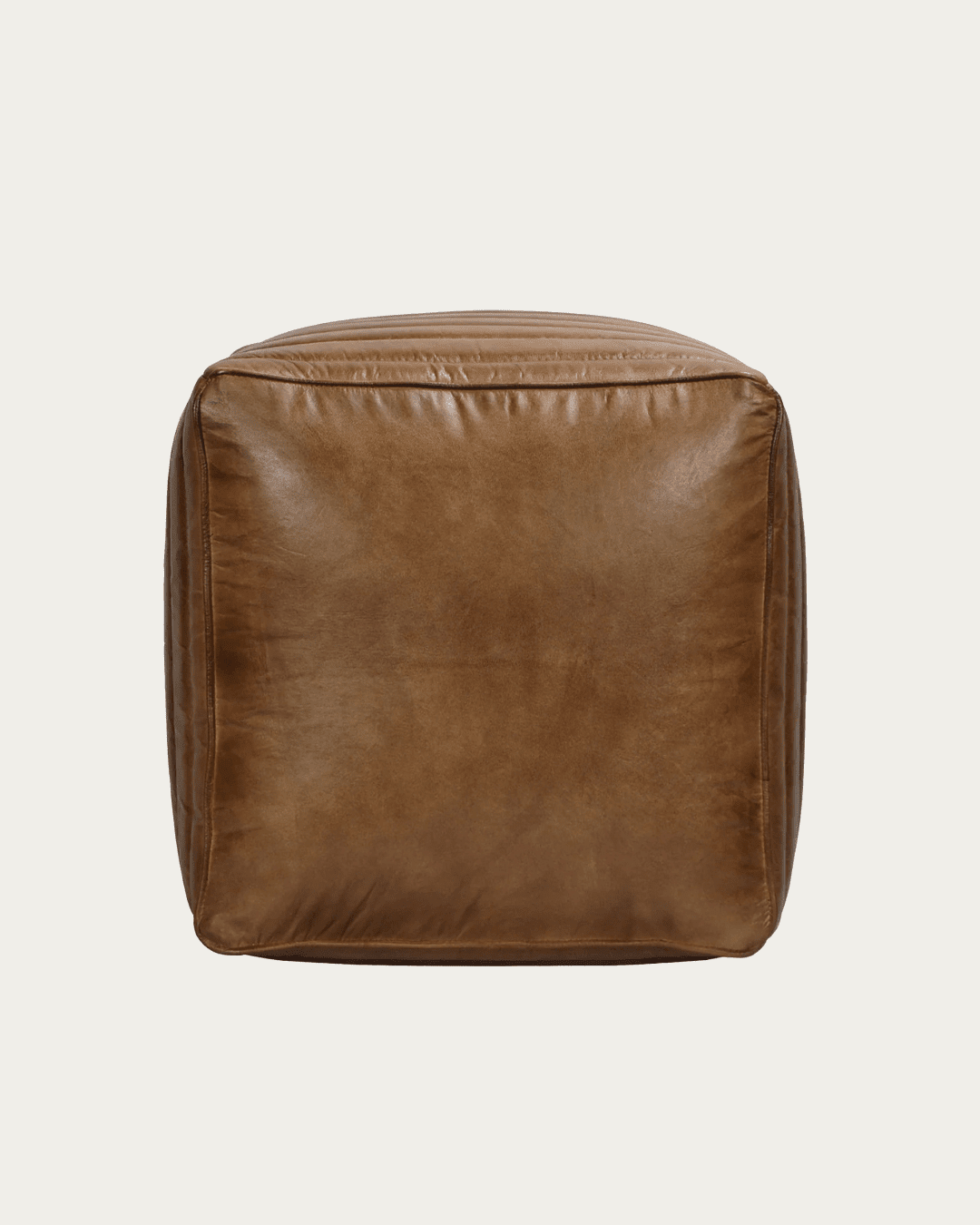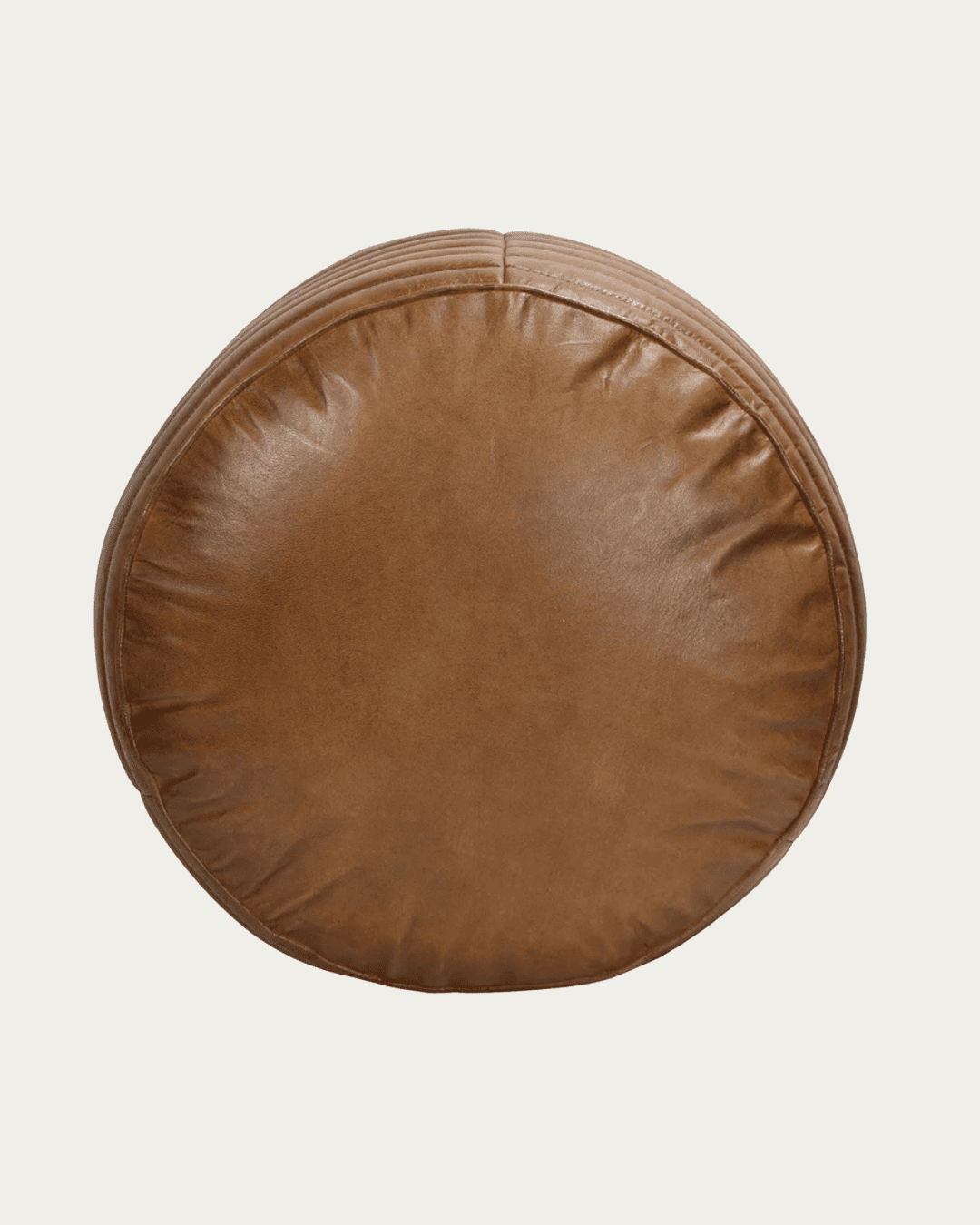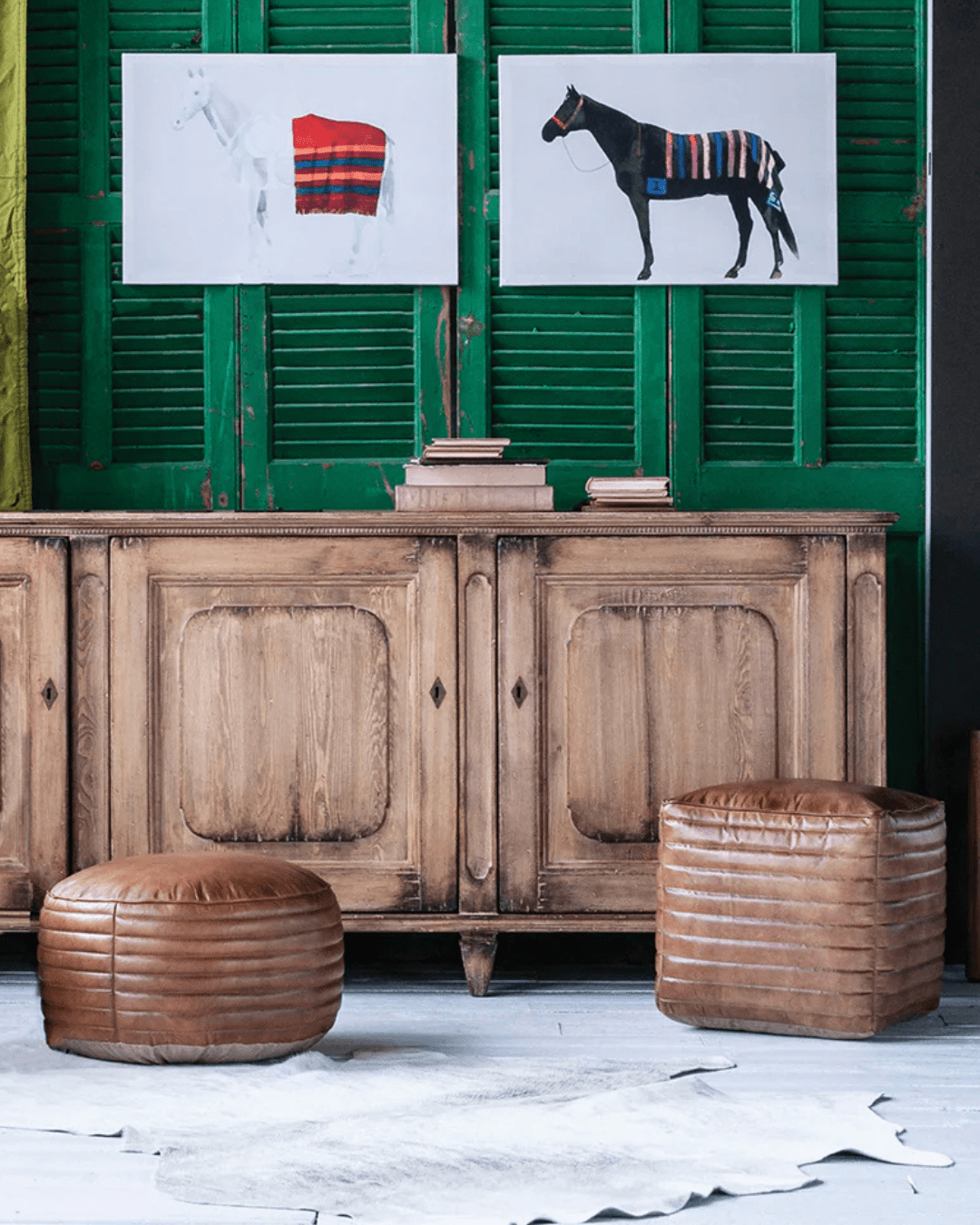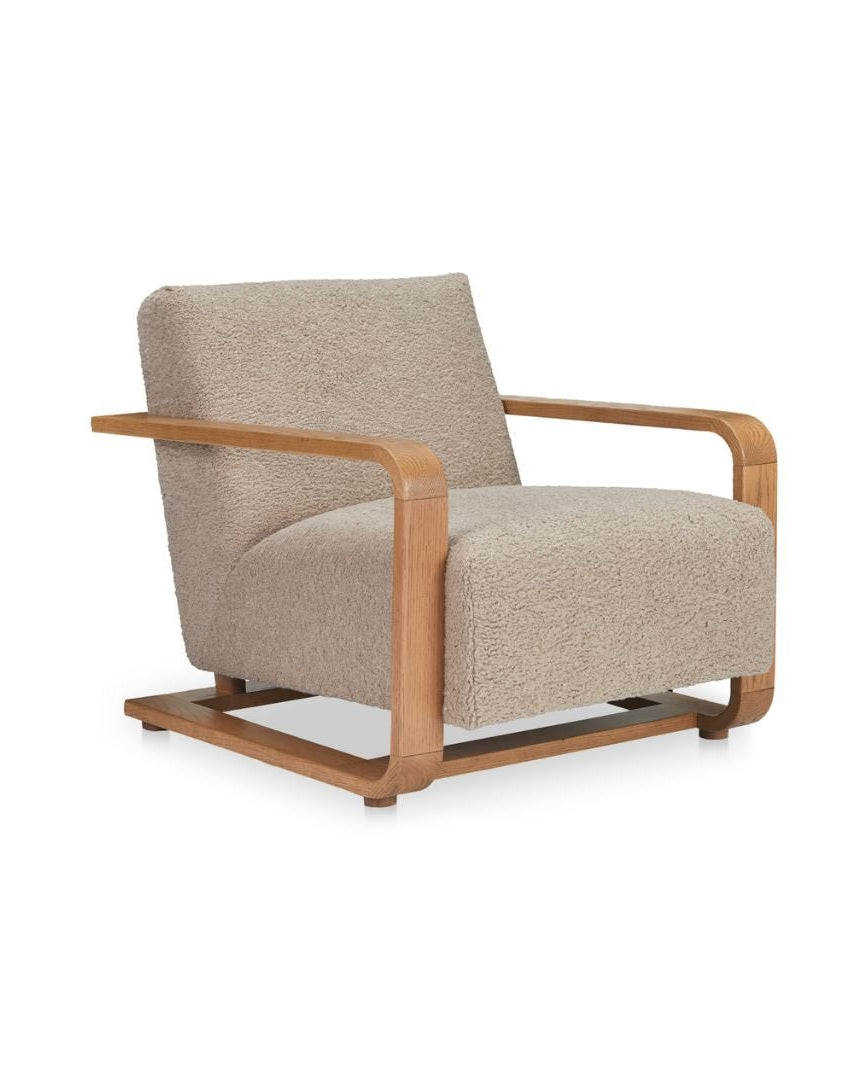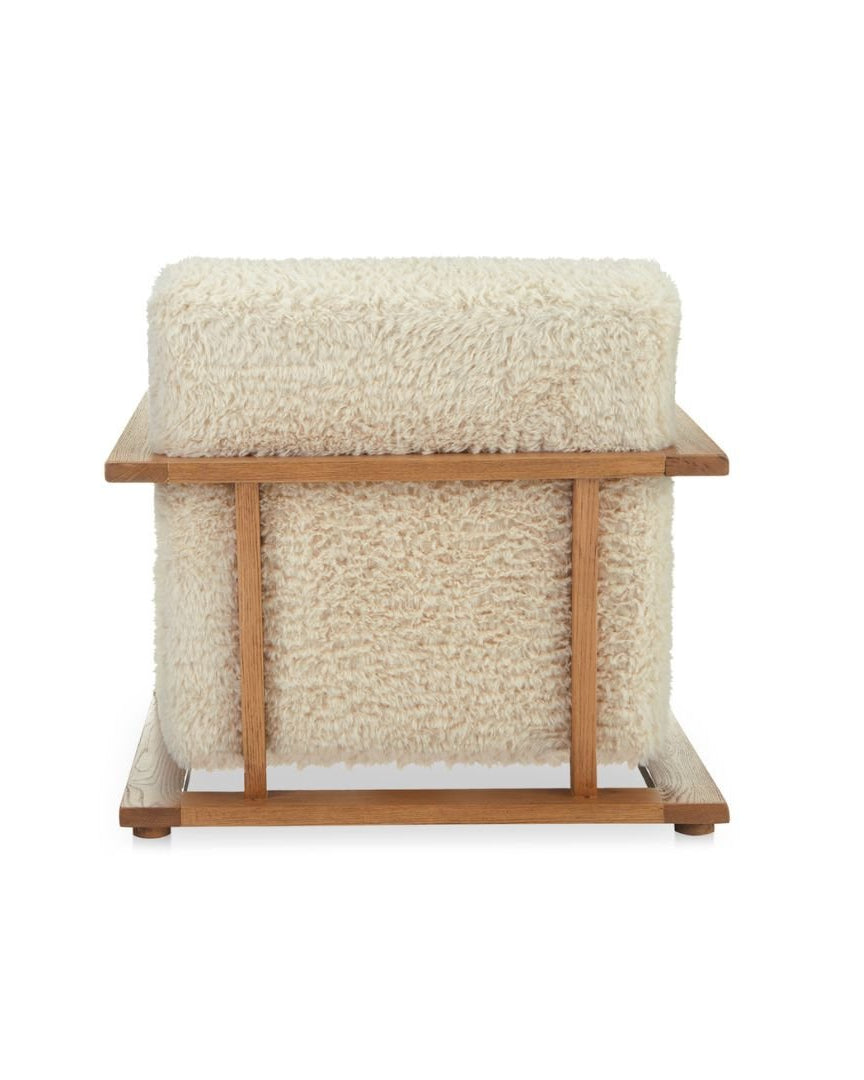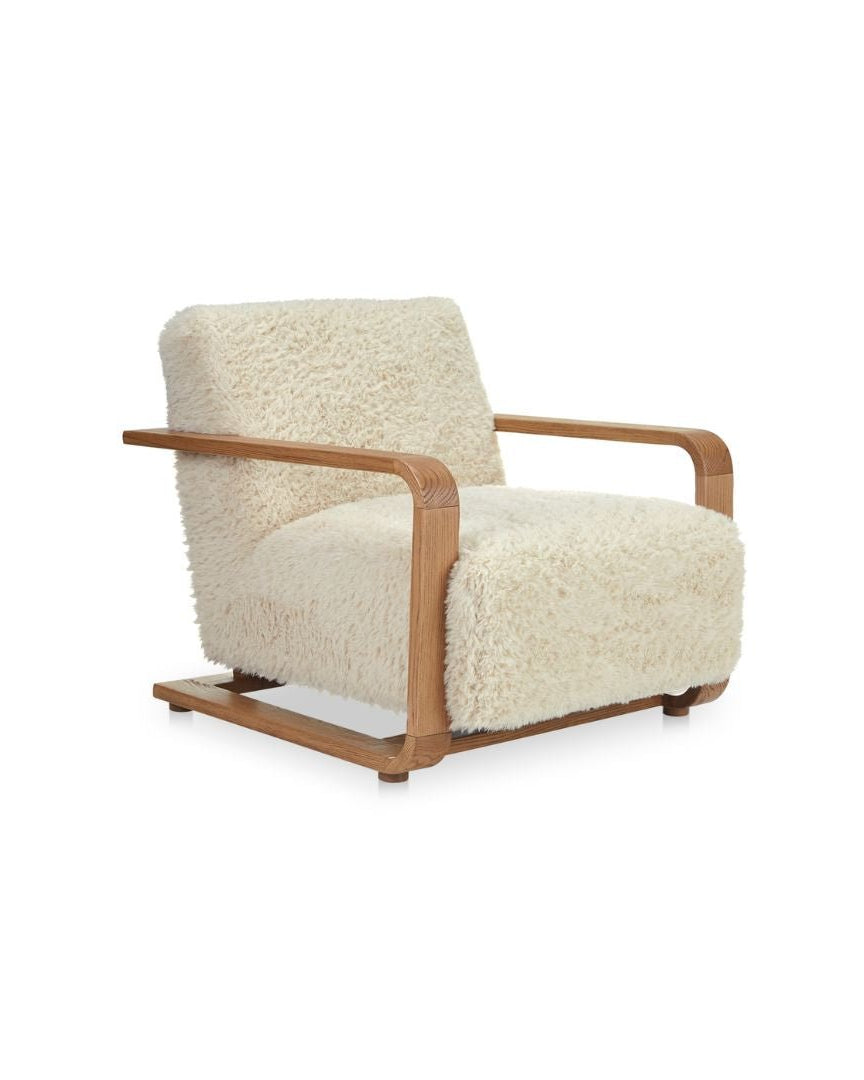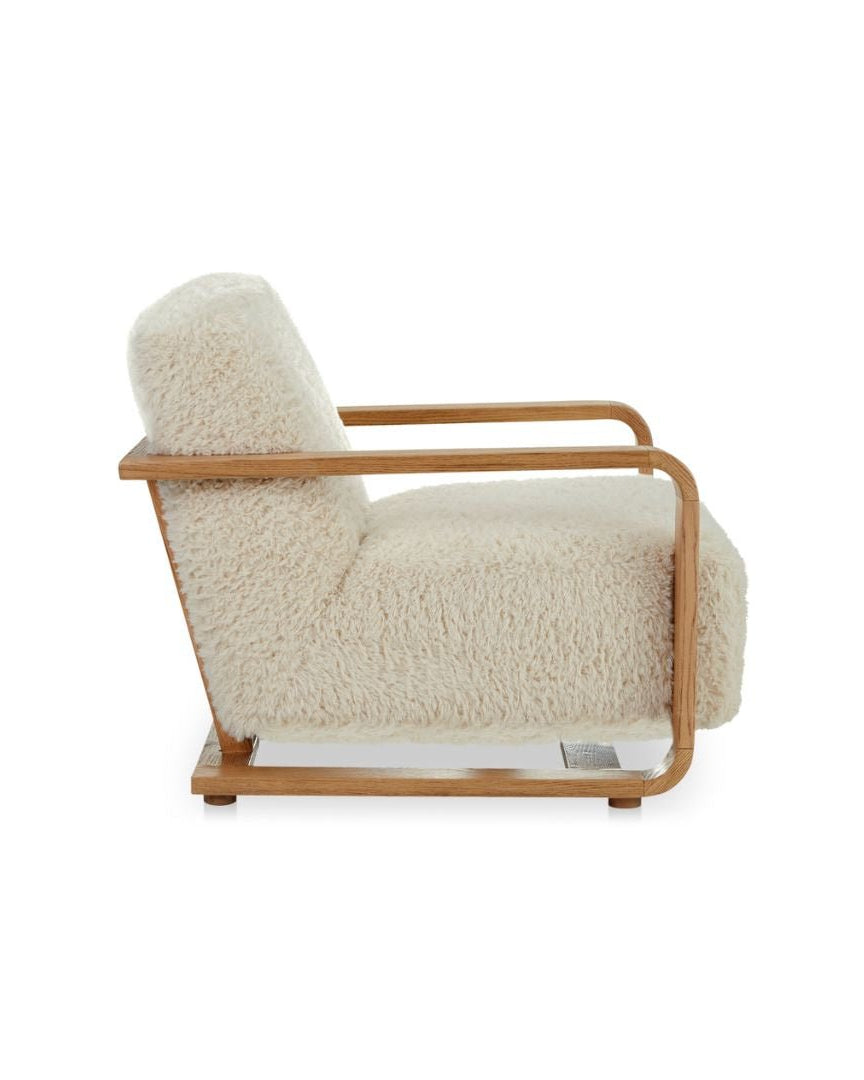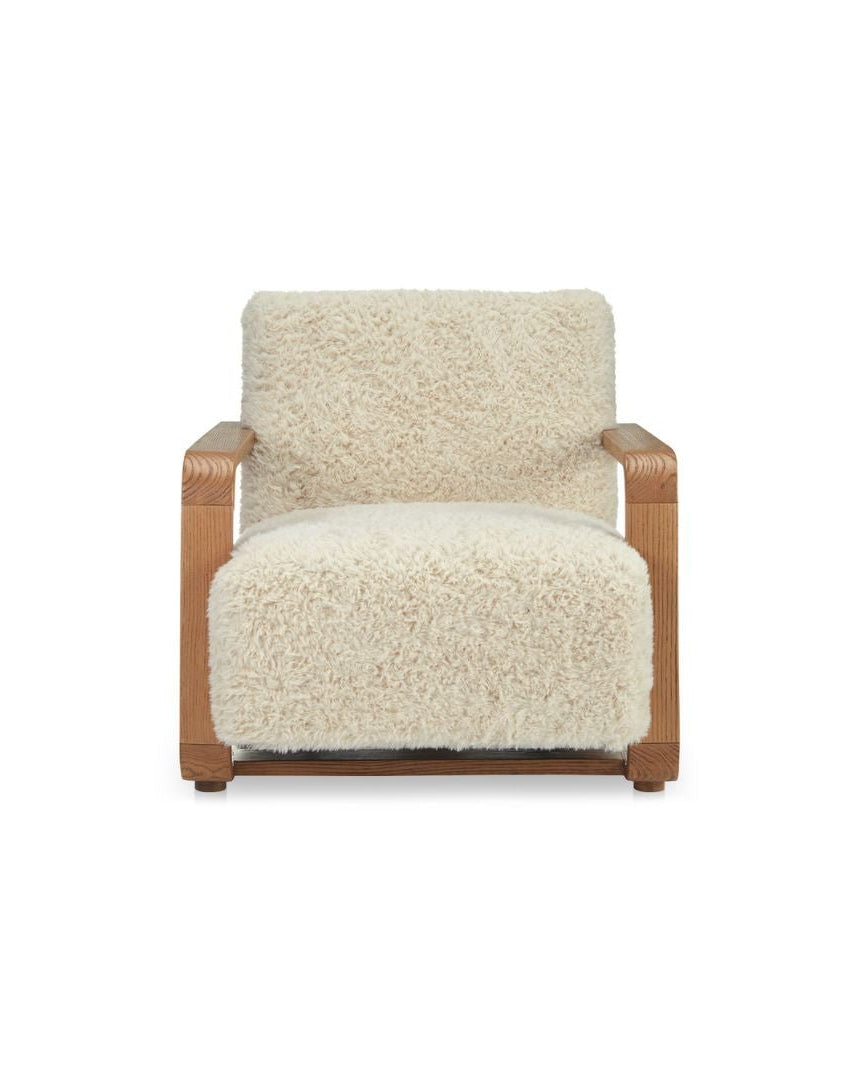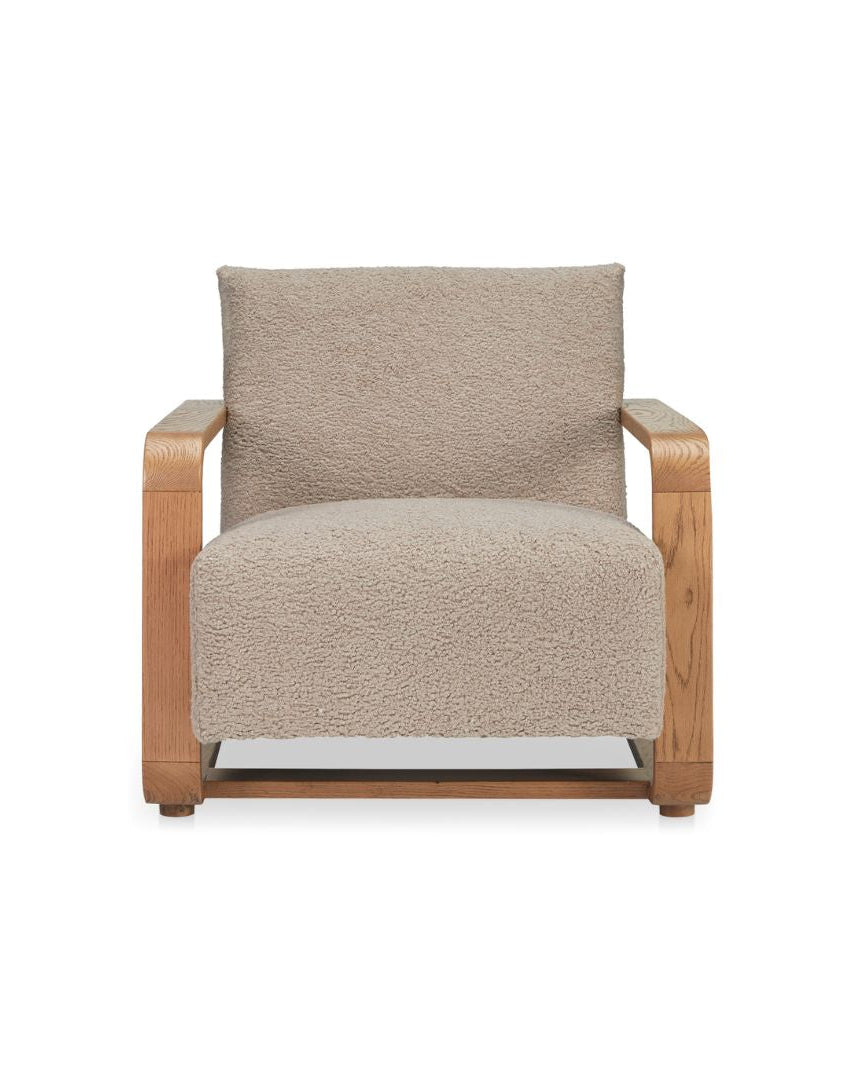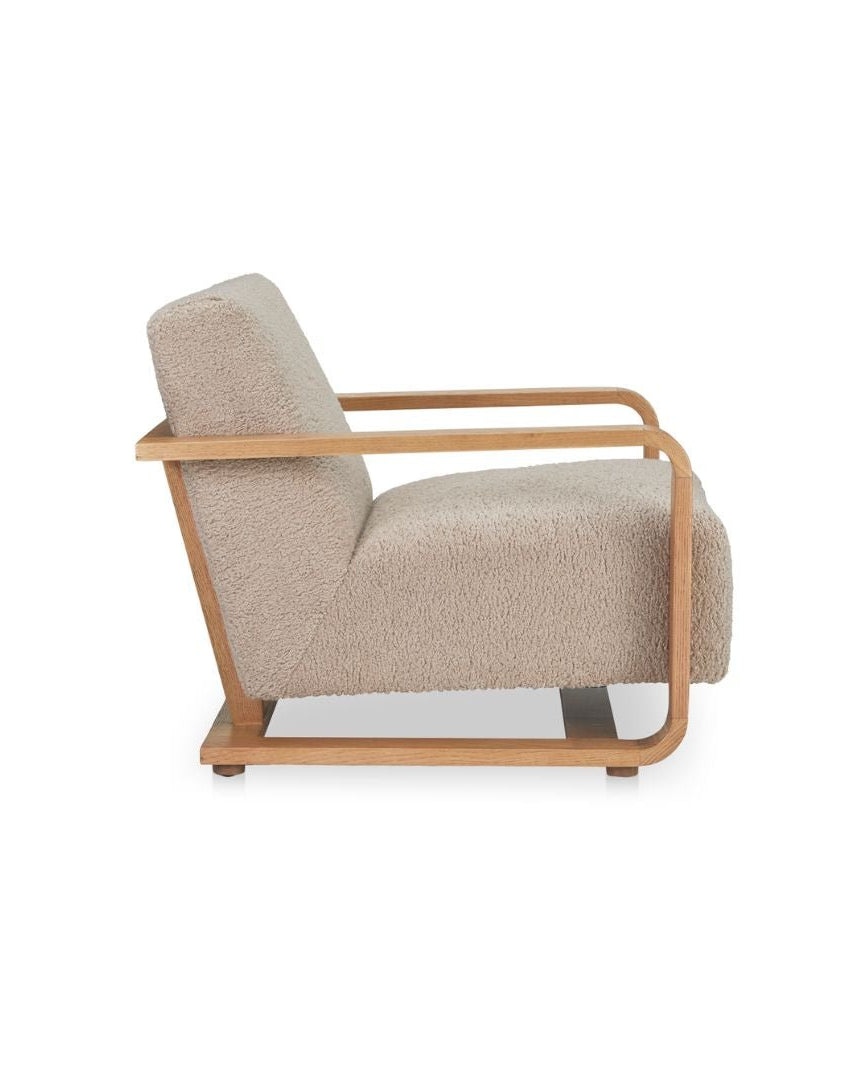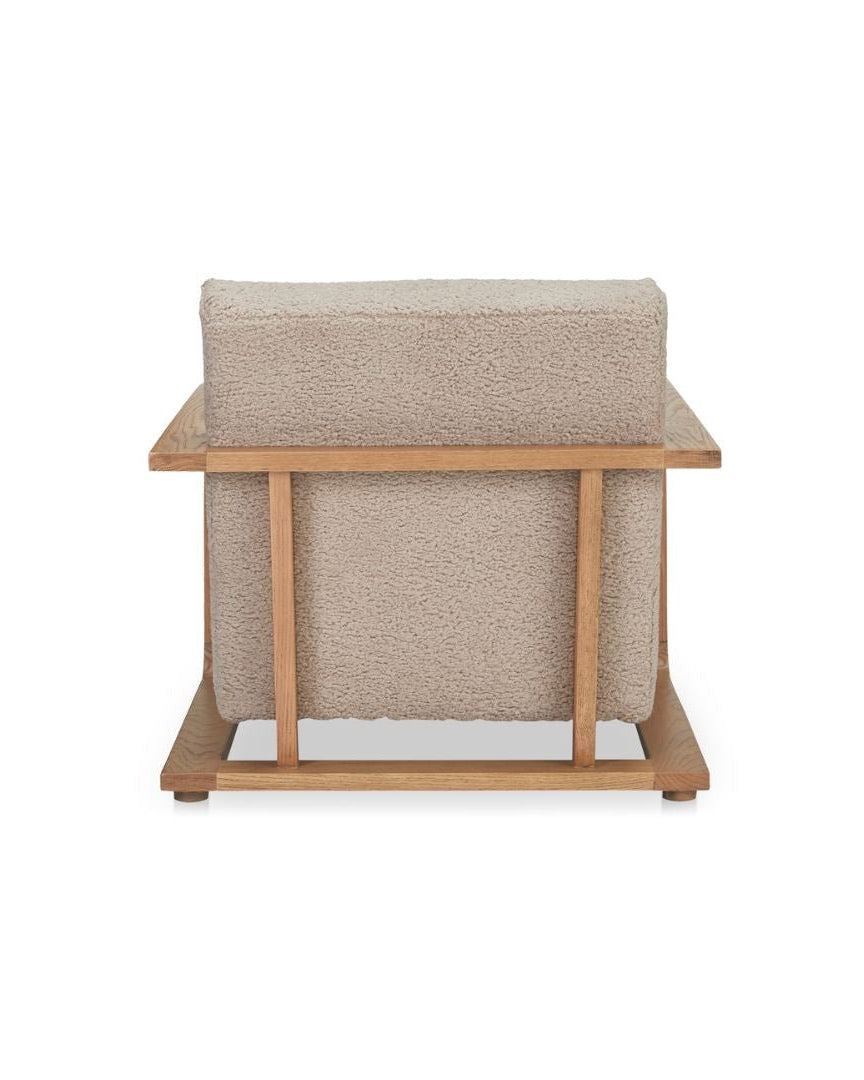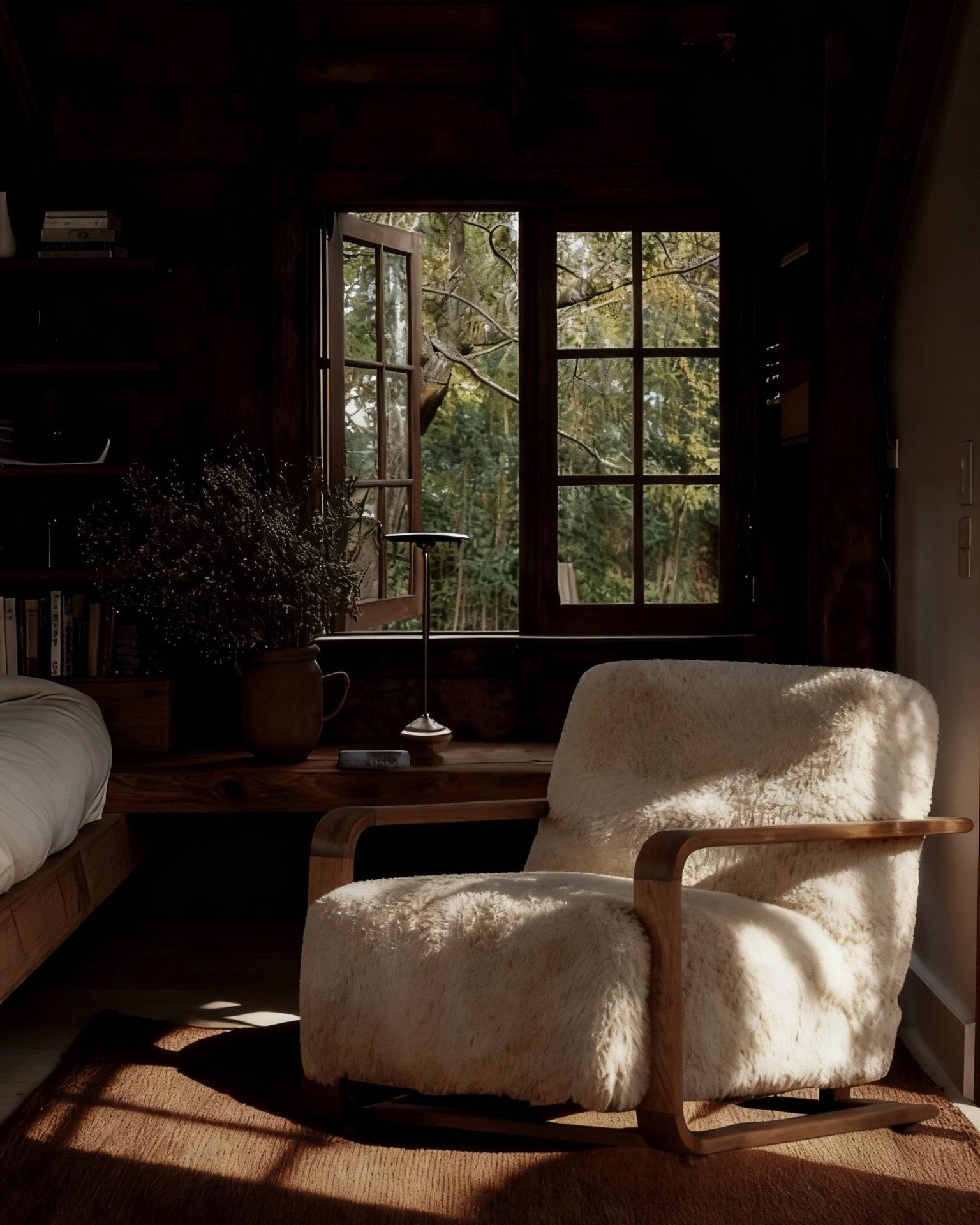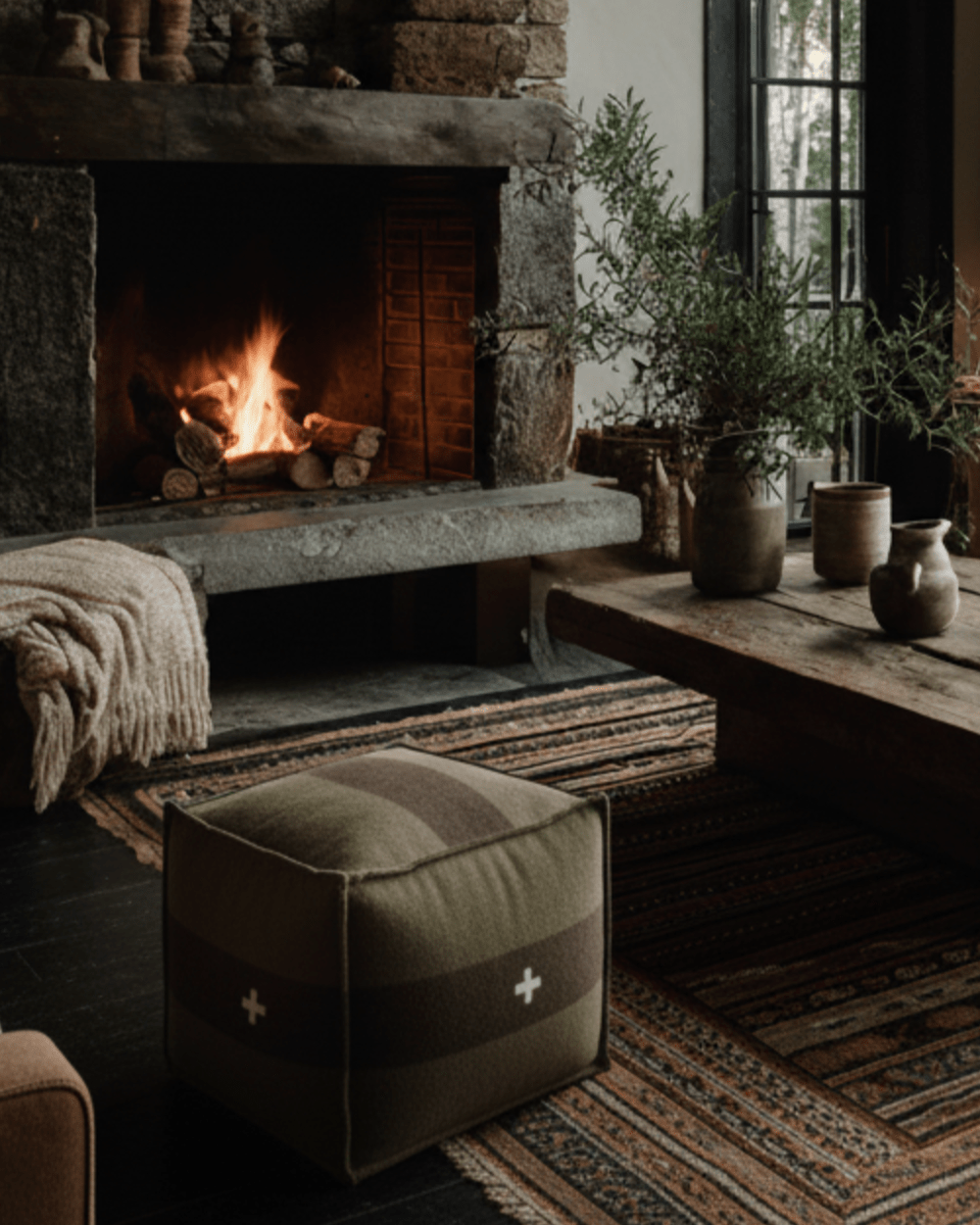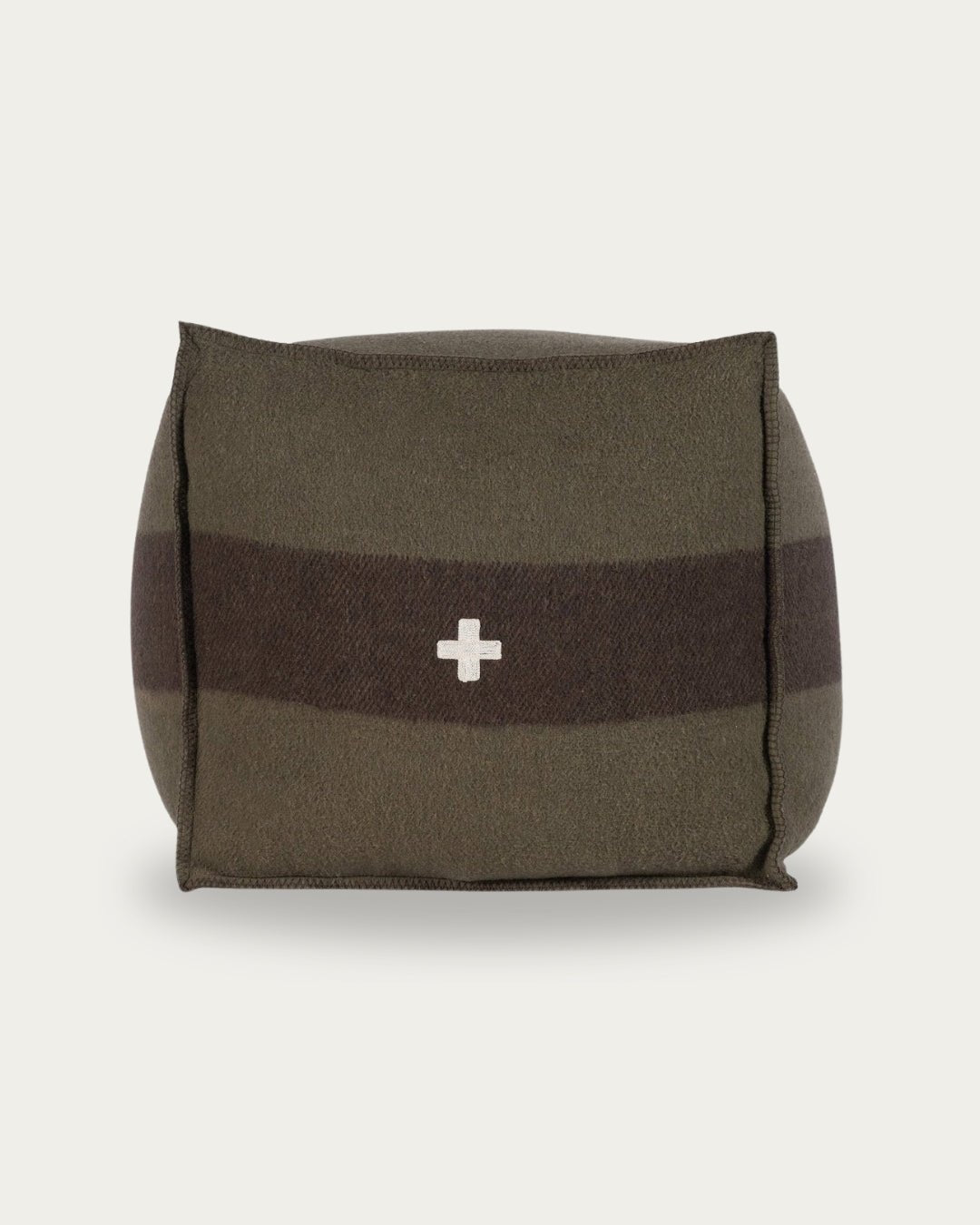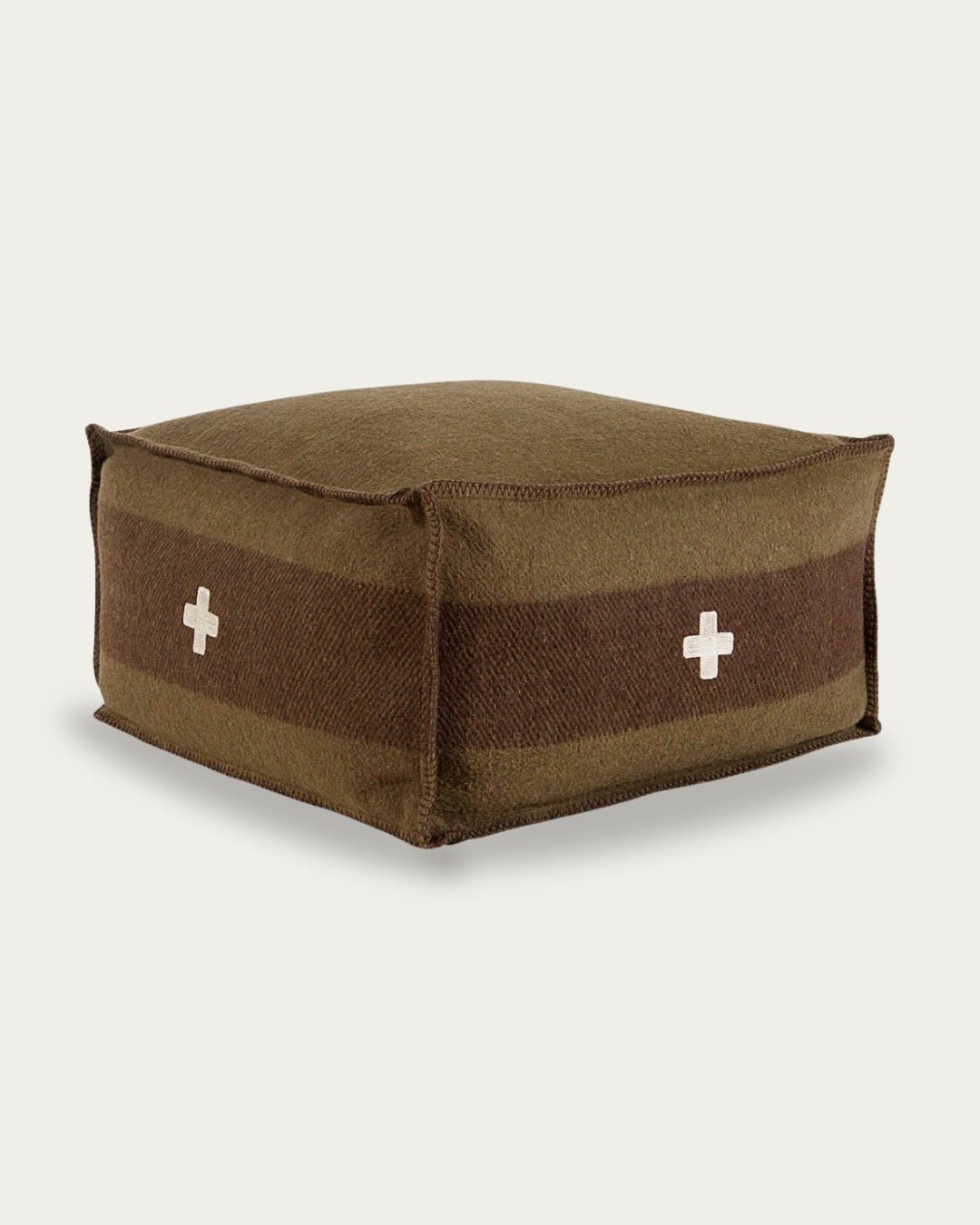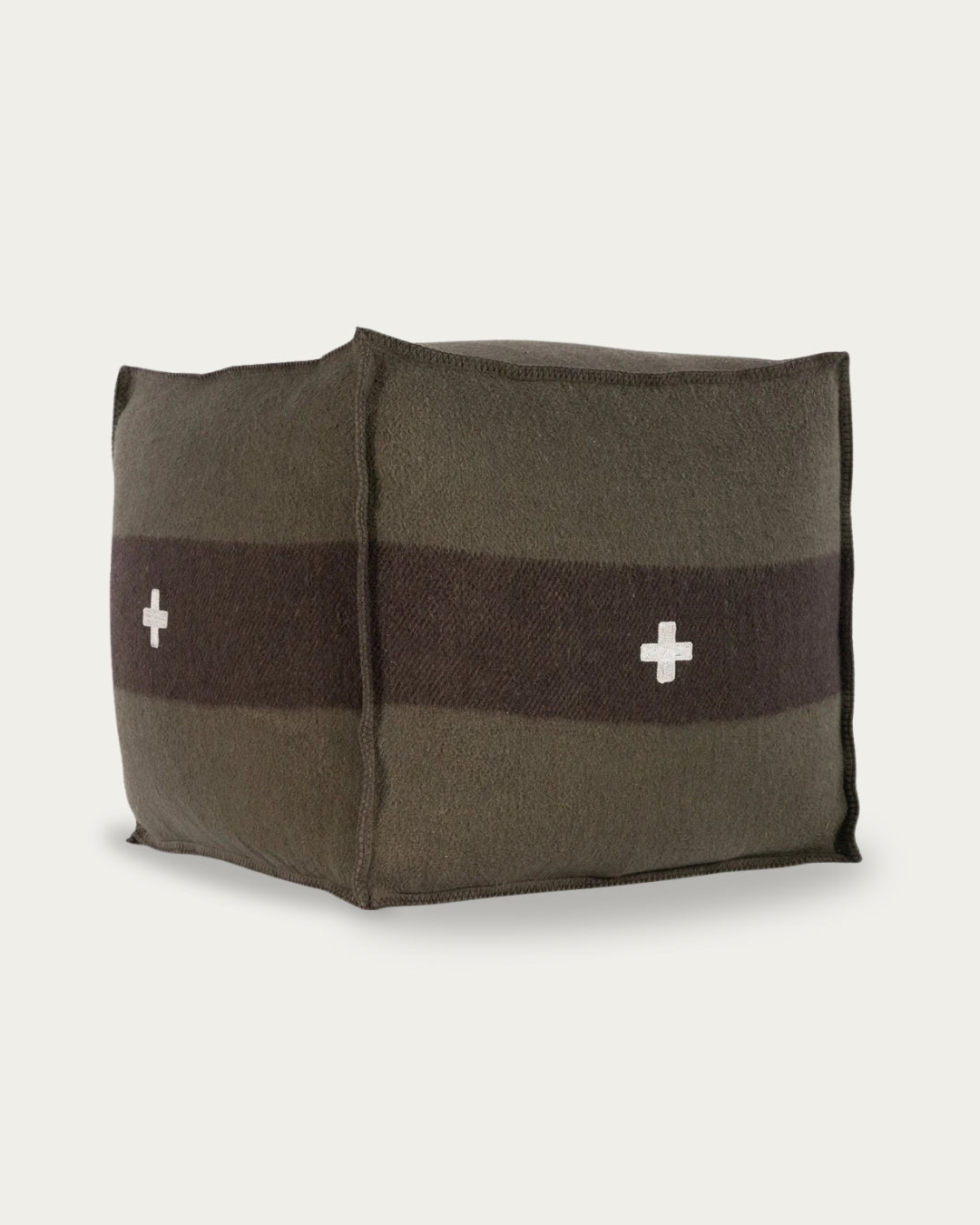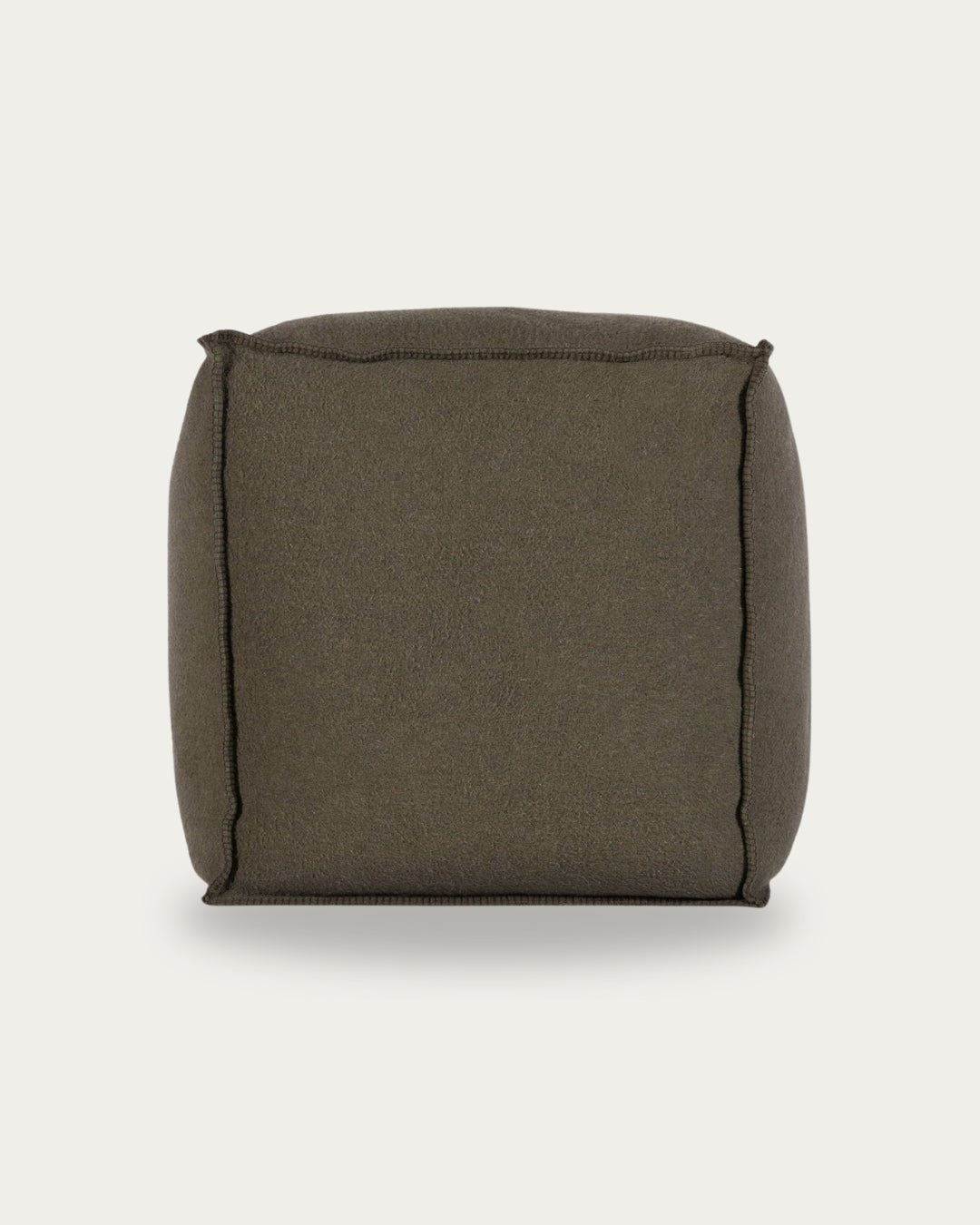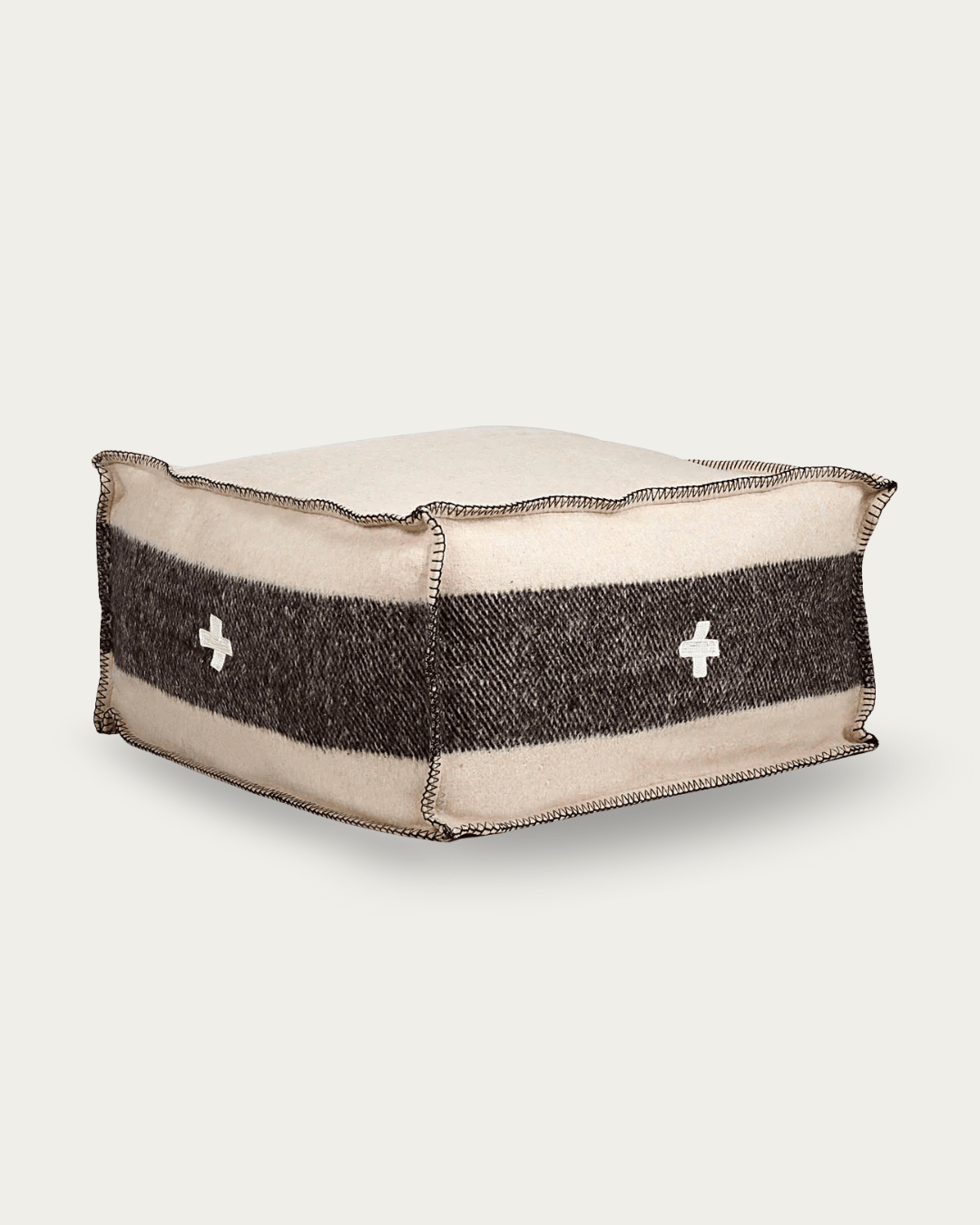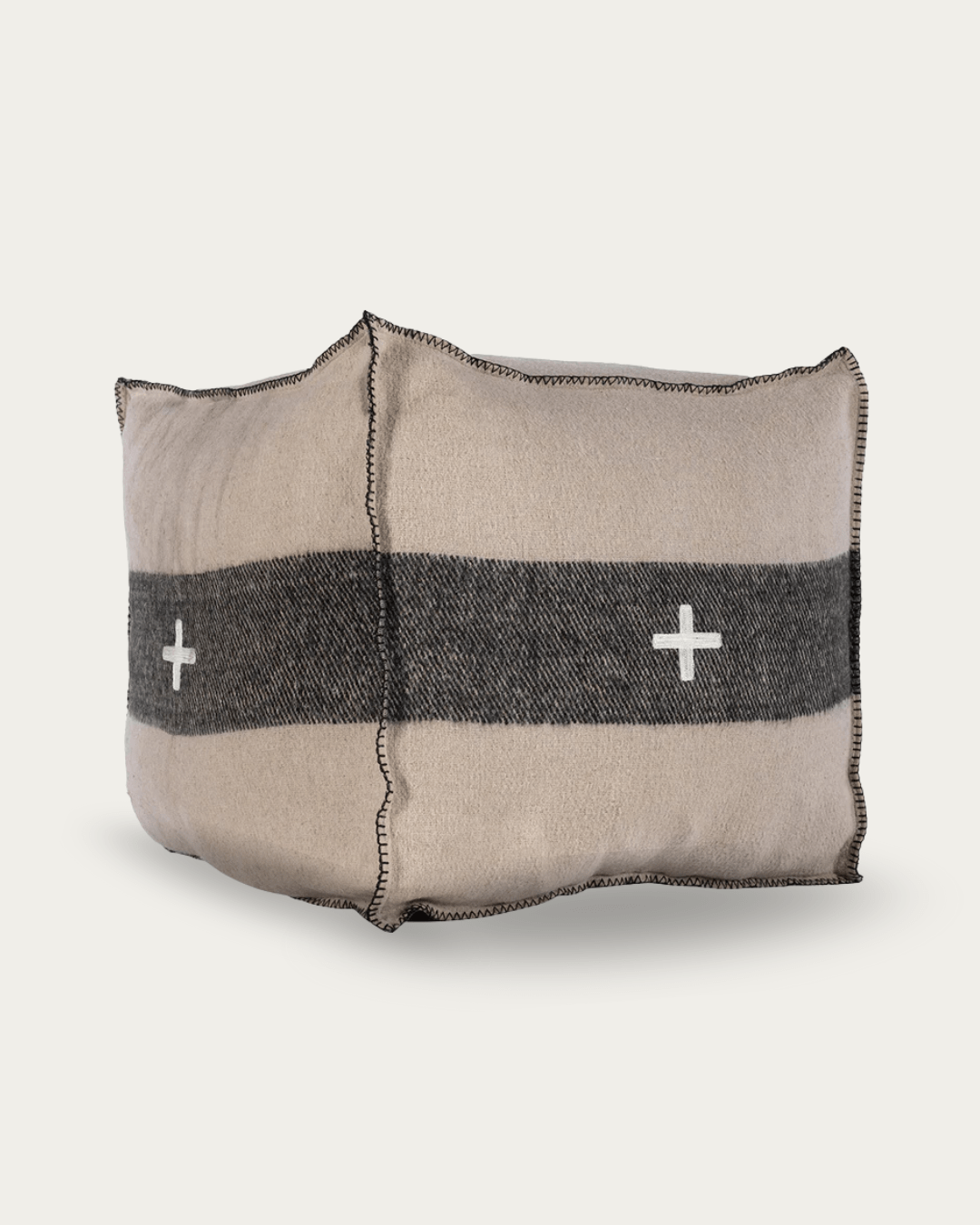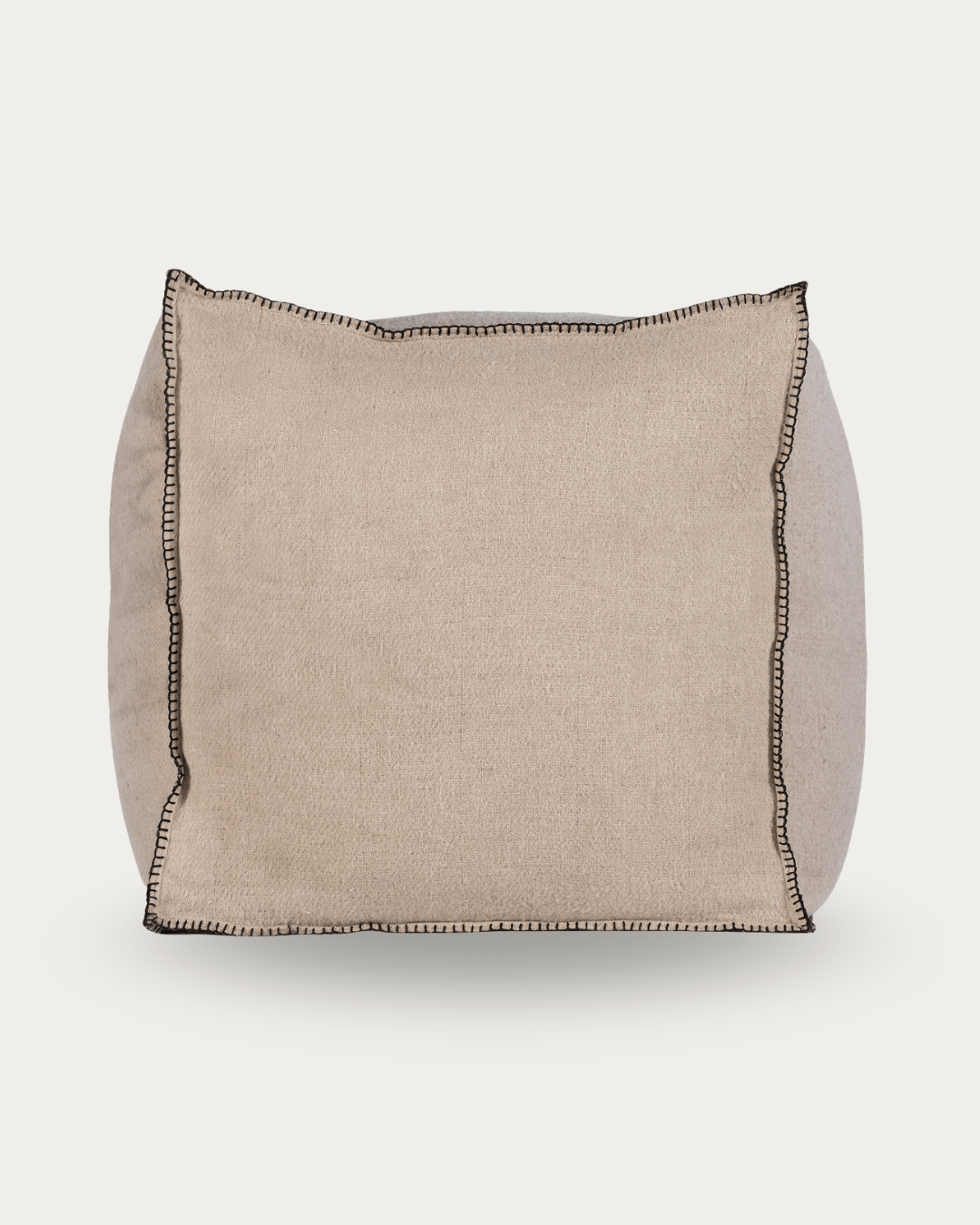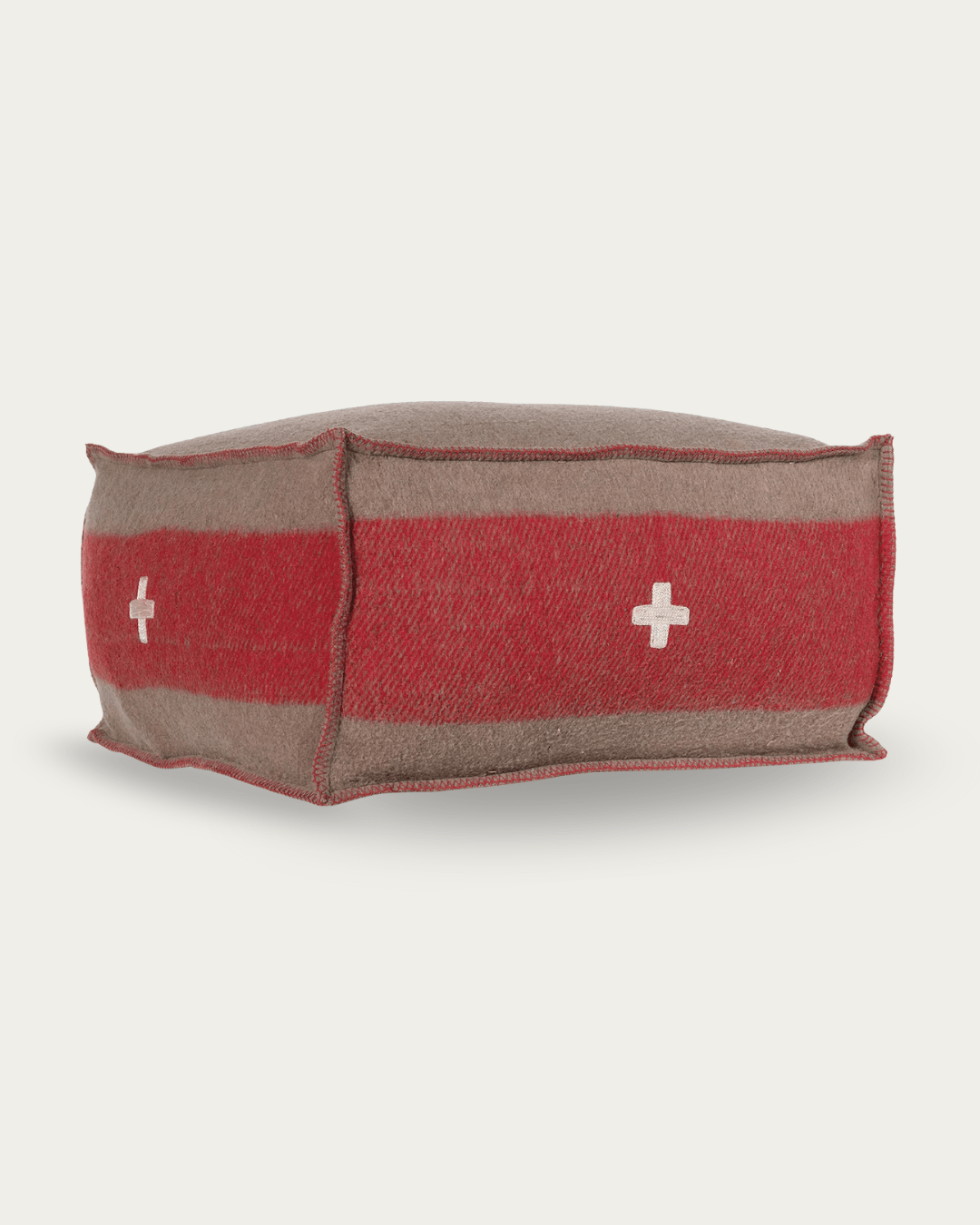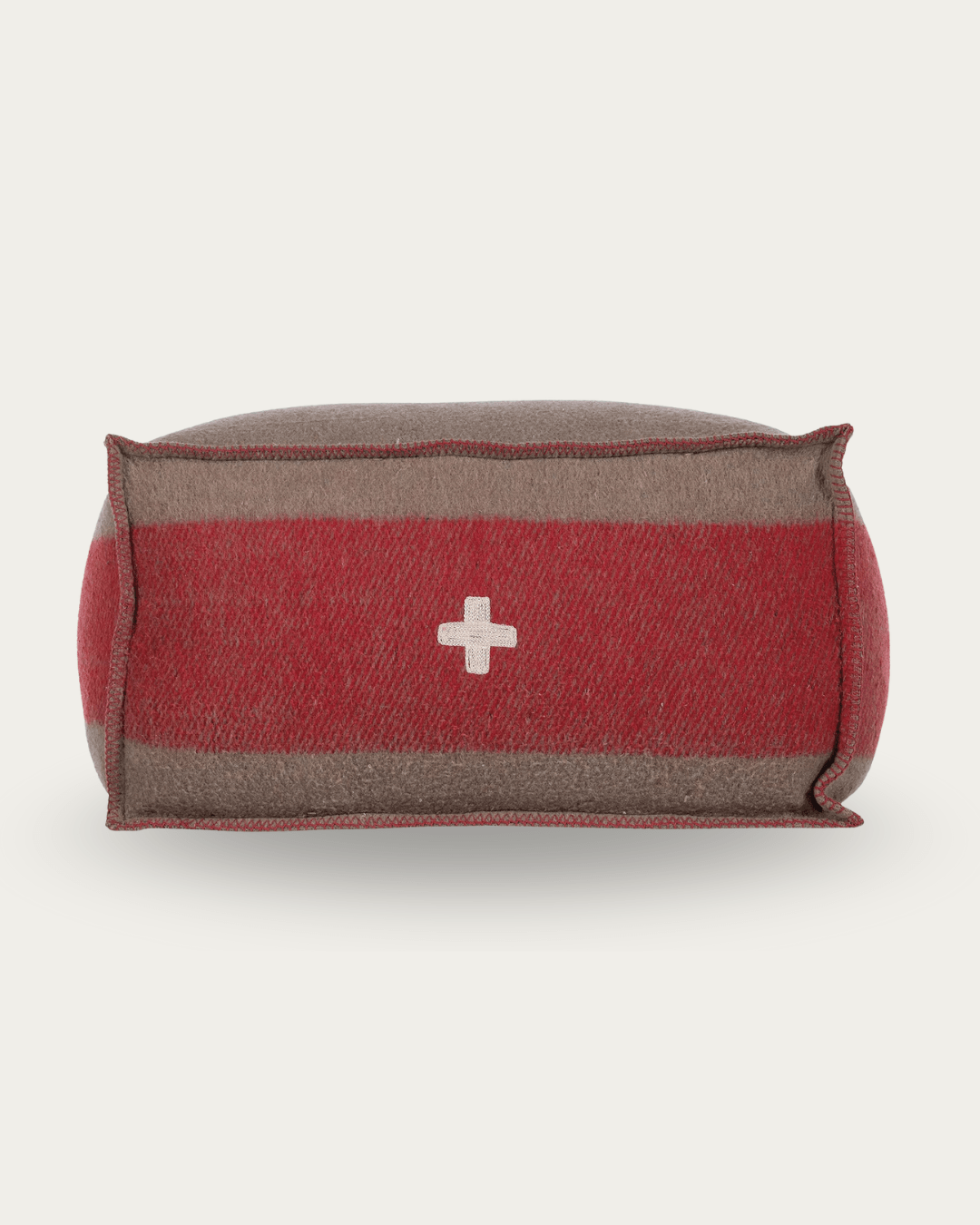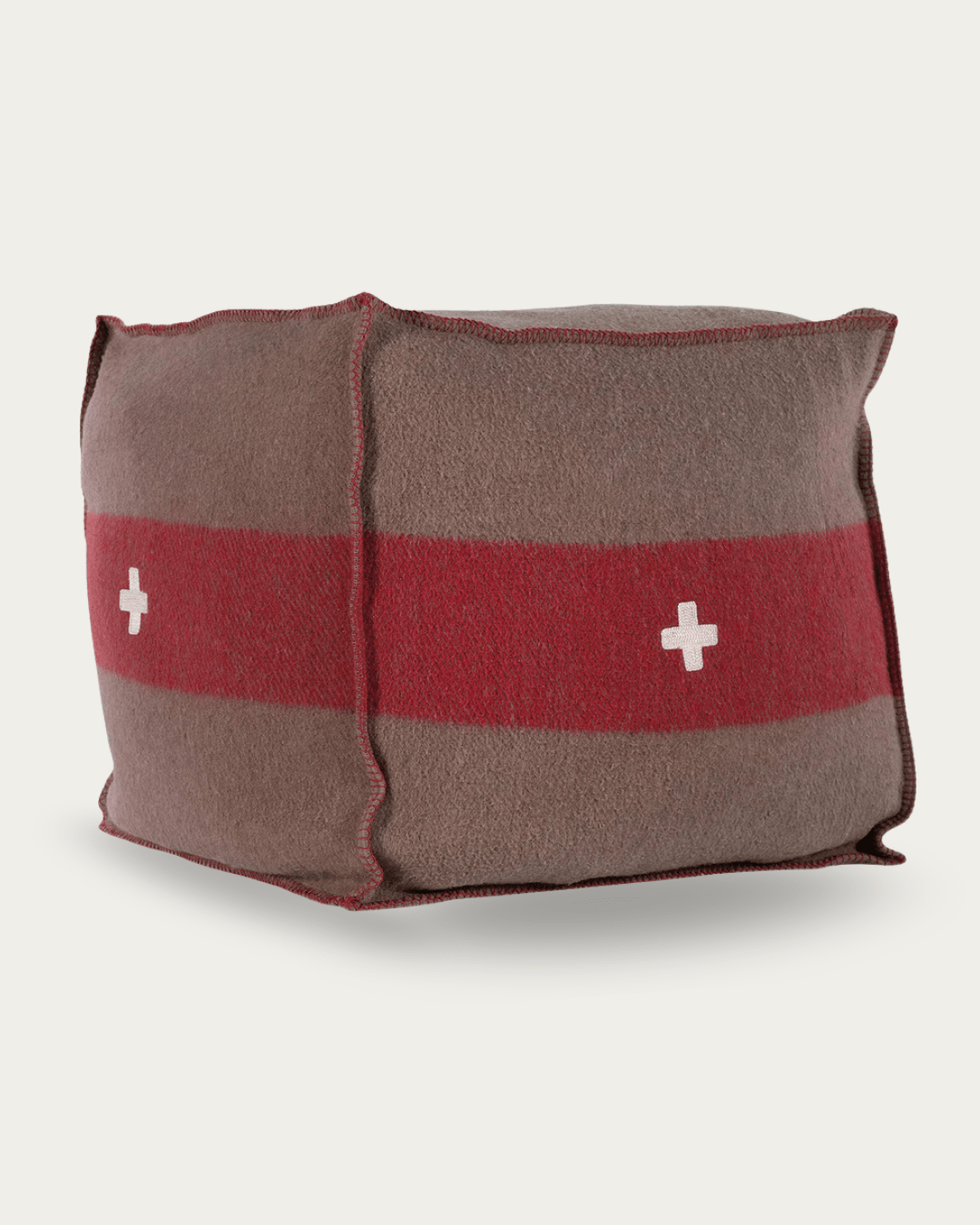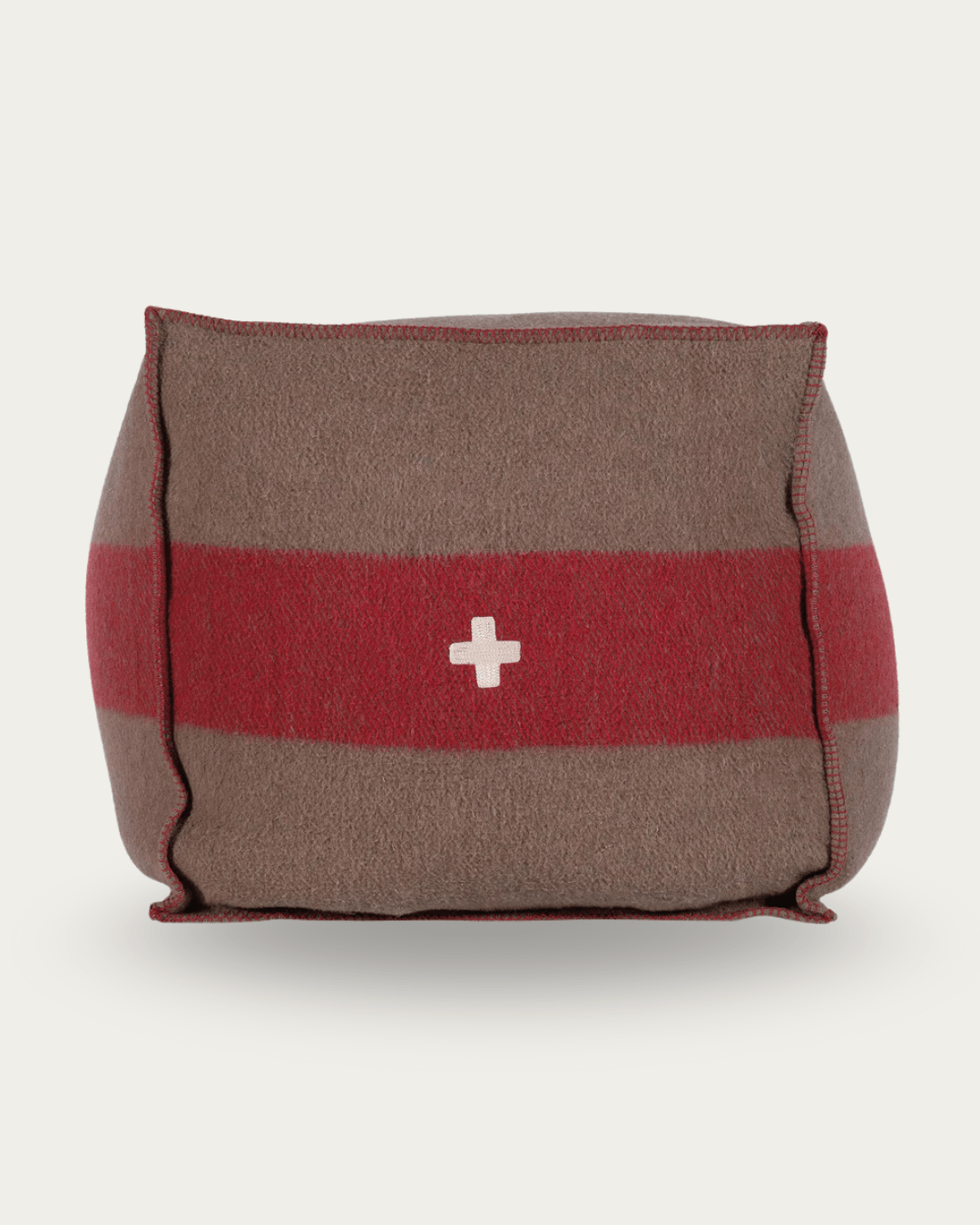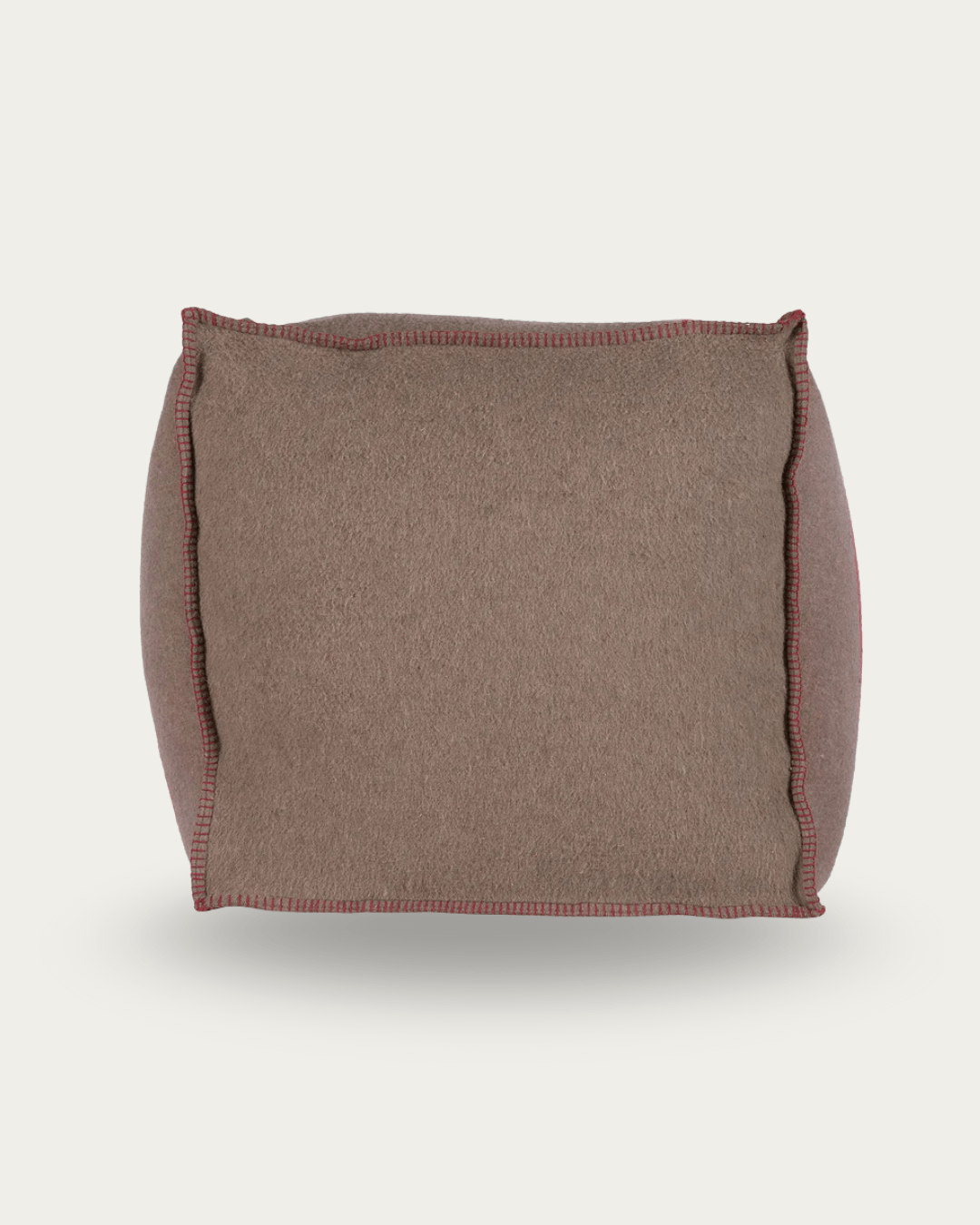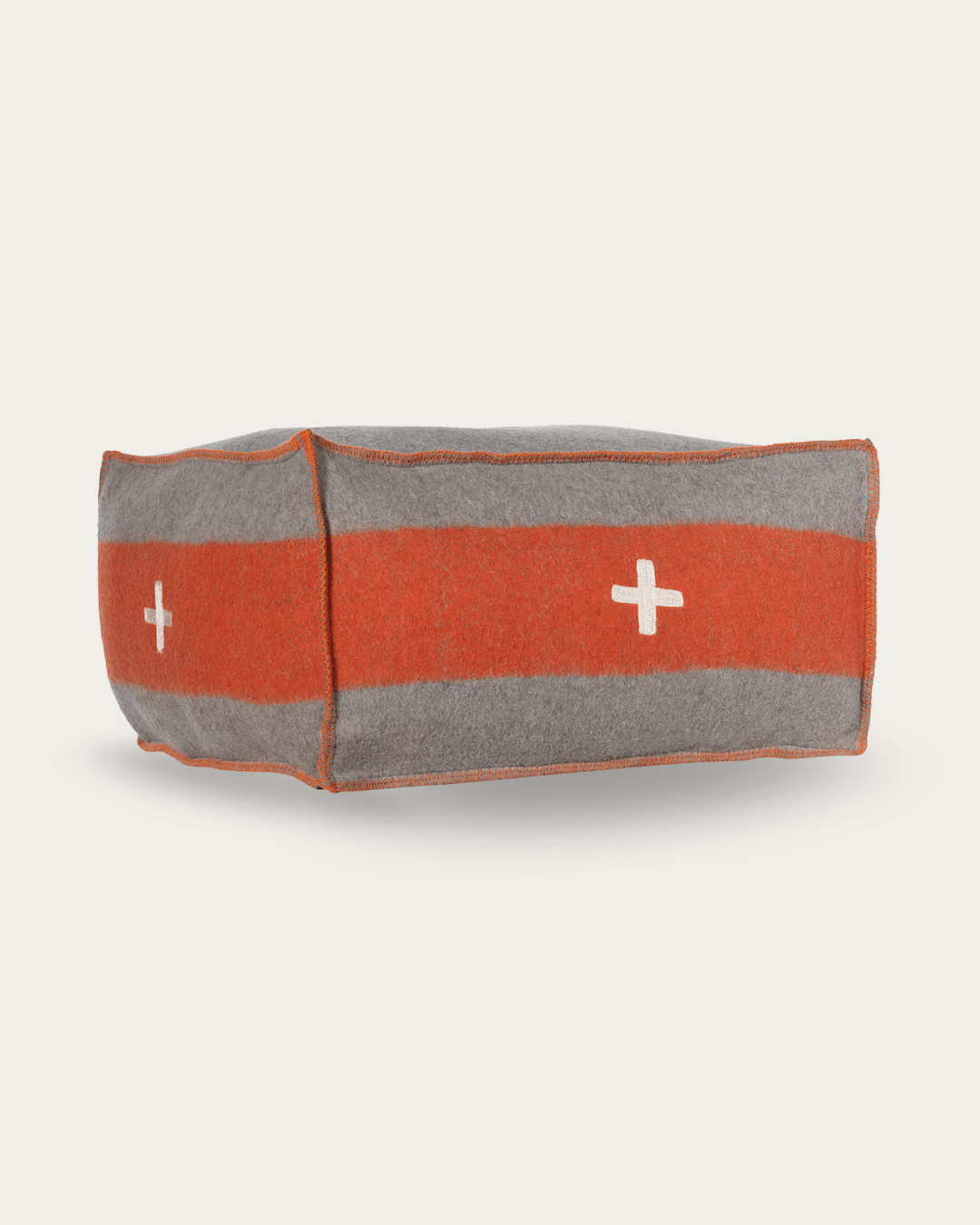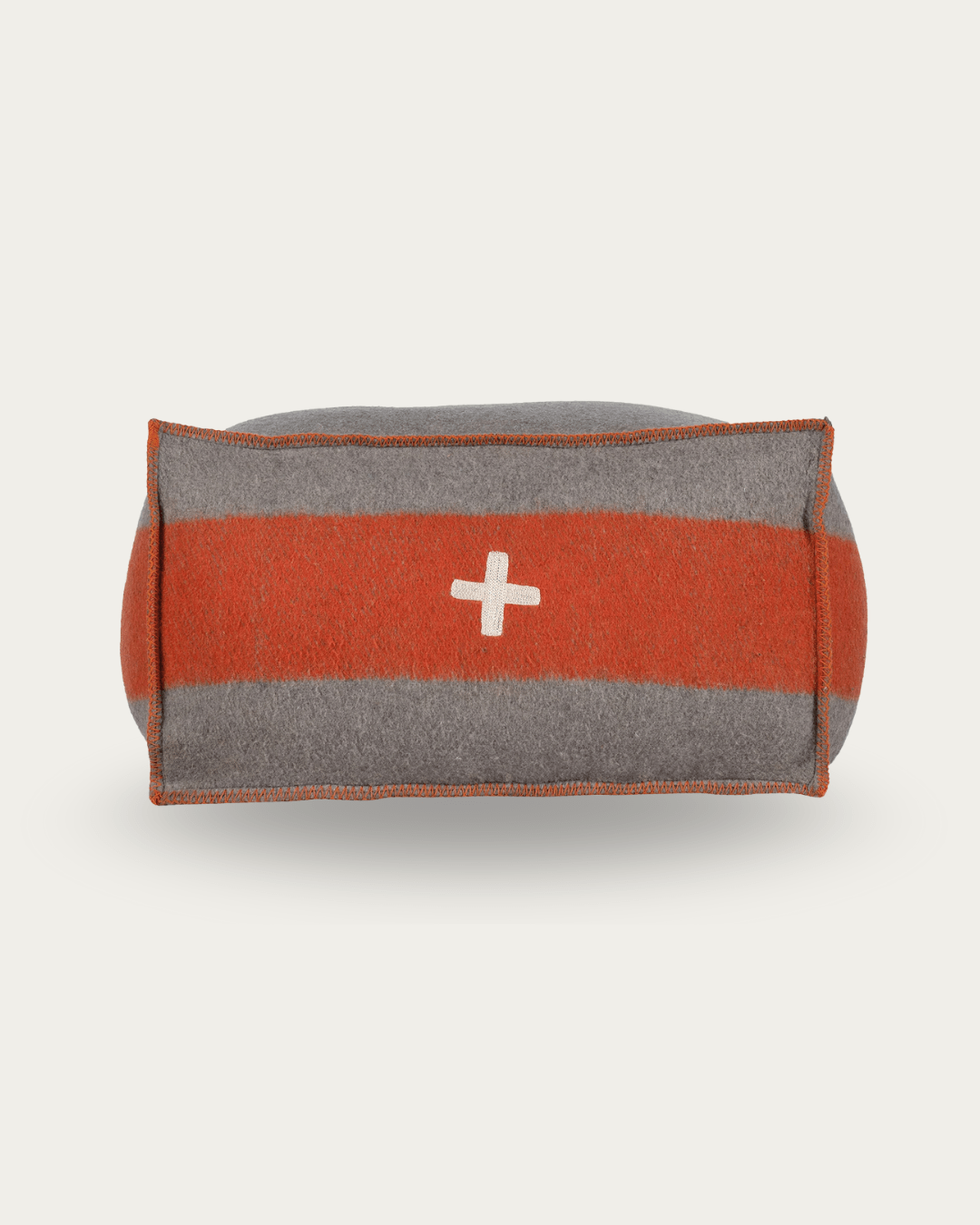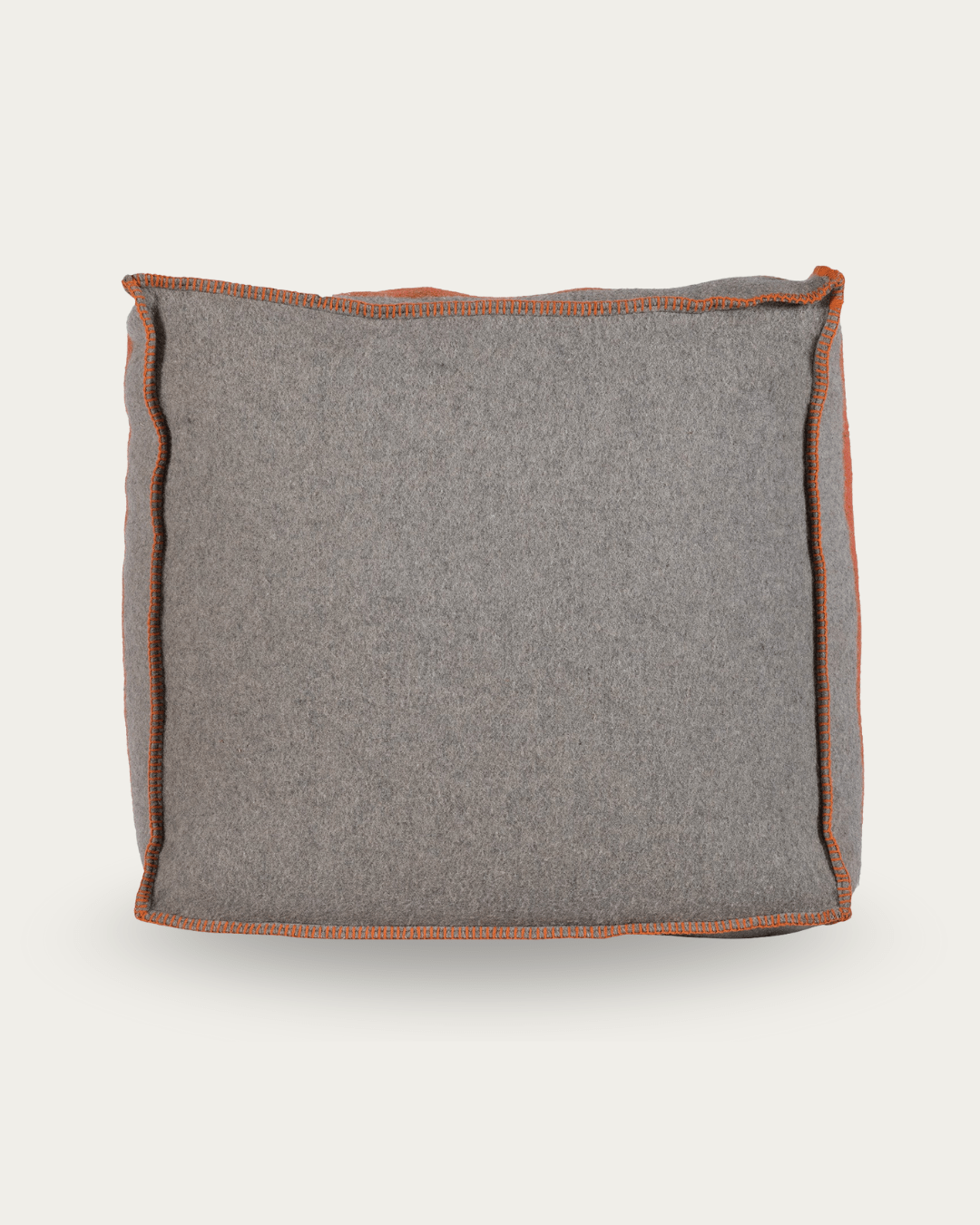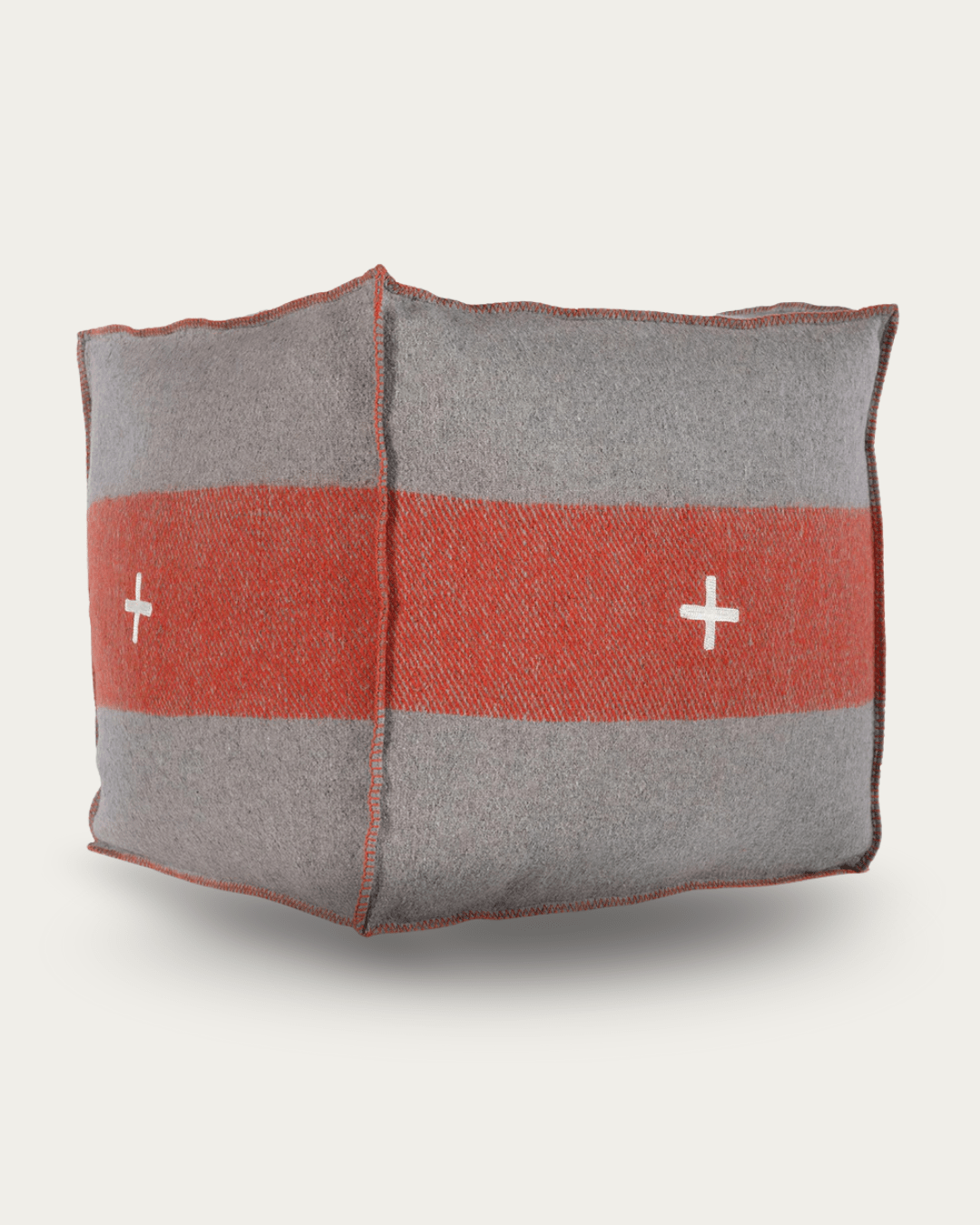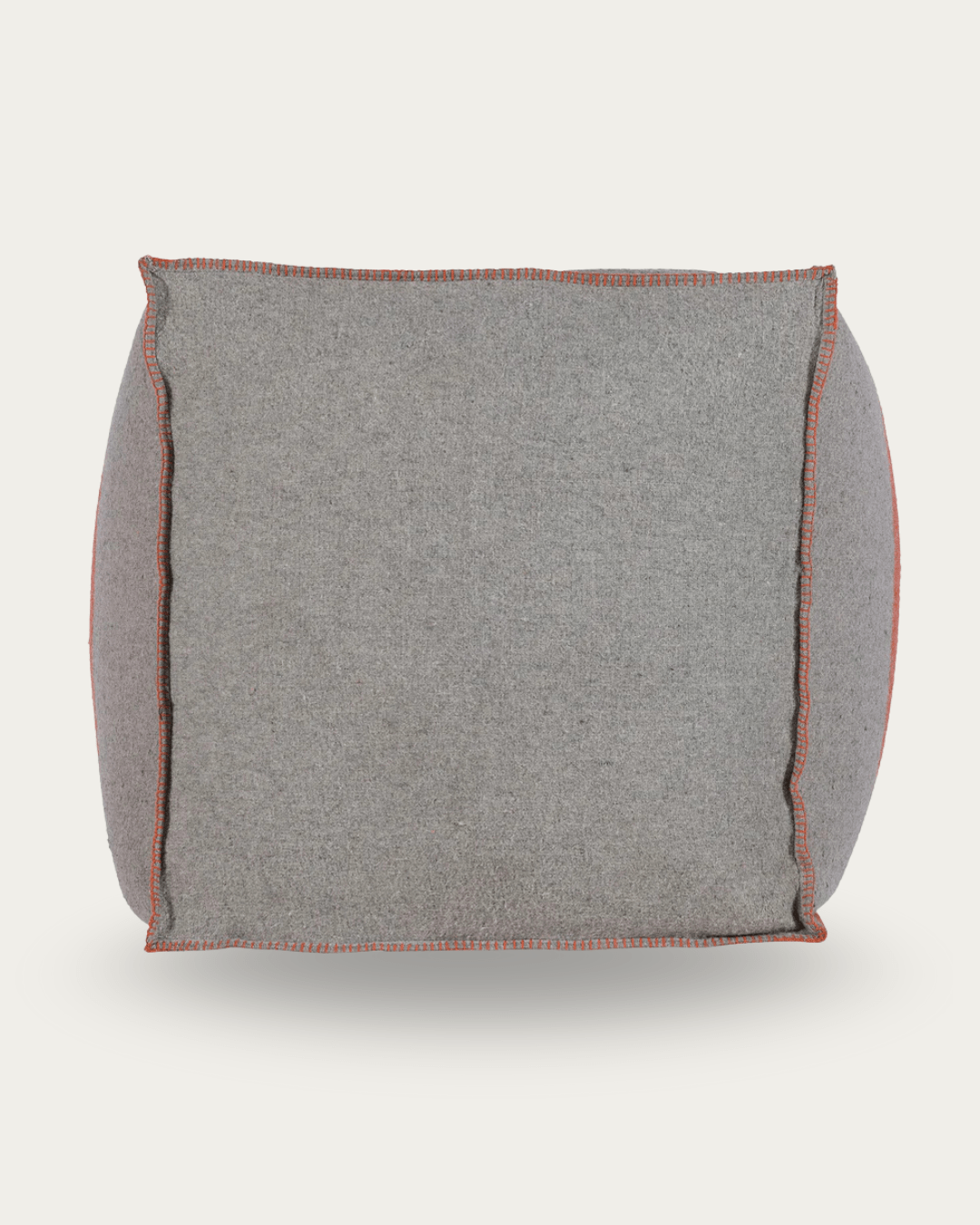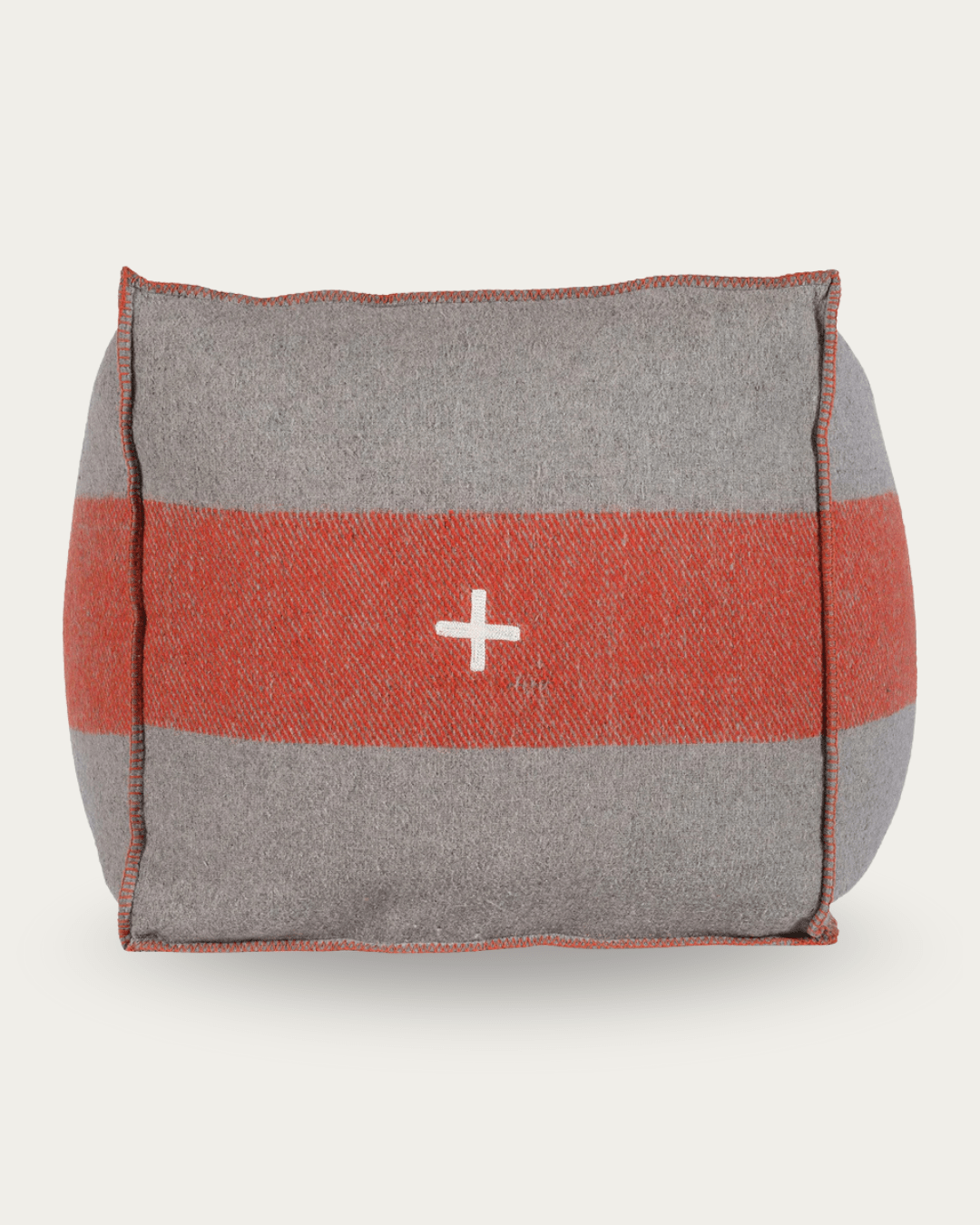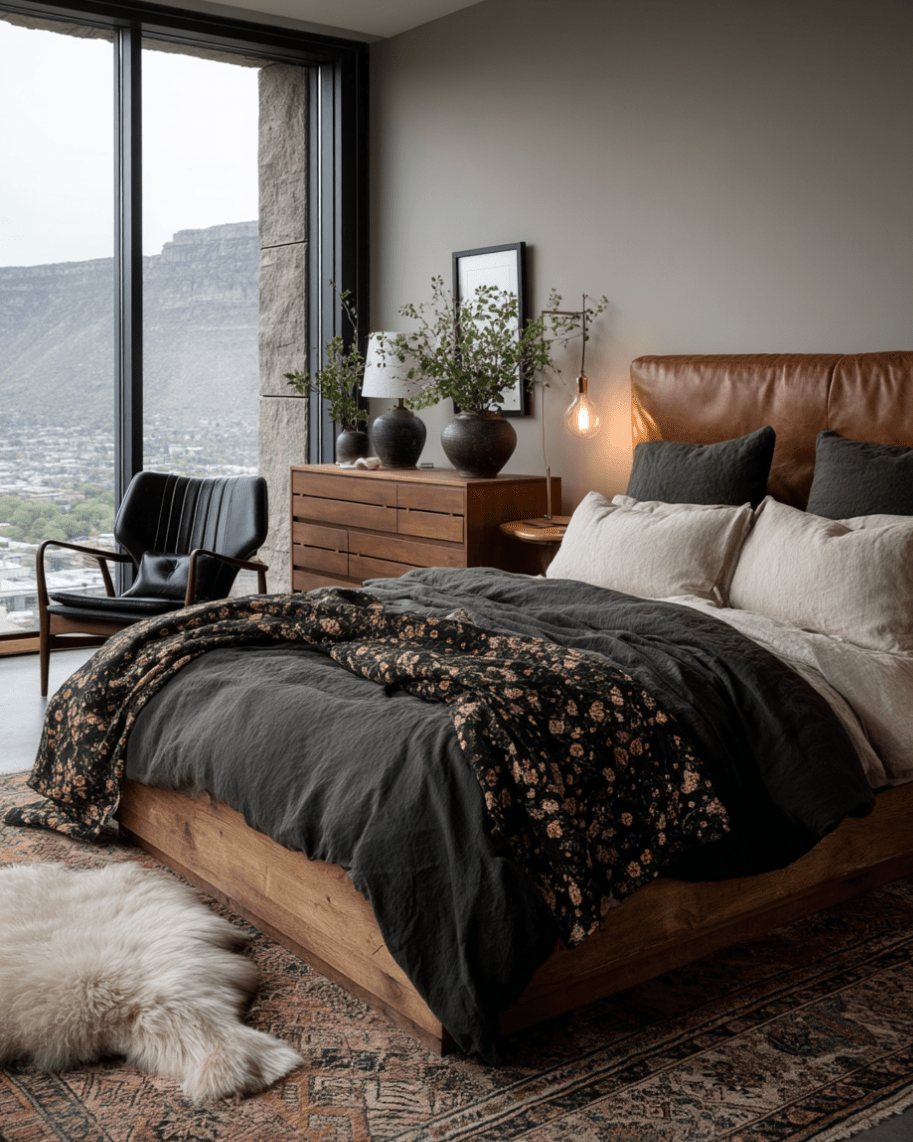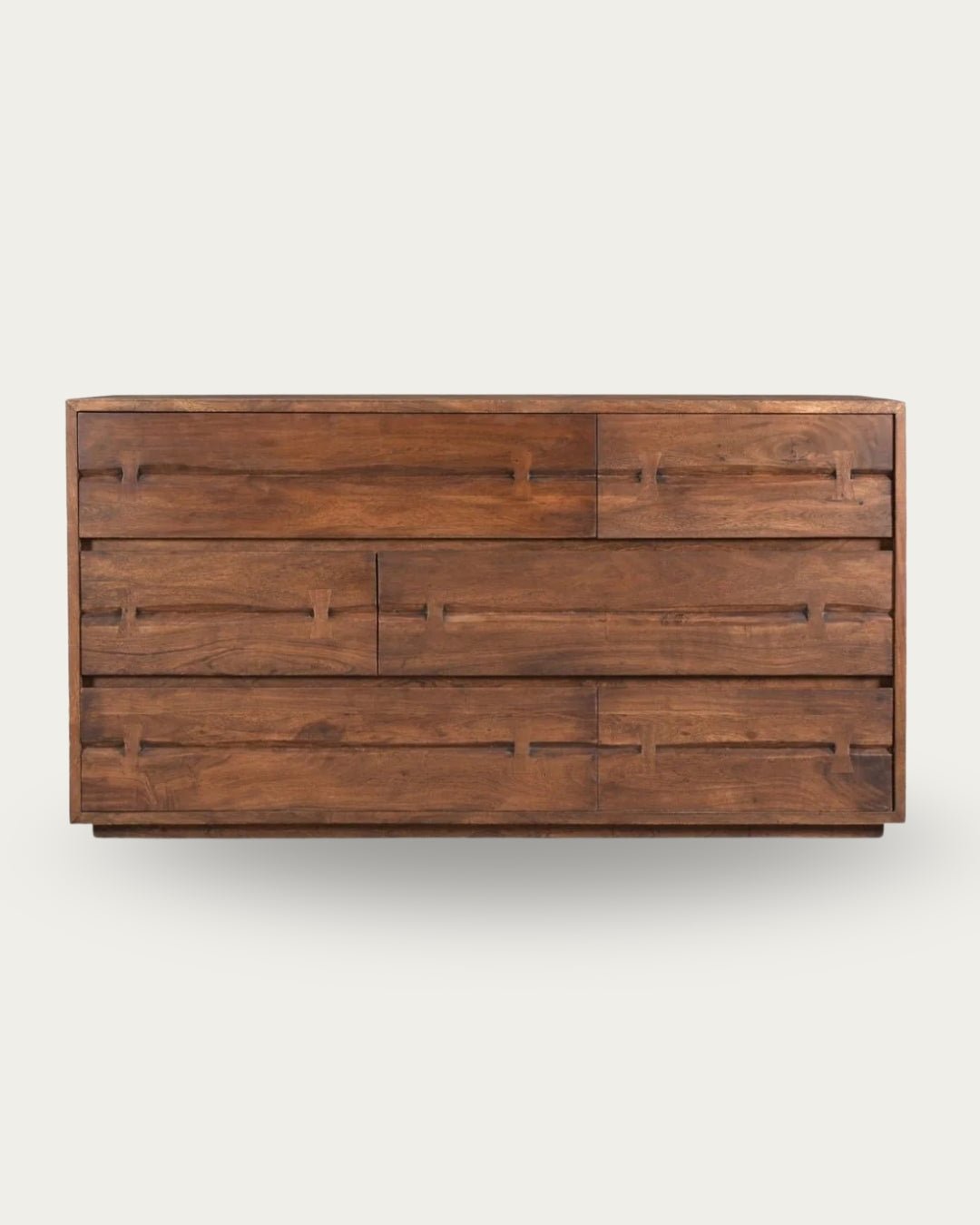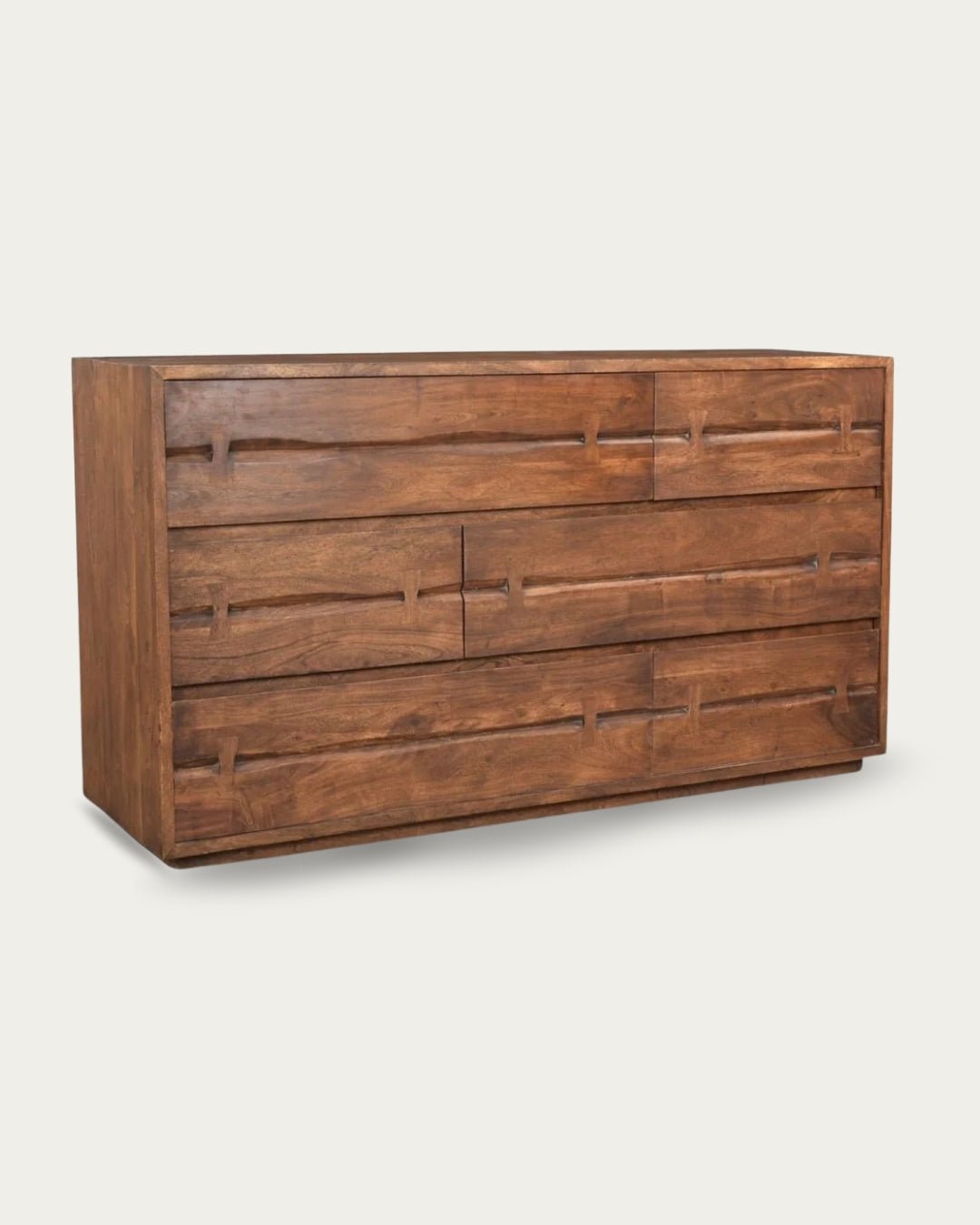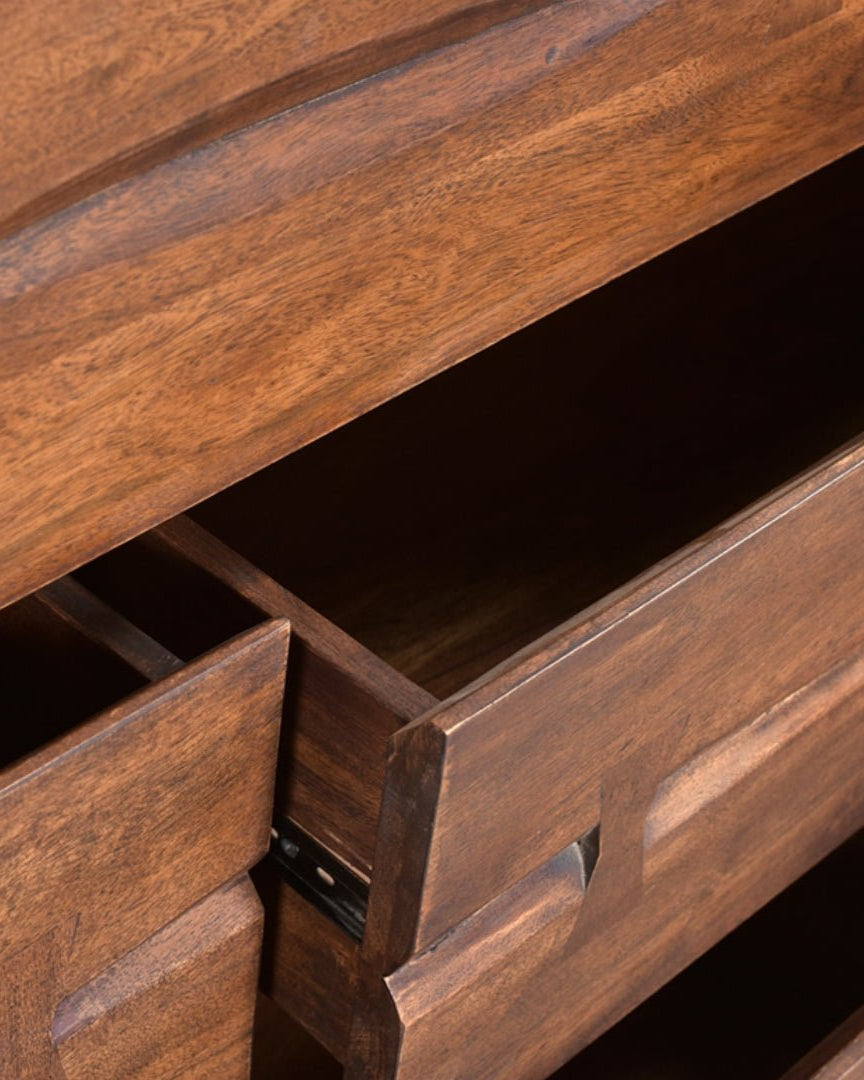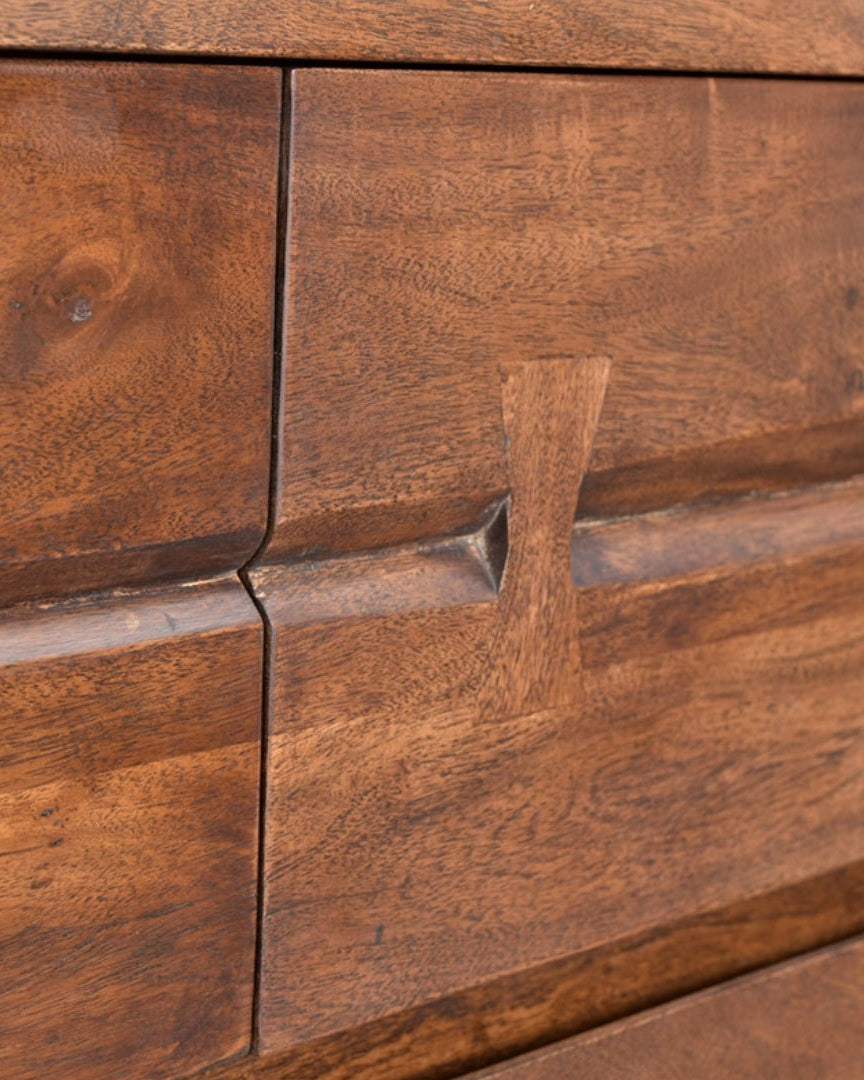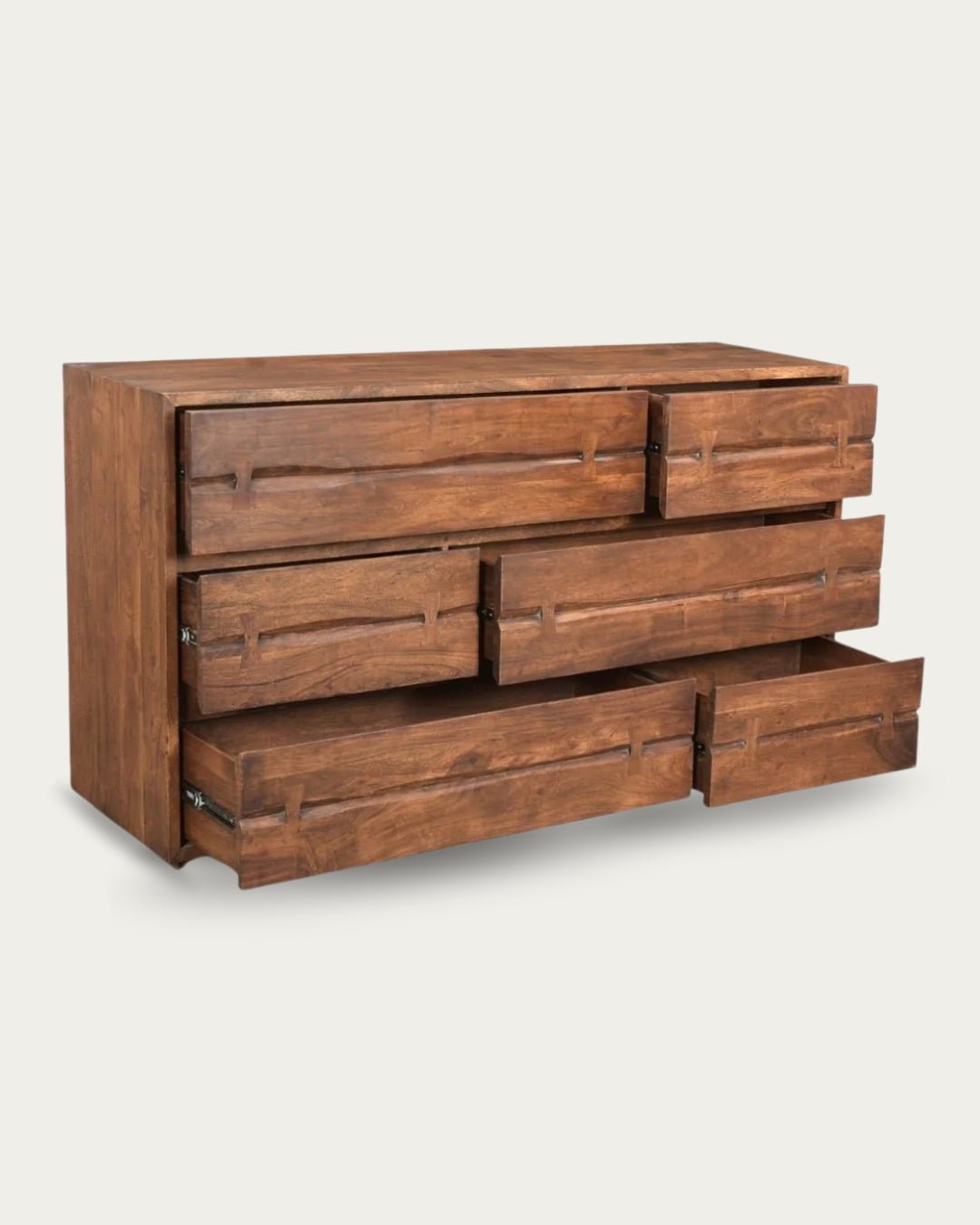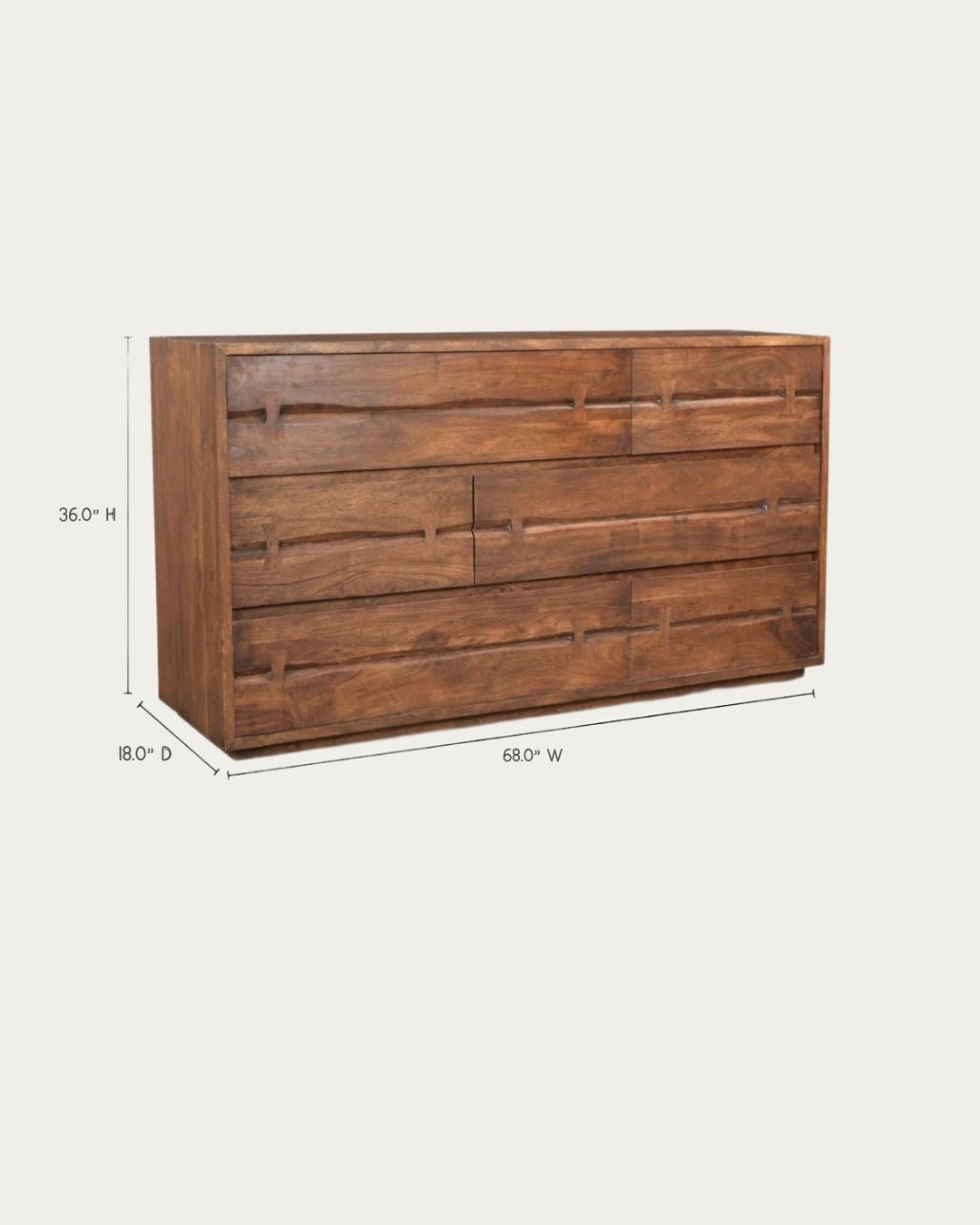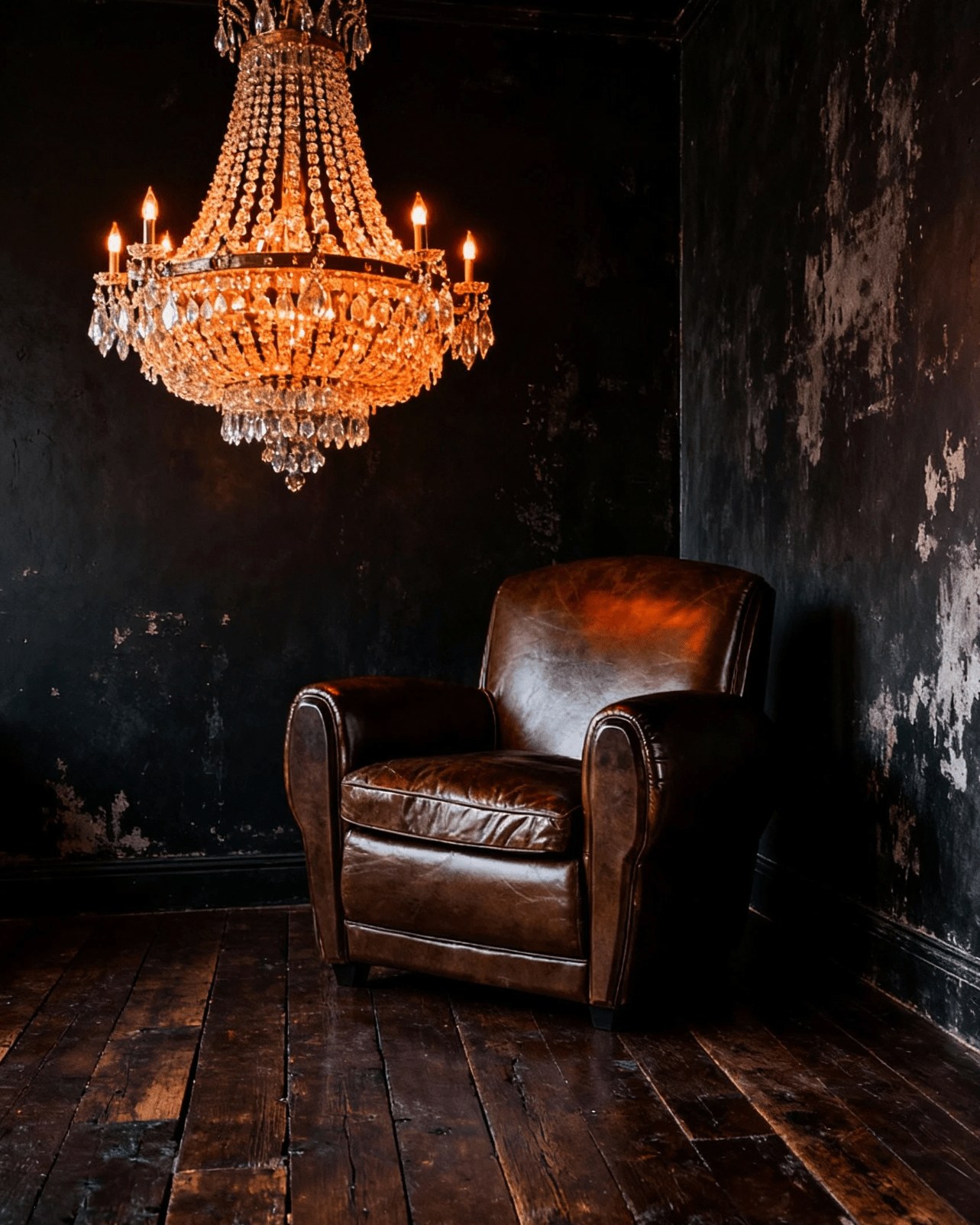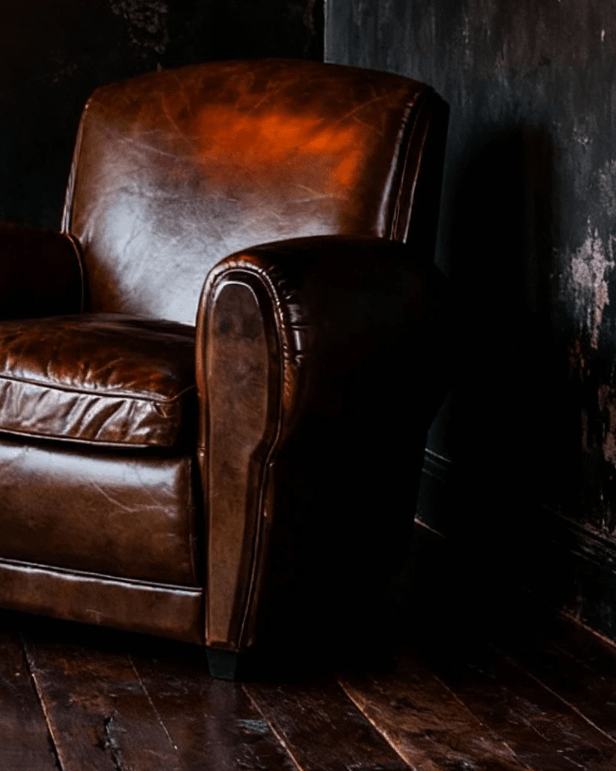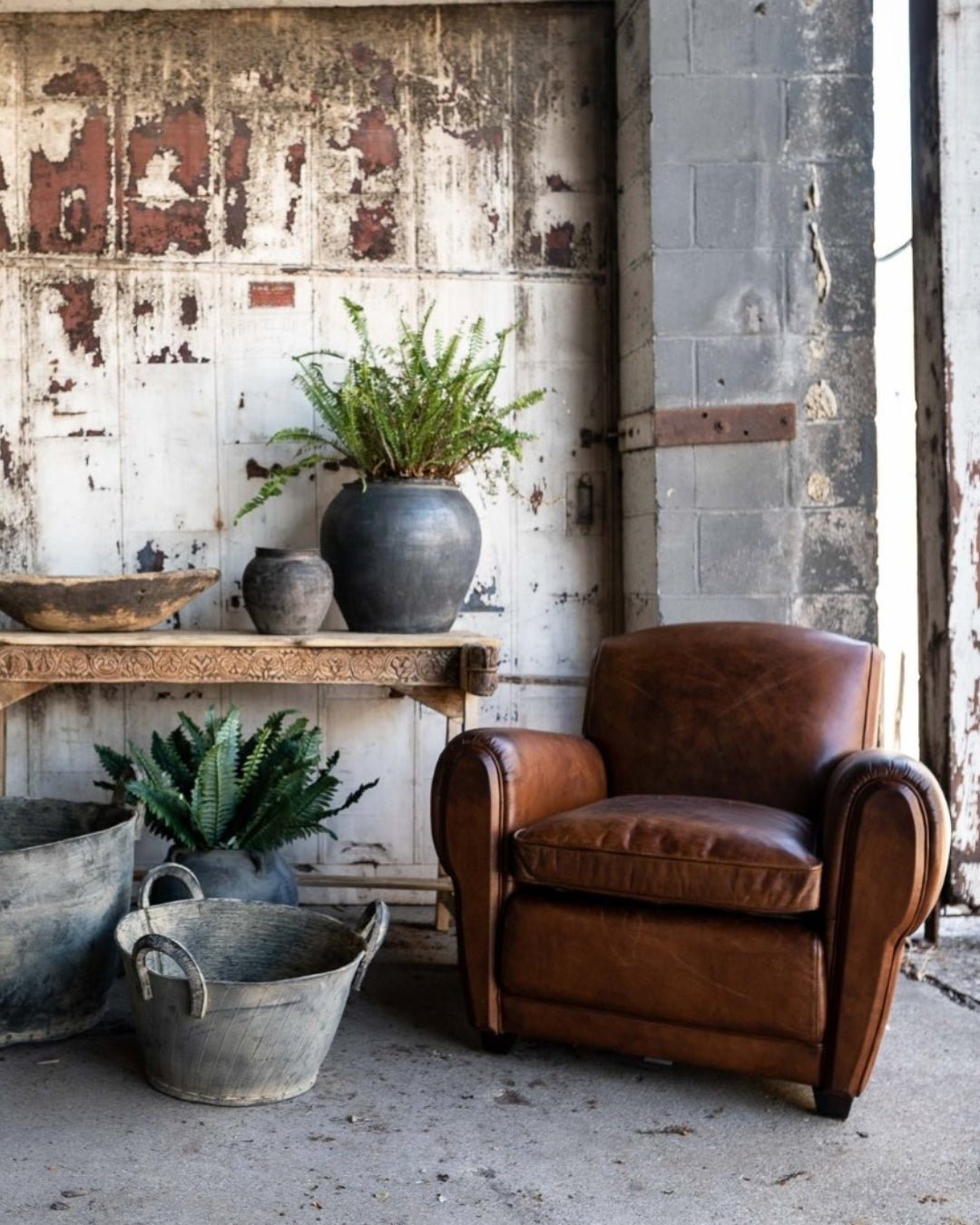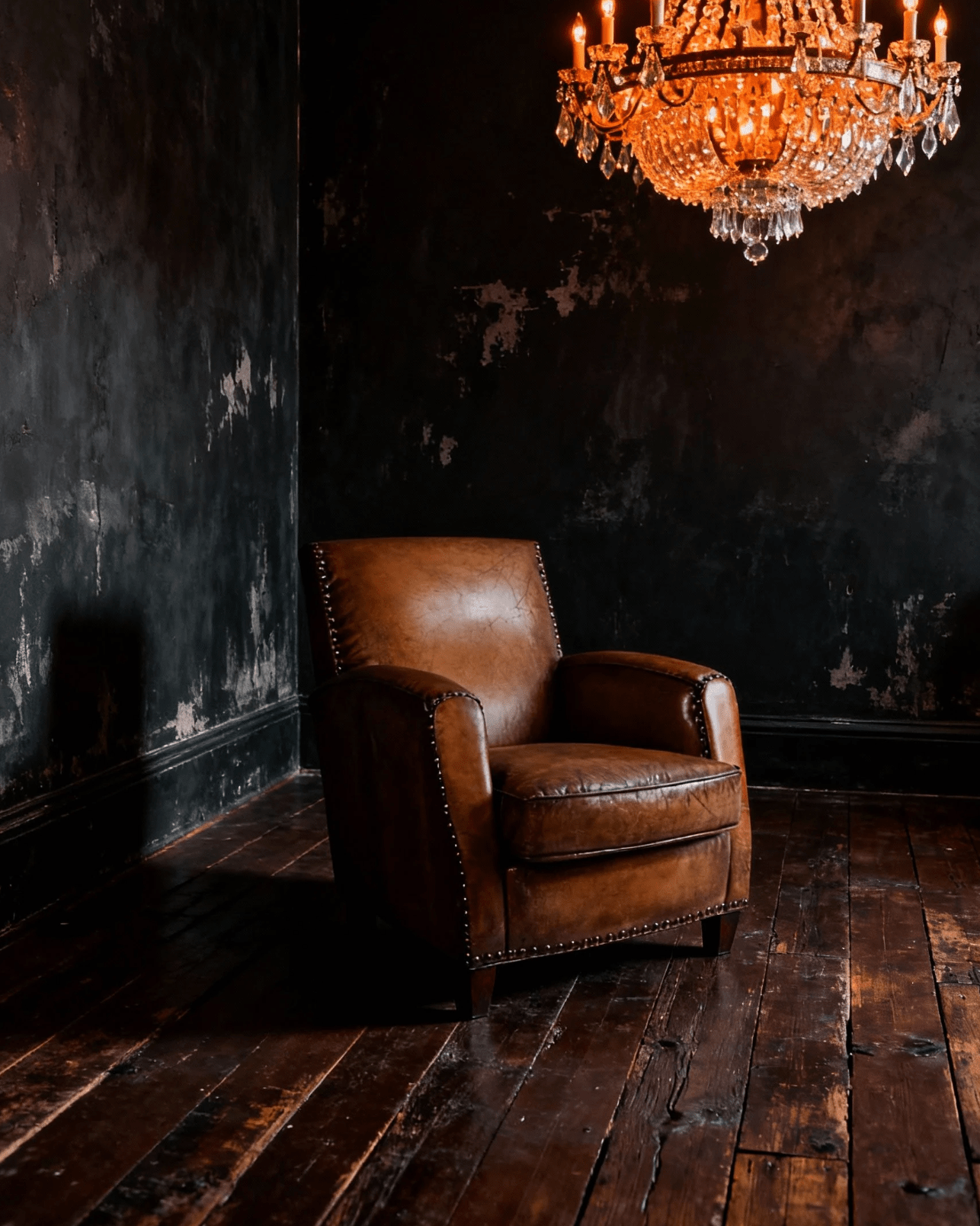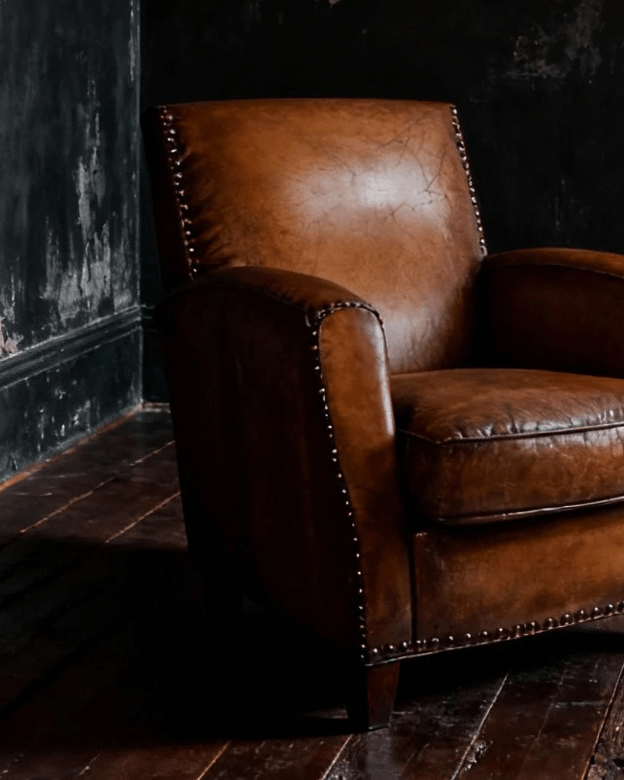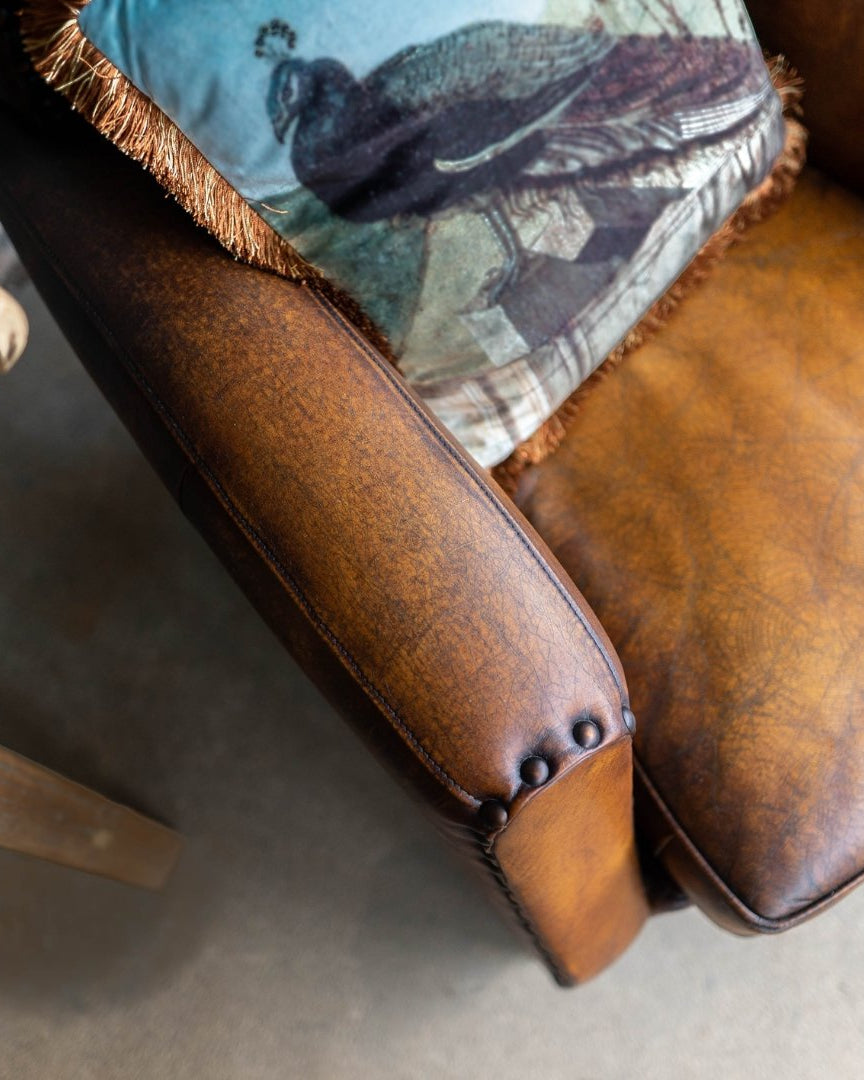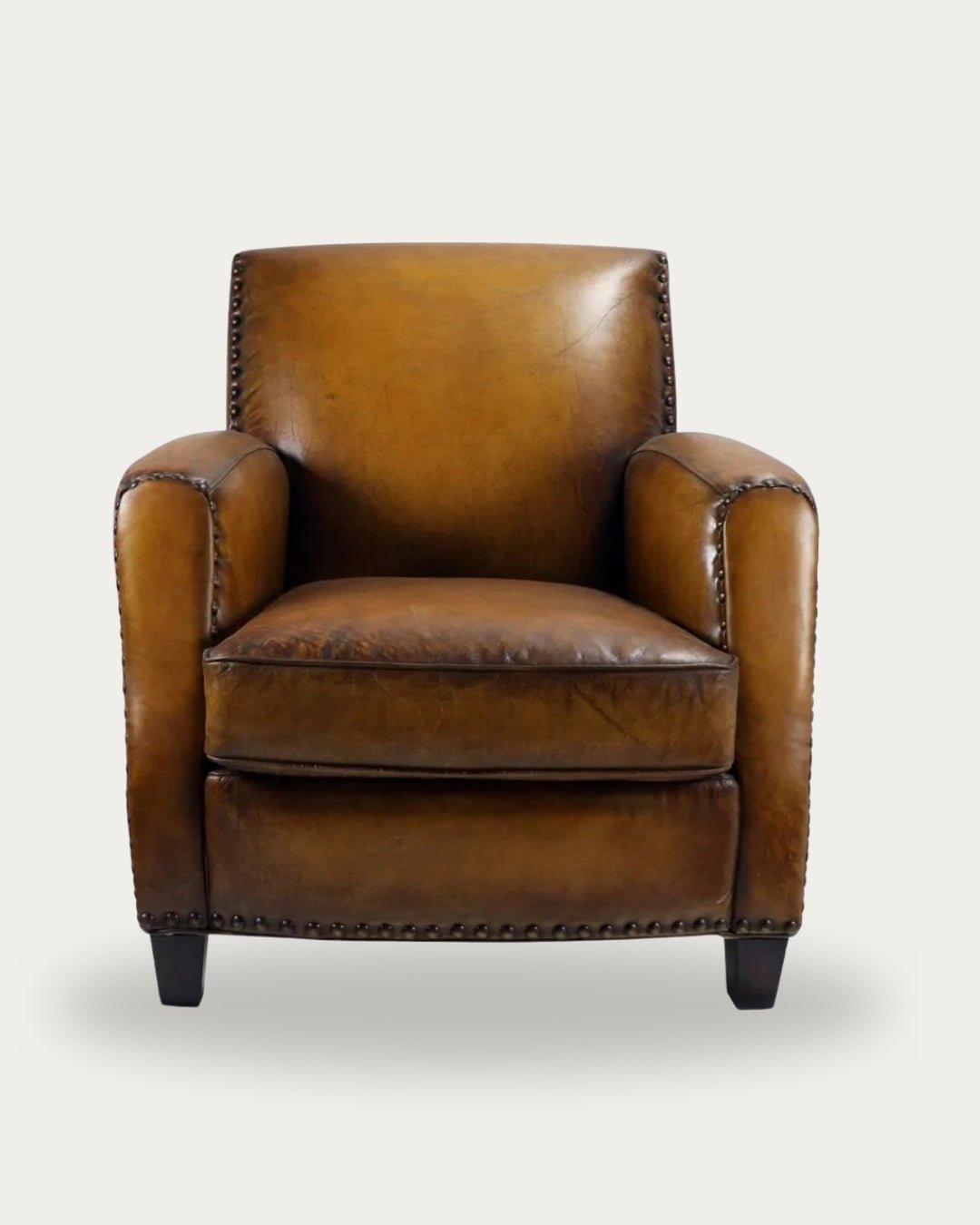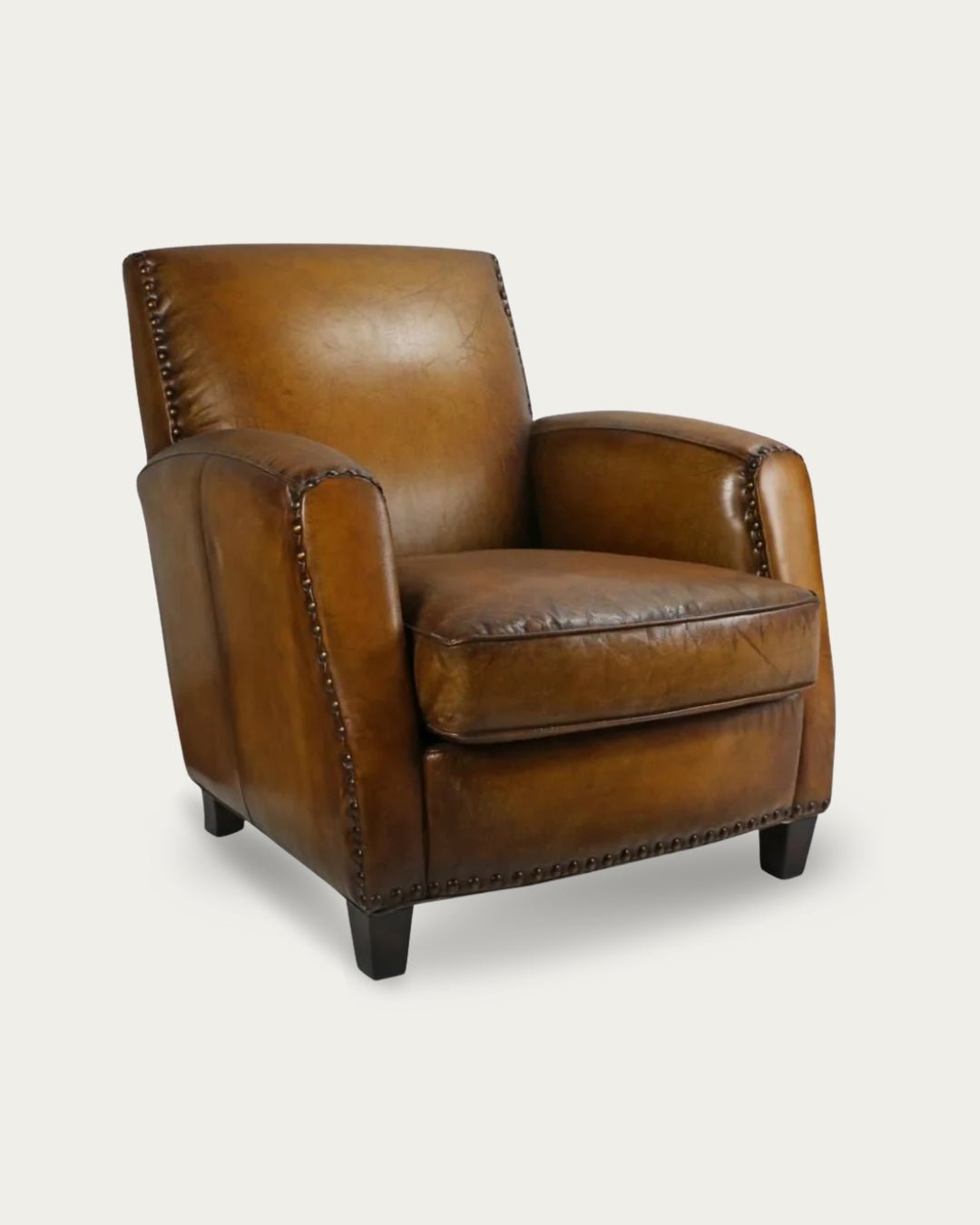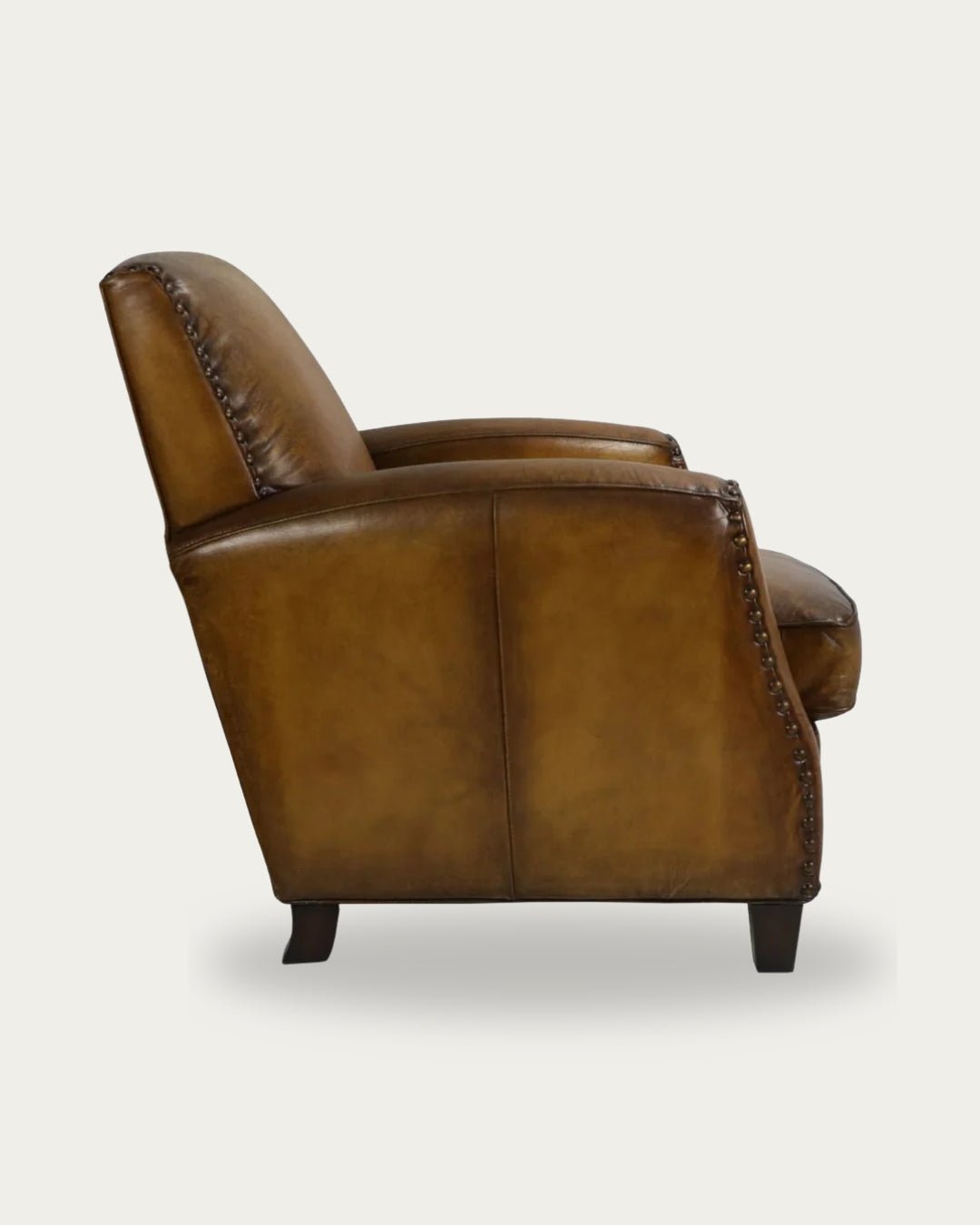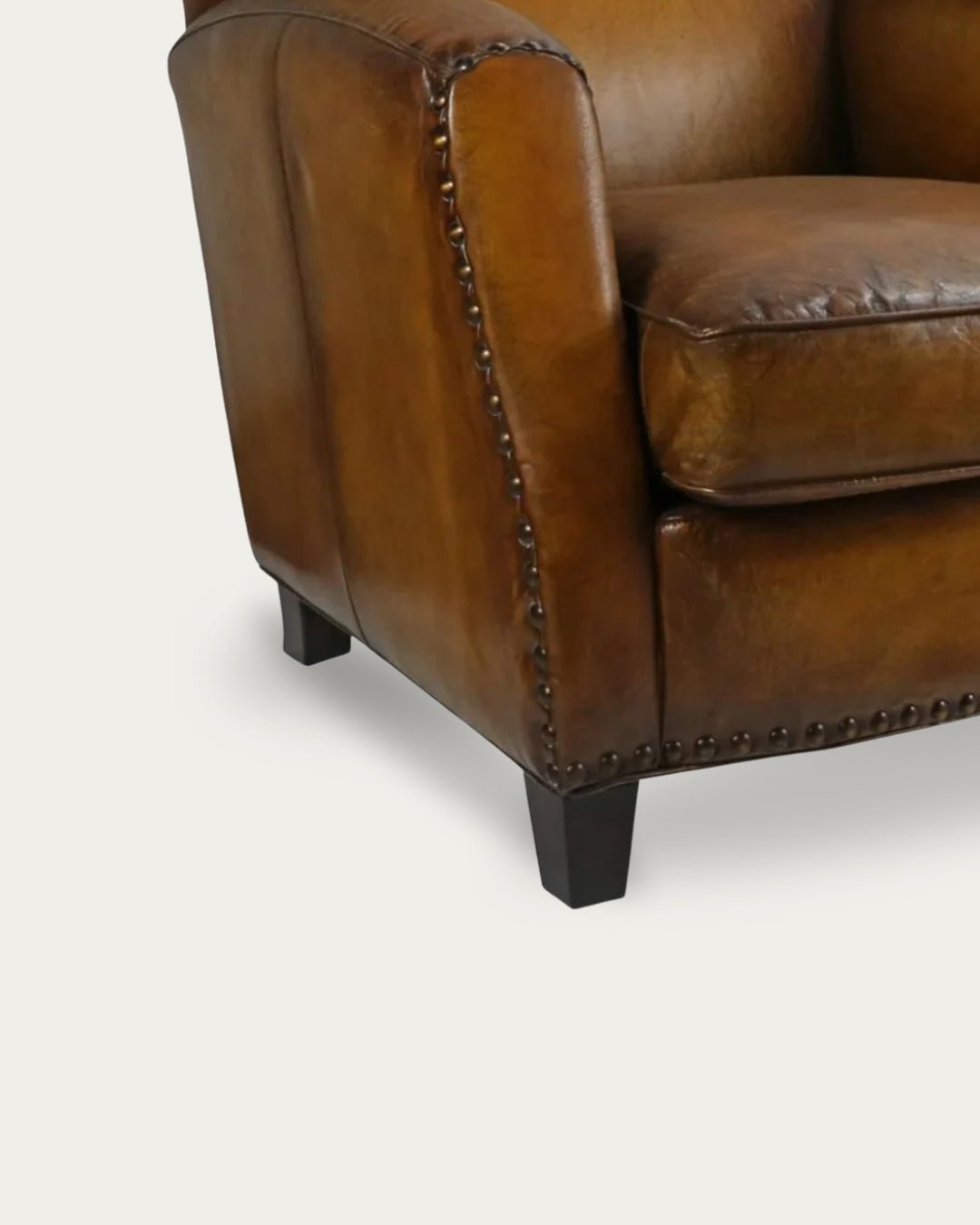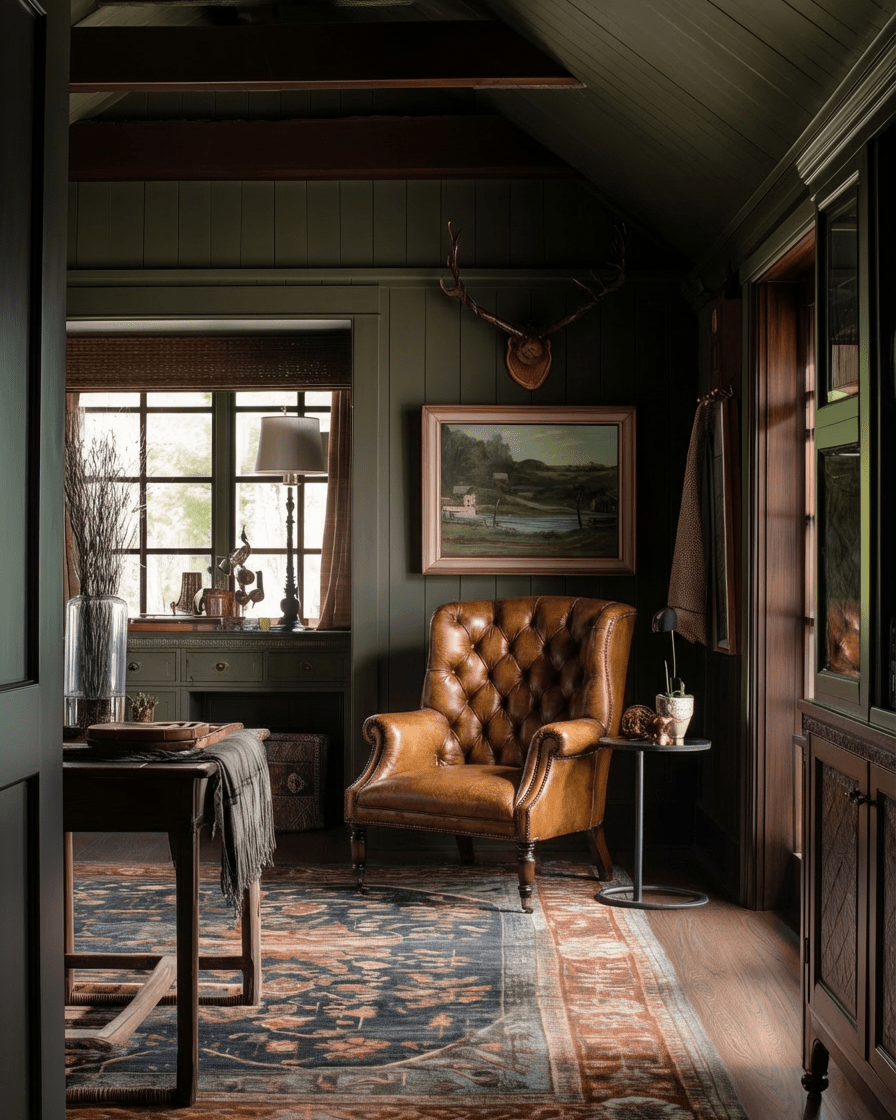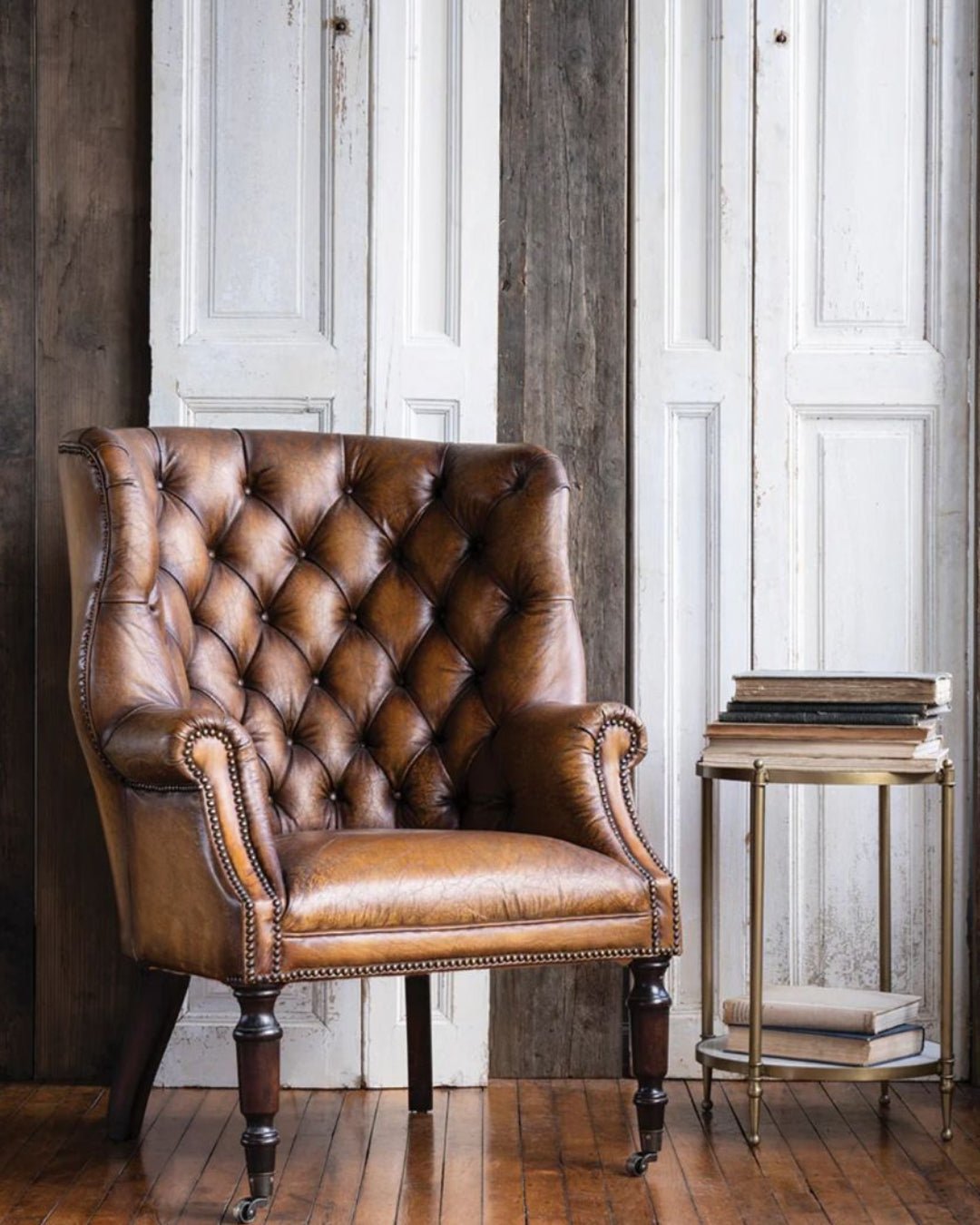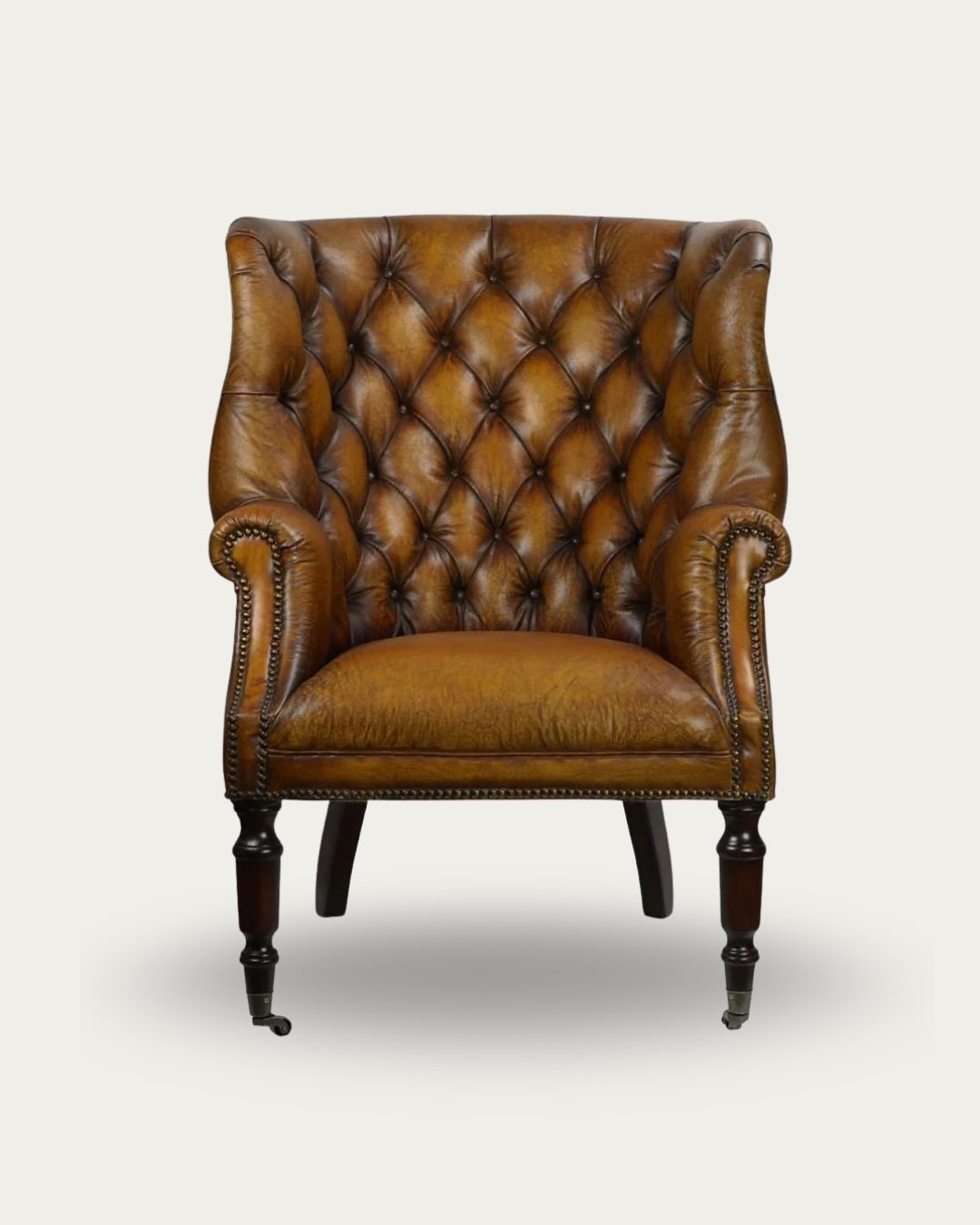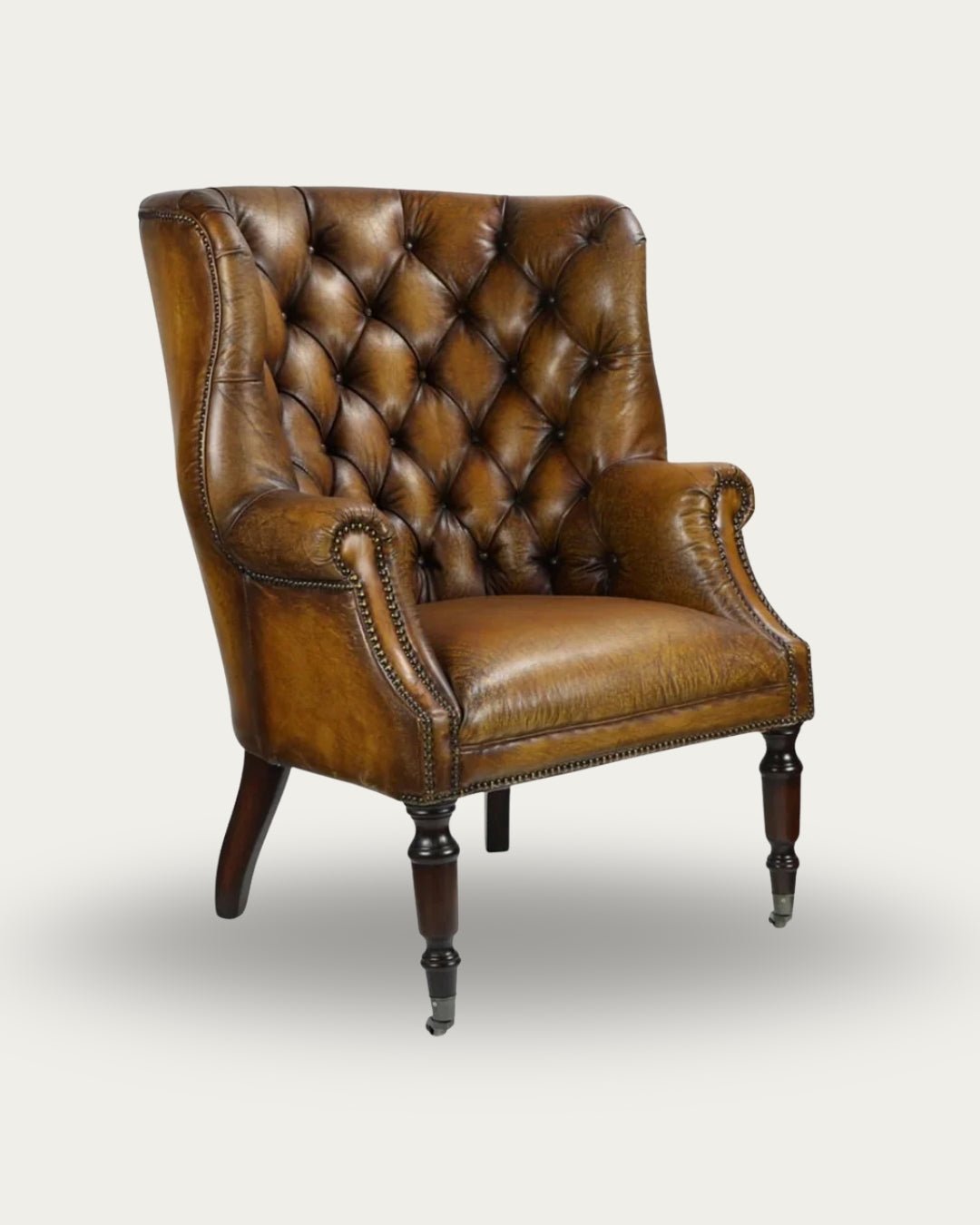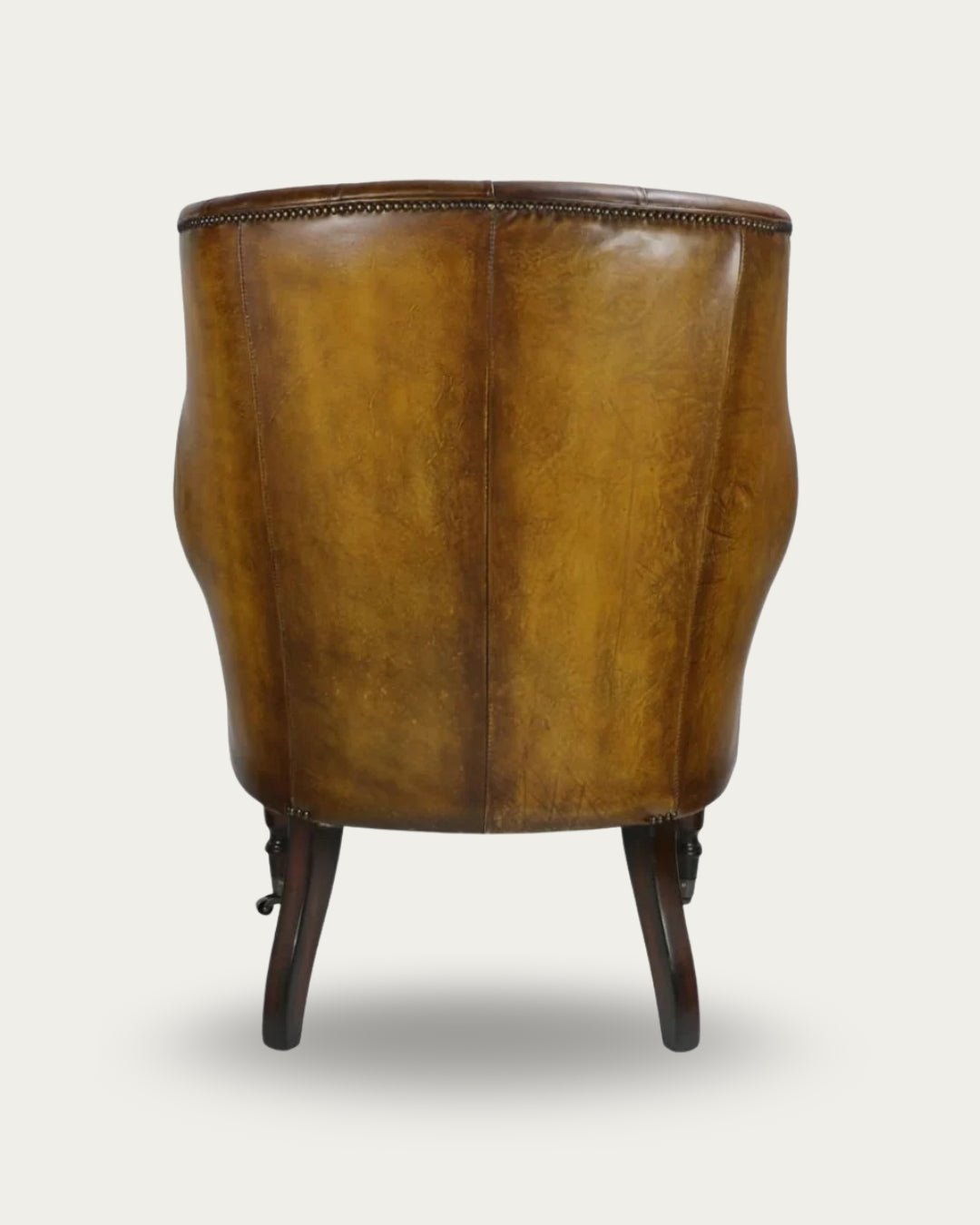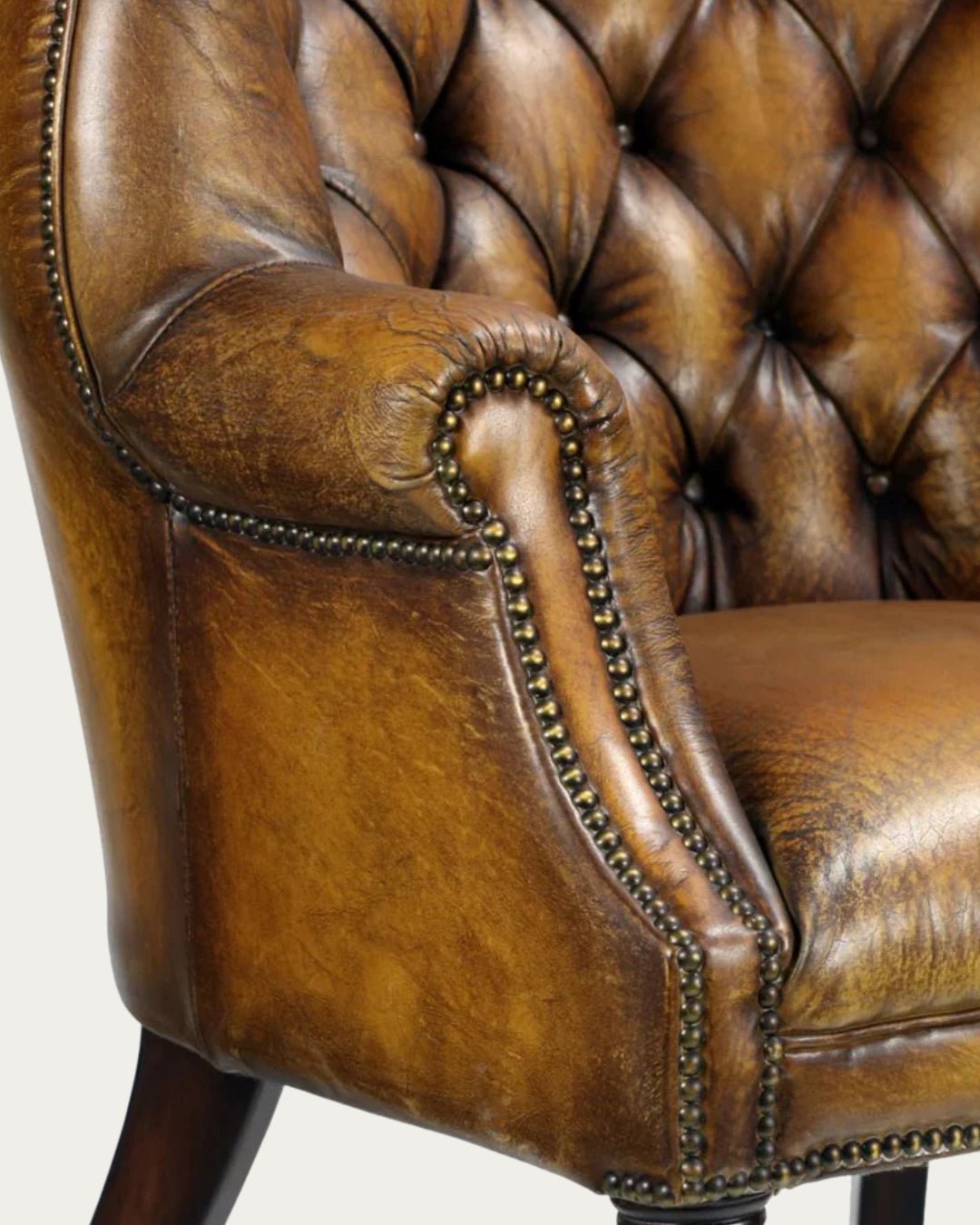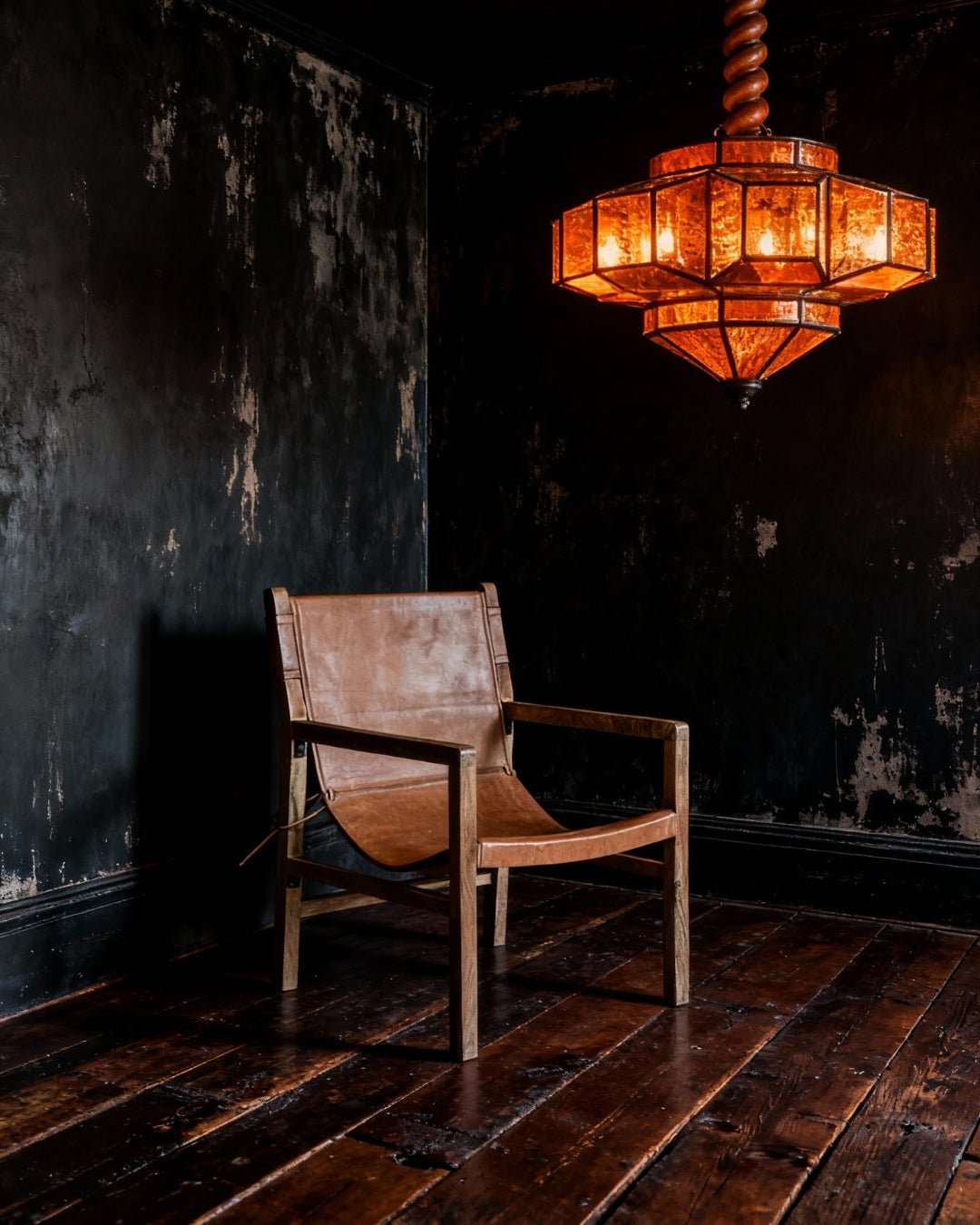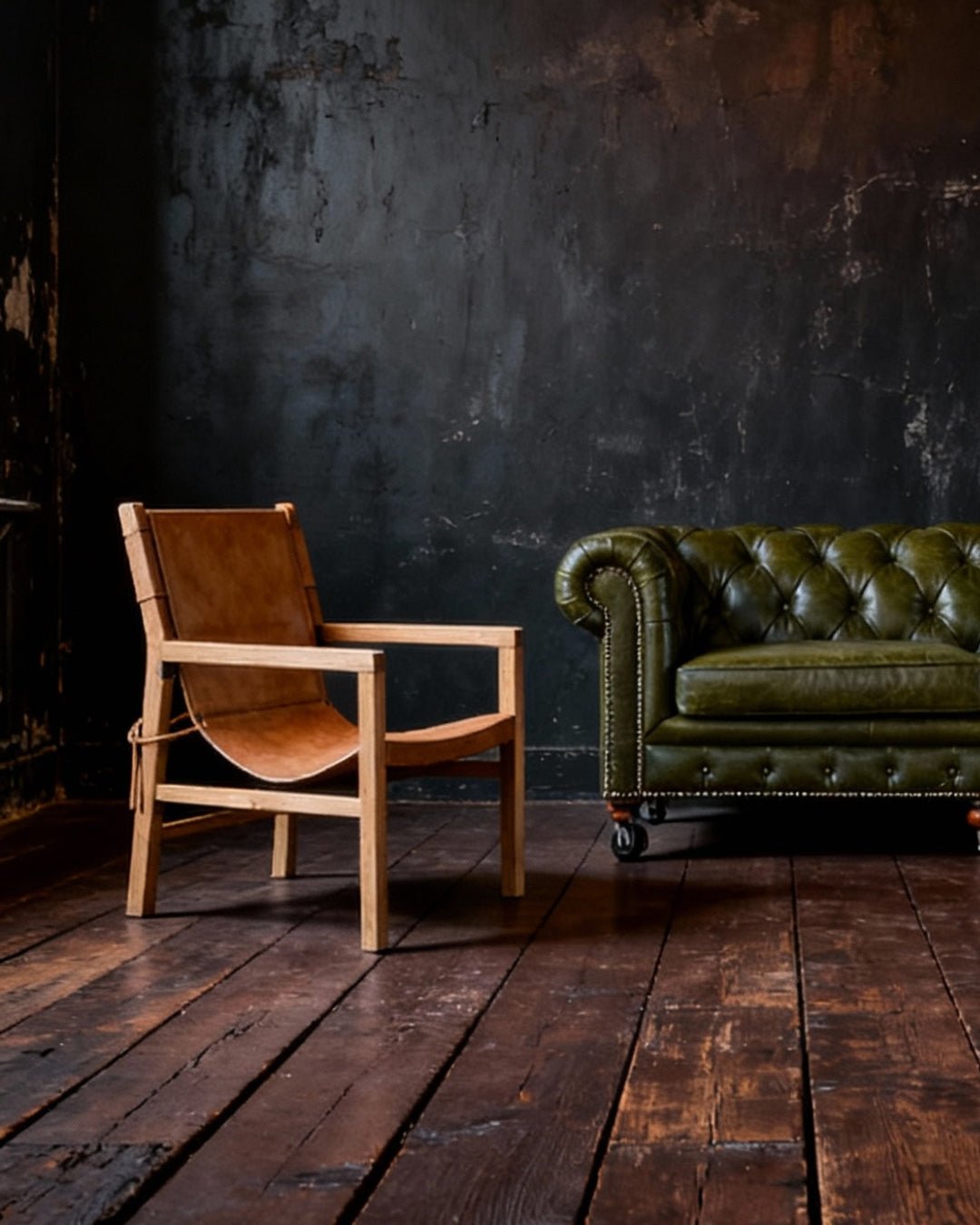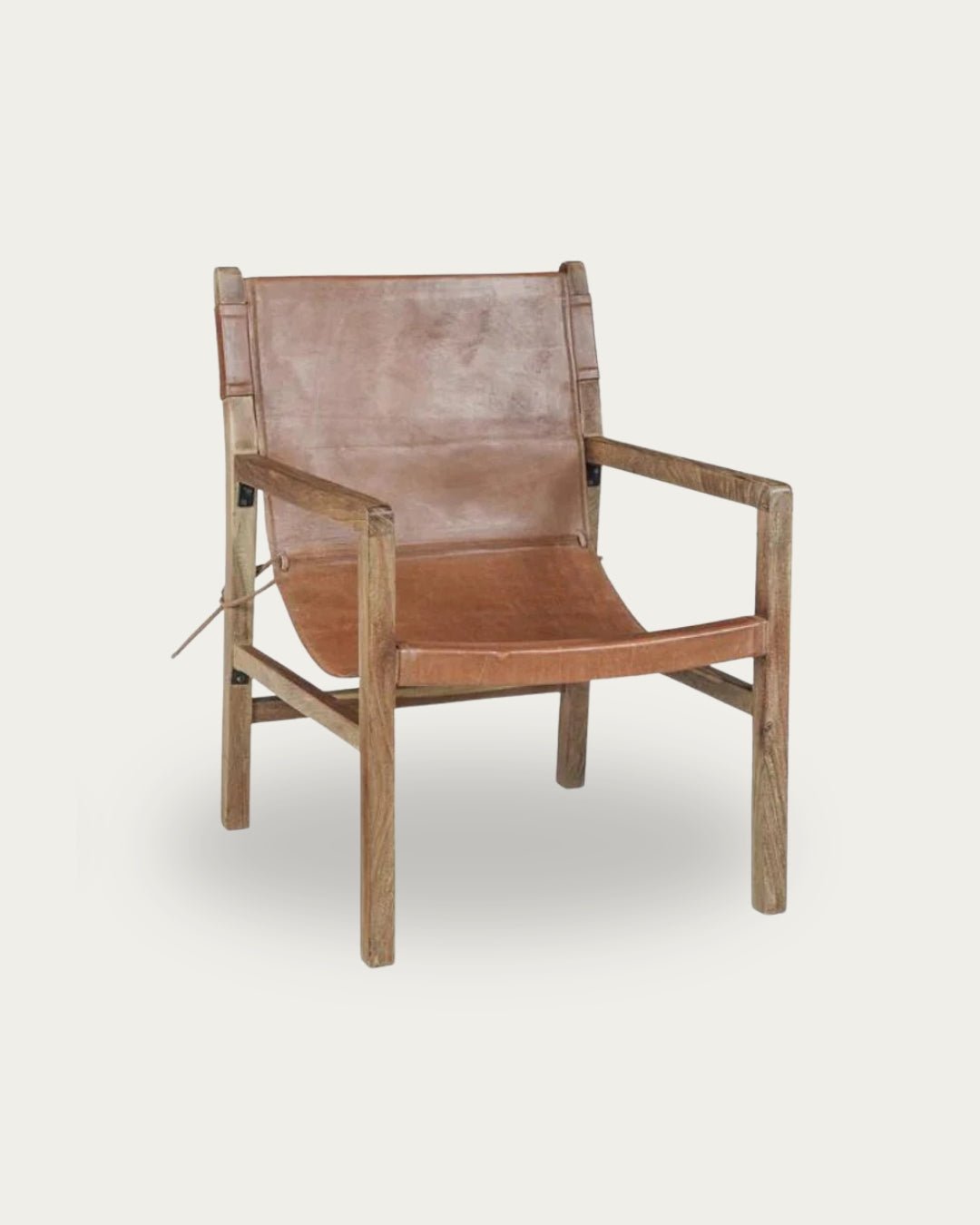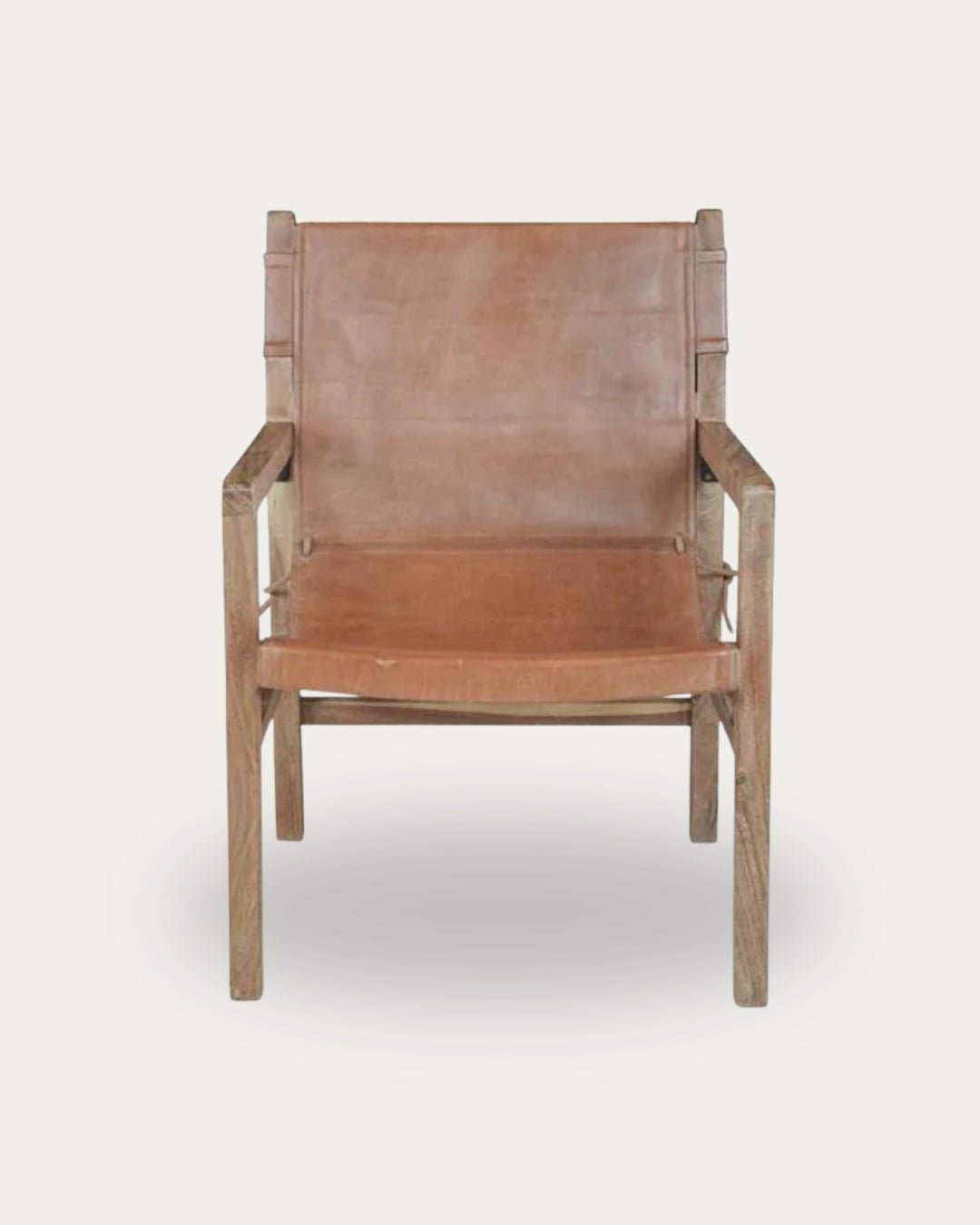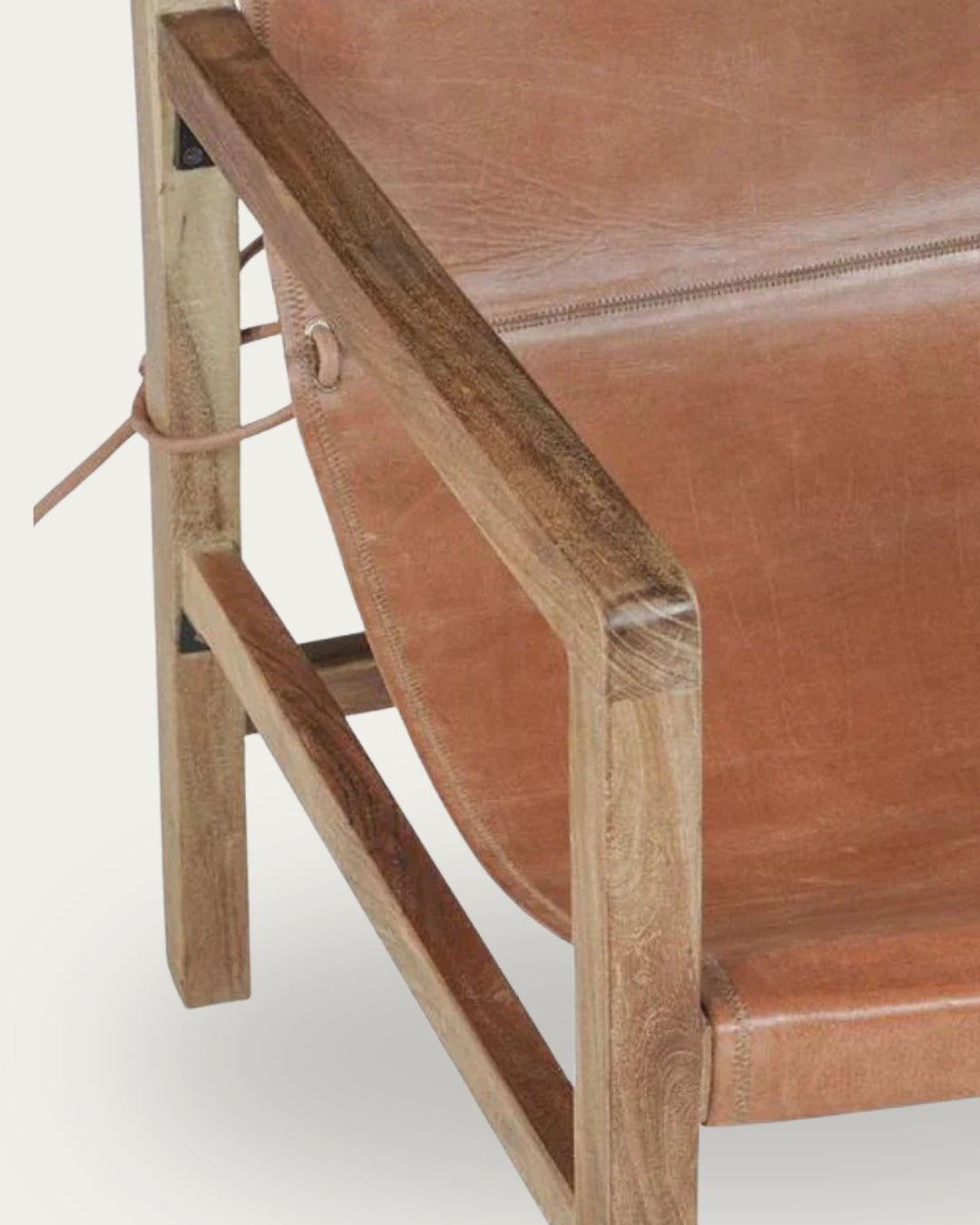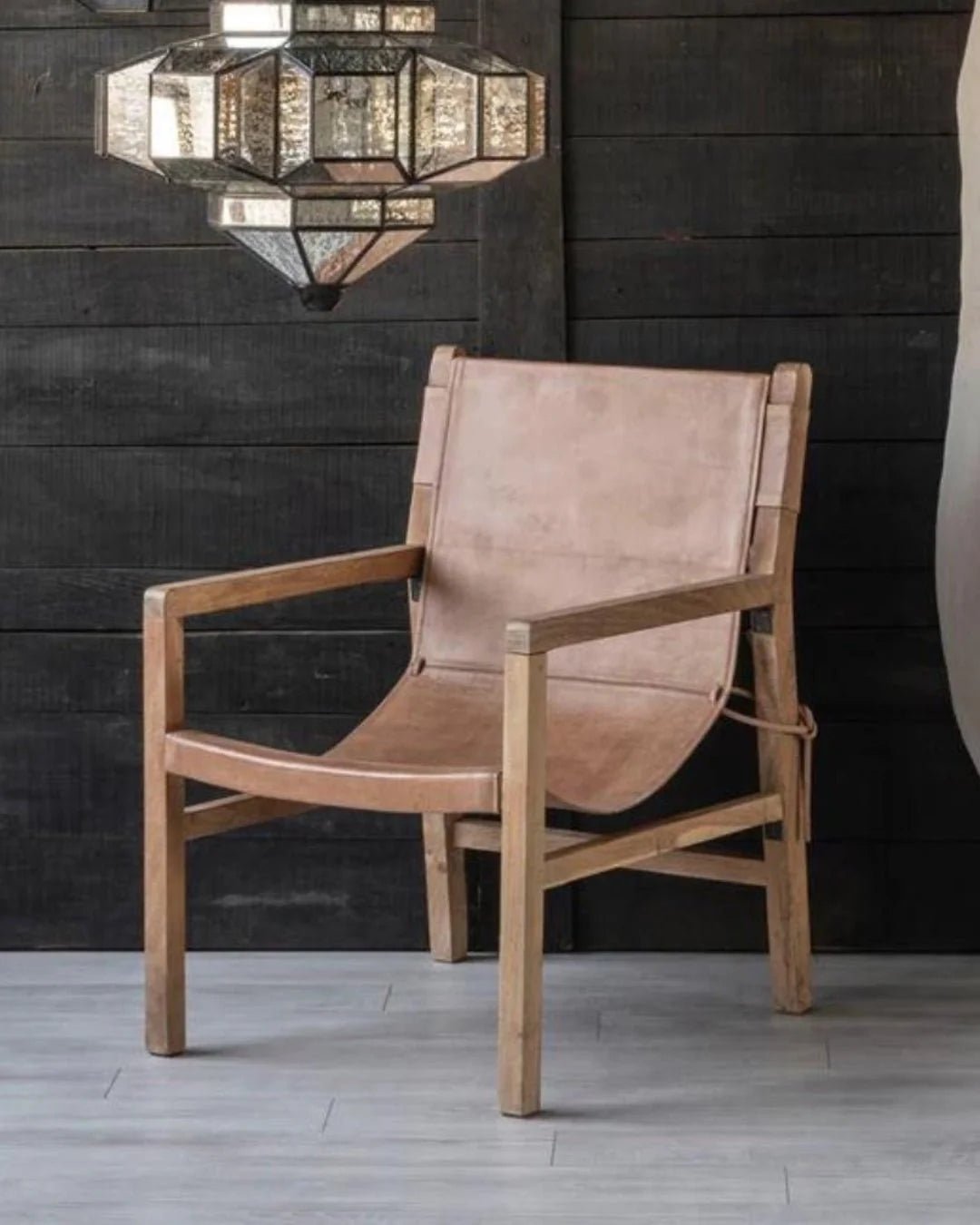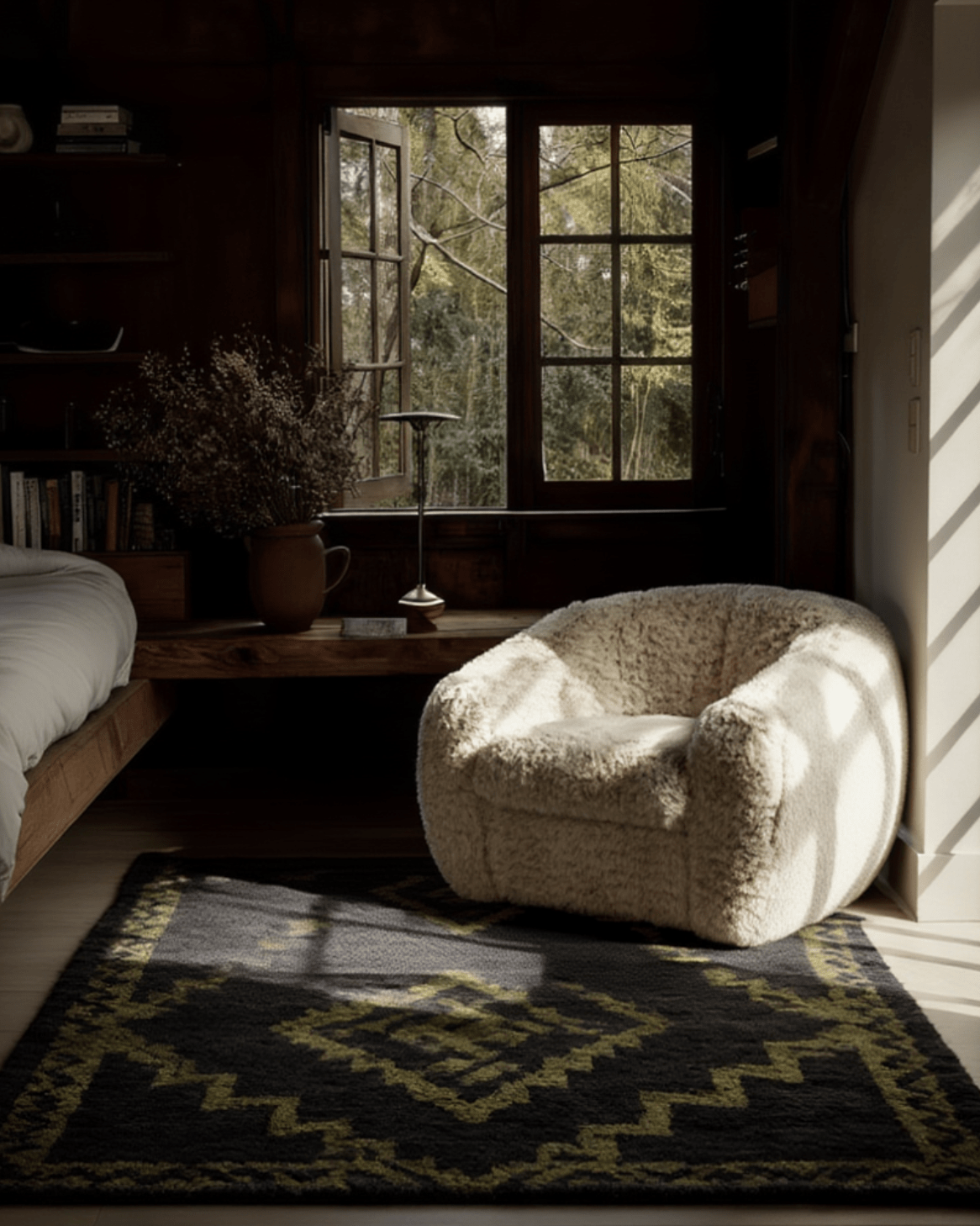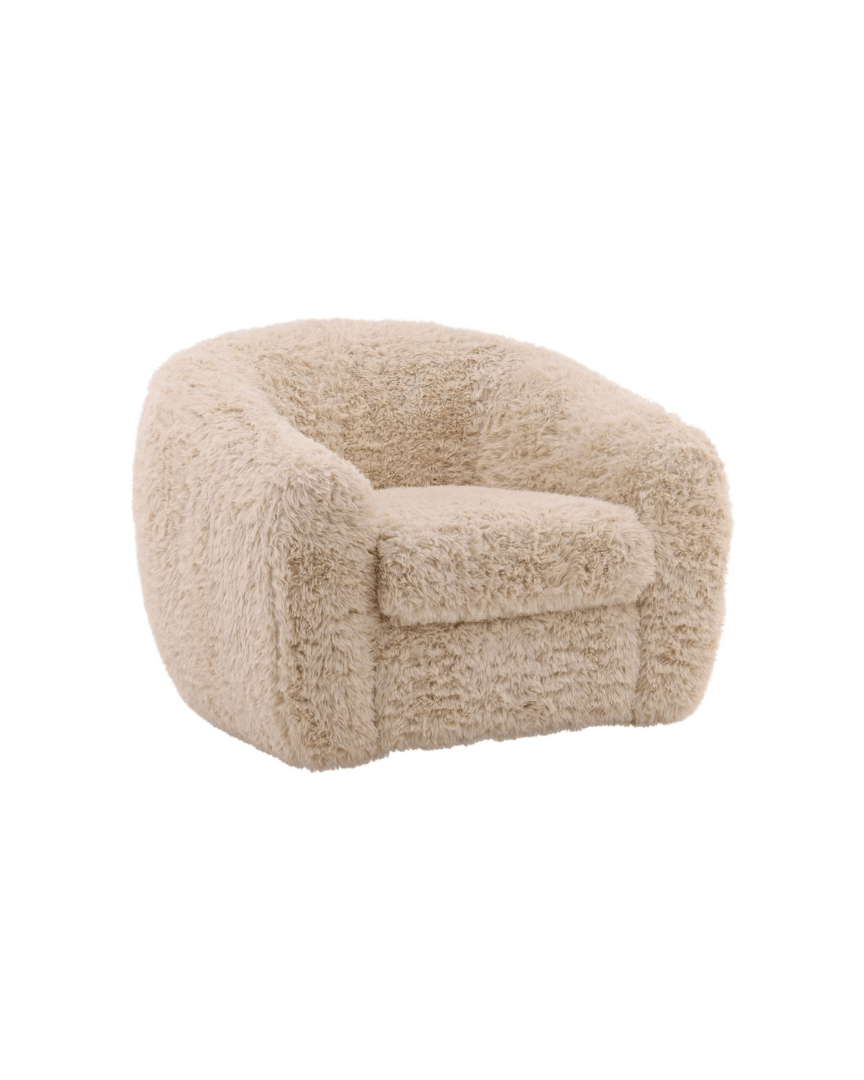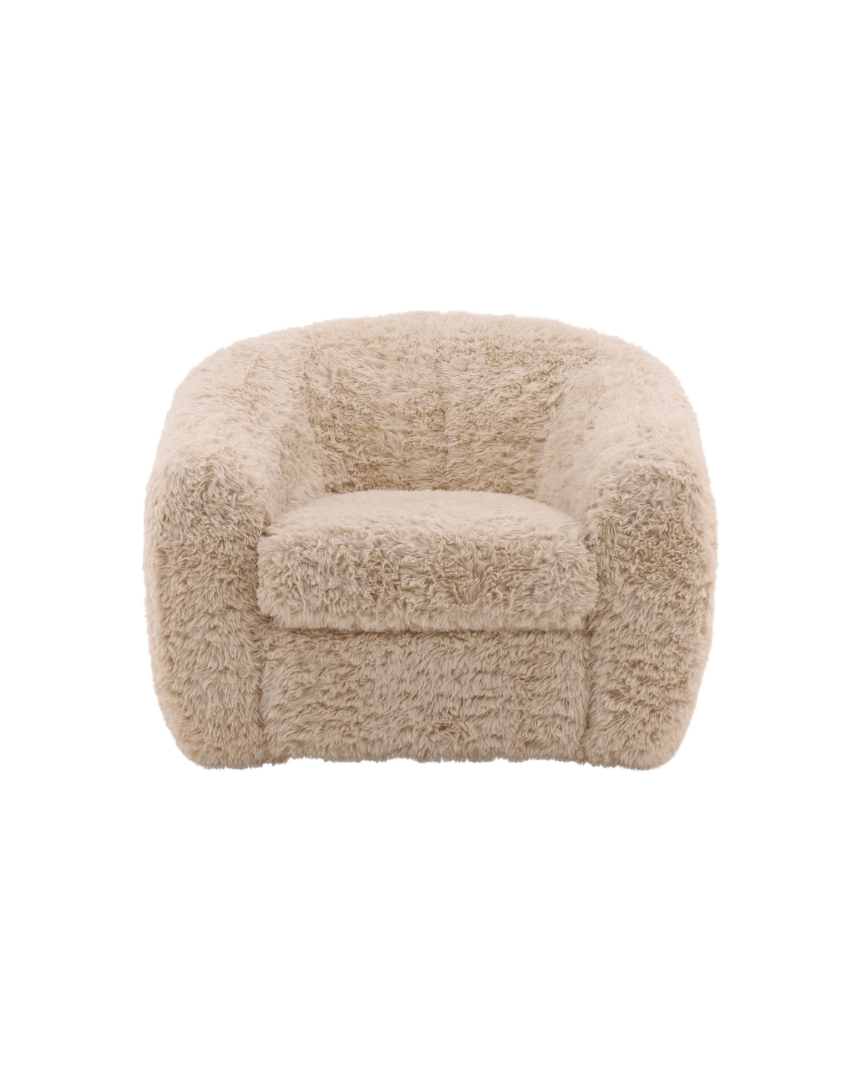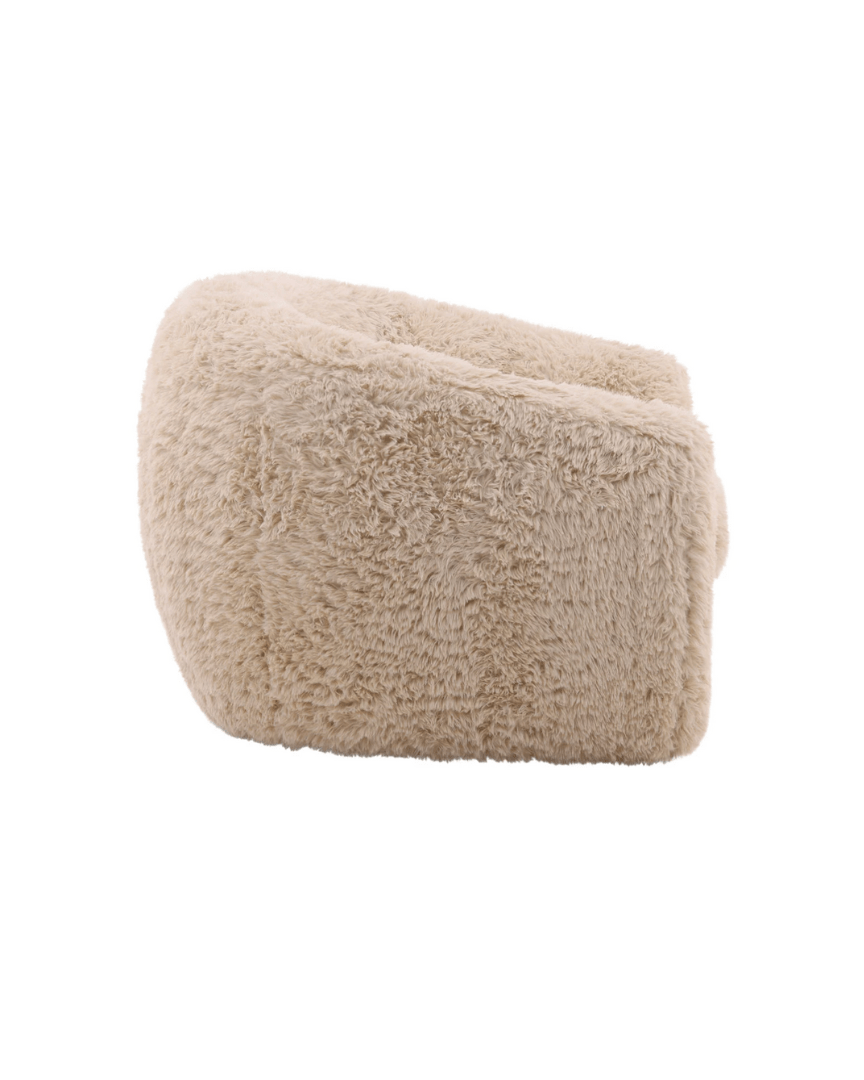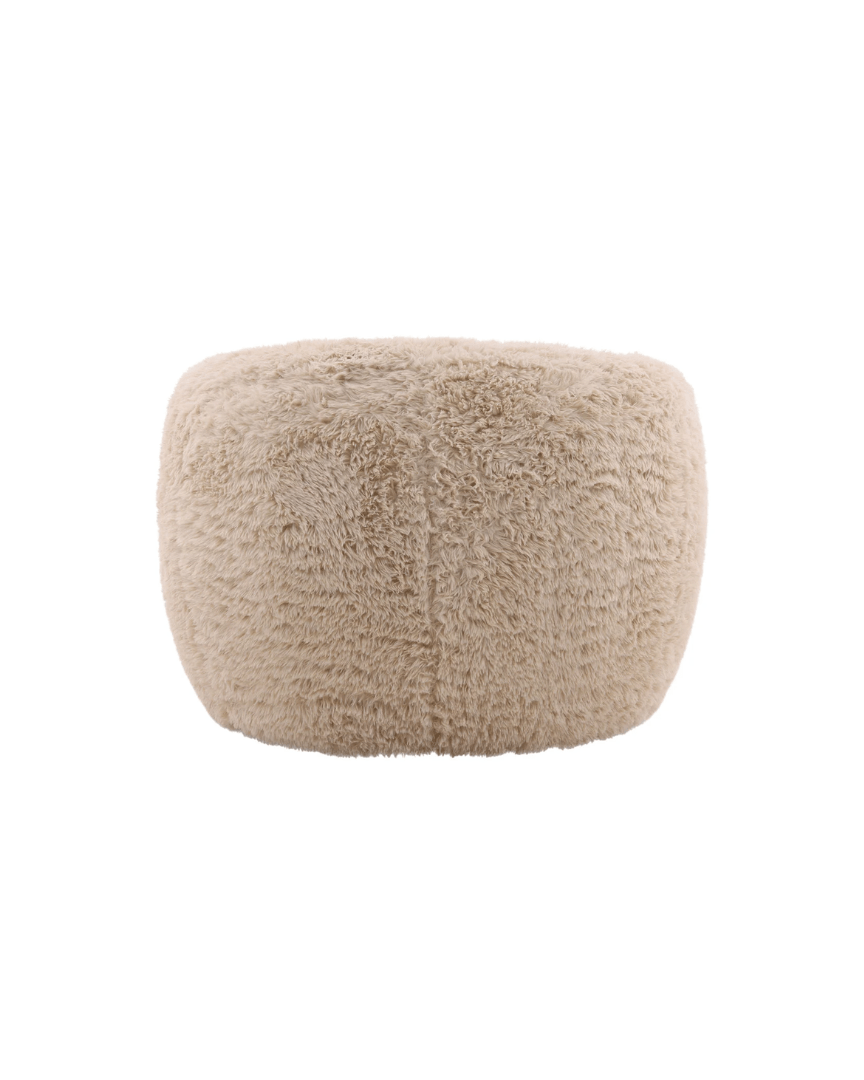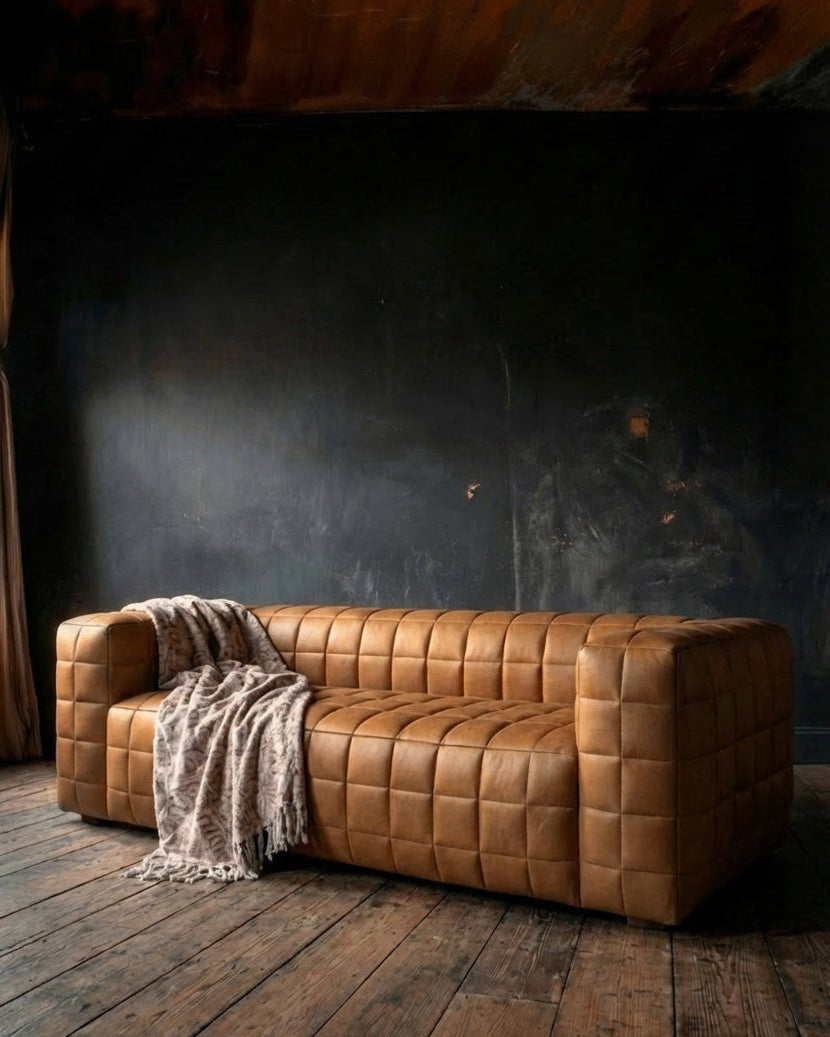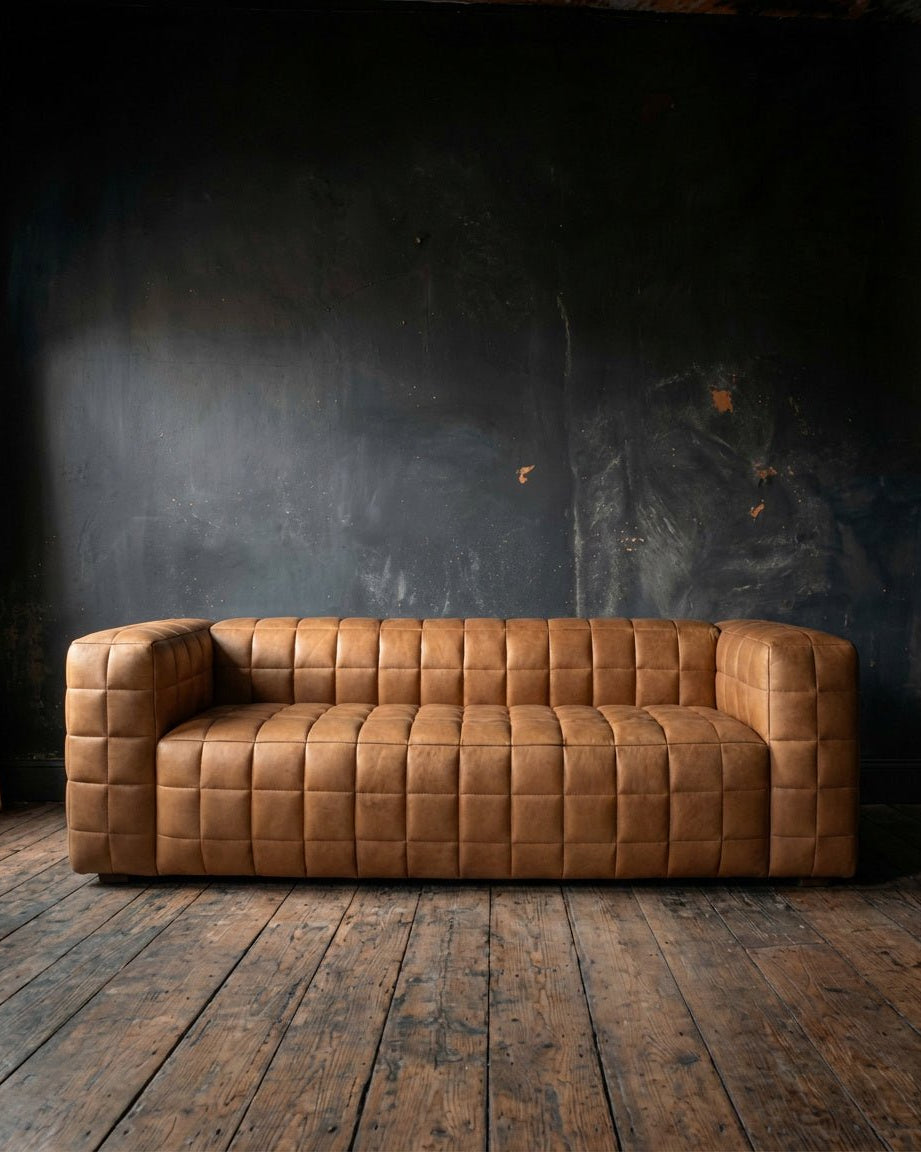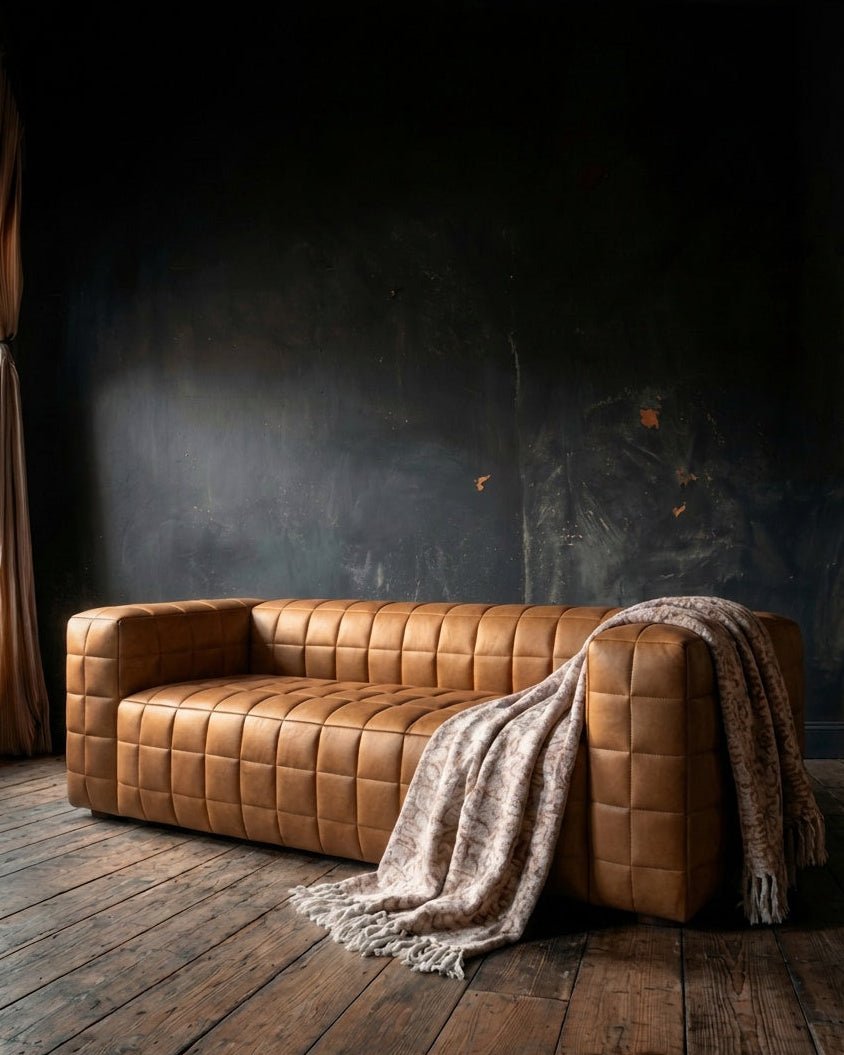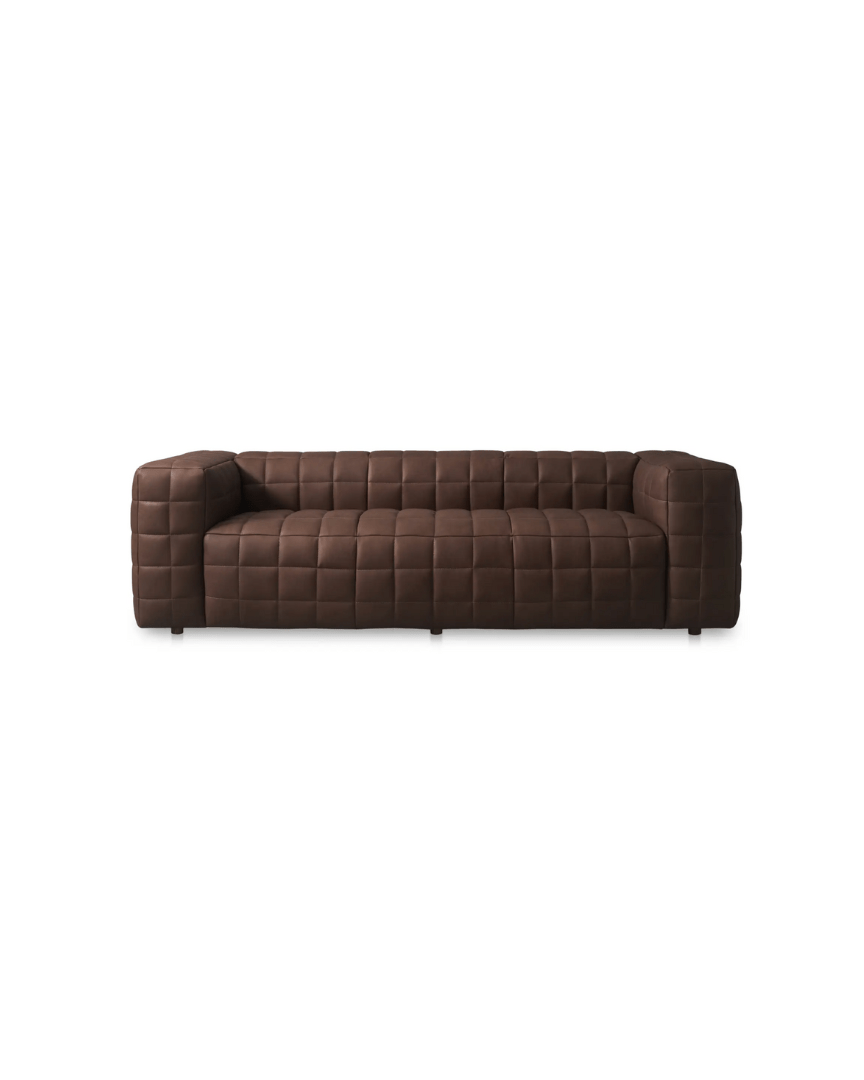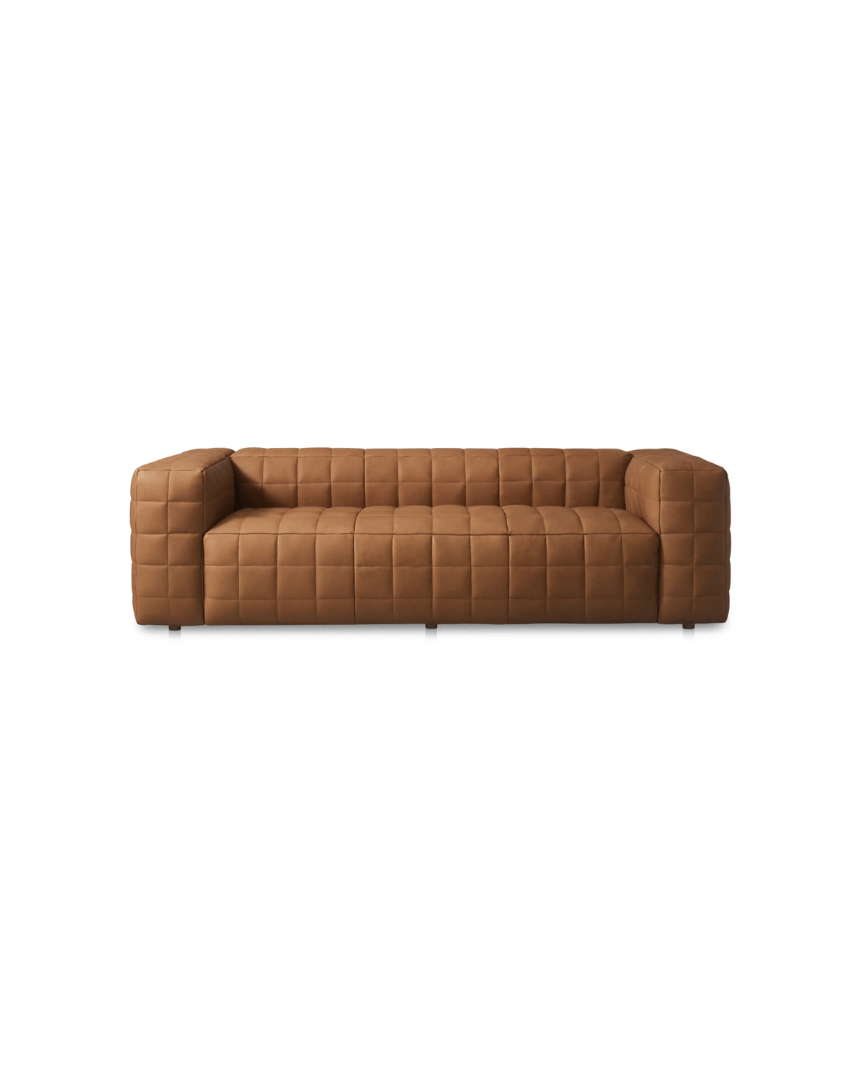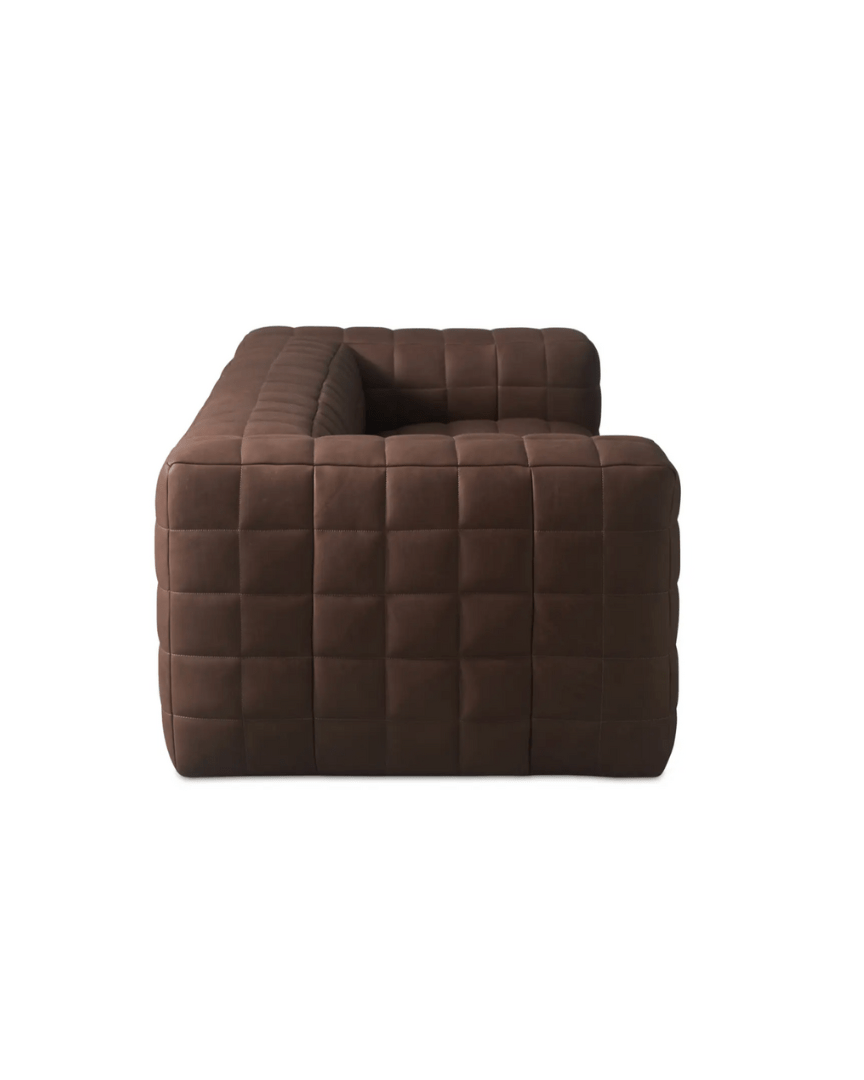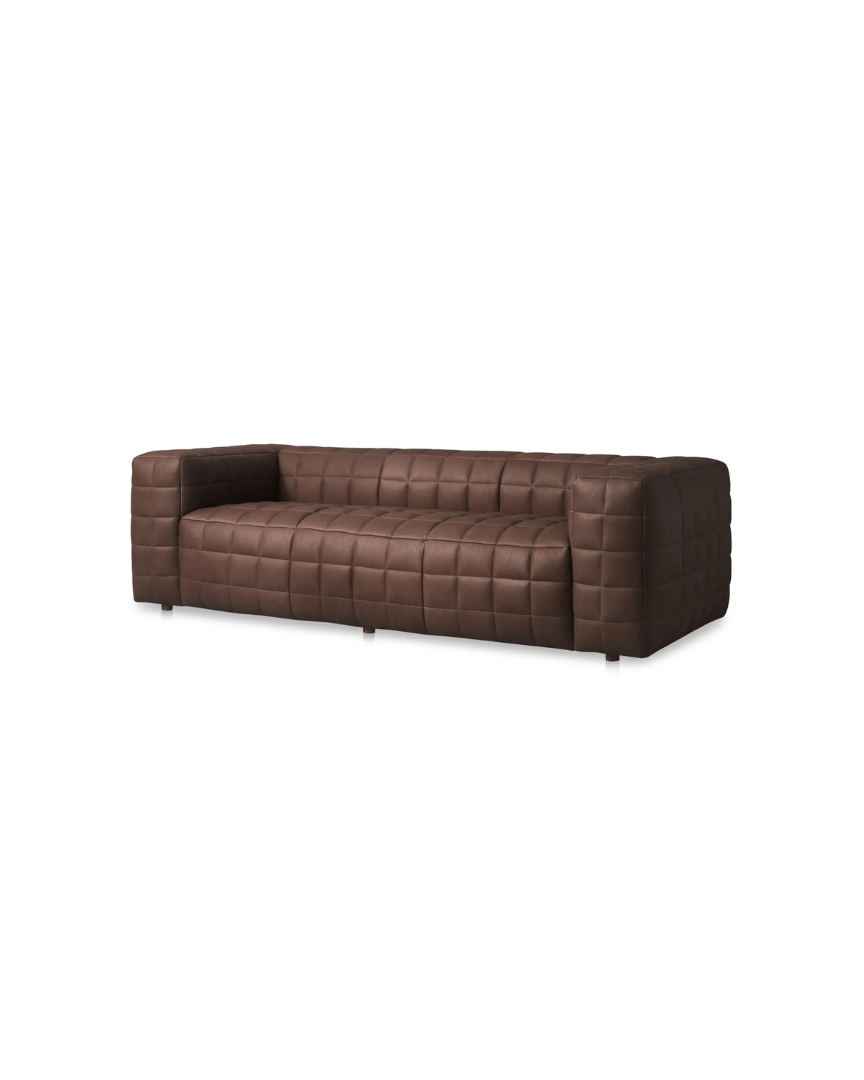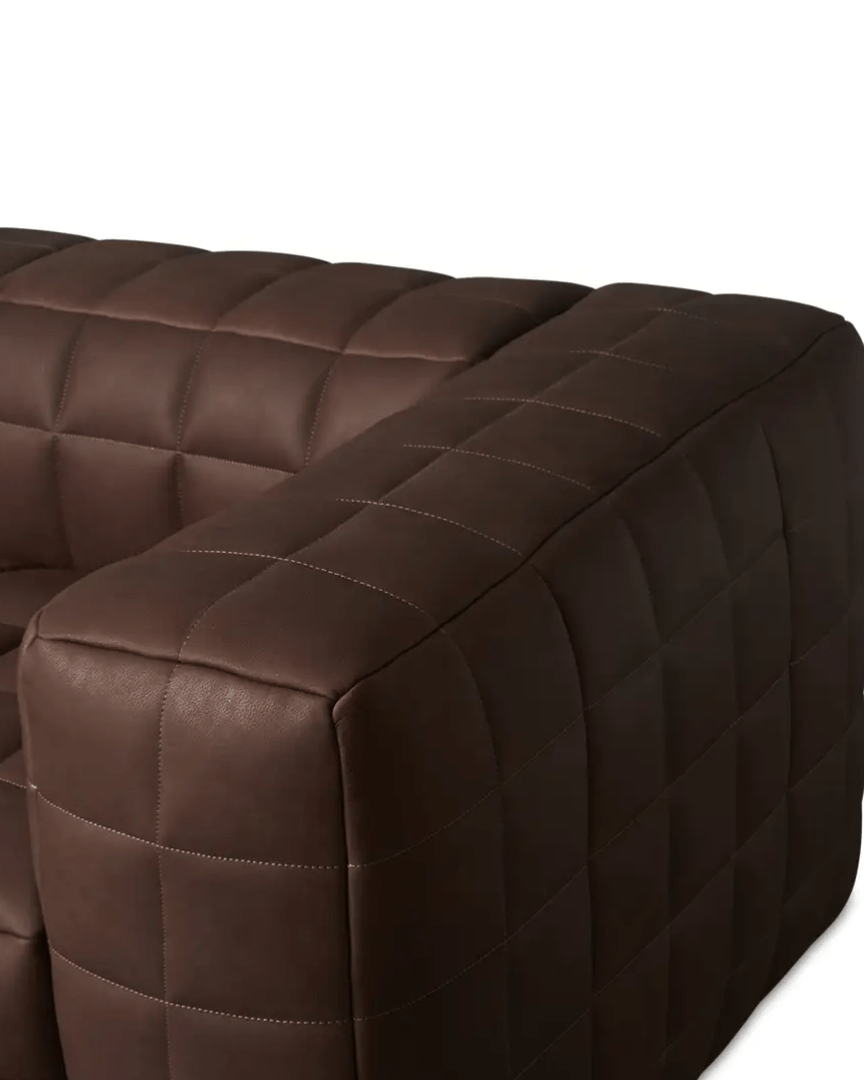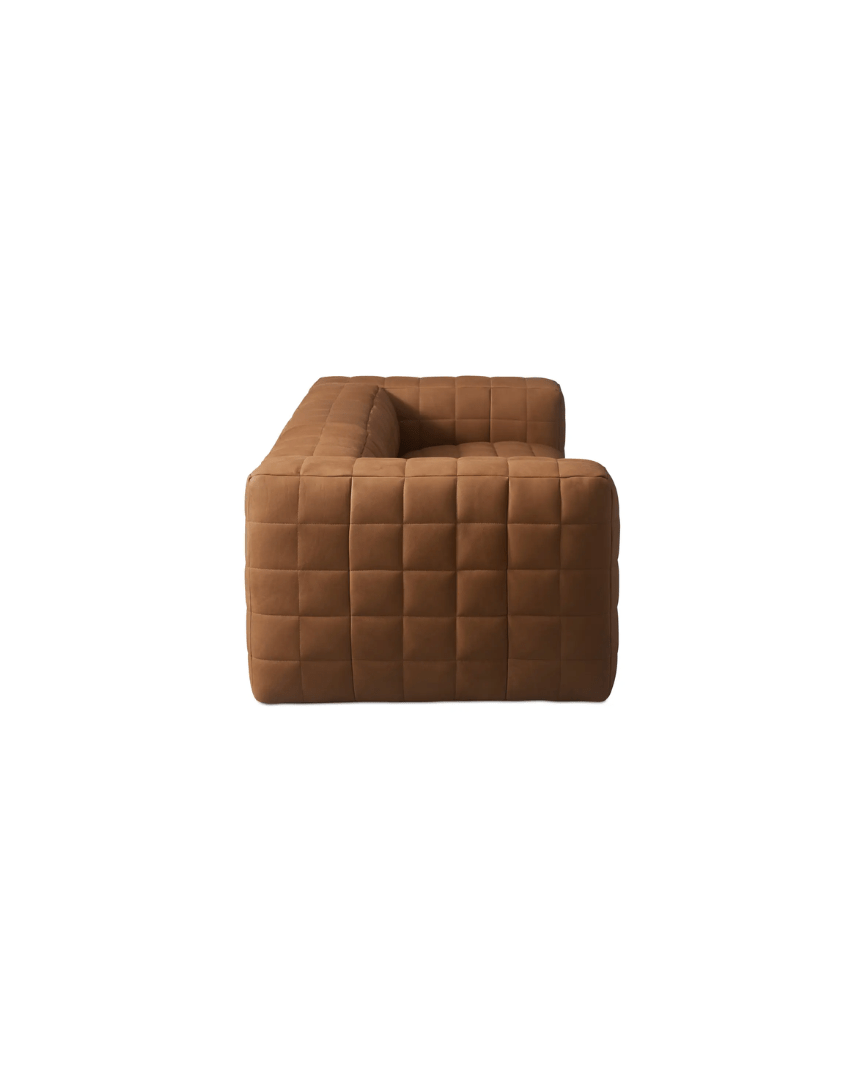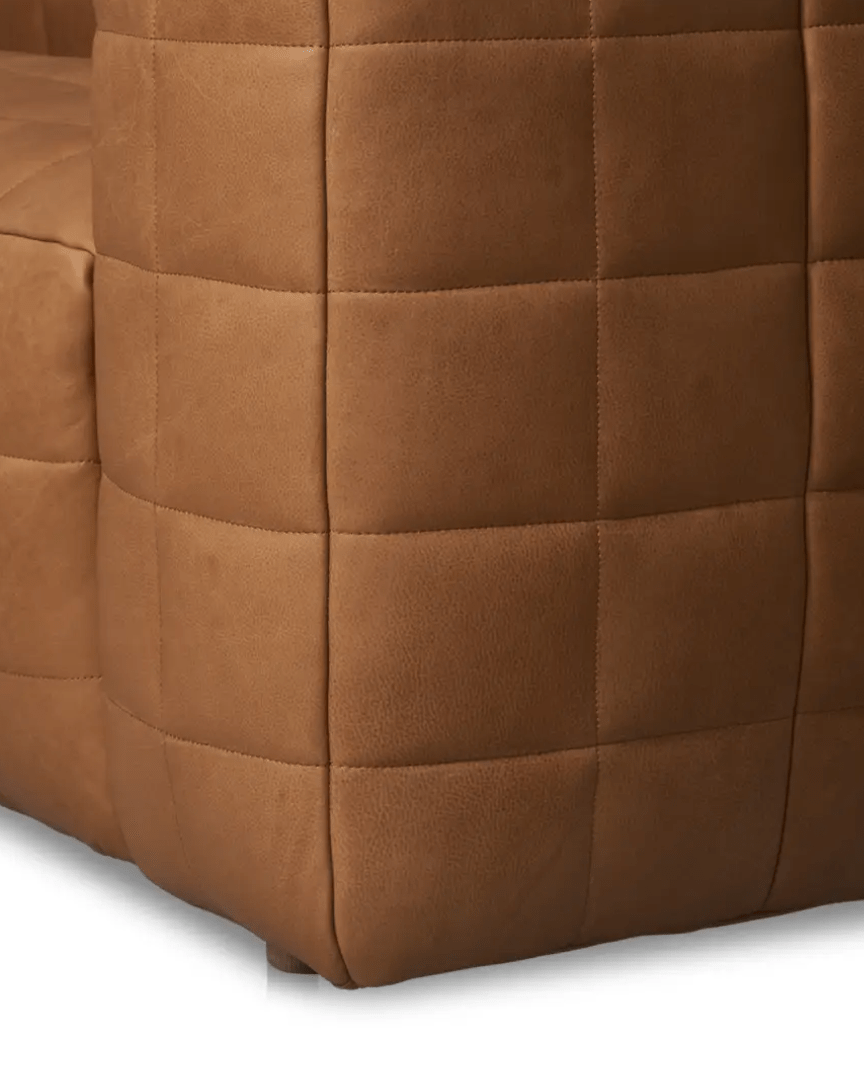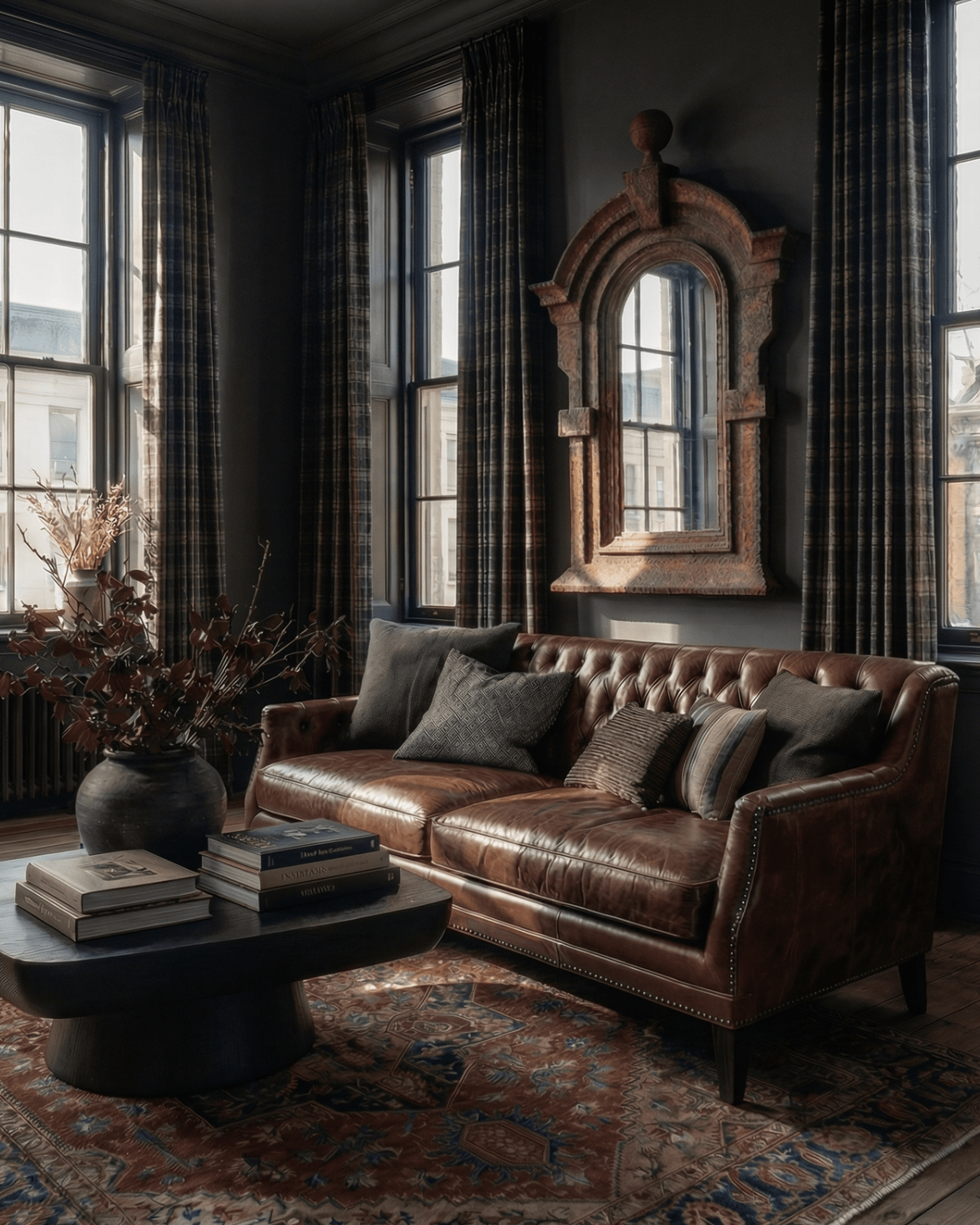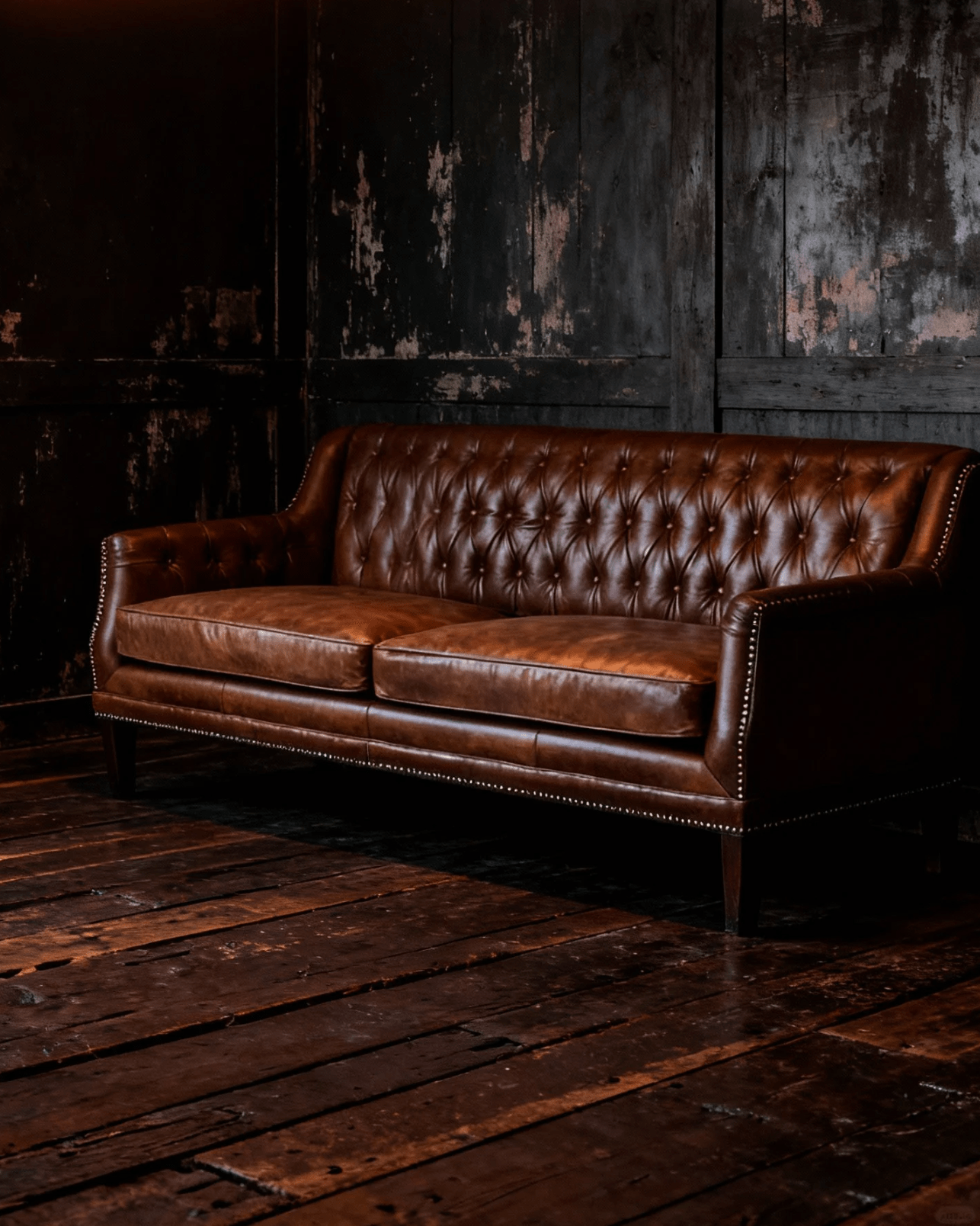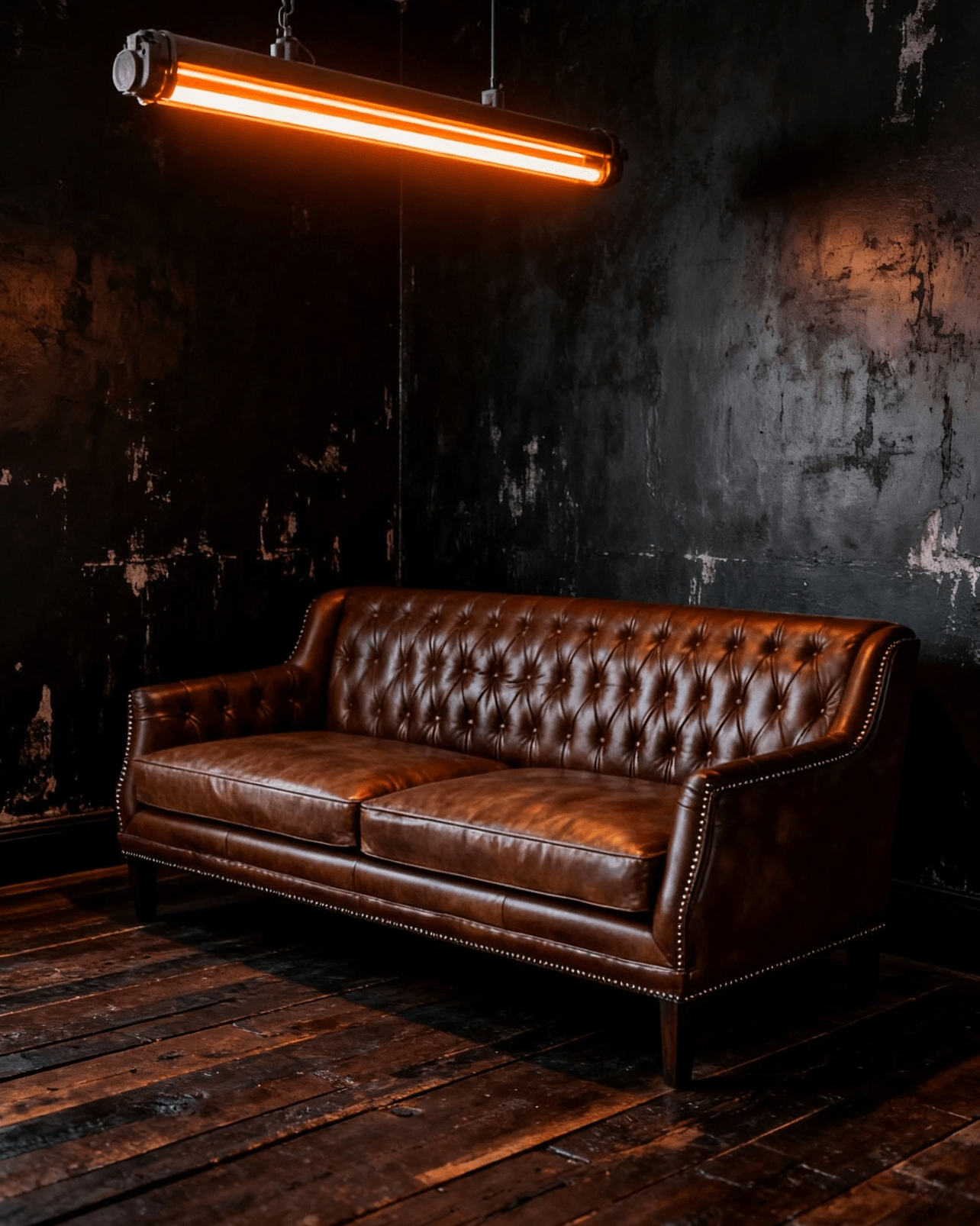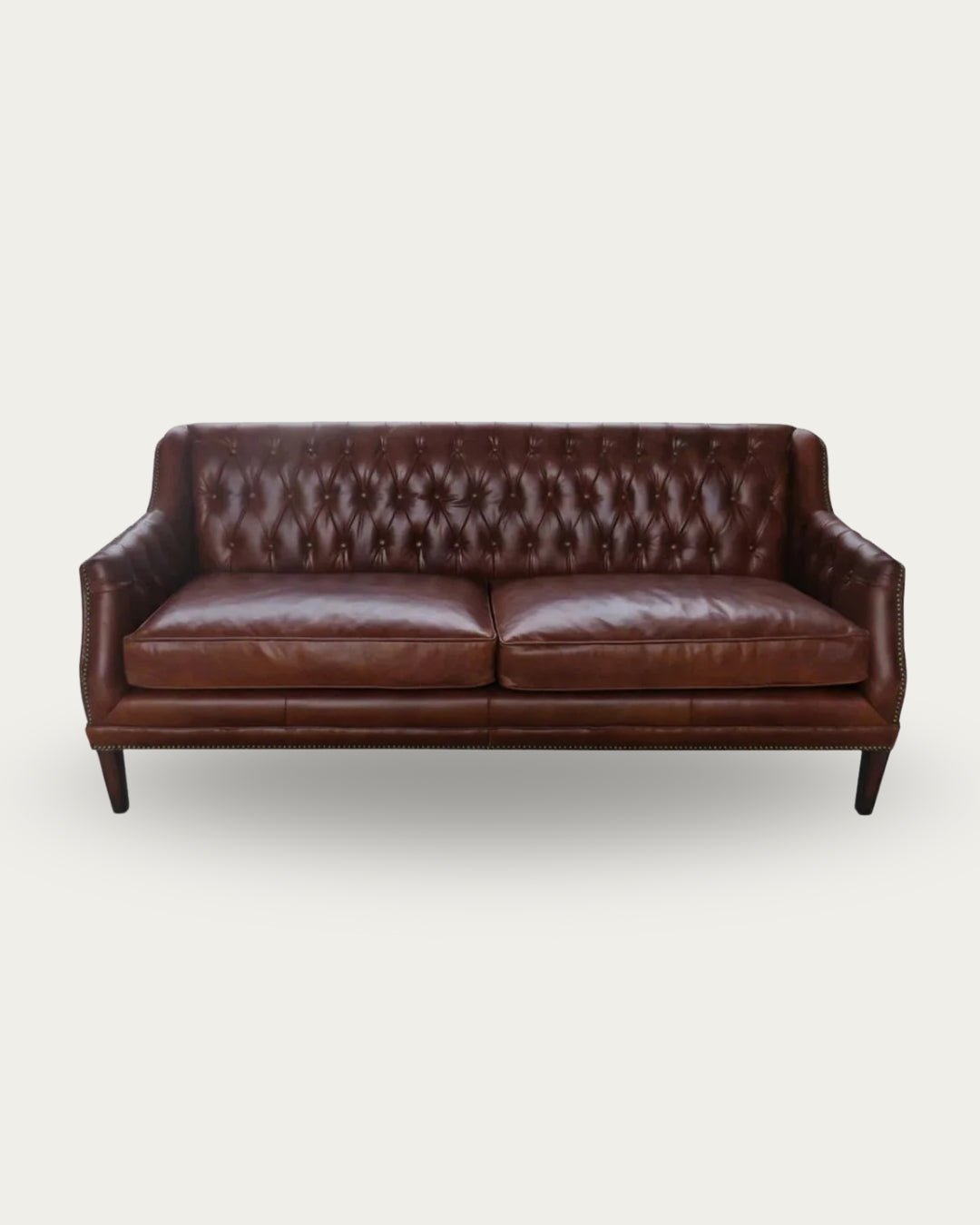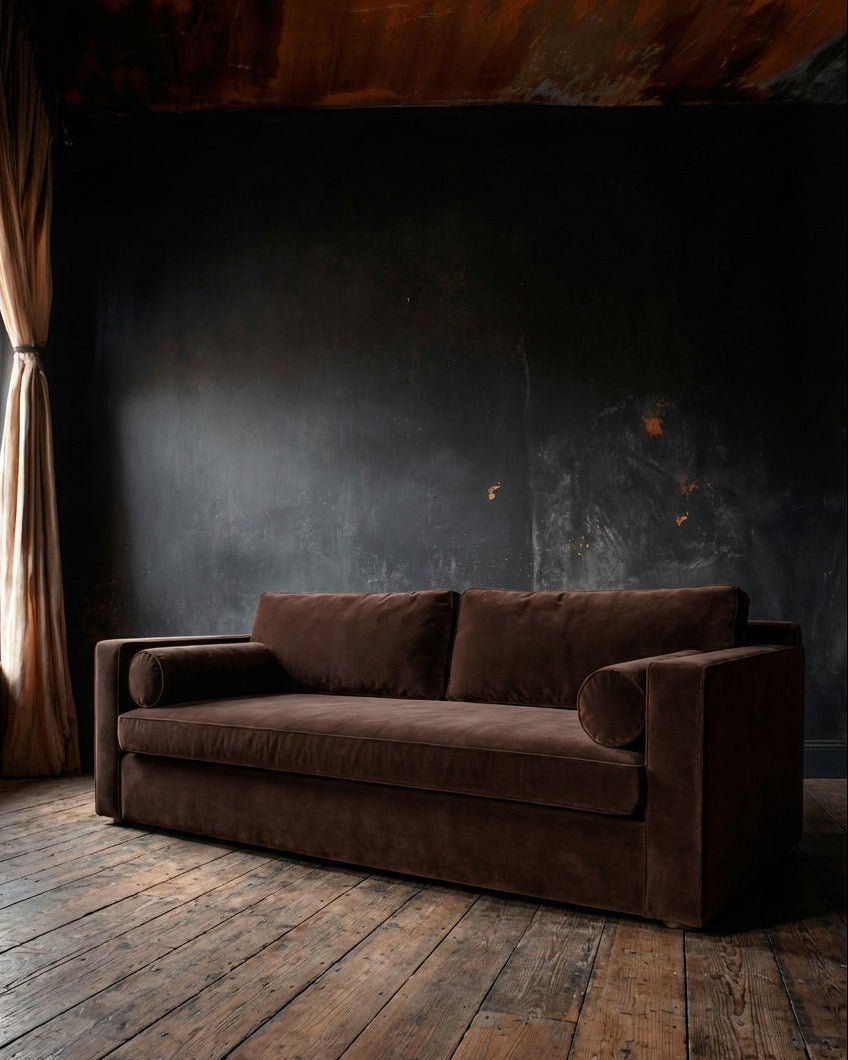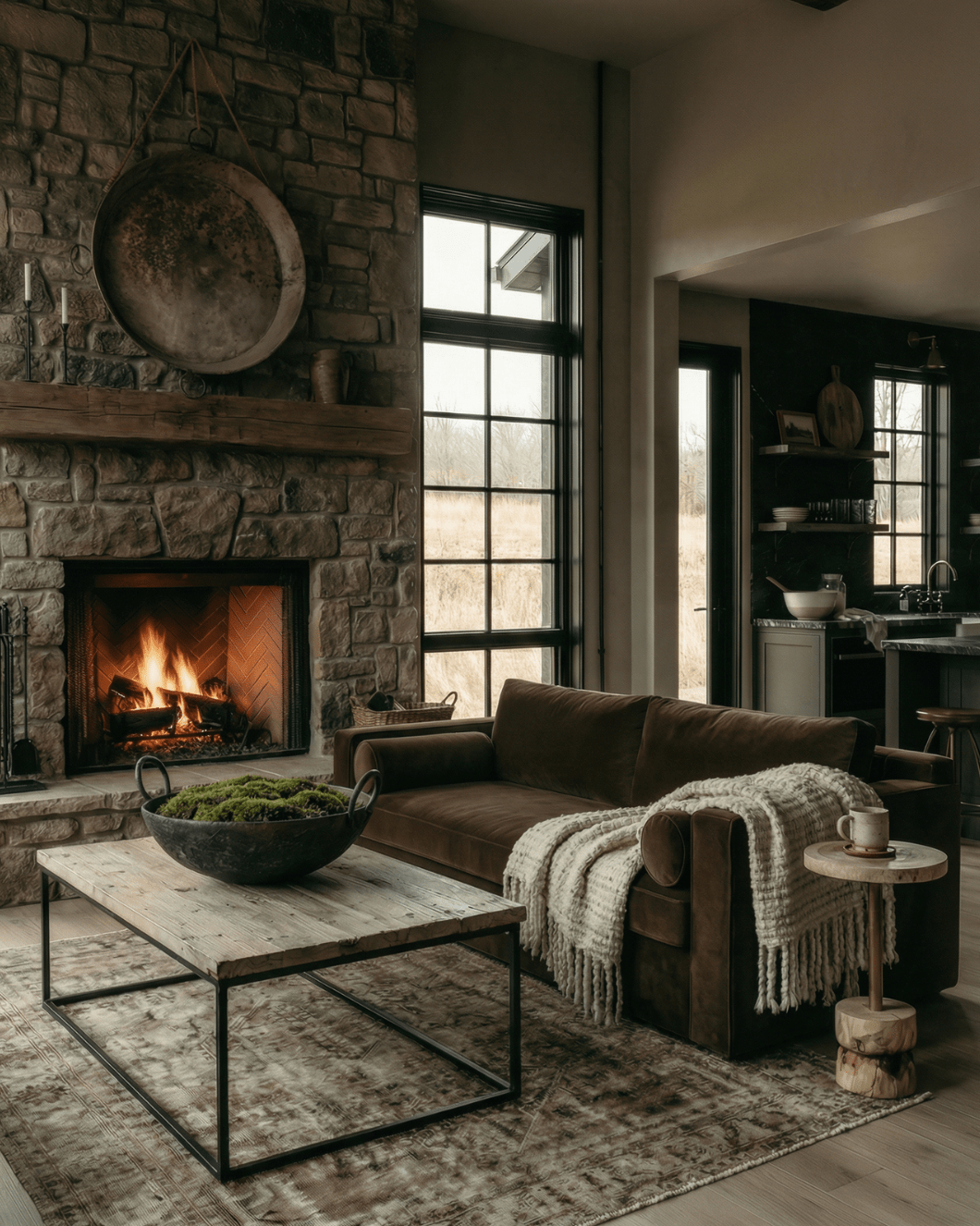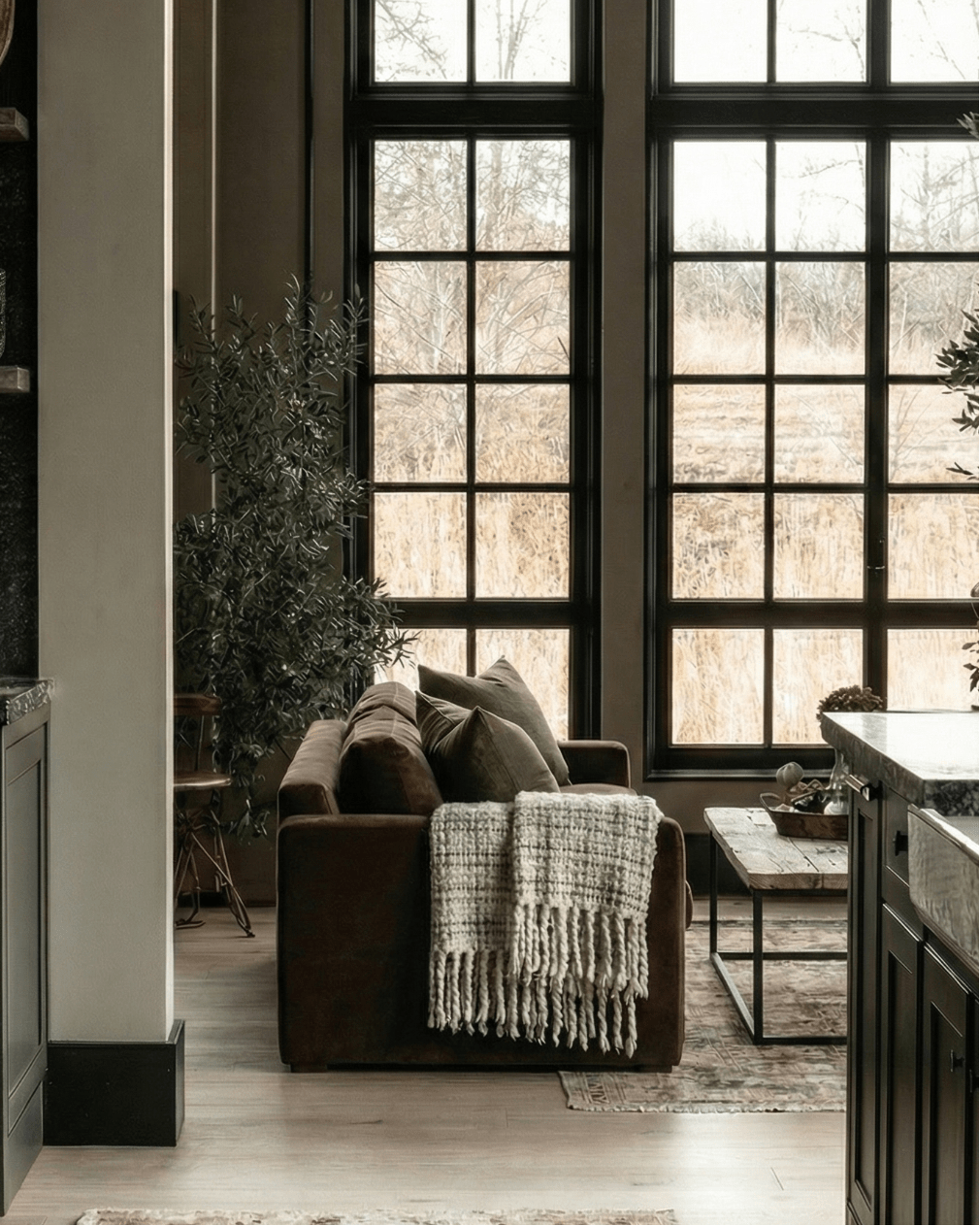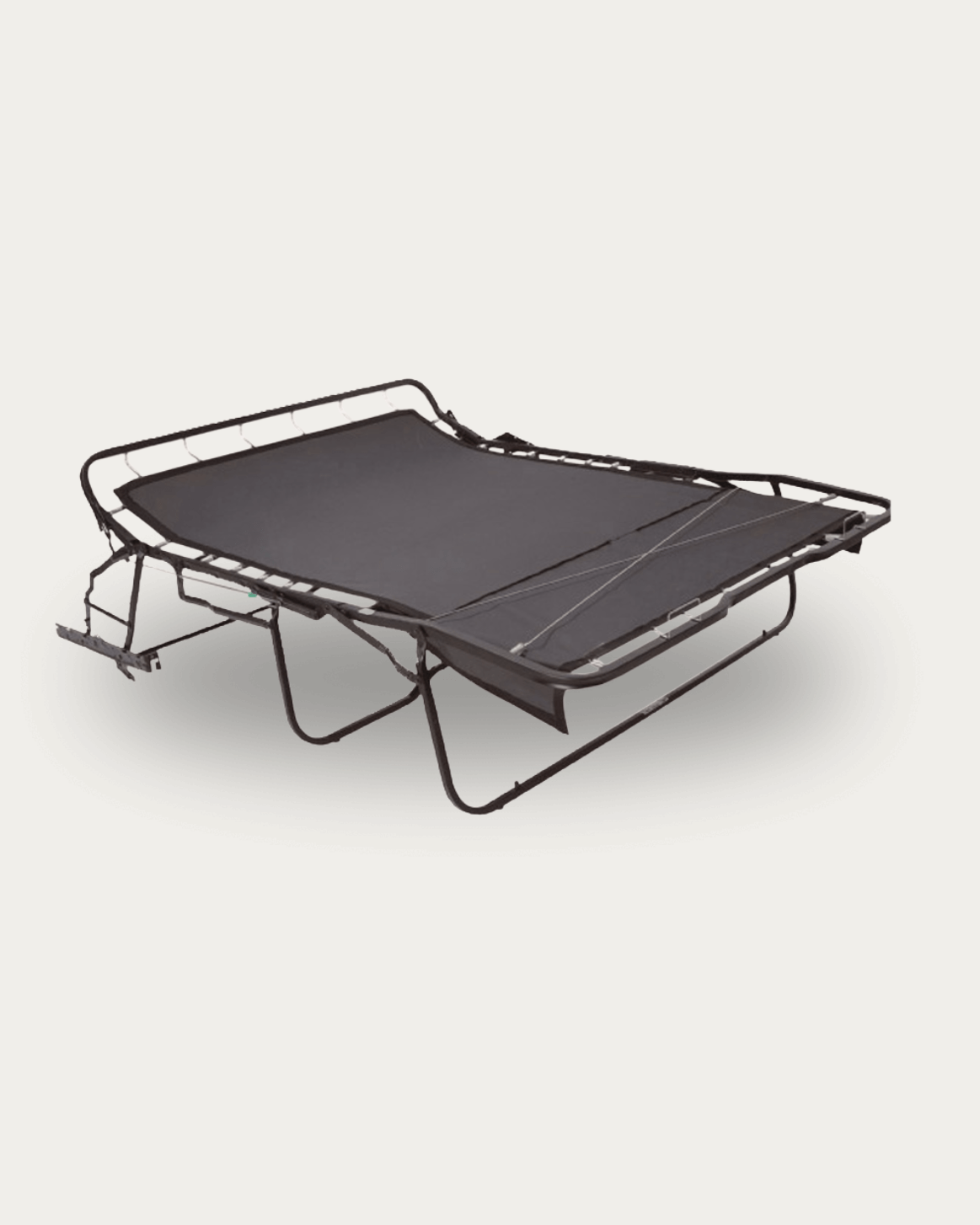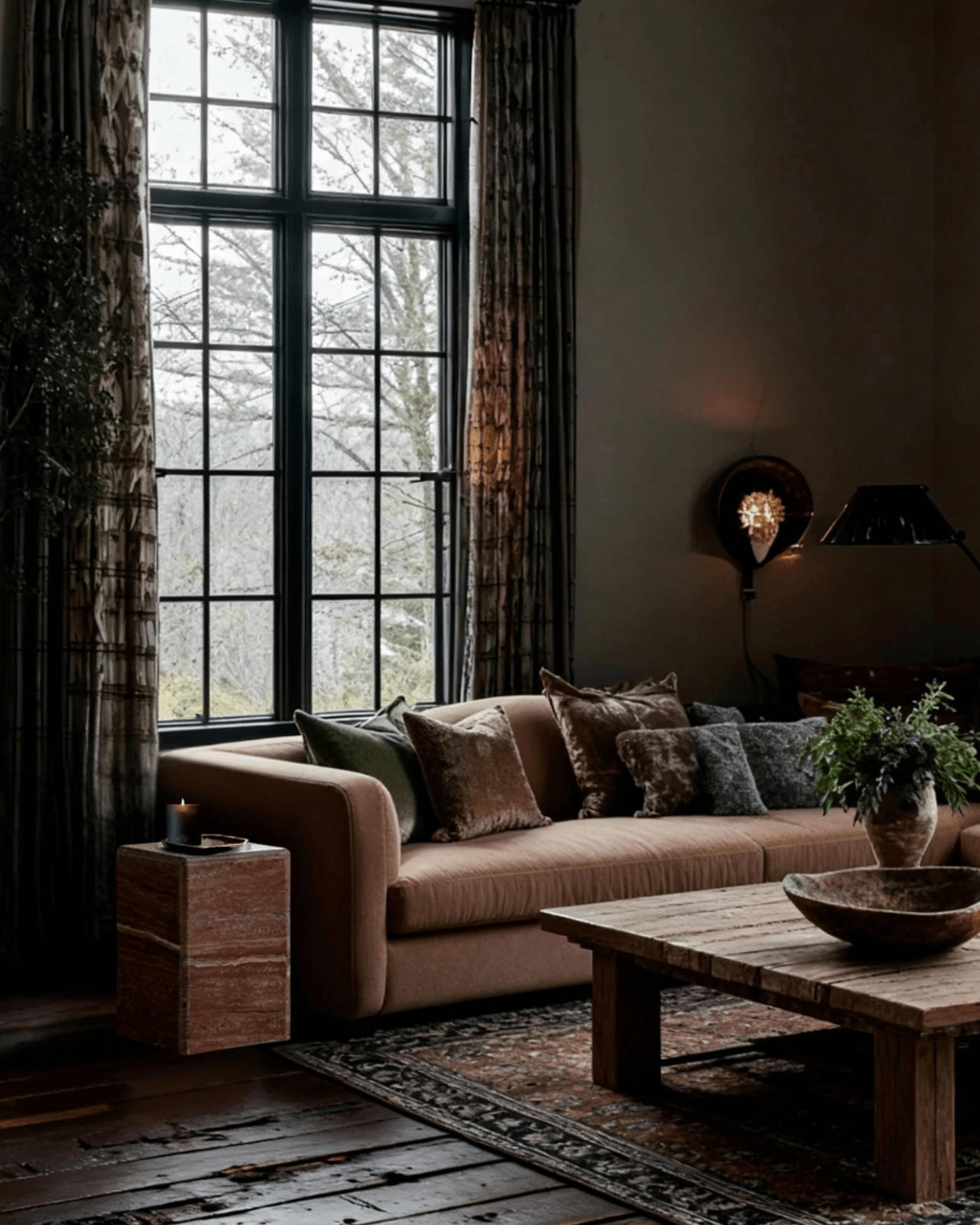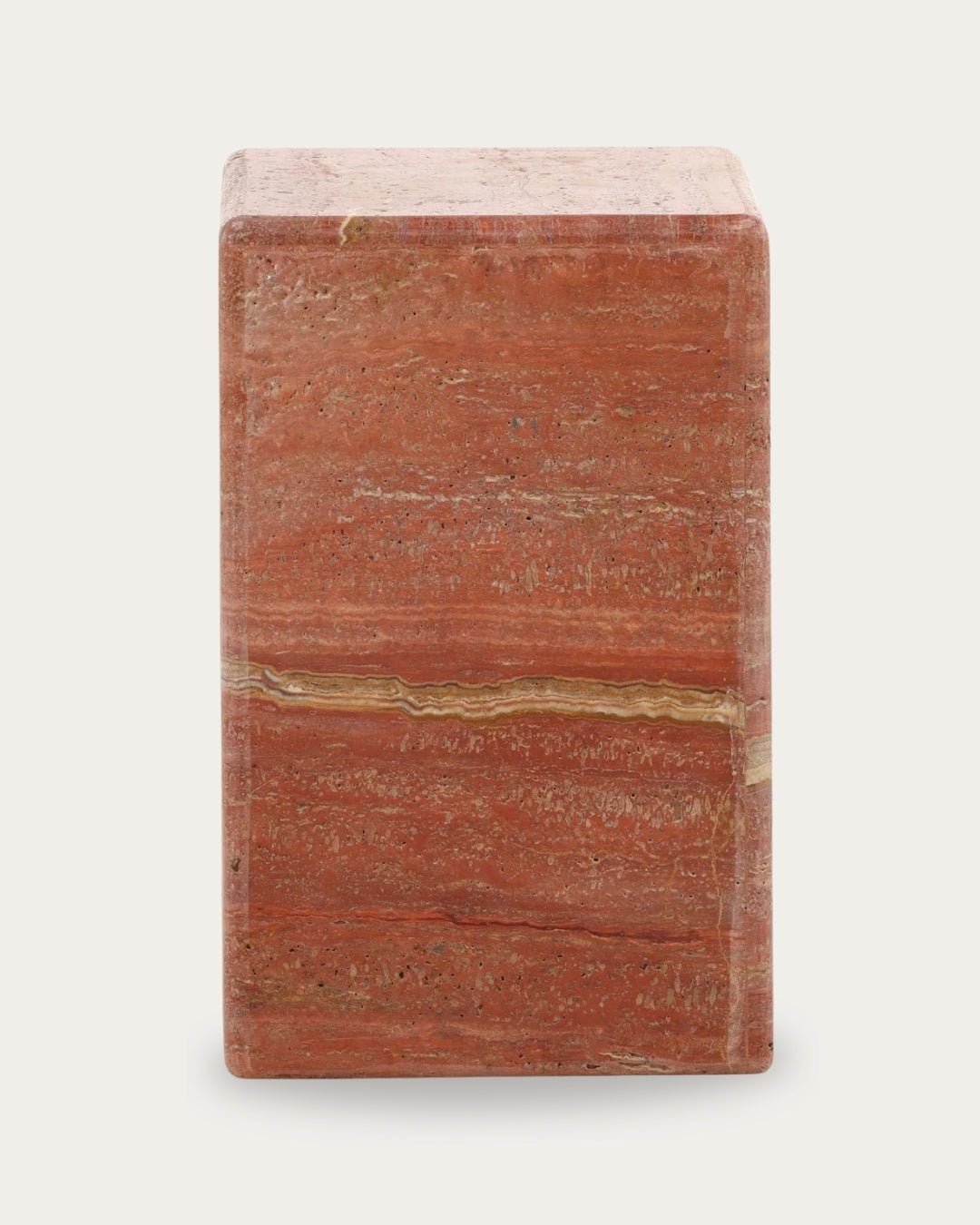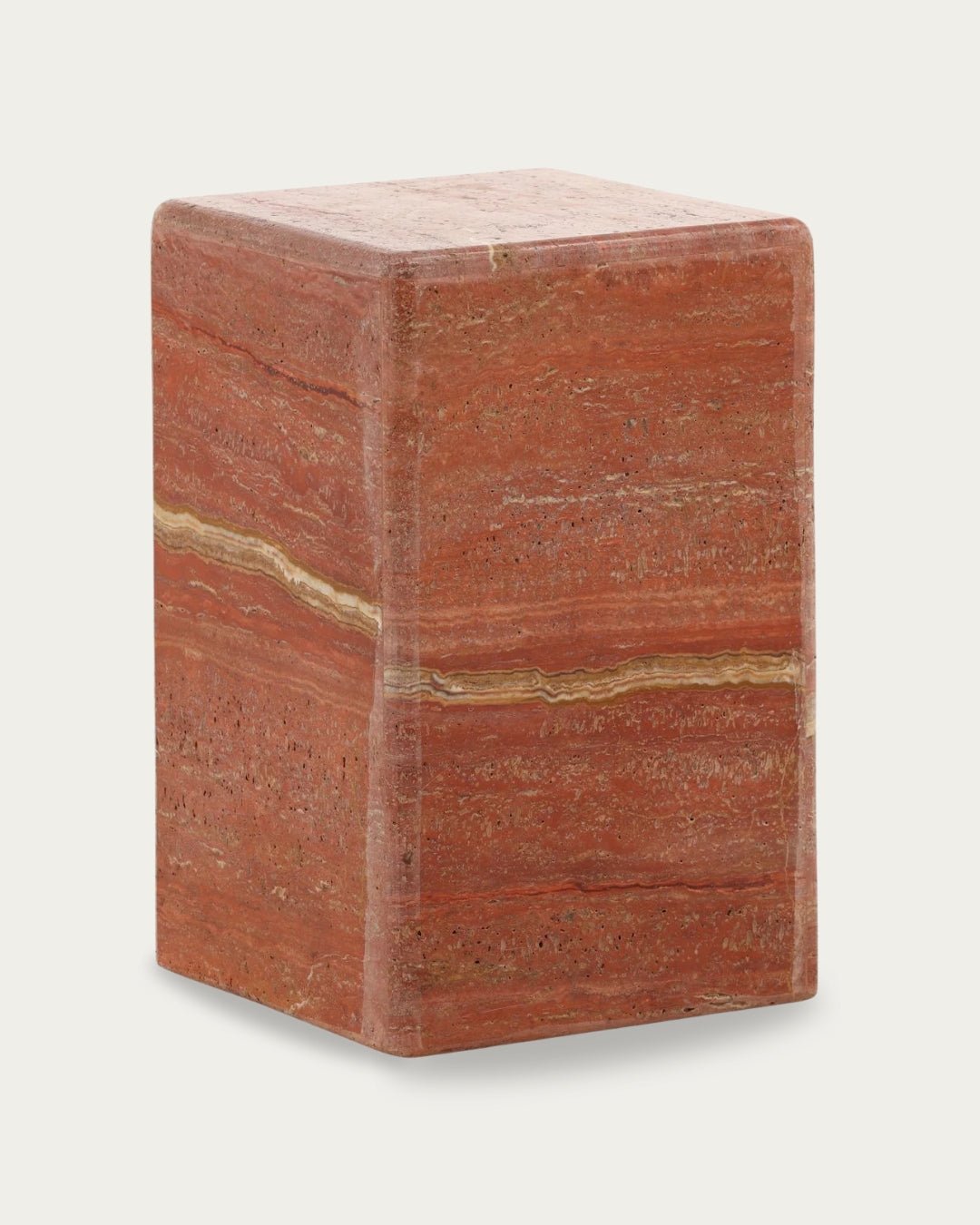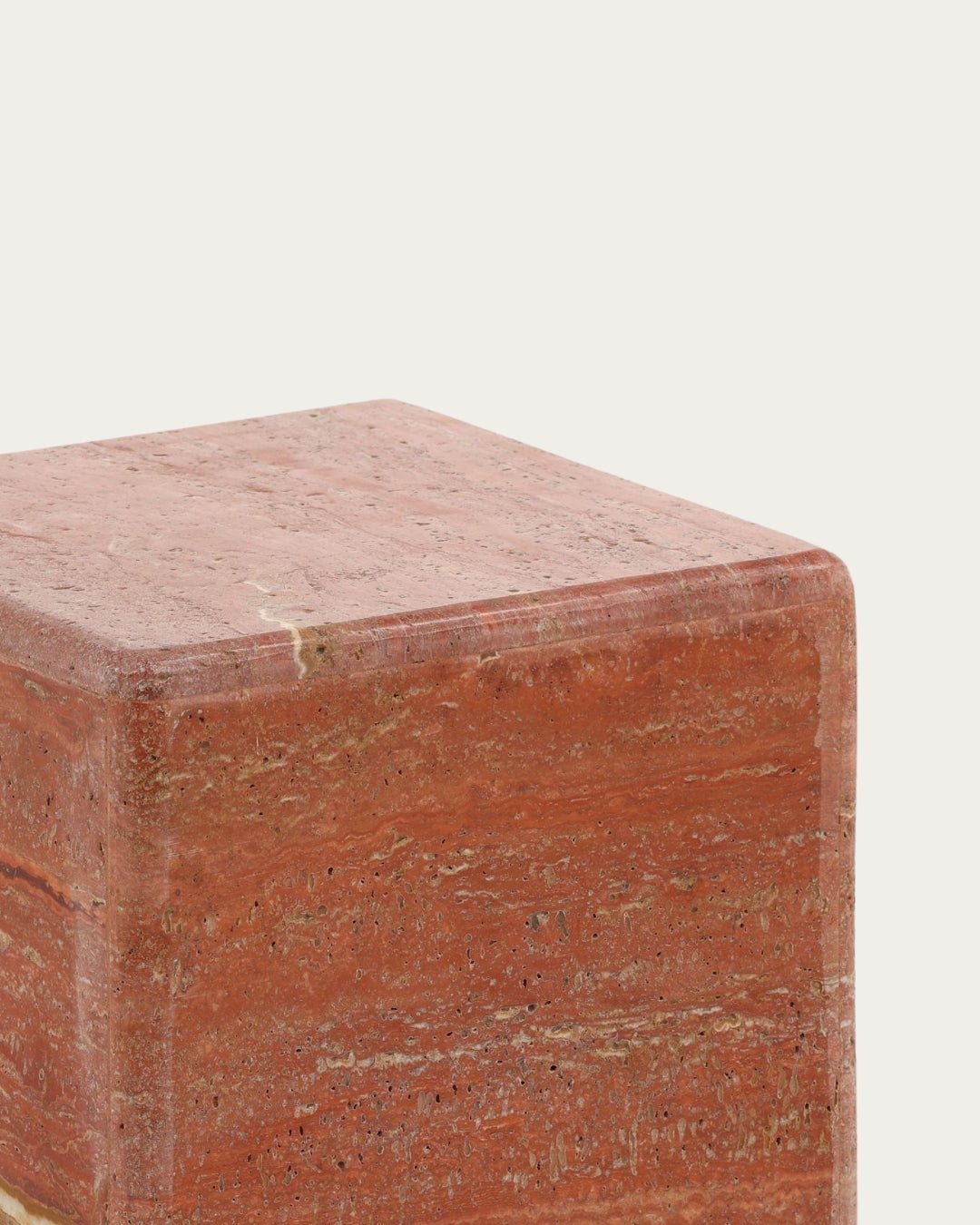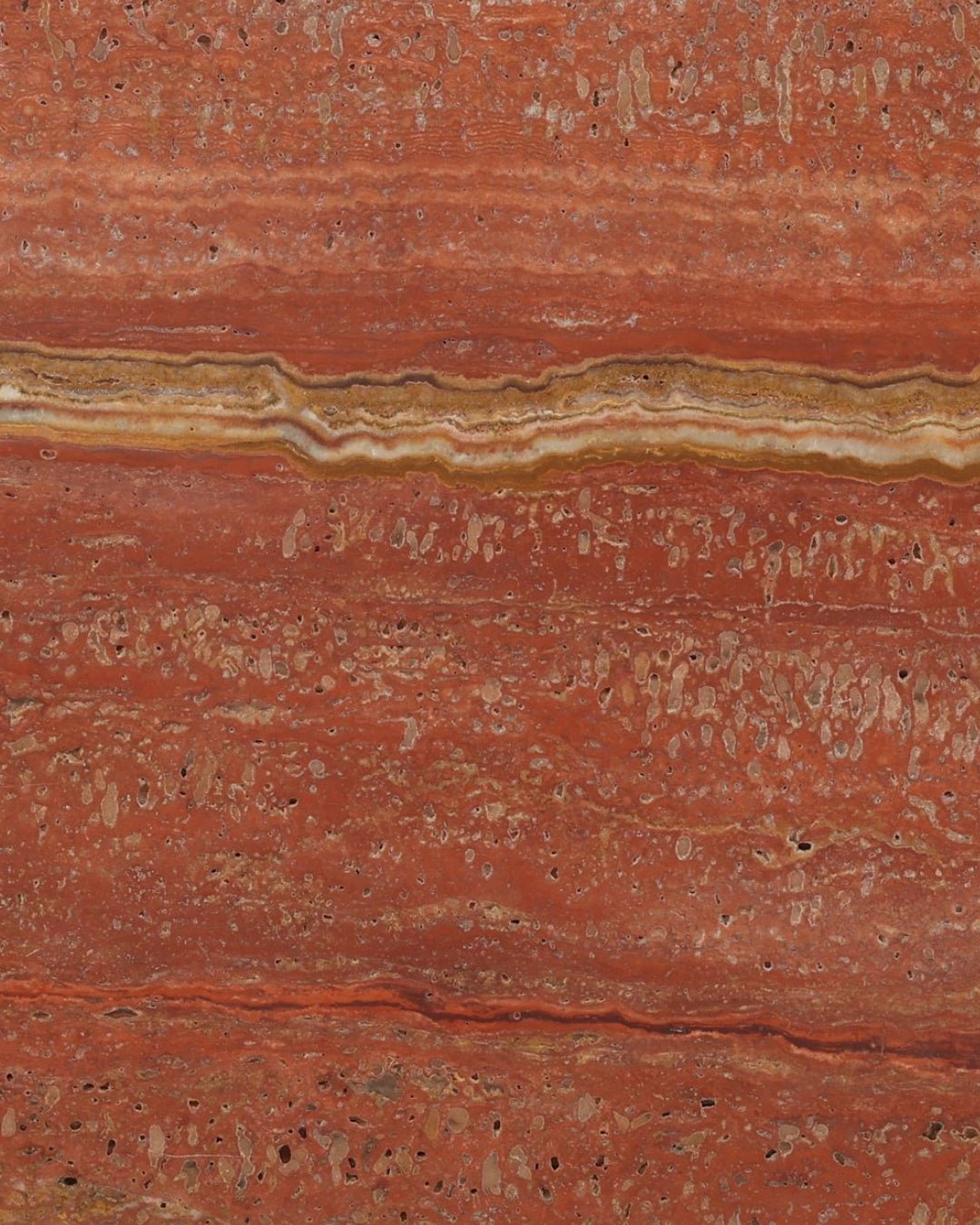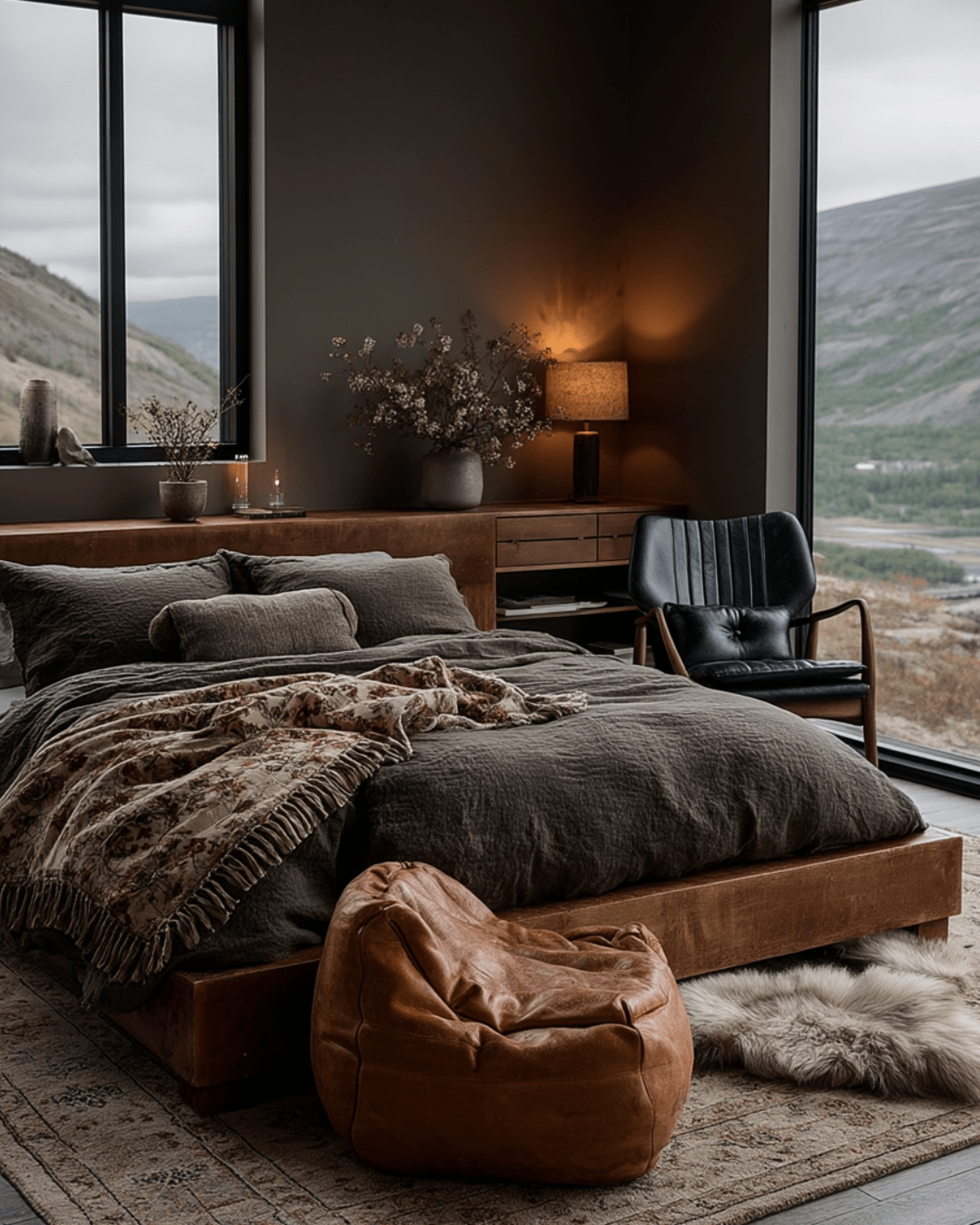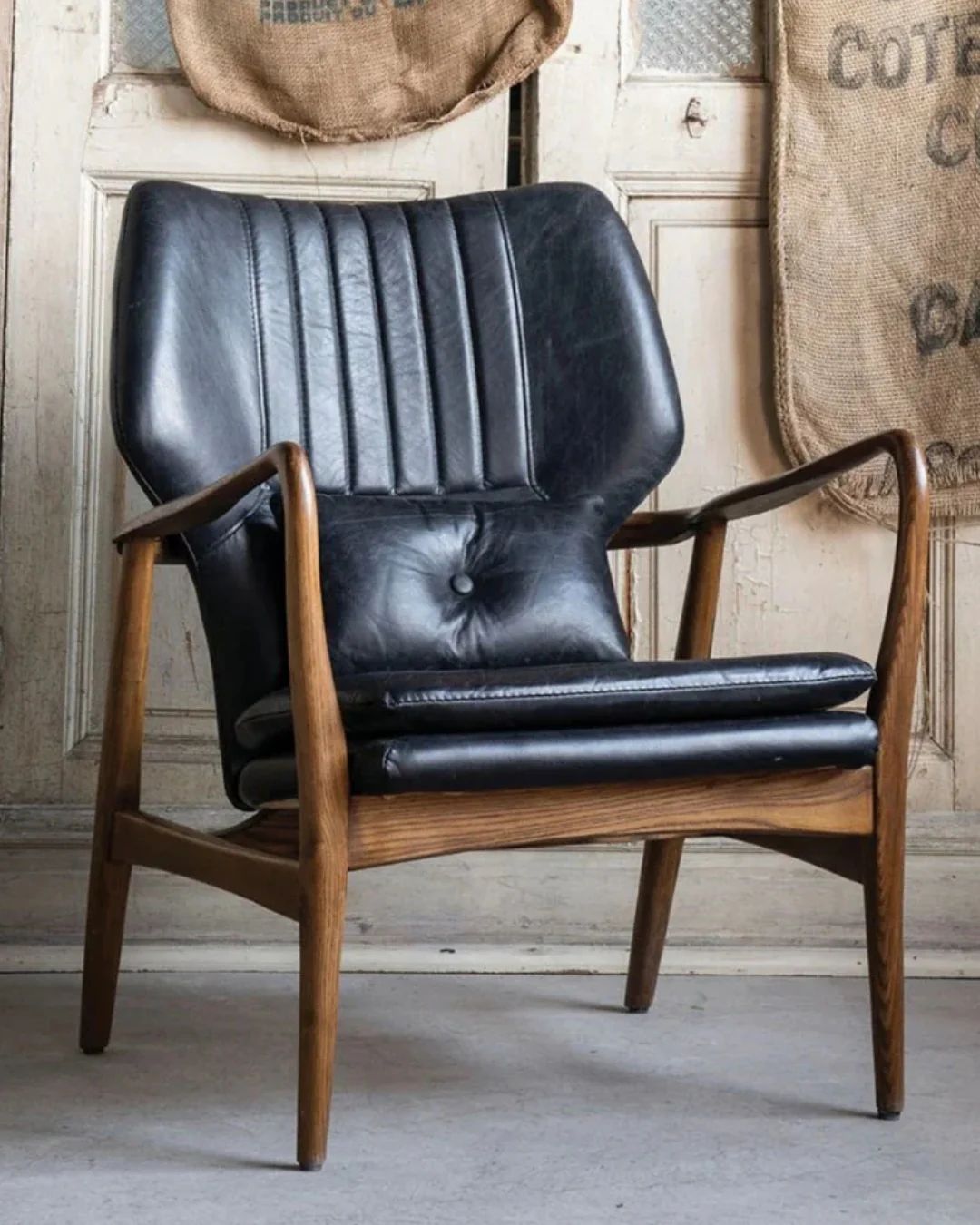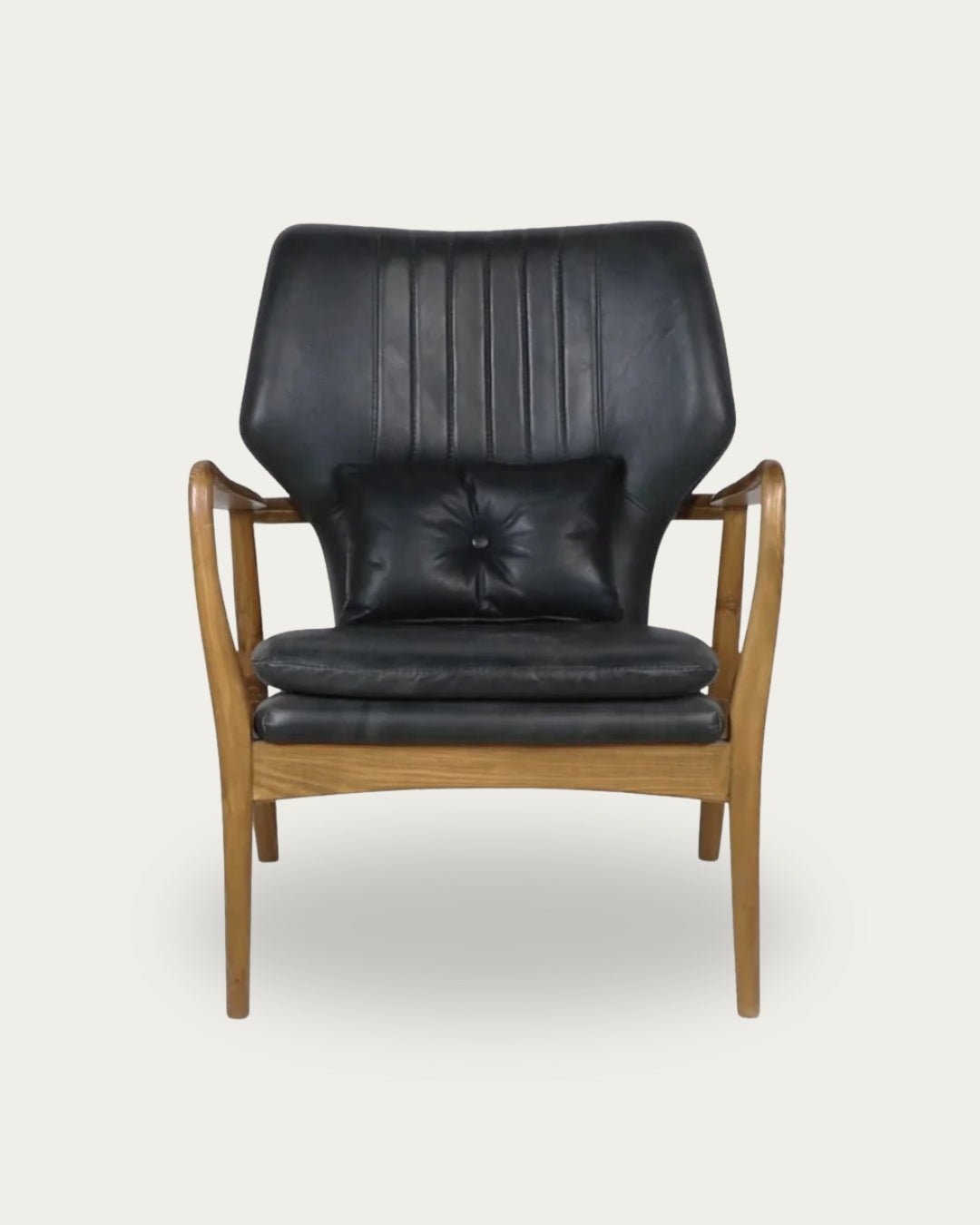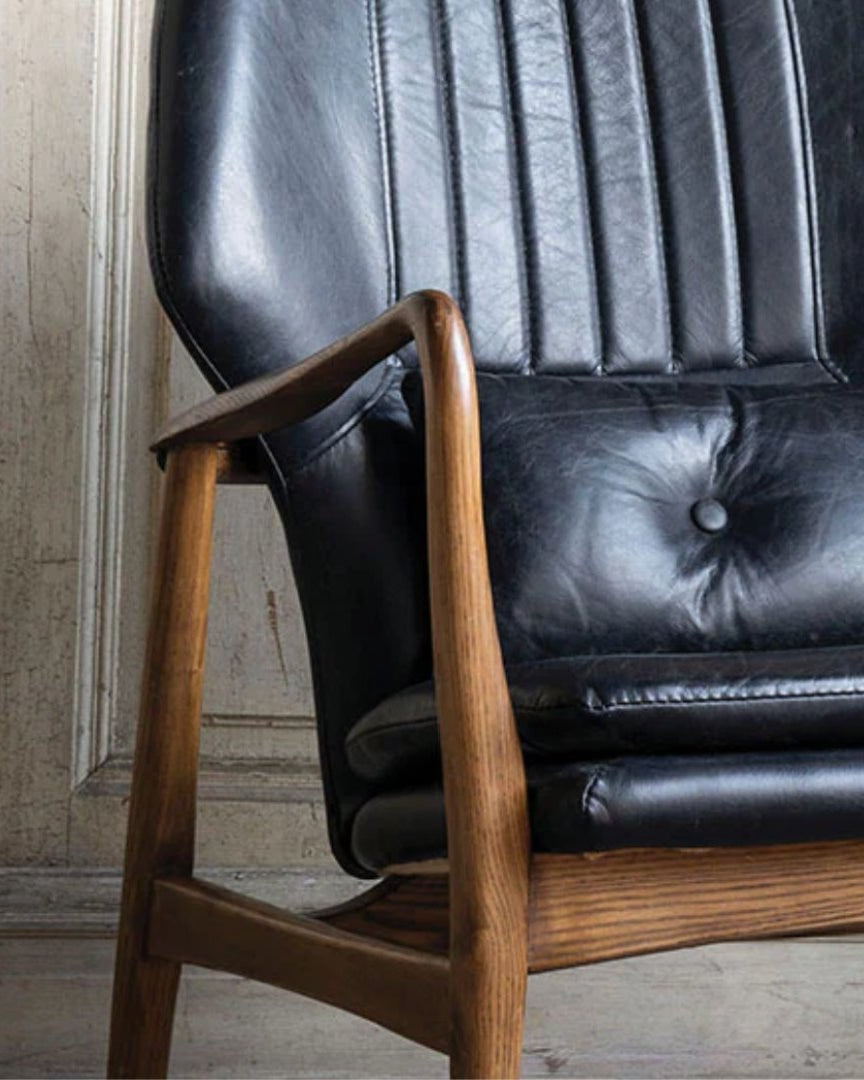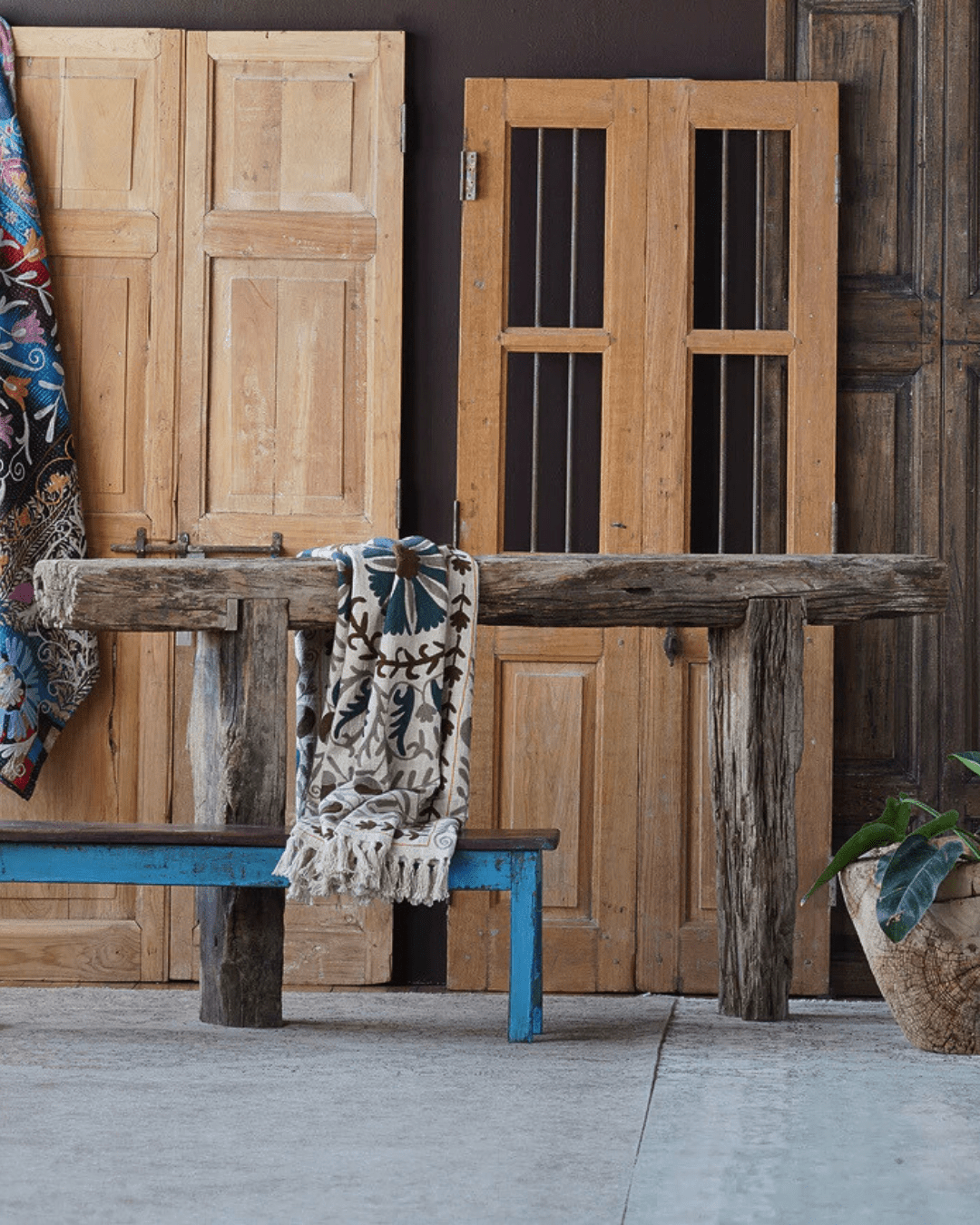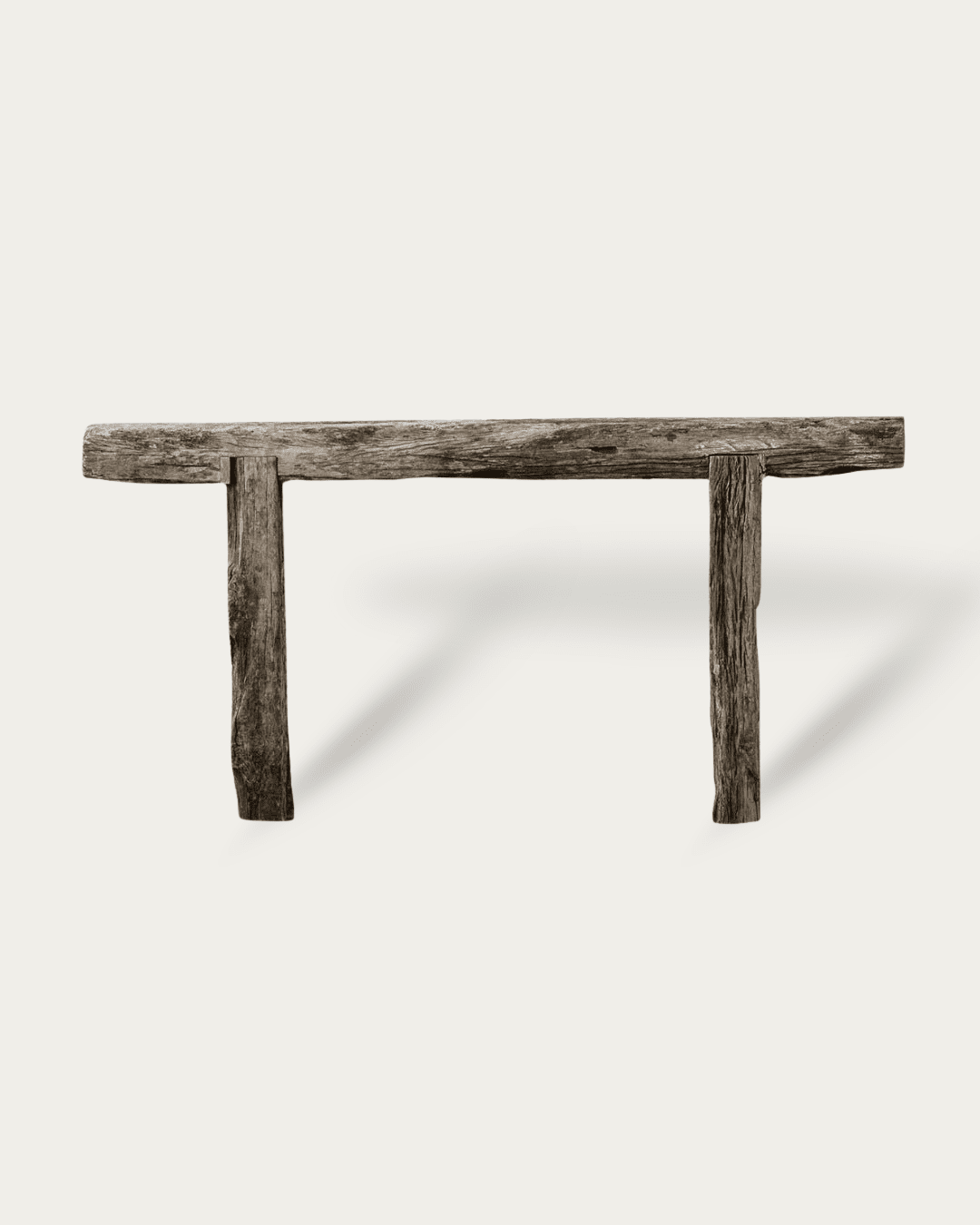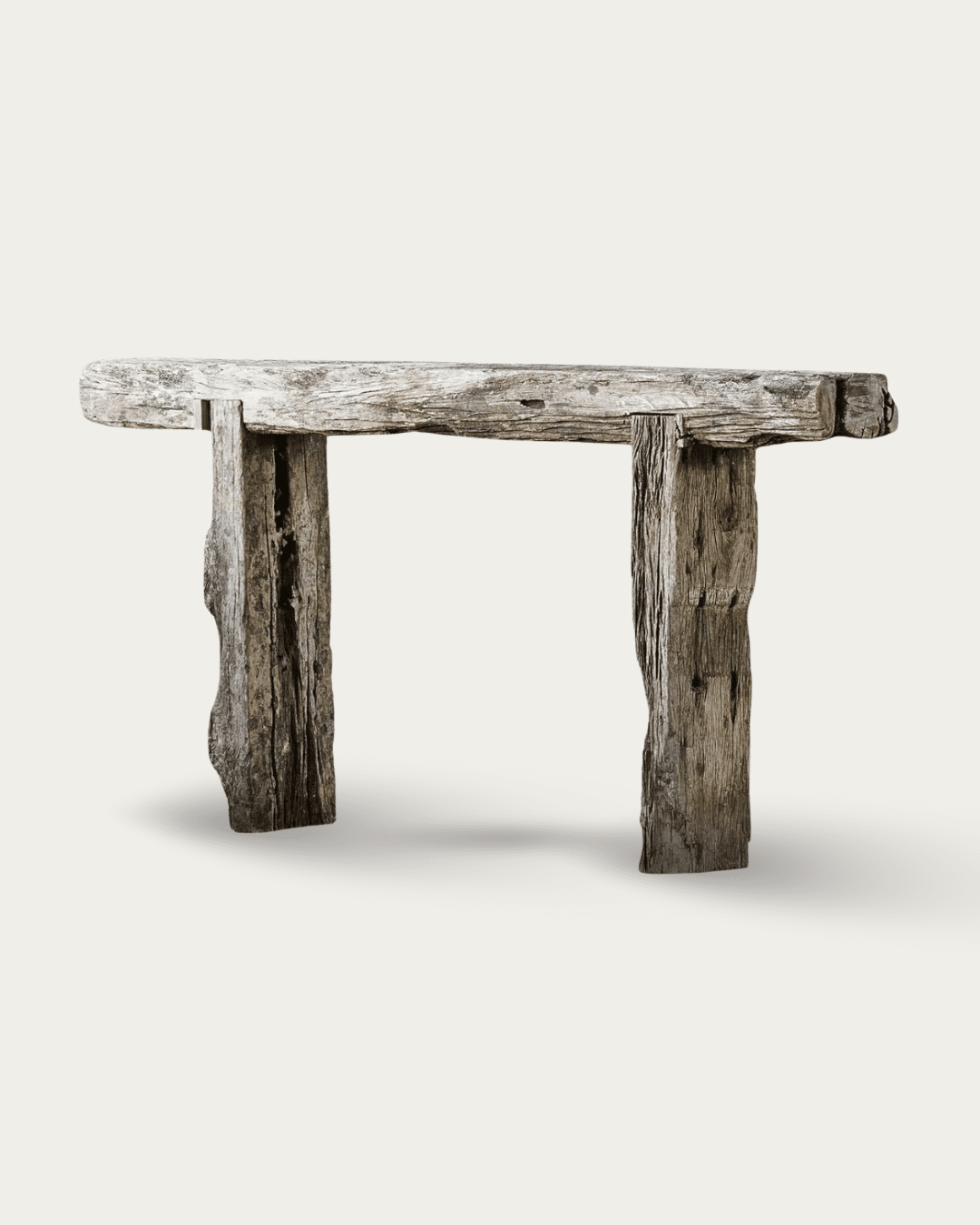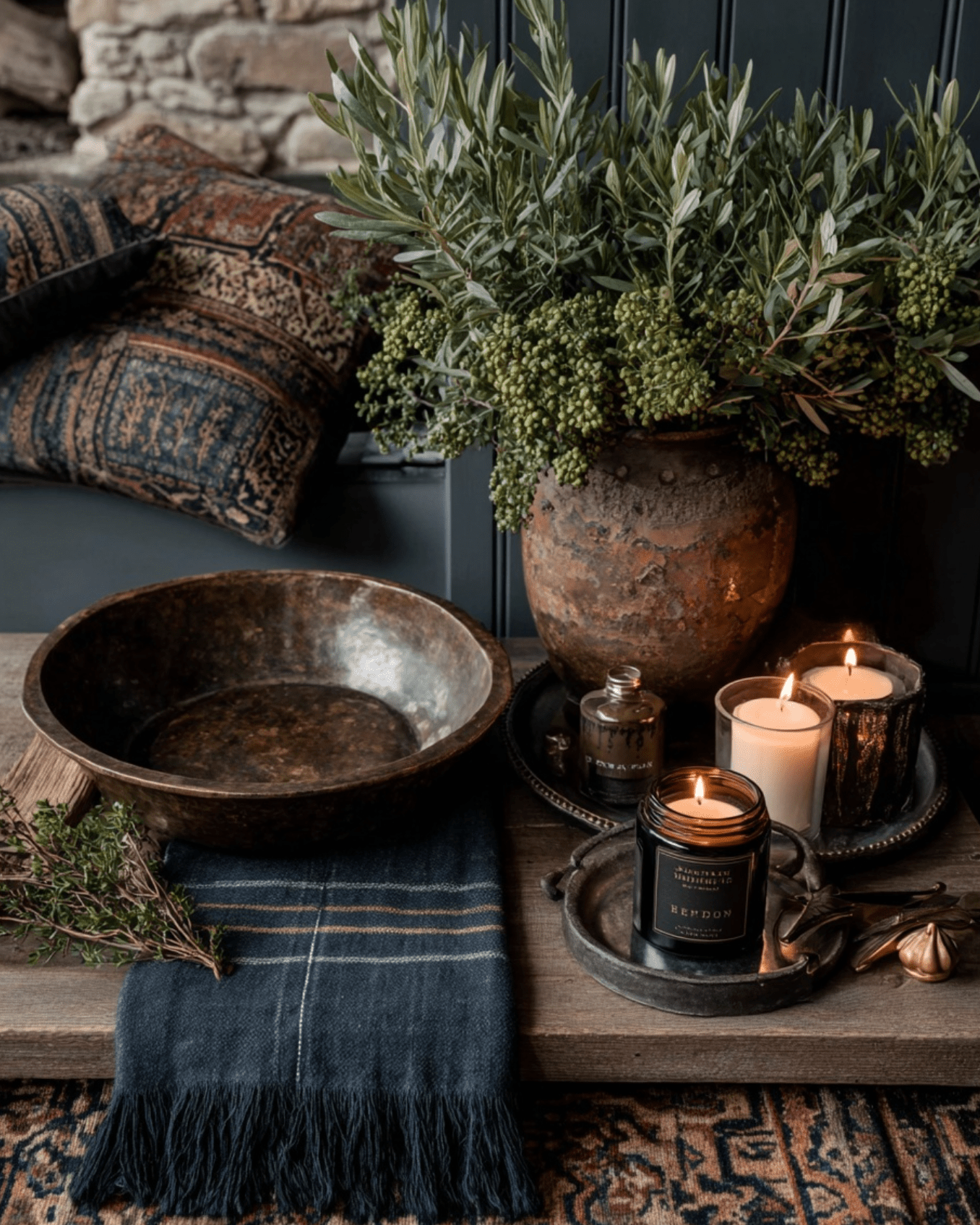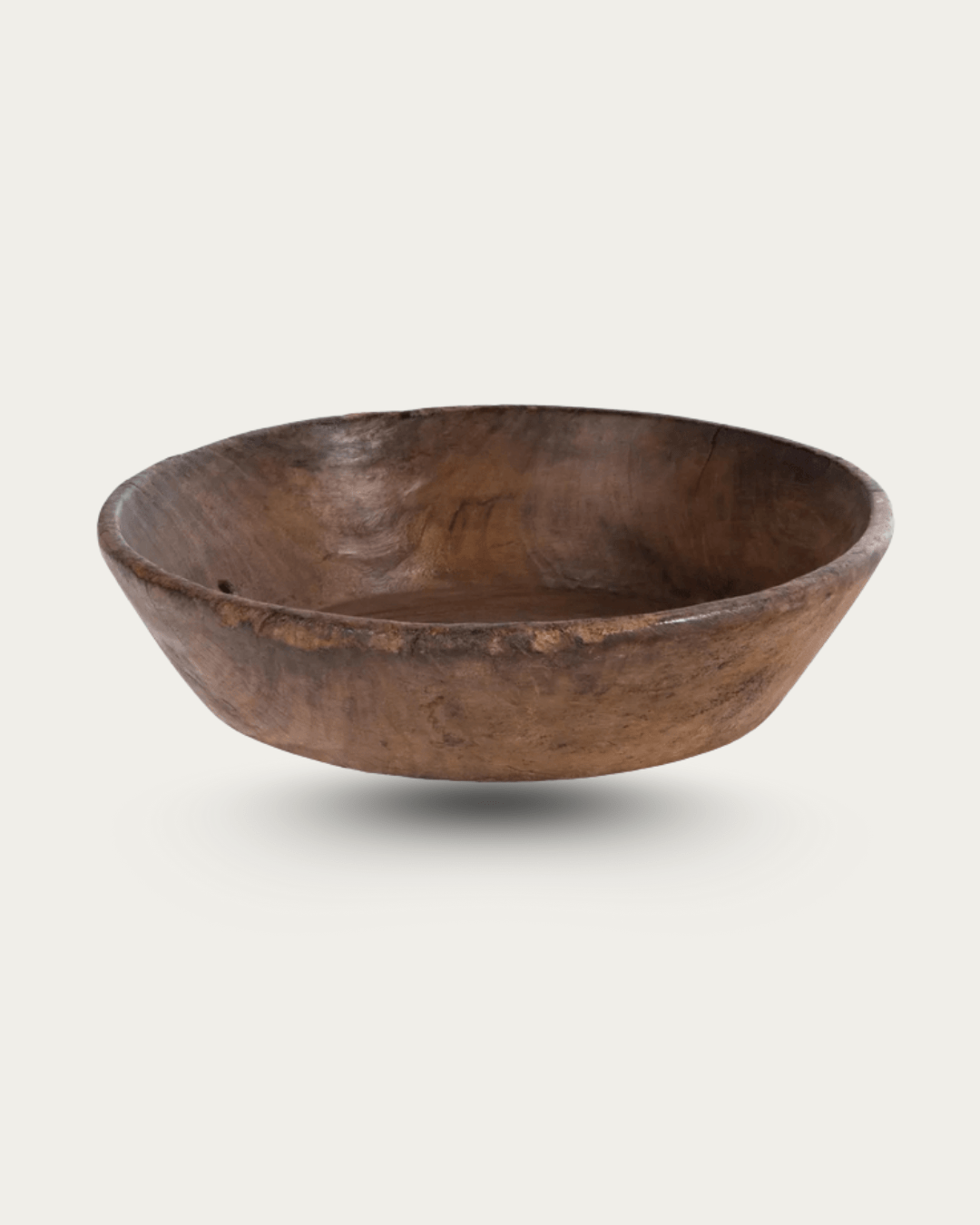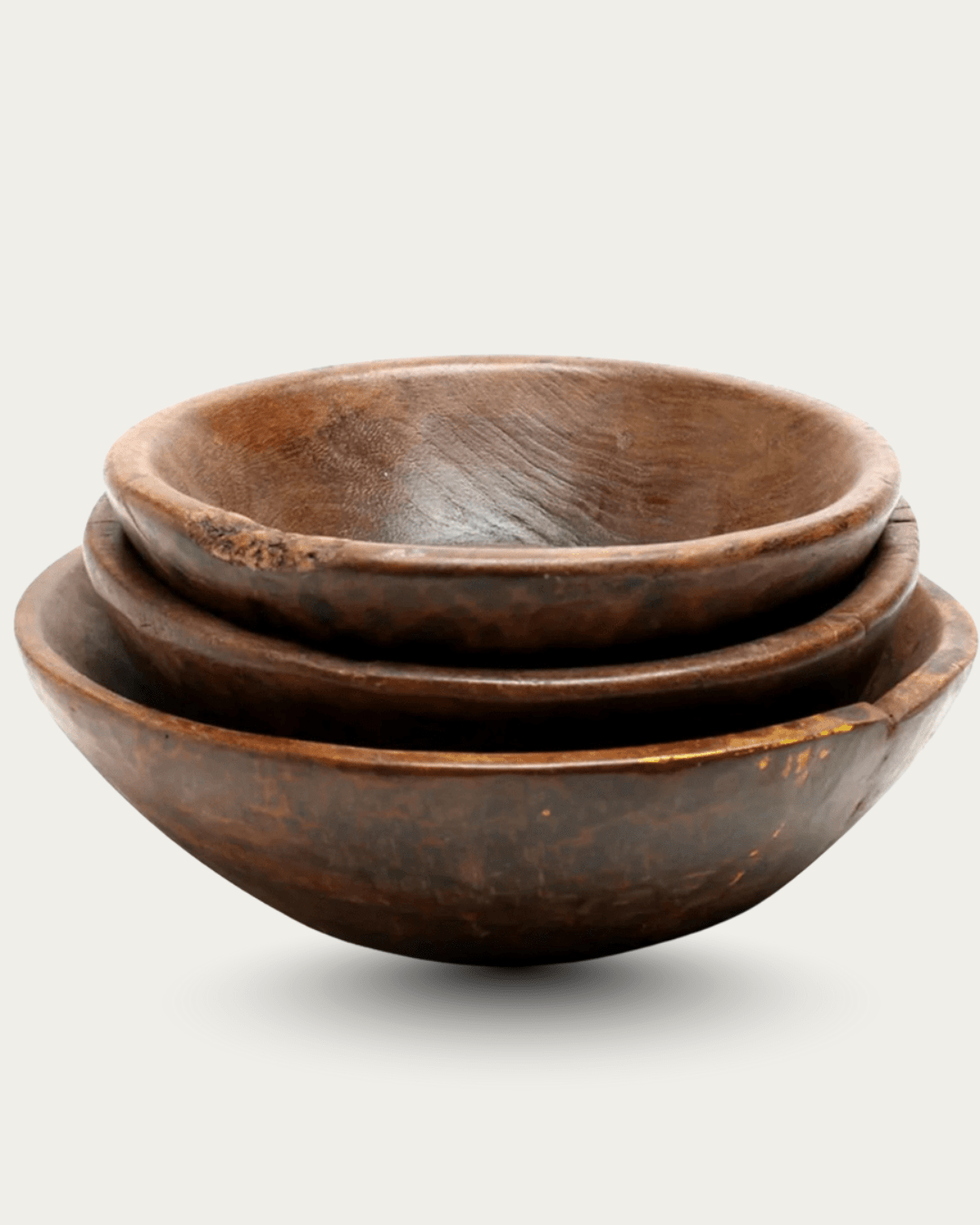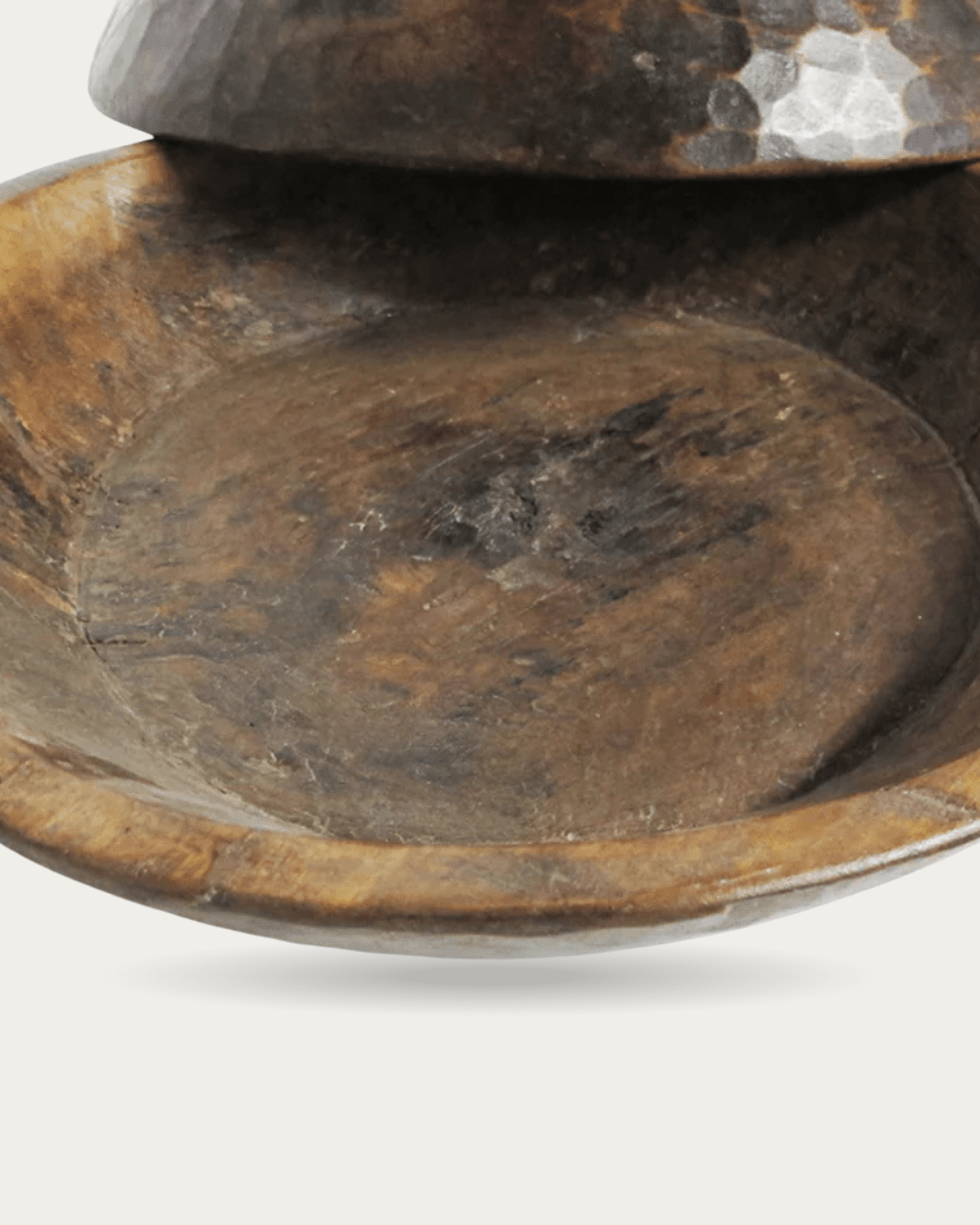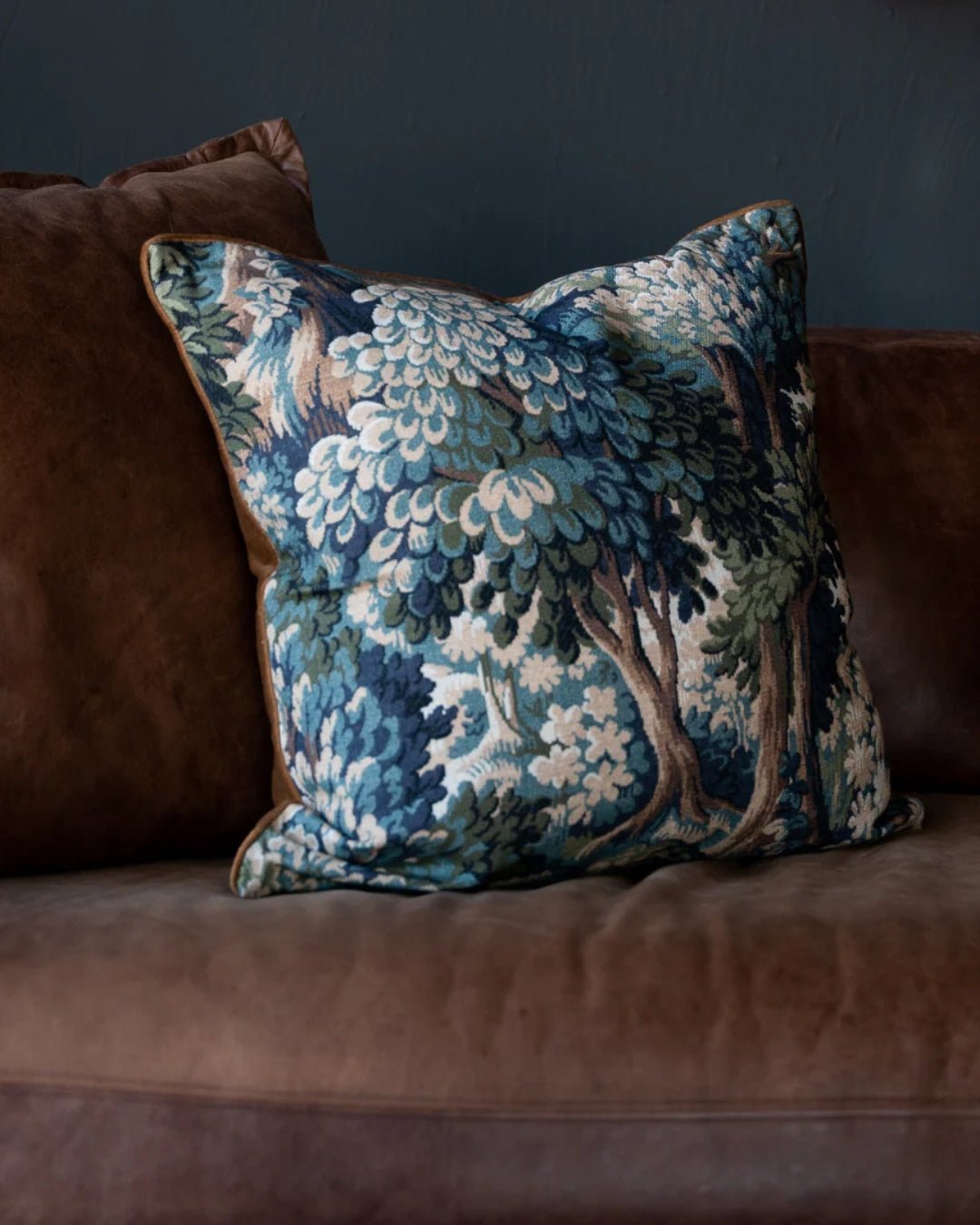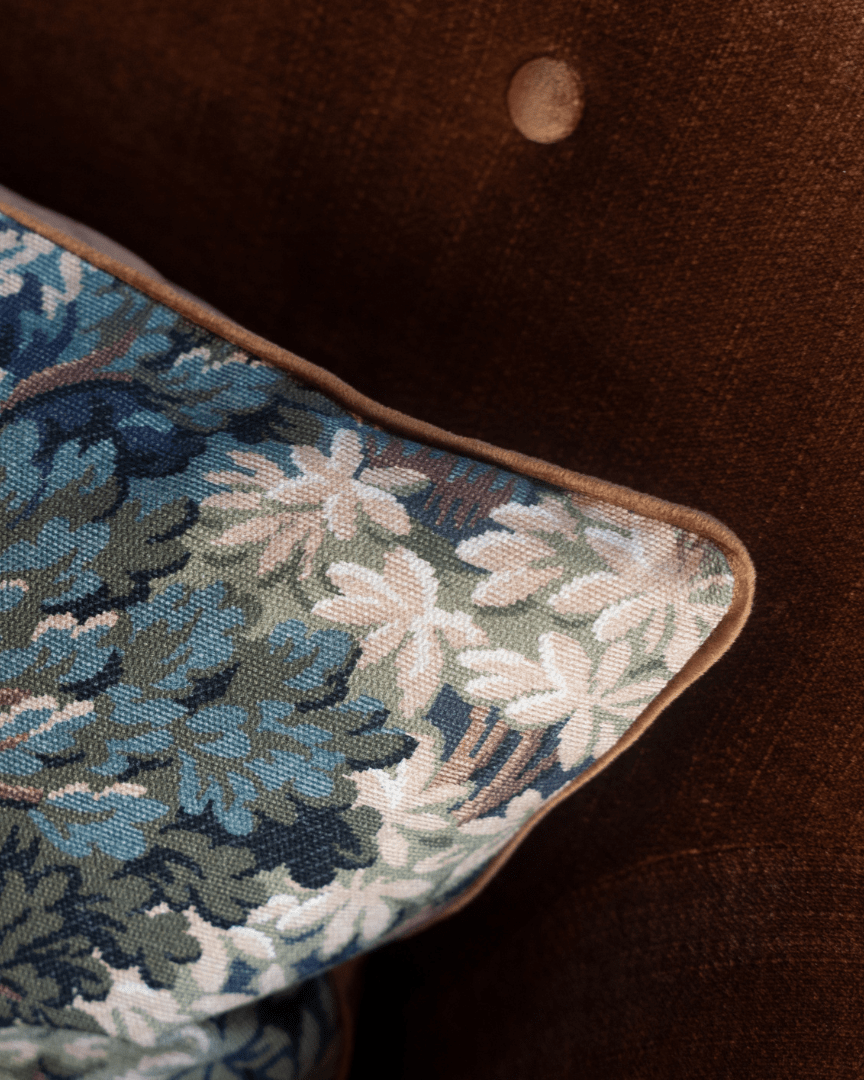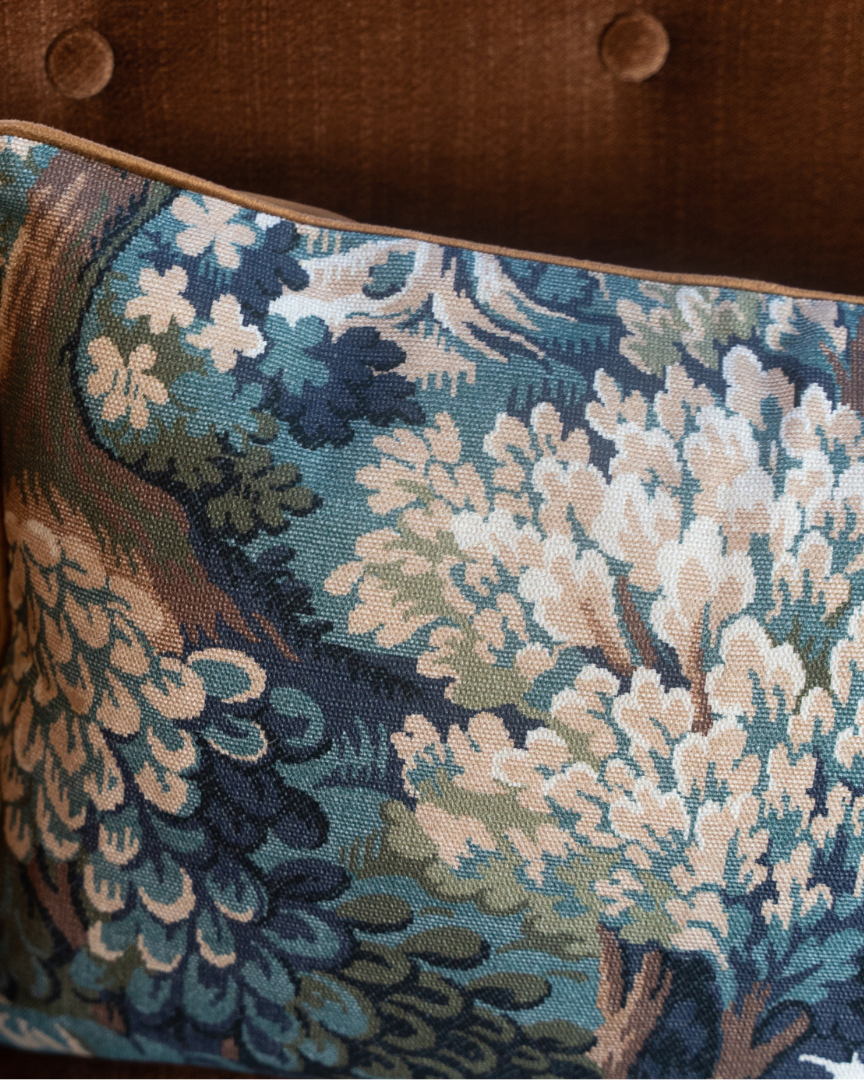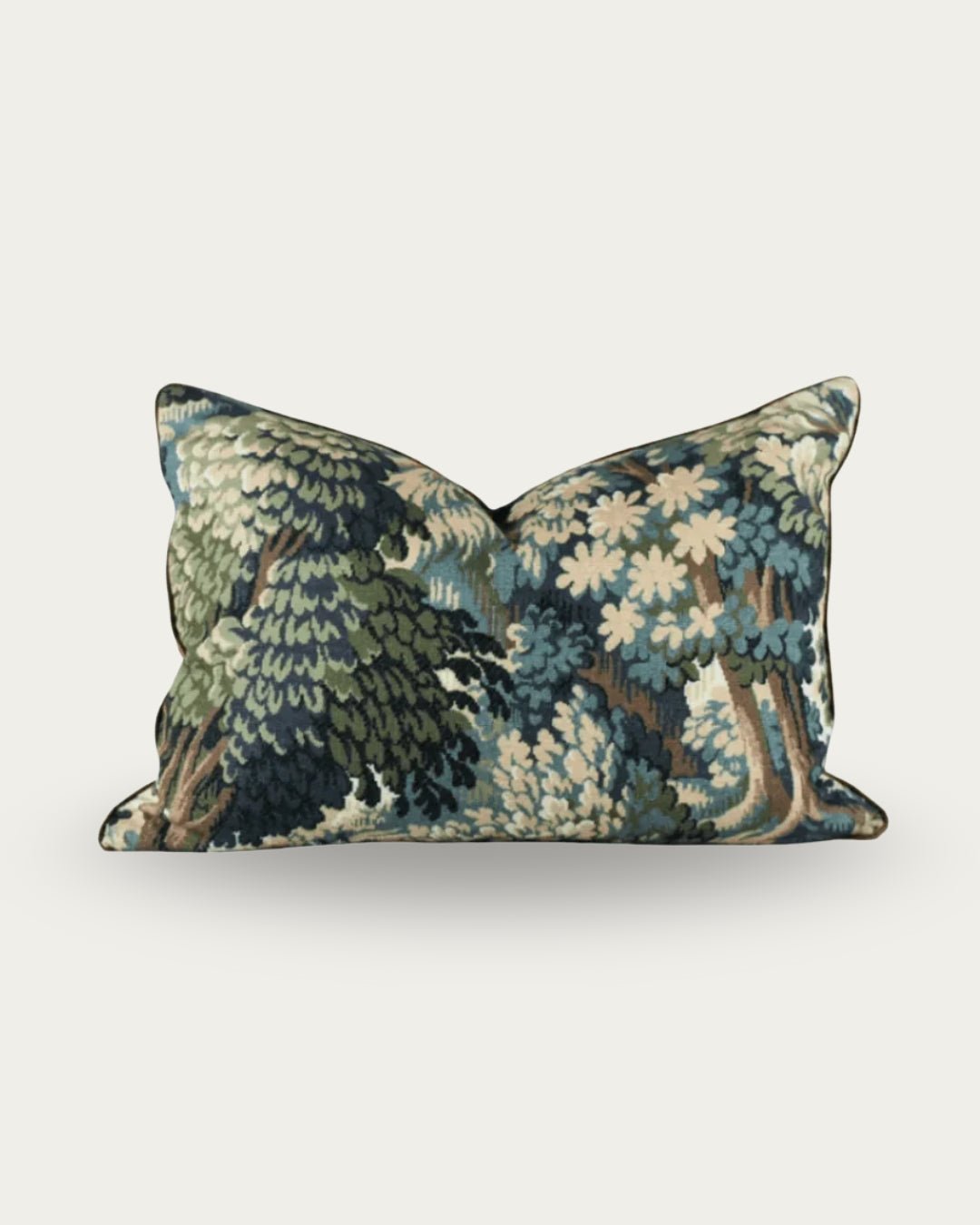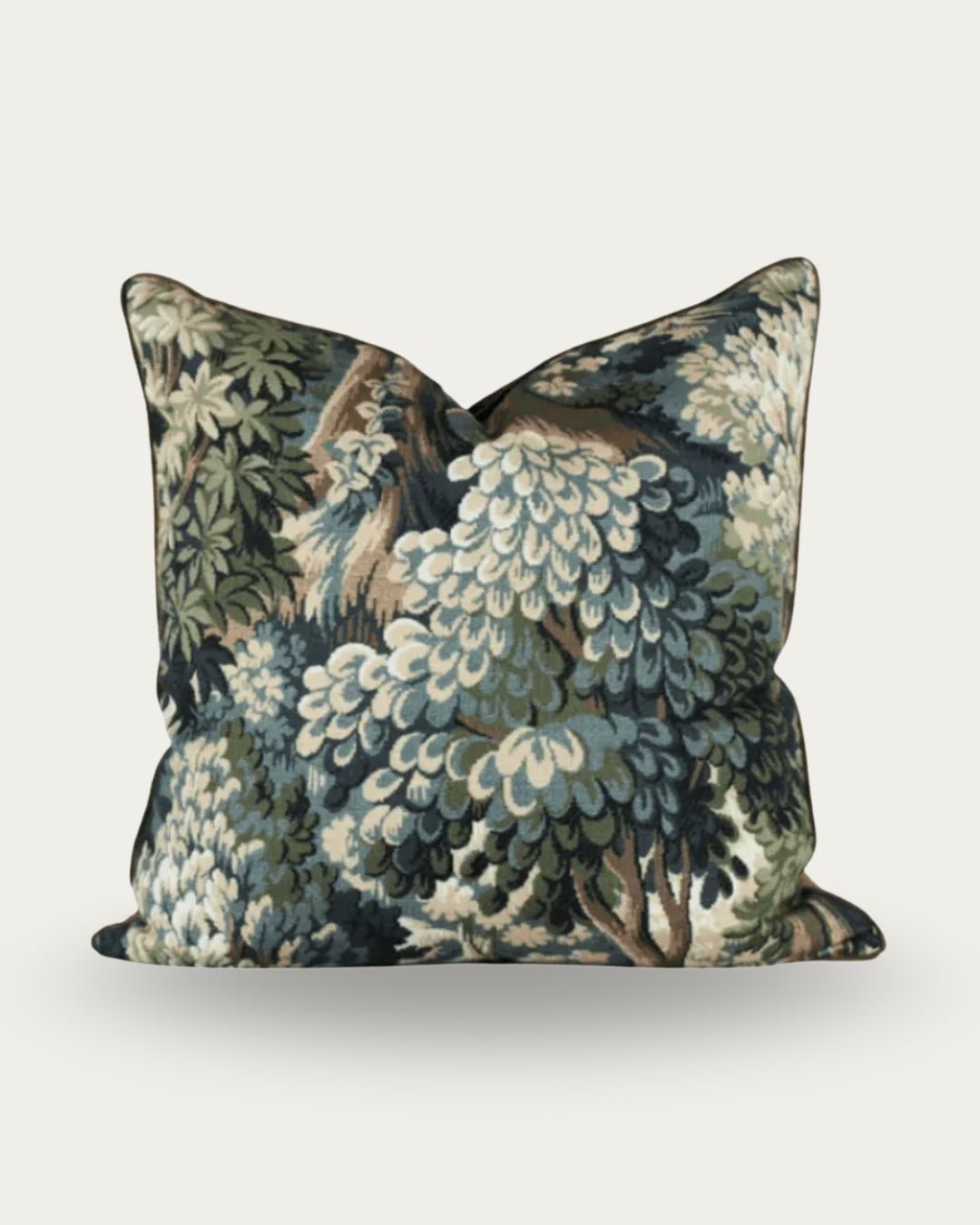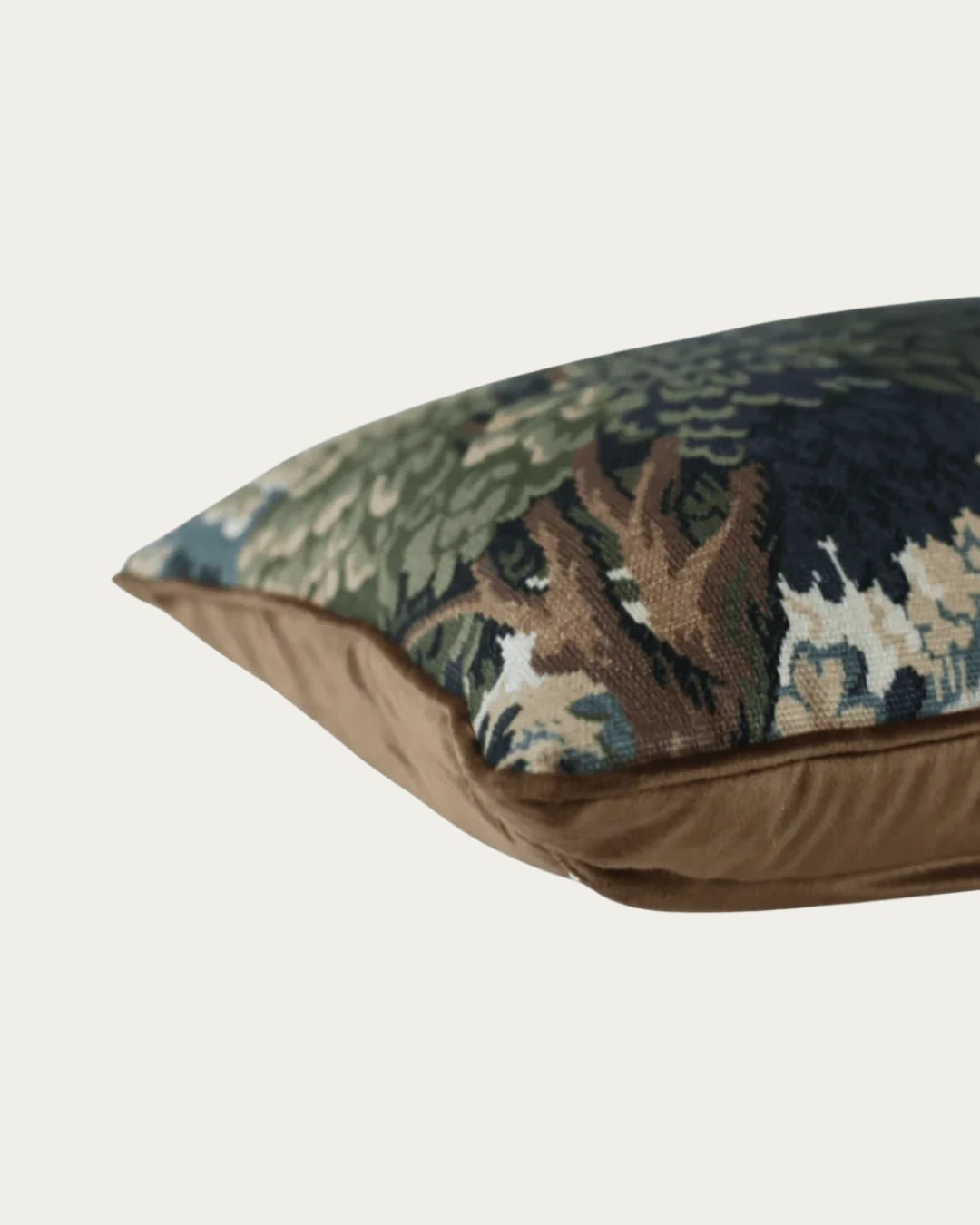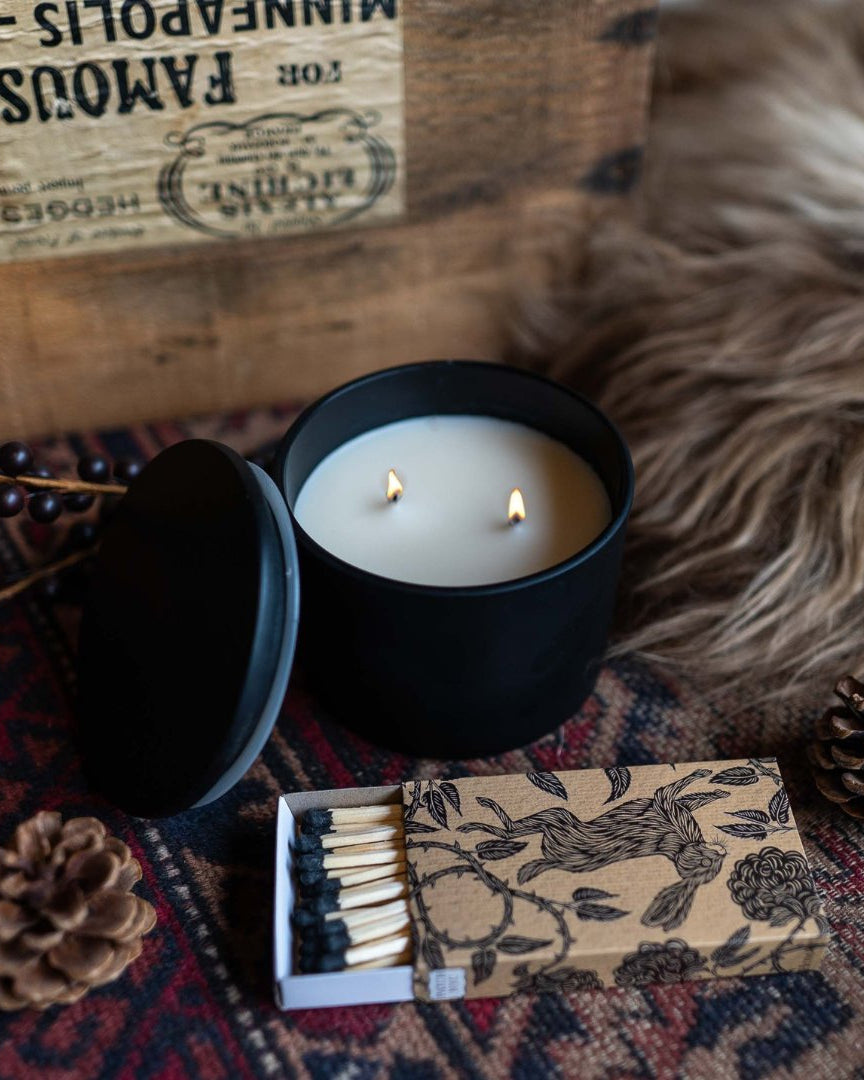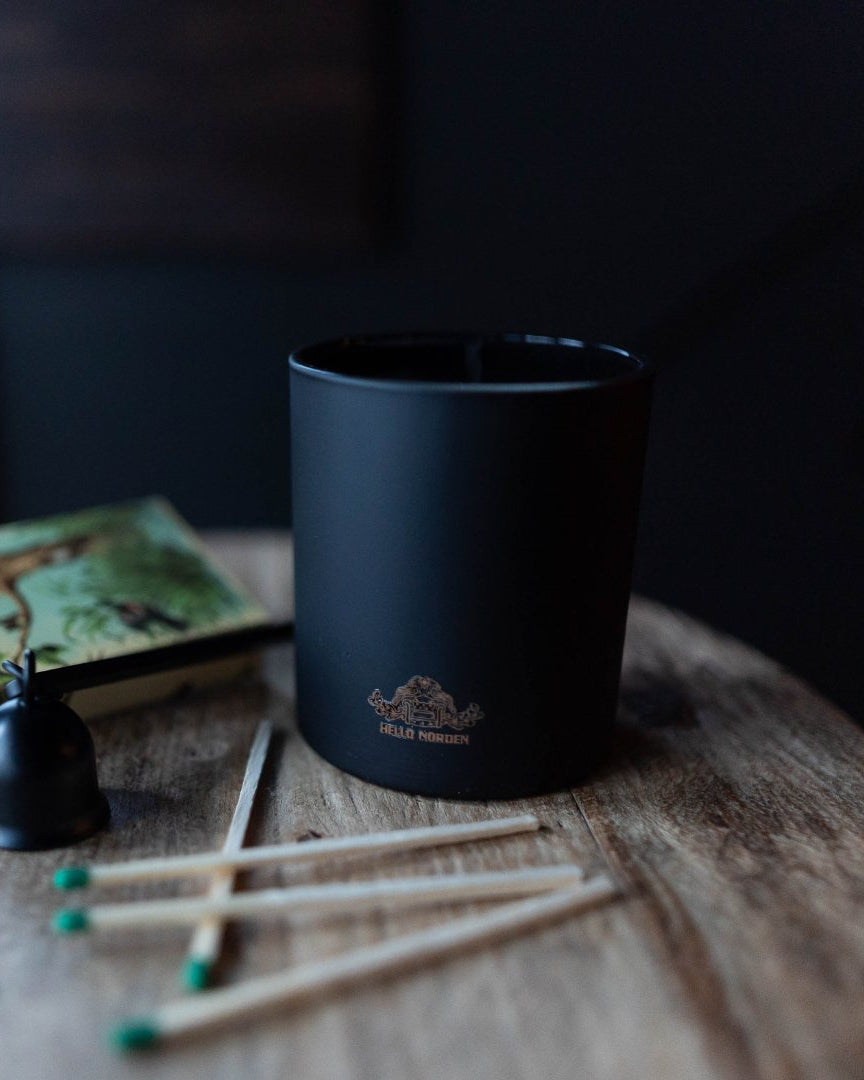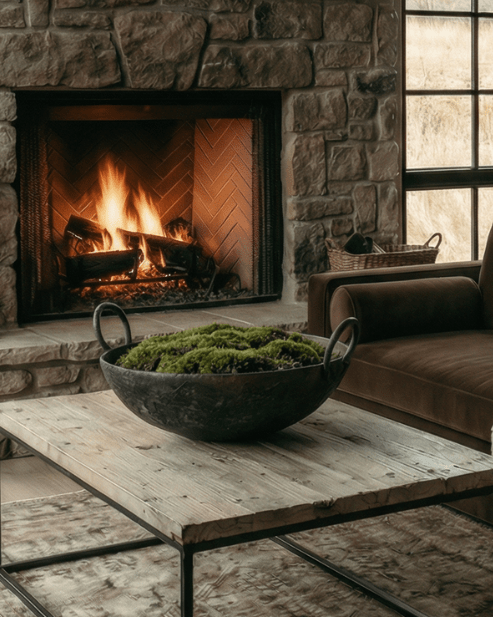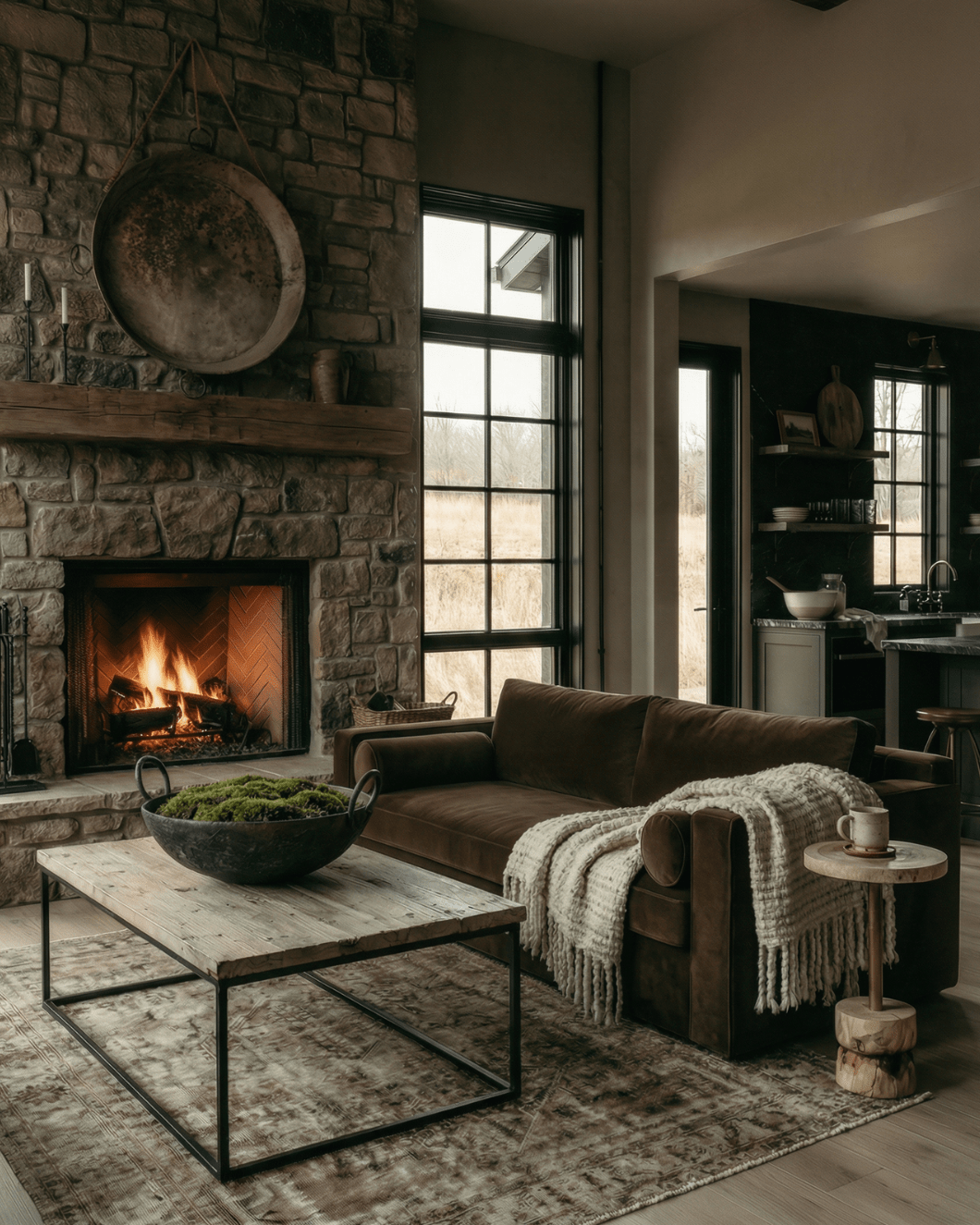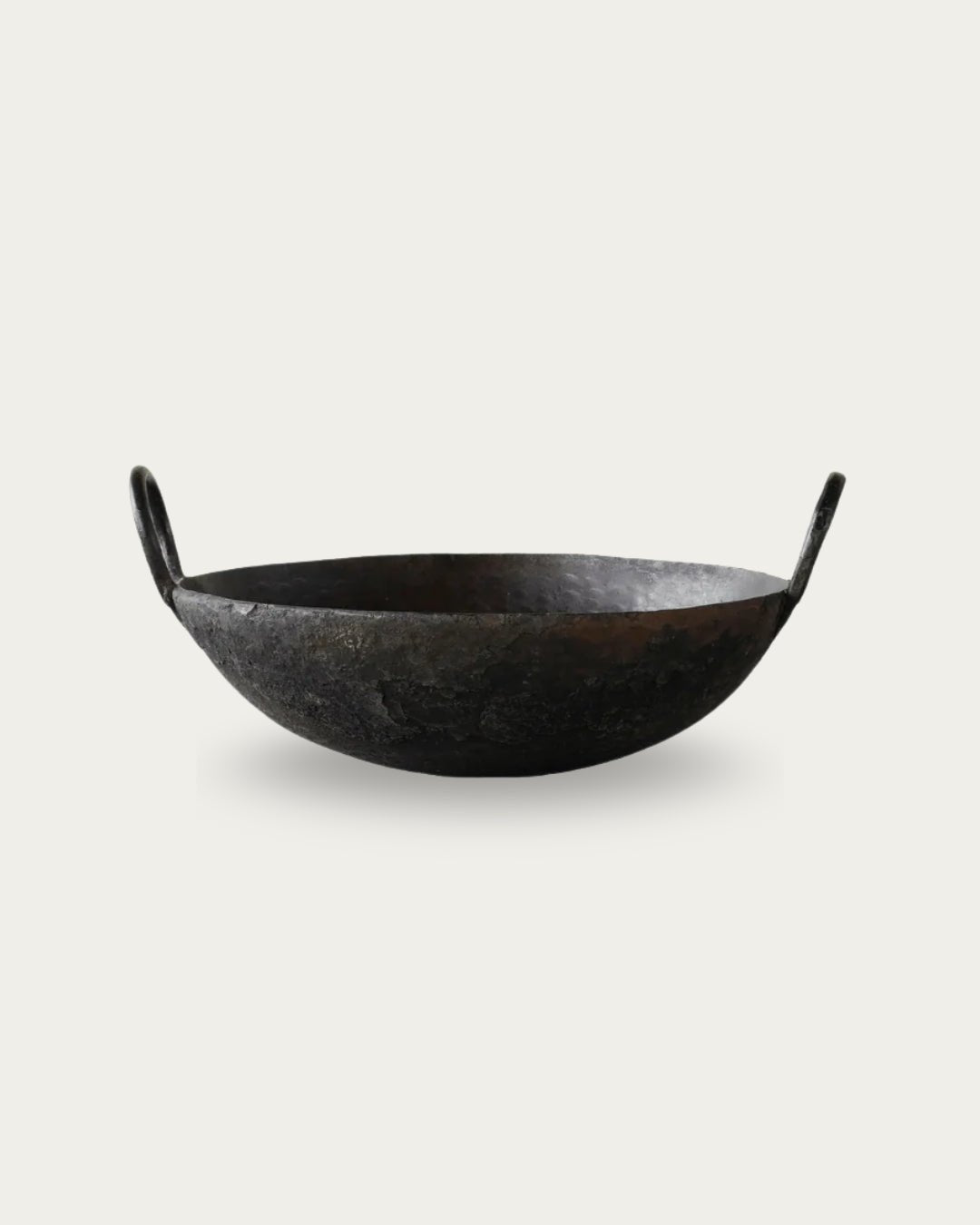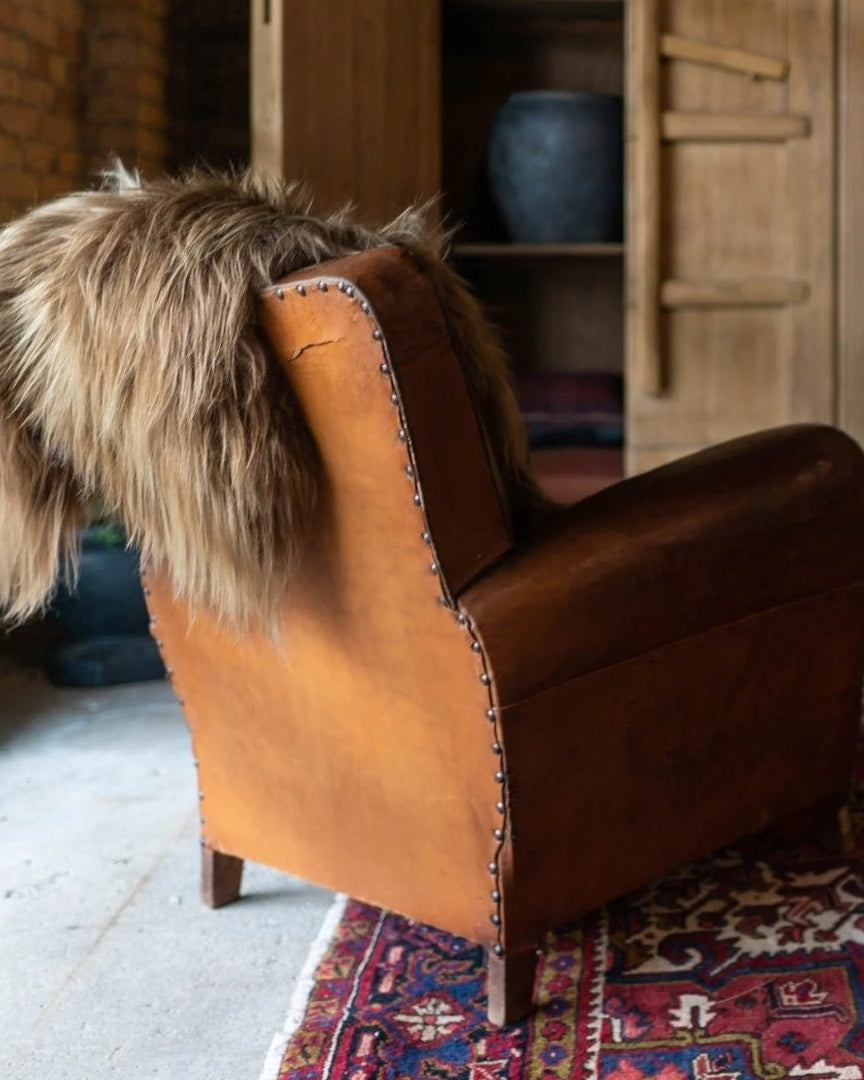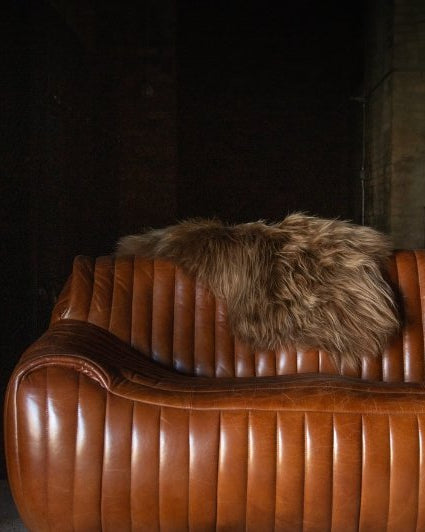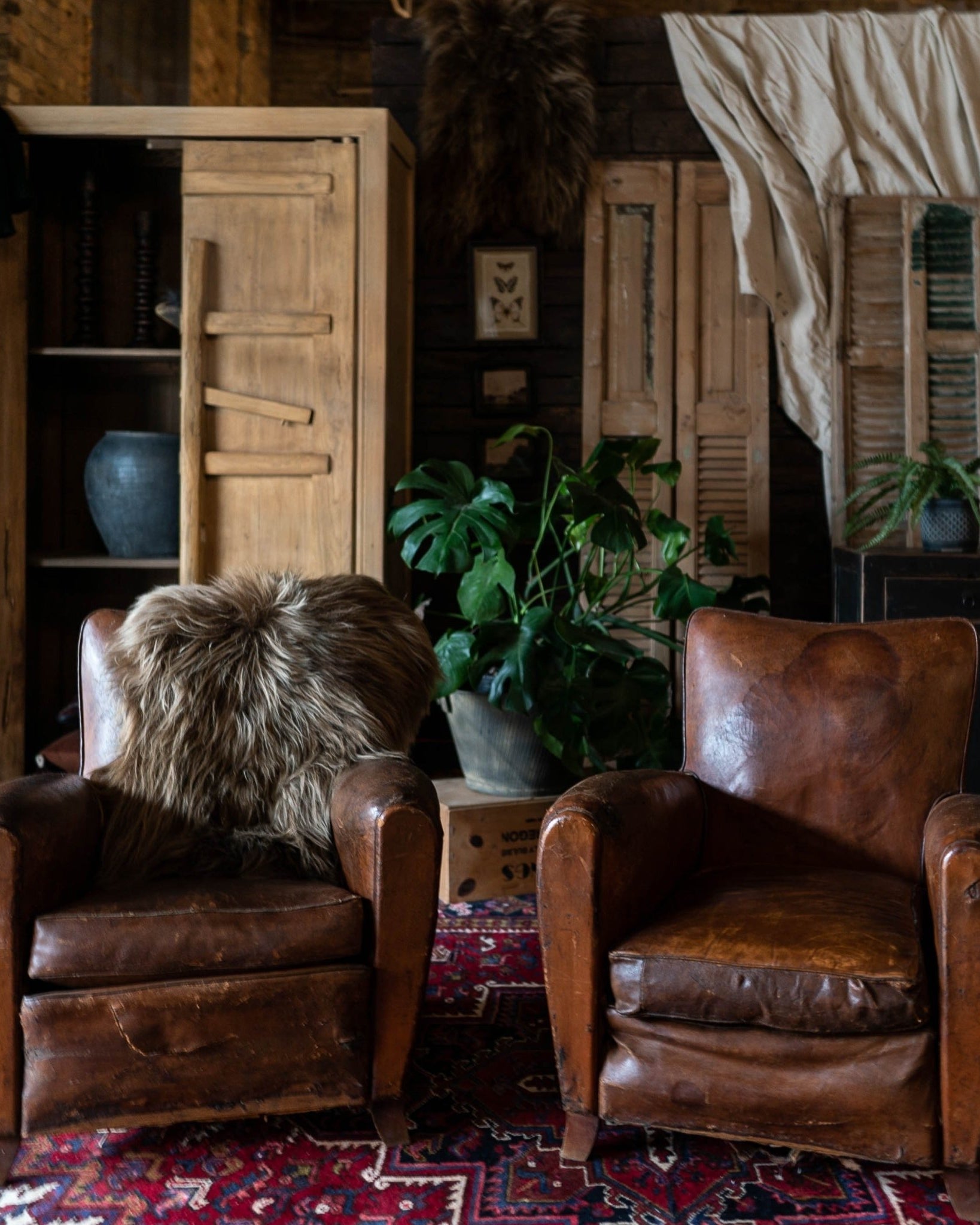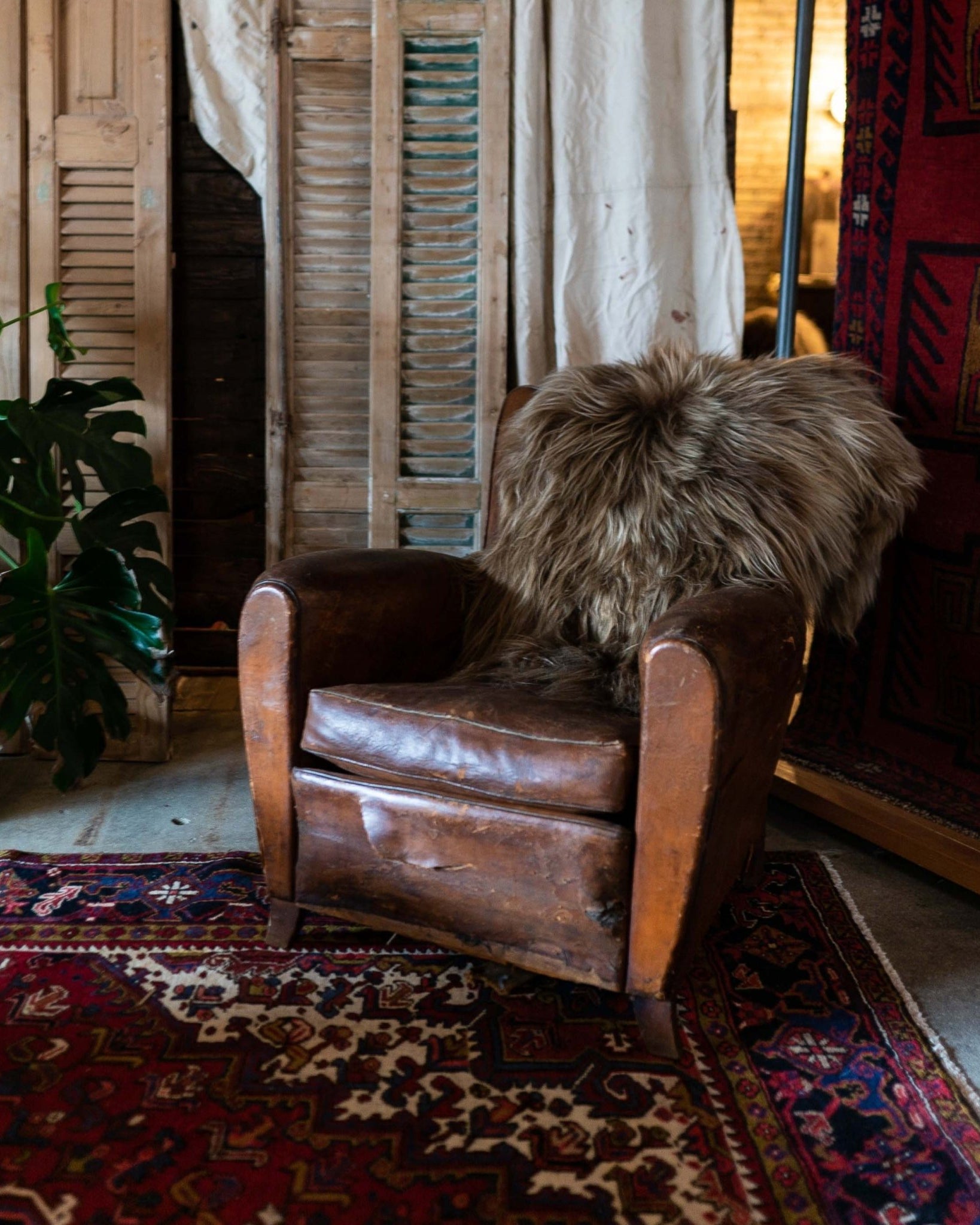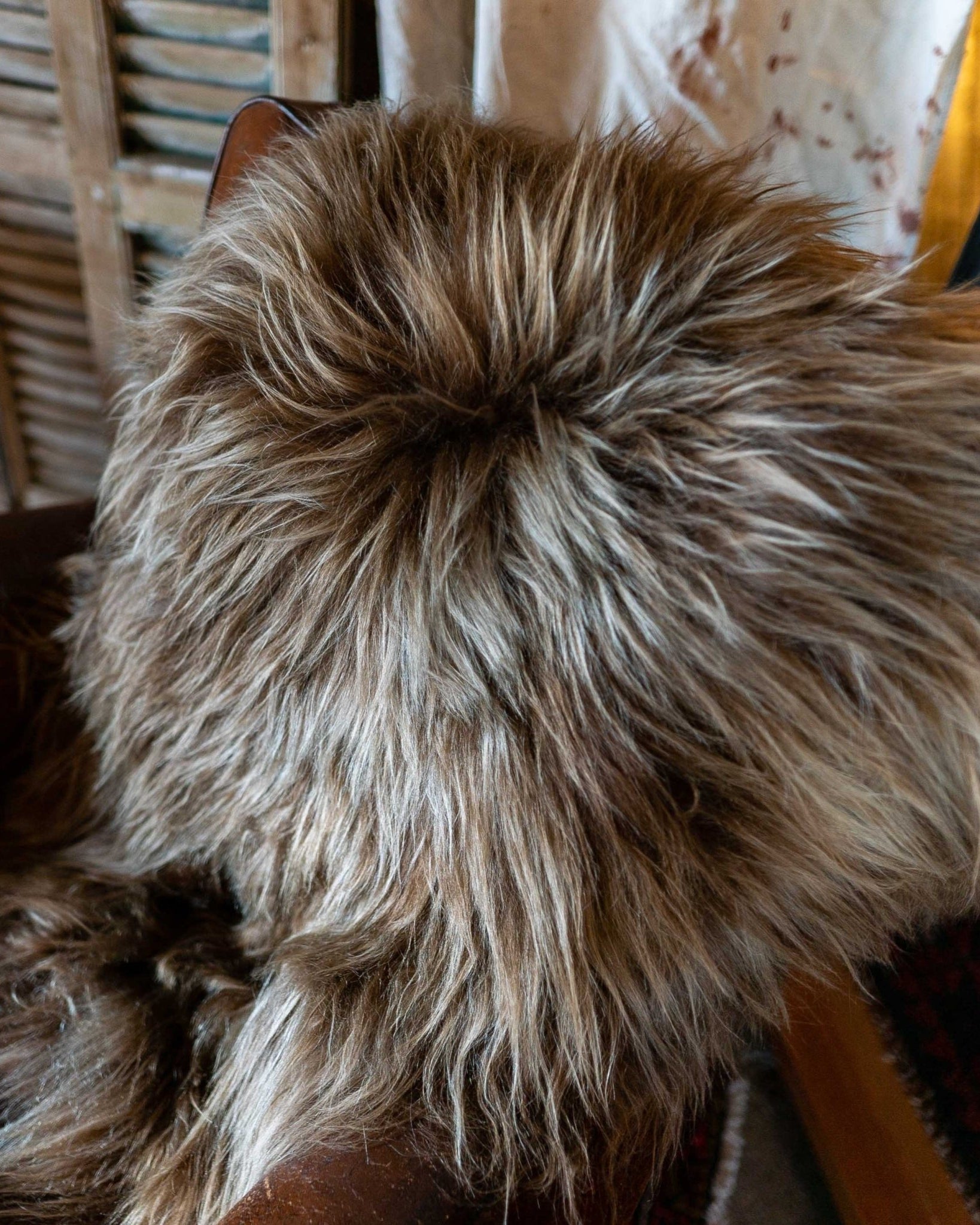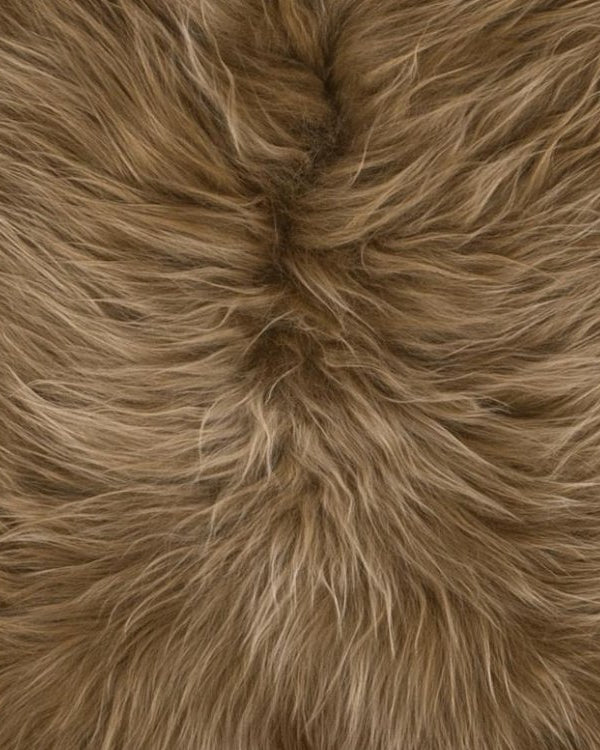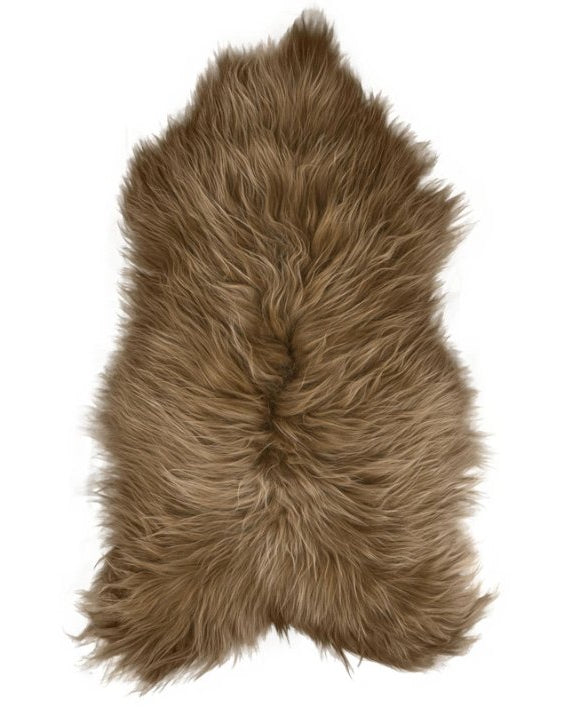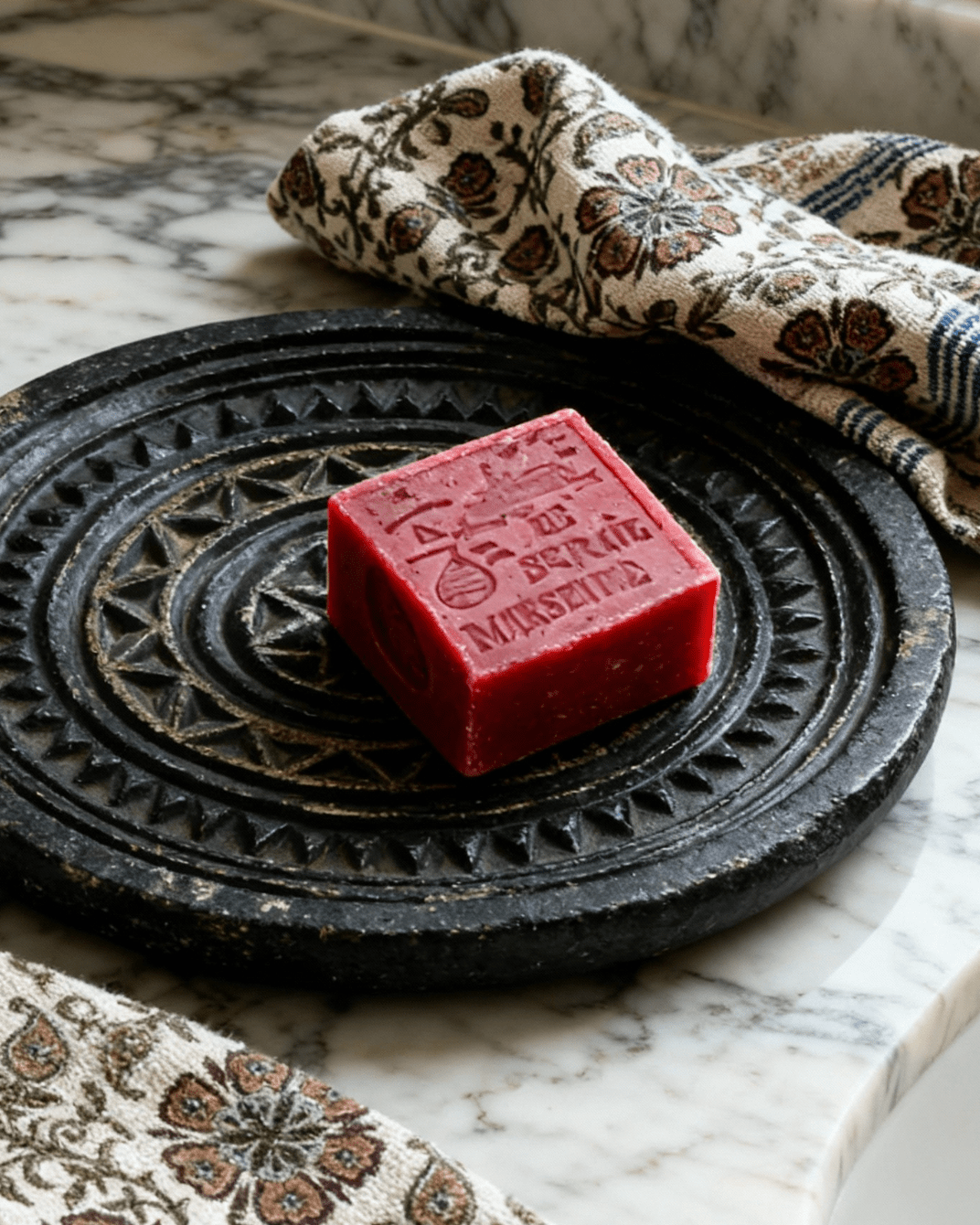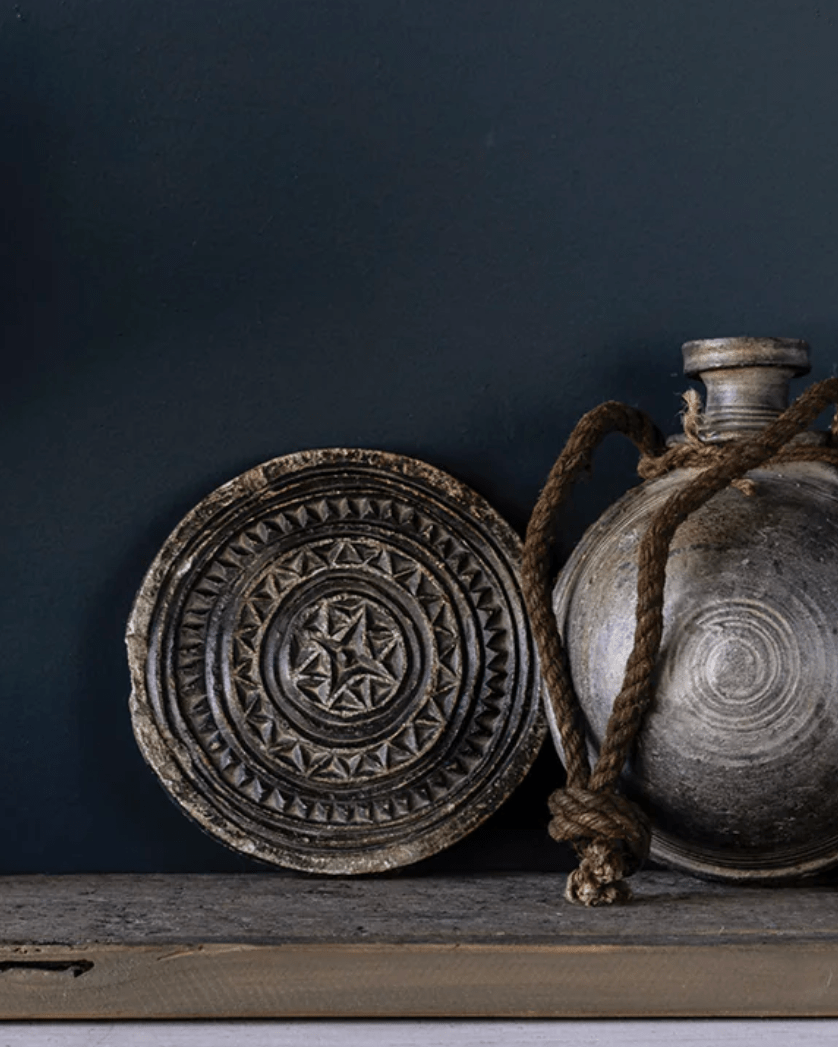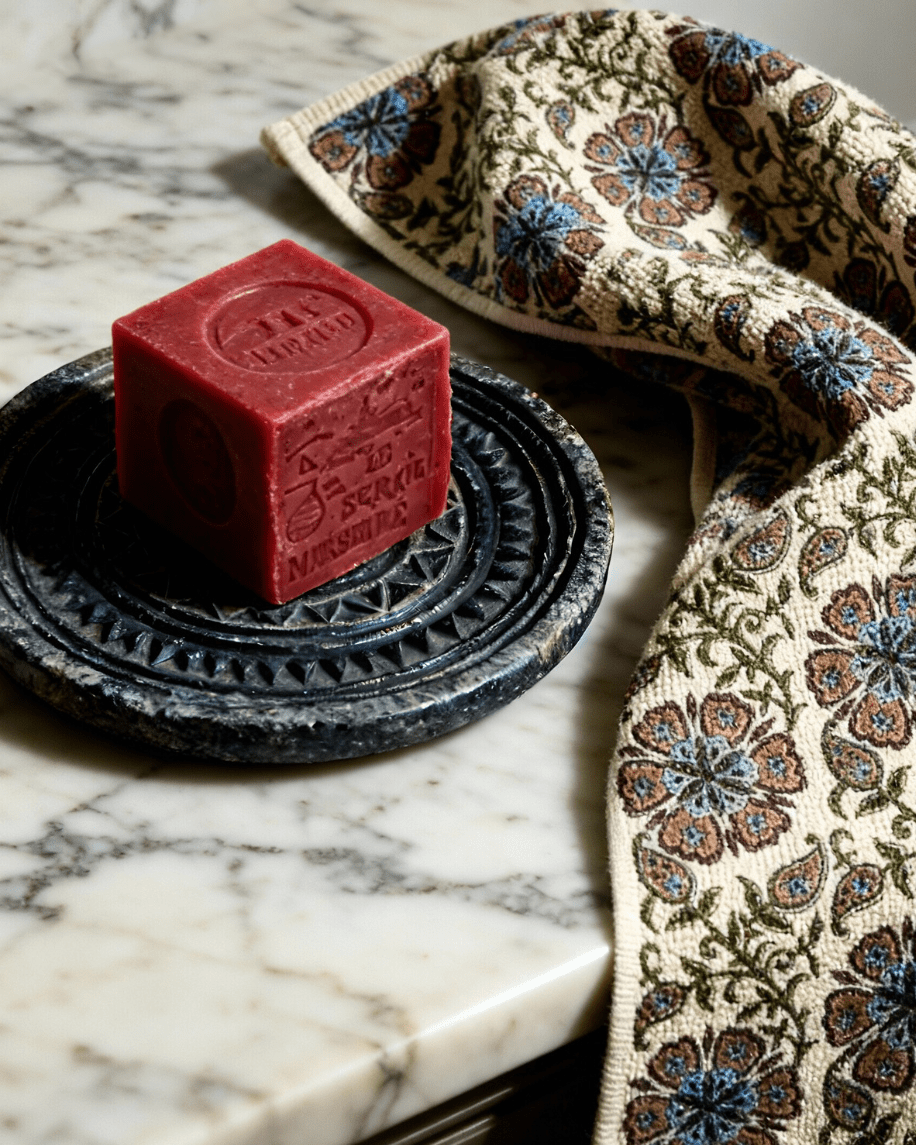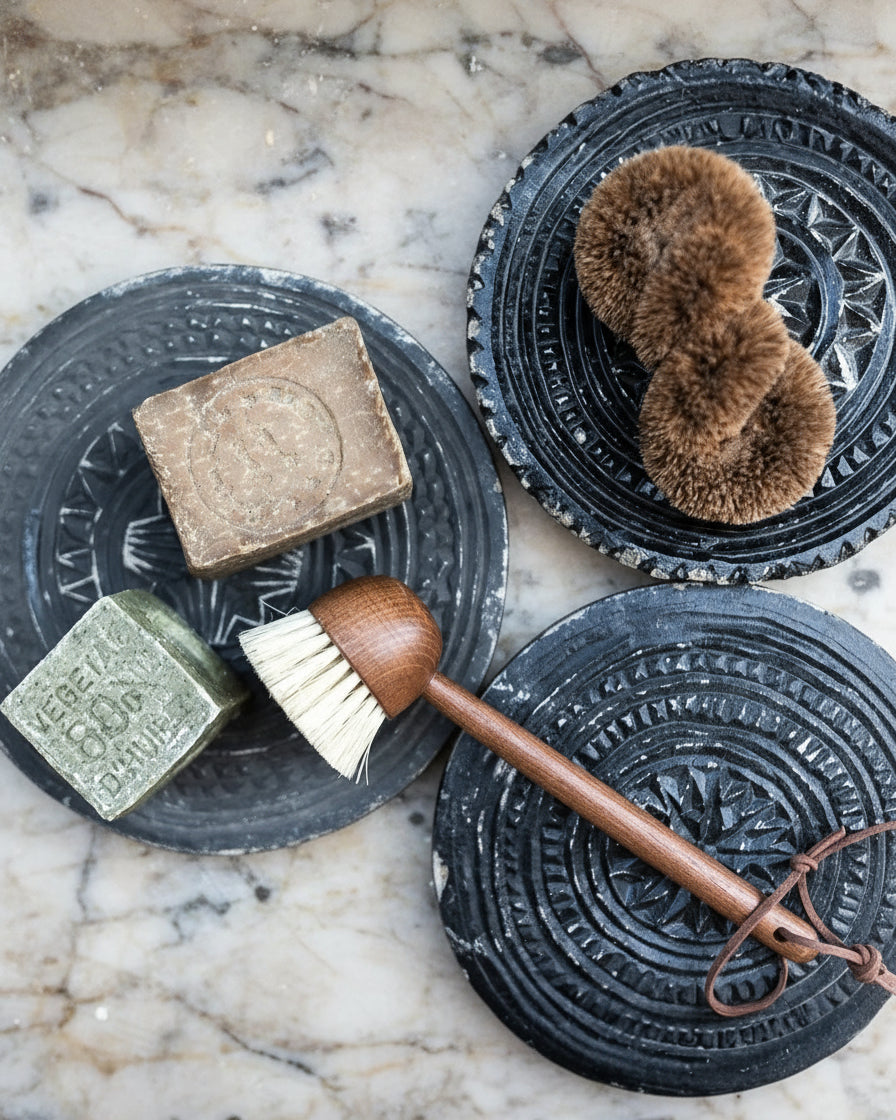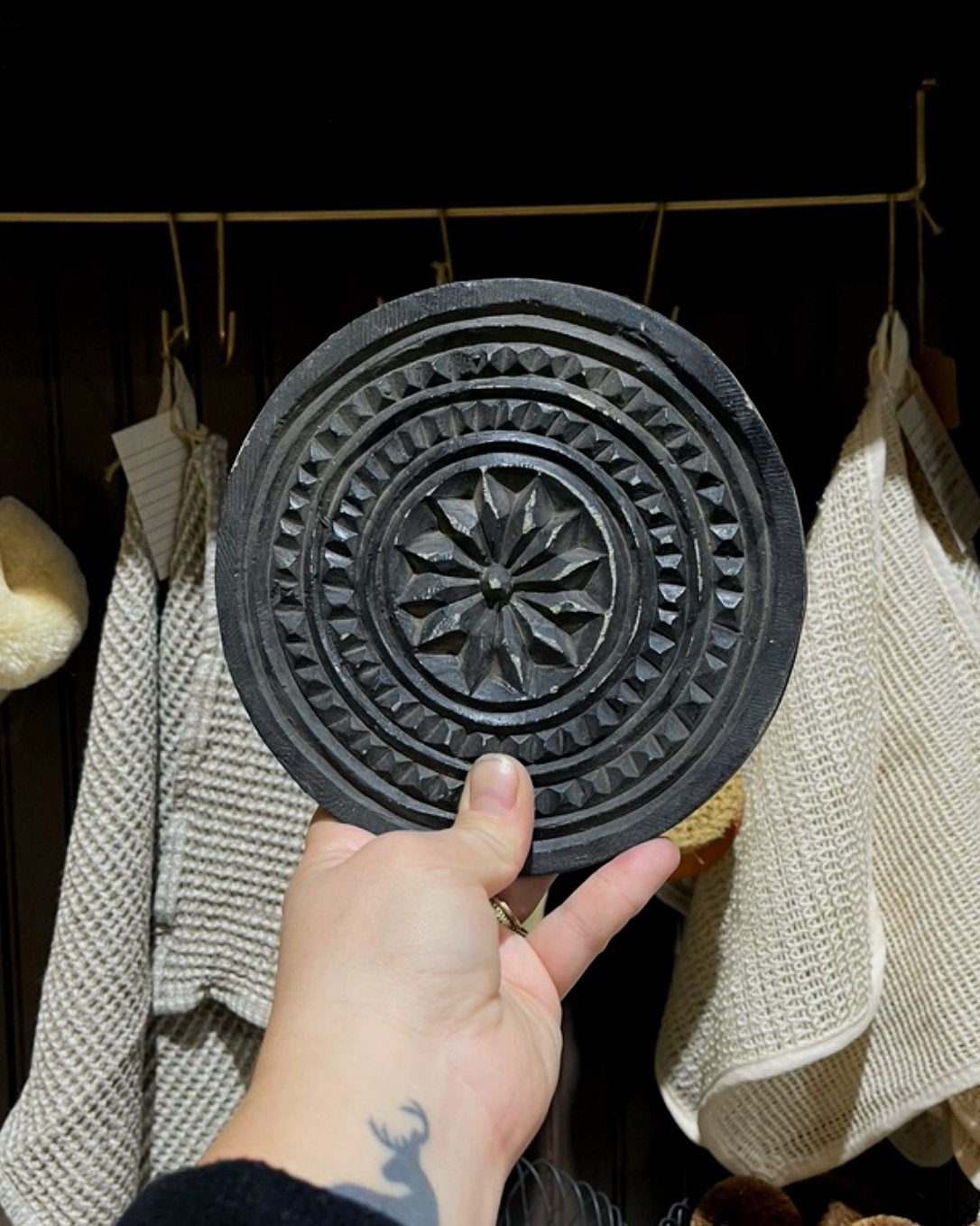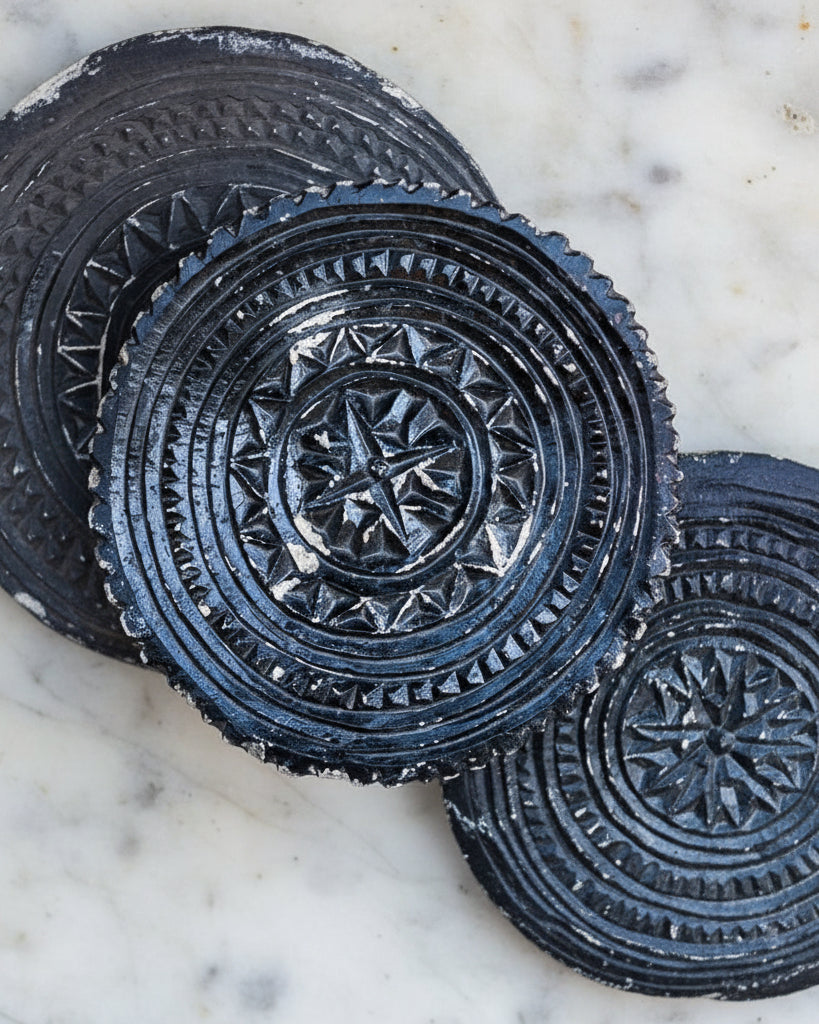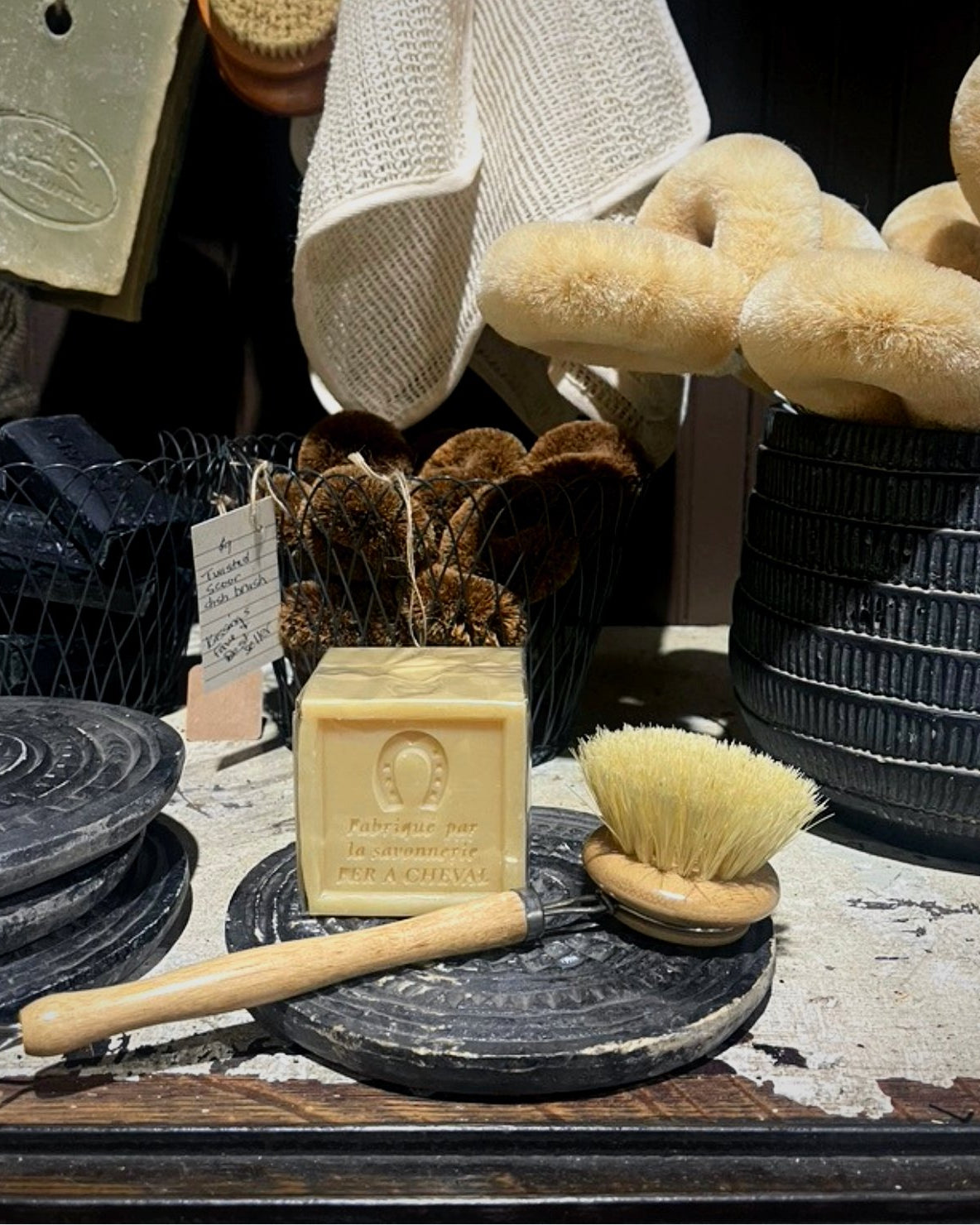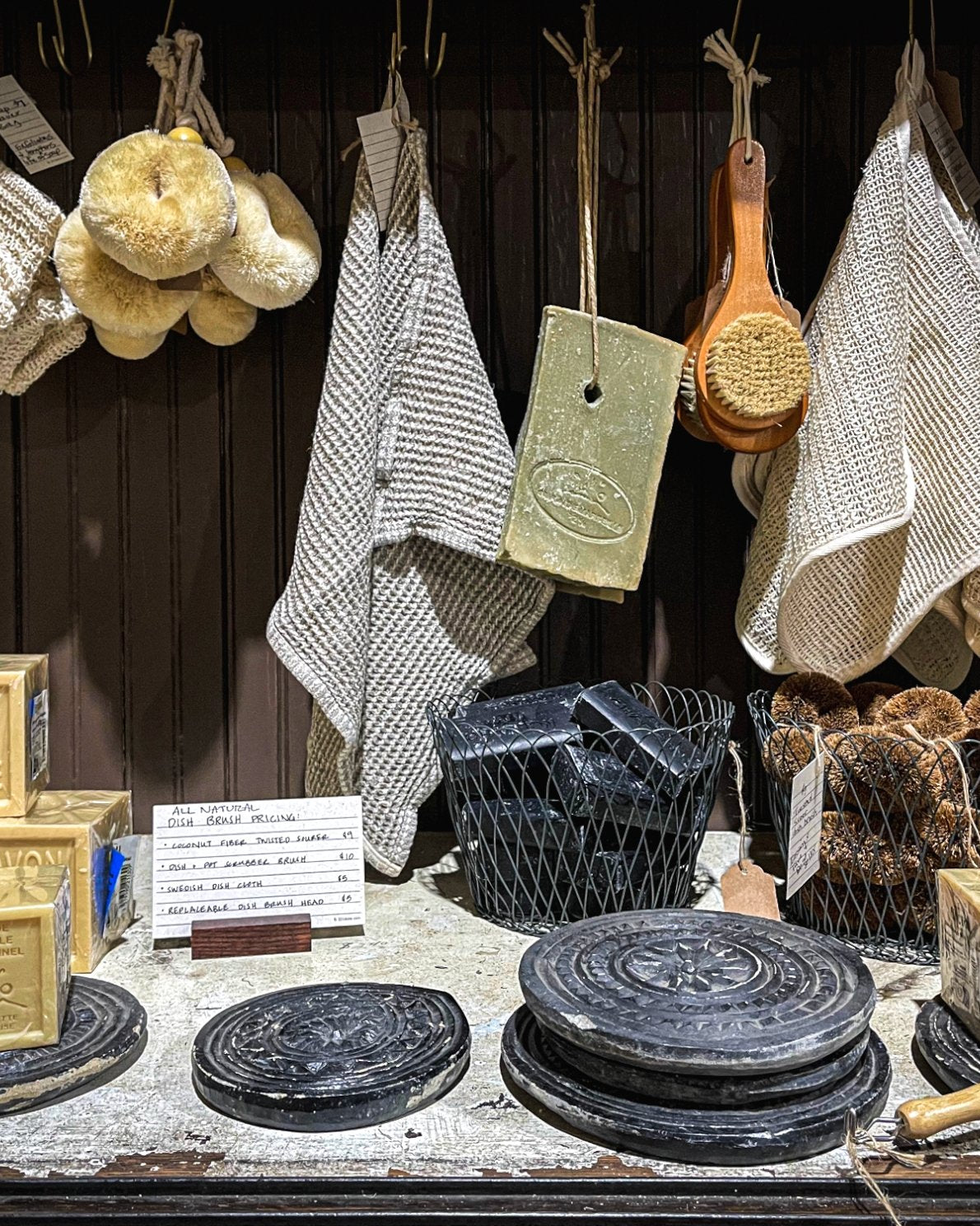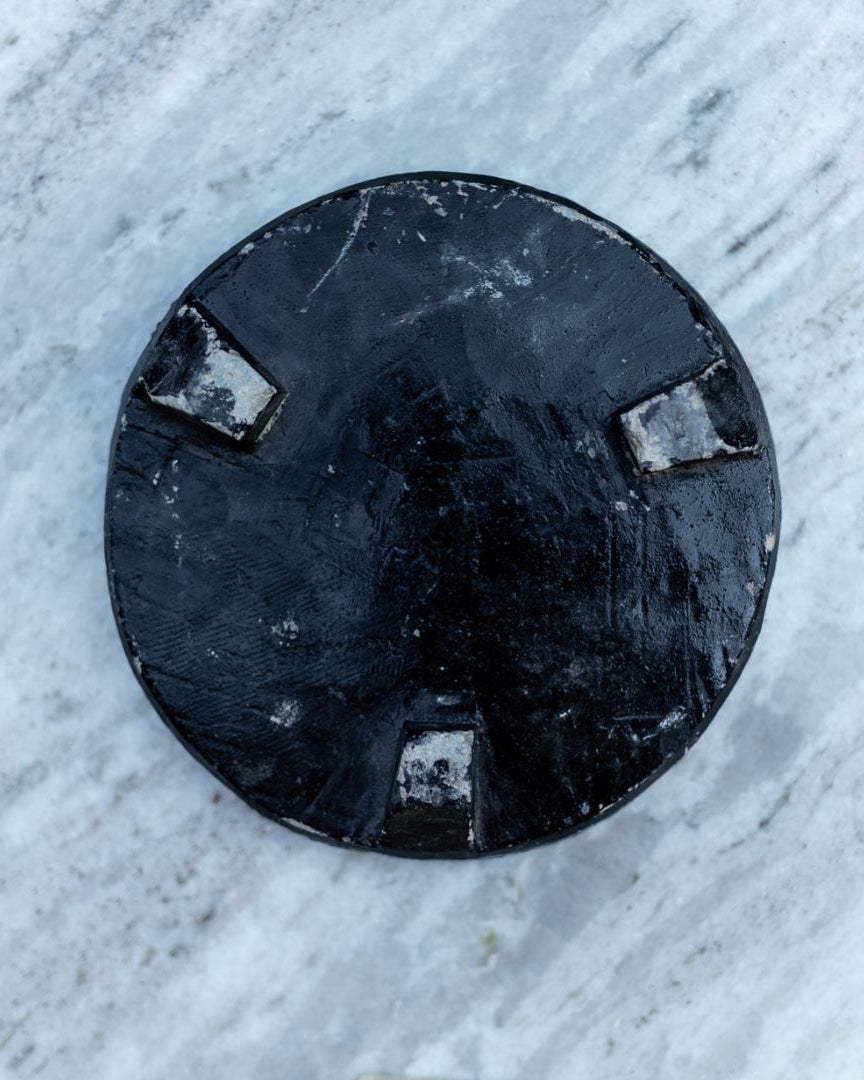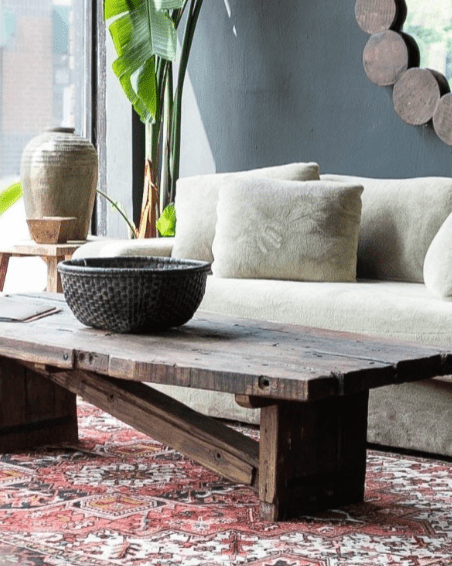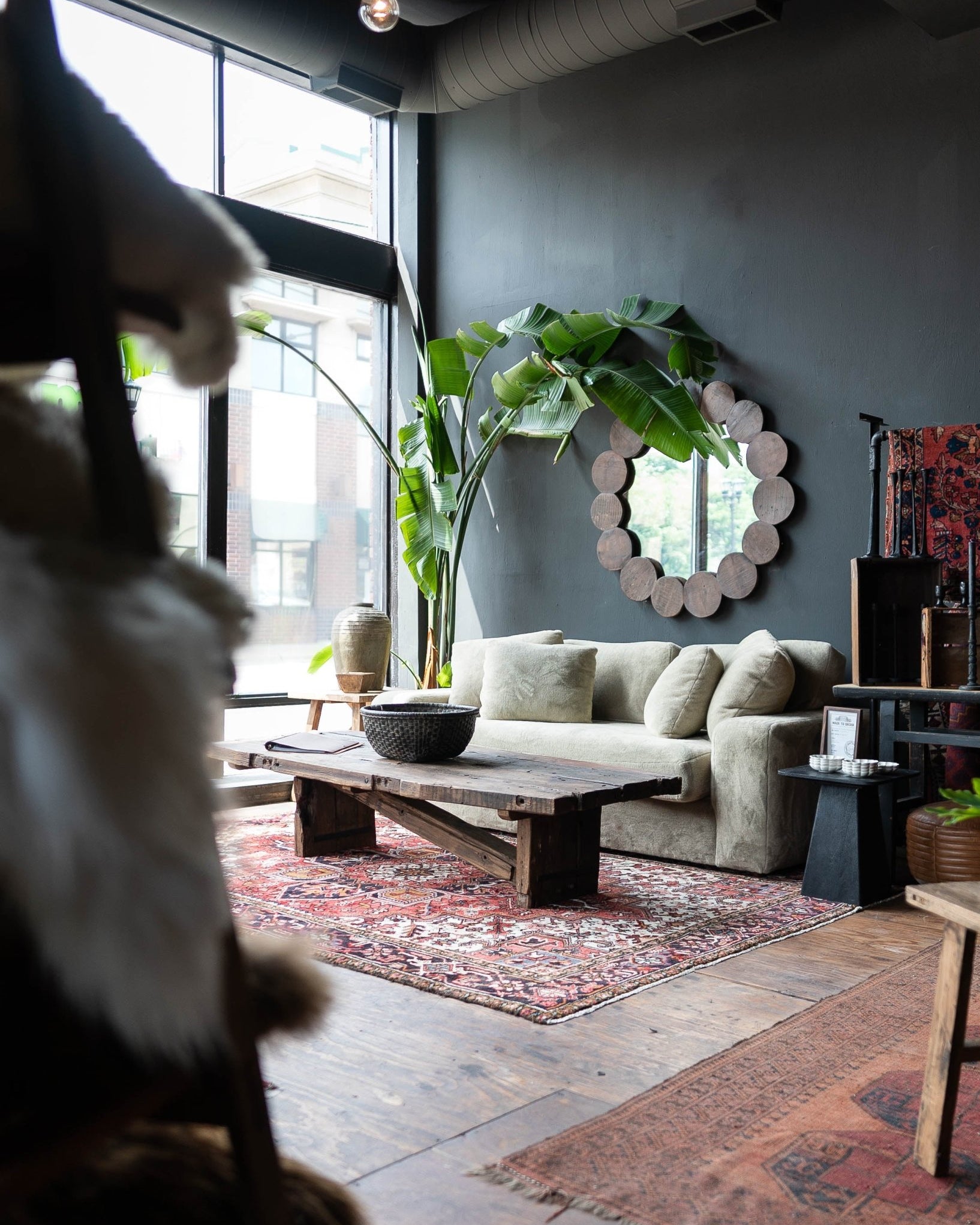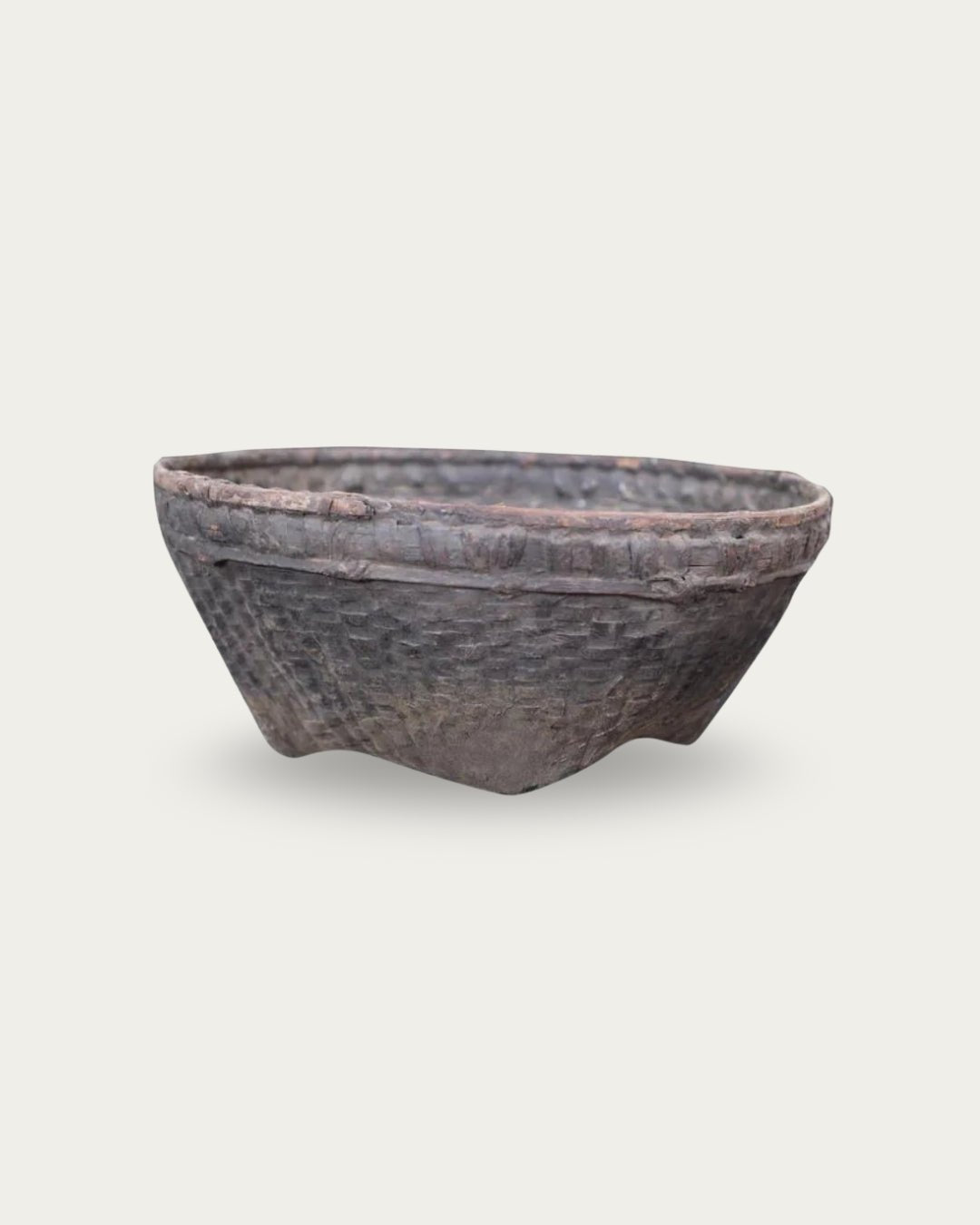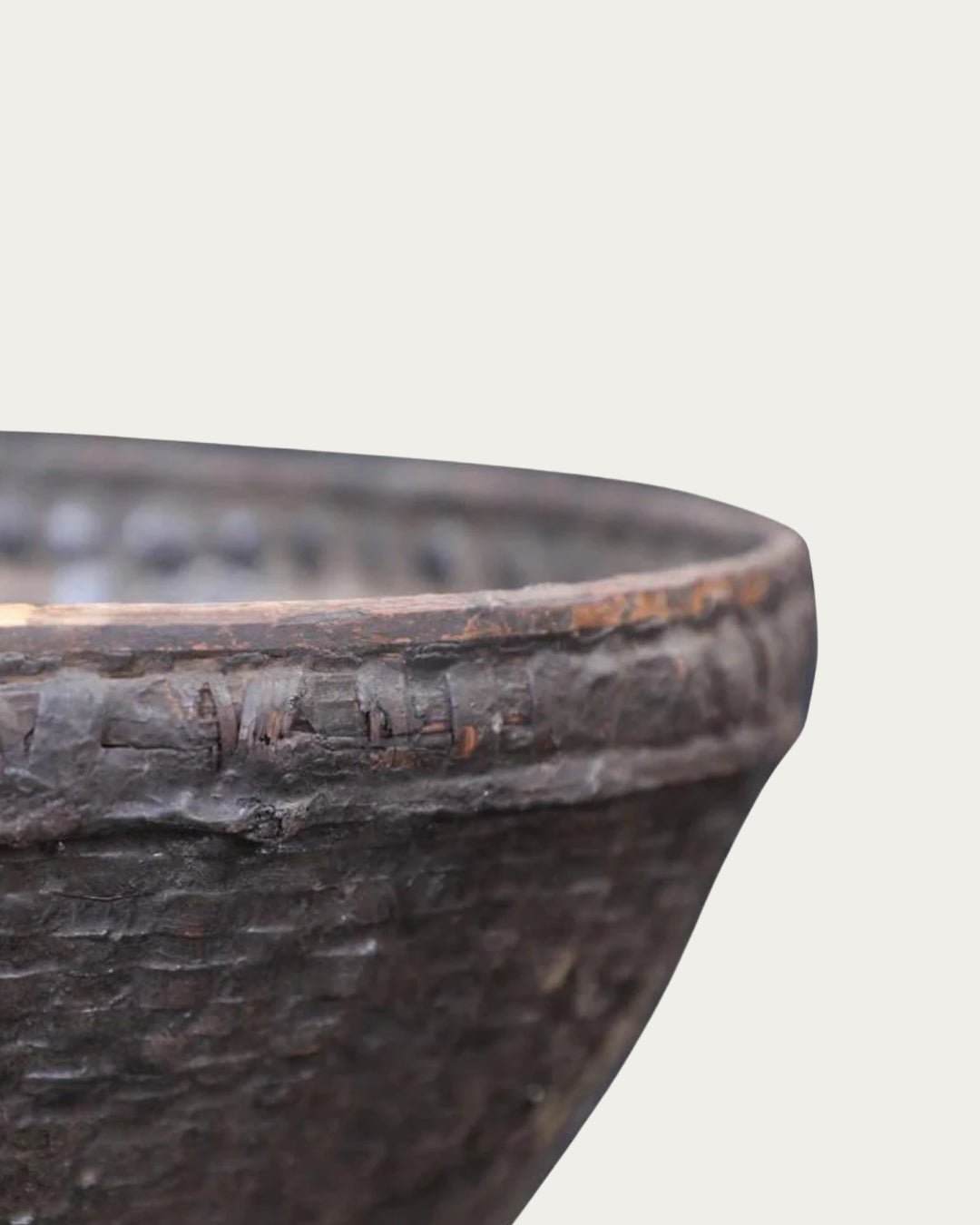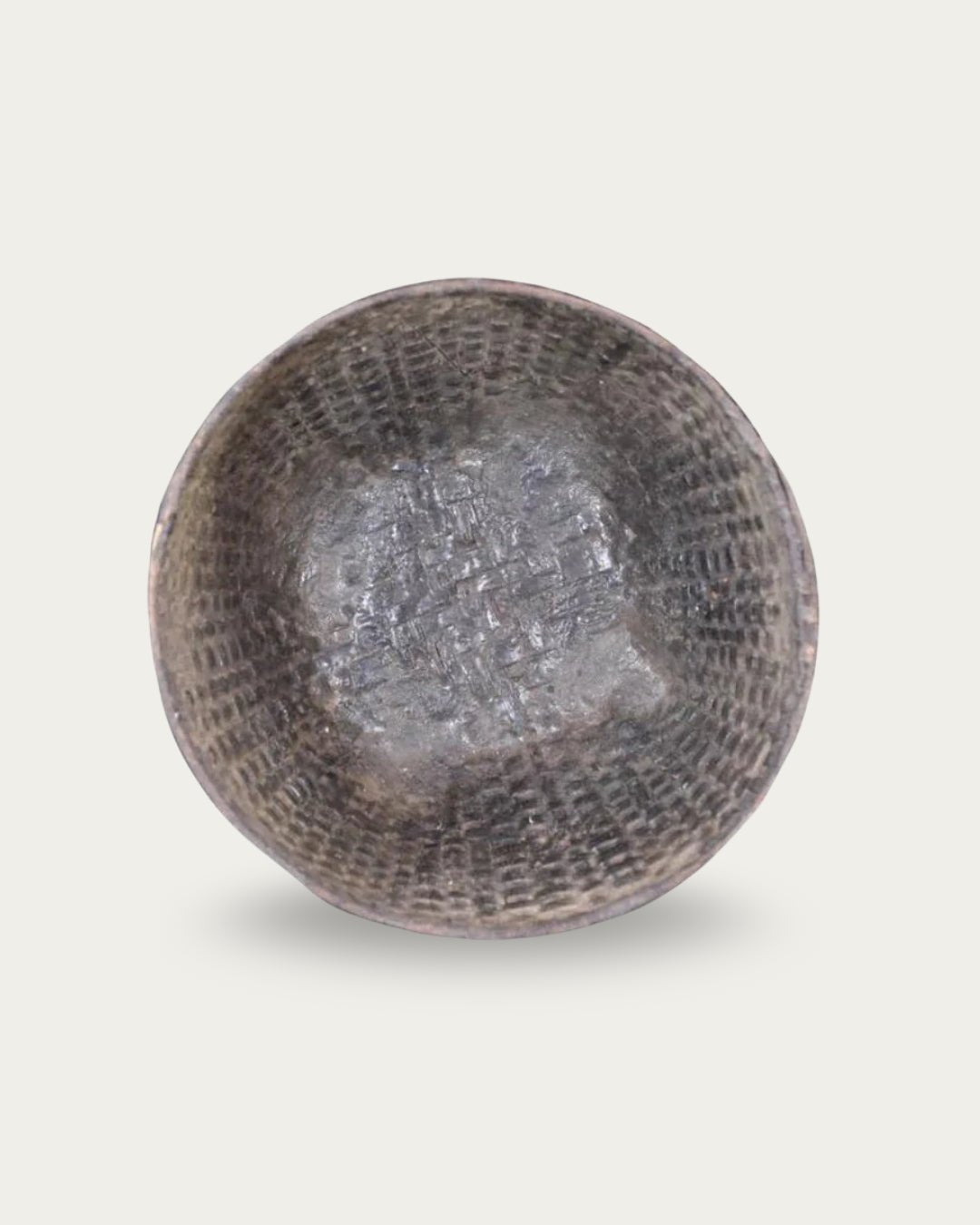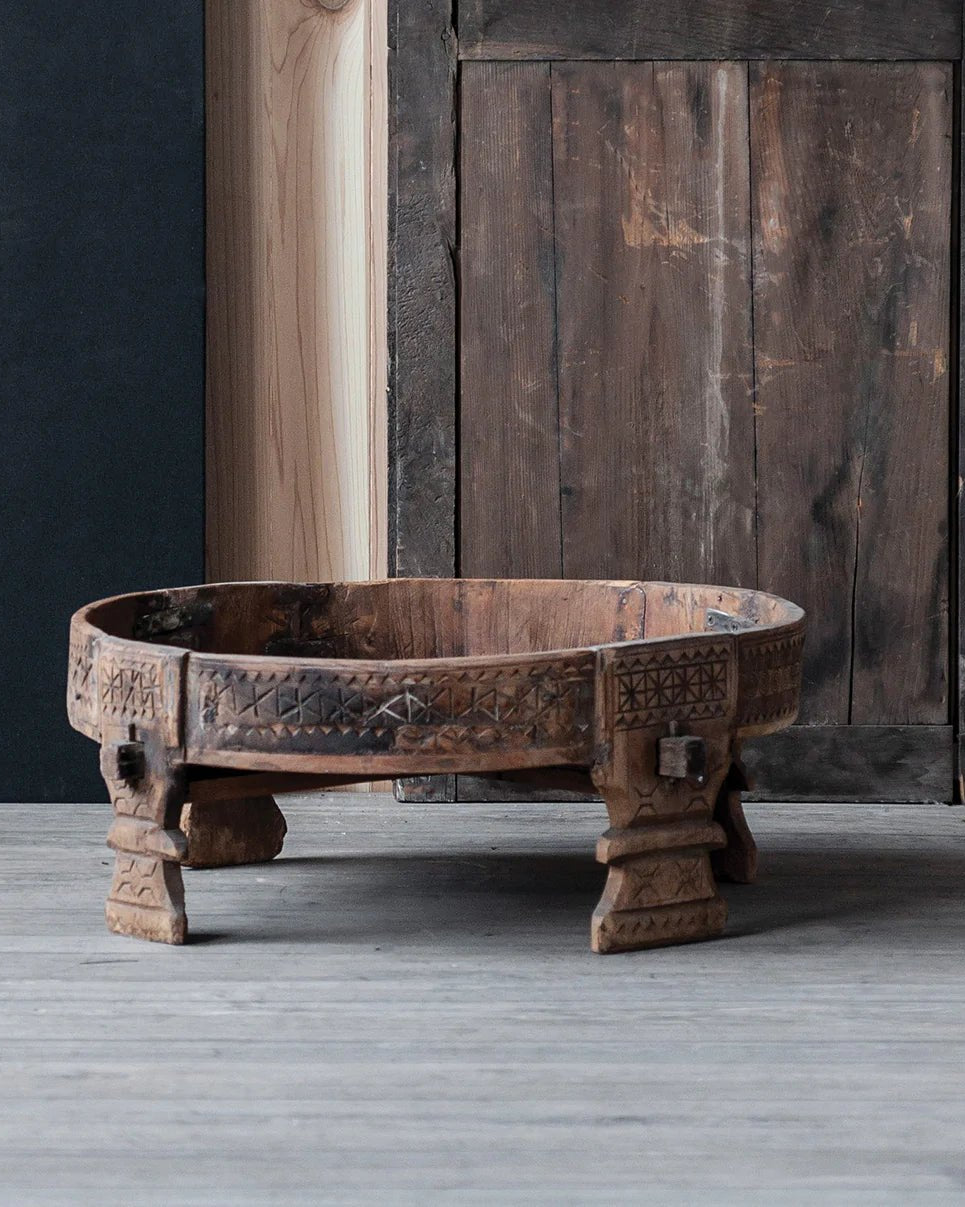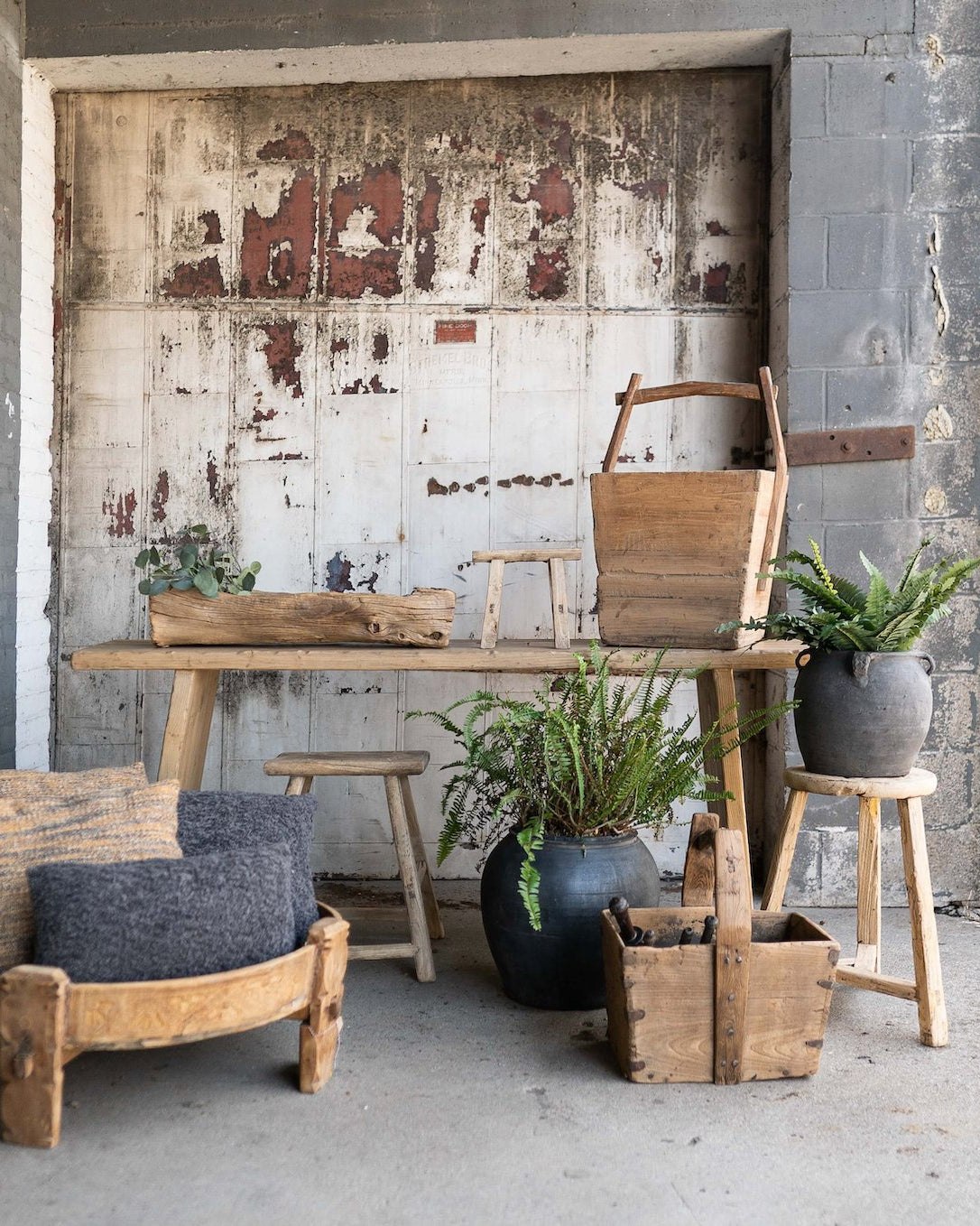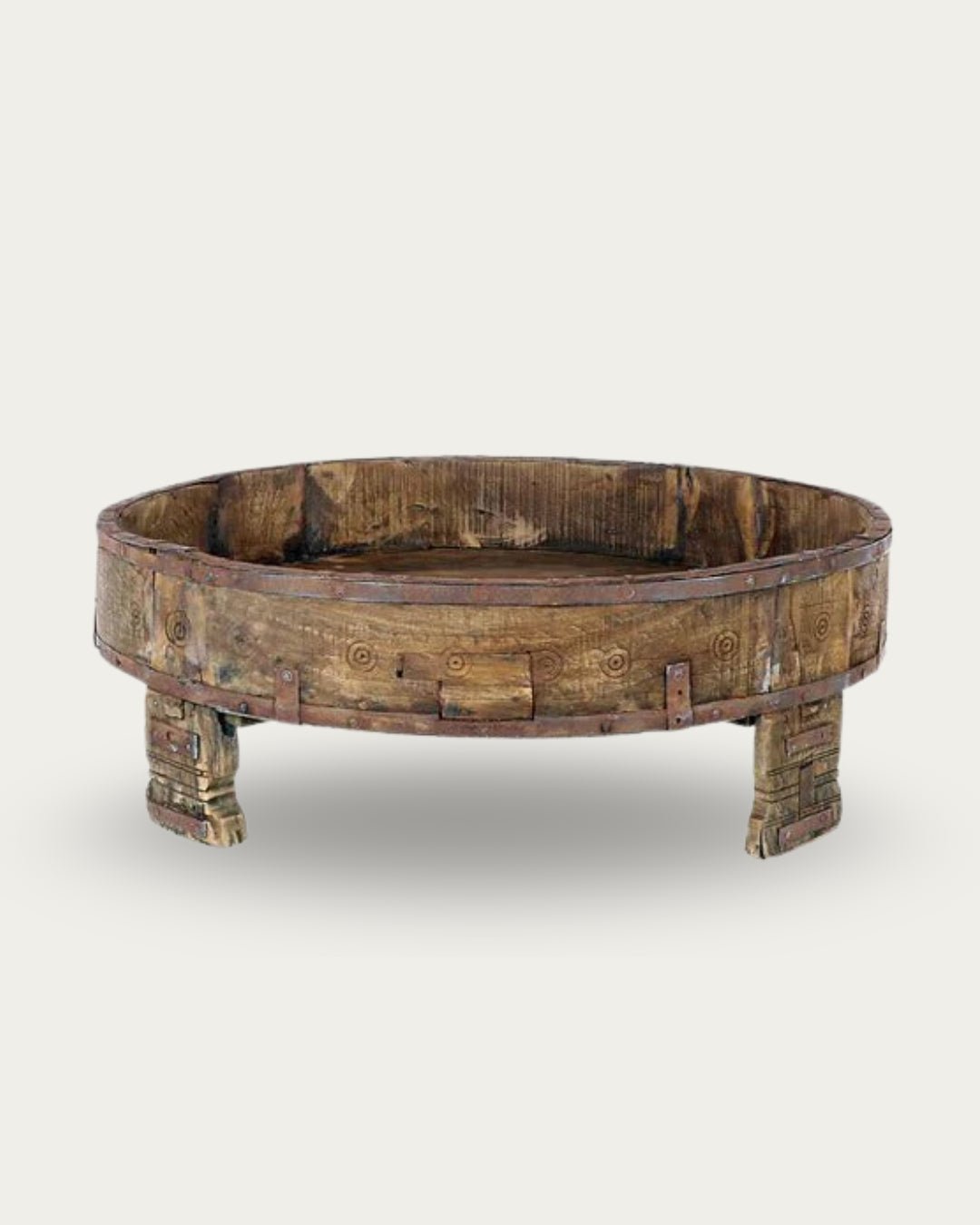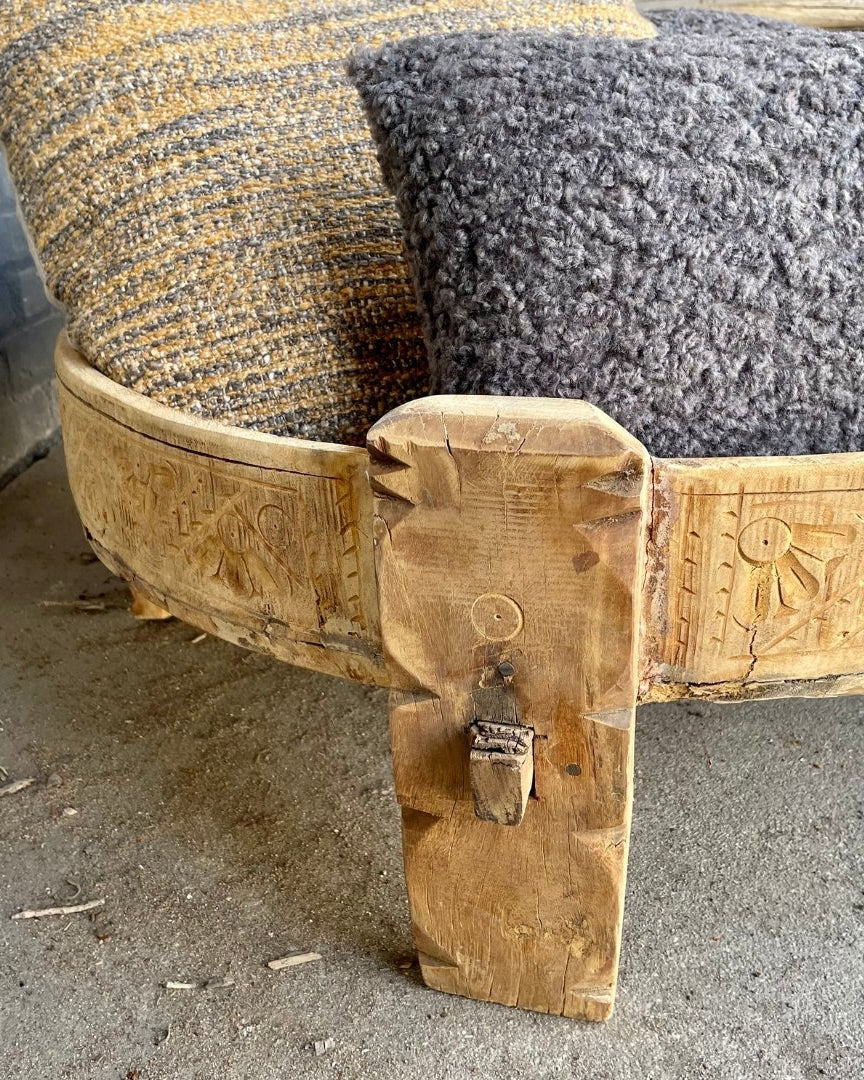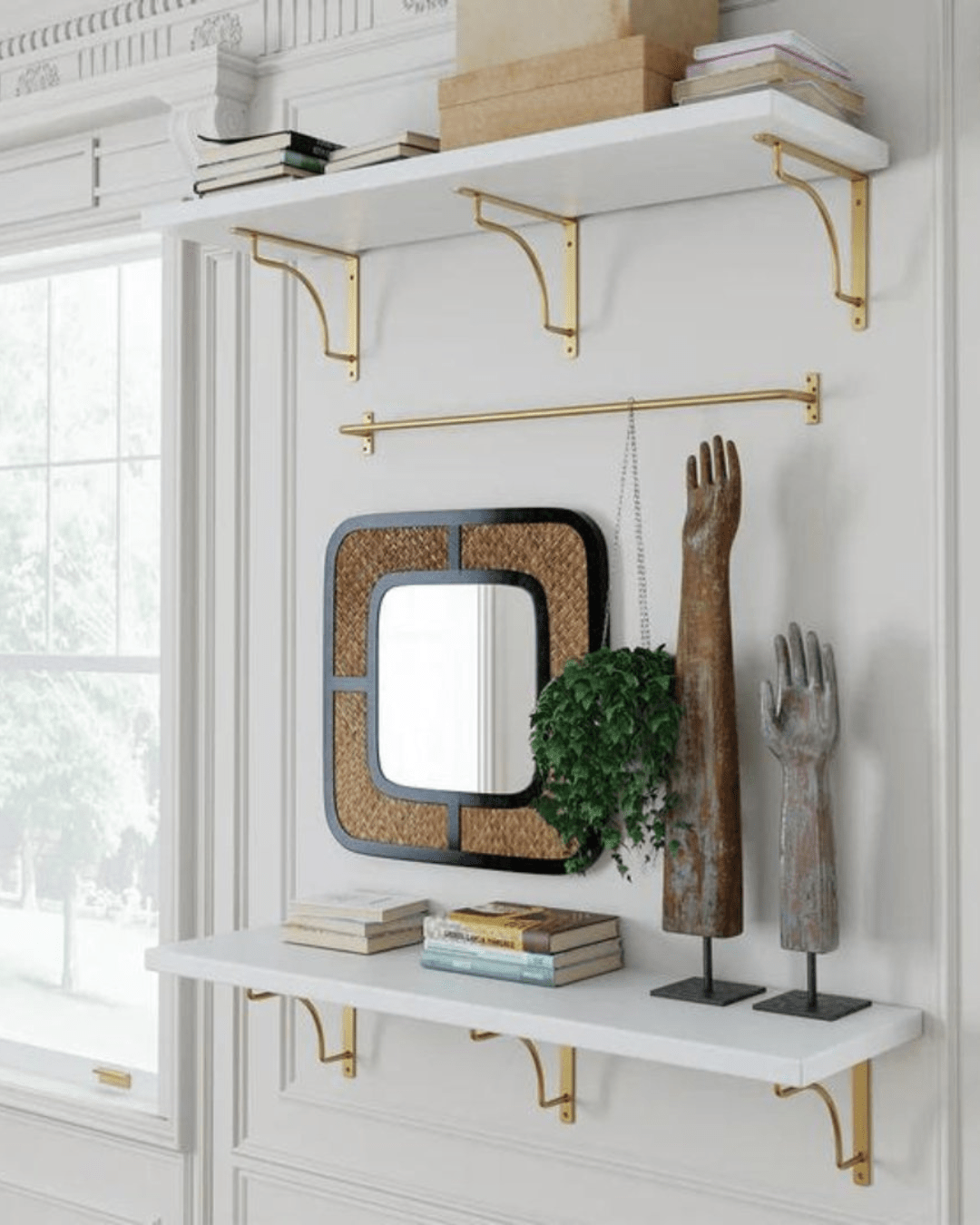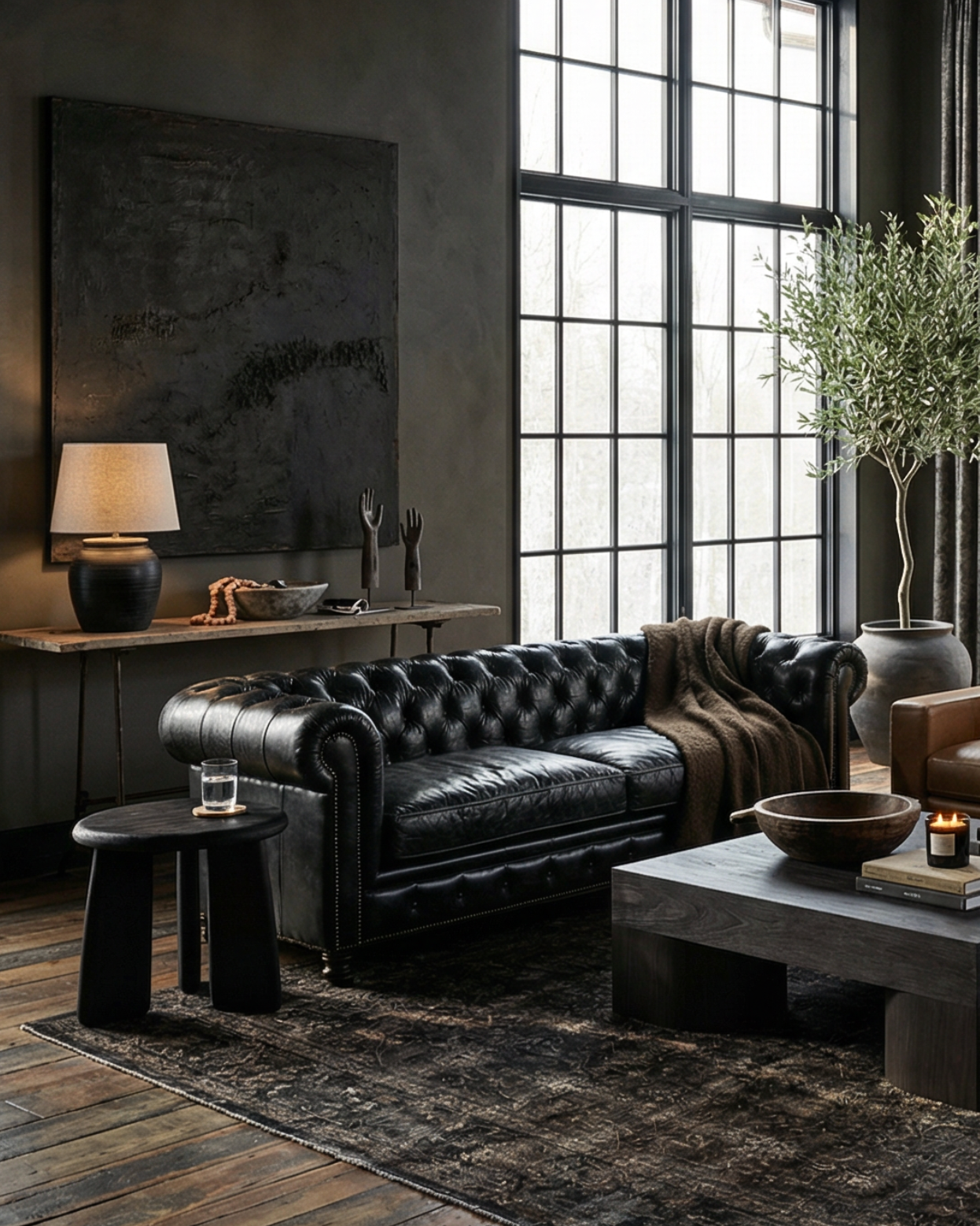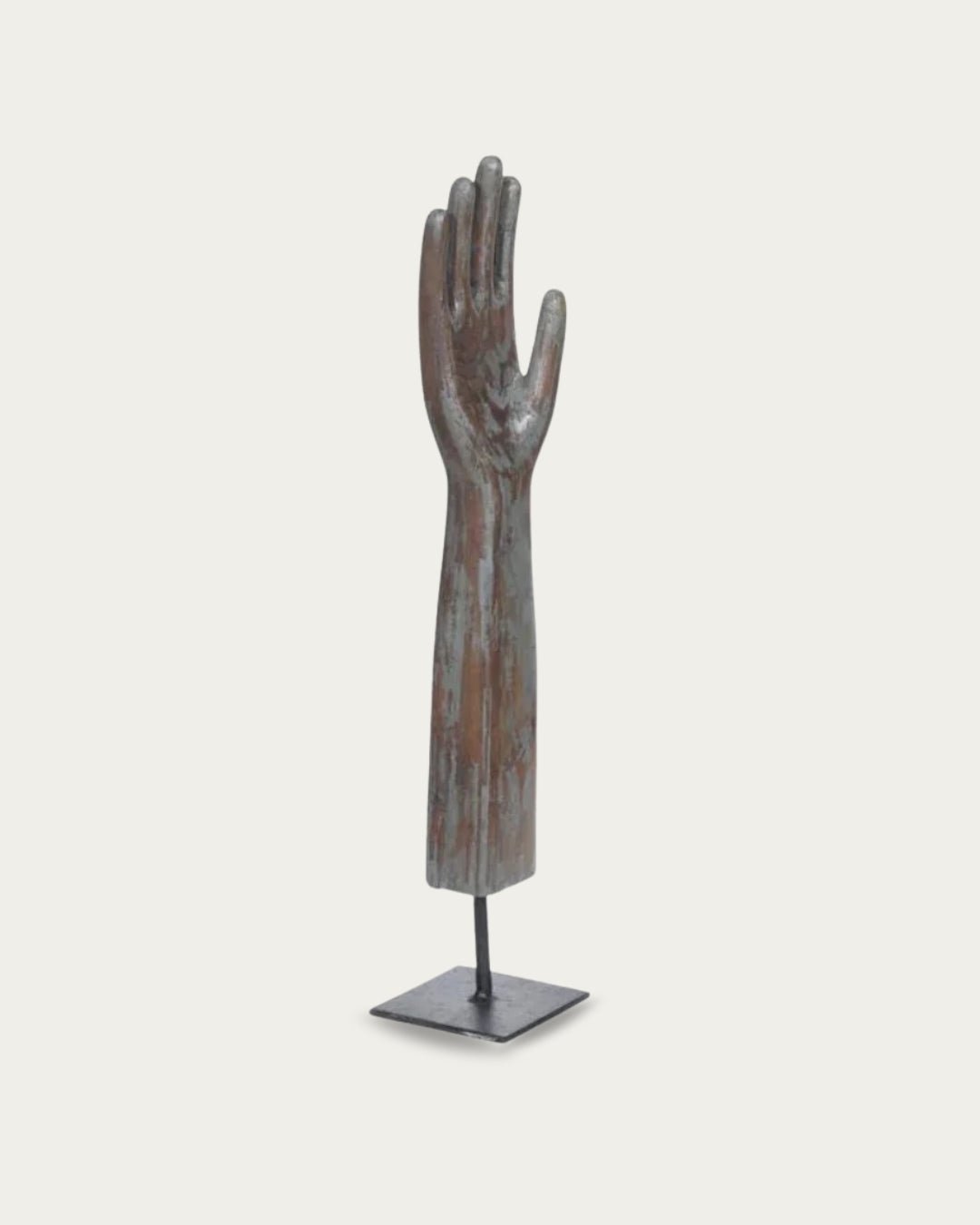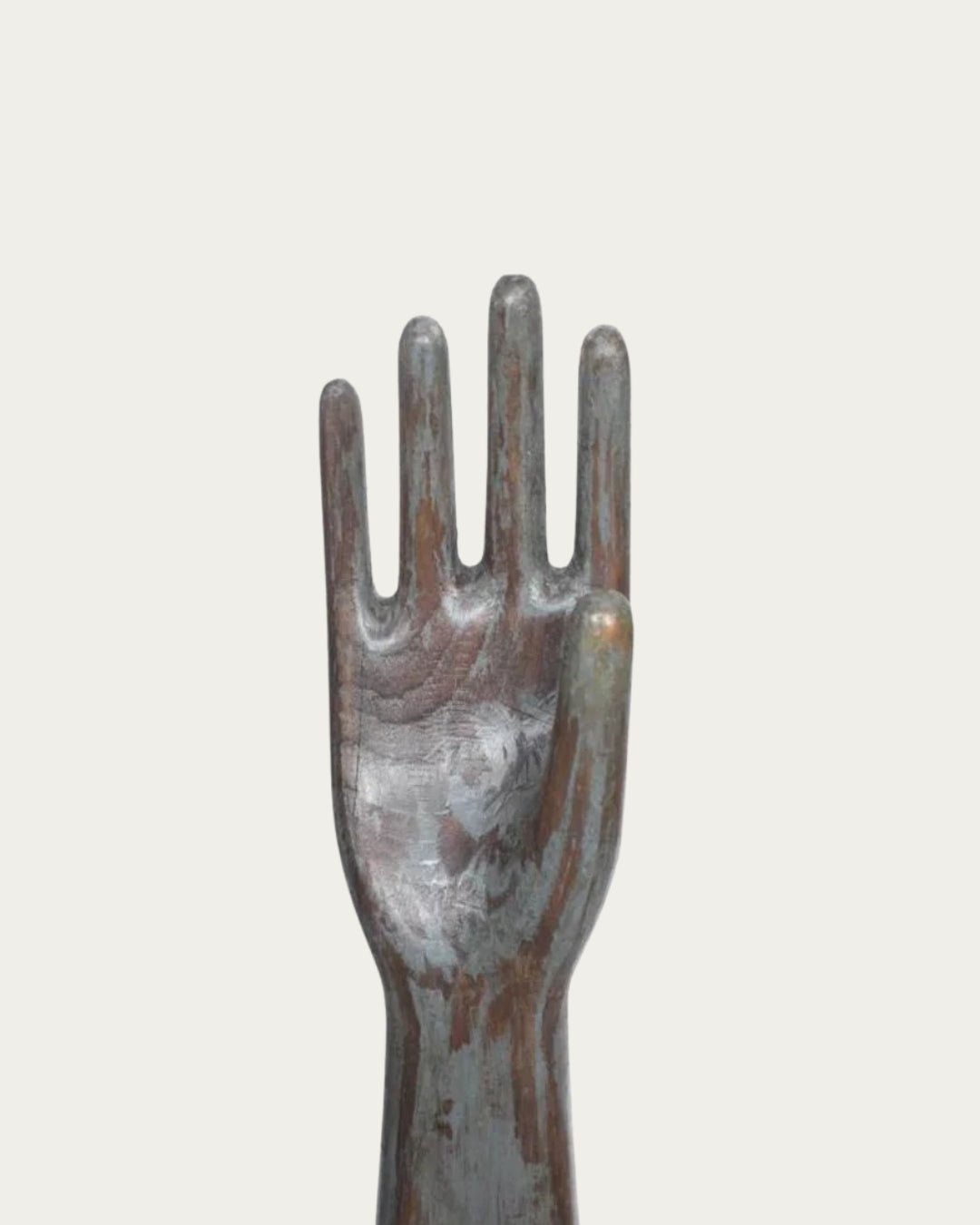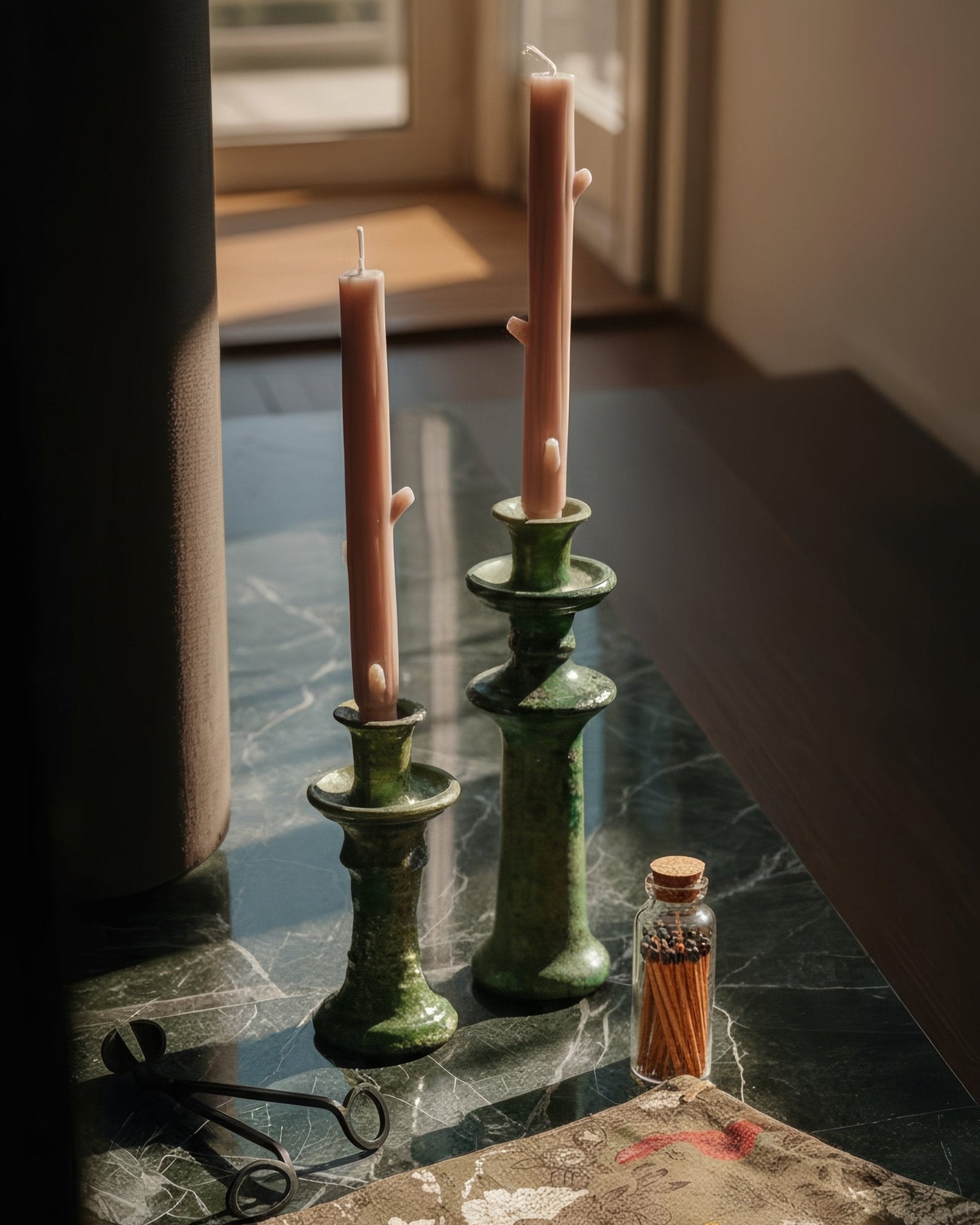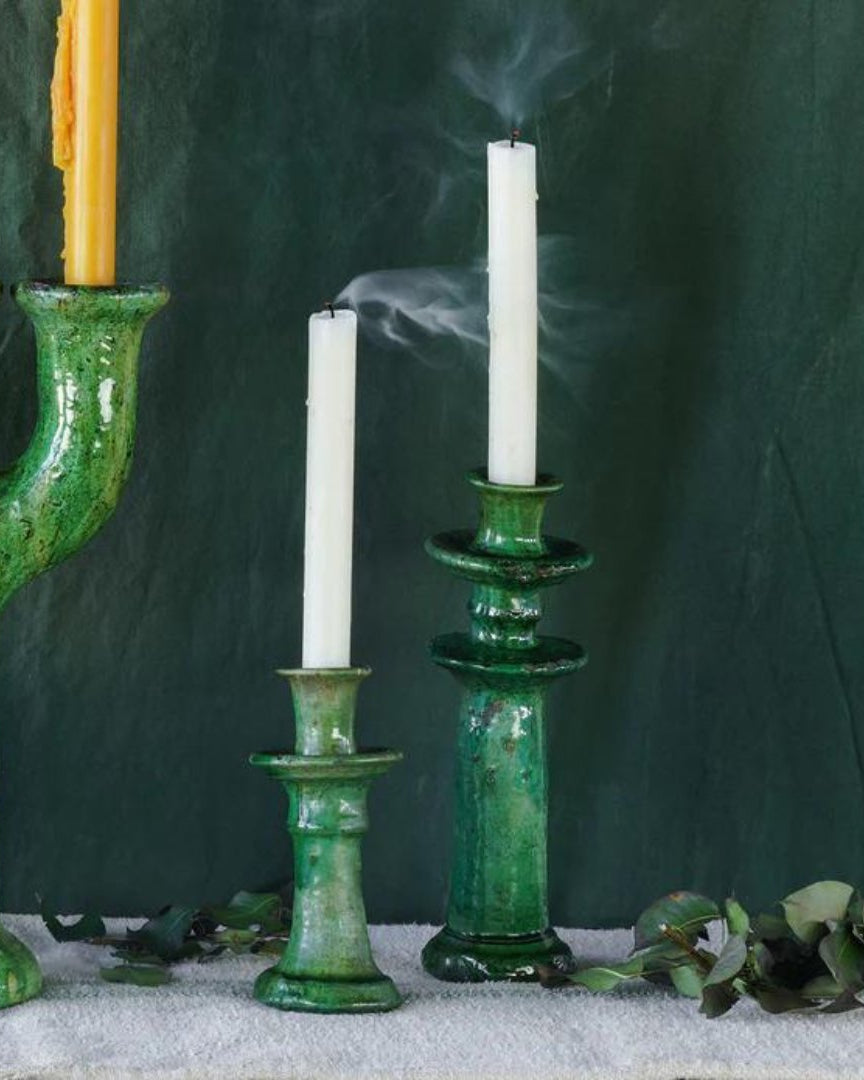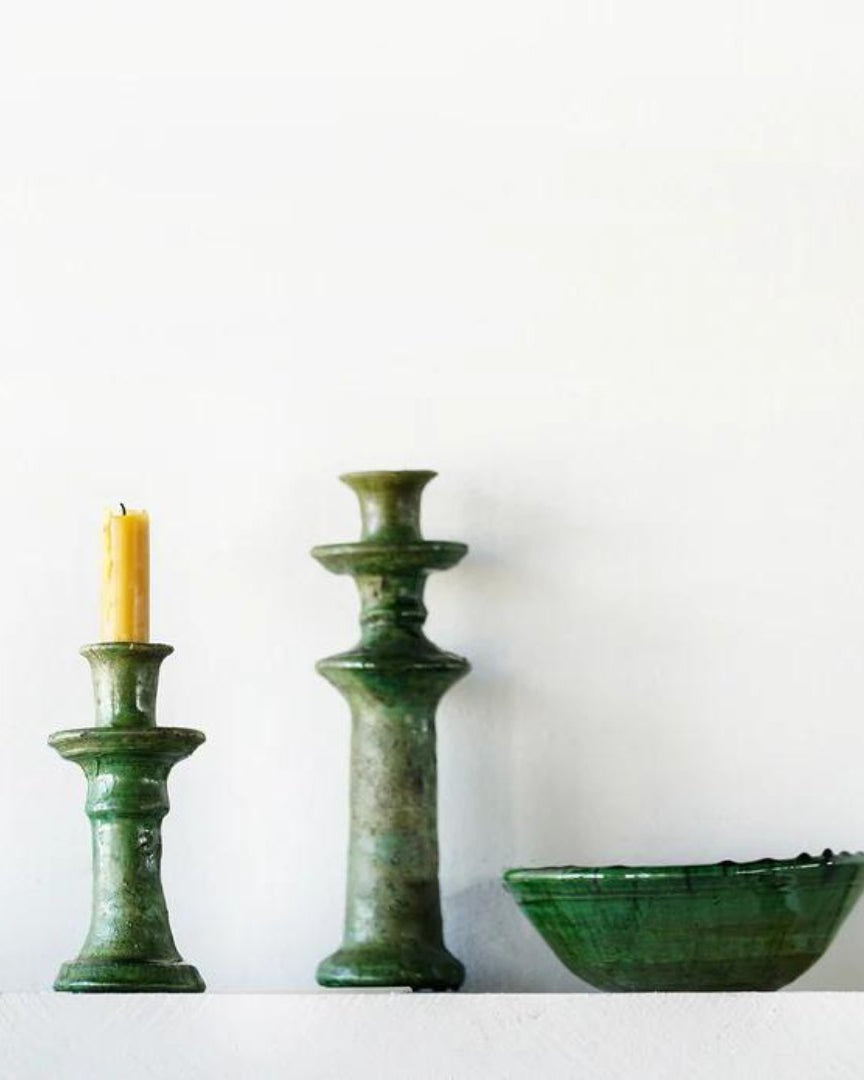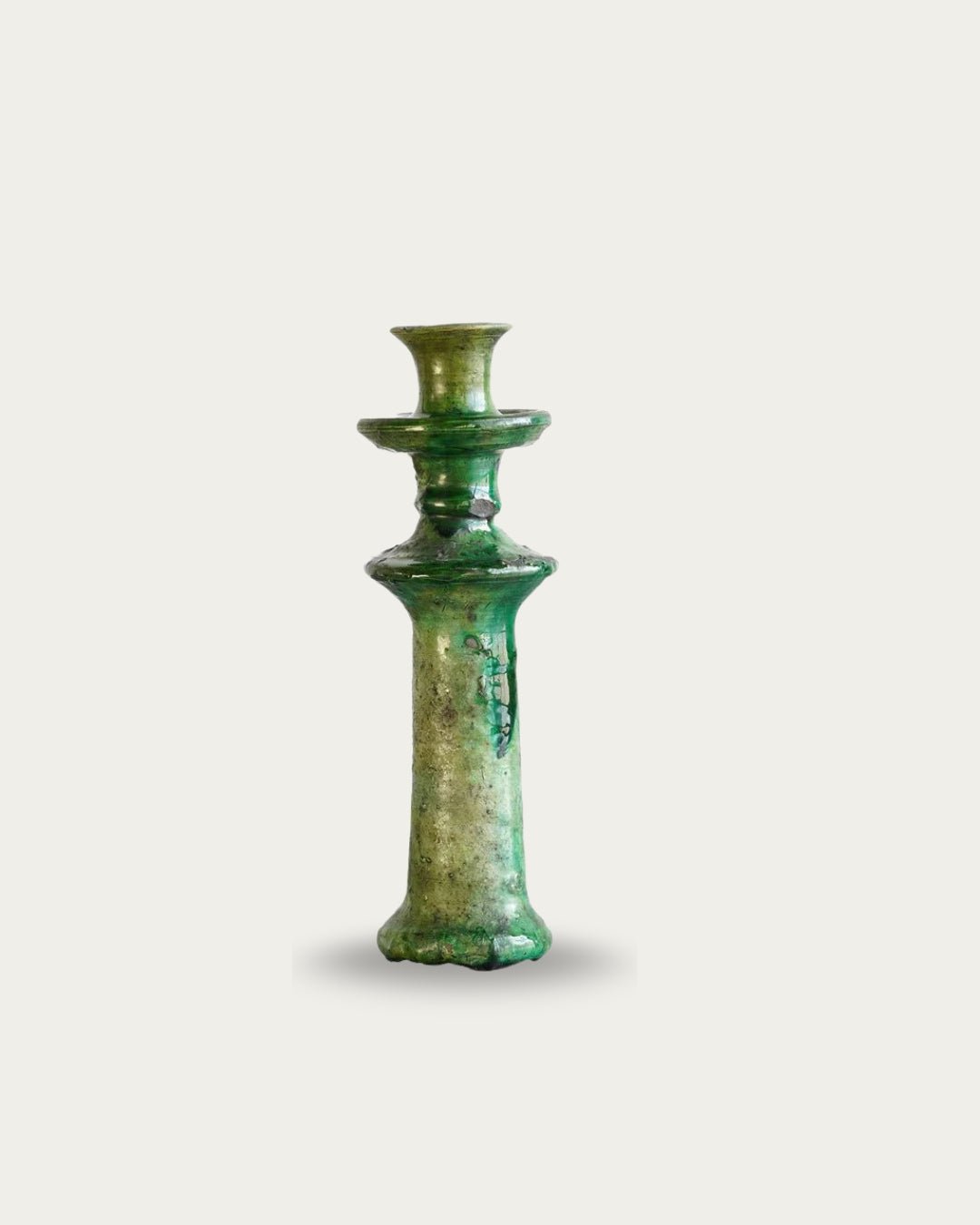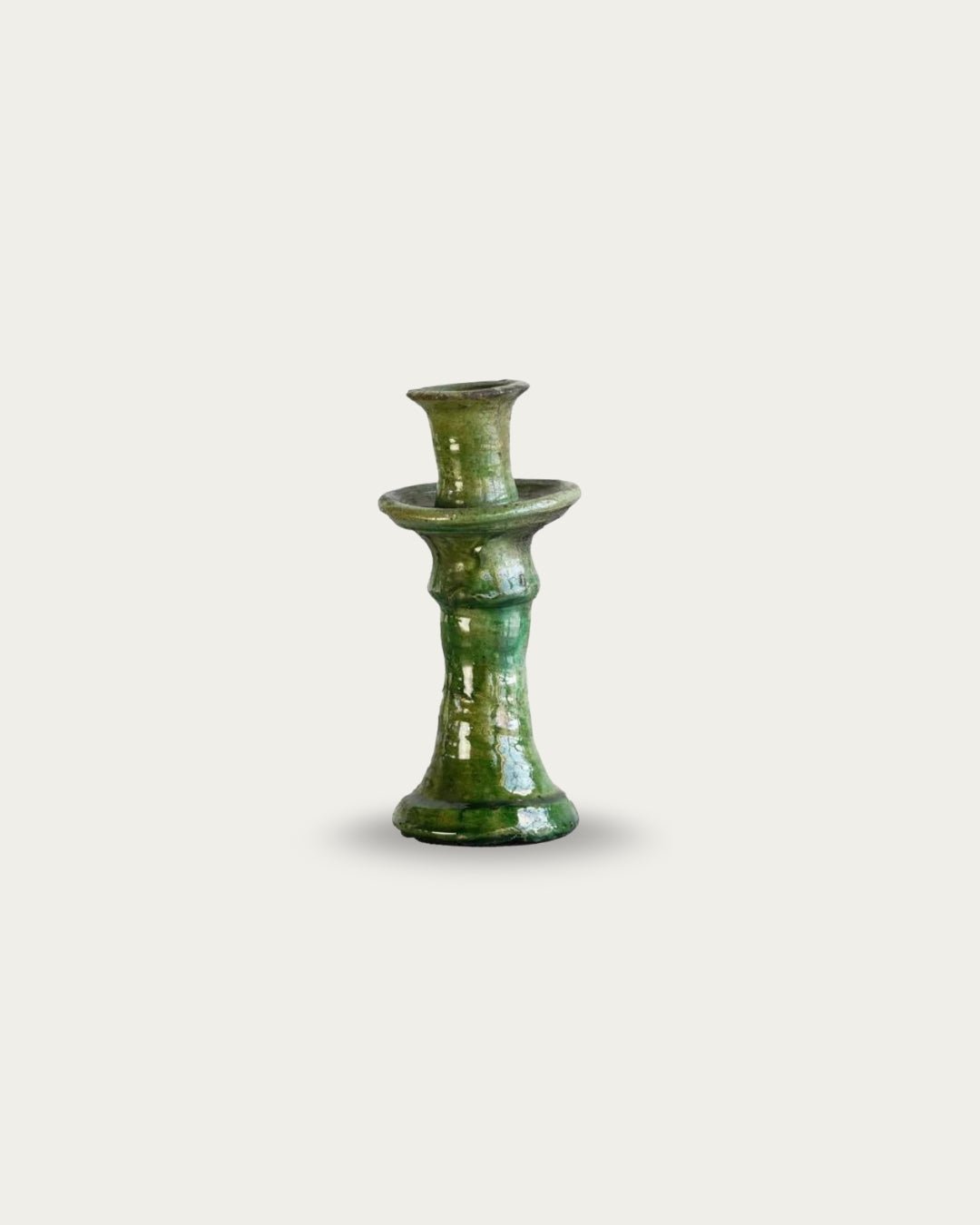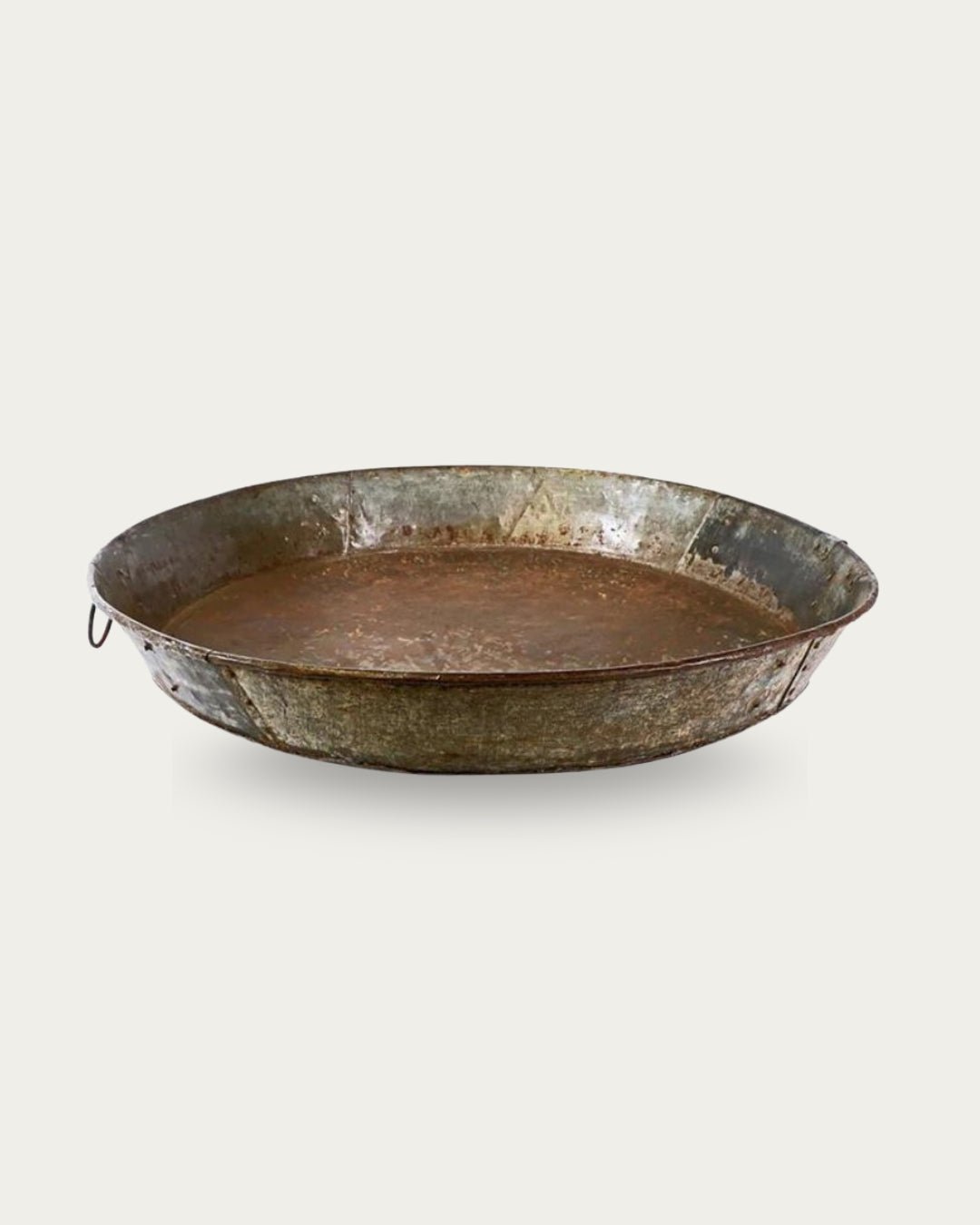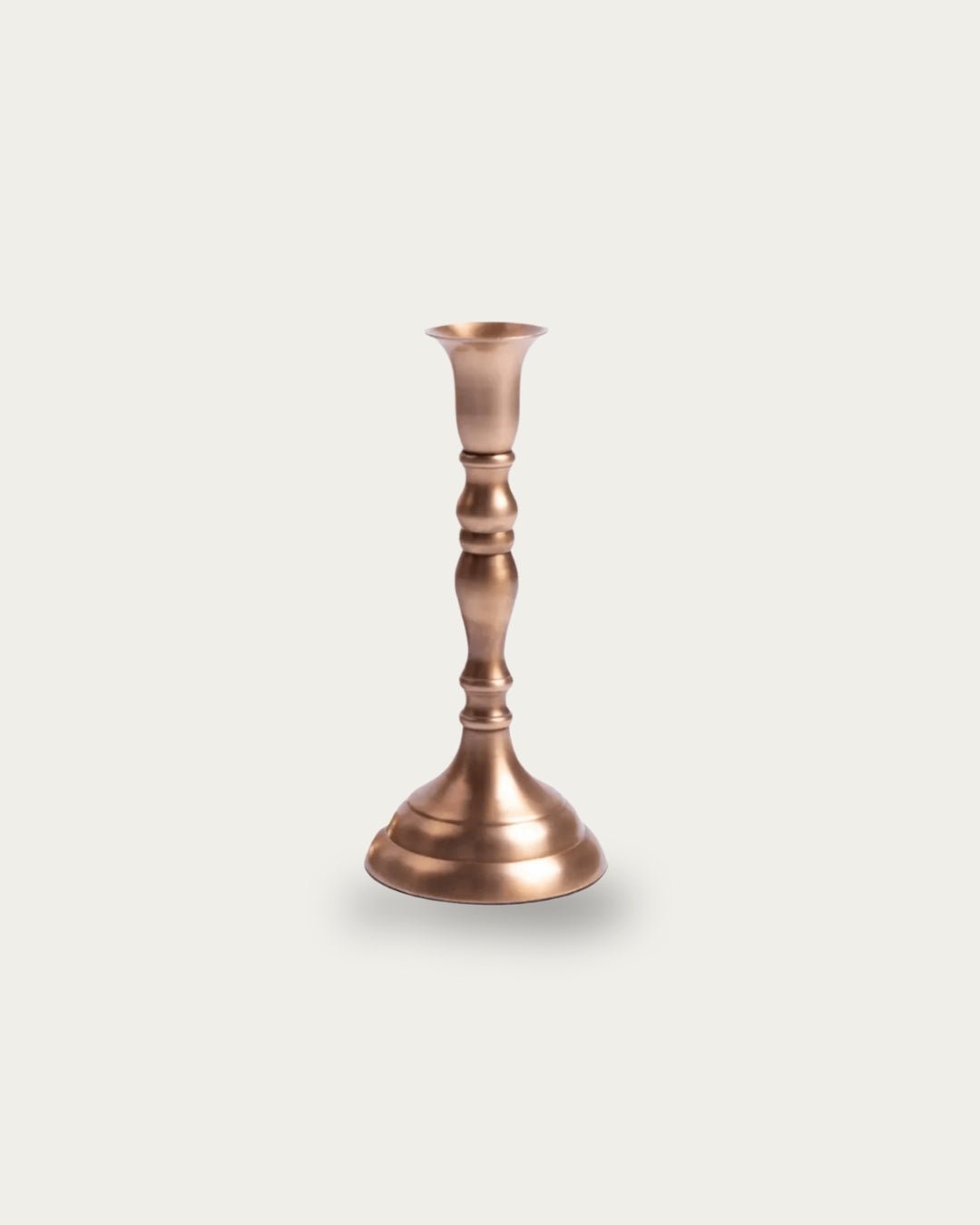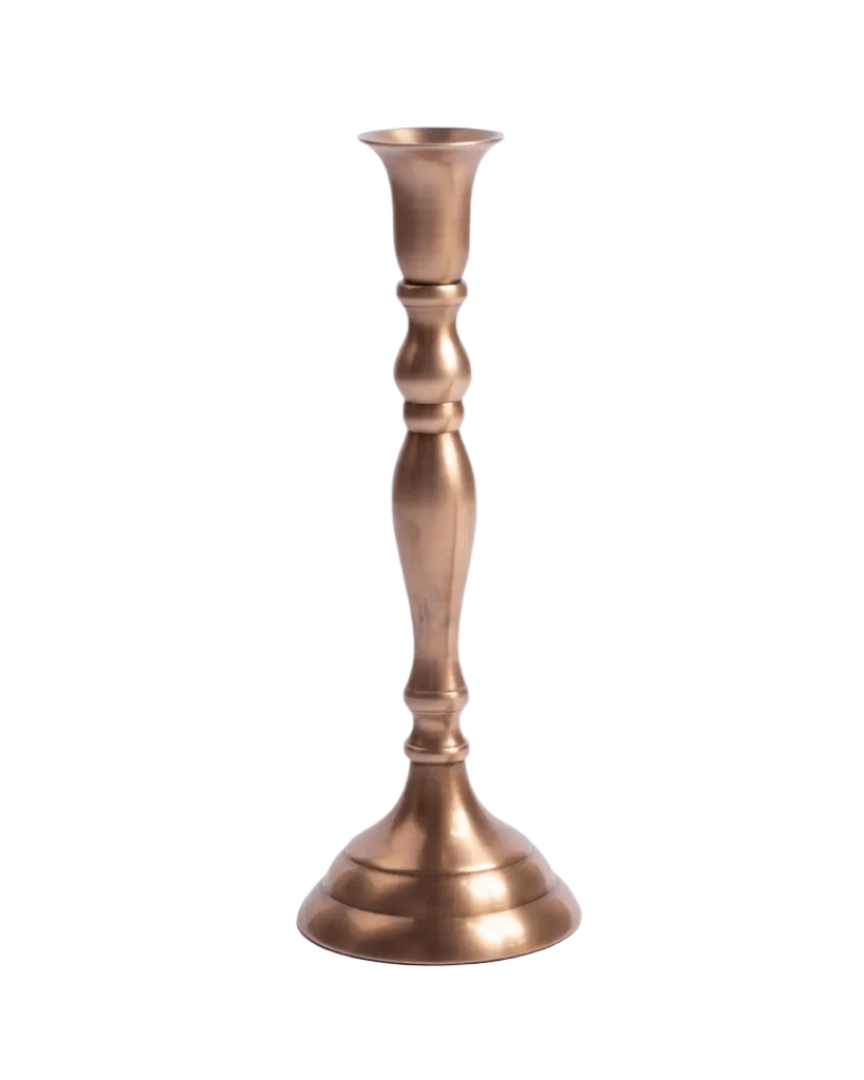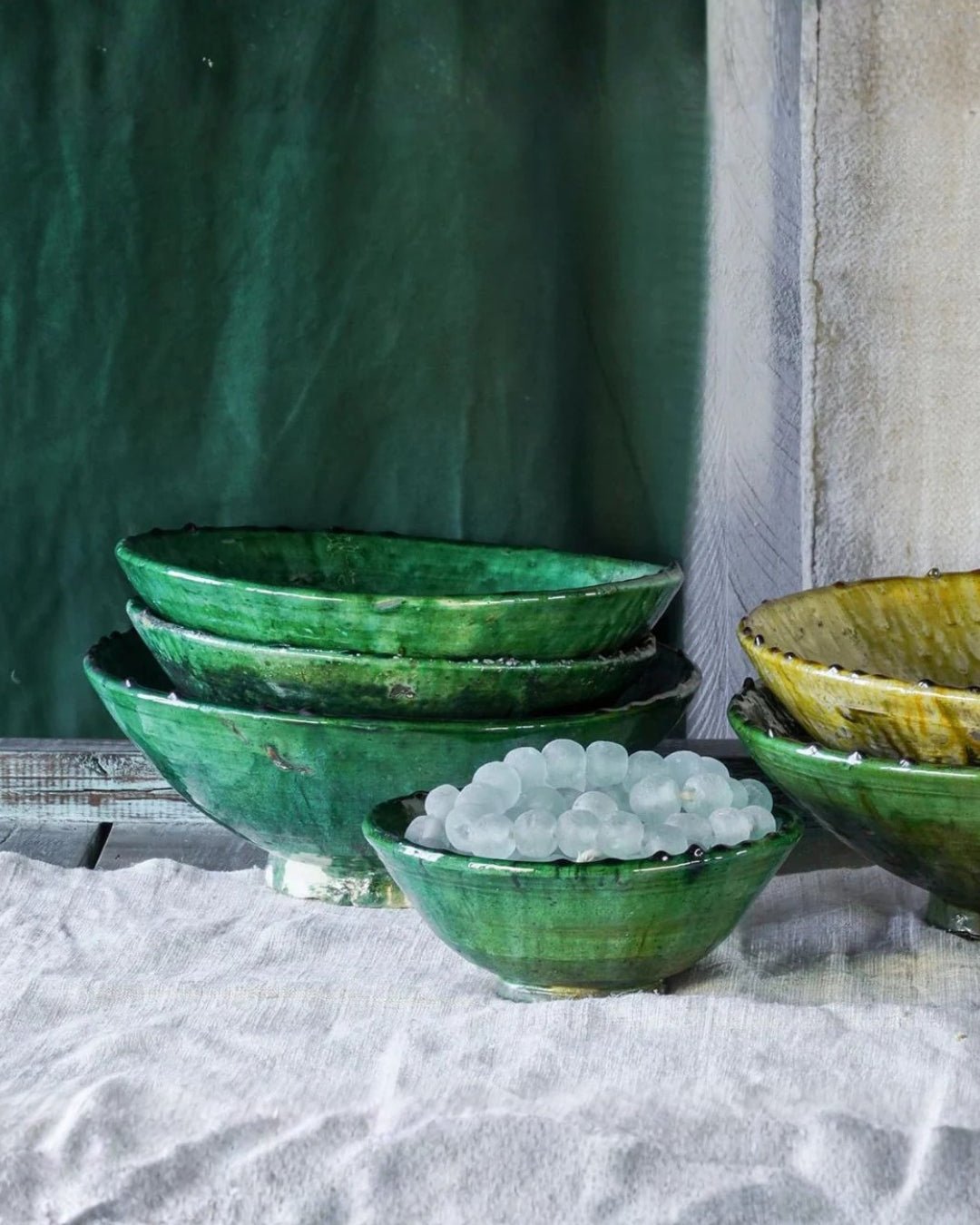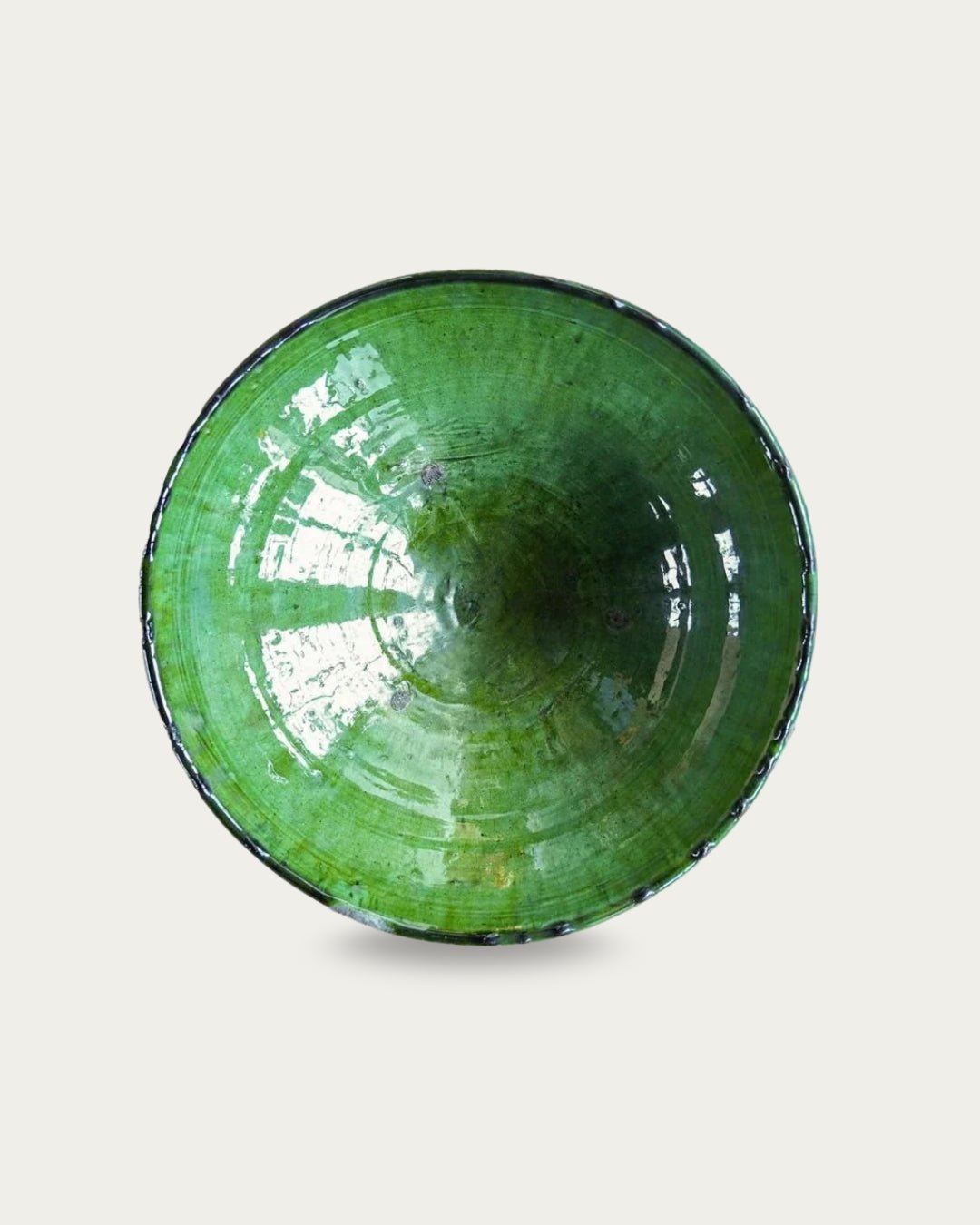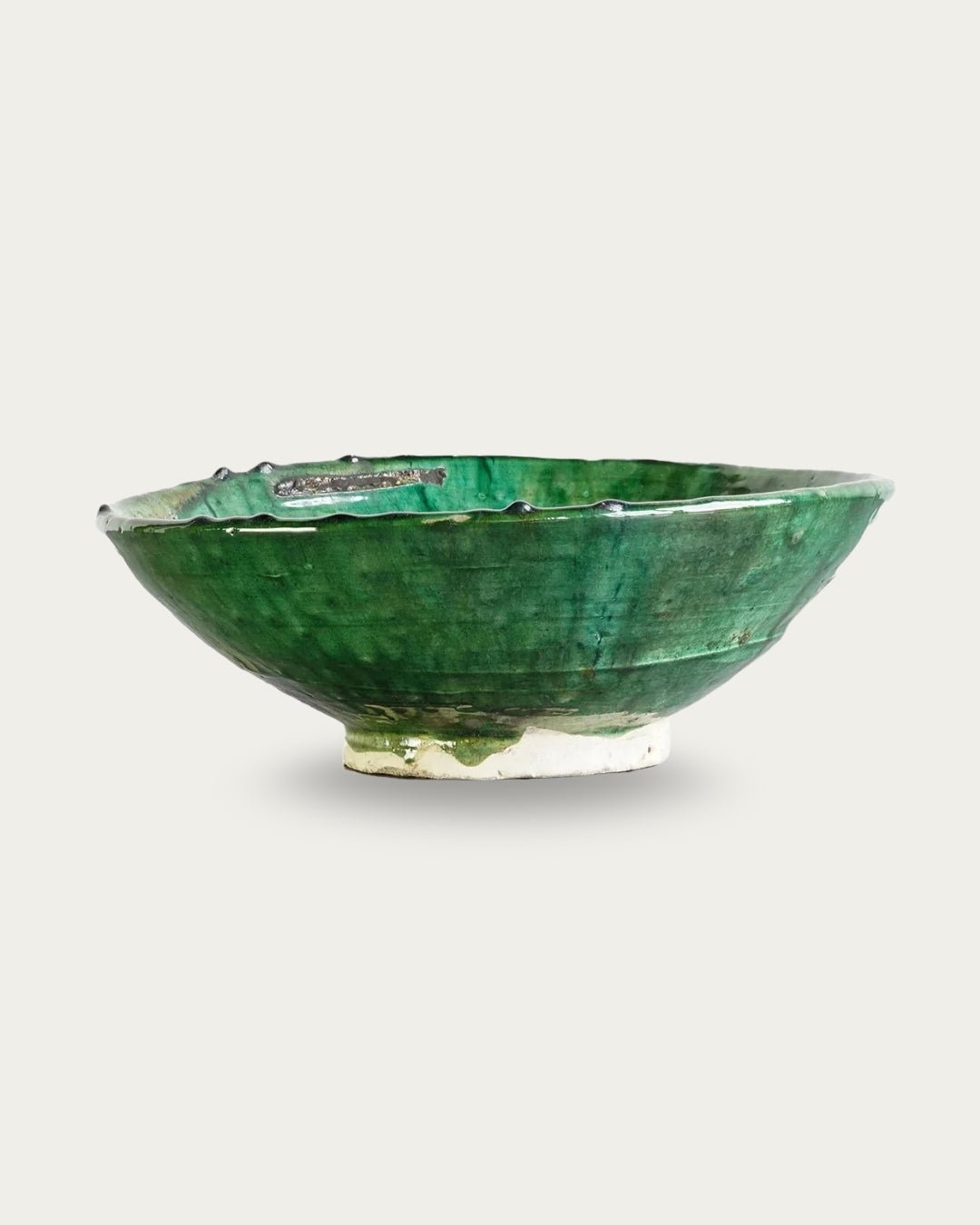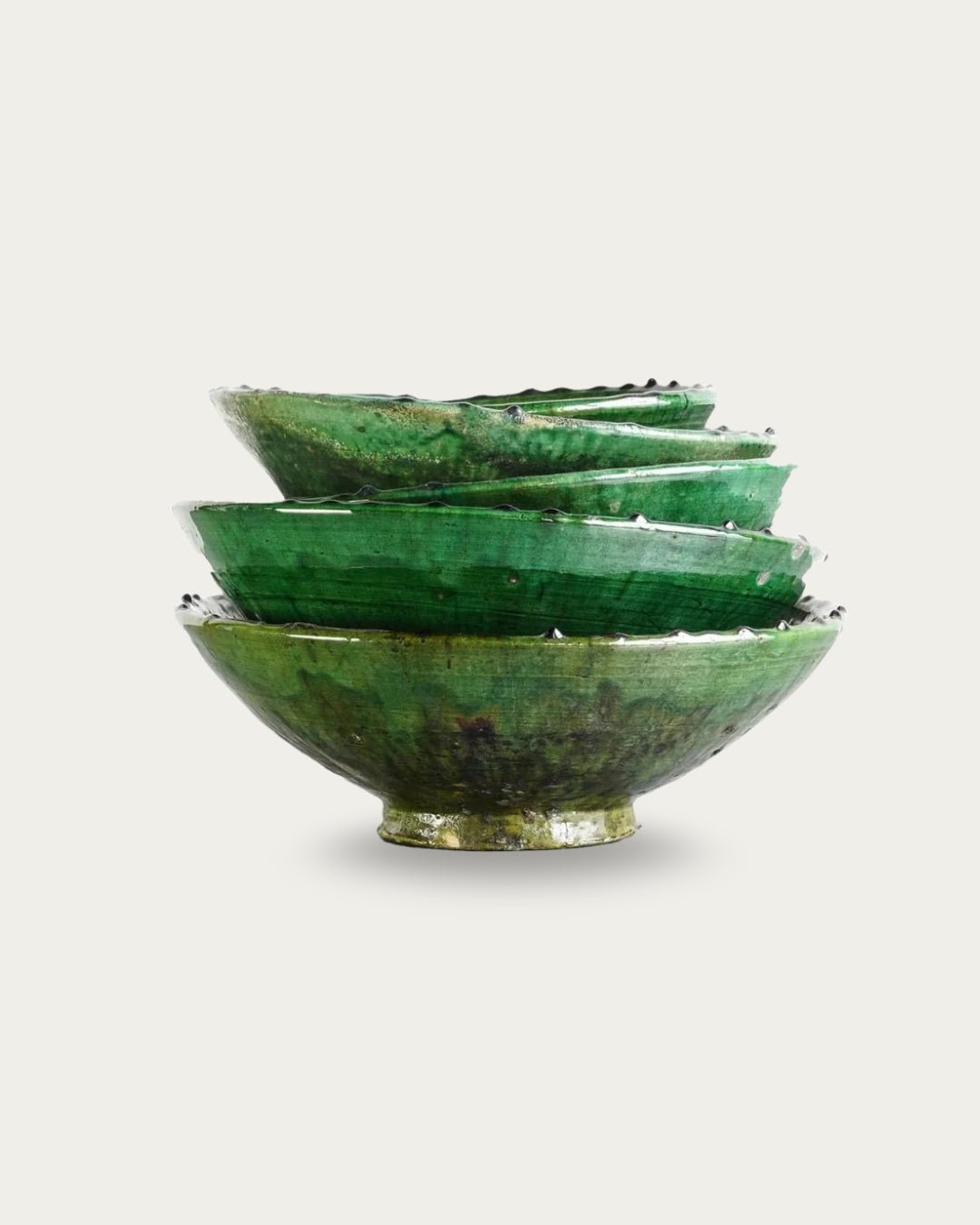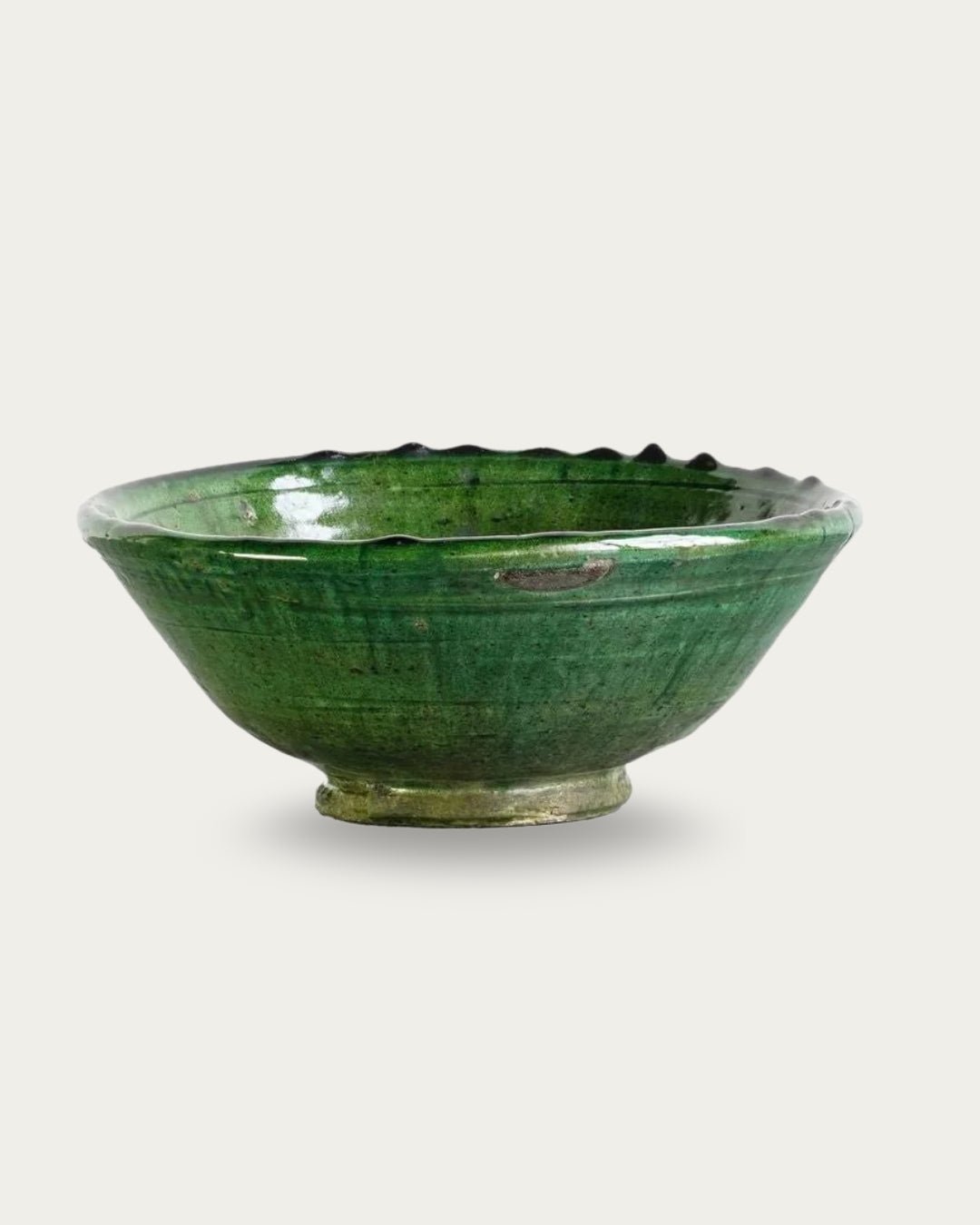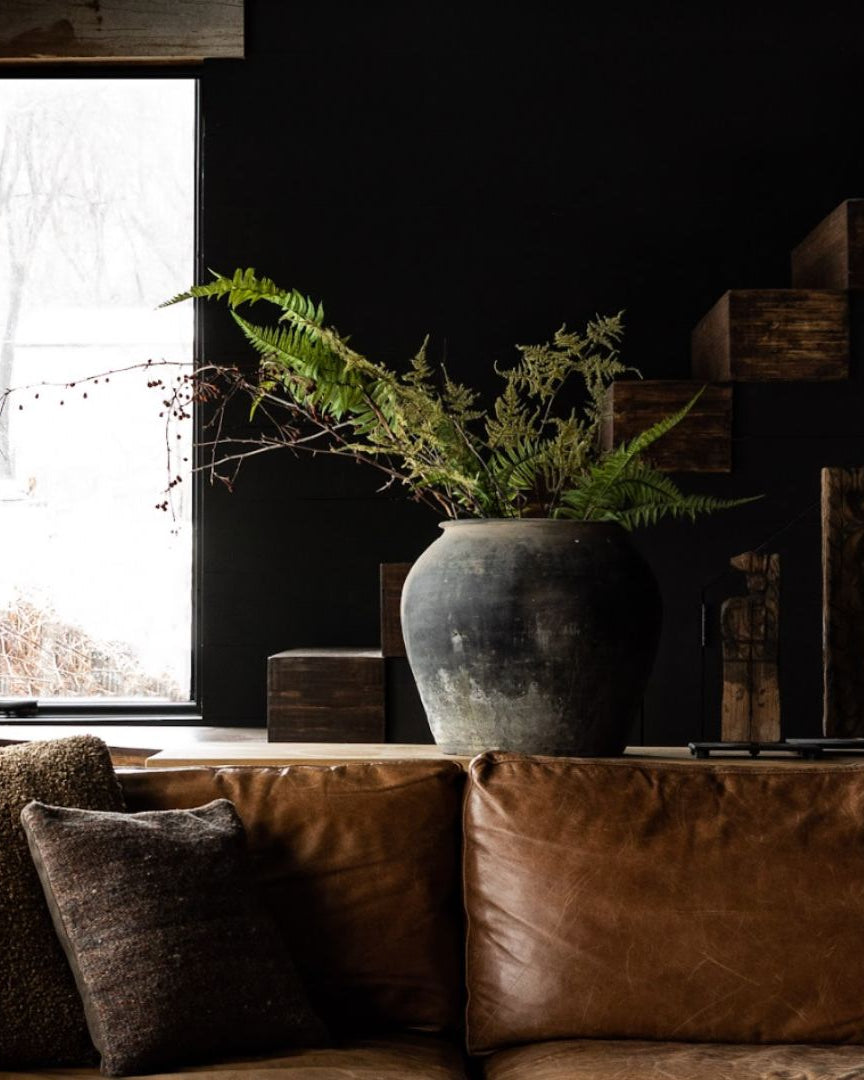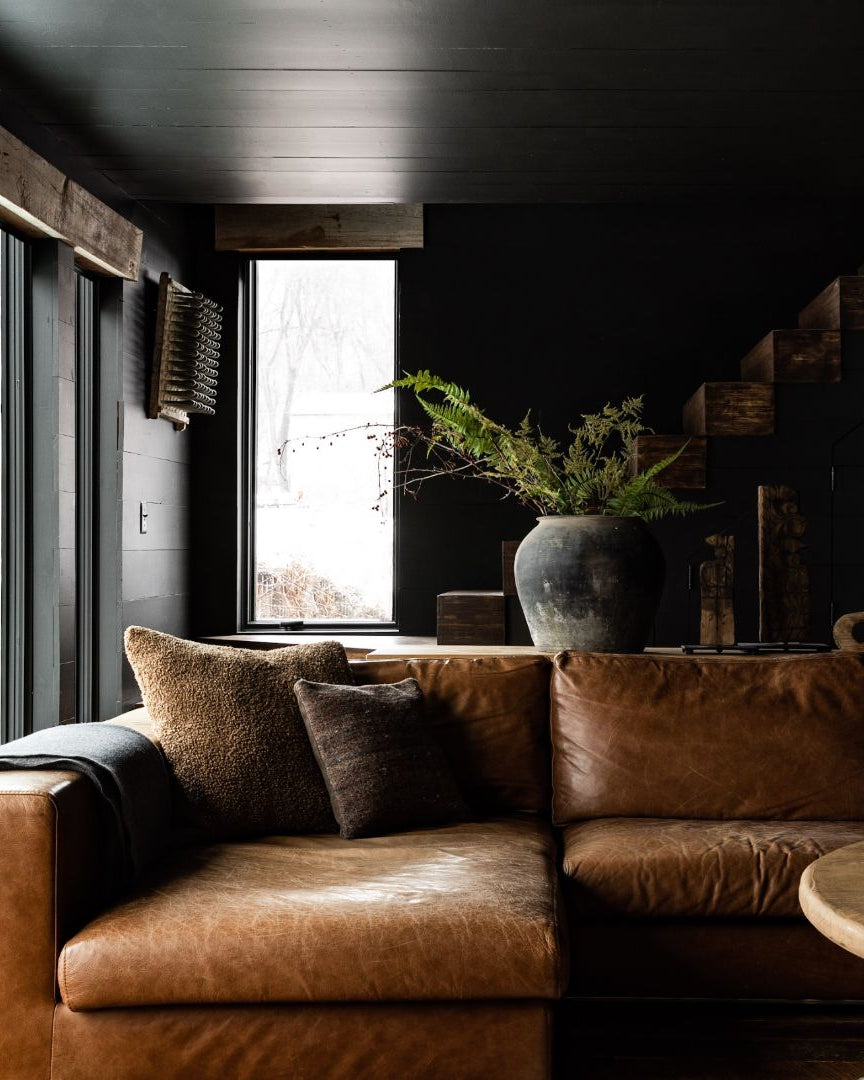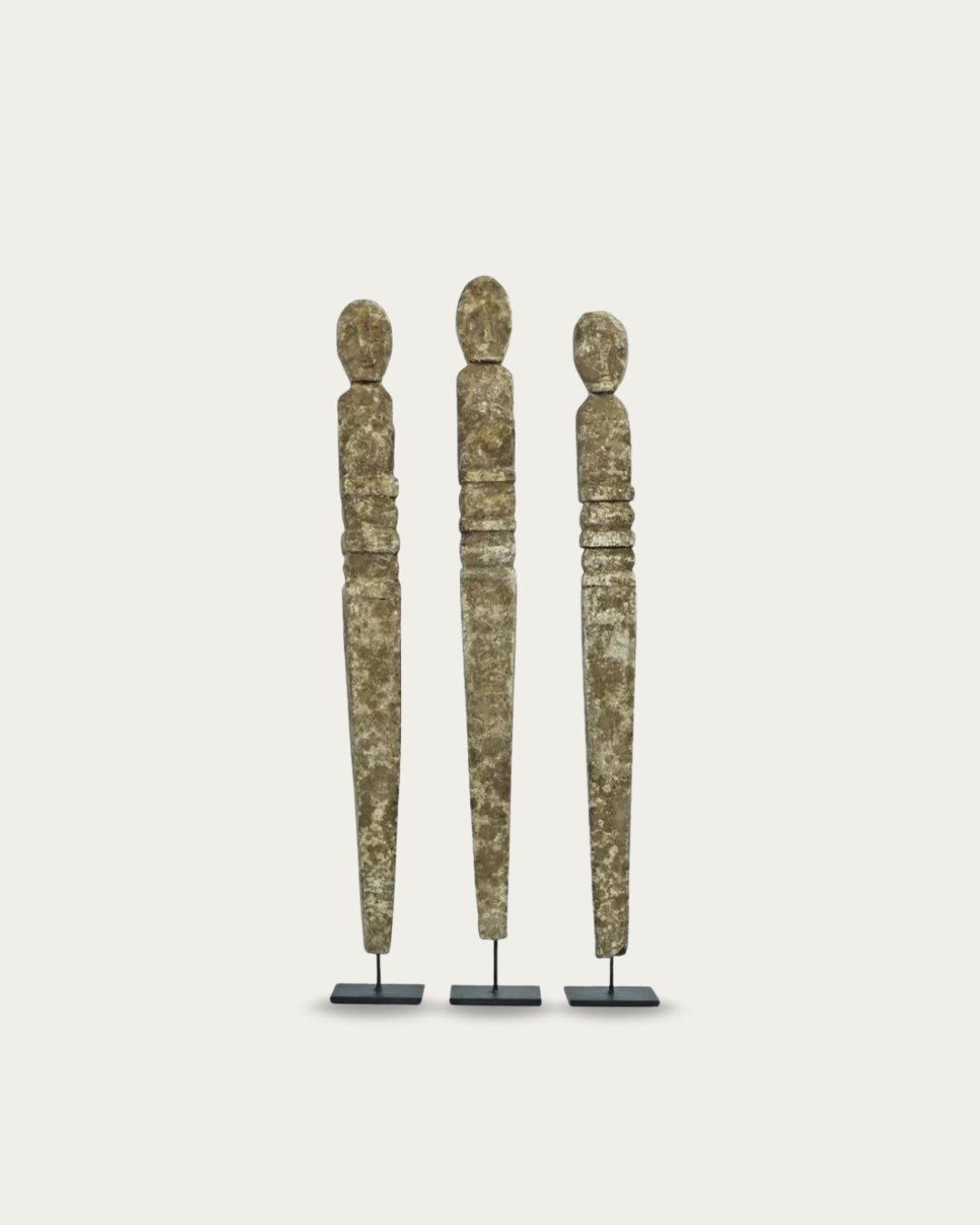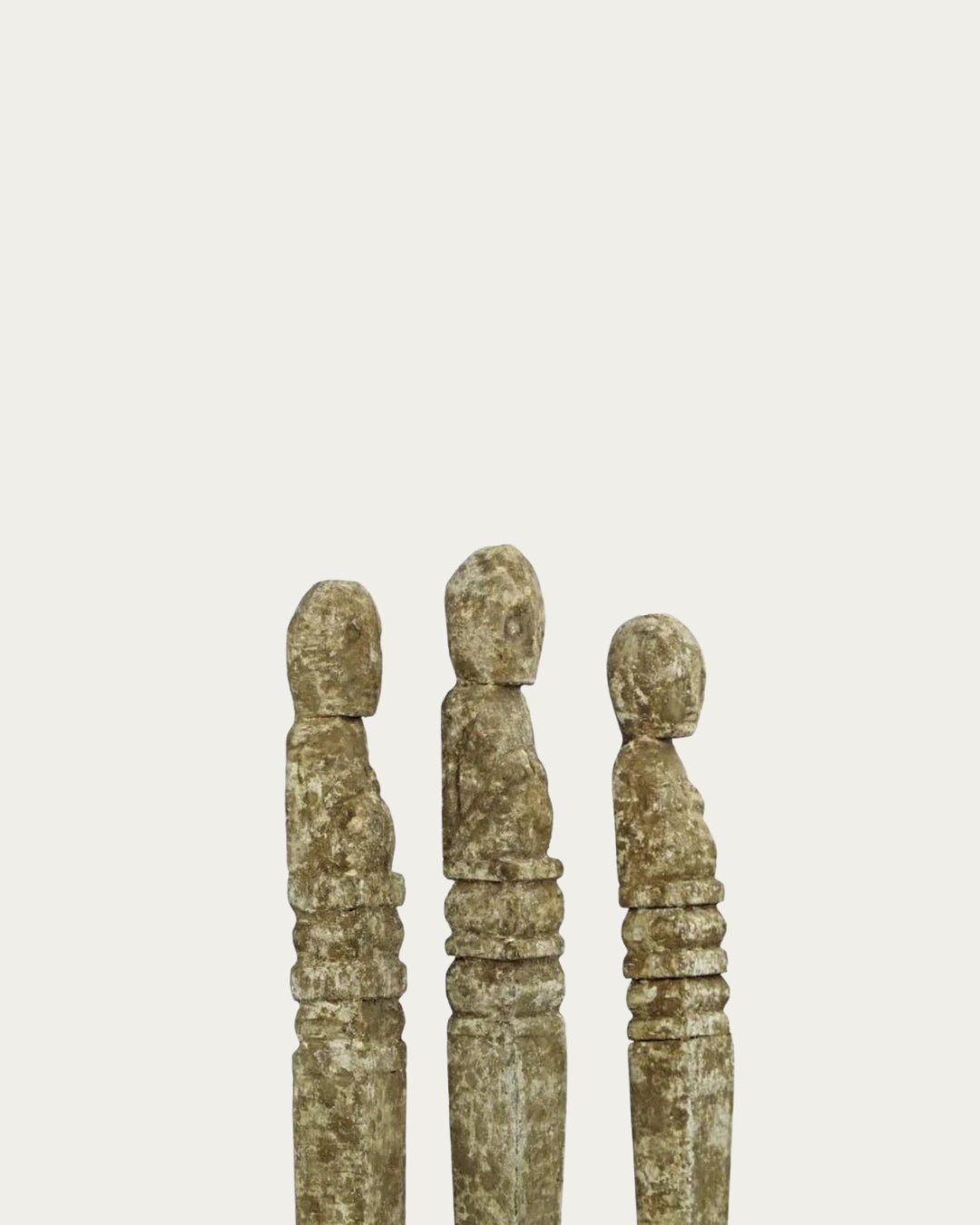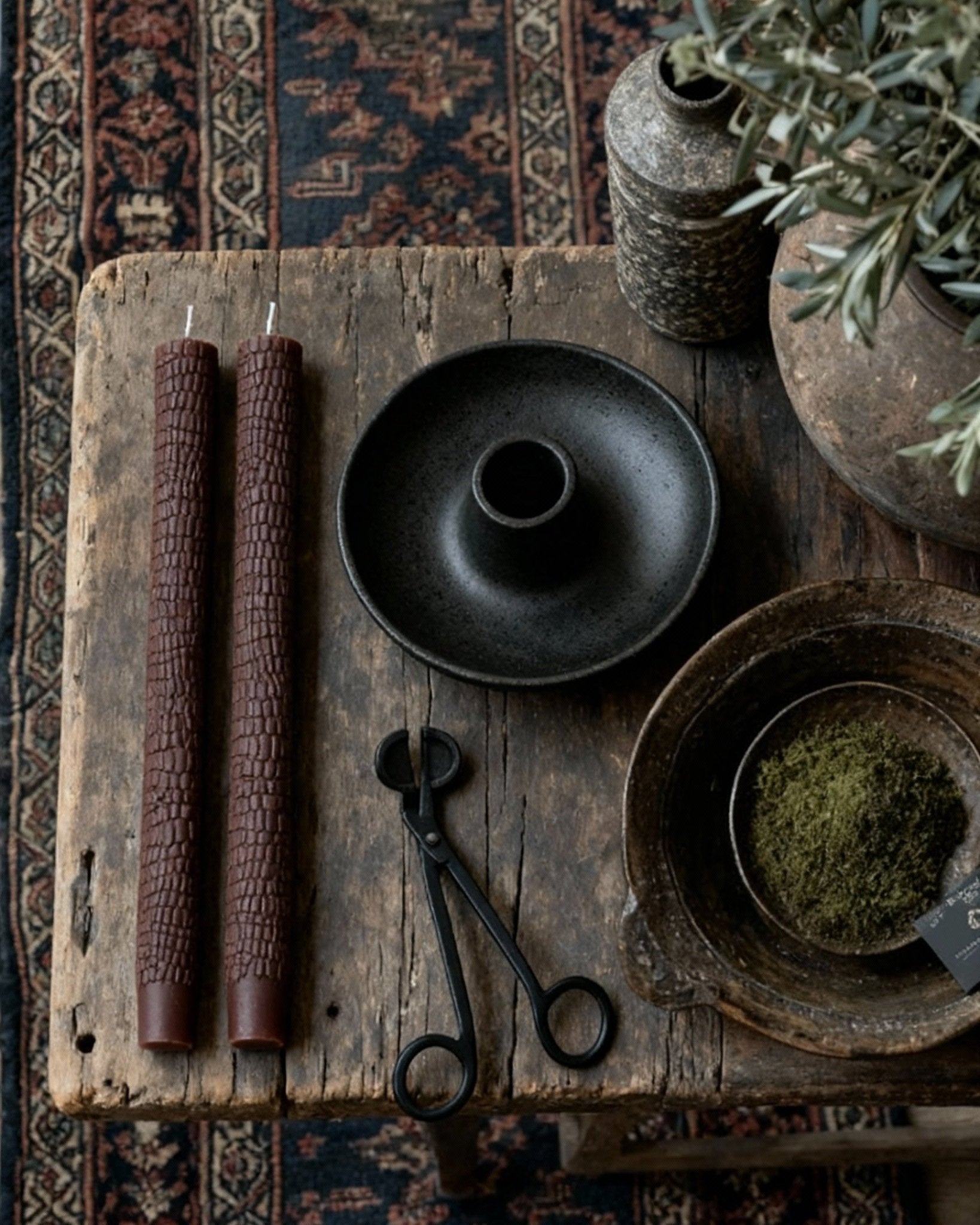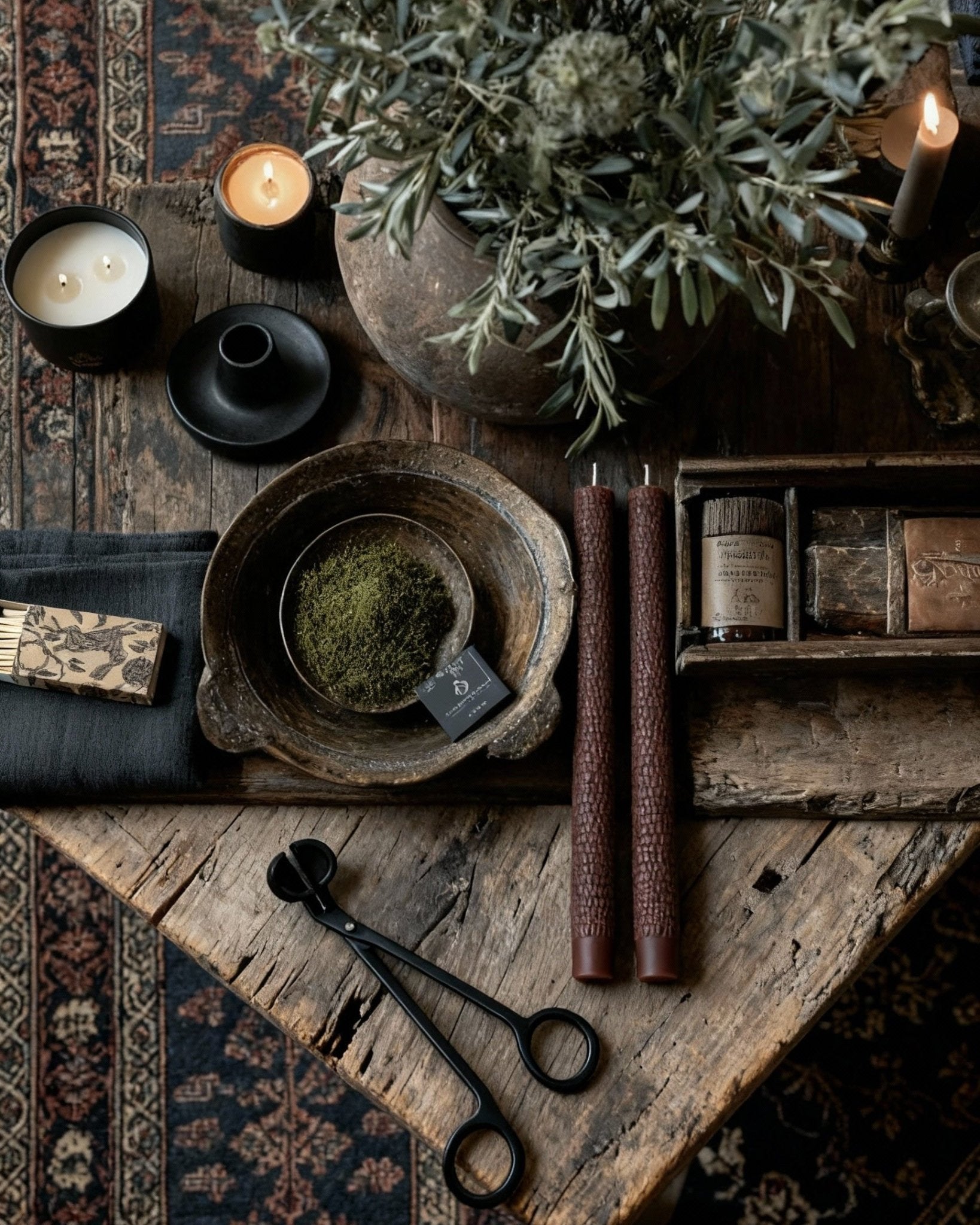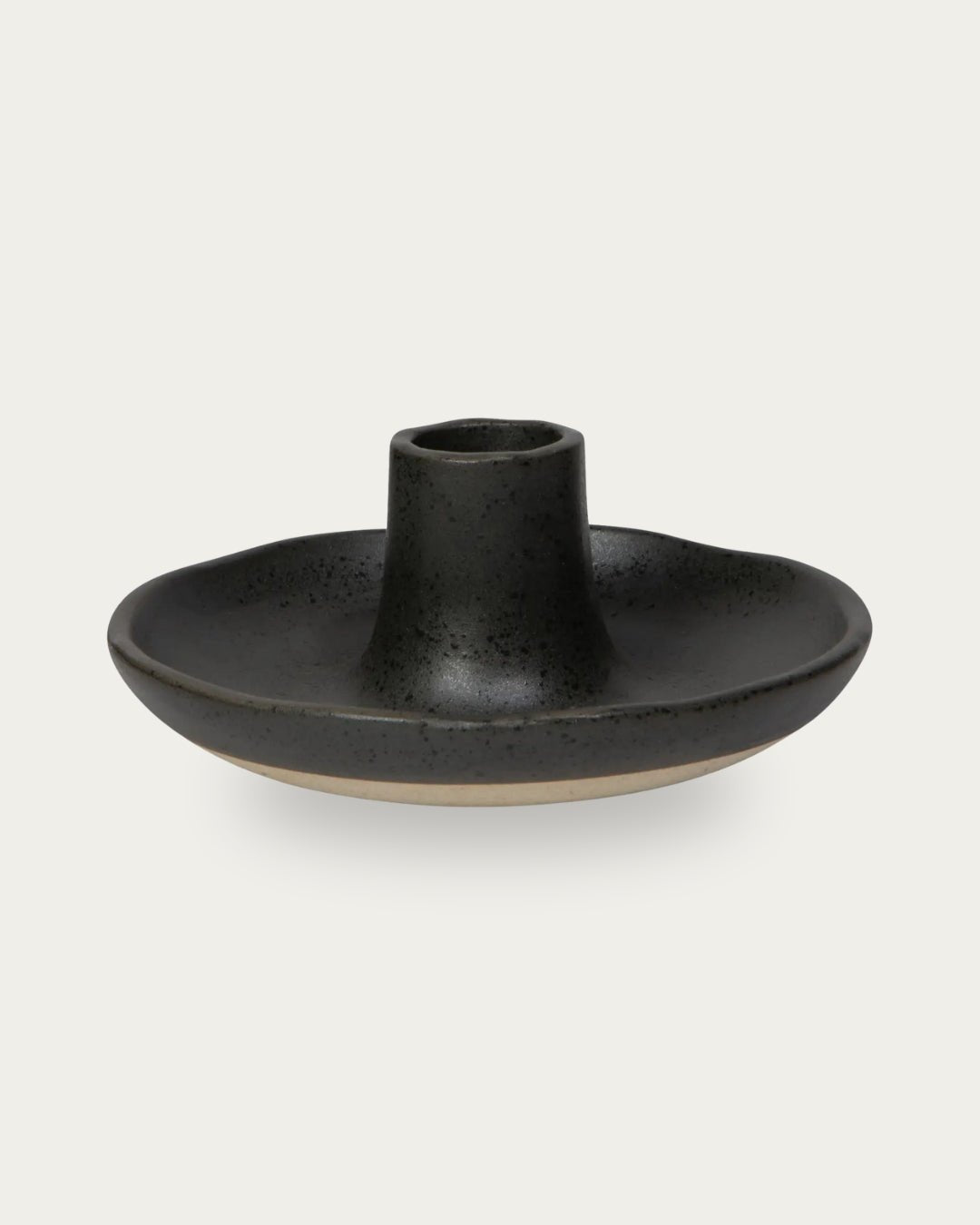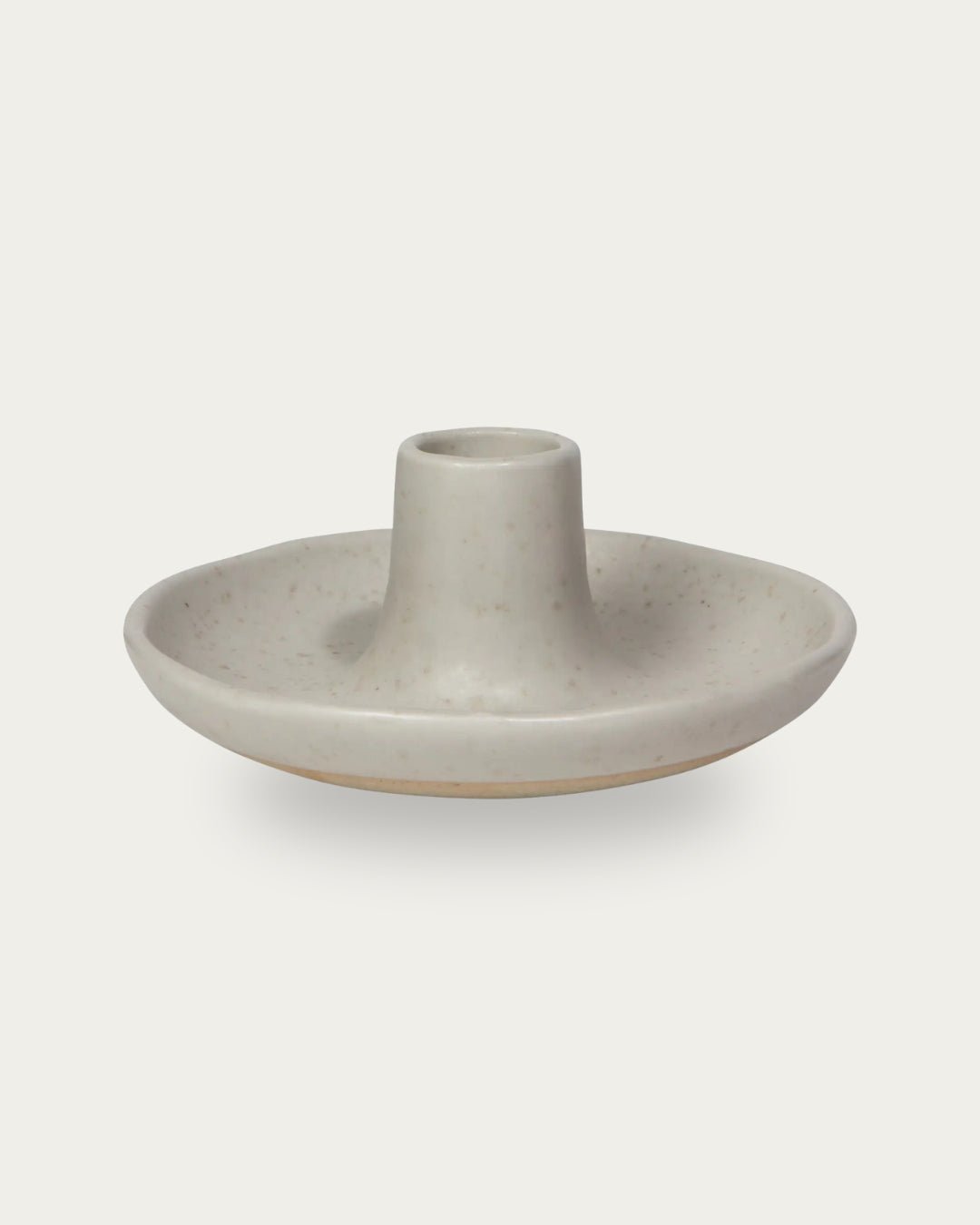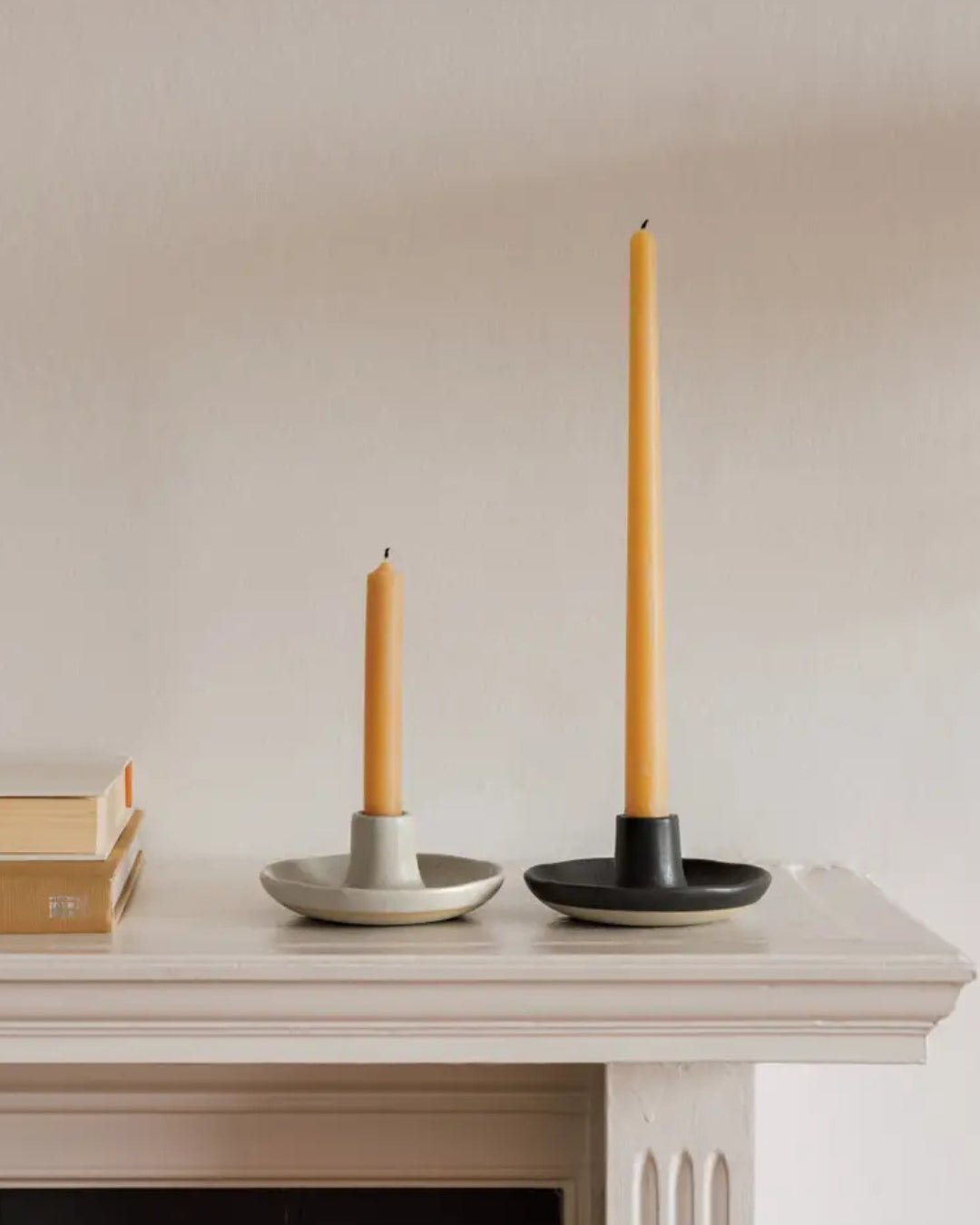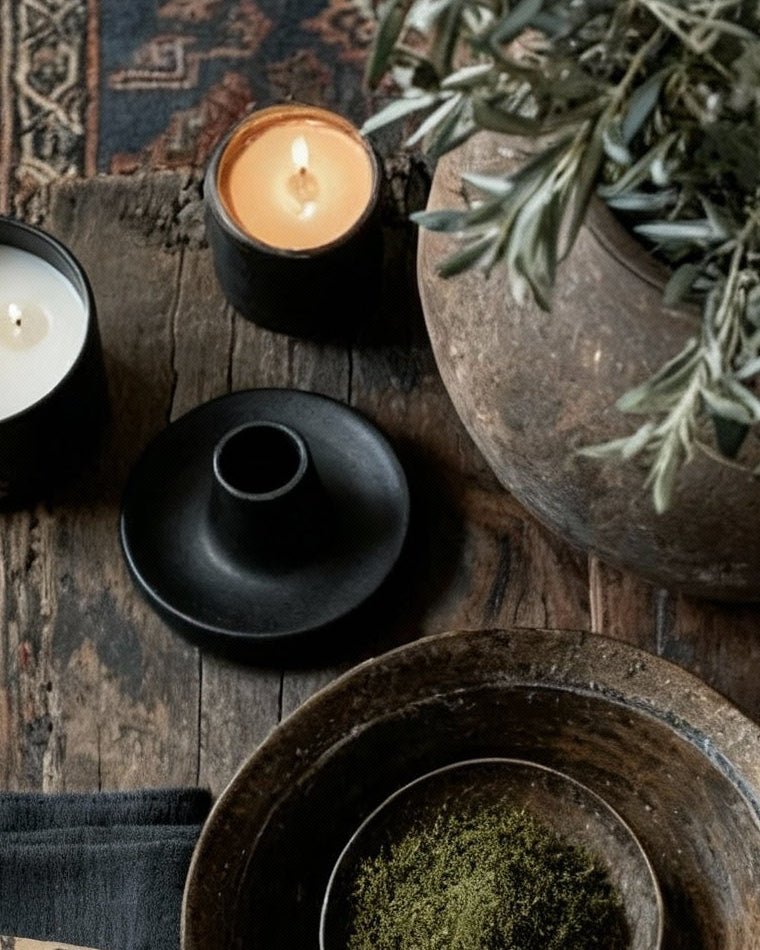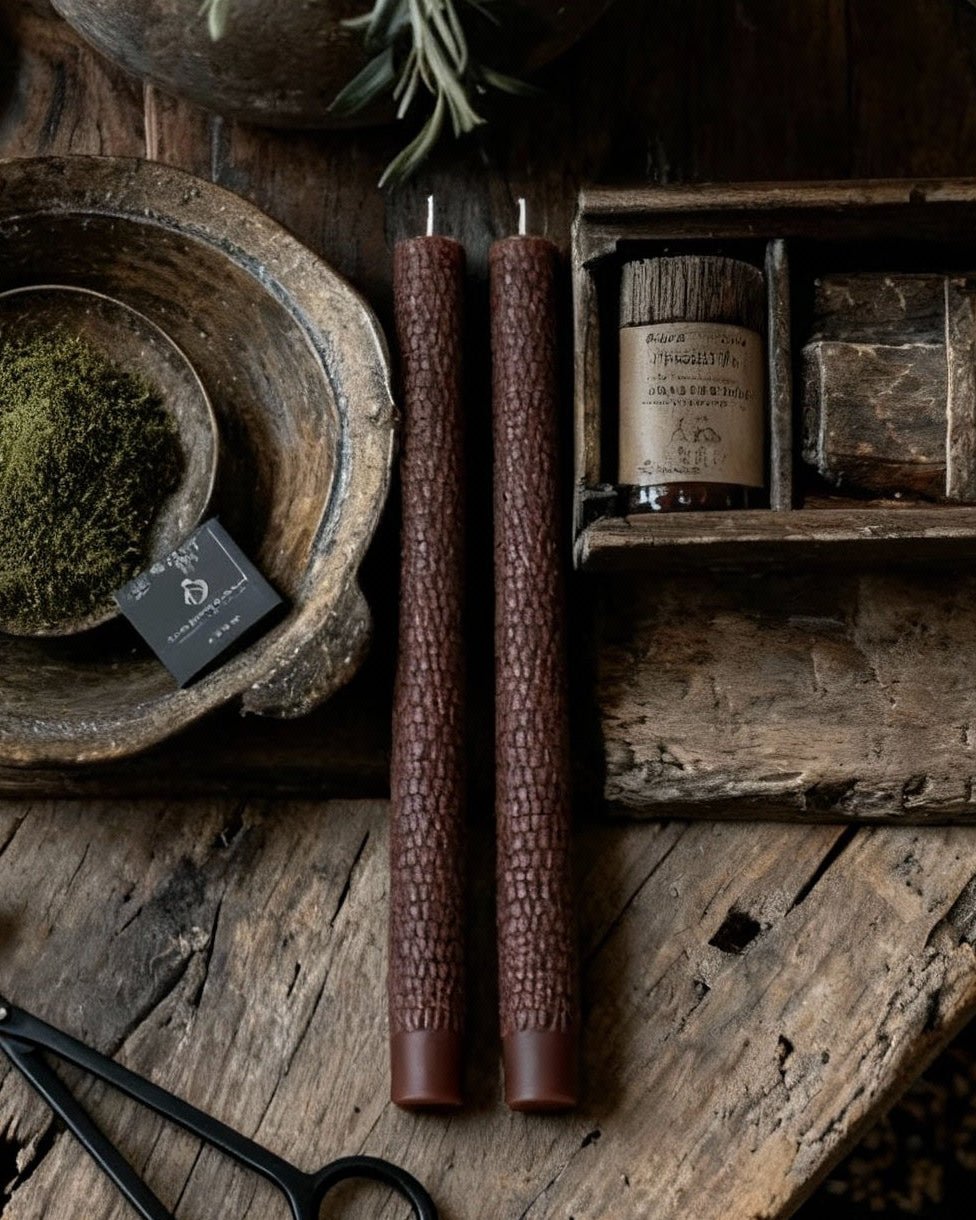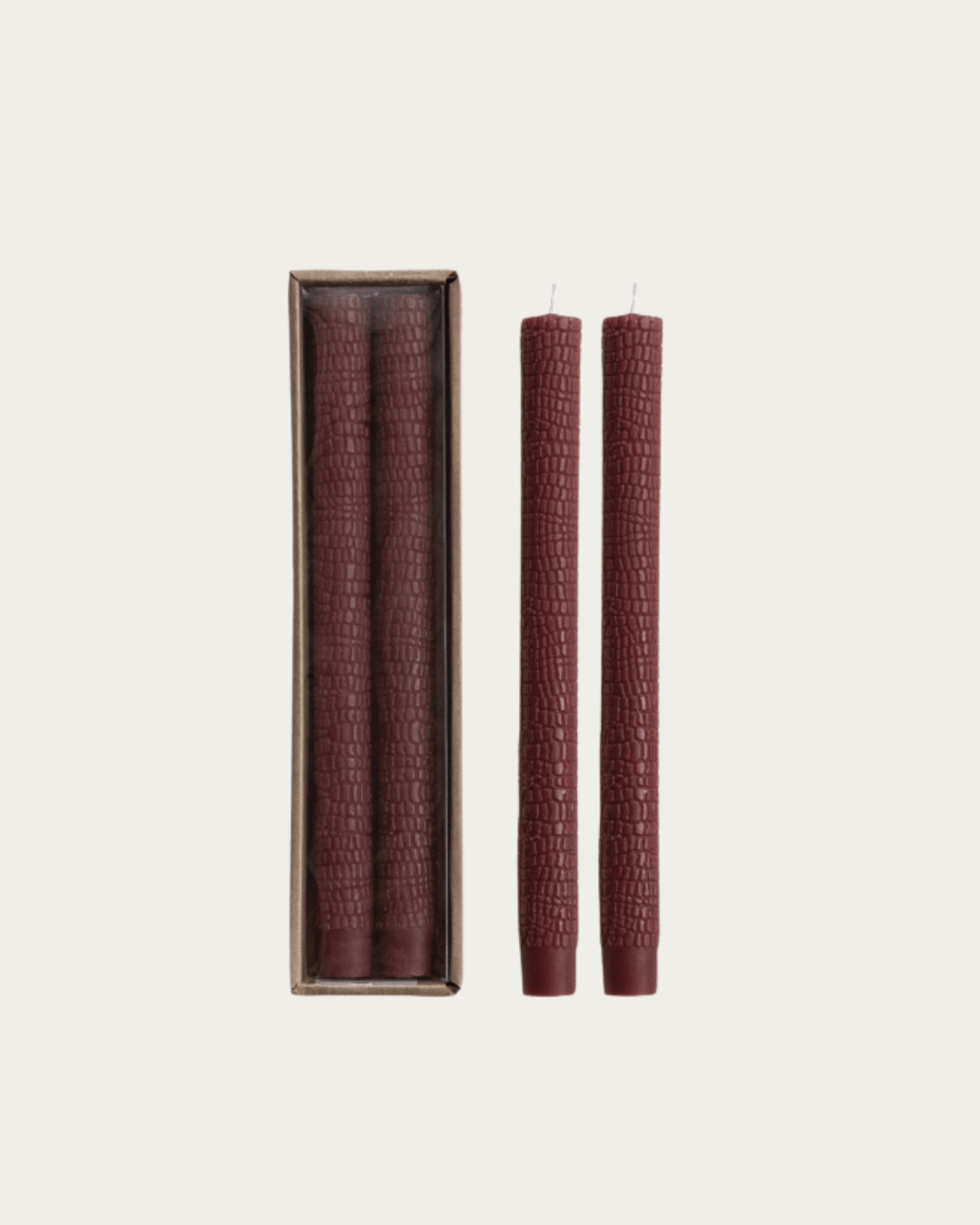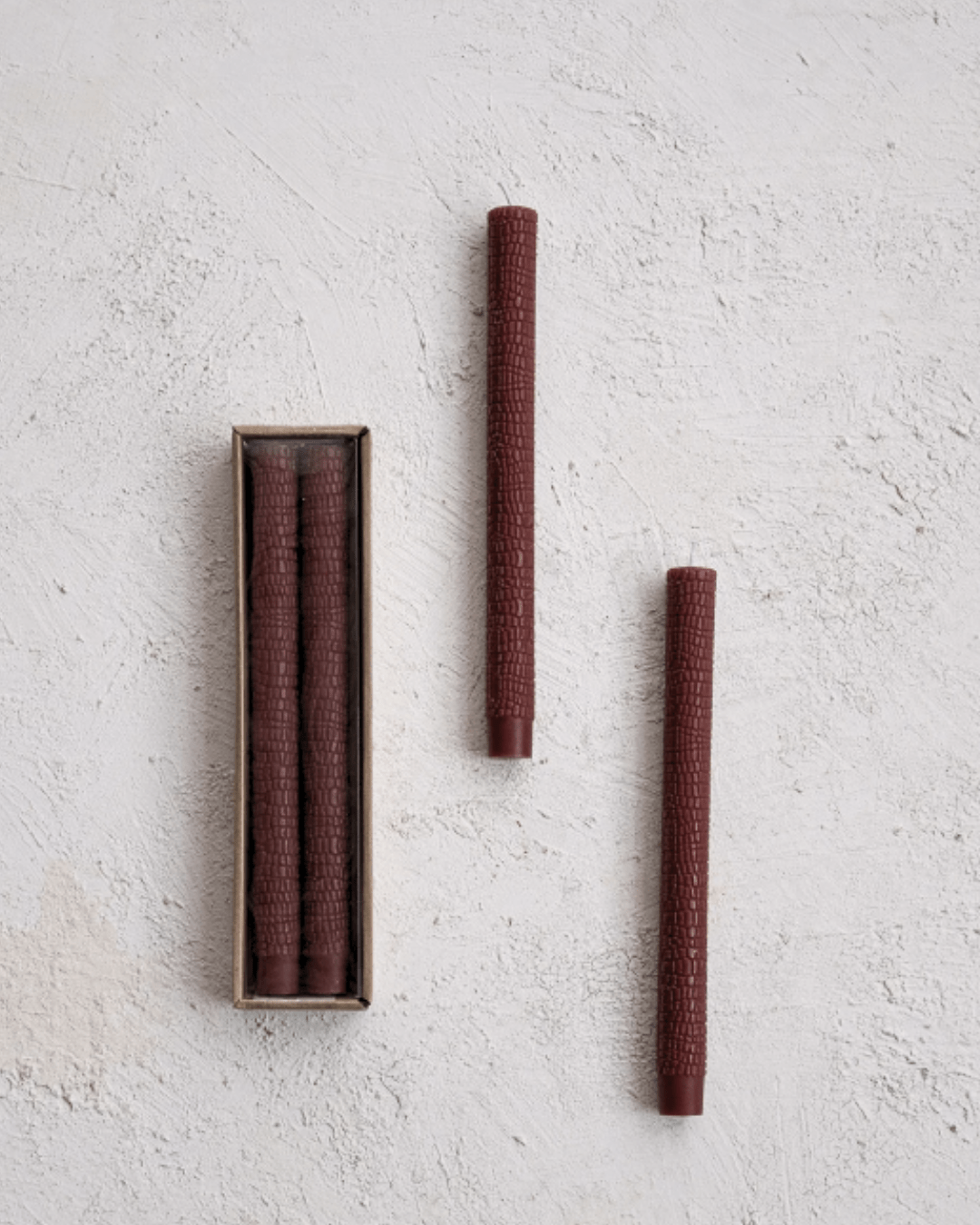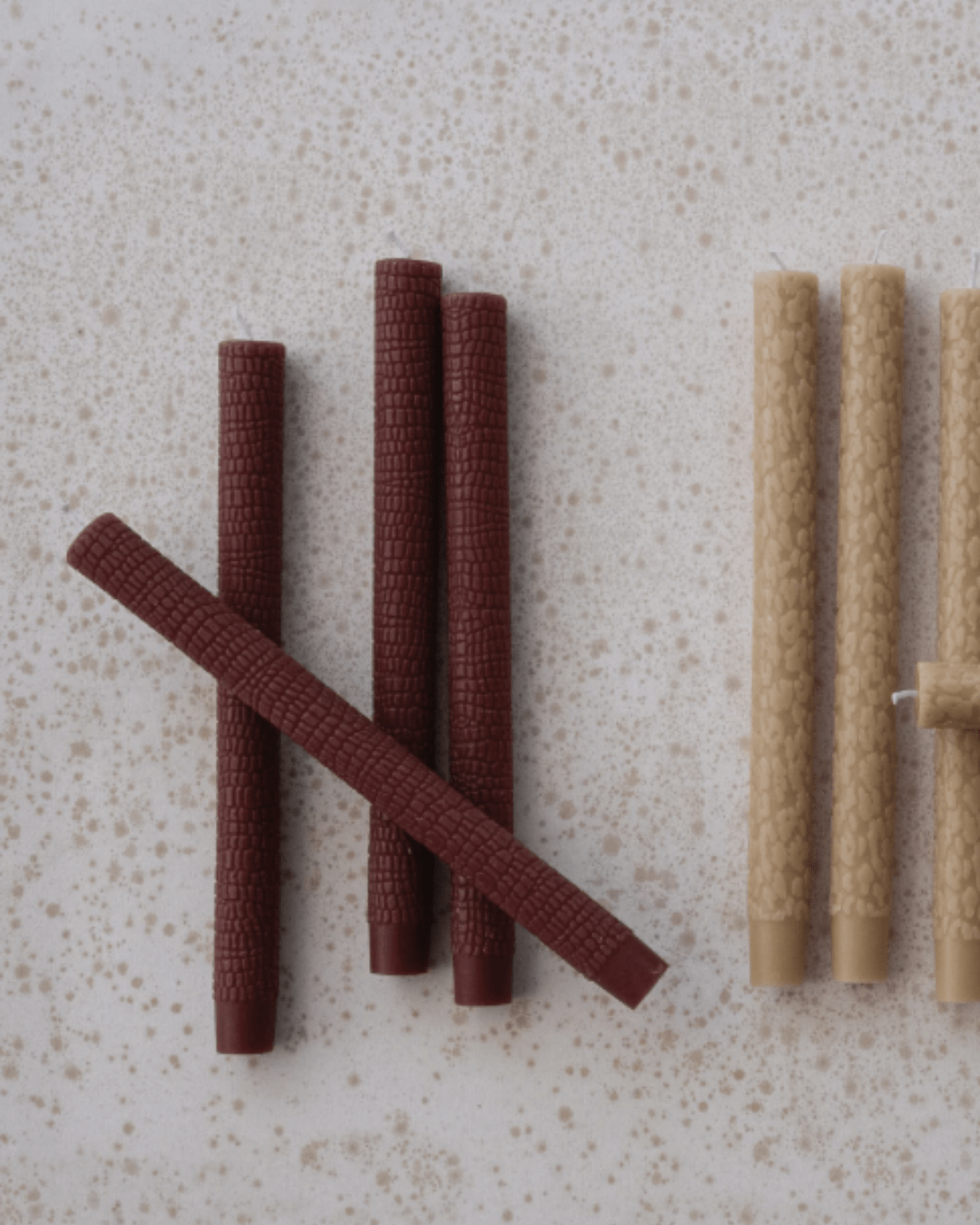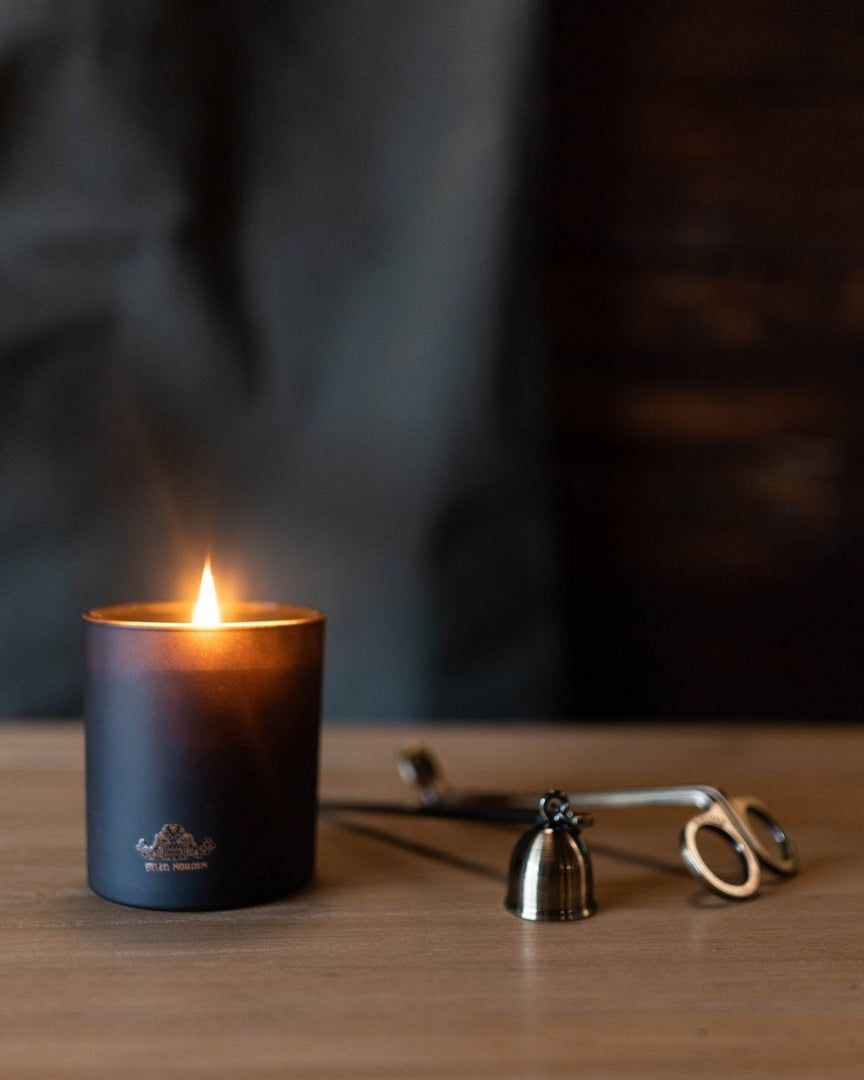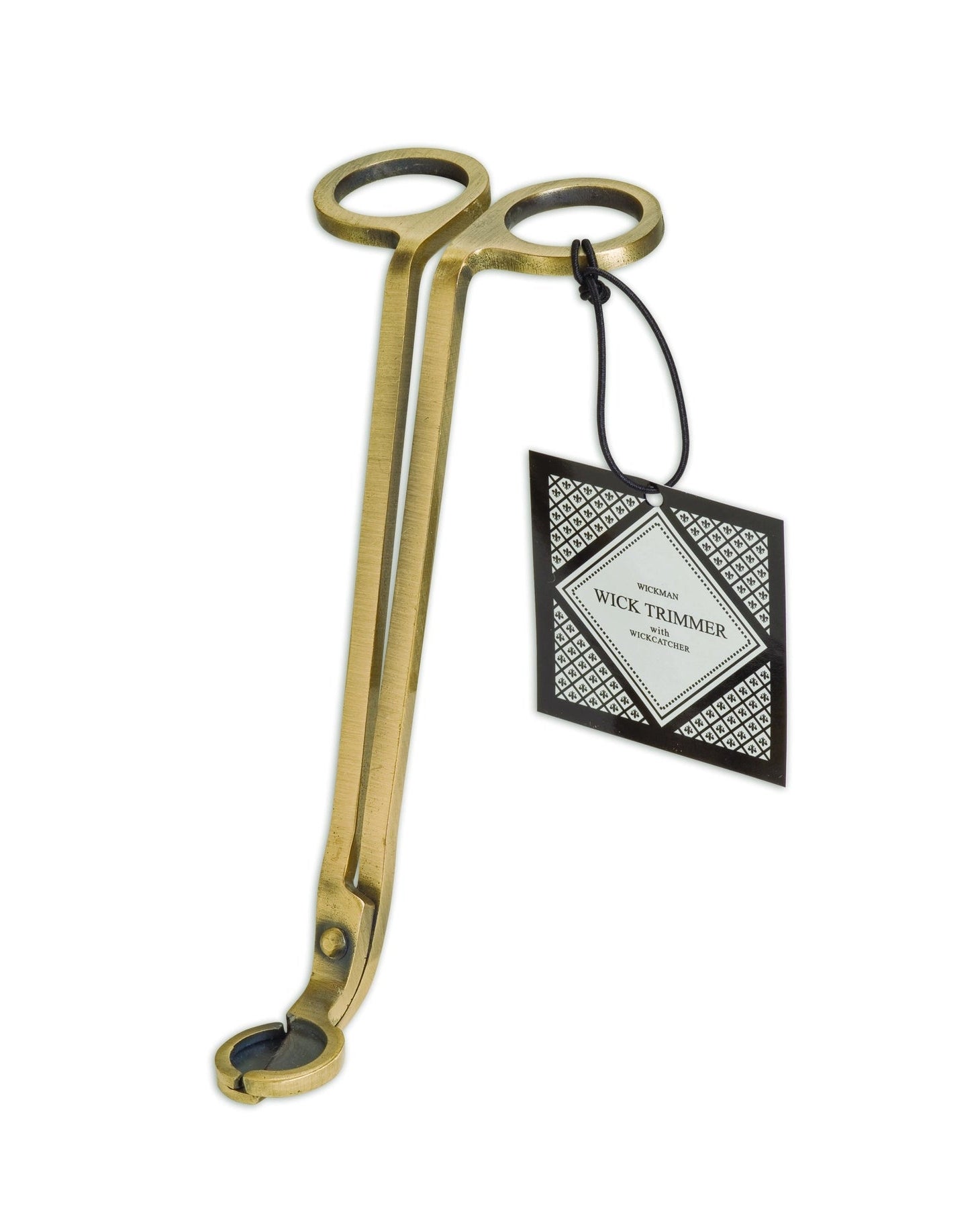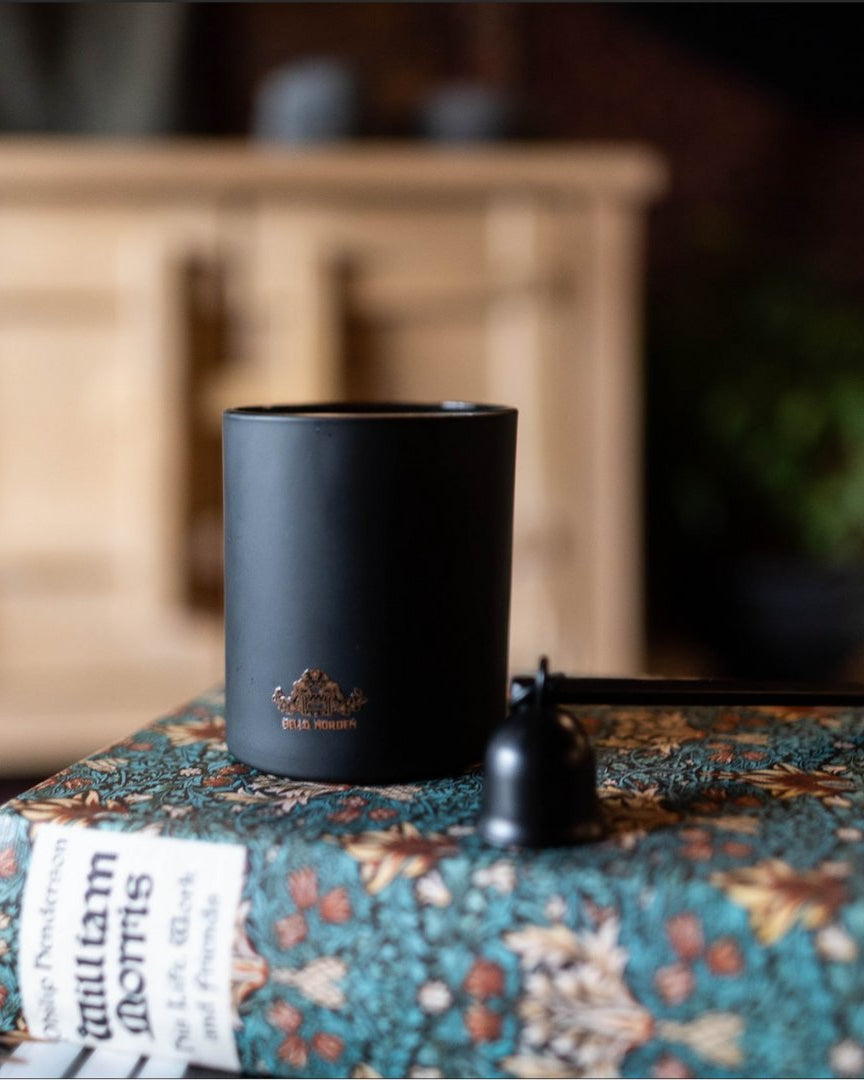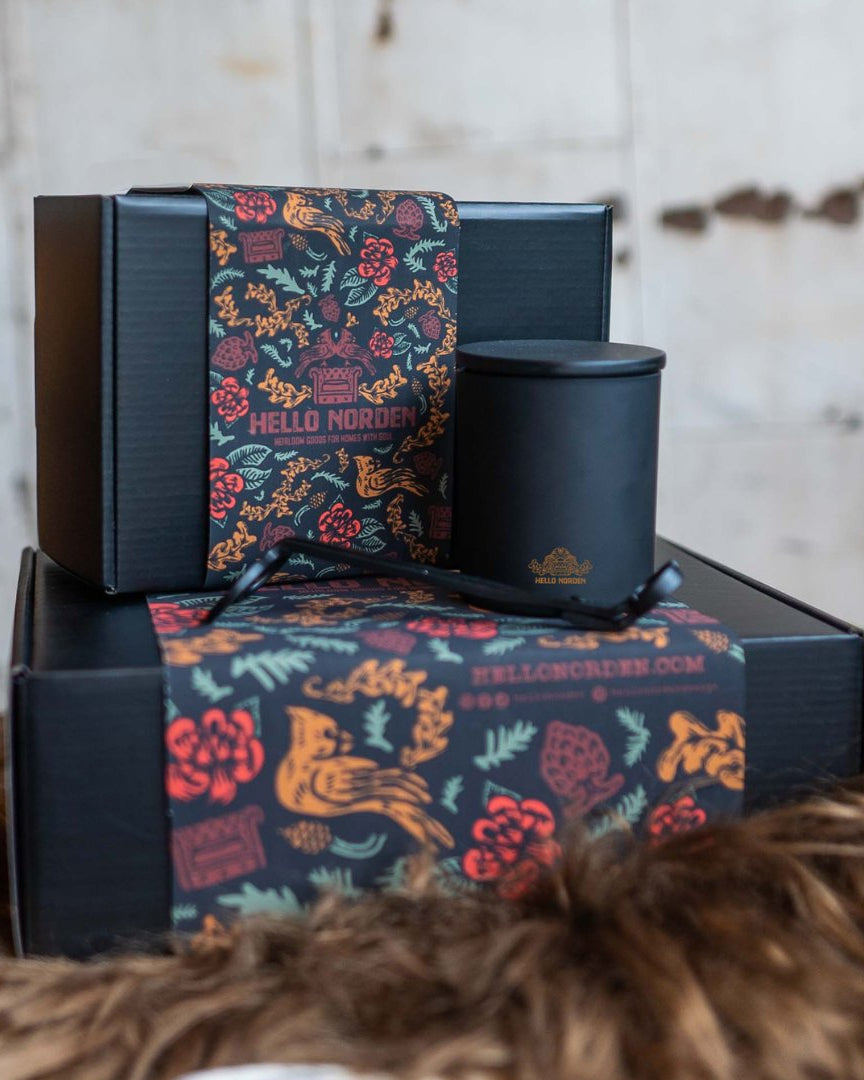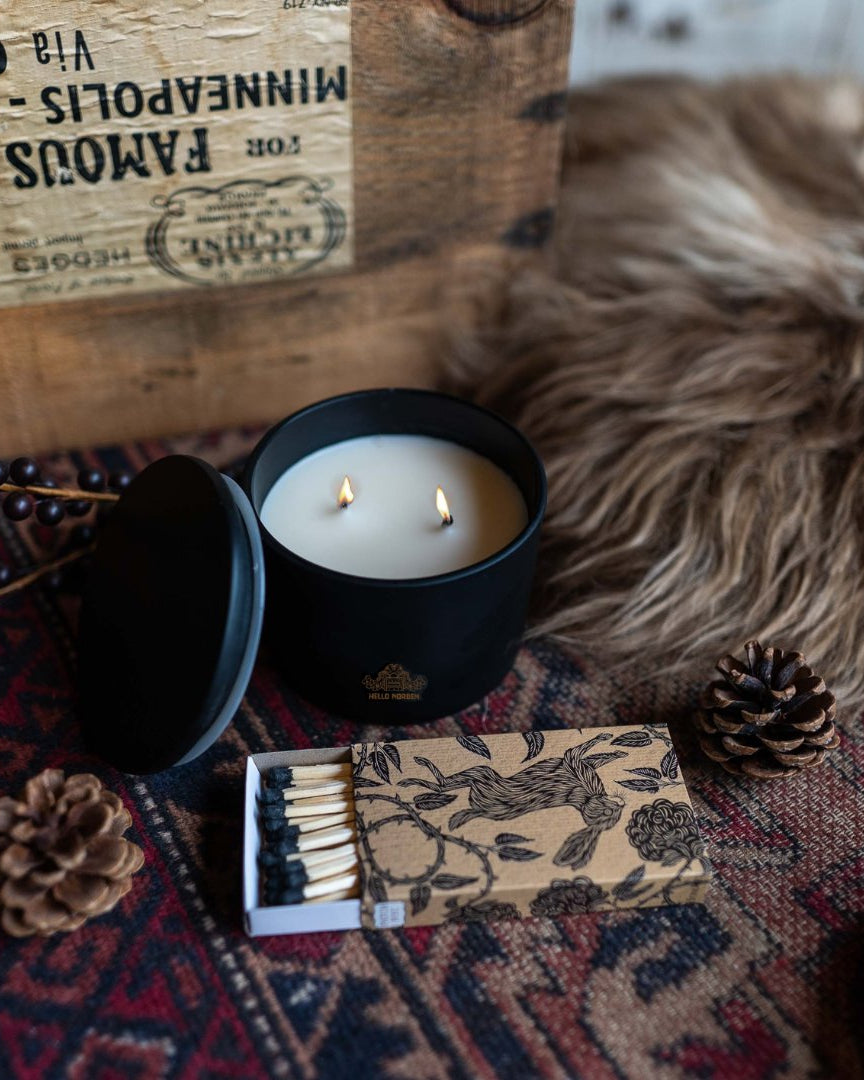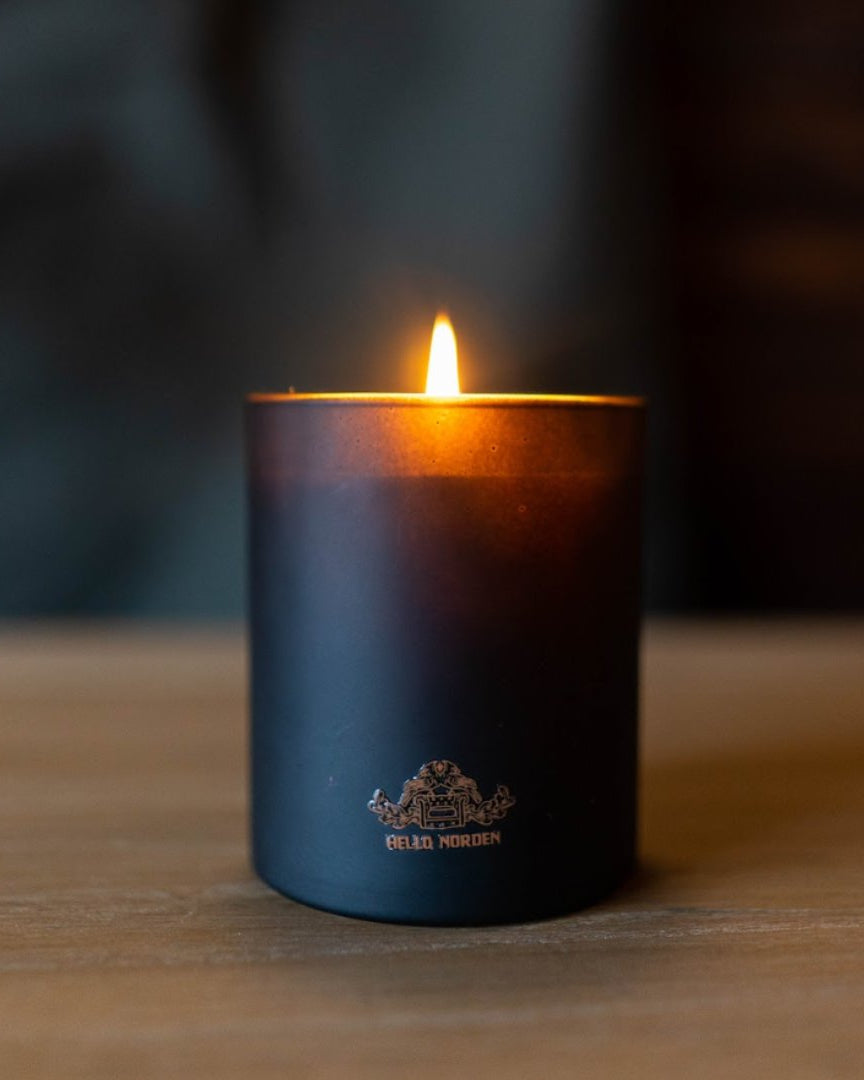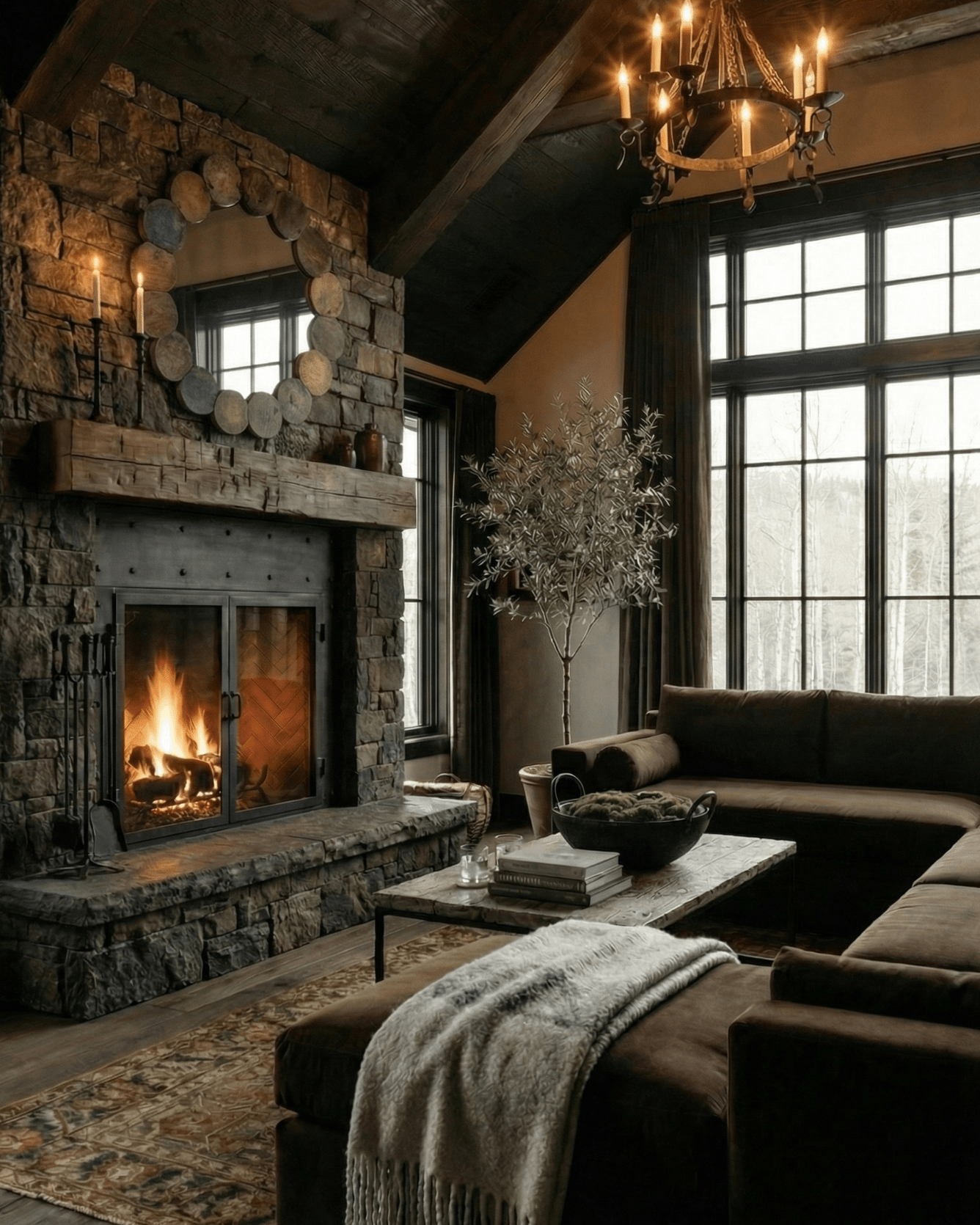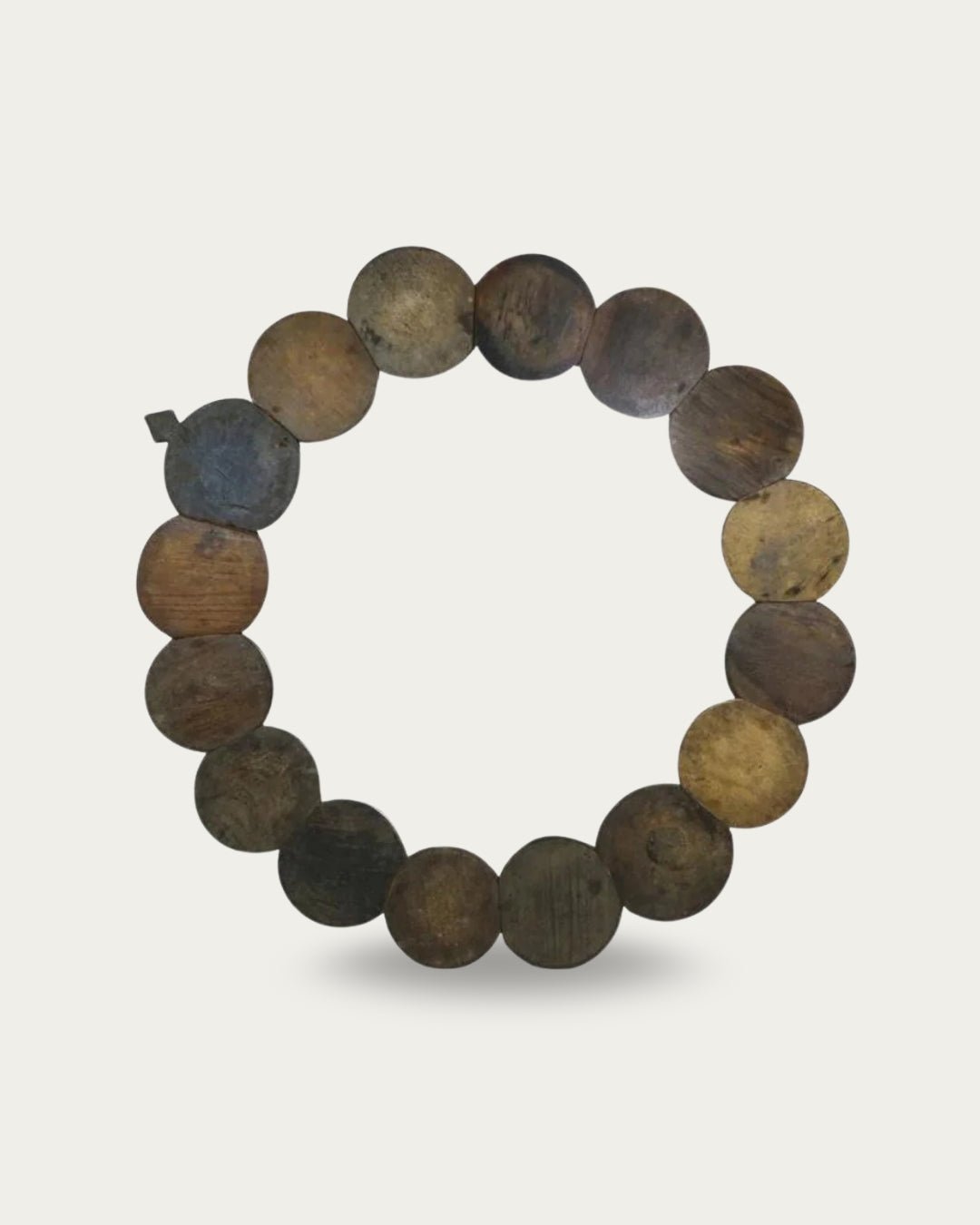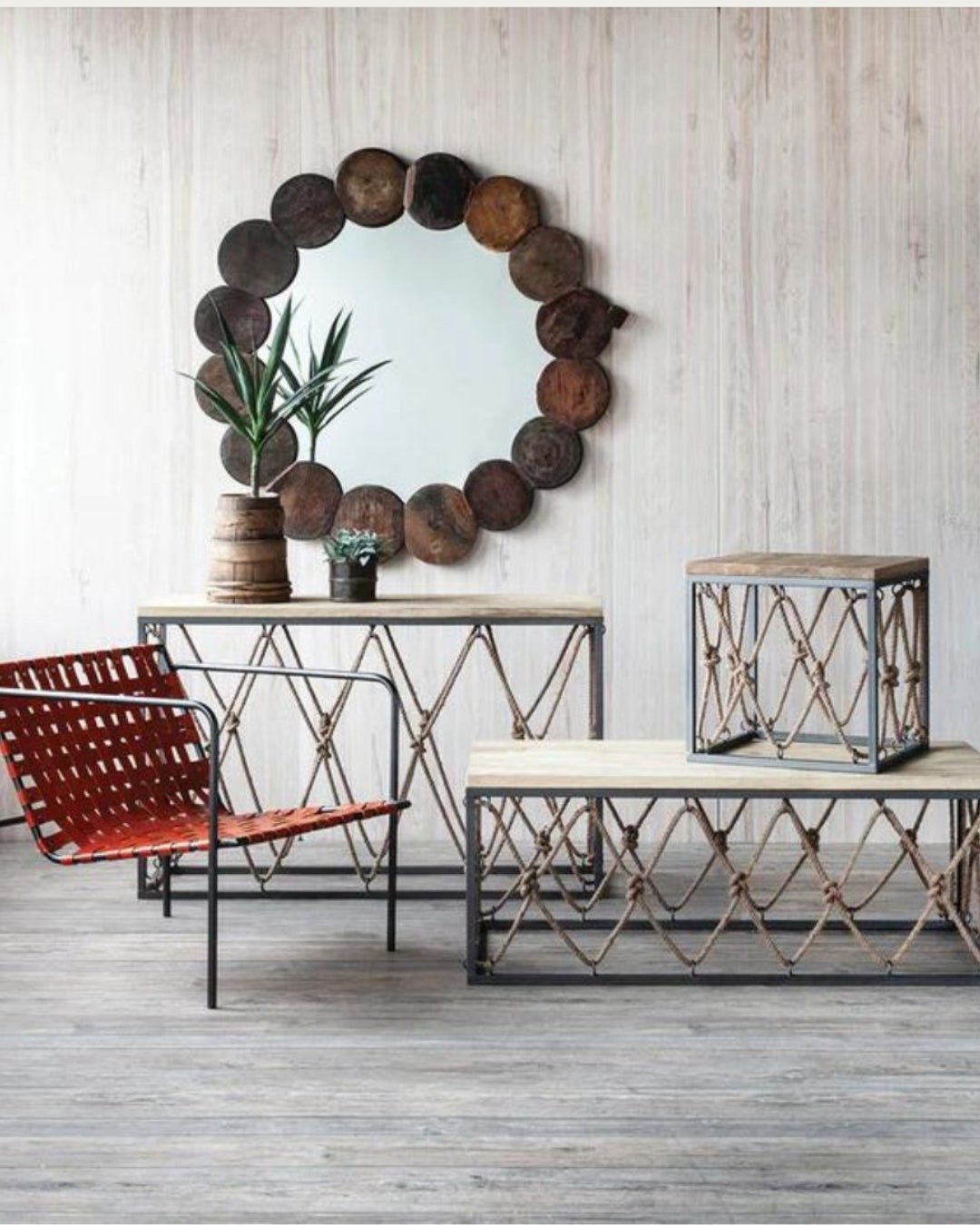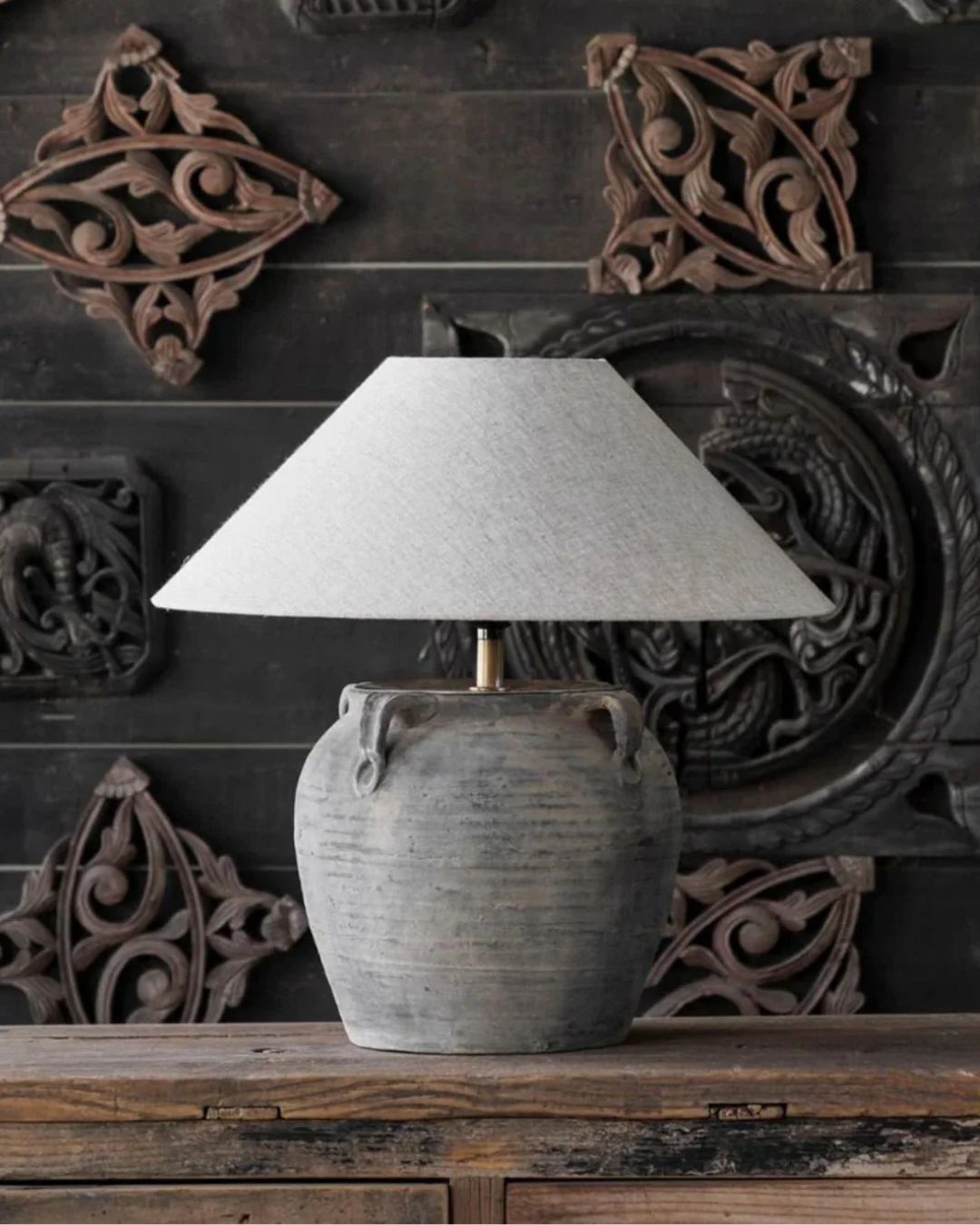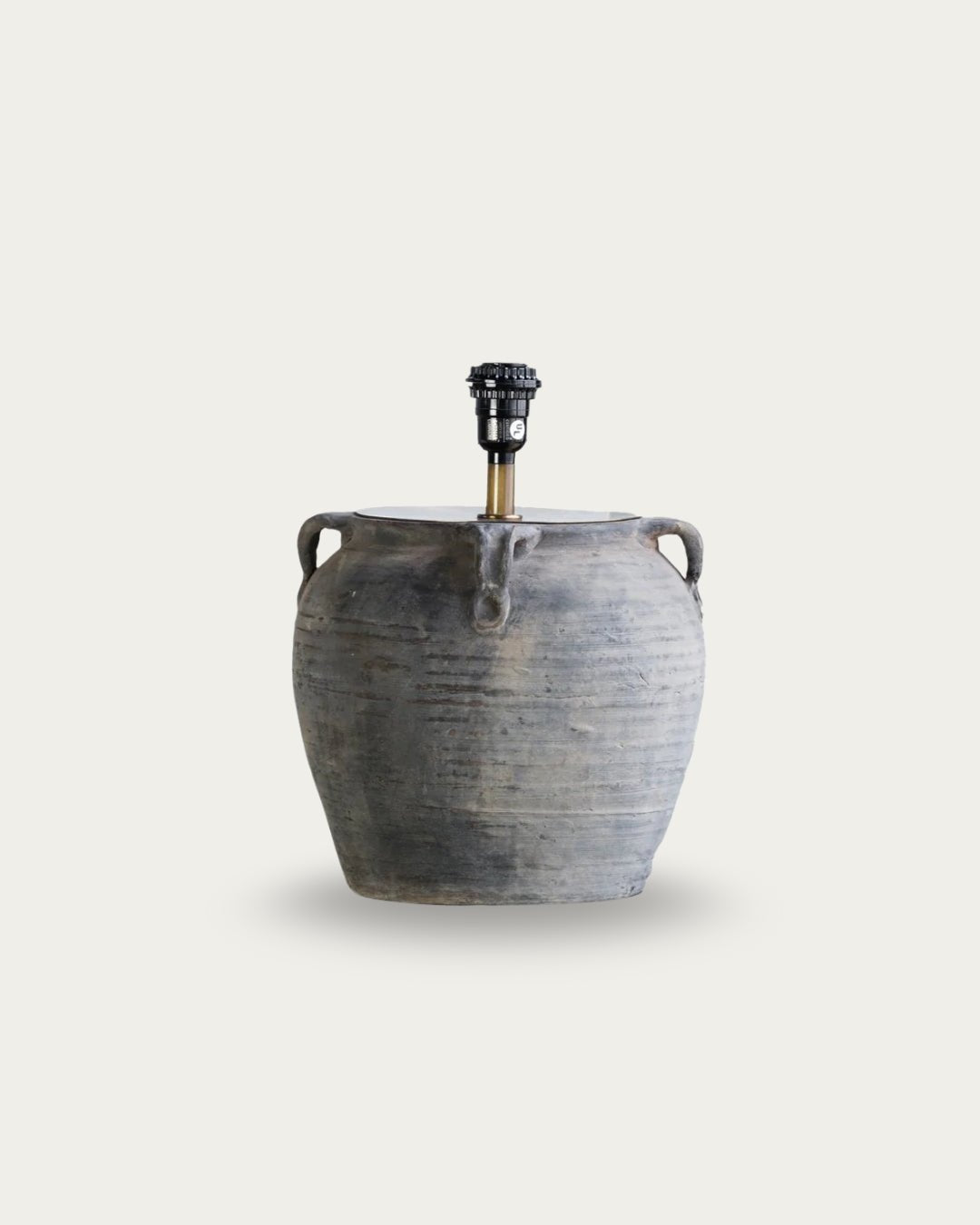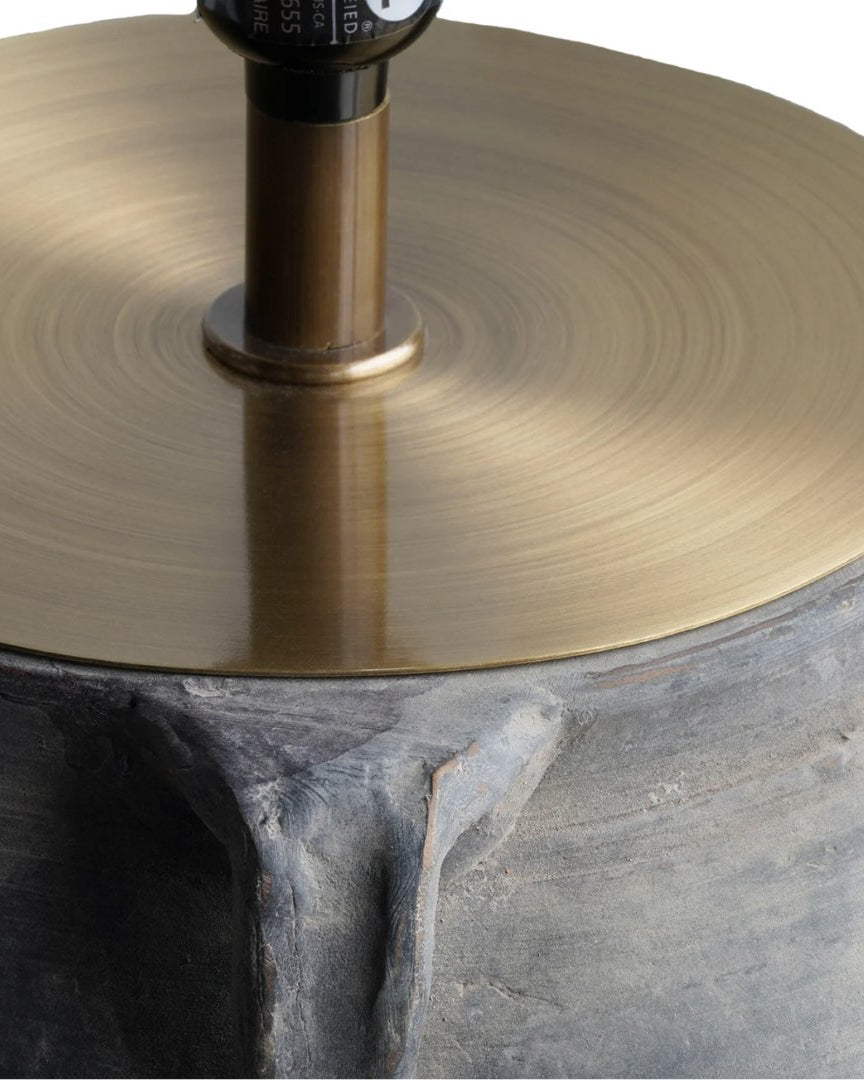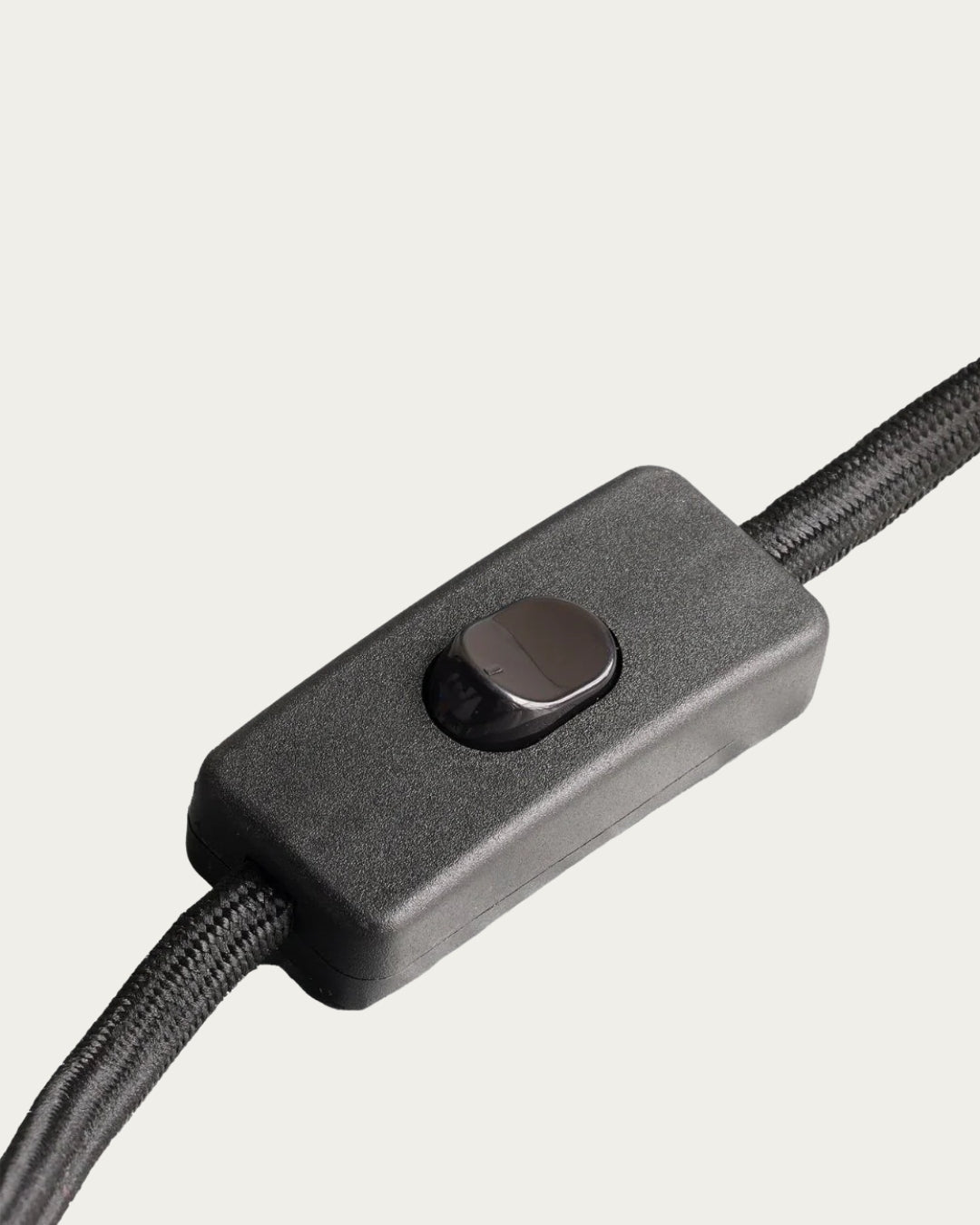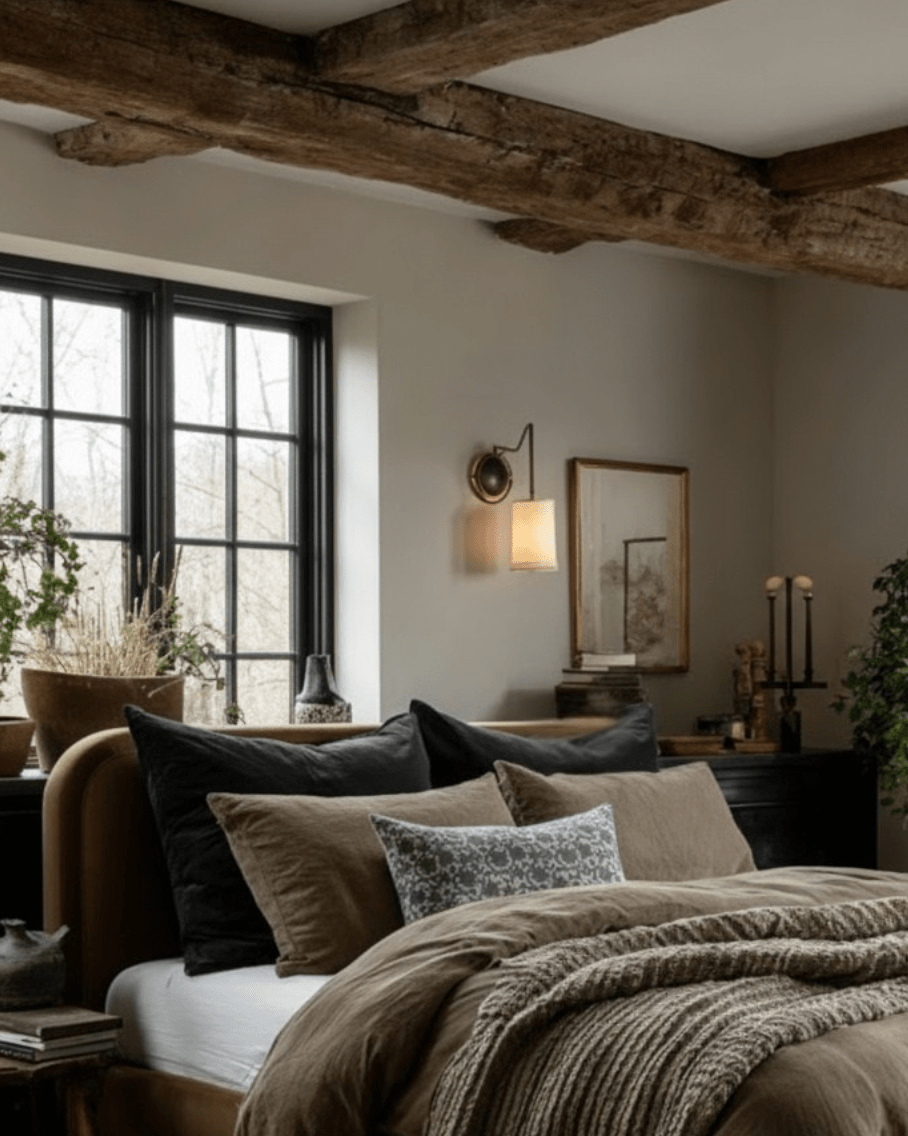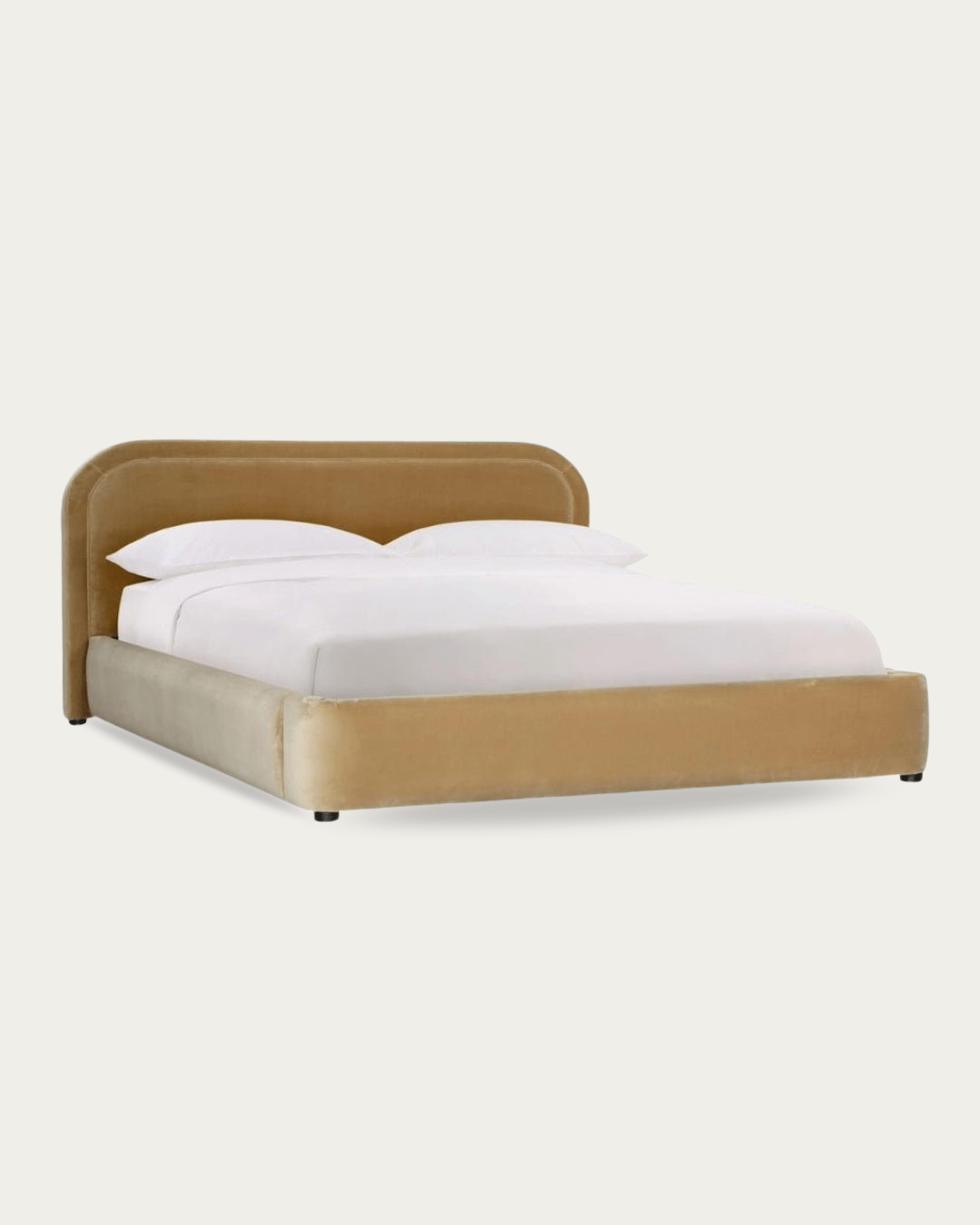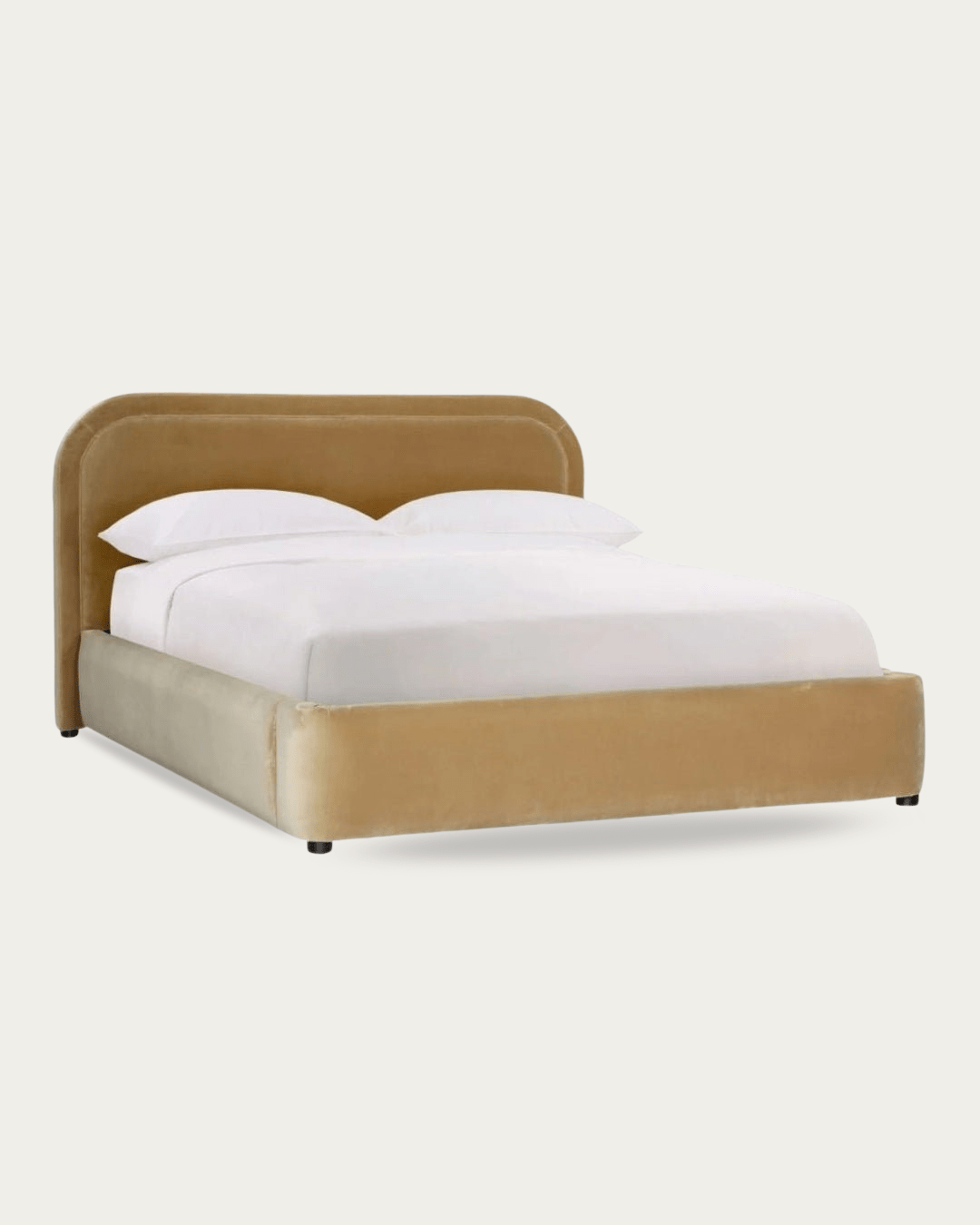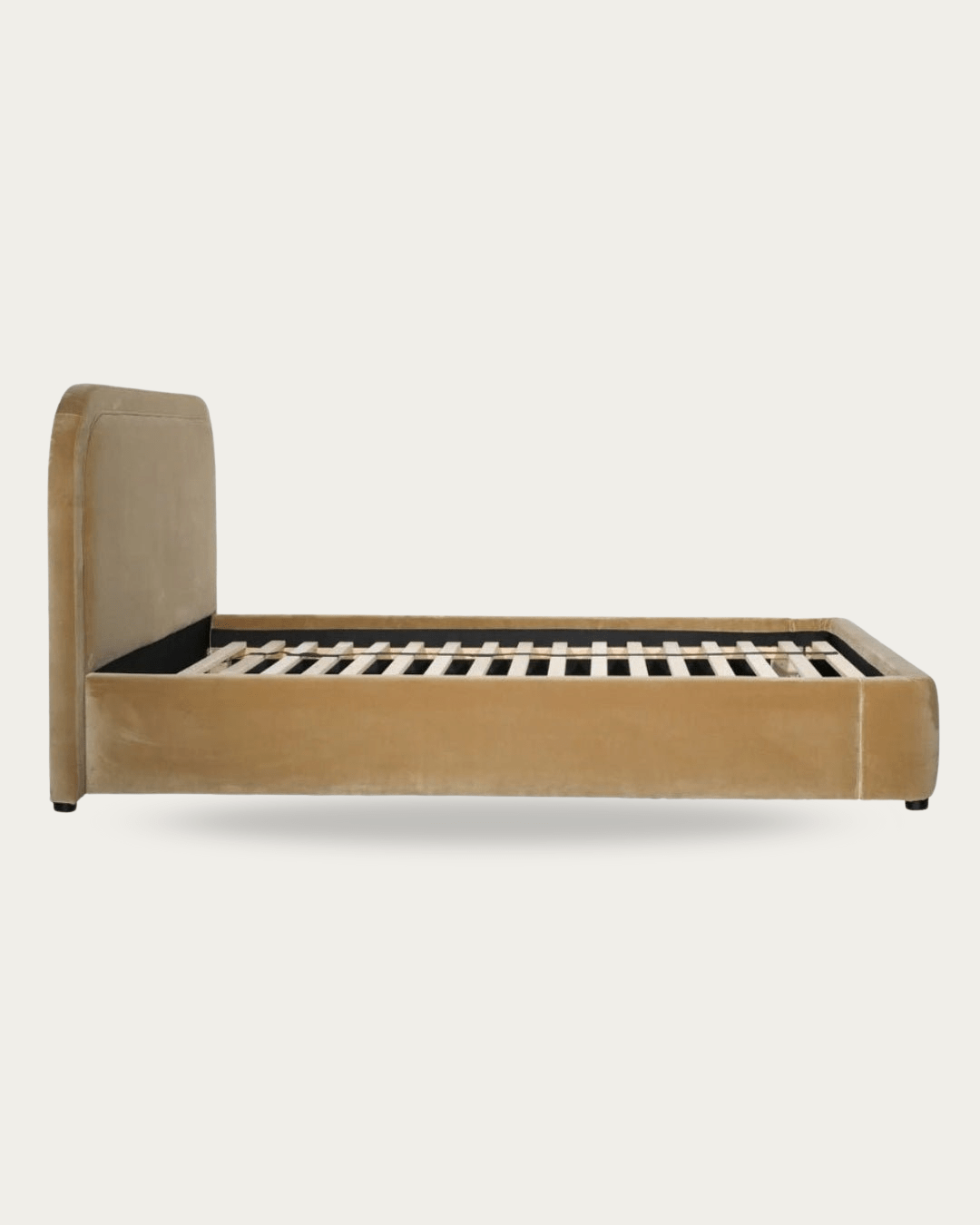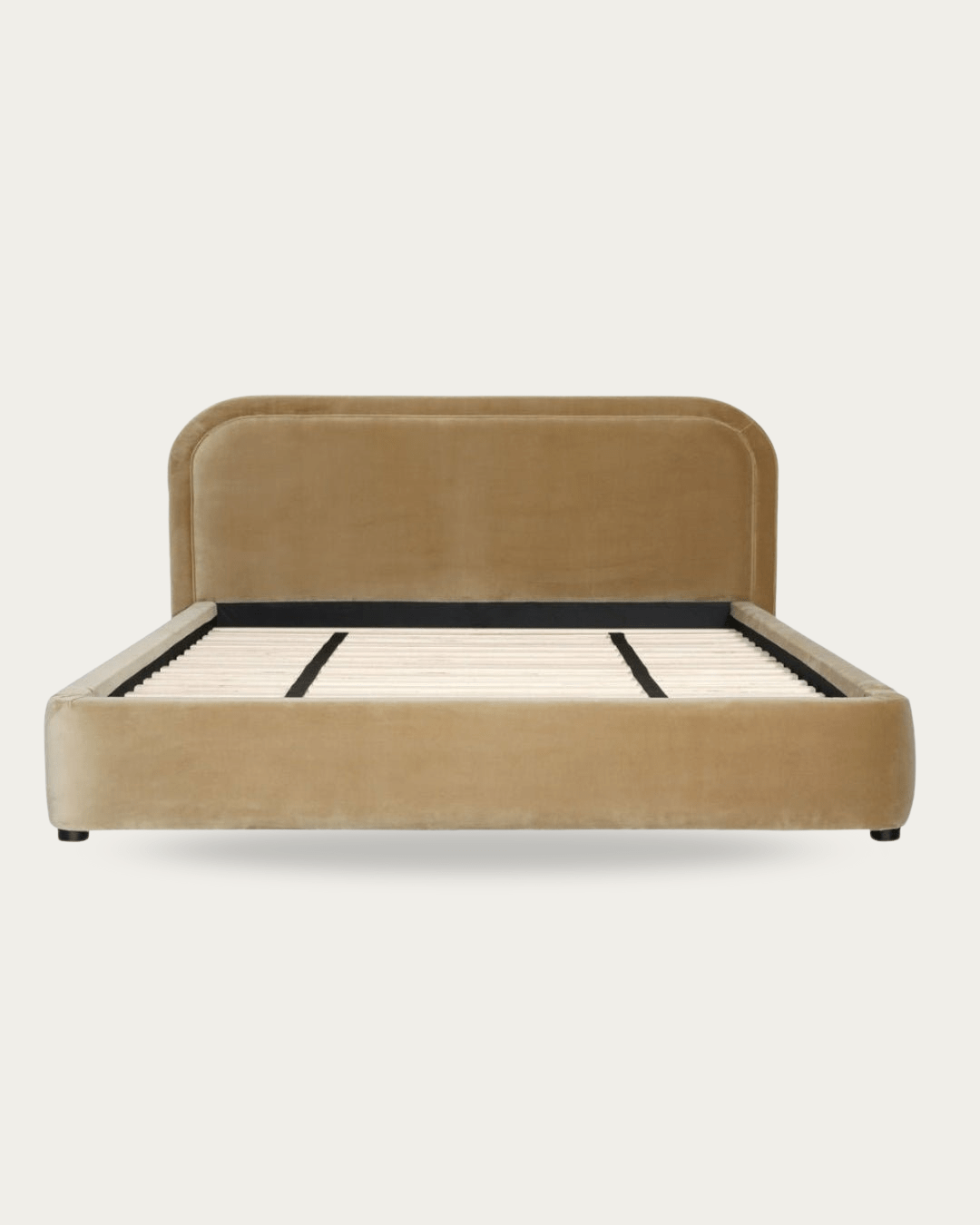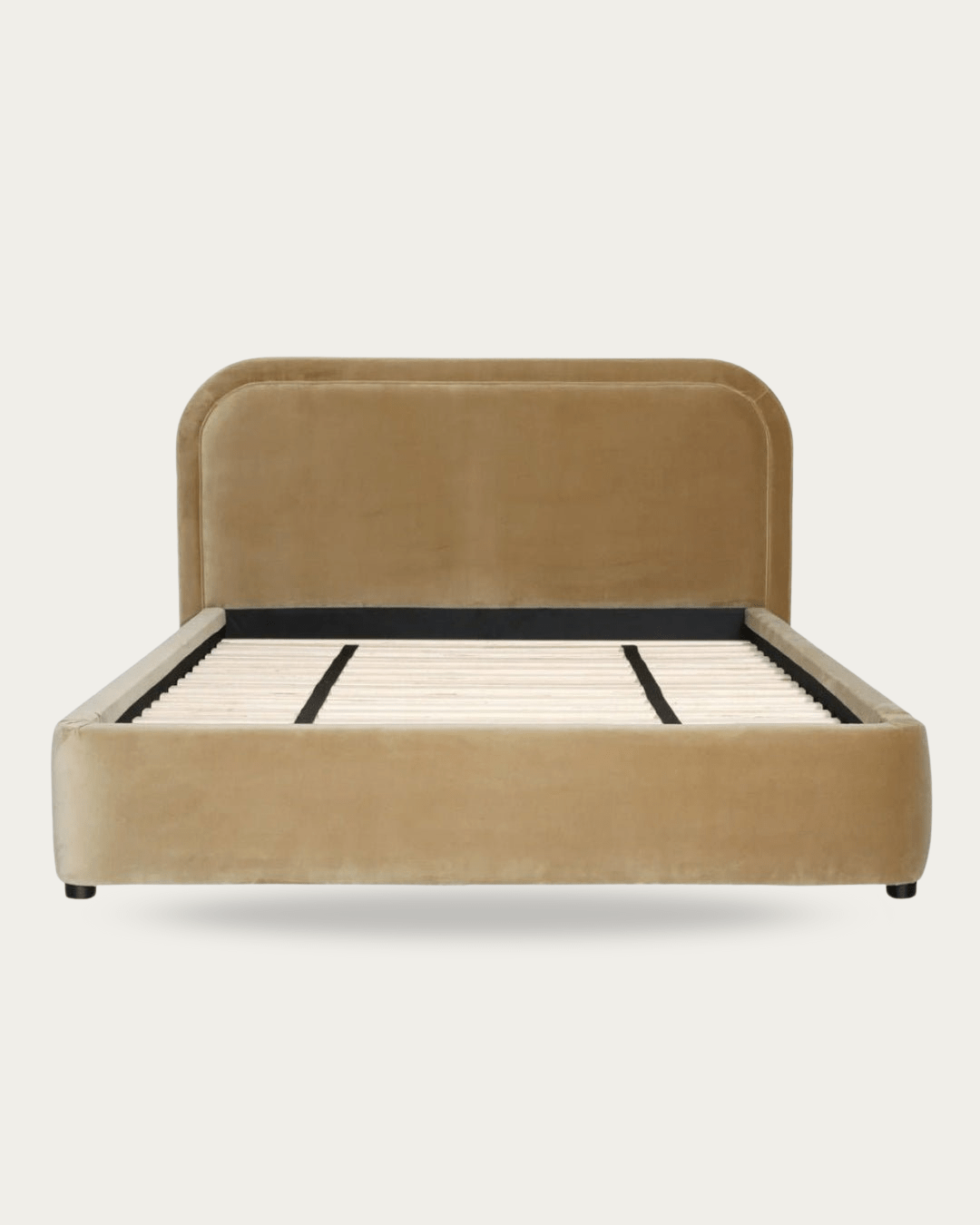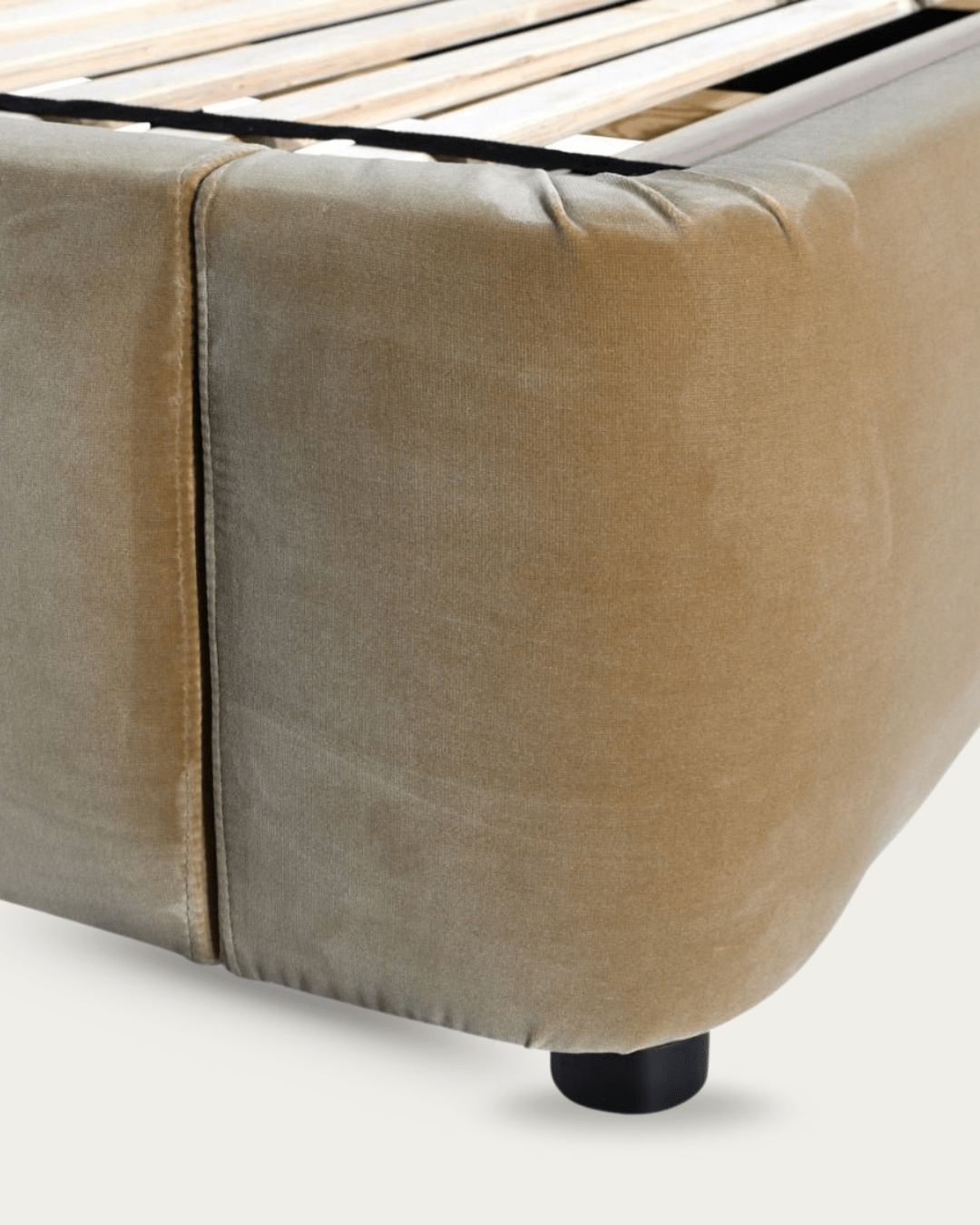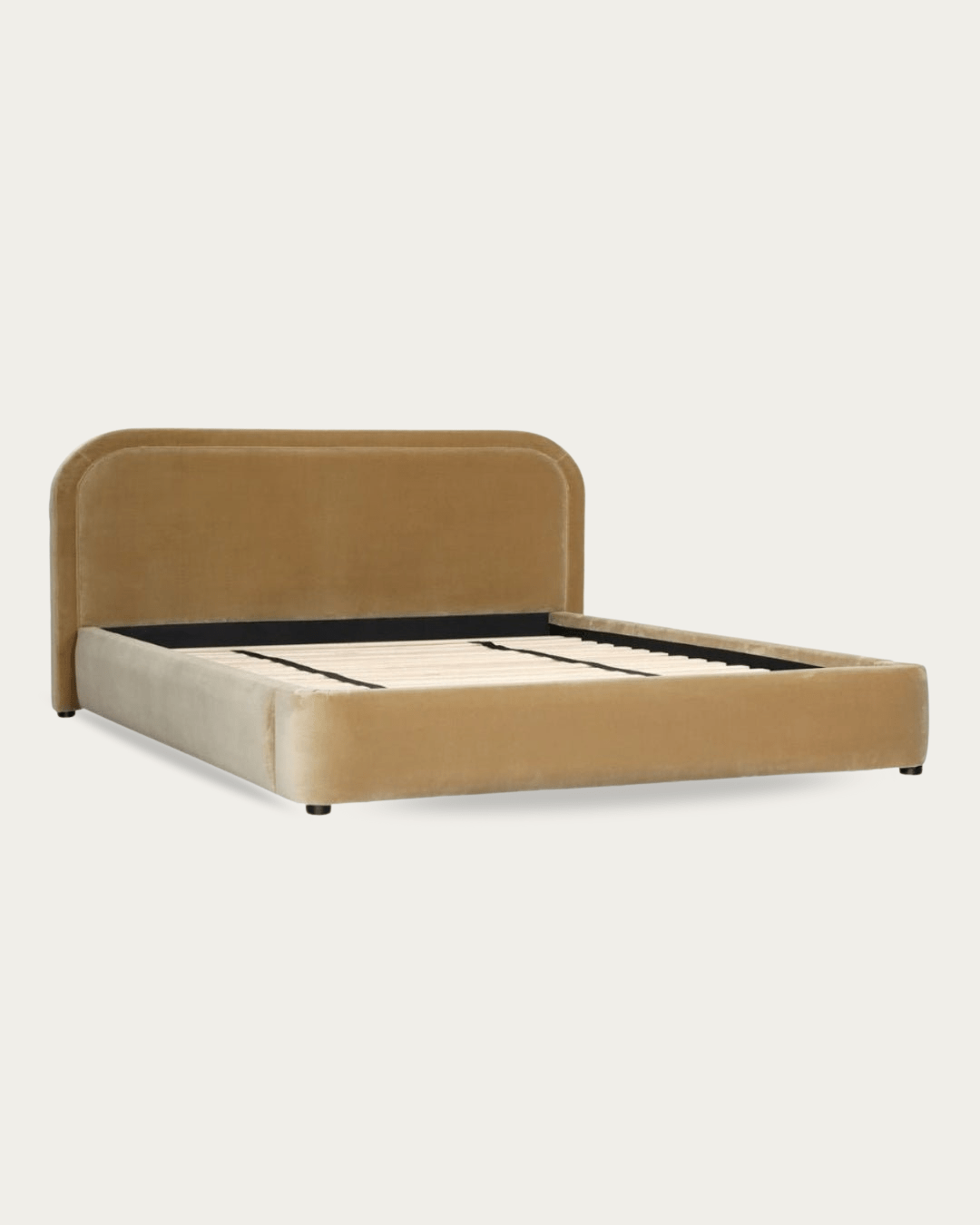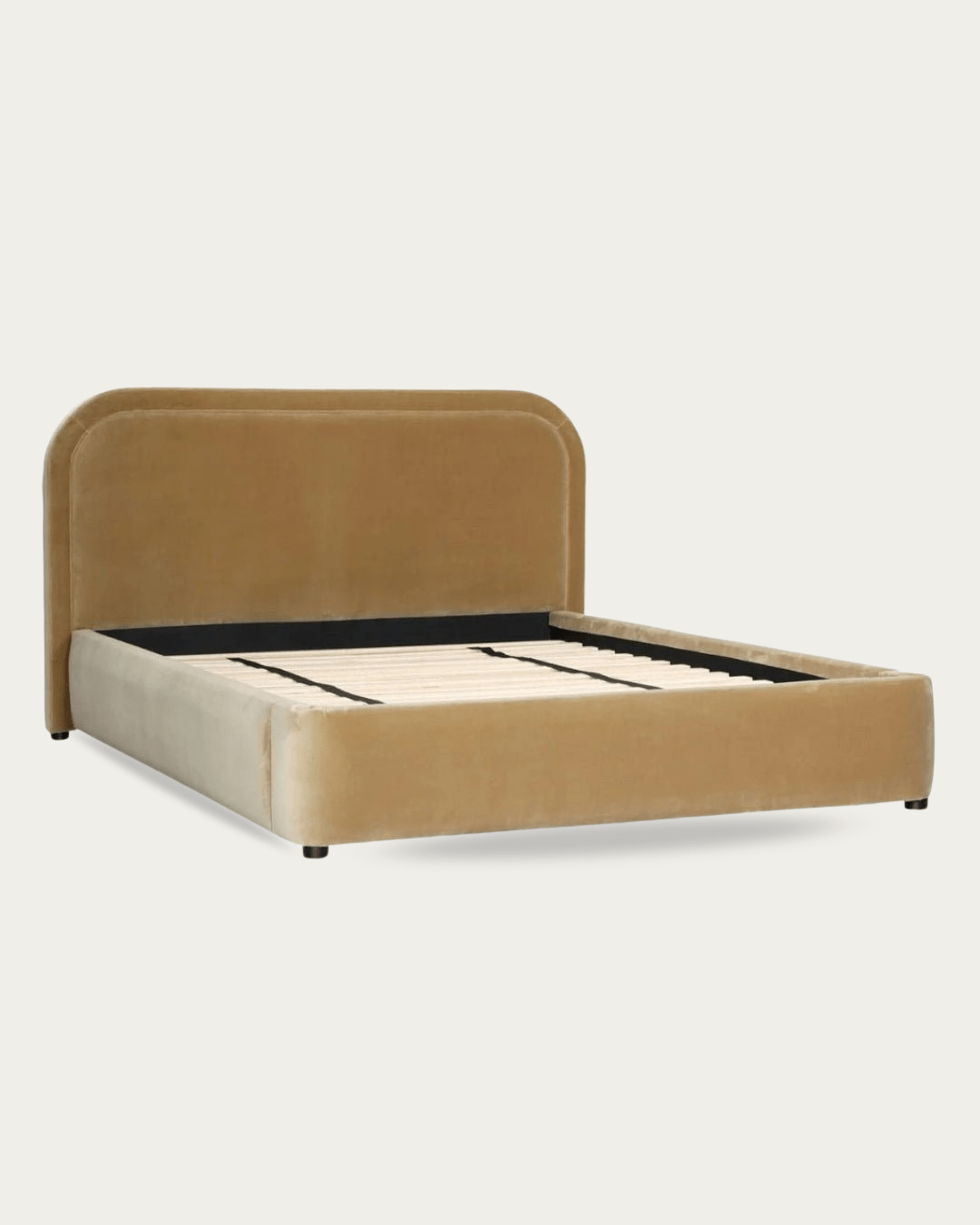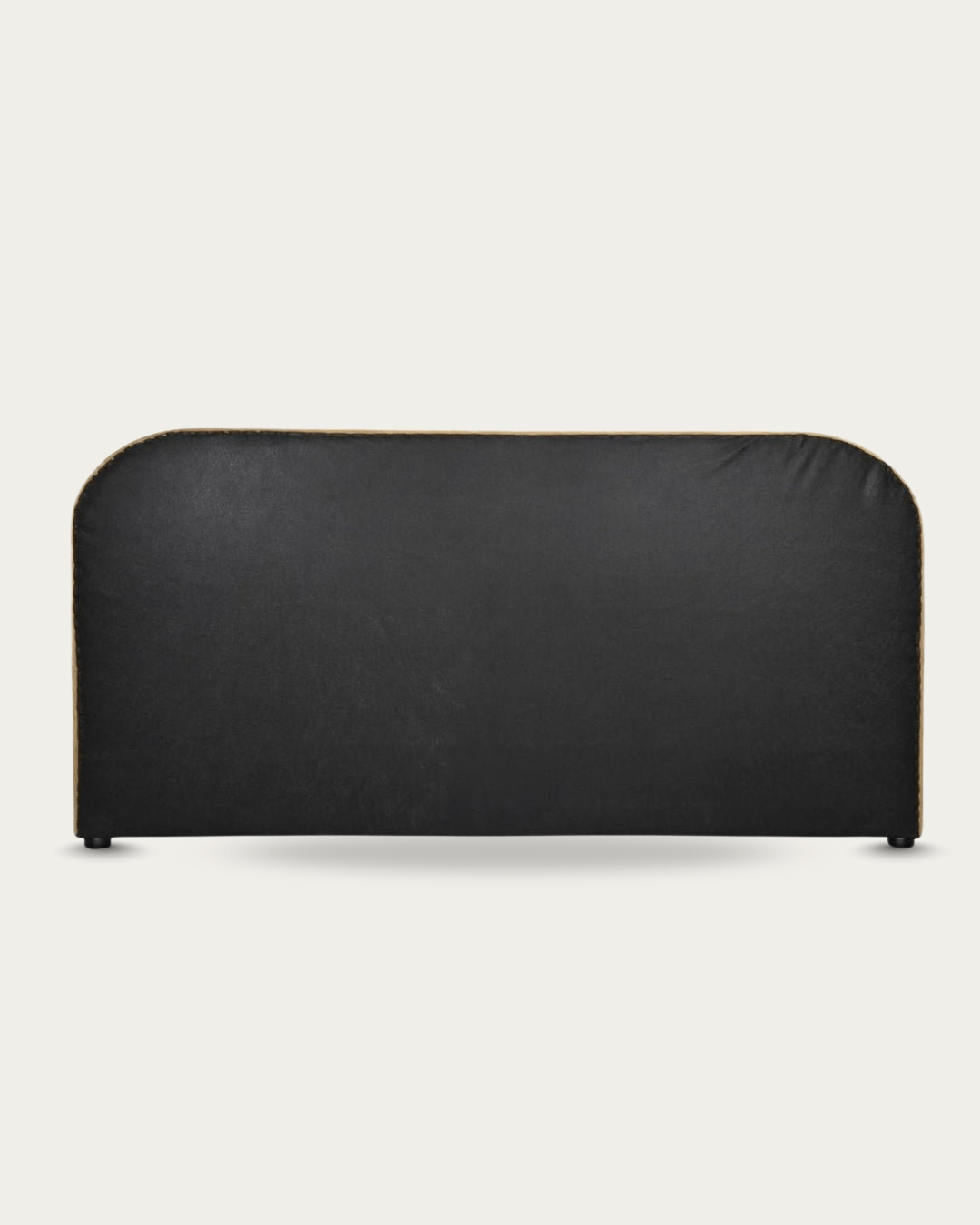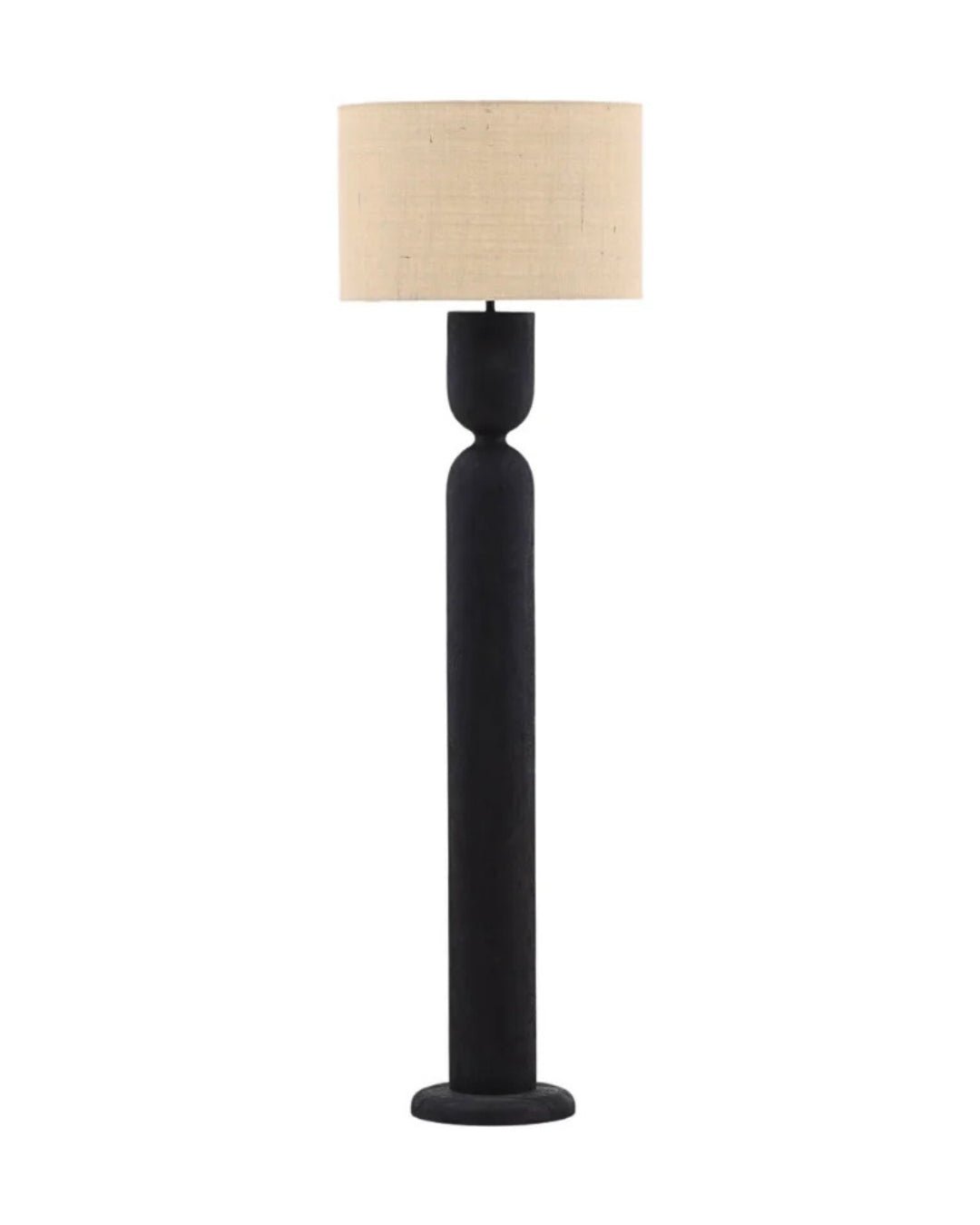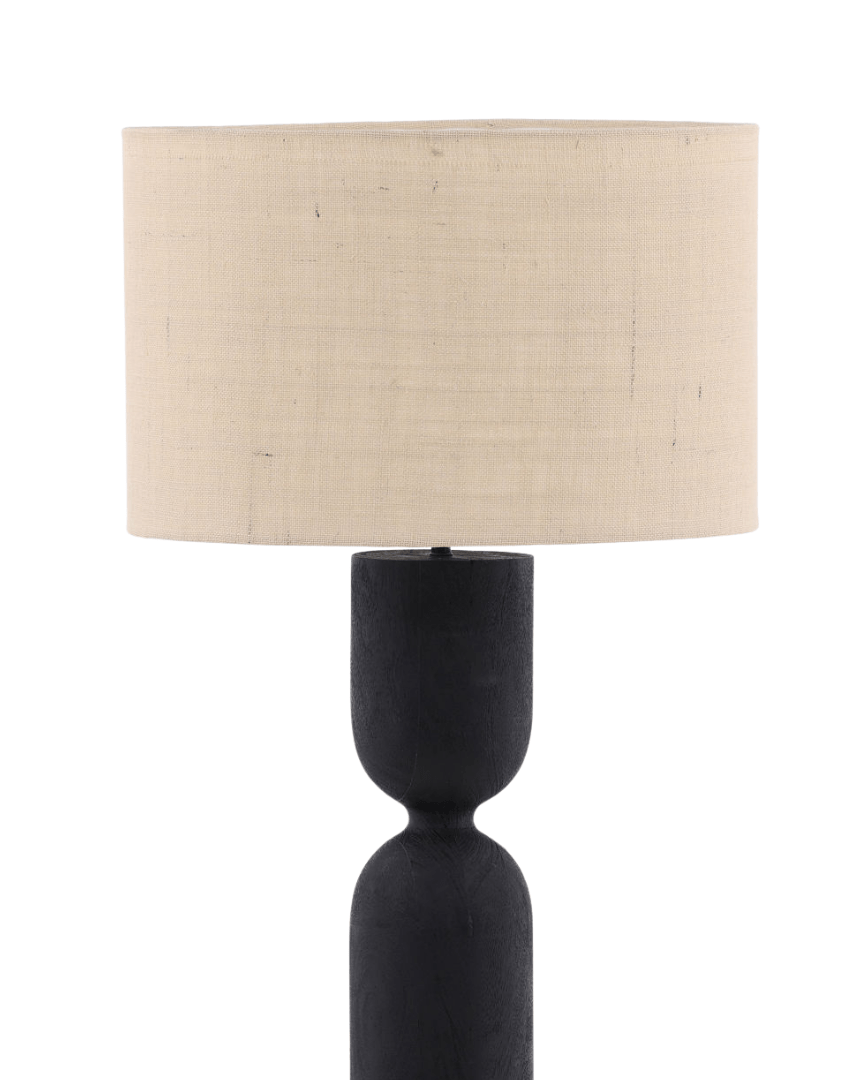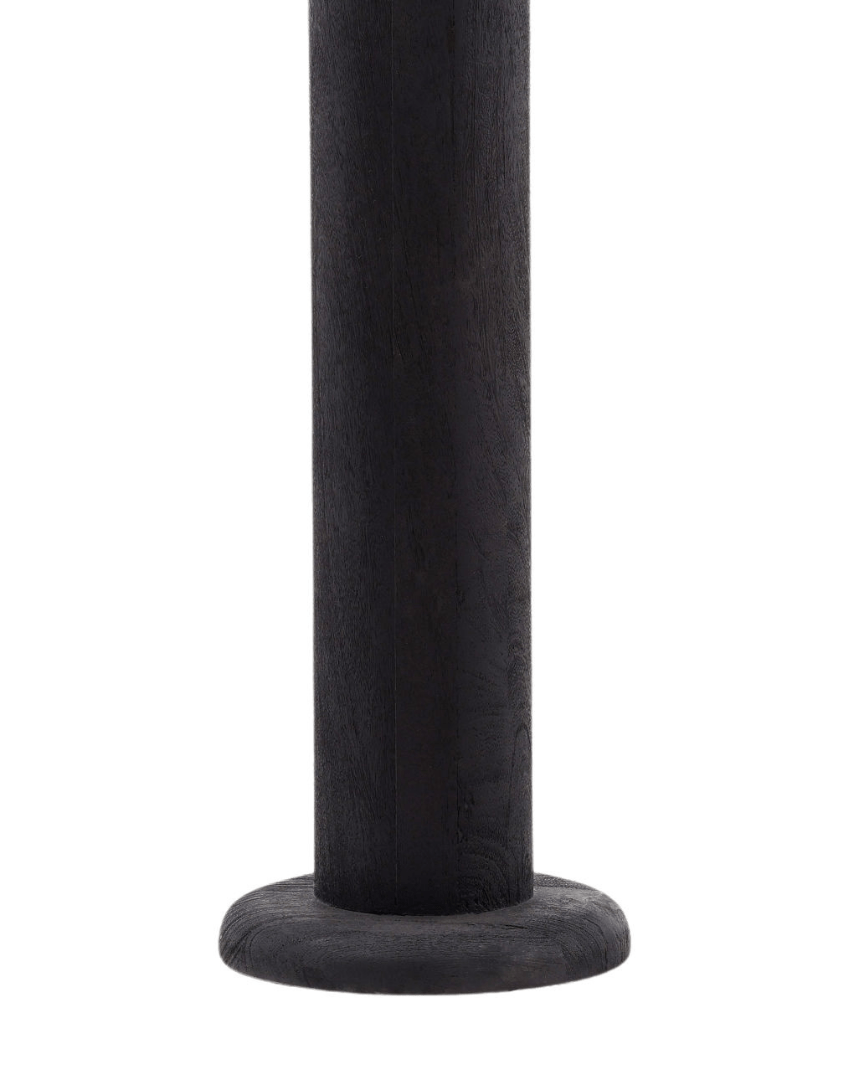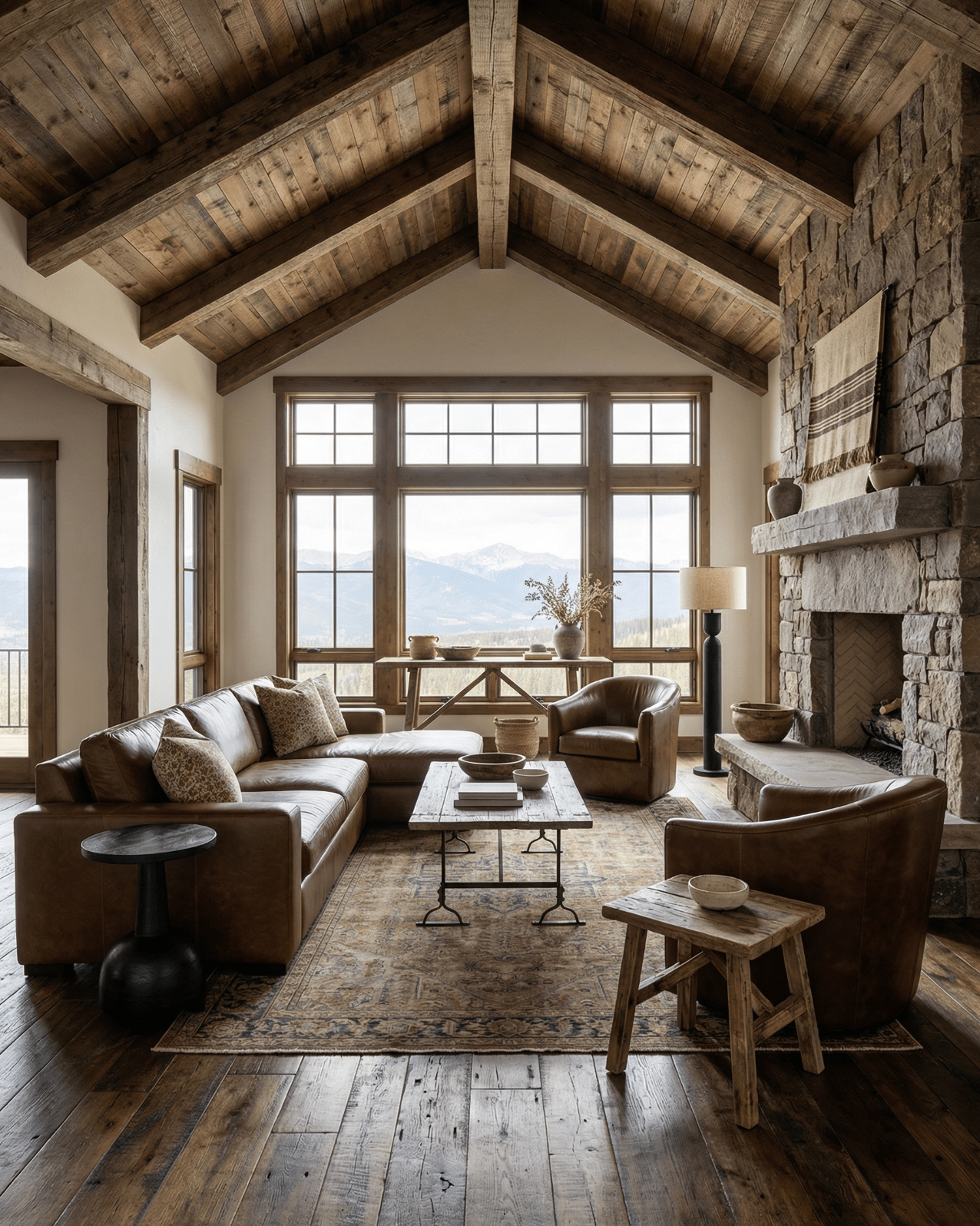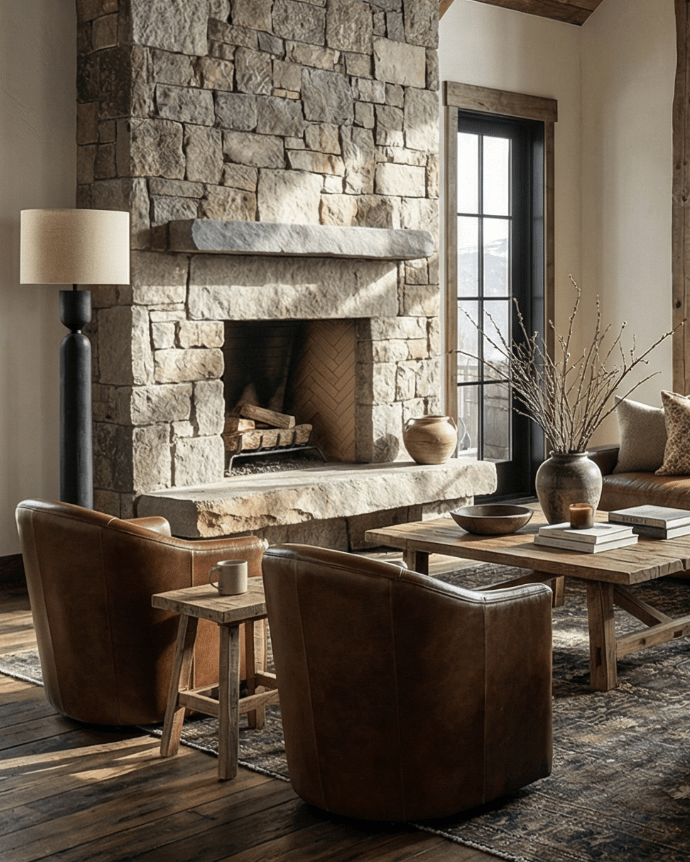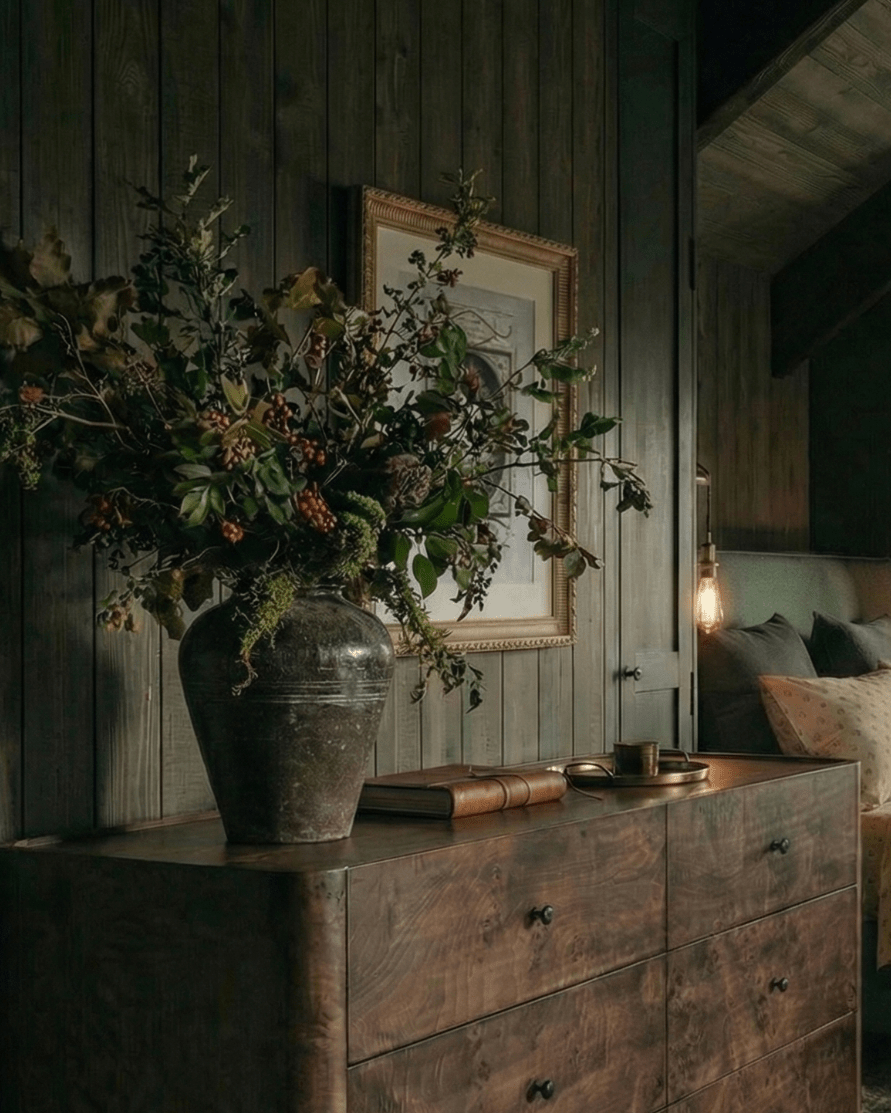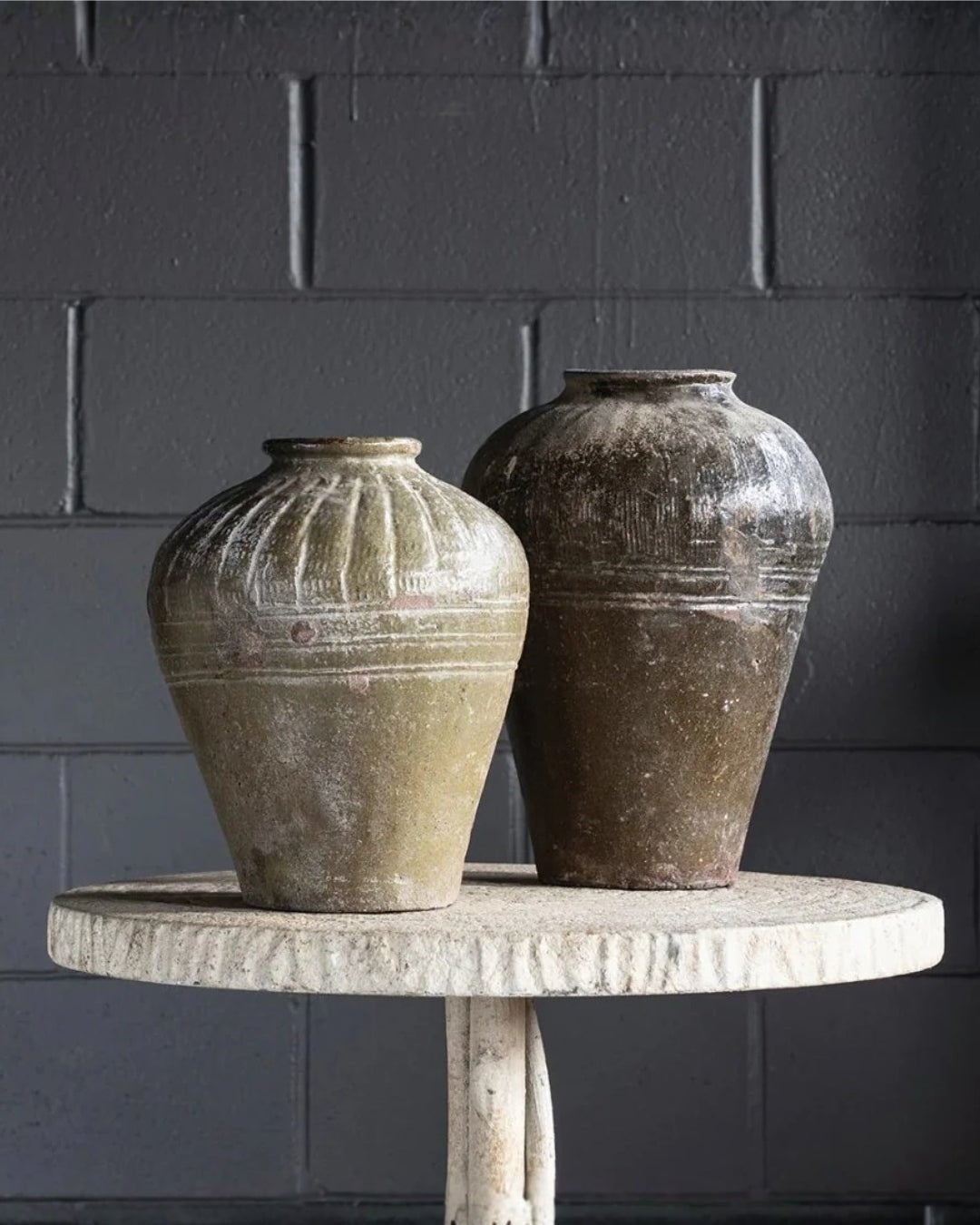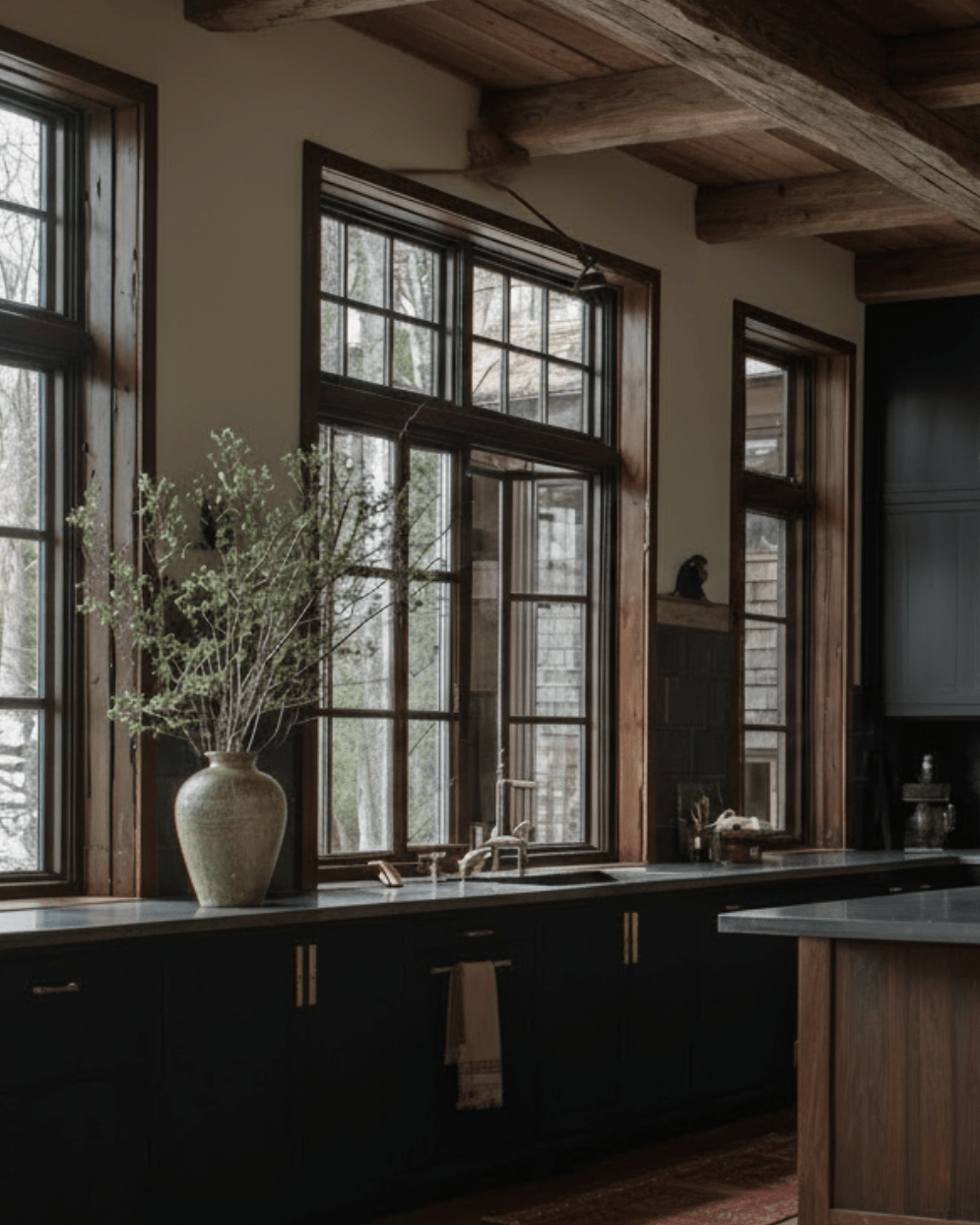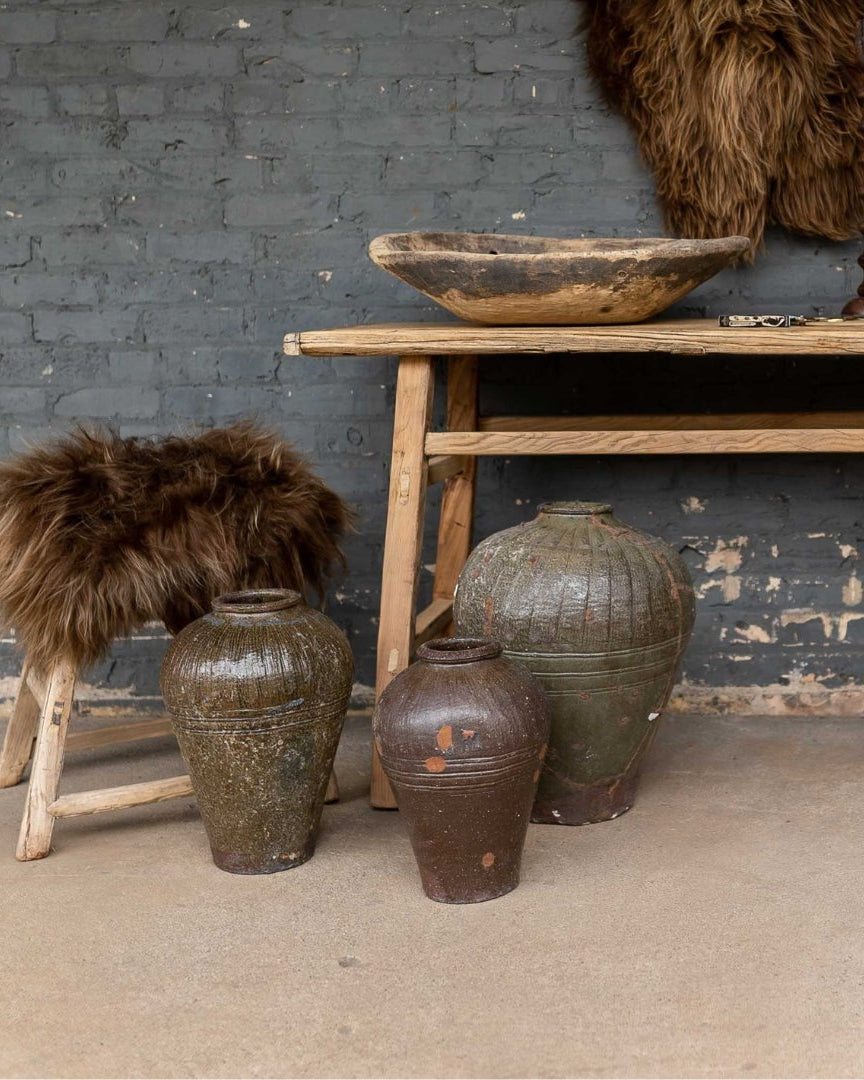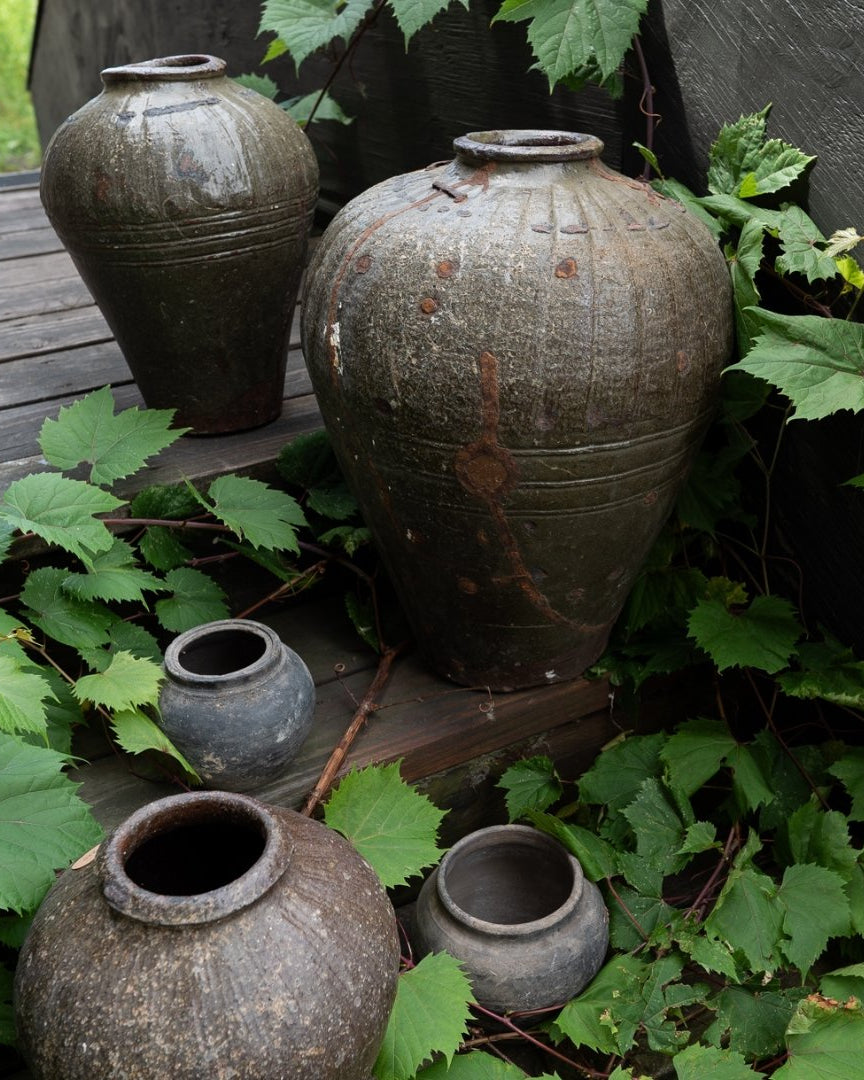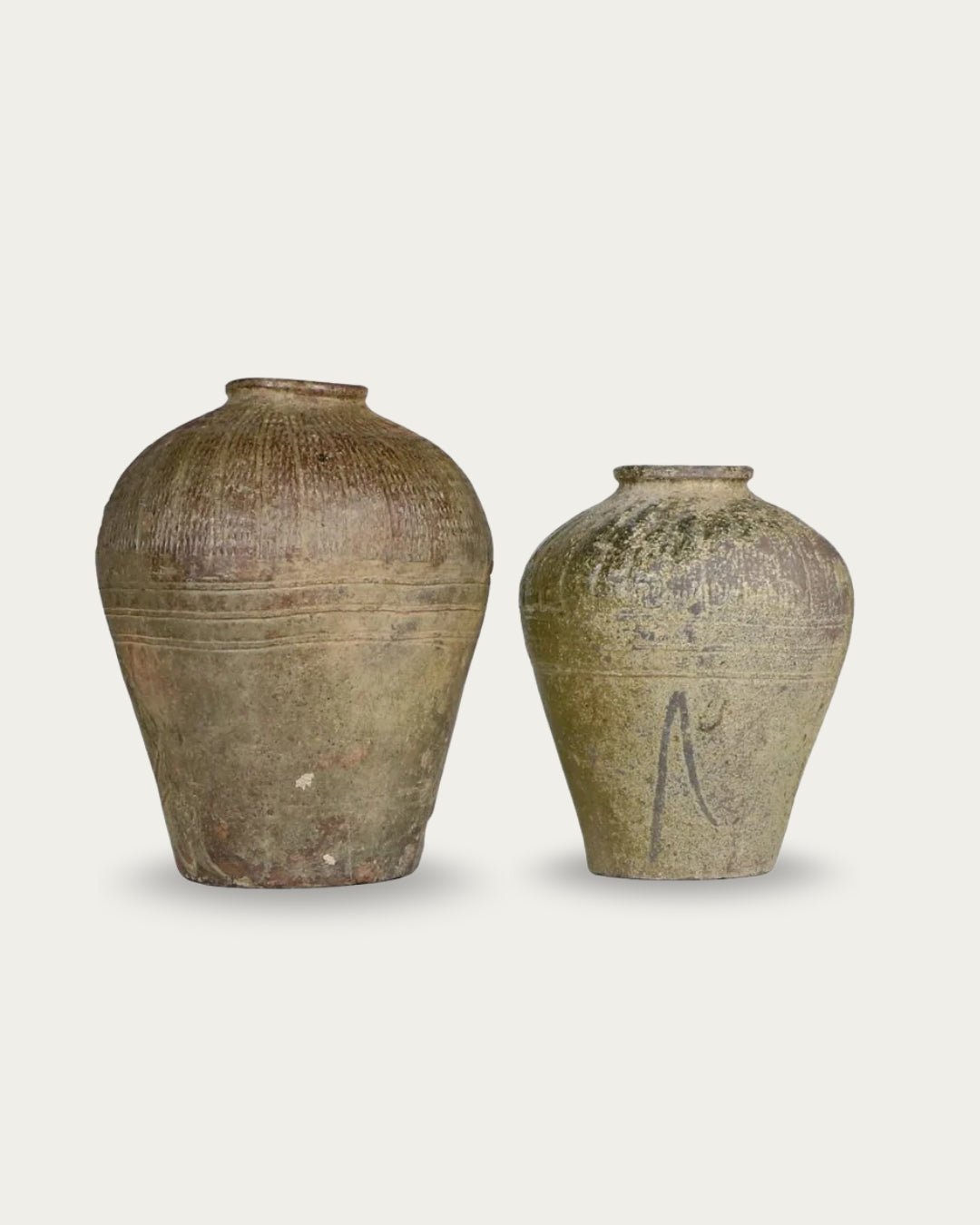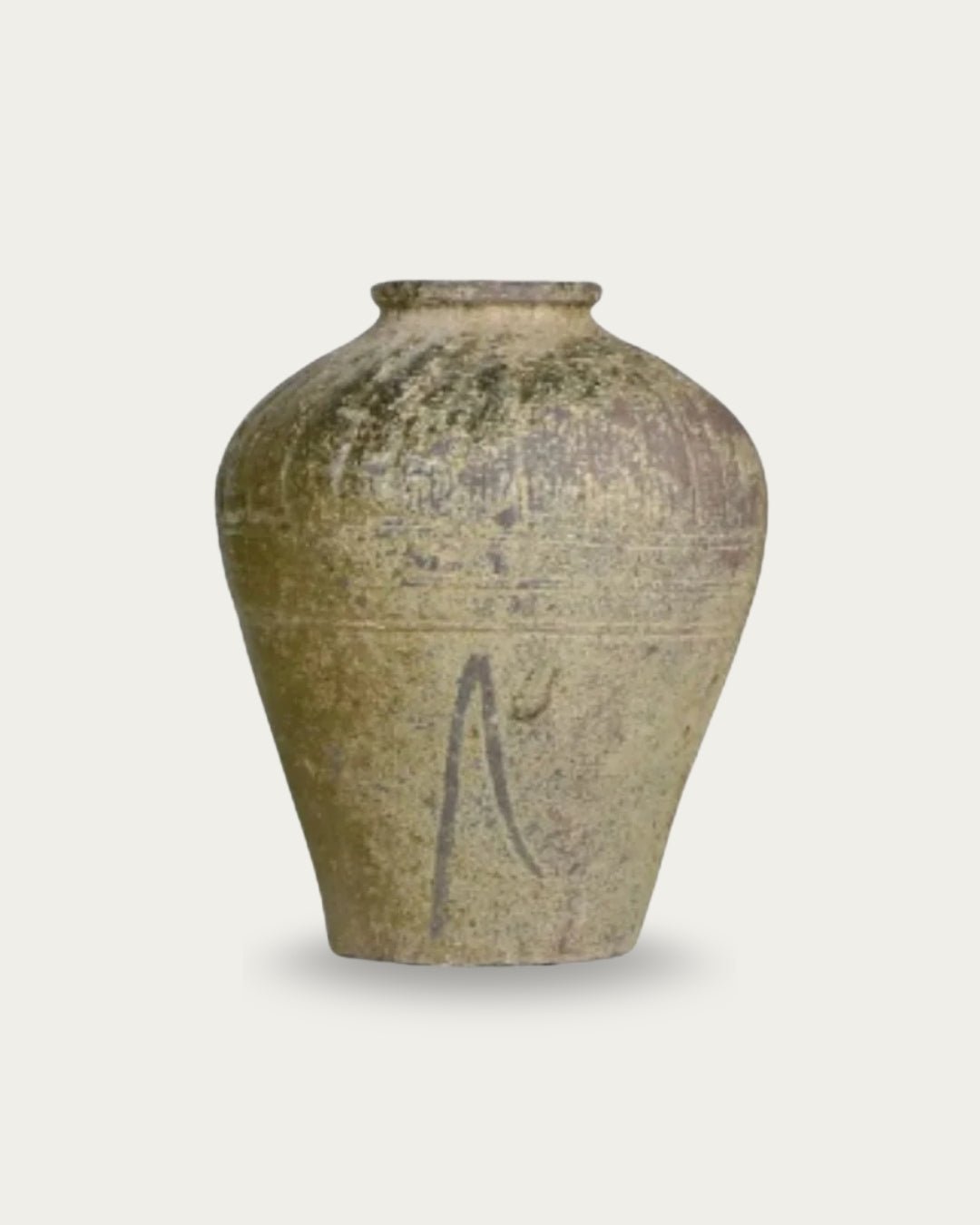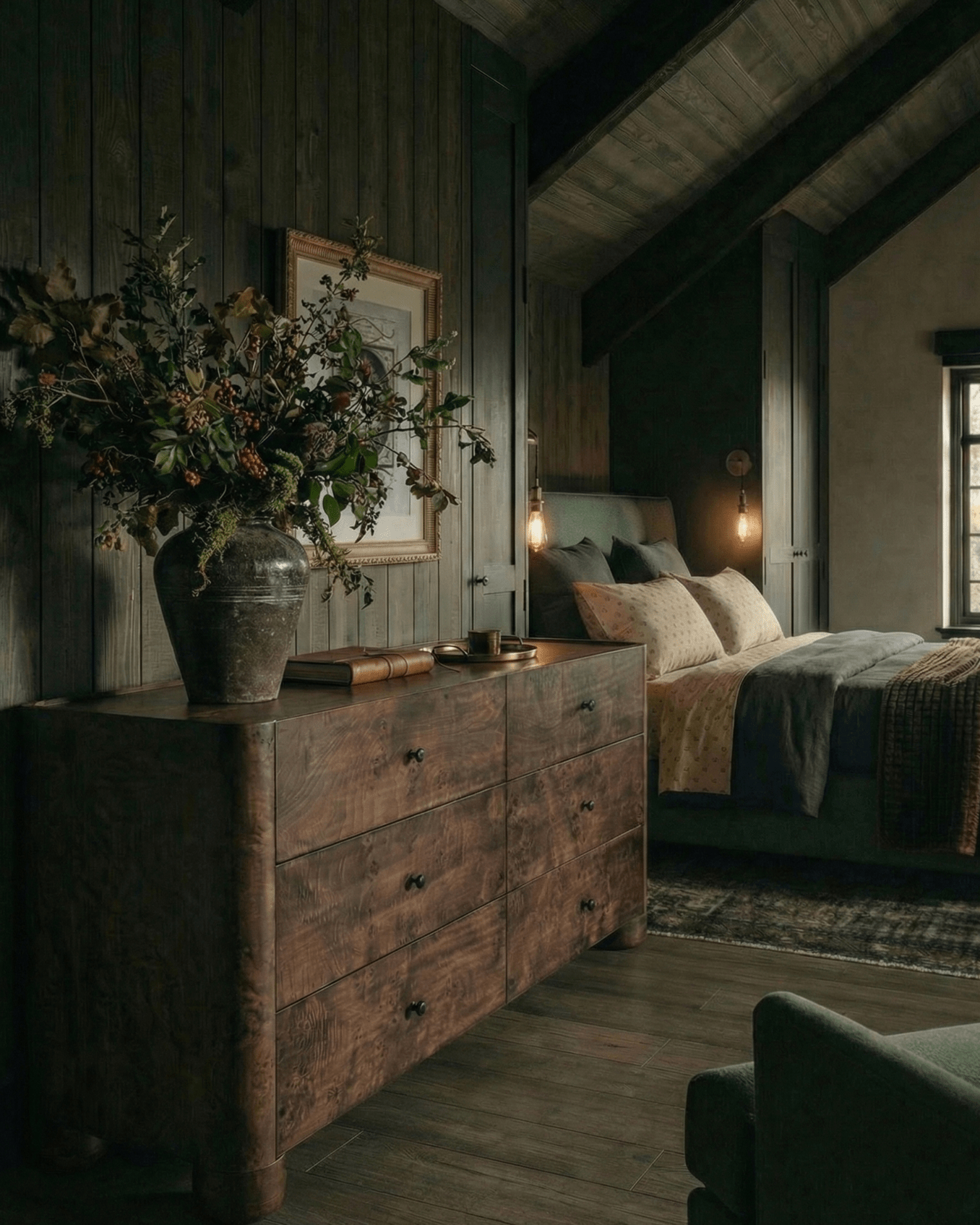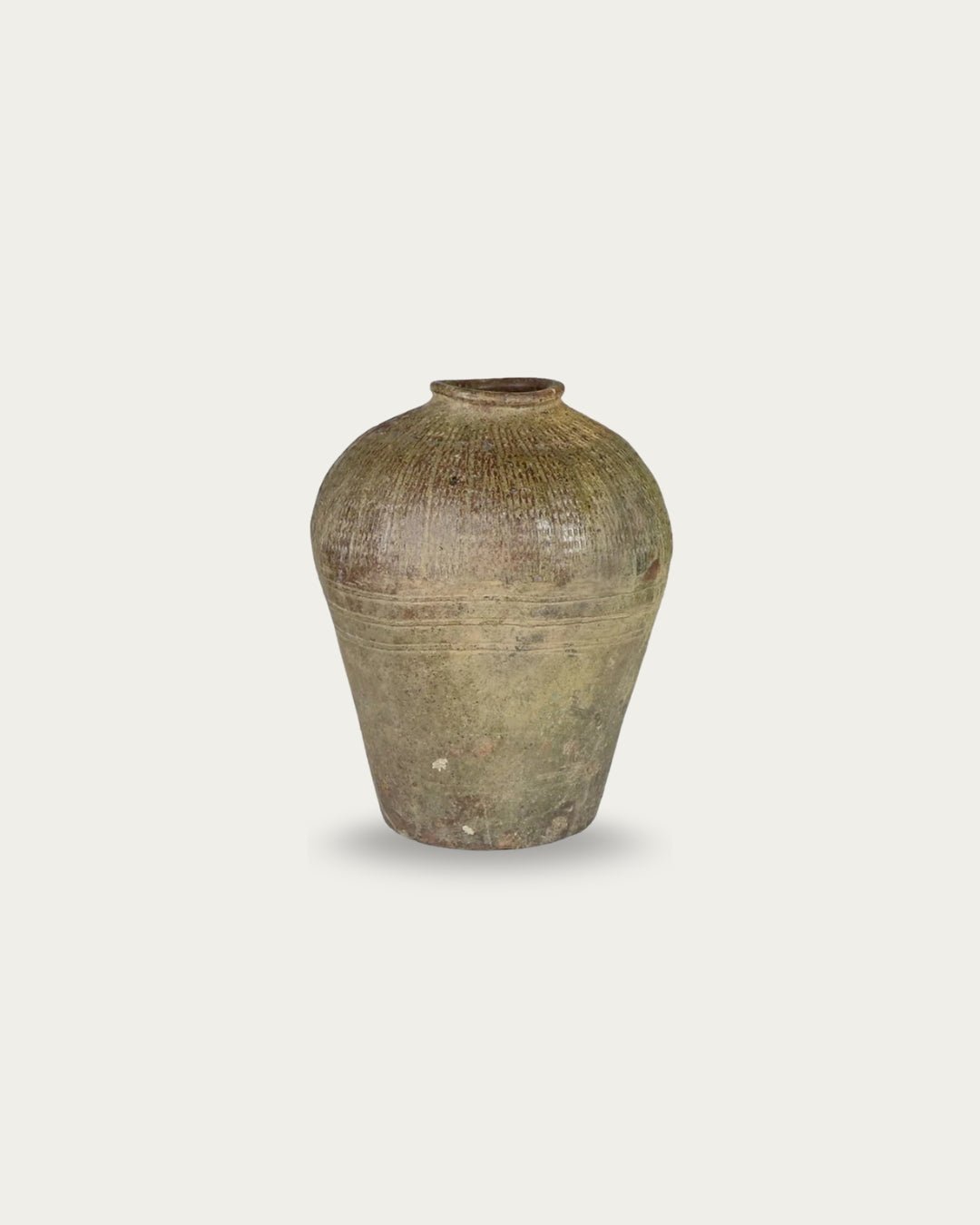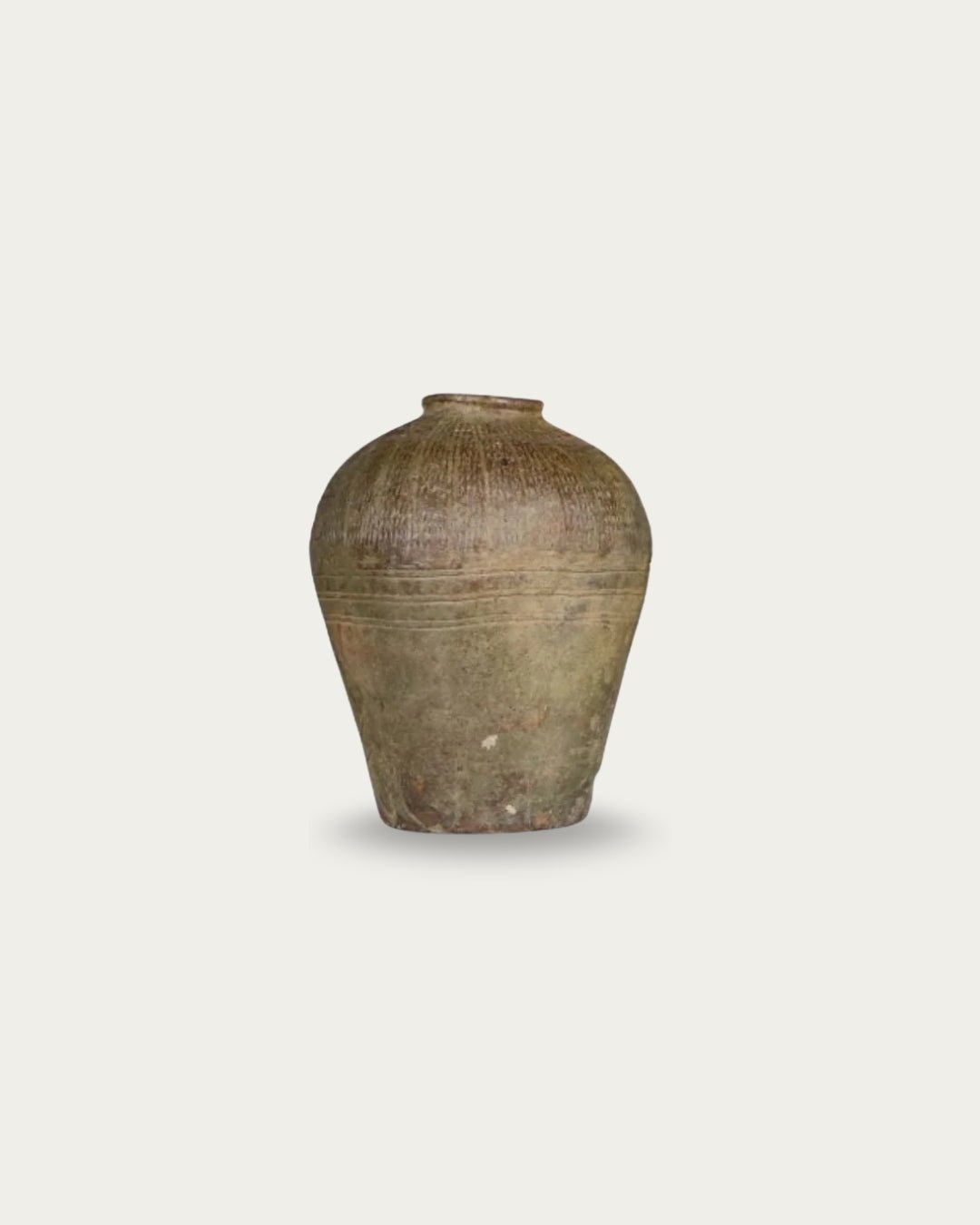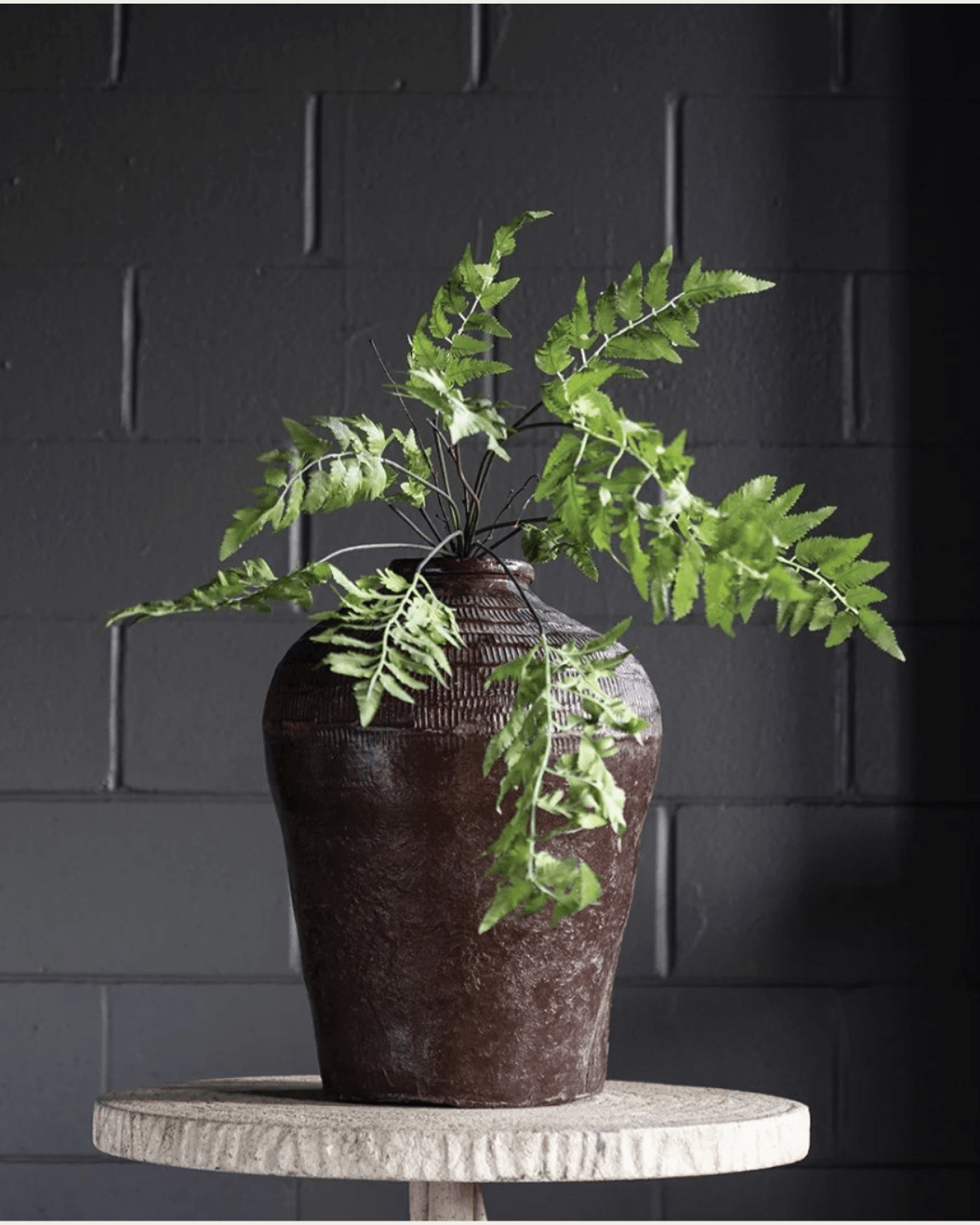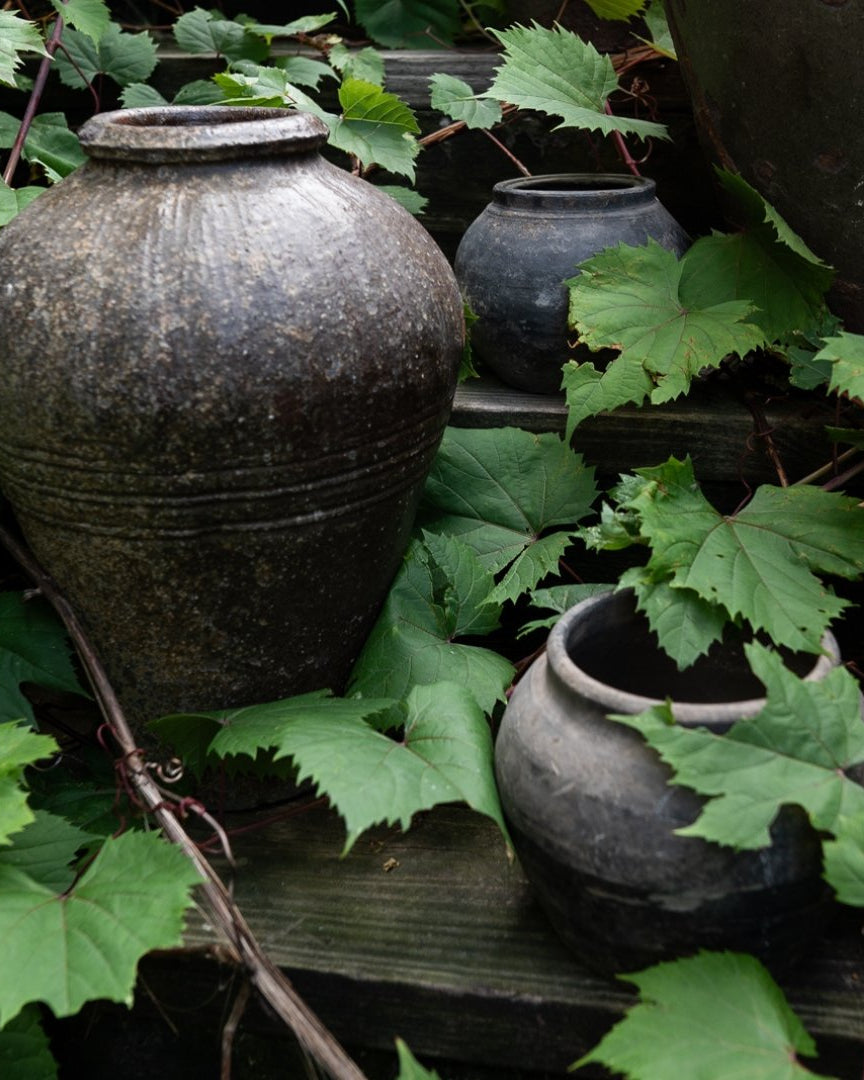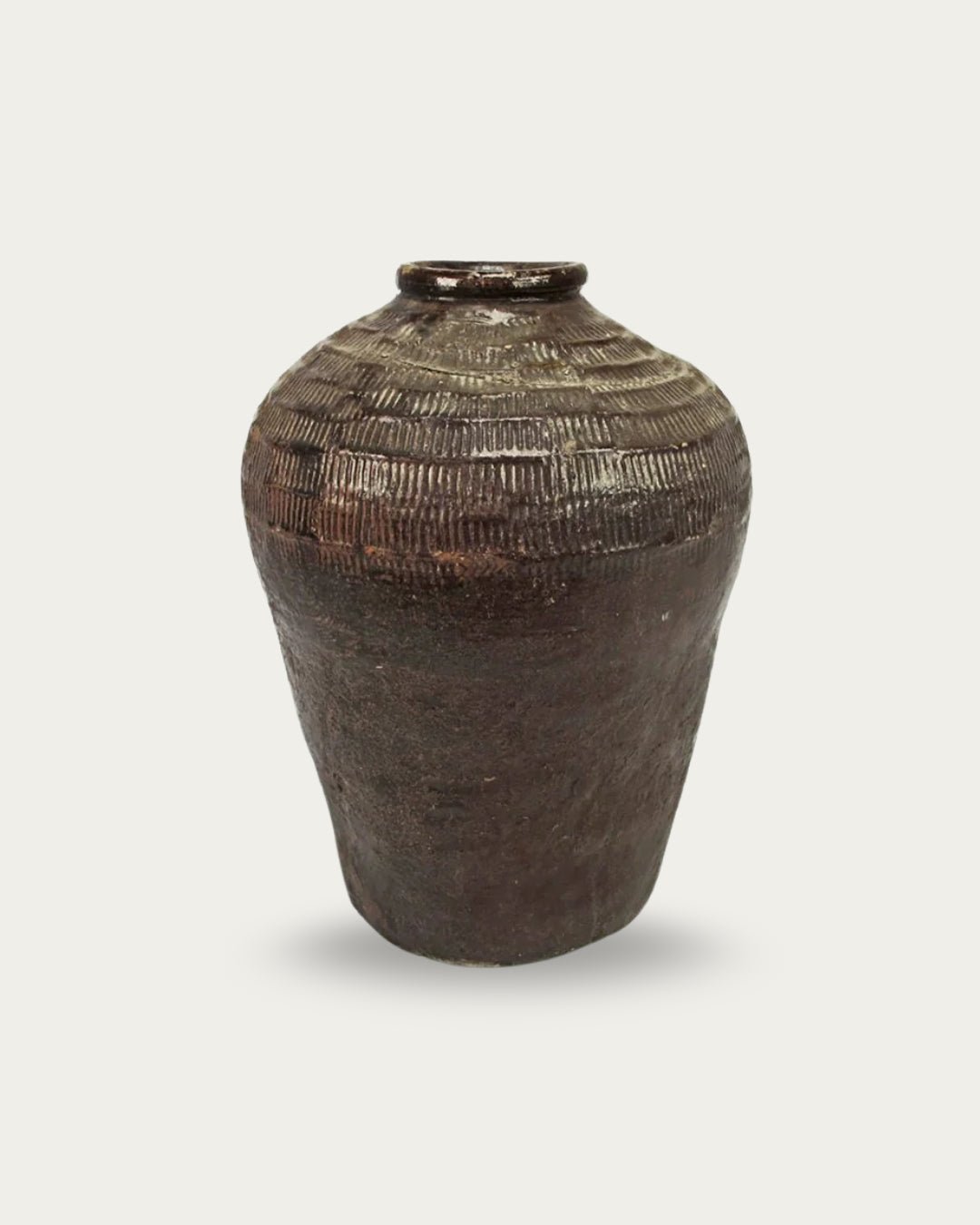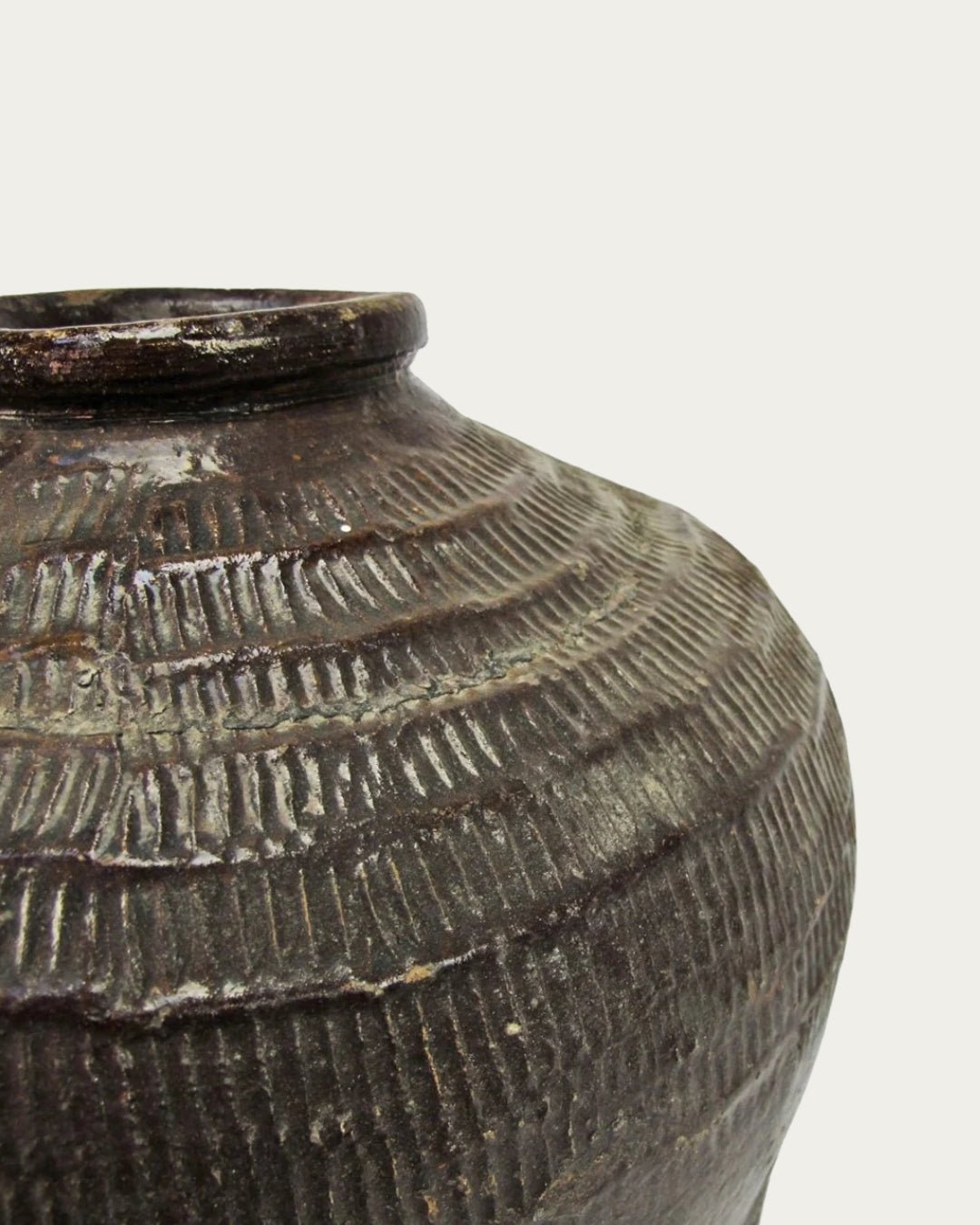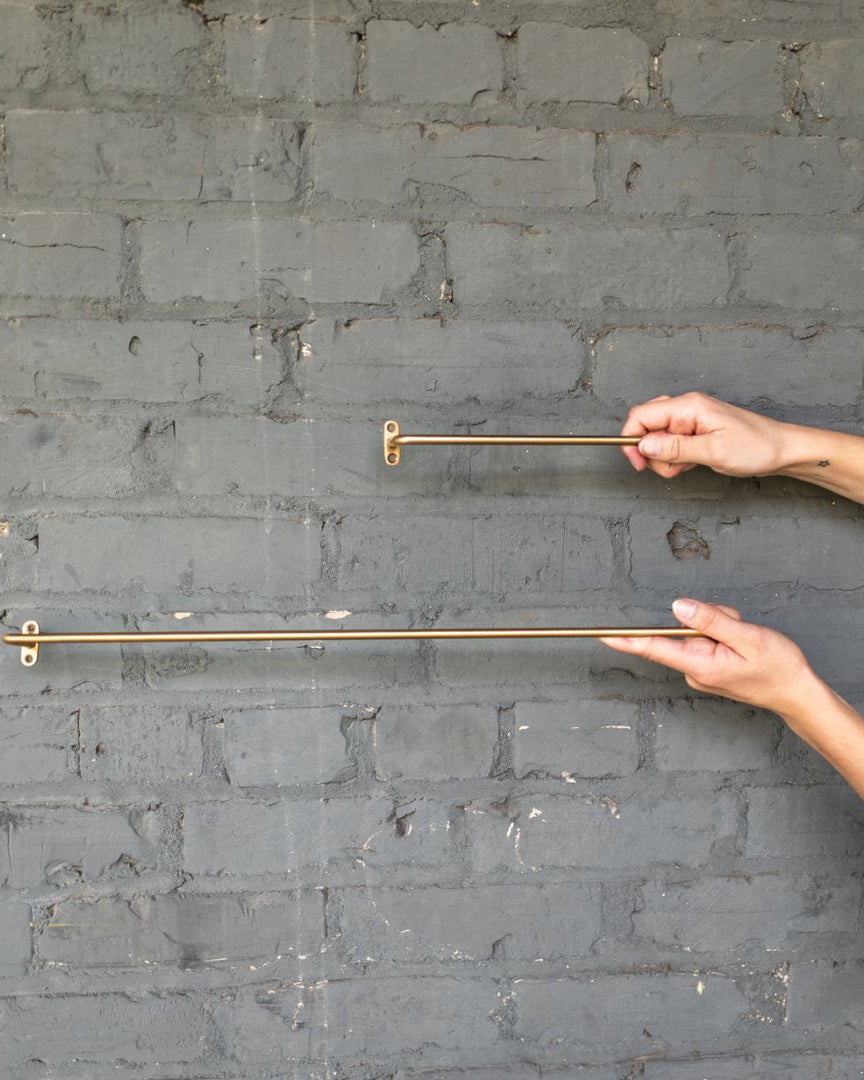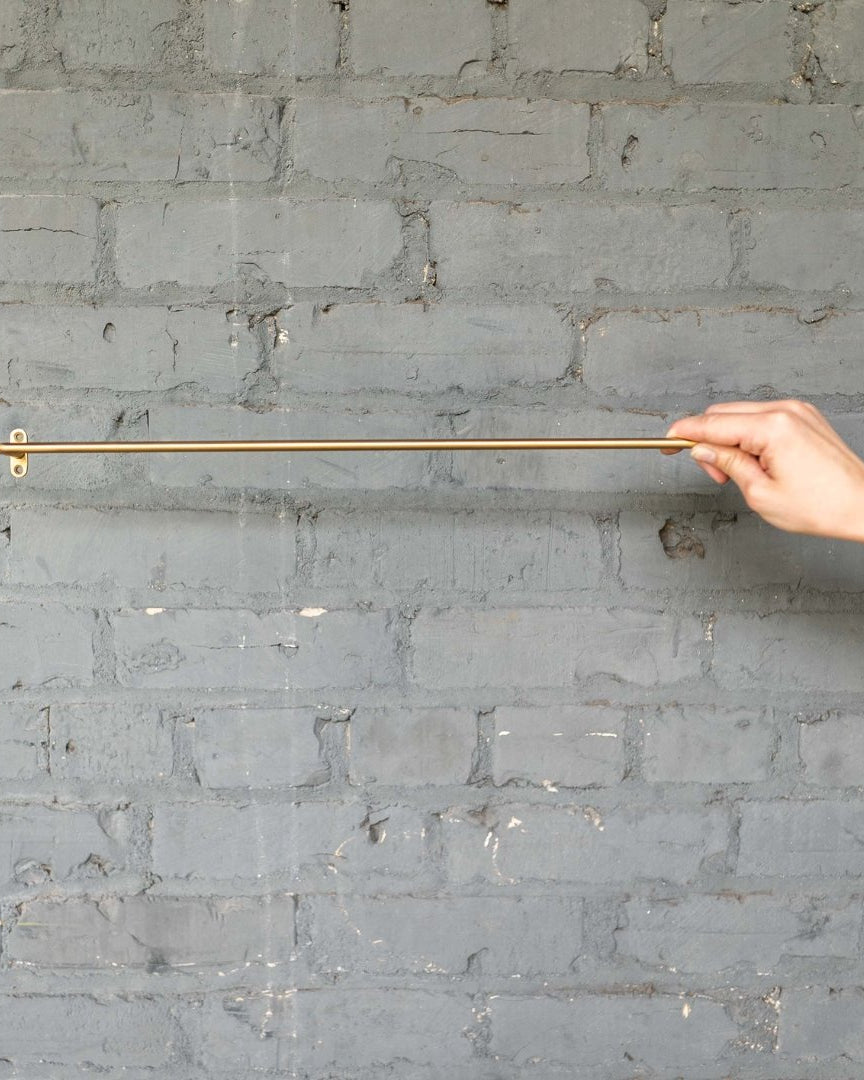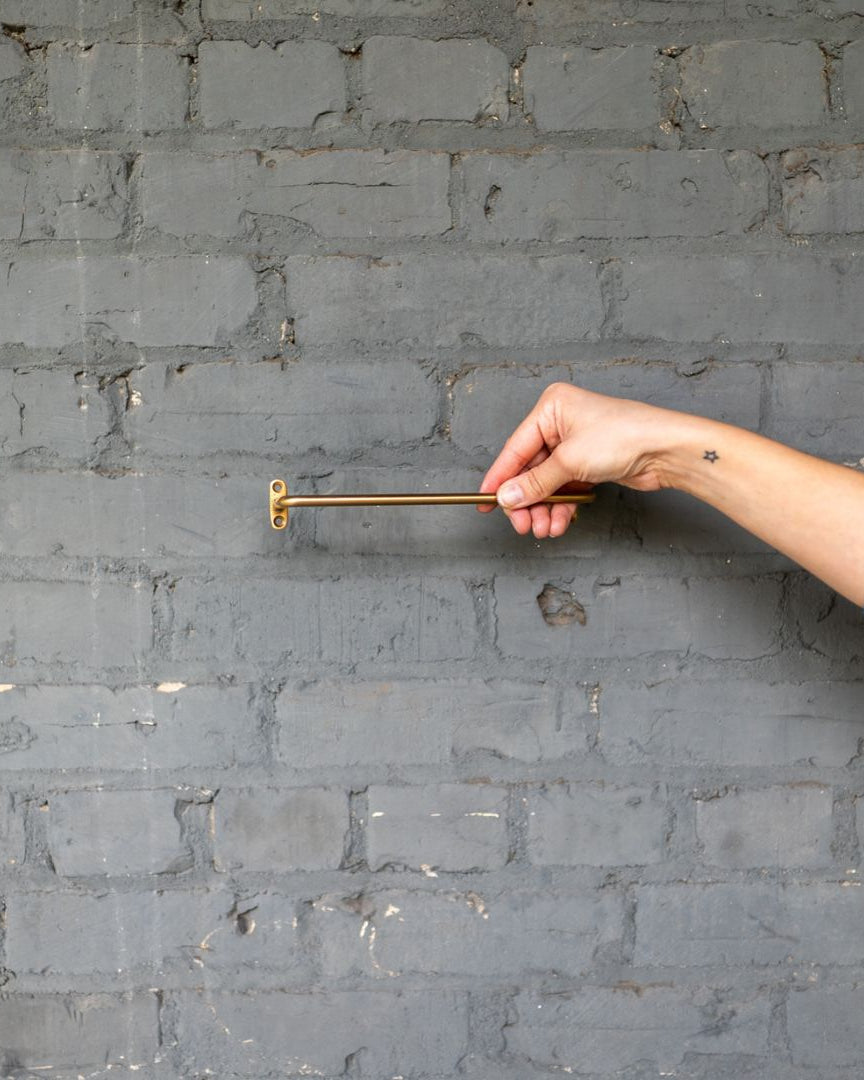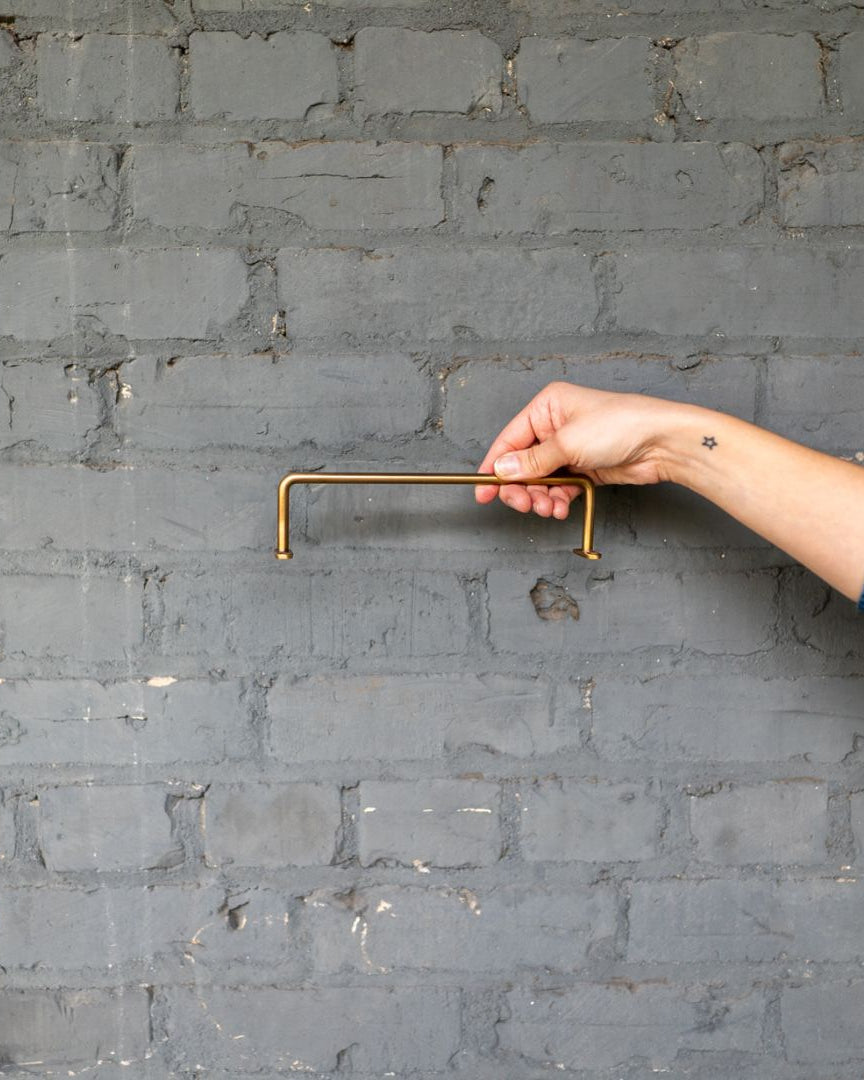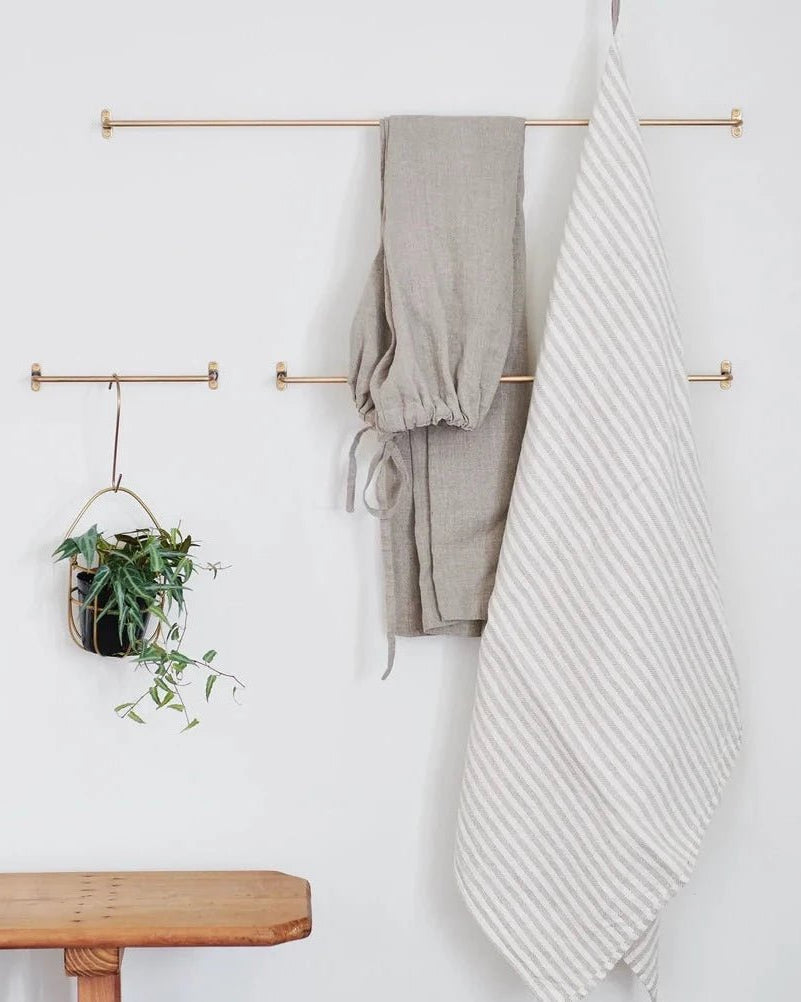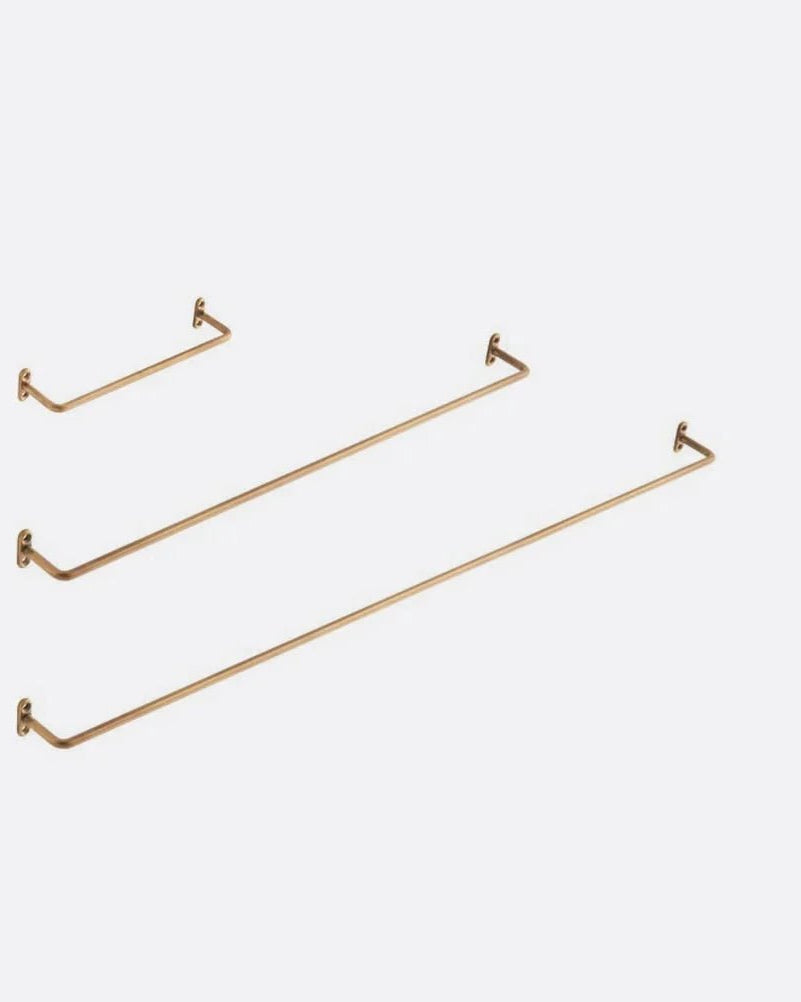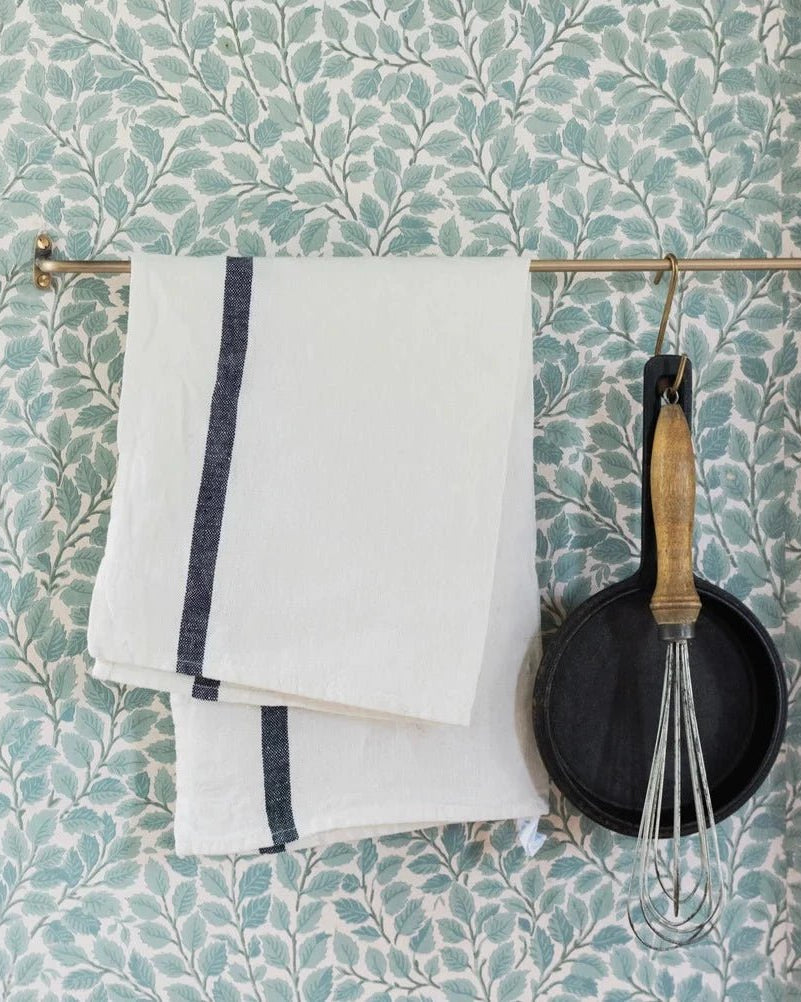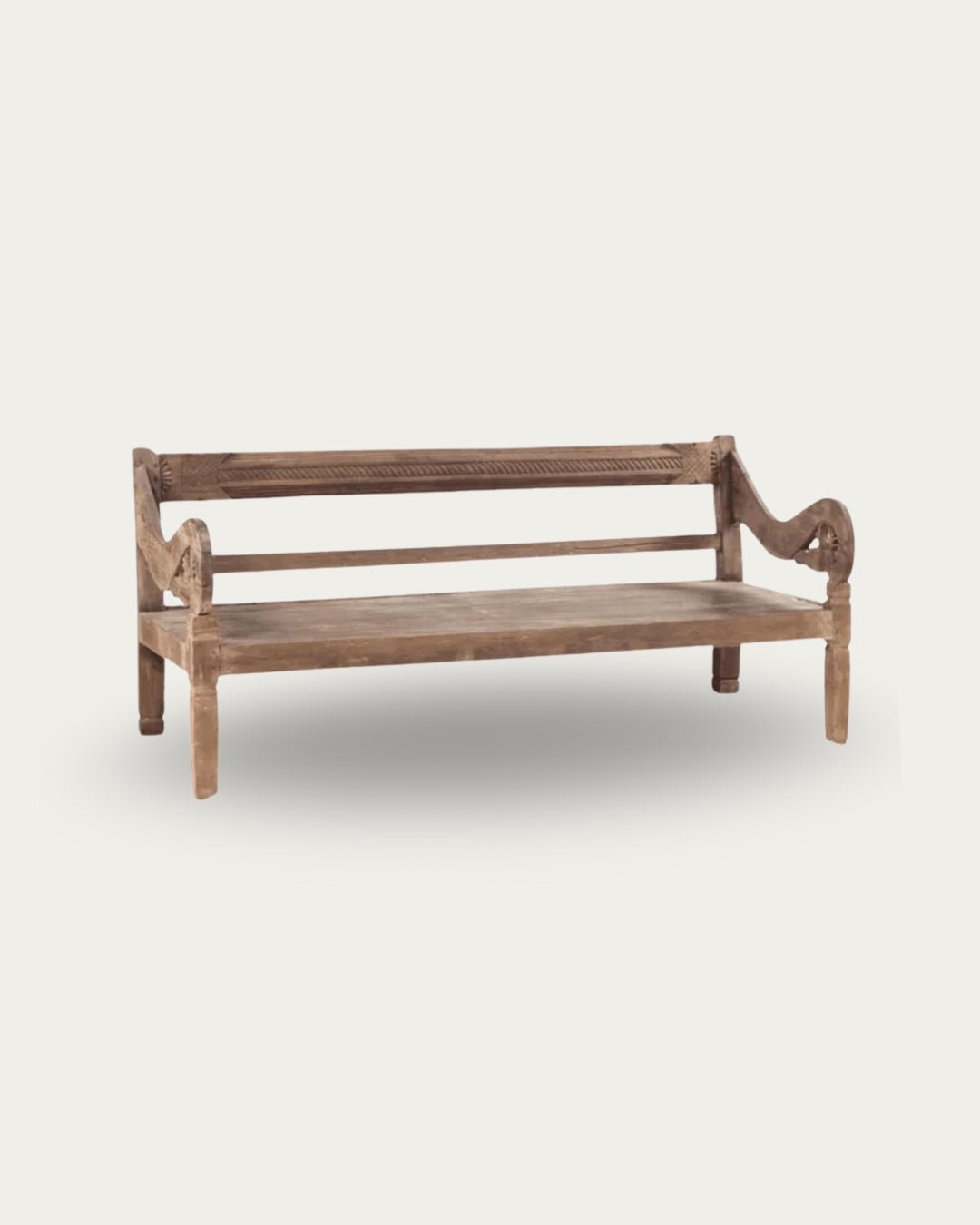A vintage sideboard isn’t just furniture—it’s a quiet anchor, a storyteller, and a keeper of memories. It’s the place where your favorite plates are stored, where linens are tucked neatly, and where the surface bears witness to candles lit, glasses raised, and the rhythm of daily life. Unlike ordinary storage solutions, a vintage sideboard brings character and texture, offering a tactile and visual anchor that changes the way a room feels.

Whether tucked under a mirror in a dining room, lined along a hallway, or even styled as a media console in a living space, a sideboard bridges function and design. Its wood grain, patina, and handcrafted details tell a story that modern mass-produced cabinets can’t replicate. In this blog, we’ll explore why vintage sideboards are essential, how to choose and style them, and why they are the kind of furniture that grows richer with age. Explore the Hello Norden vintage sideboards to blend practical storage with authentic style.
Why a Vintage Sideboard Anchors a Room
A vintage sideboard does more than store—it defines. Its presence gives weight to a wall, balances seating arrangements, and sets rhythm in a space. A room with a carefully chosen sideboard feels curated, deliberate, and lived-in. Unlike modern, mass-produced cabinets that often fade into the background, a vintage piece carries history and texture that gives the space depth and authenticity.
The Balance of Form and Function
The true magic of a vintage sideboard is how it merges practical storage with visual weight. Its proportions are deliberate: low enough to maintain openness, wide enough to provide storage and styling surfaces, and deep enough to hold essentials without overwhelming the space.
Take the Junia vintage wood sideboard as an example. Its solid wood frame, timeworn patina, and hand-carved Far Eastern-inspired doors provide rhythm and structure. Behind each door, spacious compartments hide tableware, linens, or everyday items, keeping clutter out of sight while maintaining a sculptural presence. Junia proves that form and function need not compete; every detail contributes to its practicality and personality.
Adding Personality and Story
What truly distinguishes a vintage sideboard is the narrative embedded in its materials. Natural wood, patina, and handmade details create depth, while marks of age transform the piece from furniture into a story. A well-crafted sideboard becomes a living part of your home, bearing witness to both daily rituals and special moments.
A vintage sideboard also brings a subtle sense of history to a space. Its imperfections—scratches, knots, or slightly uneven panels—give the room texture and character, reminding us that furniture can carry stories just like the walls that surround it. The combination of solid wood, handcrafted carvings, and timeworn finishes ensures that each cabinet is unique. It doesn’t just occupy a room—it anchors it, giving rhythm and texture that encourages a sense of grounded comfort and intentionality.
Choosing the Right Vintage Sideboard for Your Space
Not all sideboards are created equal. Choosing the right one requires considering size, material, finish, and storage needs, ensuring the piece complements your room while serving practical functions.
Size and Proportion
Scale is everything. A sideboard that’s too large can dominate a small dining area, while a tiny piece in a large room can feel lost. Consider the wall, the dining table, and surrounding furniture when choosing proportions.
The Berglind sideboard is a perfect example of balance. Its reclaimed pine construction and rustic whitewash create visual weight without overwhelming the space. Two front doors conceal ample storage, making it both practical and aesthetically grounding.
Leaving breathing room around the piece is key. It should feel intentional, integrated, and aligned with the room’s rhythm. A sideboard is an anchor, not a barrier, so scale it thoughtfully.
Material and Finish
The material of a sideboard sets the tone. Reclaimed wood, distressed pine, or whitewashed finishes bring warmth and texture. The right finish complements other elements in the room—flooring, furniture, and wall colors—without clashing.
The Kaisa sideboard buffet demonstrates this beautifully. Built from reclaimed pine and elm, its soft washed finish showcases every grain and knot. The squared frame adds structure, while the neutral tone integrates seamlessly with both modern and rustic interiors. The texture of Kaisa brings tactile depth, making the sideboard a piece you notice with your eyes and fingertips.
Storage Needs and Functionality
A sideboard is only as good as its ability to store what you need. Consider doors, drawers, and shelves based on your lifestyle. Closed storage hides clutter; open shelving displays curated items. Adjustable shelving adds versatility, allowing the piece to grow with your needs.
The Mari provincial hutch balances storage and style. Two outer doors conceal shelves for dishes or linens, keeping them dust-free while maintaining visual harmony. Its hand-painted distressed finish adds personality, proving that practical storage doesn’t have to compromise on aesthetic presence.
Choosing Between Open vs Closed Storage
A vintage sideboard is as much about storage strategy as it is about style. Choosing between open shelving, closed cabinets, or a mix of both affects both the aesthetic and functionality of your space. Open shelves showcase curated objects, while closed storage keeps everyday clutter hidden, maintaining calm and visual harmony.
When to Use Open Shelves
Open shelving is ideal when you want to display objects that reflect personality. Plates, glassware, and collectibles can add texture and narrative to a room. Open sections invite interaction, encouraging a sense of life and rhythm in the space.
The Adele reclaimed pine wood cabinet demonstrates this beautifully. Its curved doors and contemporary silhouette allow decorative items to be partially visible, creating a dynamic visual display while maintaining some concealment. Its bold textures highlight the character of reclaimed wood, making it a functional focal point in dining areas, living rooms, or even bedrooms. Open shelving encourages flexibility—rotate displays for seasons, holidays, or new collections to keep the space feeling fresh.
The Benefits of Closed Storage
Closed cabinets are essential for hiding everyday clutter while still maintaining the sideboard’s visual presence. Vintage sideboards with doors and drawers conceal items like dishes, linens, or barware, offering practical storage without compromising design.
The Hulda sideboard exemplifies this balance. Its reclaimed pine construction and natural finish showcase the wood’s authentic grain, while the subtly curved doors and legs add sophistication. Behind the panels, generous compartments provide ample storage for serveware, media equipment, or other essentials, allowing the piece to function quietly yet confidently in the room.
Closed storage pieces like Hulda allow a vintage sideboard to act as both a practical anchor and a design element, grounding the room while keeping clutter out of sight.
Finding the Right Balance
Many interiors benefit from a hybrid approach, combining open and closed storage. Display items that bring texture and personality, and conceal what could create visual noise. The tactile surfaces of a vintage sideboard enhance both approaches, giving depth to open shelving while softening the rigidity of closed doors.
Choosing a sideboard with both open and closed elements, like Adele or Hulda, ensures flexibility and allows the piece to adapt to your lifestyle. Use the open spaces for styling with books, vases, or small collectibles, and rely on the enclosed compartments to keep essentials tucked away. This balance keeps your vintage sideboard practical, layered, and alive in your living environment.
Styling Your Vintage Sideboard
Vintage sideboards are canvas and anchor in one. Styling them thoughtfully enhances both their presence and your space.
As a Dining Room Storage Solution
In a dining room, the surface becomes a stage: a stack of plates, glassware, or a small tray of seasonal decor. Placement is crucial—under a mirror, artwork, or along a wall creates balance and rhythm.
A reclaimed sideboard works beautifully here. A textured wood and whitewashed finish make it a natural backdrop for styling while keeping storage hidden behind its doors. Its subtle detailing allows your accessories to shine without competing with the piece itself.
Multipurpose Use in Living Spaces
Sideboards can also function beyond the dining room. Media console, console in a hallway, or display surface—they adapt to the room’s needs.
The Sóley salvaged door buffet exemplifies this versatility. With repurposed vintage doors and a distinctive whitewash finish, it becomes a focal point in a living room or entryway. Layer books, vases, or plants on top to create a curated scene, adding both personality and practical storage.
Accessorizing Your Vintage Sideboard
A vintage sideboard is as much a canvas as it is storage. Its surface invites styling, offering opportunities to create rhythm, texture, and personality within a room. The beauty of a sideboard lies not only in its wood grain, patina, or handcrafted details, but in how it interacts with the objects you place atop it. Accessories transform it from functional furniture into a curated statement, allowing the piece to tell a story beyond its structural presence.
Layering for Depth and Texture
Styling a vintage sideboard is all about layering. Combine height, texture, and material to create visual interest. A sculptural vase, a stack of books, and a small ceramic bowl can play together across the surface, guiding the eye across the sideboard without overwhelming it.
The Mari provincial hutch demonstrates this principle beautifully. Its rugged pine construction and sleek whitewash finish provide a neutral yet textured backdrop for styling. Place a small lamp on one end, a low arrangement of seasonal flowers in the center, and a stack of curated books on the other to create dynamic layers that feel intentional and lived-in.
Layering isn’t just for visual appeal—it encourages interaction. Tall pieces contrast with low ones, rough textures complement smooth surfaces, and organic forms play against geometric shapes, making the sideboard feel alive. By styling thoughtfully, the sideboard becomes an extension of your personality and design sensibility.
Seasonal and Rotating Displays
Another way to accessorize is to rotate décor with the seasons or your mood. Candles, seasonal flowers, small sculptures, and curated objects can shift the sideboard’s energy throughout the year, keeping the room dynamic and engaging.
A vintage sideboard like the Mari Hutch allows flexibility: its neutral tones and authentic wood grain provide a timeless backdrop for changing accessories. In summer, fresh greenery and light ceramics can bring airiness; in autumn, dried flowers, warm-toned glass, and textured textiles create a cozy, layered effect. Each rotation subtly reinforces the narrative of the room, ensuring the sideboard evolves with your life, rather than remaining static.
The tactile quality of wood enhances these displays. The light reflecting off natural grains, the subtle shadows cast by objects, and the uneven surface of handcrafted panels all interact with the décor to create depth, warmth, and authenticity. A well-styled vintage sideboard is never just furniture—it’s a stage for personal expression, a storytelling tool, and a functional hub all in one.
Why Reclaimed Wood Matters
Sustainability Meets Style
Reclaimed wood reduces waste, adds authenticity, and brings tactile depth. Its natural knots, grain, and marks create a living texture.
The Kaisa sideboard buffet shows how sustainability and style coexist. Every plank carries its history, contributing warmth and personality while also supporting eco-conscious living.
The Personality of Imperfection
Imperfections tell stories. Slight warping, nail holes, or faded paint make each sideboard unique. A piece like Kaisa or Berglind brings authenticity that mass-produced furniture cannot replicate, making your home feel lived-in and grounded.
Vintage Sideboards and the Rhythm of Daily Life
A vintage sideboard does more than sit silently against a wall; it actively participates in the rhythm of your home. Its presence subtly guides daily routines, offering a practical stage for meals, drinks, and rituals while creating visual balance in the room. Think of the small, almost subconscious ways you interact with it: setting out serving trays in the morning, placing a vase of fresh flowers in the afternoon, or organizing linens and tableware before dinner. Each interaction reinforces the sideboard’s role as both functional and narrative furniture, quietly shaping the way you experience your space.
How a Sideboard Guides Household Flow
The arrangement of a sideboard can dictate the flow of a room. In a dining area, it becomes a staging point for meals, encouraging a rhythm that blends preparation, presentation, and cleanup. Its surface acts as a landing zone for objects in motion—glasses, utensils, or decorative accents—while the storage behind doors keeps clutter out of sight. Even in a busy household, a vintage sideboard organizes chaos without calling attention to itself, creating a subtle sense of order.
For instance, a piece like the Junia vintage wood sideboard balances historical character with practical design. Its handcrafted doors conceal essential items, while its time-worn surface offers room for styling or everyday activity. The combination of storage and tactile appeal allows it to remain central to daily rituals, blending seamlessly into the life of the home.
The Role of a Sideboard in Family Gatherings
A vintage sideboard is also a silent witness to social life. During family dinners or casual gatherings, it provides a functional surface for serving food, displaying glassware, or arranging centerpiece décor. Its presence encourages movement and interaction, creating subtle cues about where activities happen and how people navigate the space.
Beyond functionality, the sideboard’s aesthetic qualities enrich these moments. The natural grain of the wood, the warm tones, and subtle imperfections communicate a sense of history and authenticity, making each gathering feel grounded and intentional. Whether you’re hosting a formal dinner or a casual weekend brunch, the sideboard acts as a backdrop and participant in the room’s rhythm, ensuring both utility and beauty coexist effortlessly.
By weaving practicality, visual weight, and story, a vintage sideboard transforms from mere furniture into a piece of living history, guiding the ebb and flow of life in your home while maintaining a quiet, confident presence.
Mixing Vintage Sideboards With Modern Interiors
Contrasting Minimalist Spaces
A vintage sideboard can soften a stark, minimalist interior, adding warmth and depth without overwhelming the space. Its texture and imperfections create visual interest and a sense of story.
Layering With Accessories
Accessories bring out the sideboard’s character. A vintage piece is perfect for layering with lamps, books, or ceramics, creating a curated, lived-in look while still maintaining practical storage.
Common Mistakes When Choosing a Vintage Sideboard
Ignoring scale: Too big or small disrupts room balance.
Overlooking storage: Beautiful but impractical pieces create frustration.
Neglecting material/finish: Clashing tones or overly polished surfaces can overwhelm.
The Long-Term Value of a Vintage Sideboard
Vintage sideboards are built to last. Solid wood, handcrafted construction, and durable finishes ensure decades of service. Over time, each scratch or patina only adds story and value. These pieces are heirloom-worthy, retaining both function and personality for generations.
Final Word
A vintage sideboard is more than storage—it’s a storyteller, a design anchor, and a source of warmth and authenticity. From dining room storage to living room styling, these pieces blend function, character, and tactile beauty.
Bring this history, texture, and personality into your home by browsing the Hello Norden sideboard collection, where every piece carries a story, balances utility with style, and transforms ordinary storage into design.
Frequently Asked Questions: Everything You Need to Know About Vintage Sideboards
1. What makes a vintage sideboard different from a modern cabinet?
A vintage sideboard is more than just storage—it carries history, character, and craftsmanship. Each knot, scratch, or hand-carved detail tells a story, giving the piece authenticity that modern, mass-produced cabinets rarely achieve. These imperfections make each sideboard unique, while the tactile wood and timeworn finishes bring warmth and personality to a room.
2. How do I choose the right size for my space?
Scale matters. A sideboard that’s too large can dominate a small dining room, while a tiny piece may get lost in a larger space. For medium to large dining areas, pieces like the Berglind sideboard anchor the room visually while providing practical storage. Always leave breathing room around the cabinet so it feels intentional, not cramped, and consider its relationship to your dining table, chairs, or surrounding furniture.
3. What materials are best for a vintage sideboard?
Solid wood—often reclaimed or hand-selected—is the hallmark of vintage sideboards. Pine, elm, and mango wood are durable, develop a beautiful patina over time, and offer rich texture. The Kaisa sideboard buffet demonstrates how the natural grain, knots, and washed finish can make a piece feel grounded and tactile, blending effortlessly with both modern and rustic interiors.
4. How much storage should I look for?
Storage needs vary. Consider what you plan to keep in your sideboard: dishes, linens, barware, or collectibles. Drawers are great for small items, shelves for plates, and doors for hiding clutter. The Mari provincial hutch offers a perfect balance—two outer doors conceal spacious shelves while the top surface doubles as a display area for décor or serving trays.
5. Can a vintage sideboard work in a living space?
Absolutely. Sideboards are versatile beyond dining rooms—they can serve as media consoles, hallway storage, or decorative display surfaces. The Sóley salvaged door buffet brings personality and history into a living space, with repurposed doors and a whitewashed finish creating texture and intrigue. Styled with books, plants, or a lamp, it becomes a functional focal point.
6. How do I mix a vintage sideboard with modern interiors?
The key is contrast and layering. A vintage sideboard adds warmth and texture to minimalist or contemporary spaces. Pair worn wood or distressed finishes with neutral walls, sleek furniture, and curated accessories. The piece becomes a visual anchor without overwhelming the room, creating a lived-in, balanced aesthetic.
7. Are vintage sideboards durable?
Yes. Solid wood construction and handcrafted details ensure longevity. Pieces like the Junia vintage wood sideboard are built to withstand years of use, gaining character and patina as they age, making them an investment for both function and aesthetics.
8. How should I care for a vintage sideboard?
Dust regularly with a soft, dry cloth.
Clean with mild wood cleaners as needed.
Avoid placing hot items directly on the surface.
Apply a wood conditioner or wax periodically to preserve the finish and enhance the wood’s natural beauty.
With proper care, a vintage sideboard not only maintains functionality but also develops deeper character over time.
9. Can I use multiple vintage sideboards in one home?
Yes. Many homes benefit from using sideboards in multiple zones. One can anchor a dining room, another can act as a console in a hallway or living room. Mixing finishes and textures, like combining Kaisa with Sóley, adds depth and variety while keeping spaces cohesive through style and material.
10. Why does a vintage sideboard feel so personal?
Each vintage sideboard is one-of-a-kind, carrying unique grain, patina, and imperfections. Over time, it collects your family’s stories and rituals, becoming a living element of your home. Unlike generic storage, it connects with your space on a tactile and visual level, creating warmth, personality, and authenticity.





